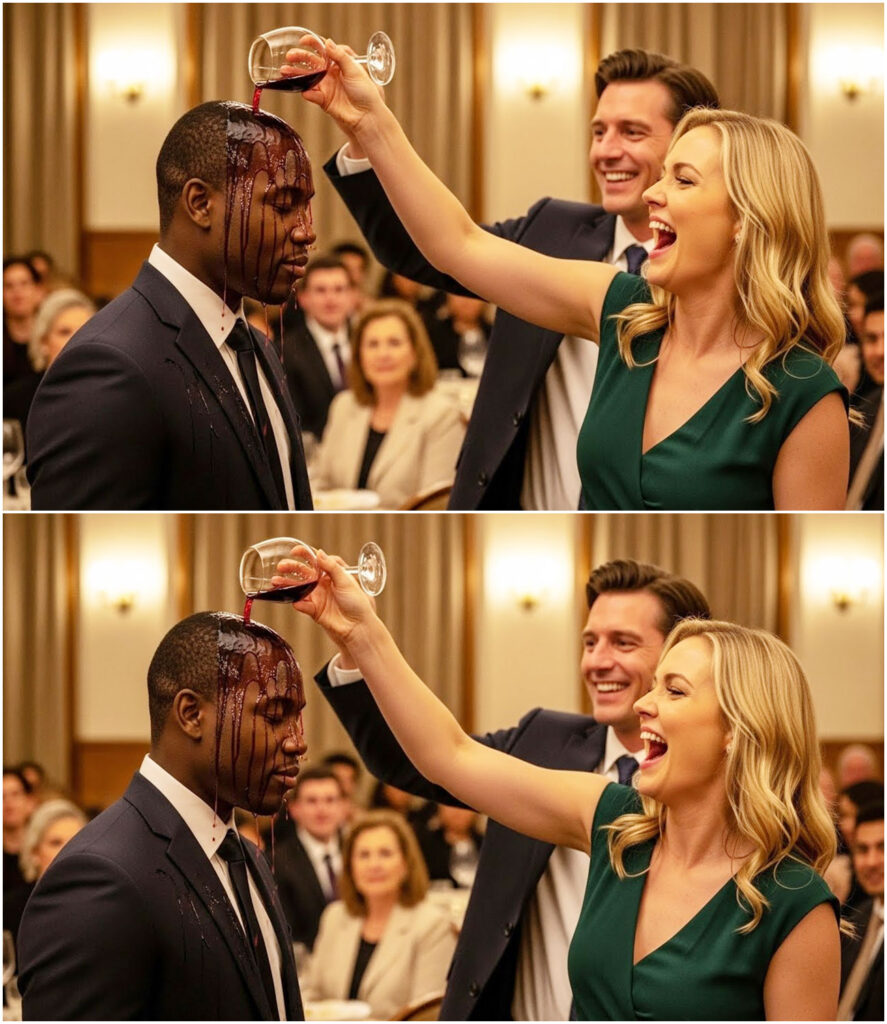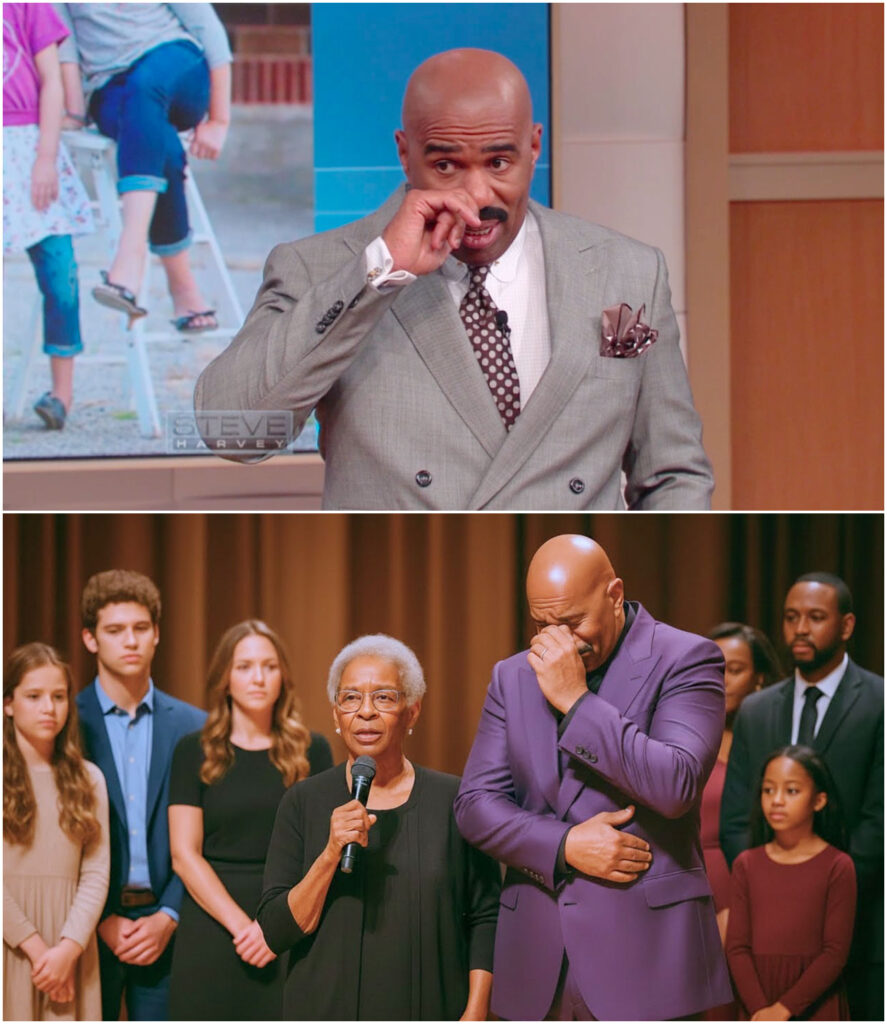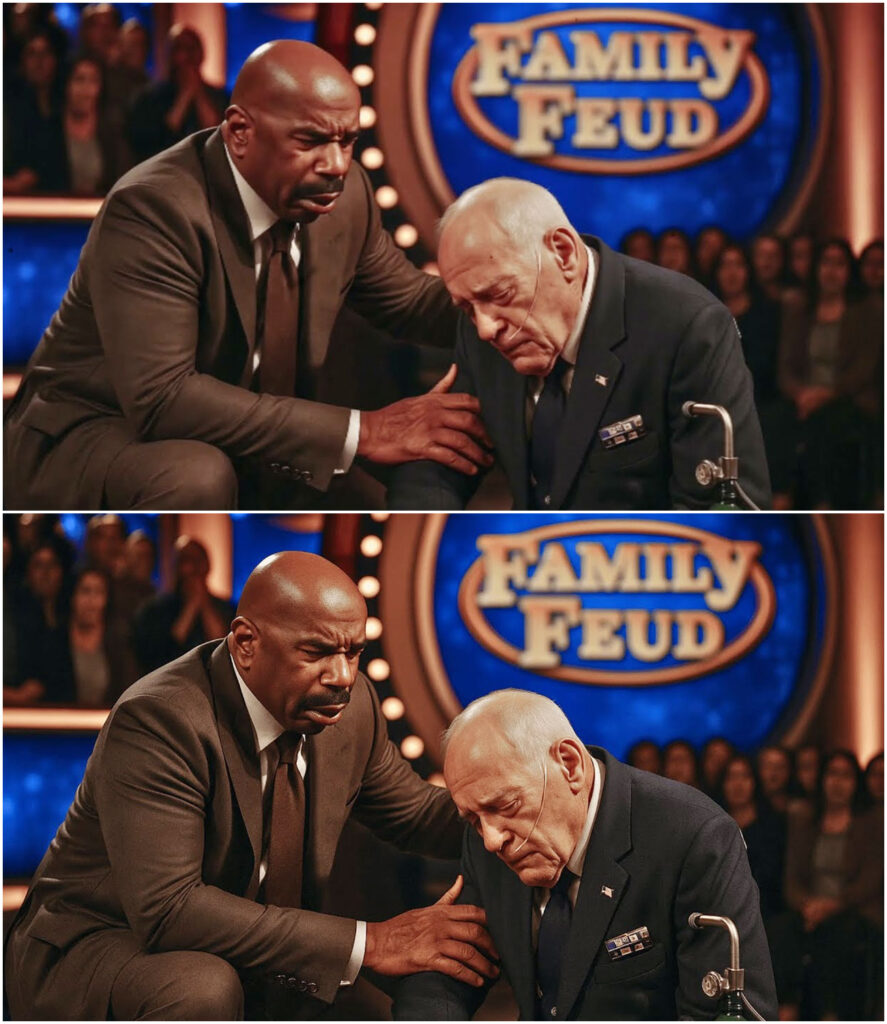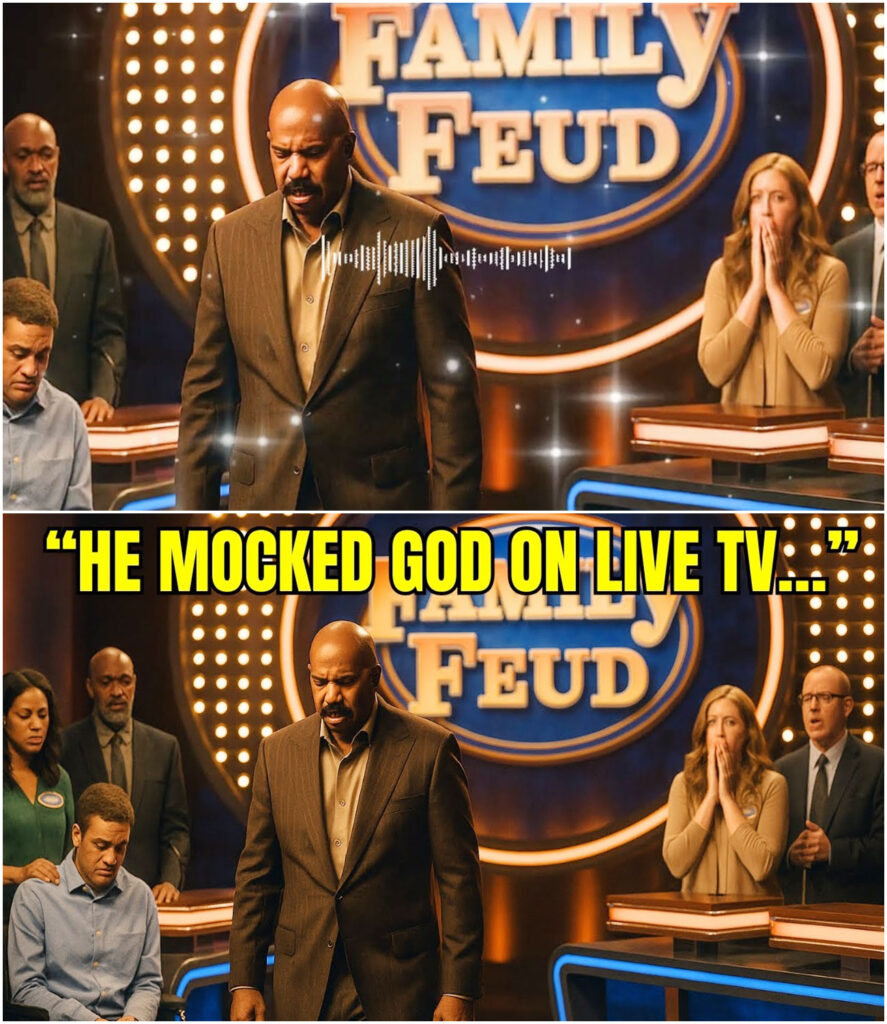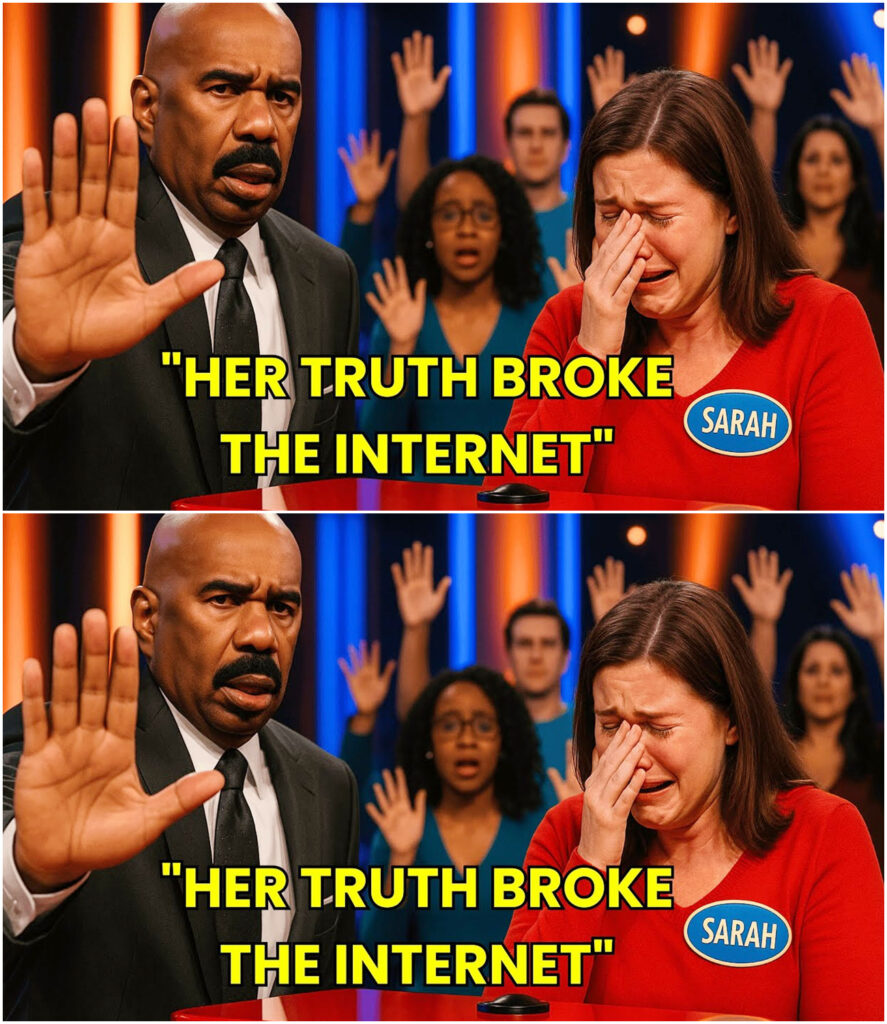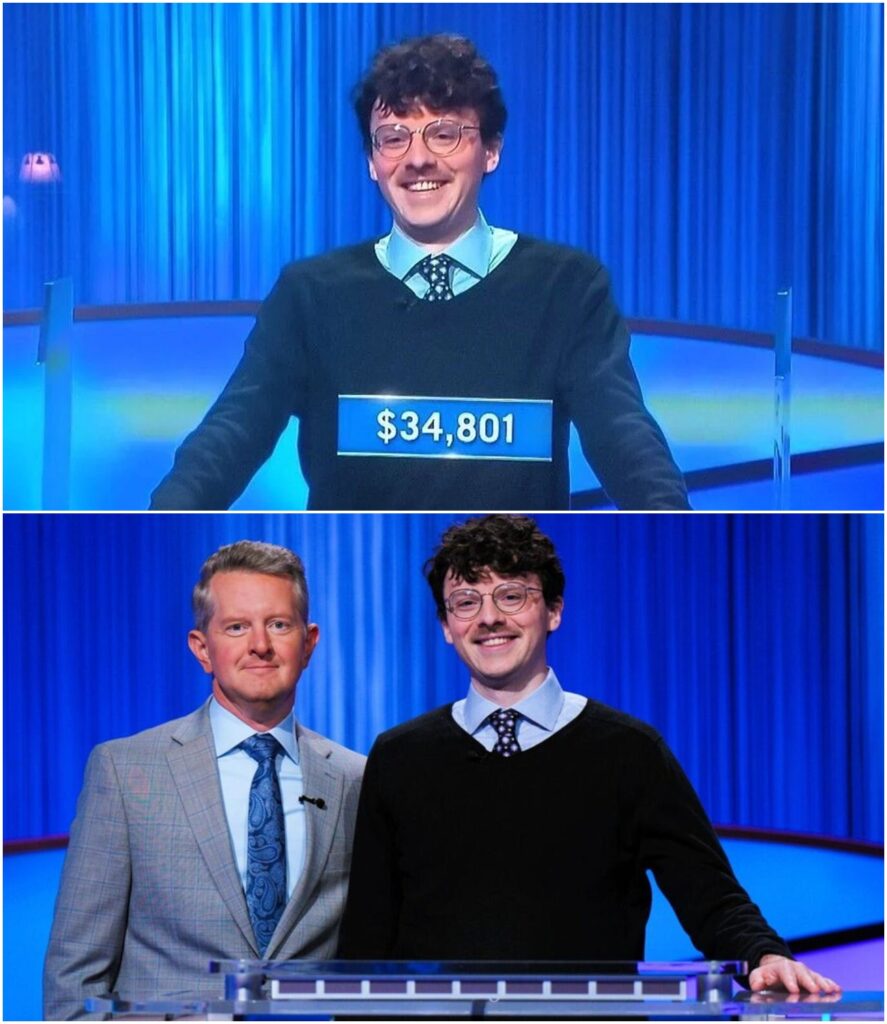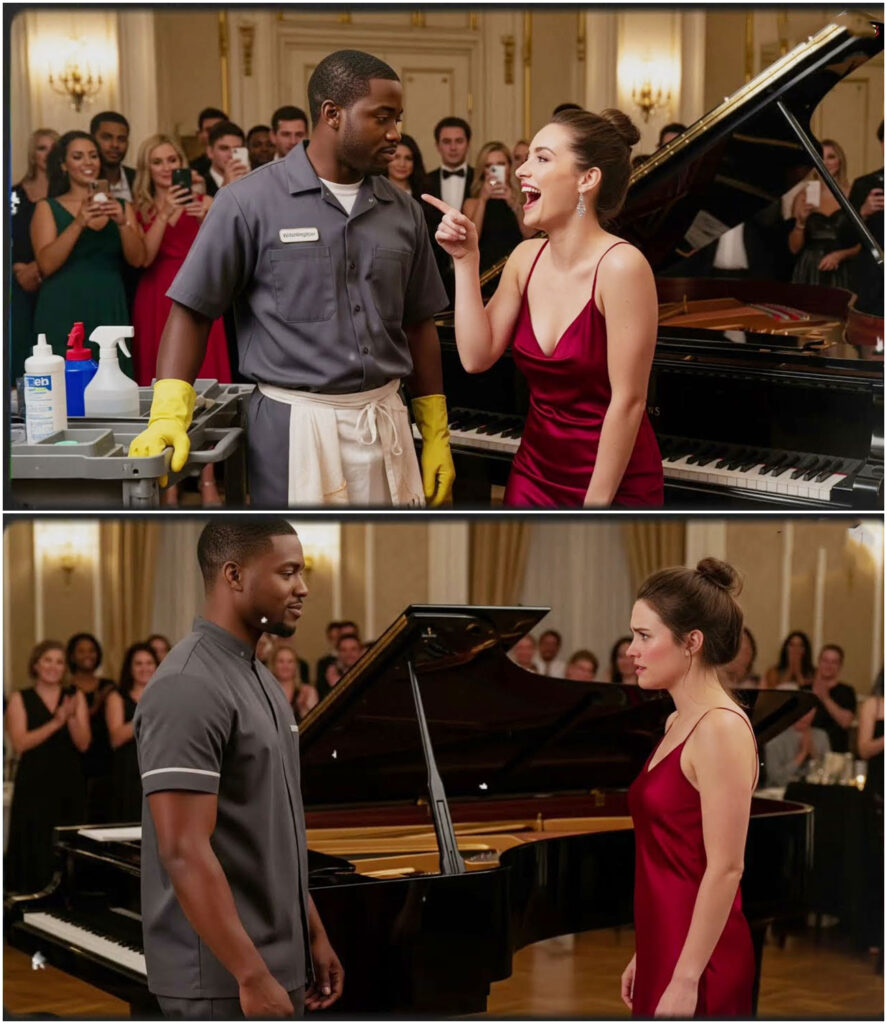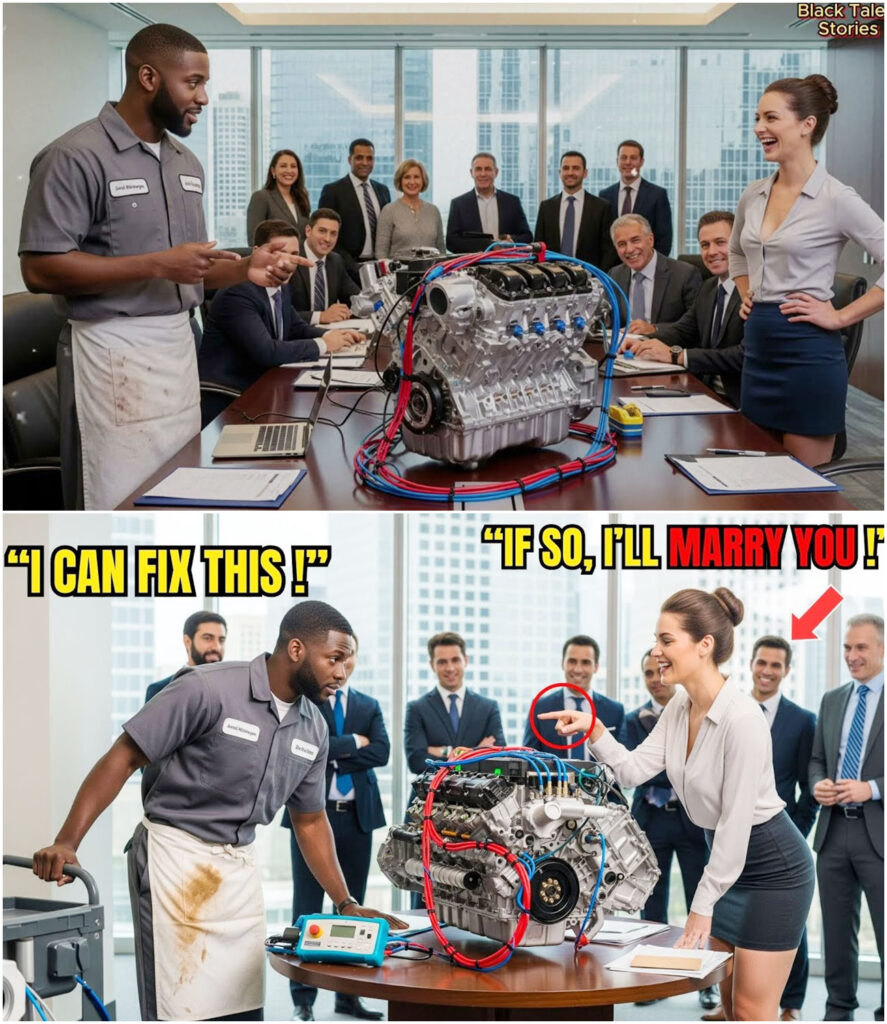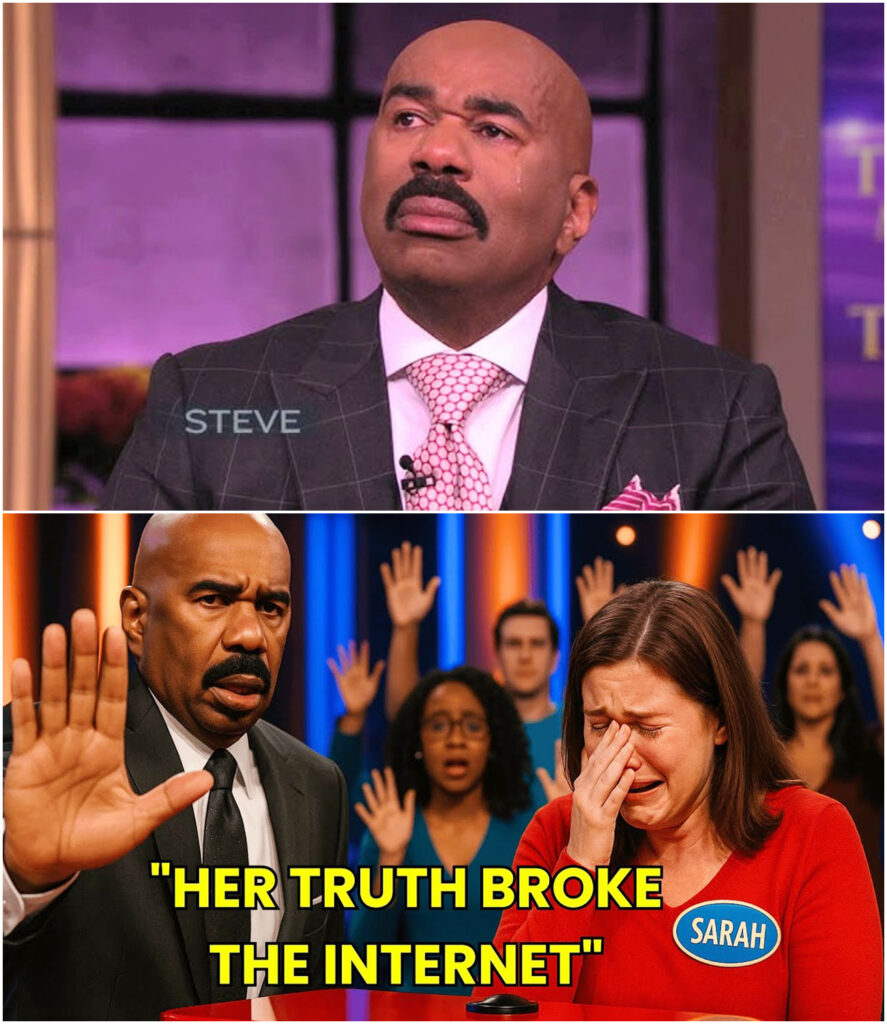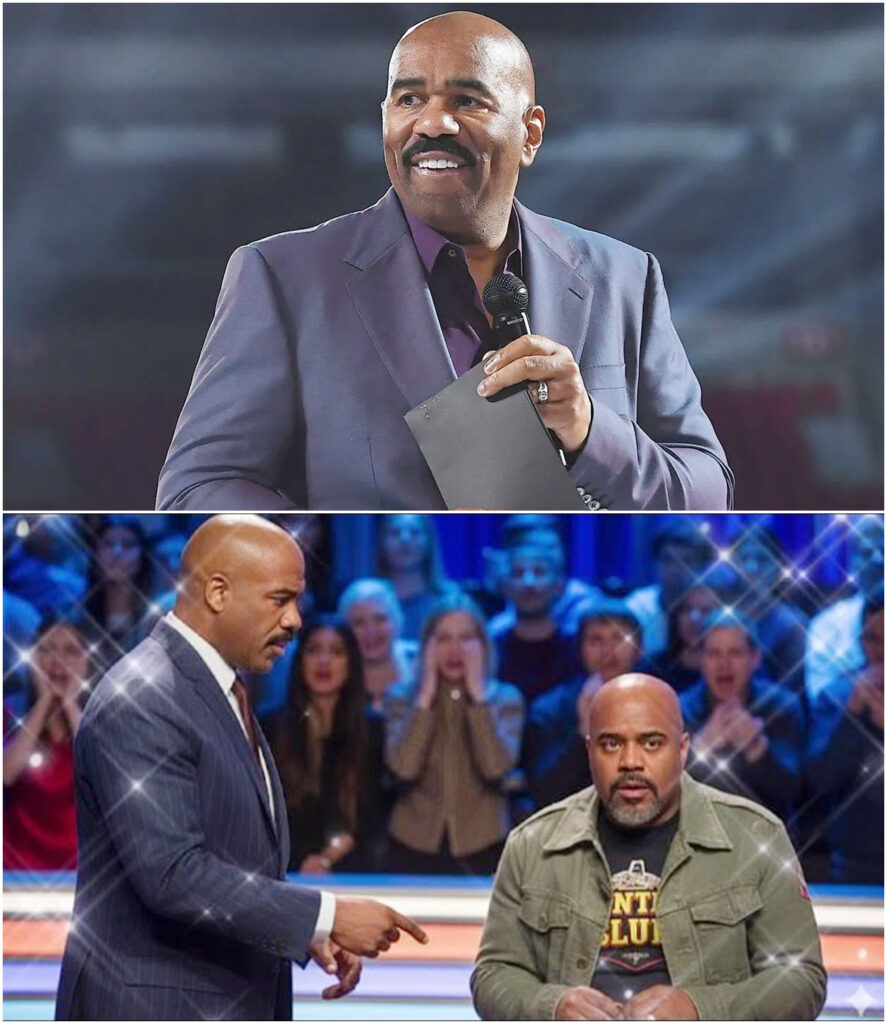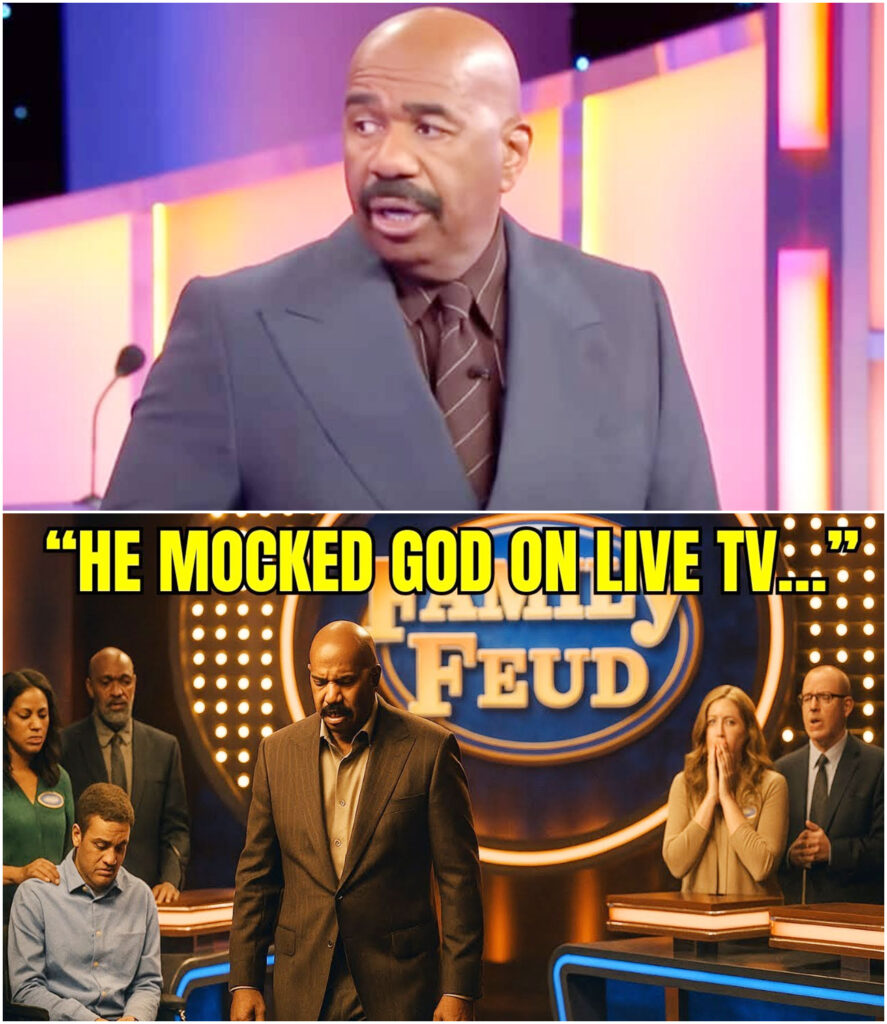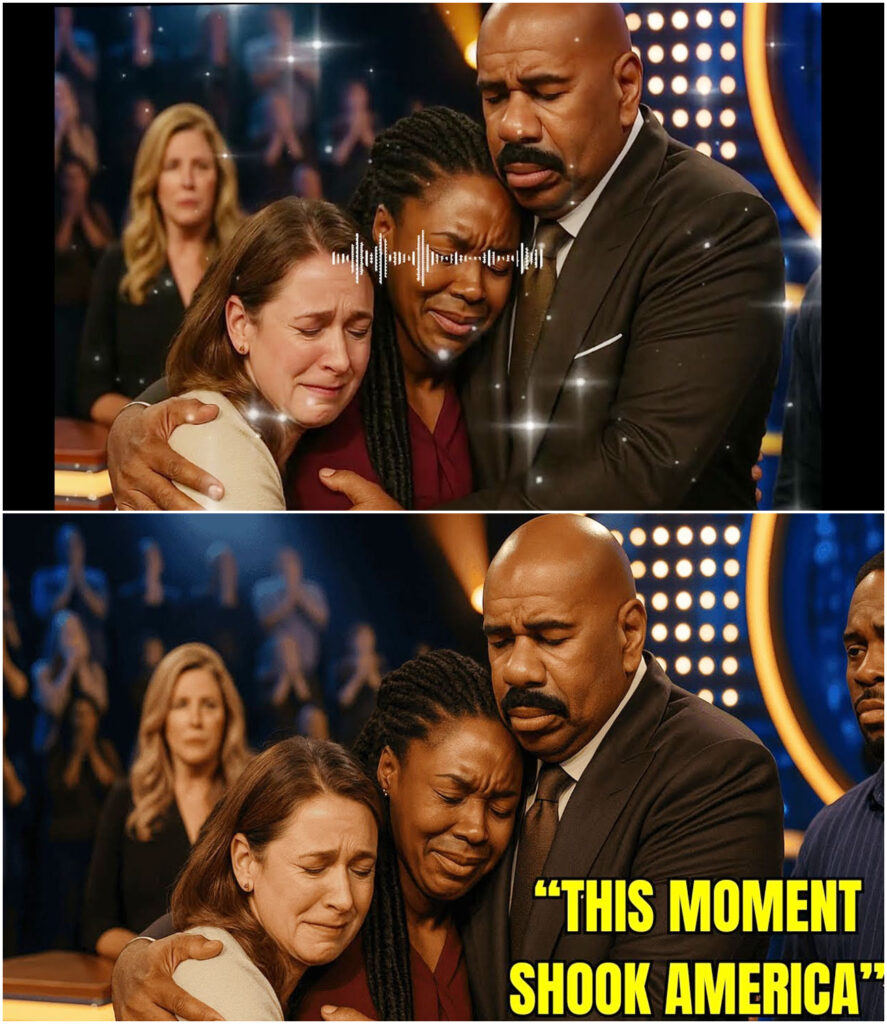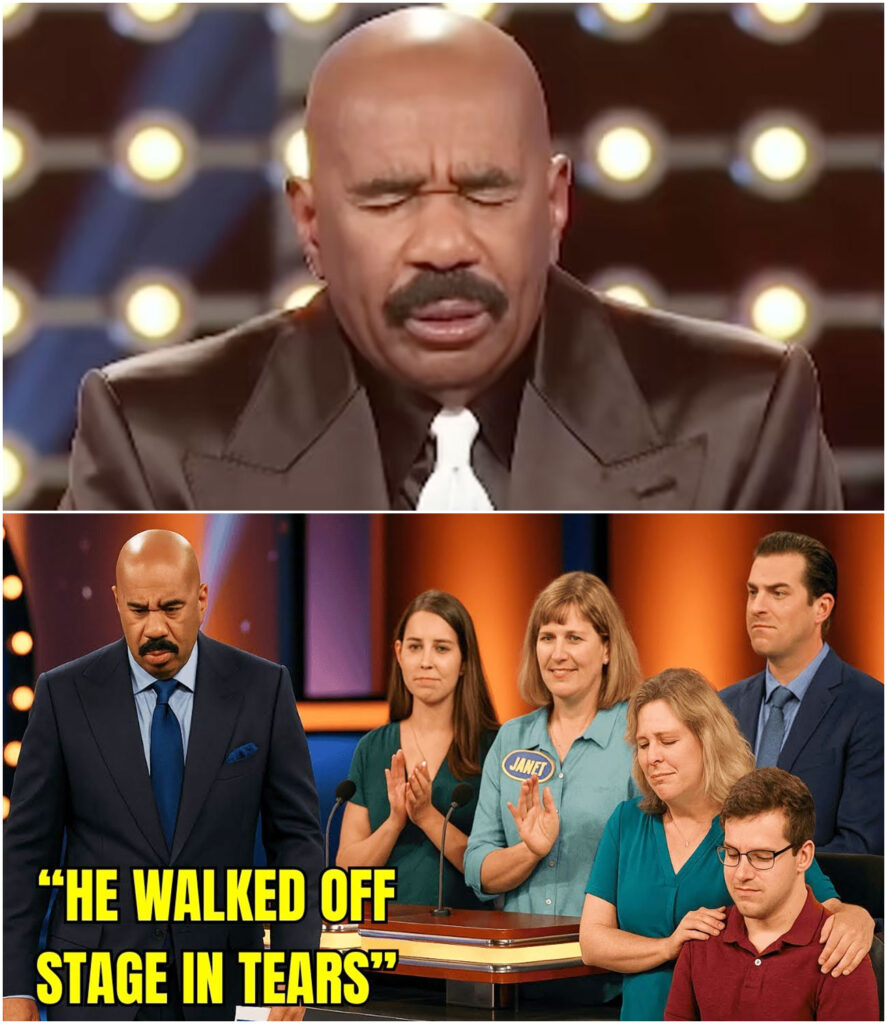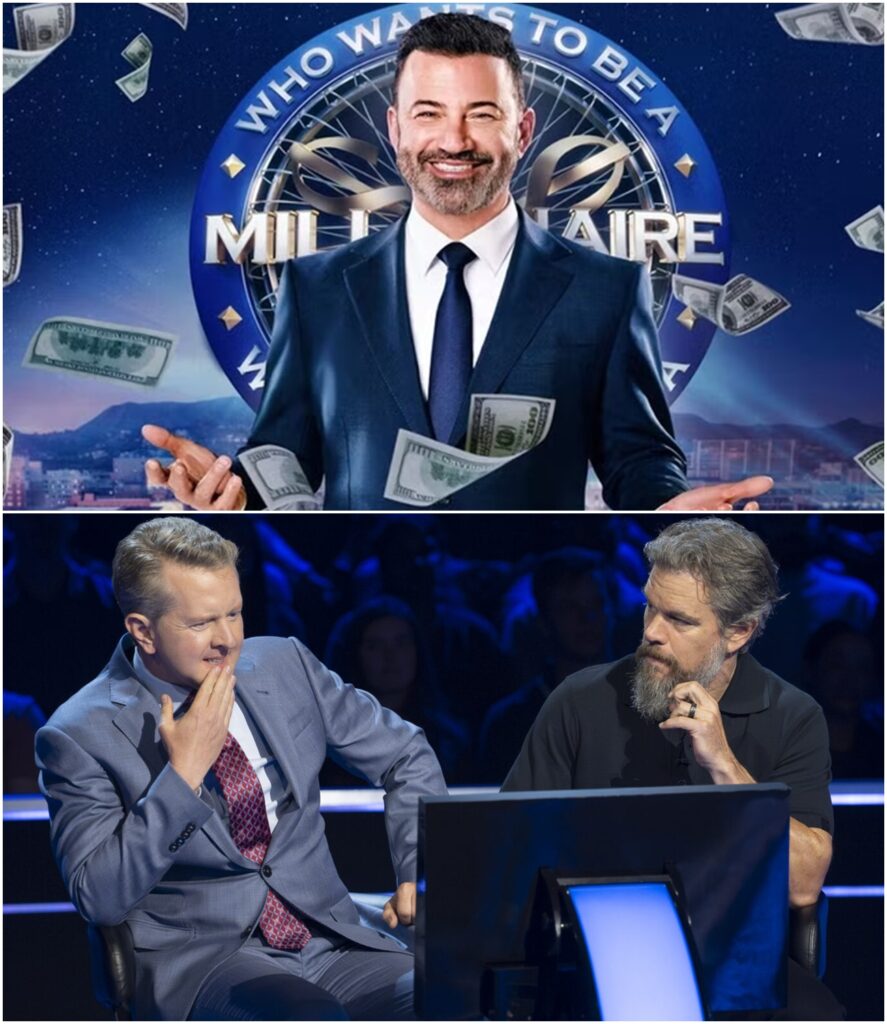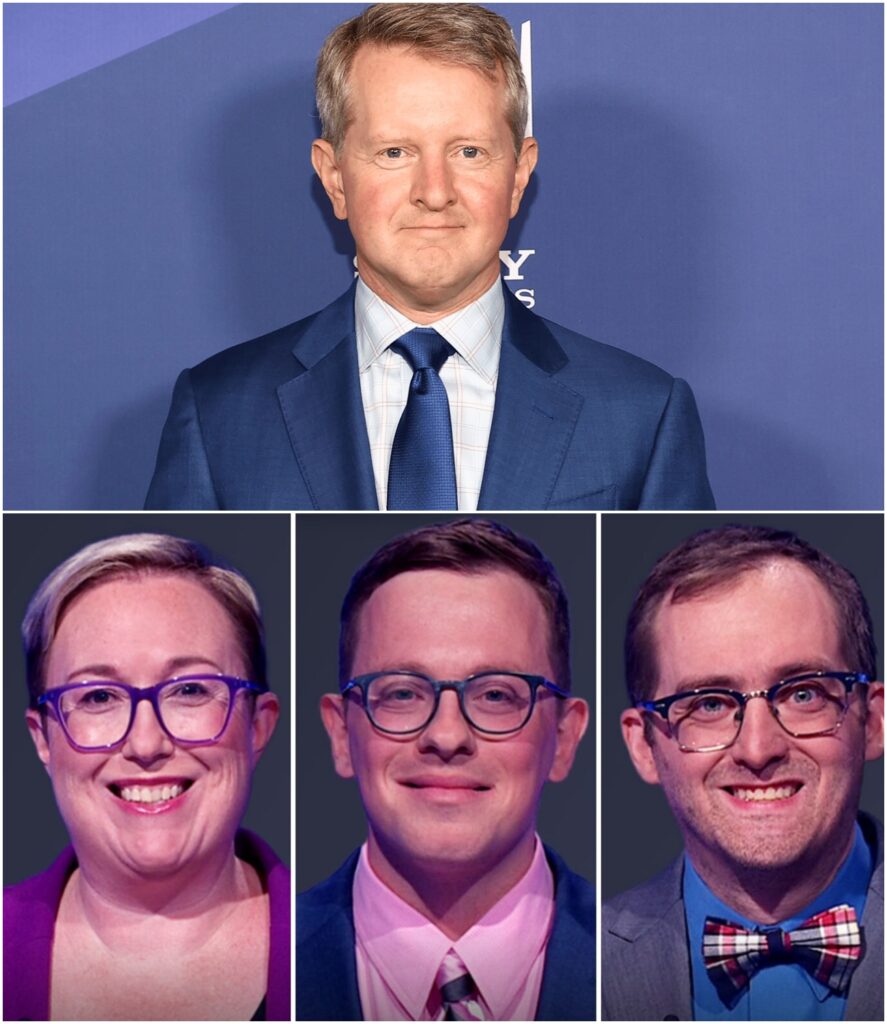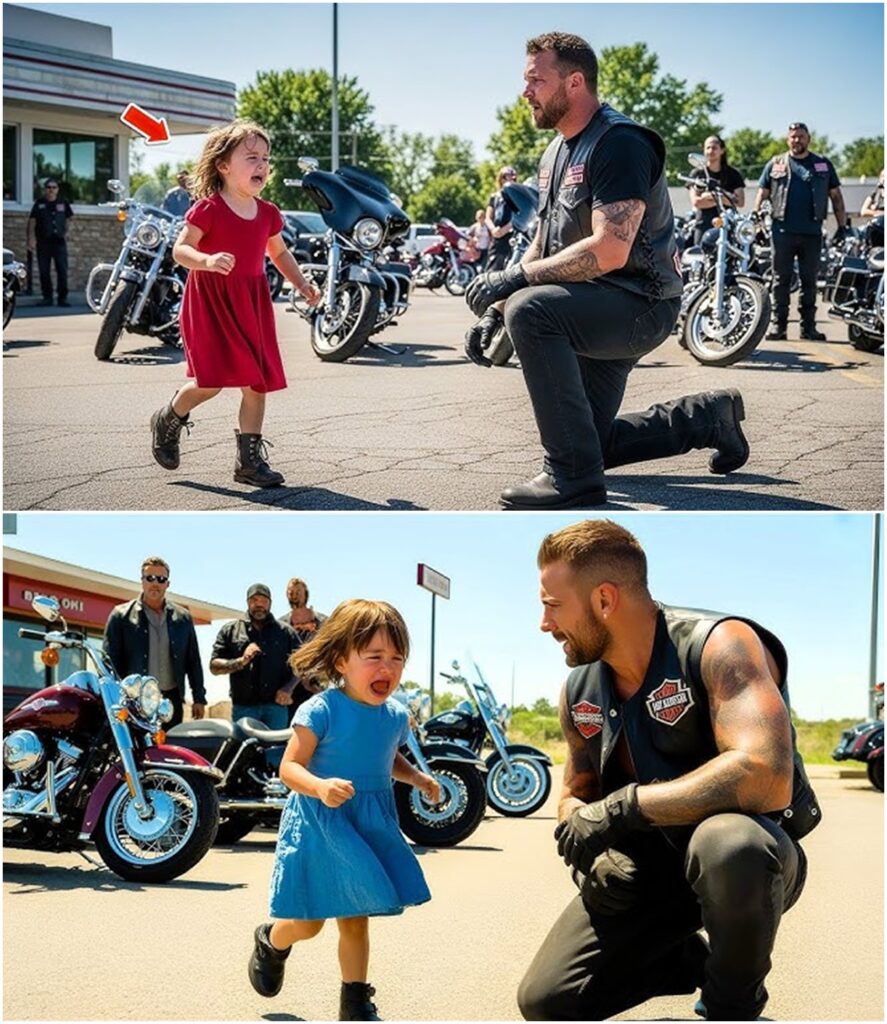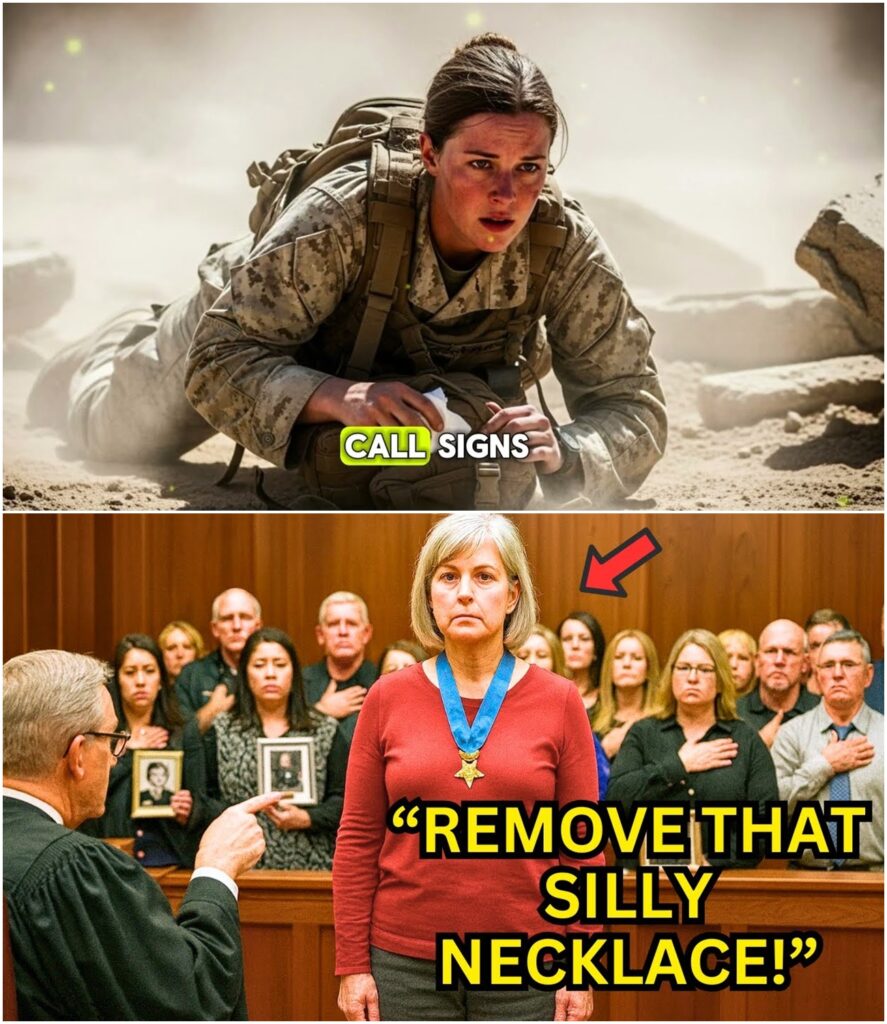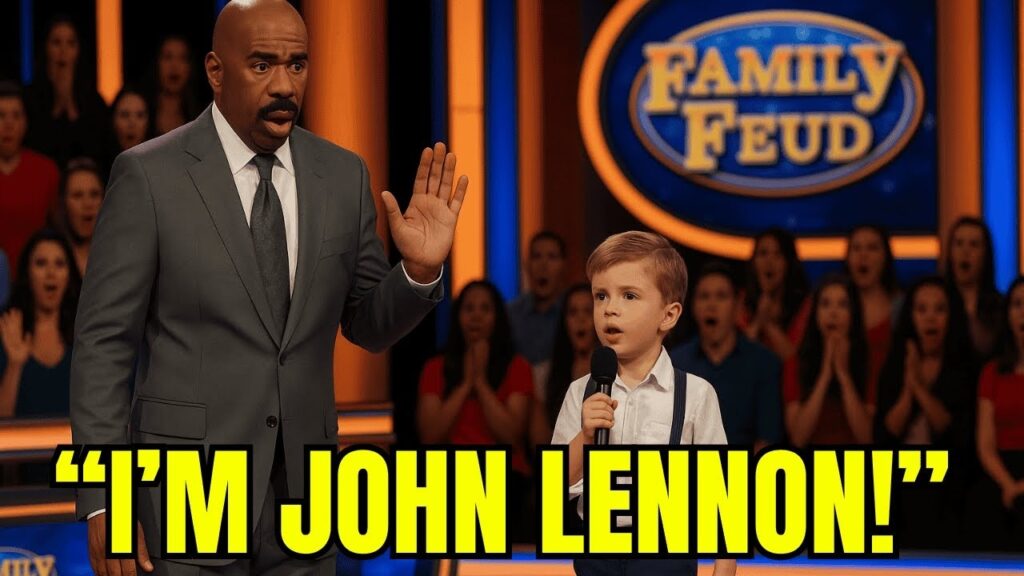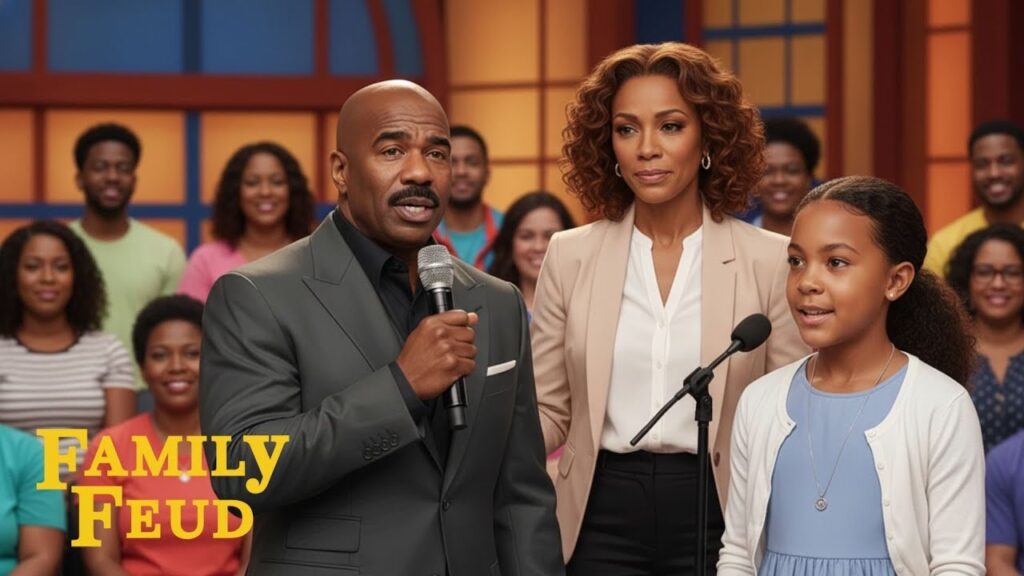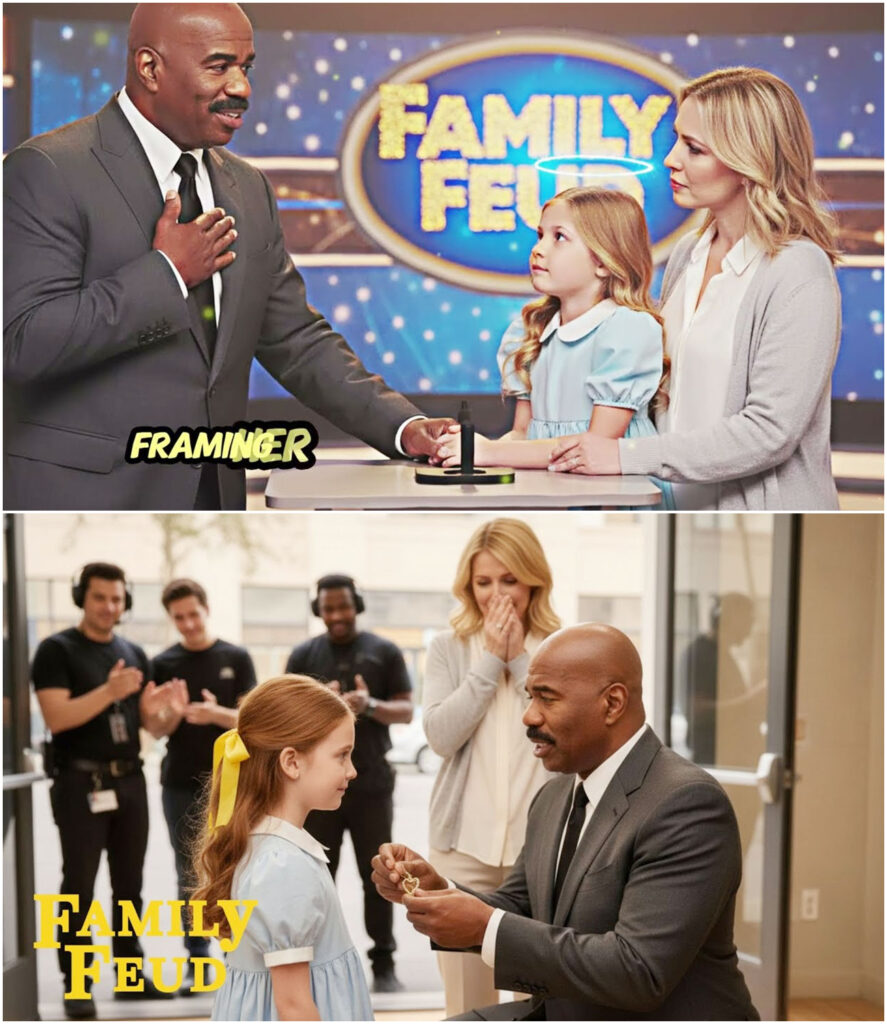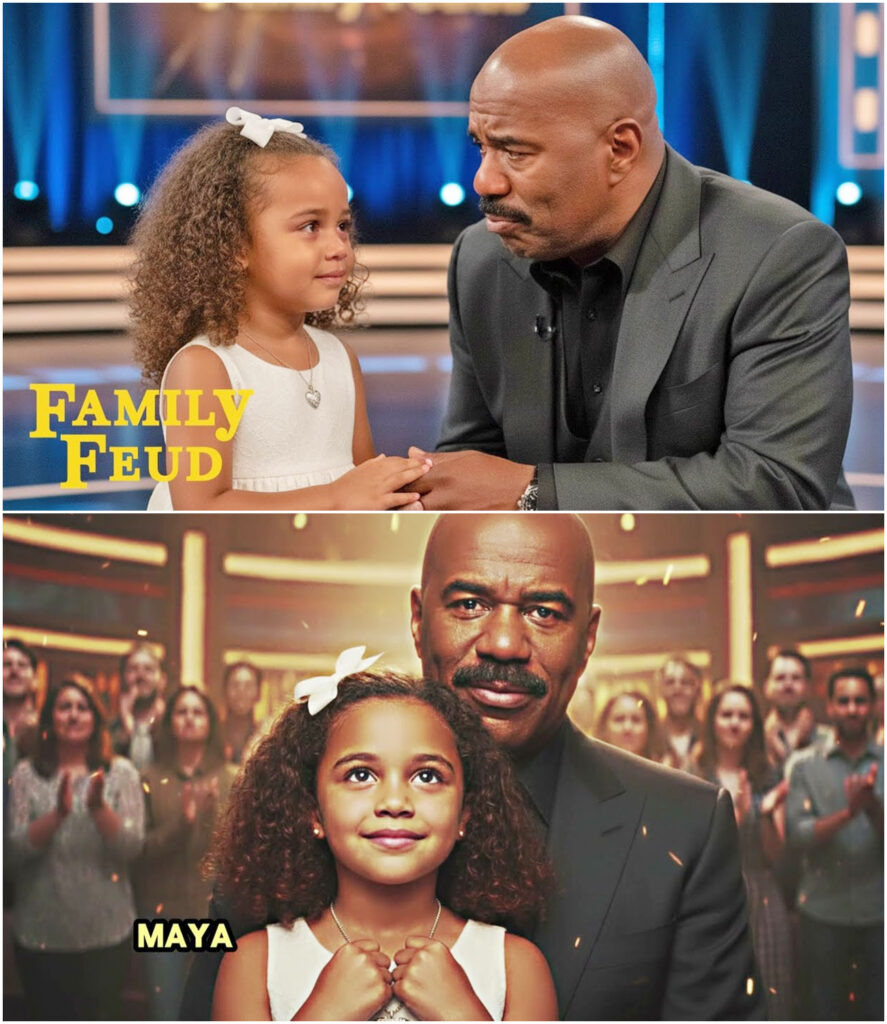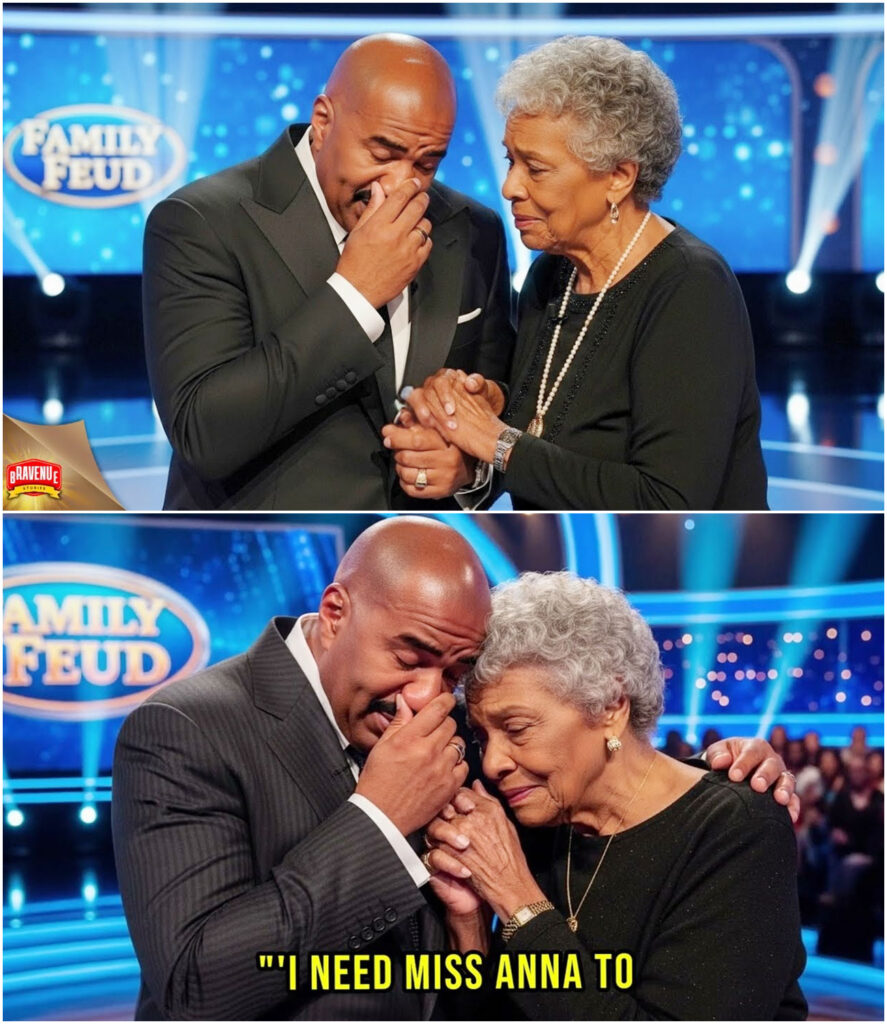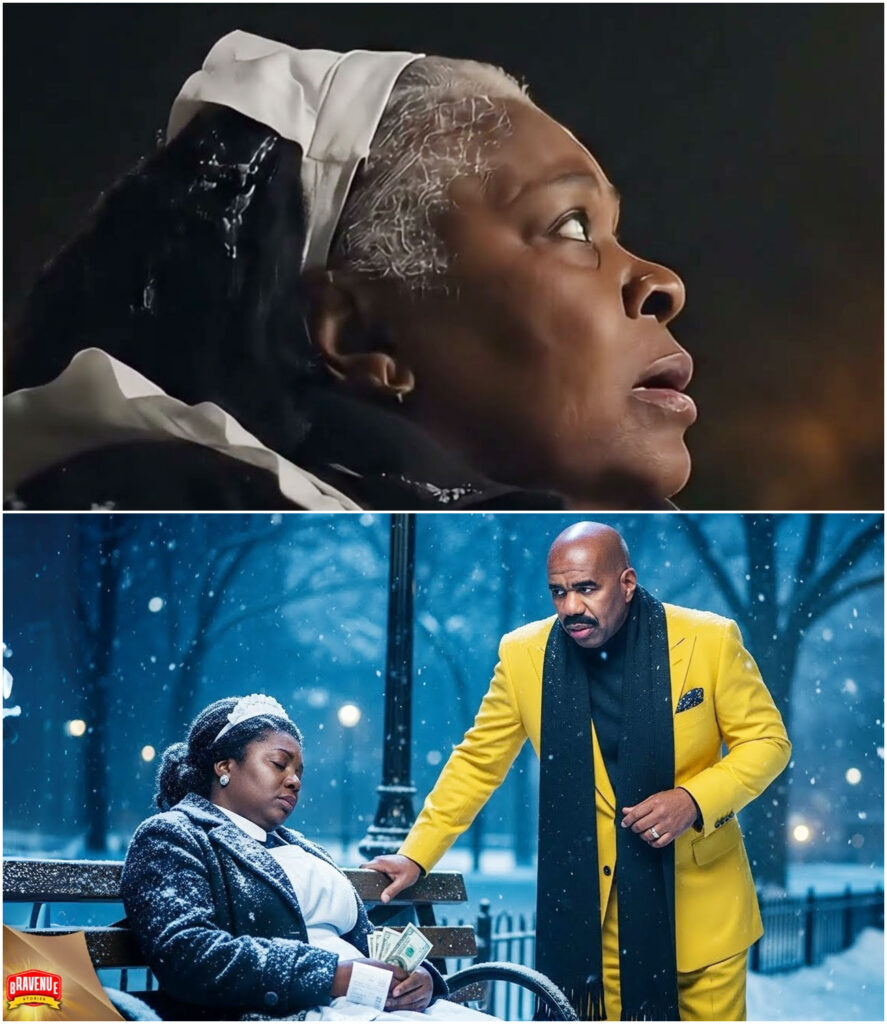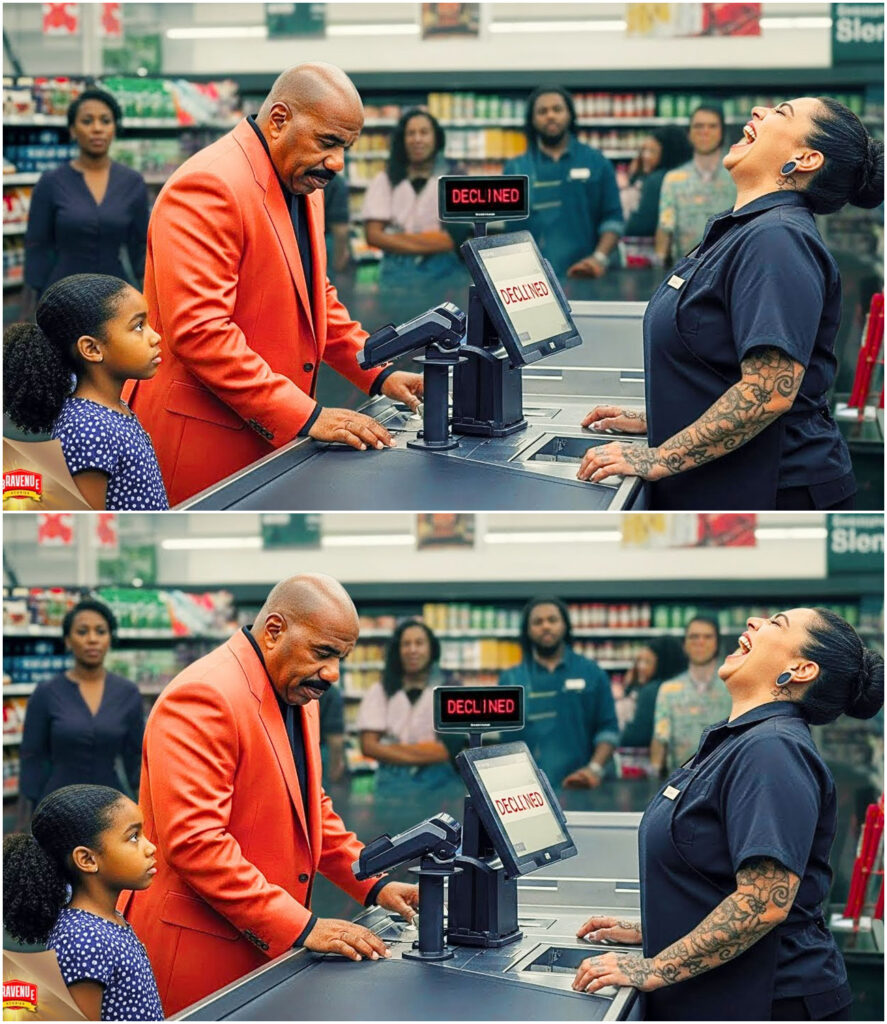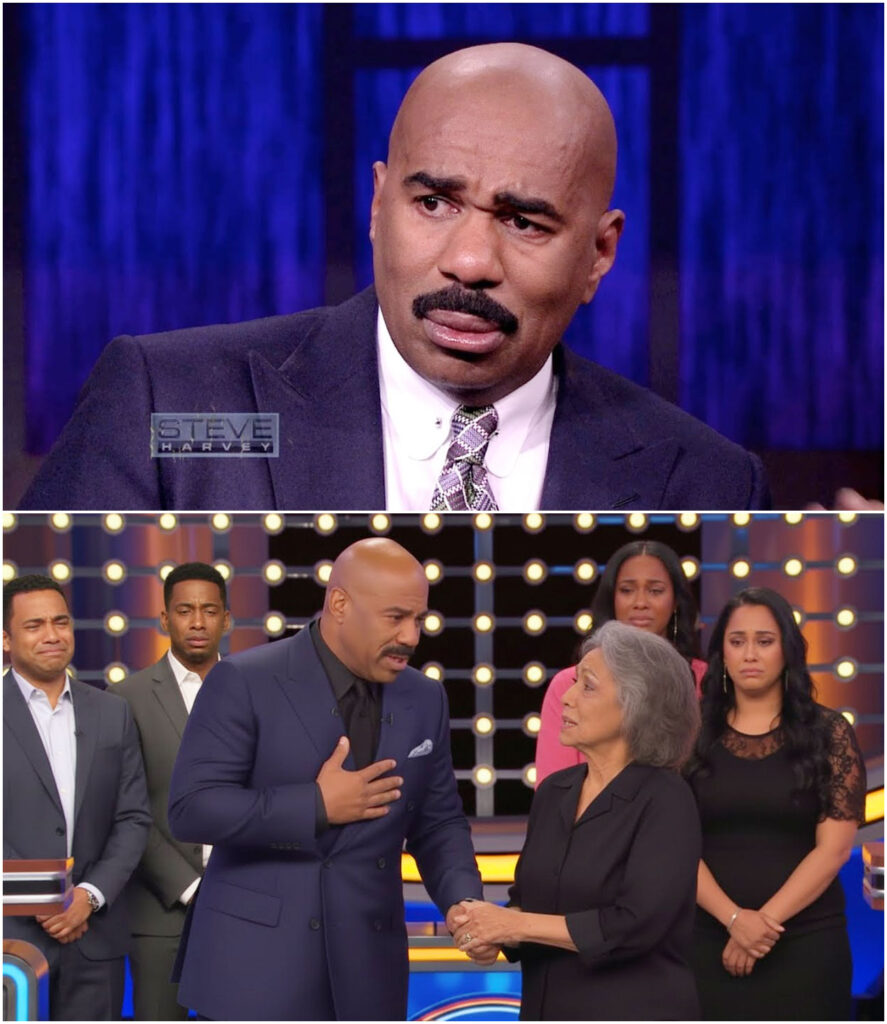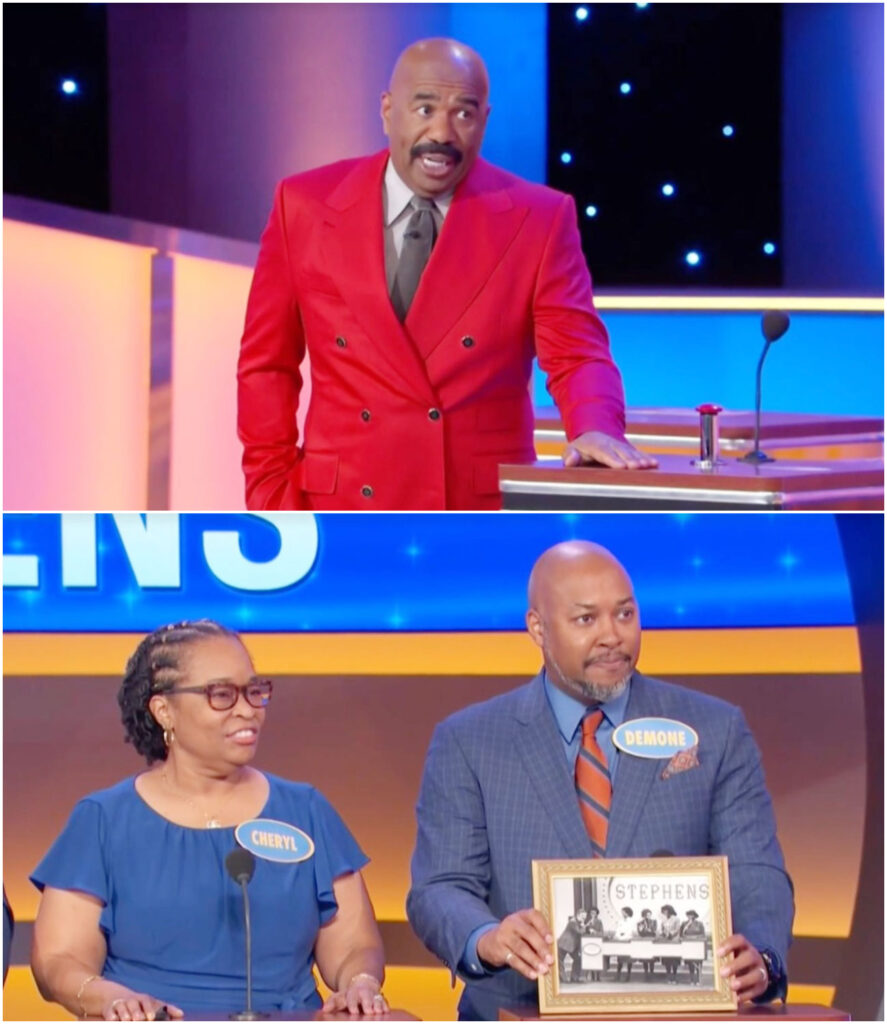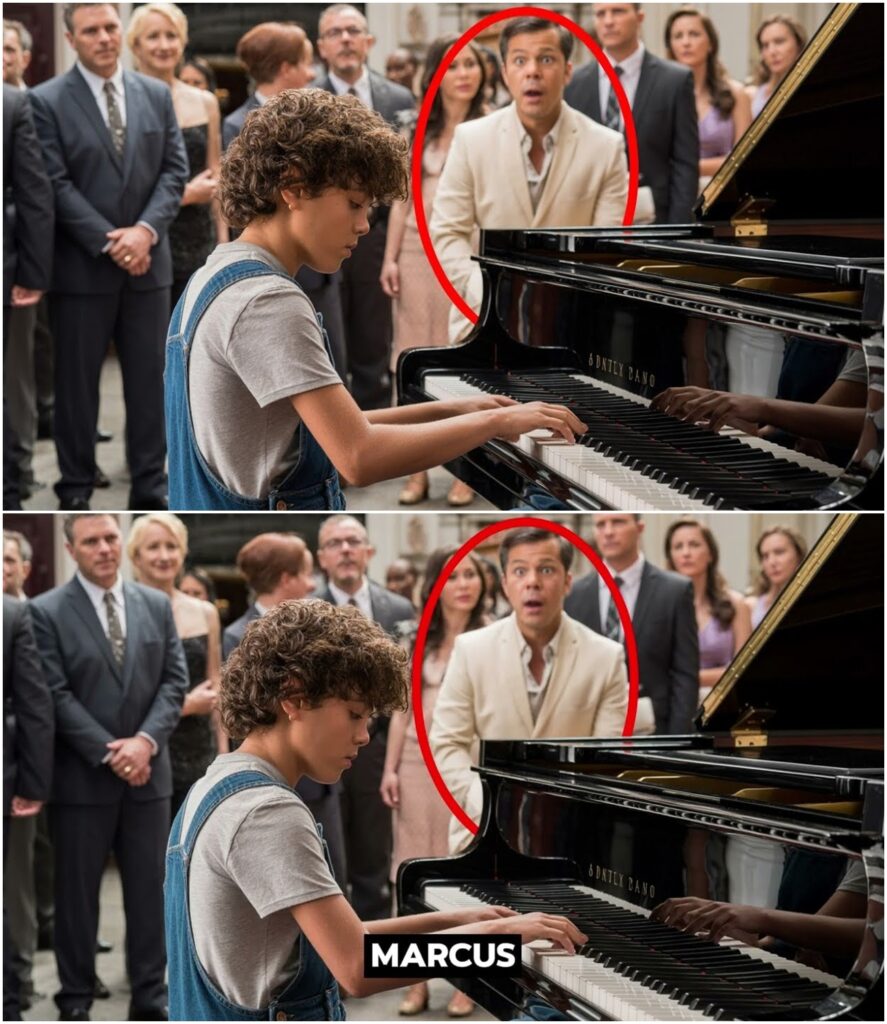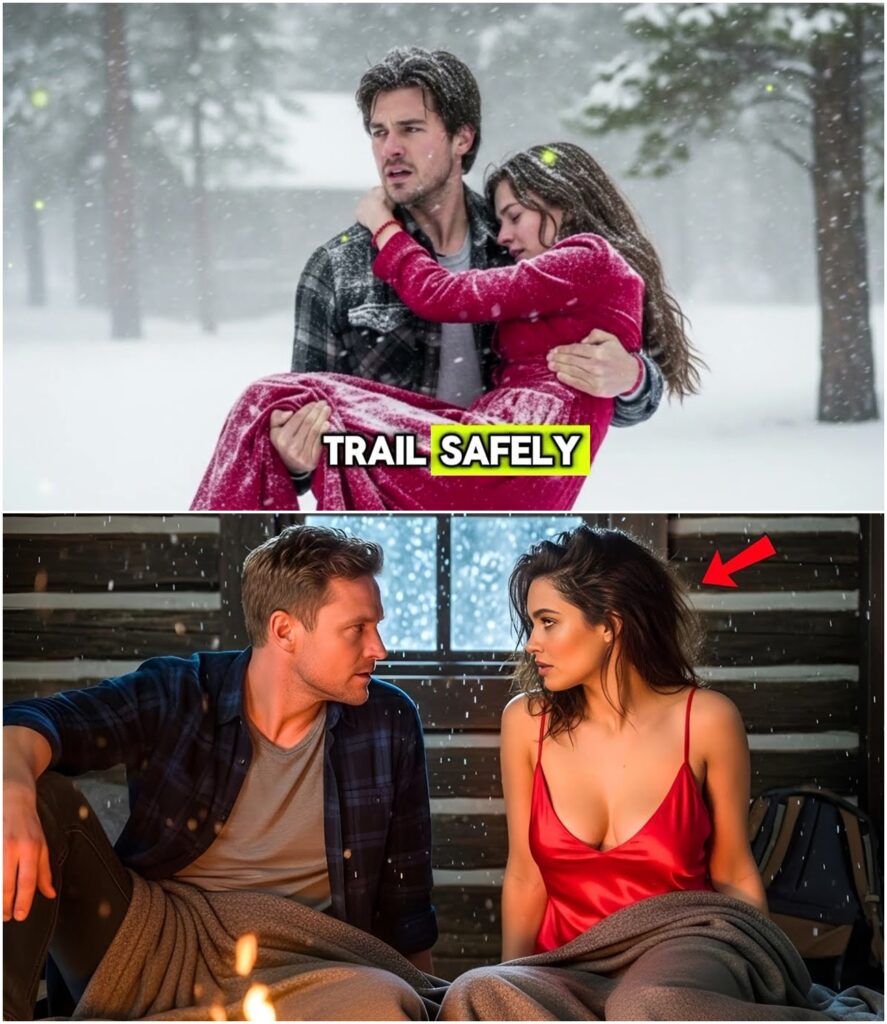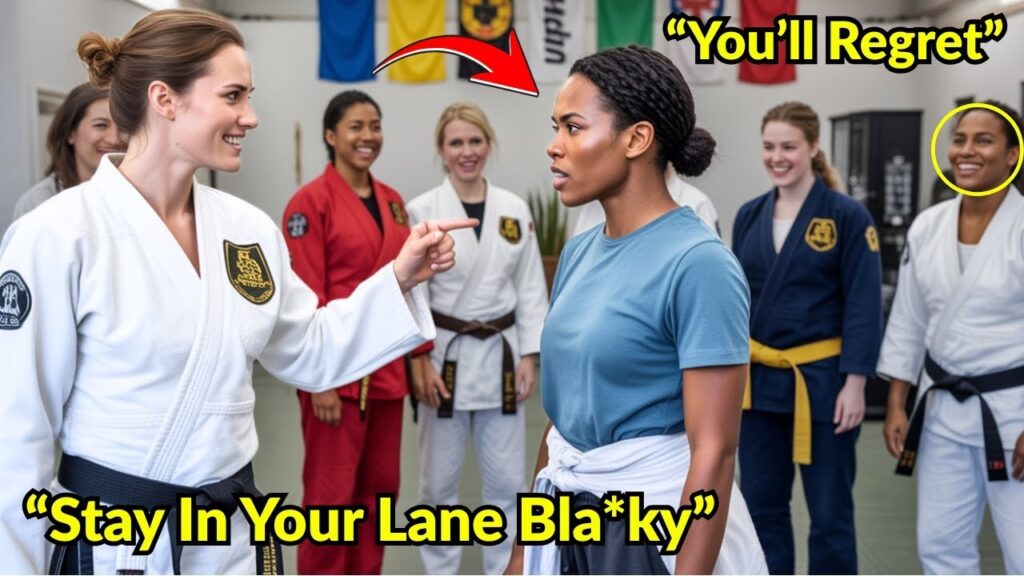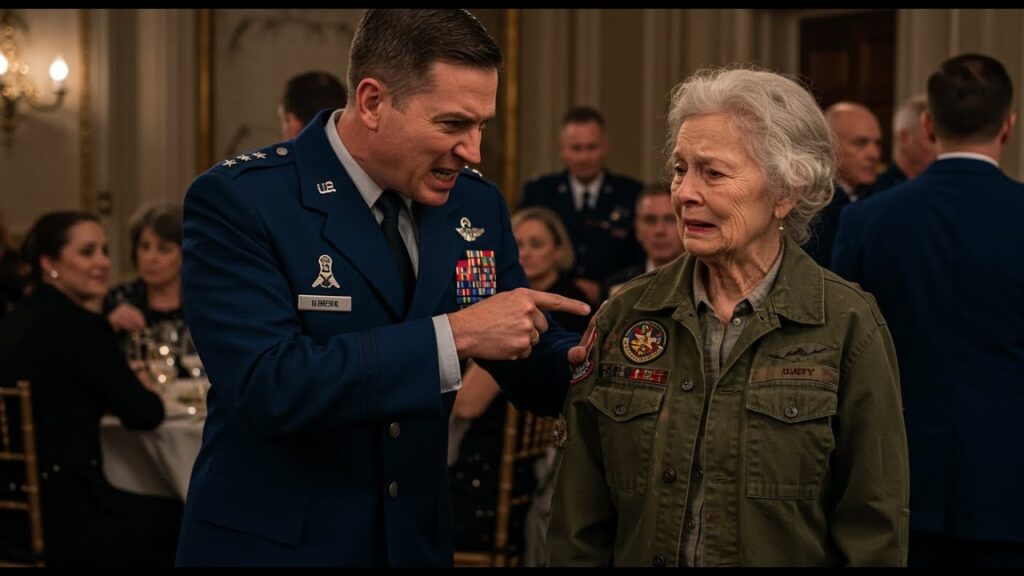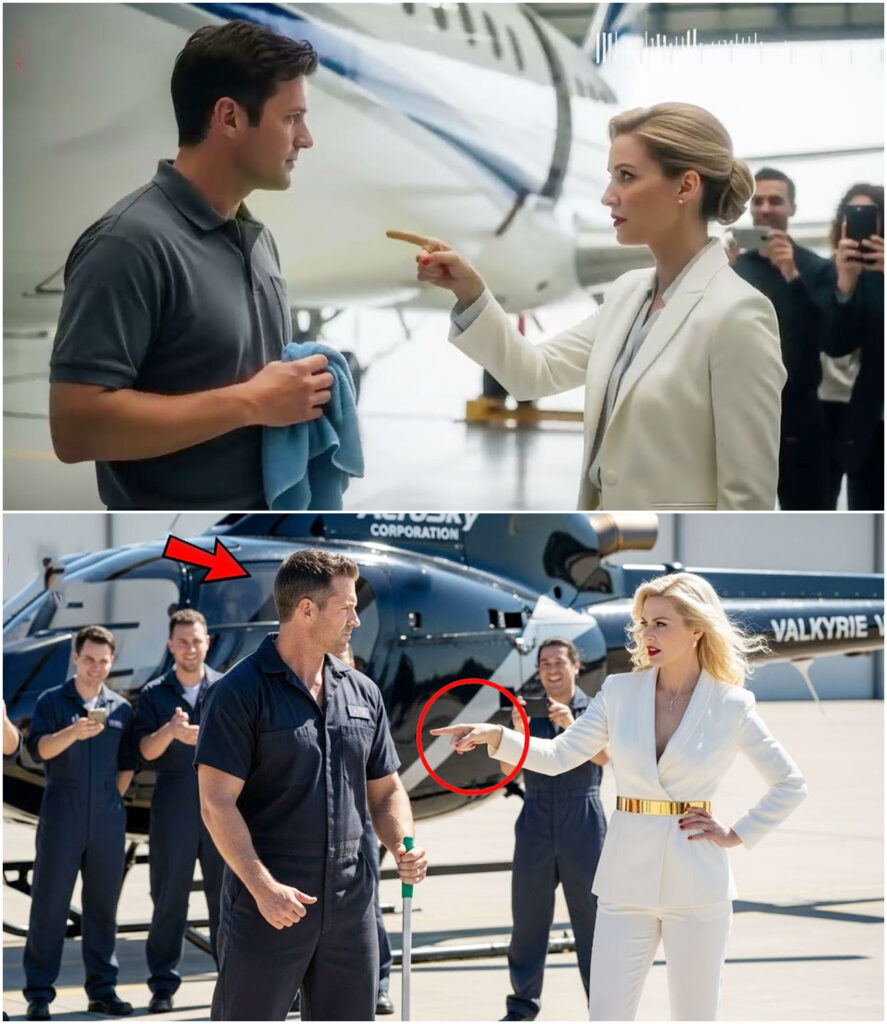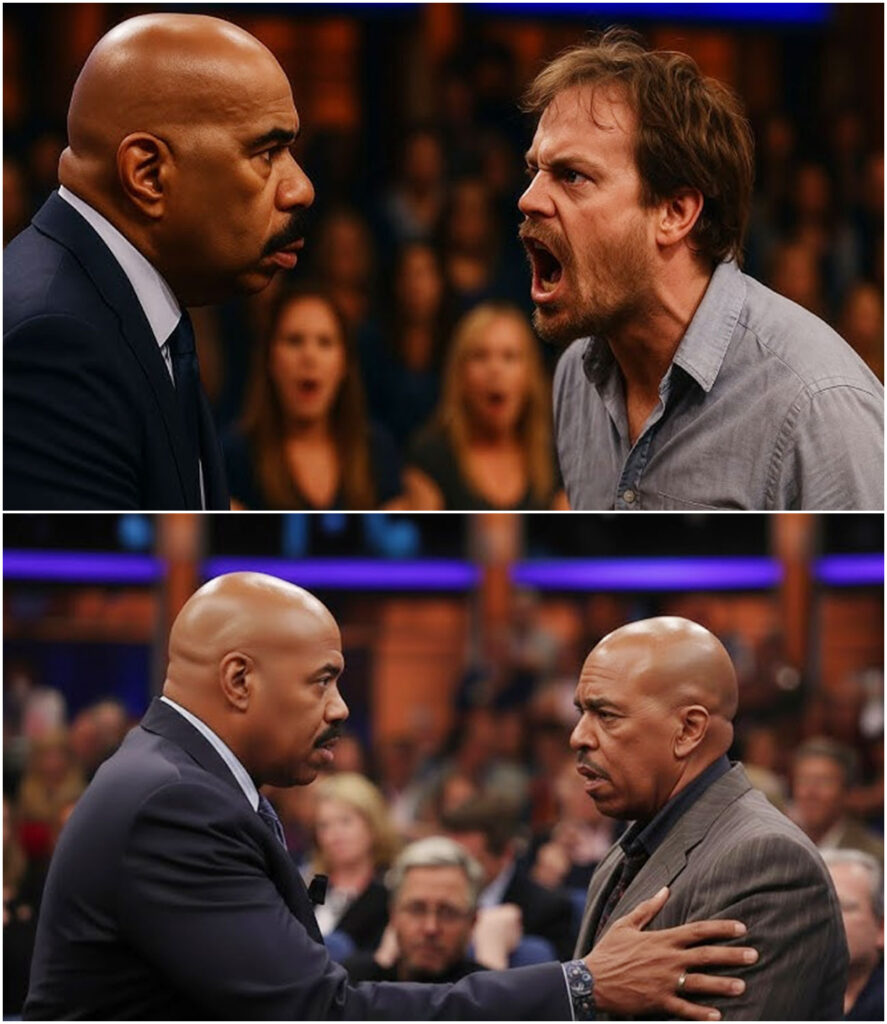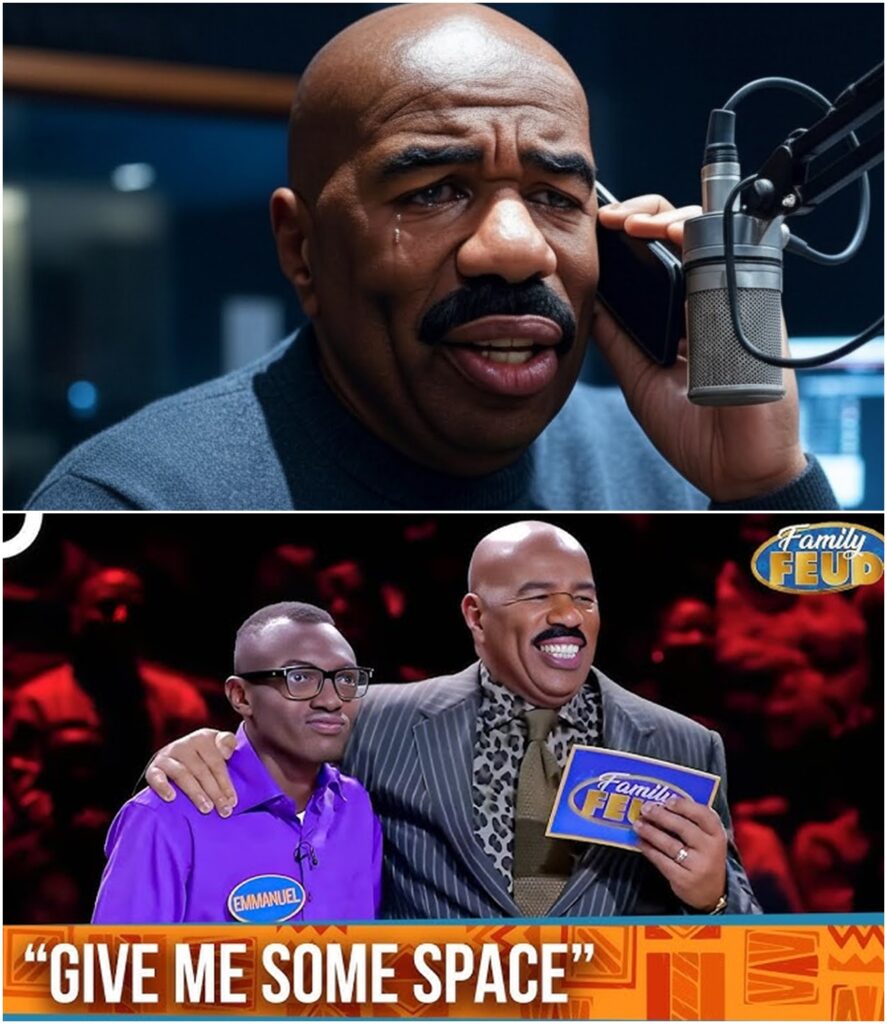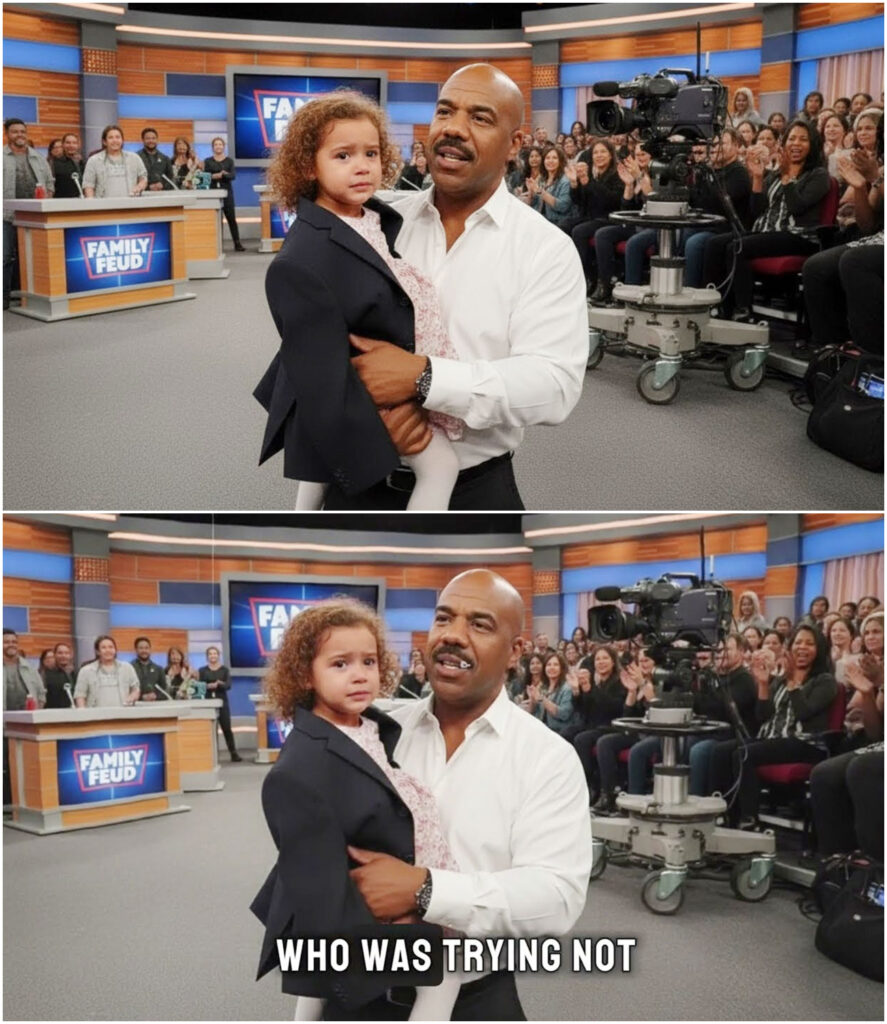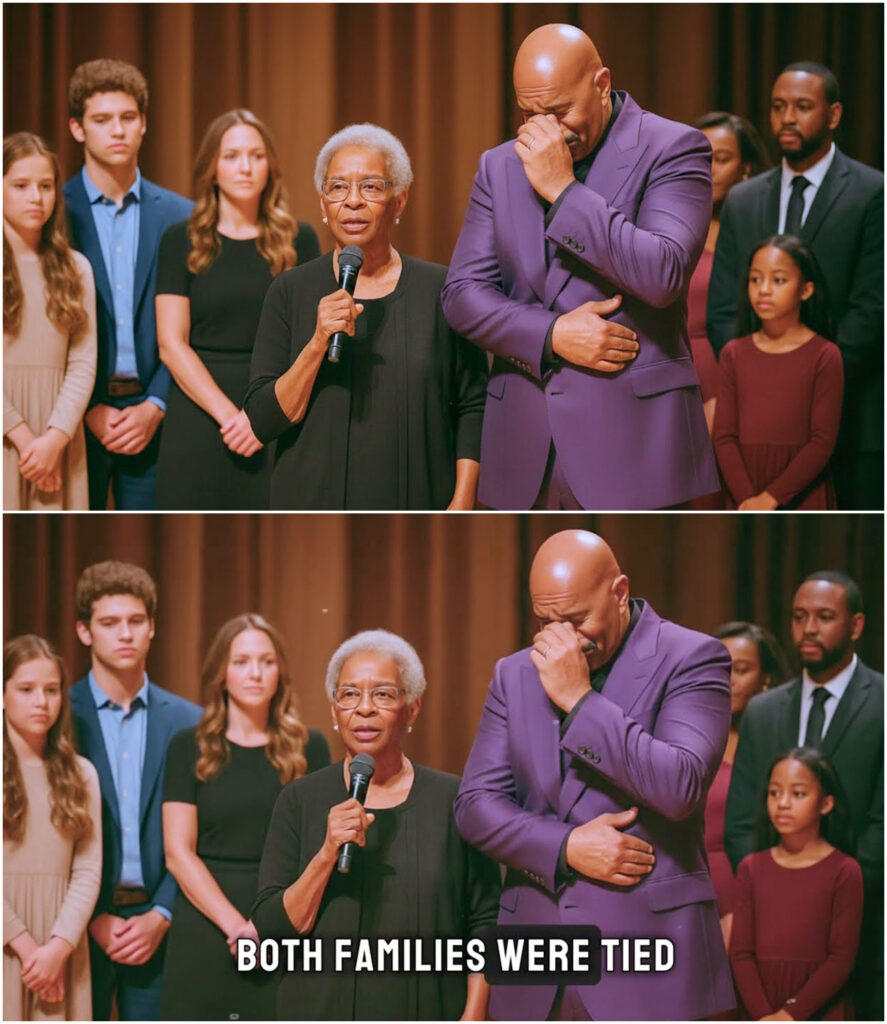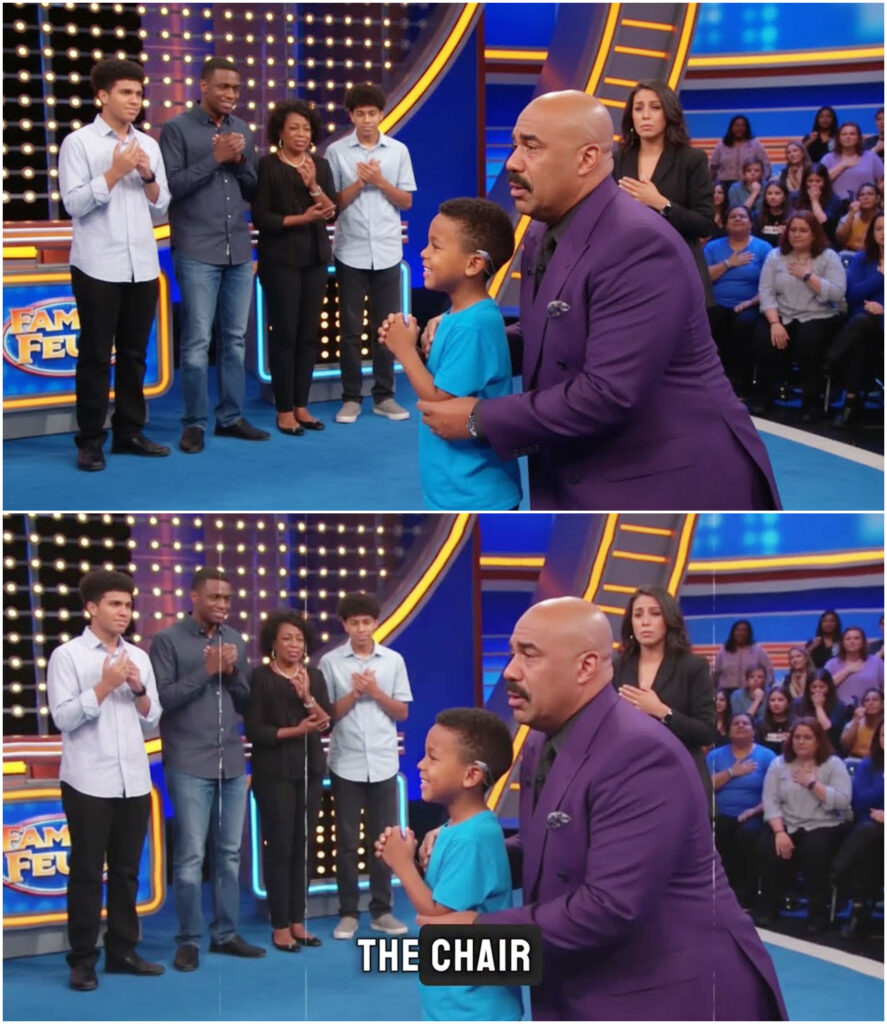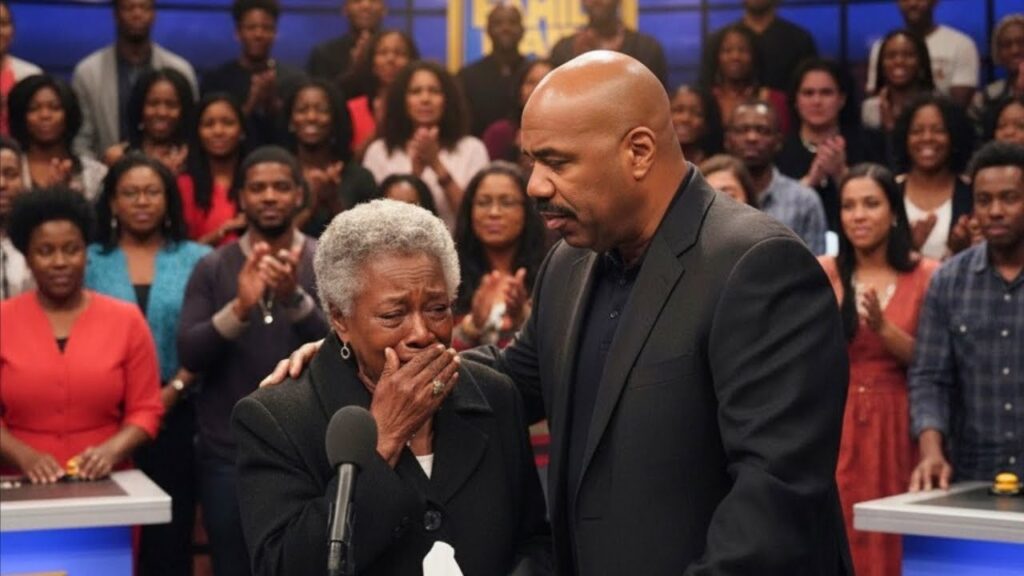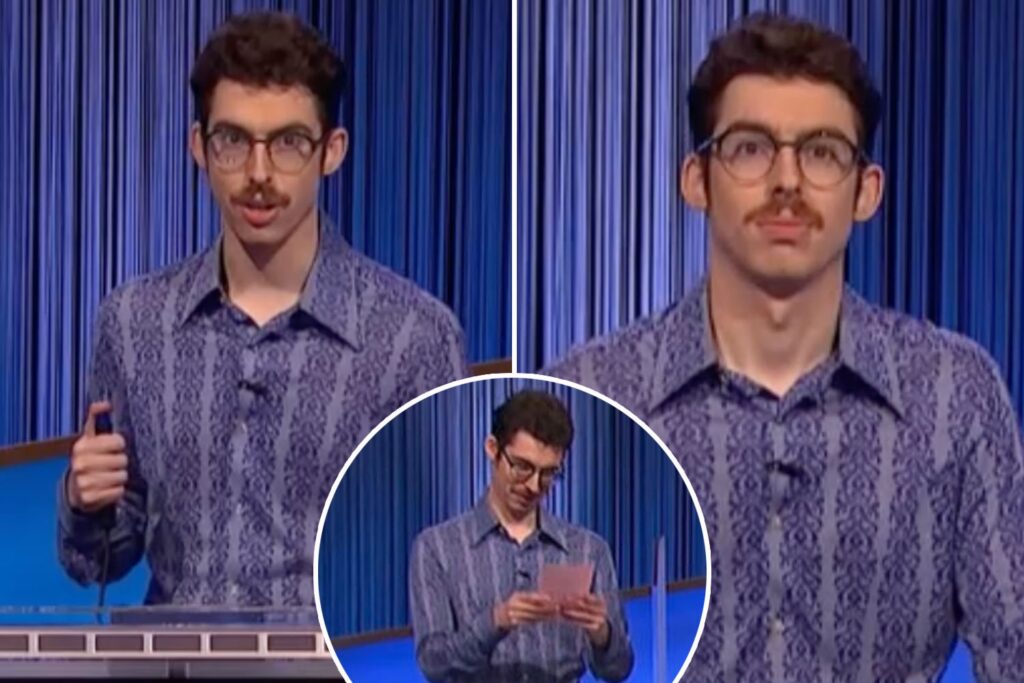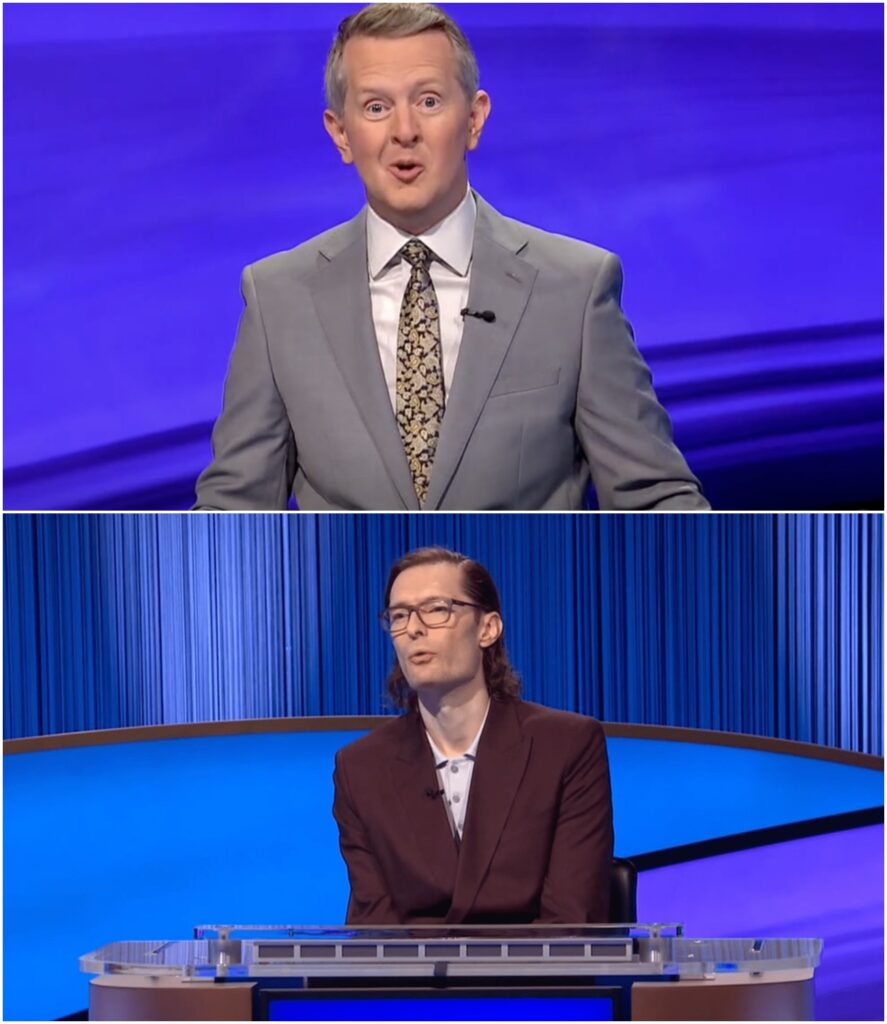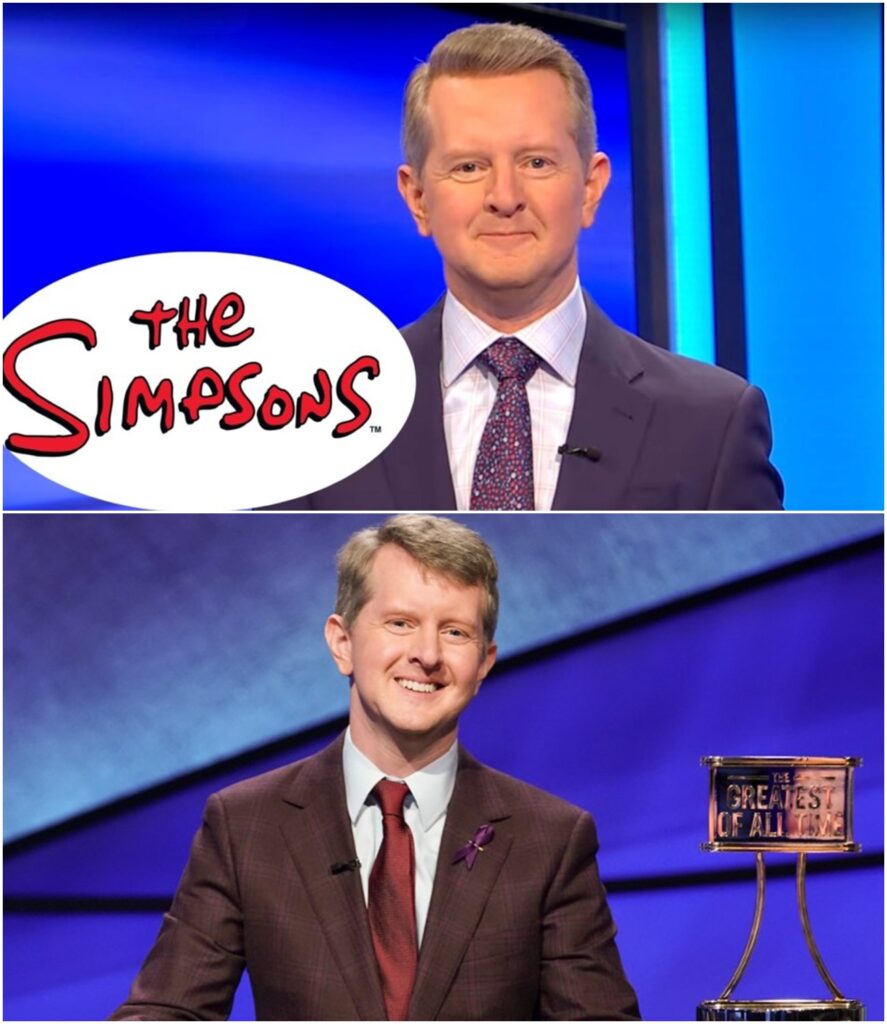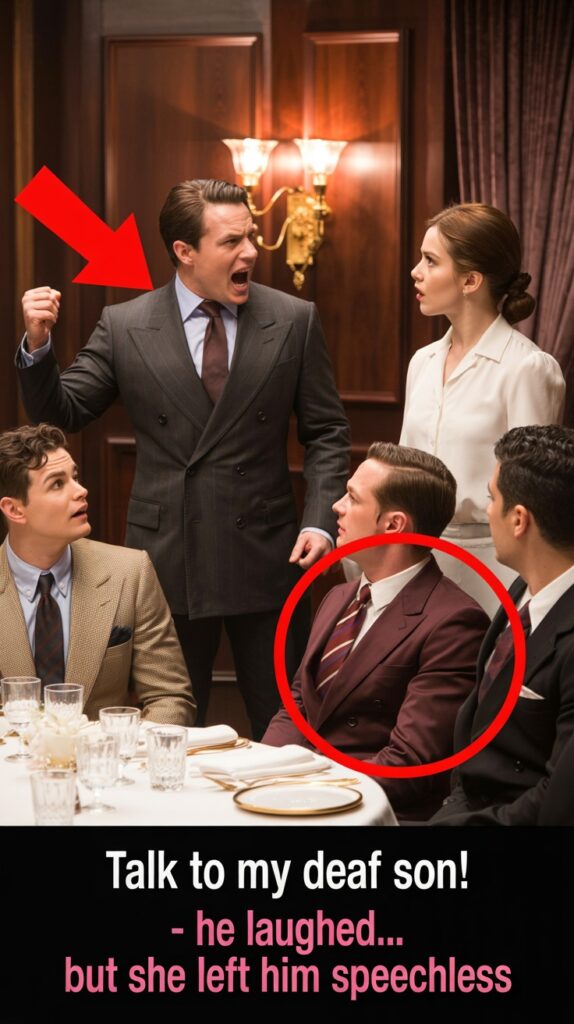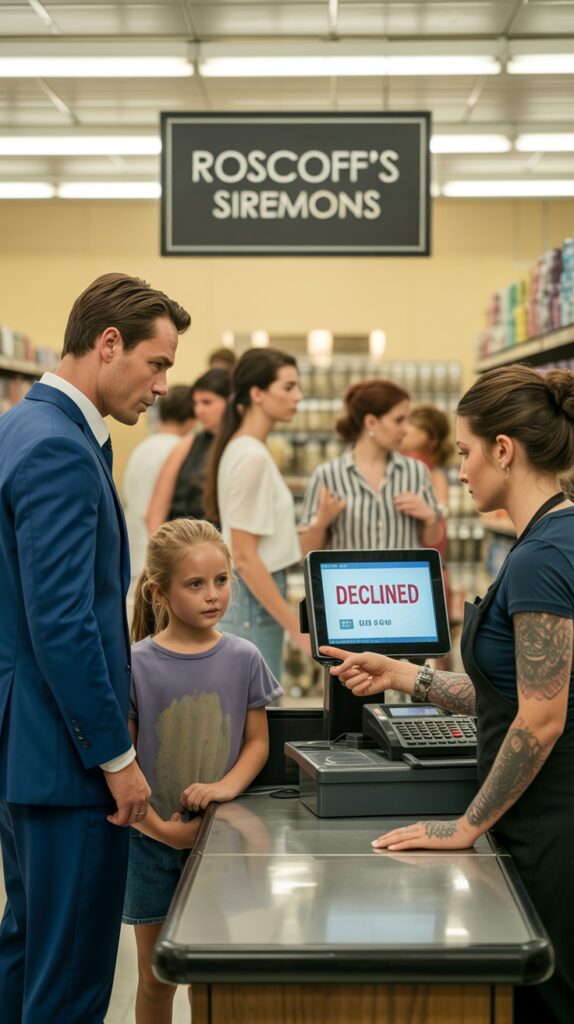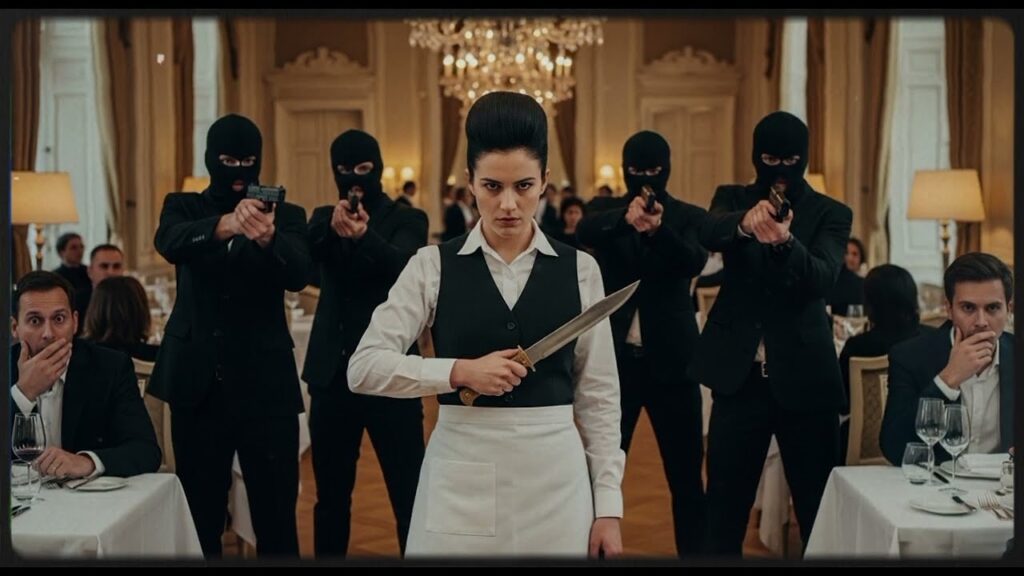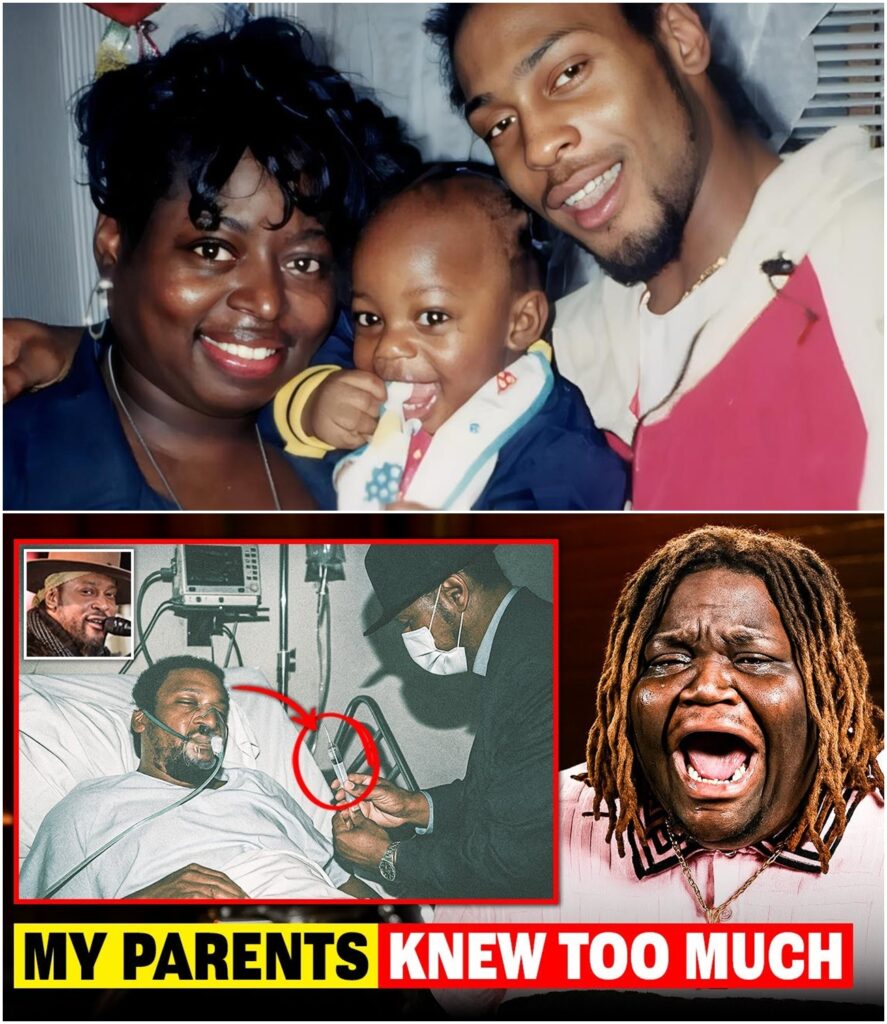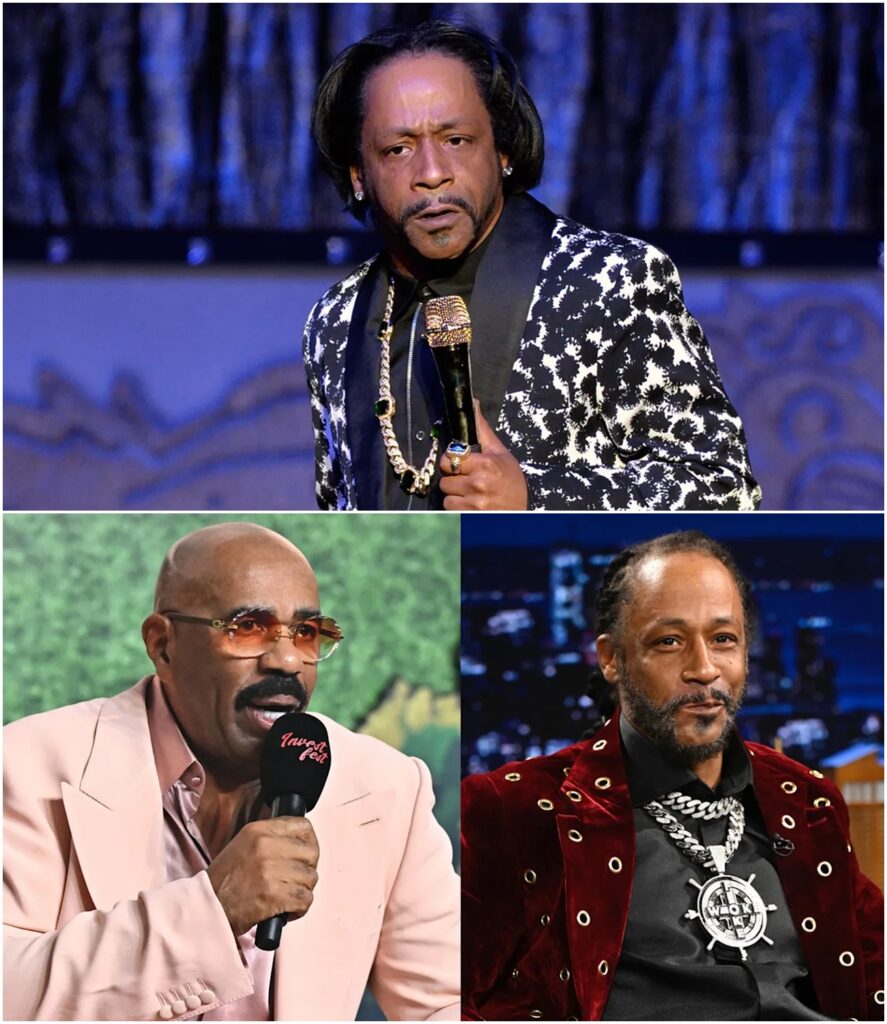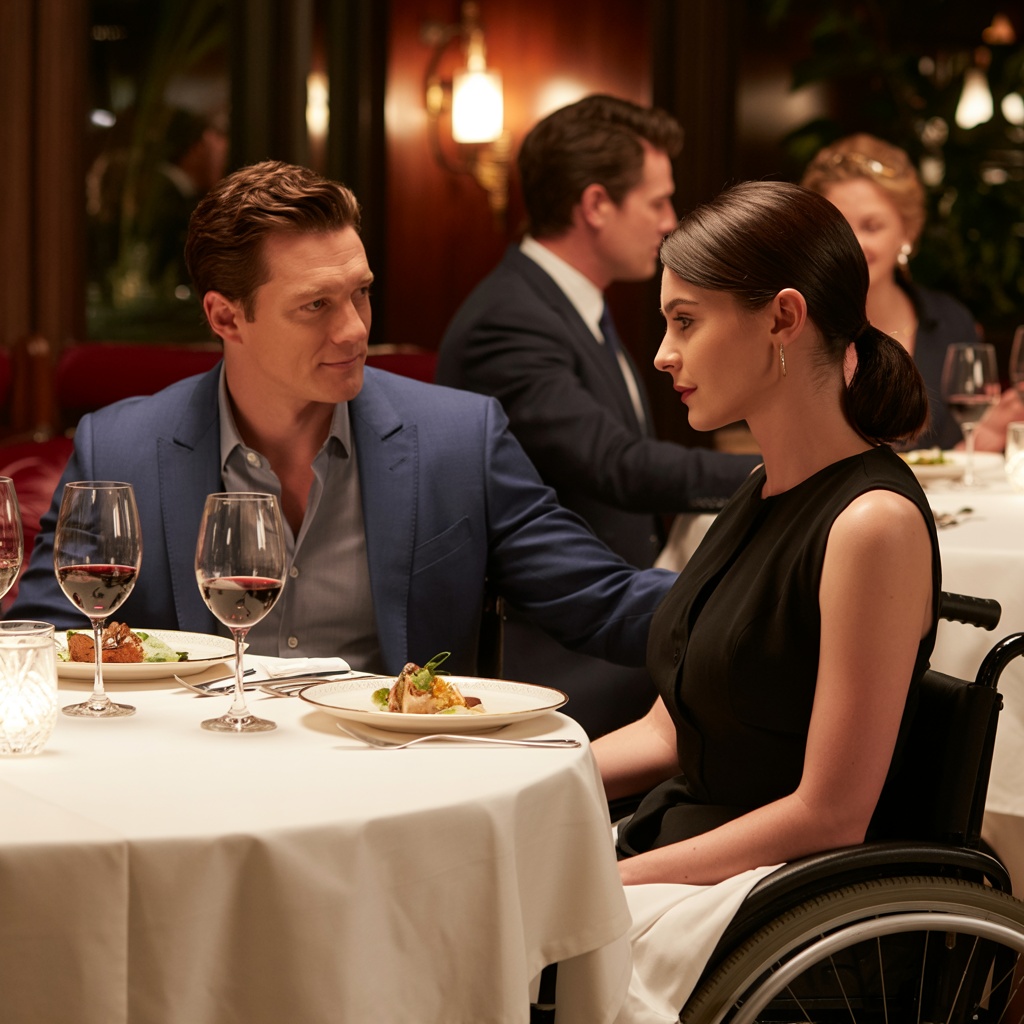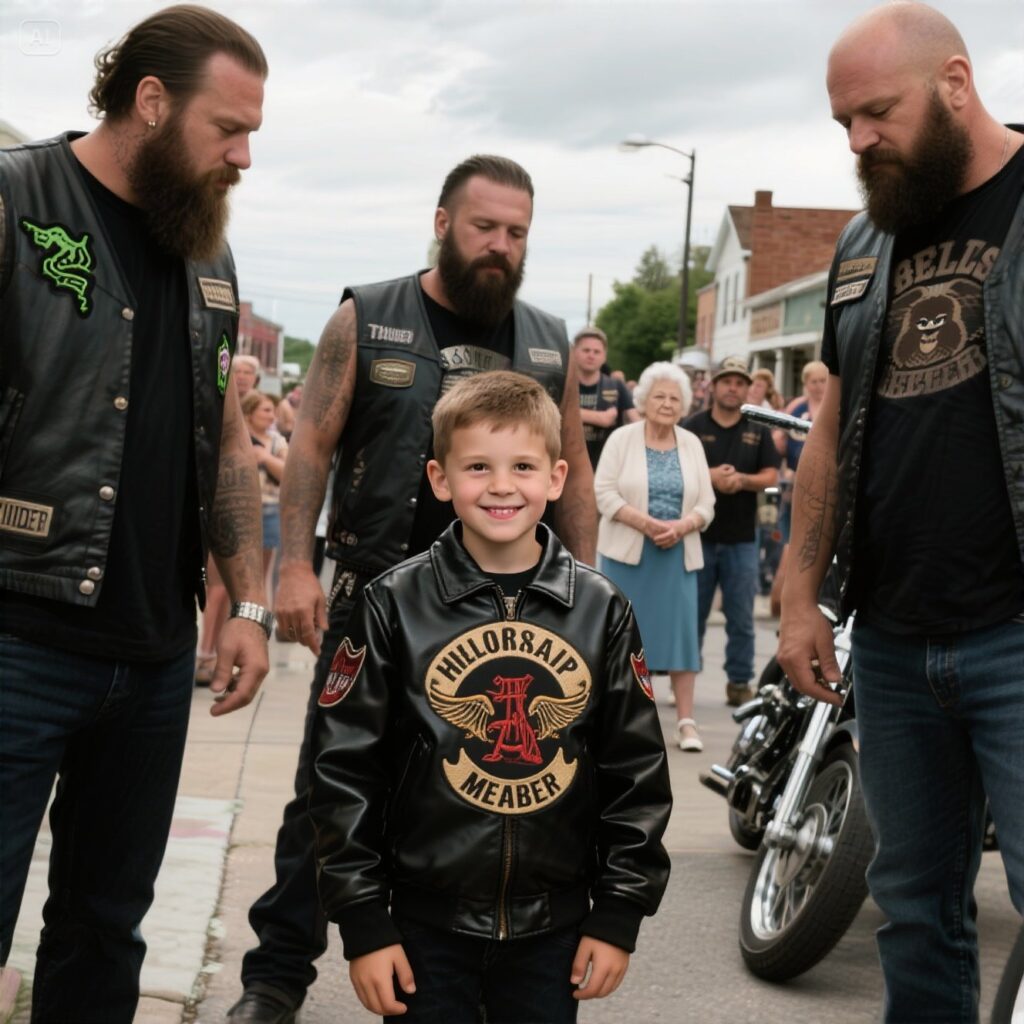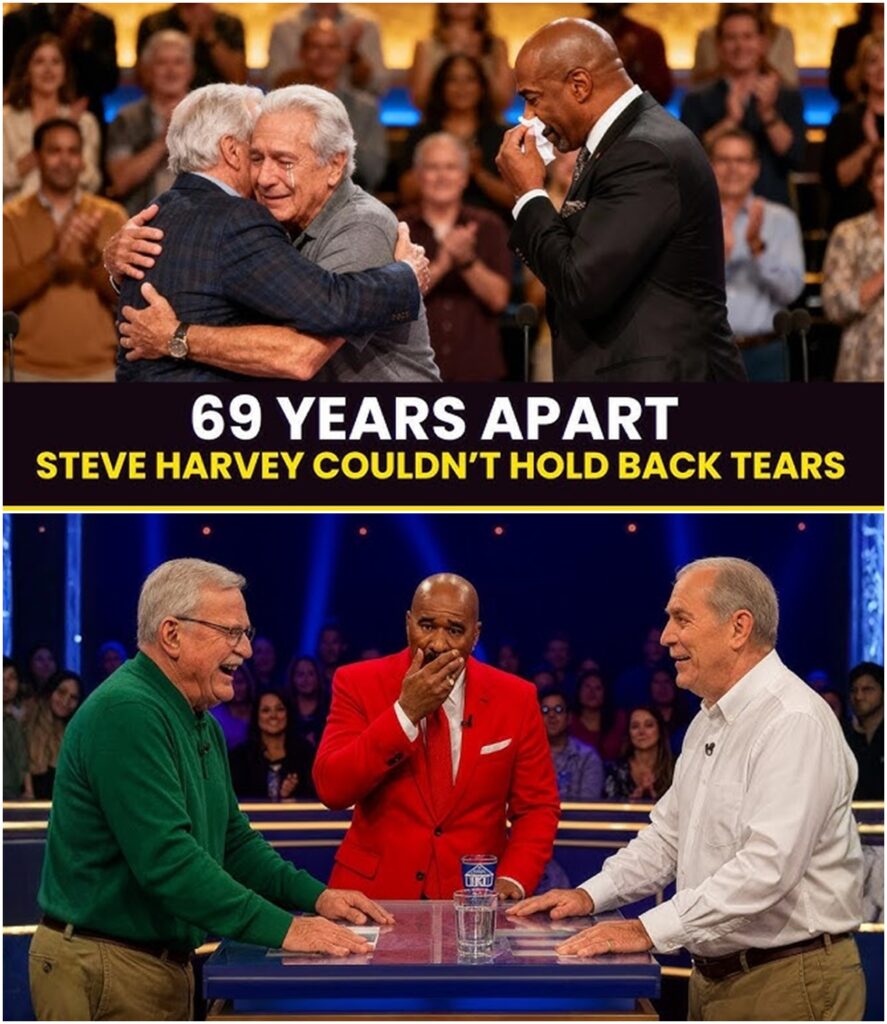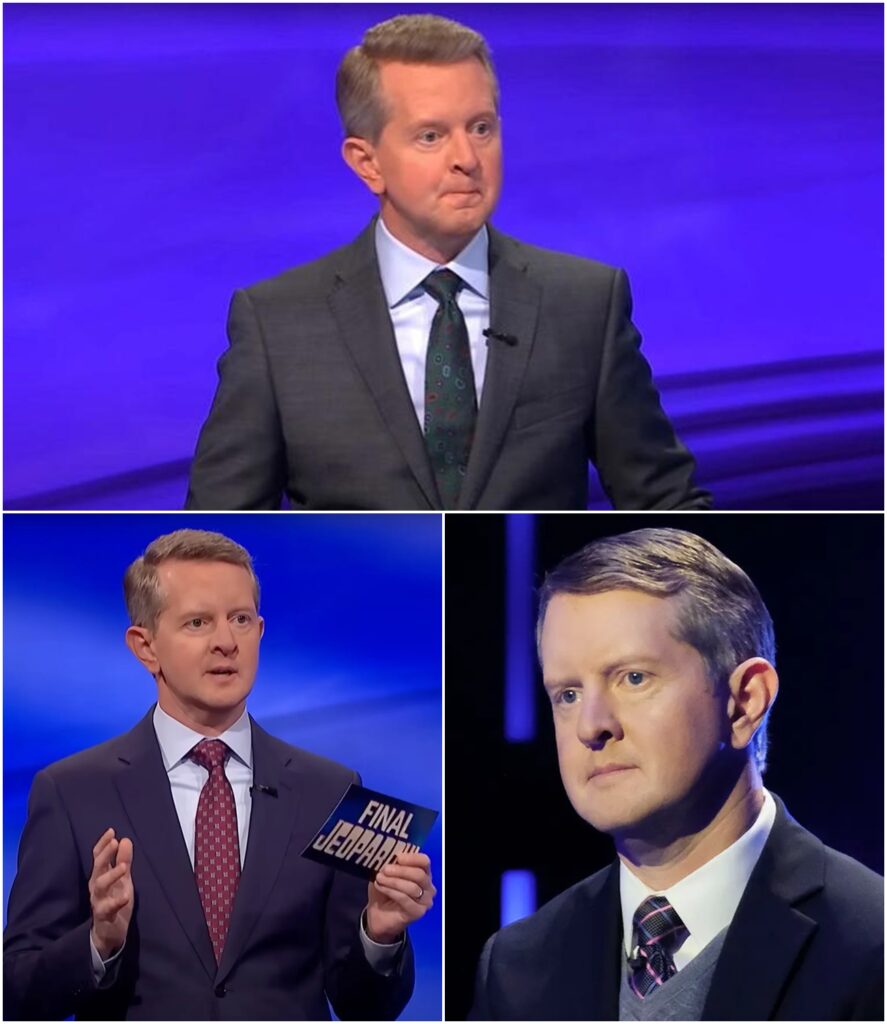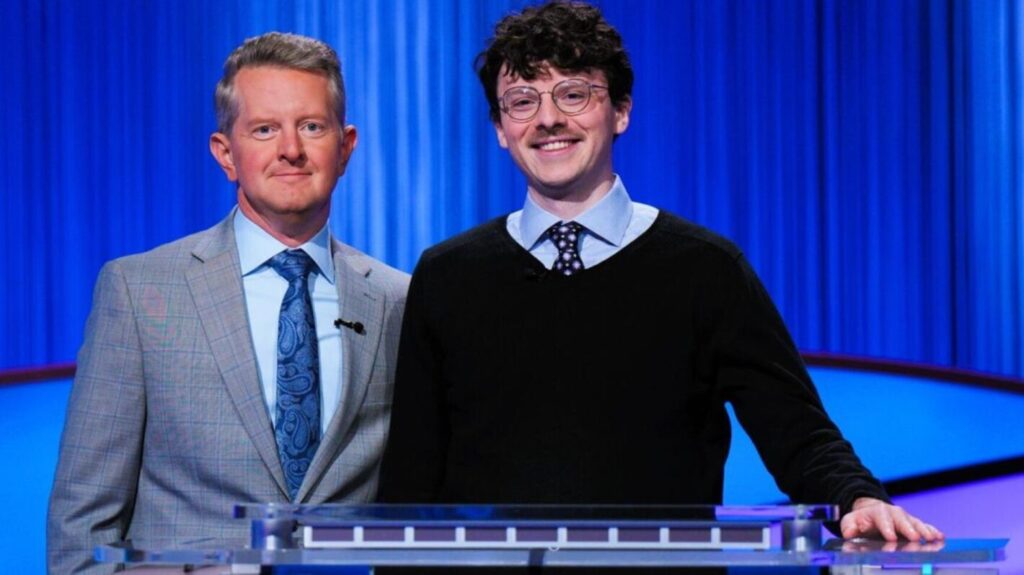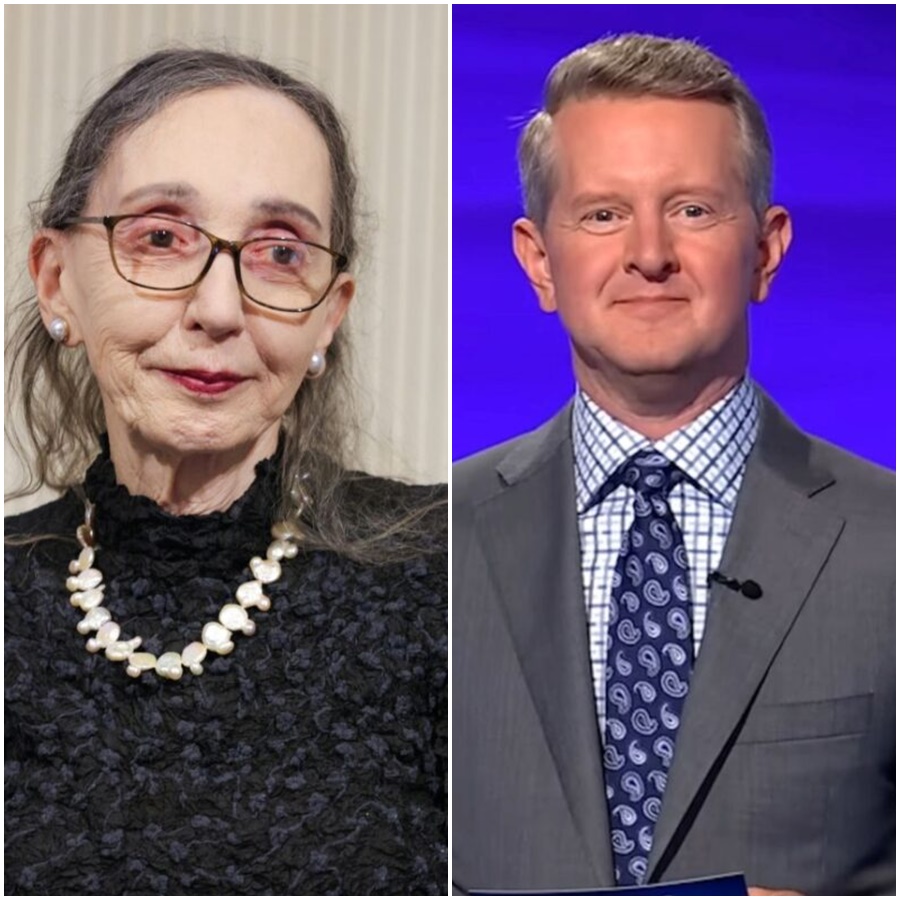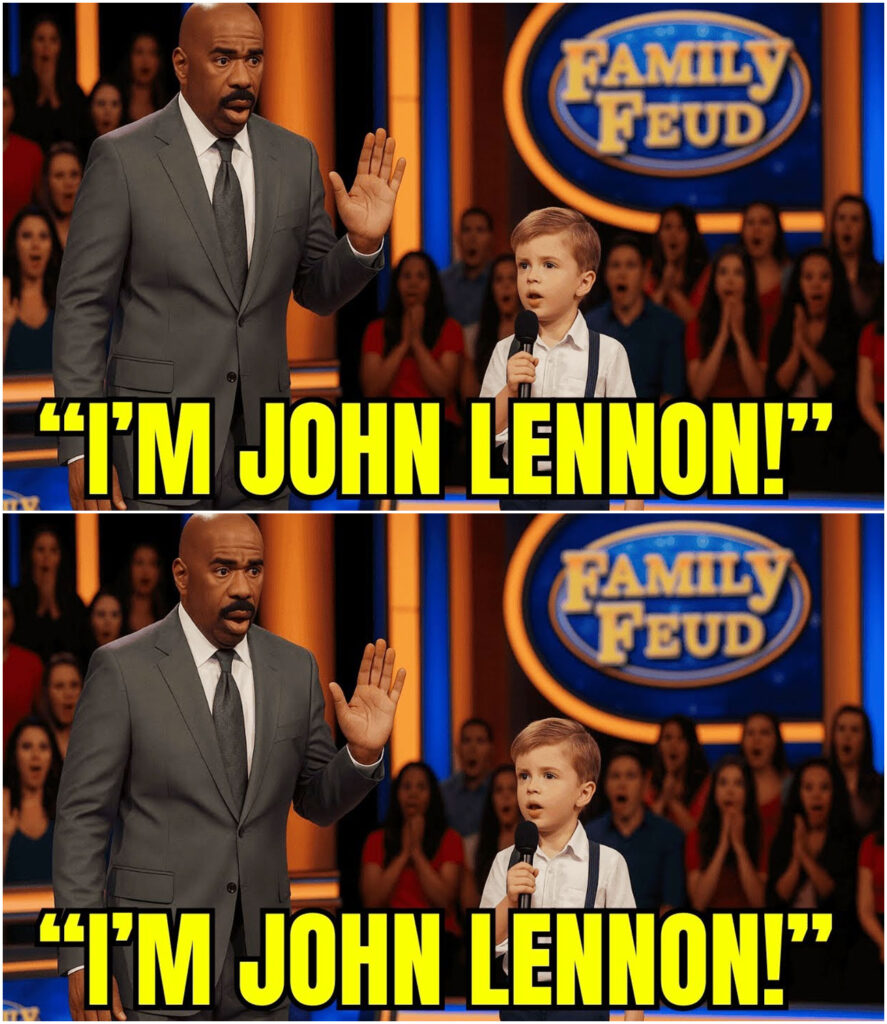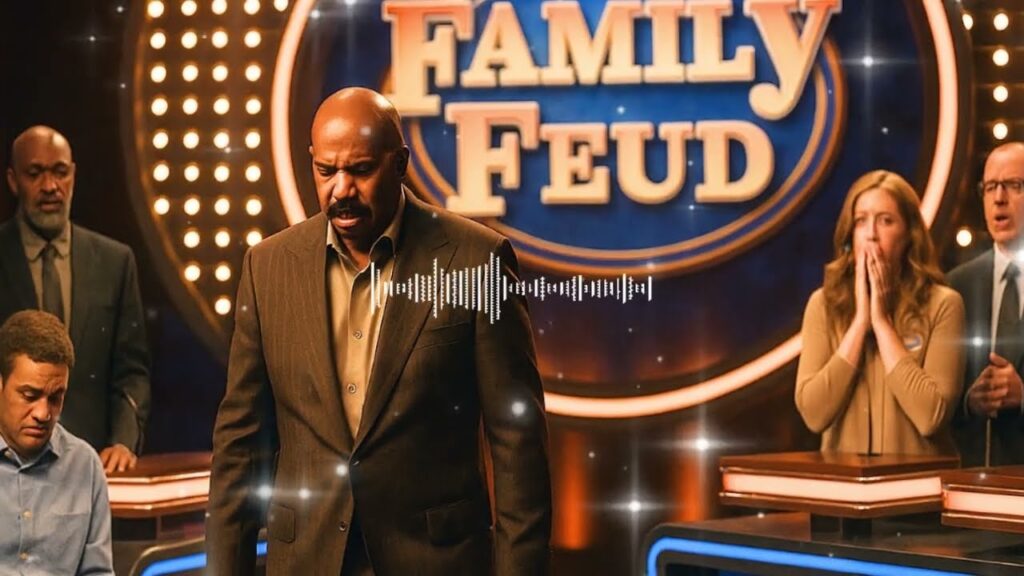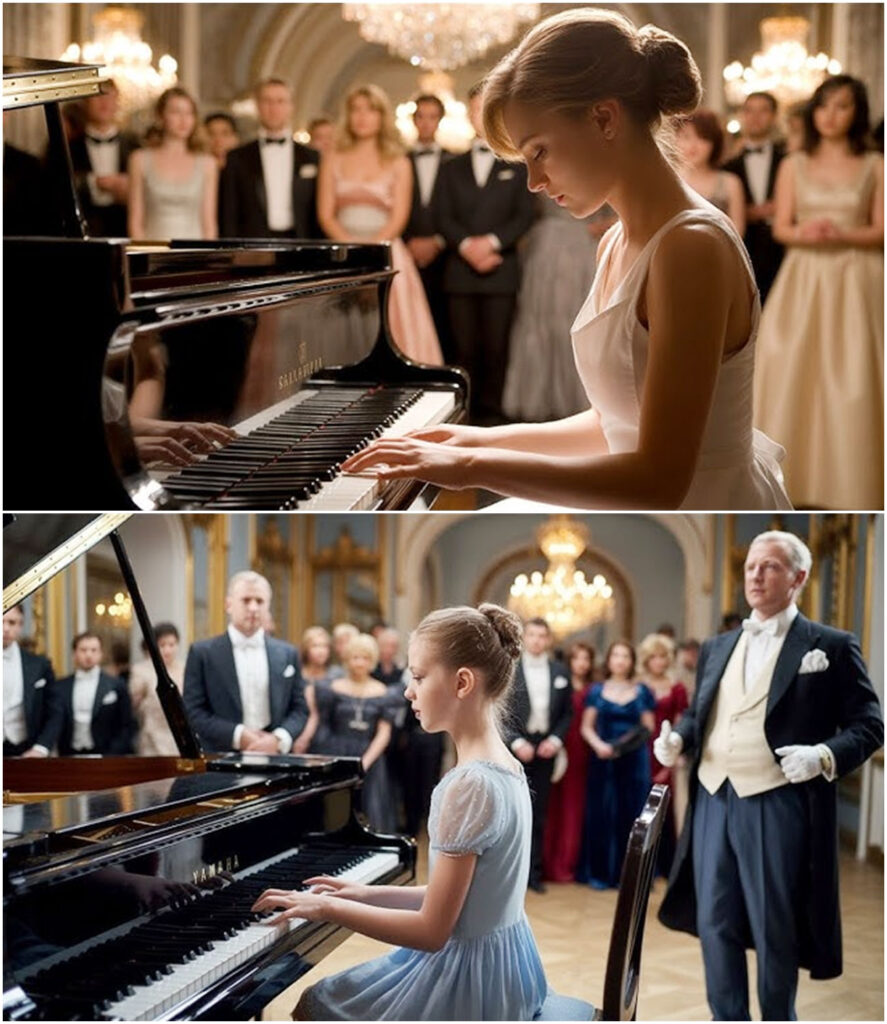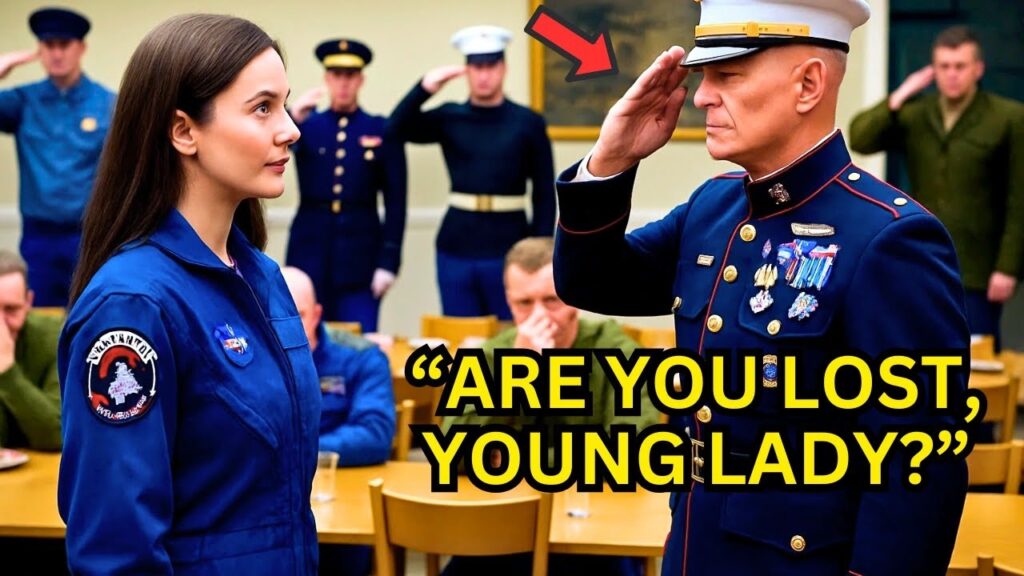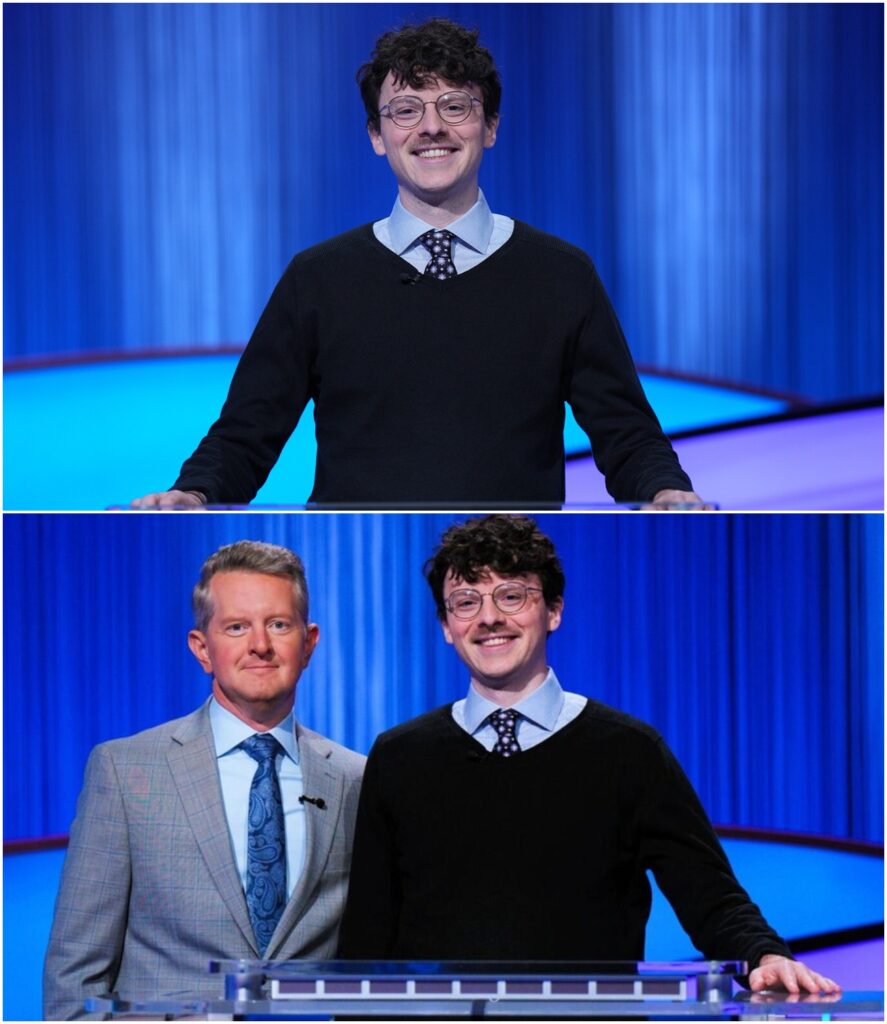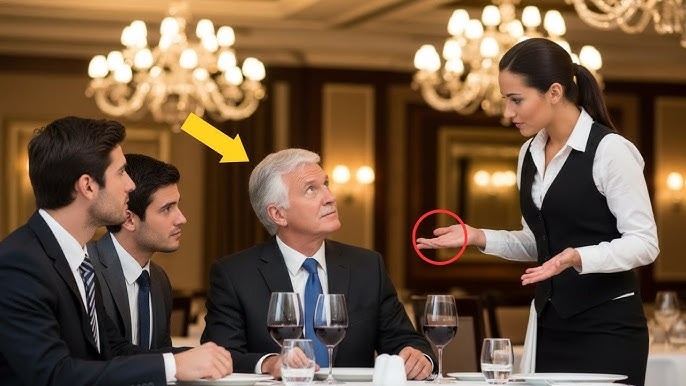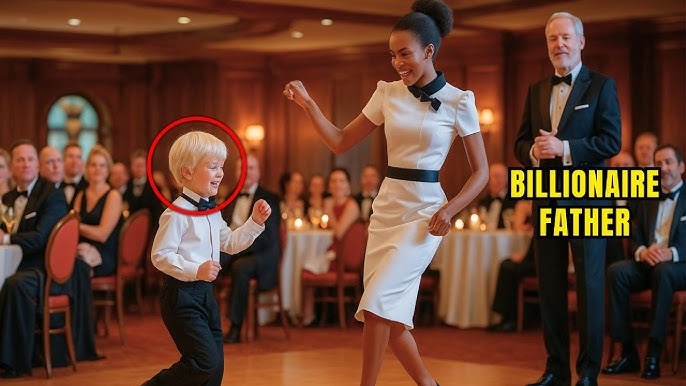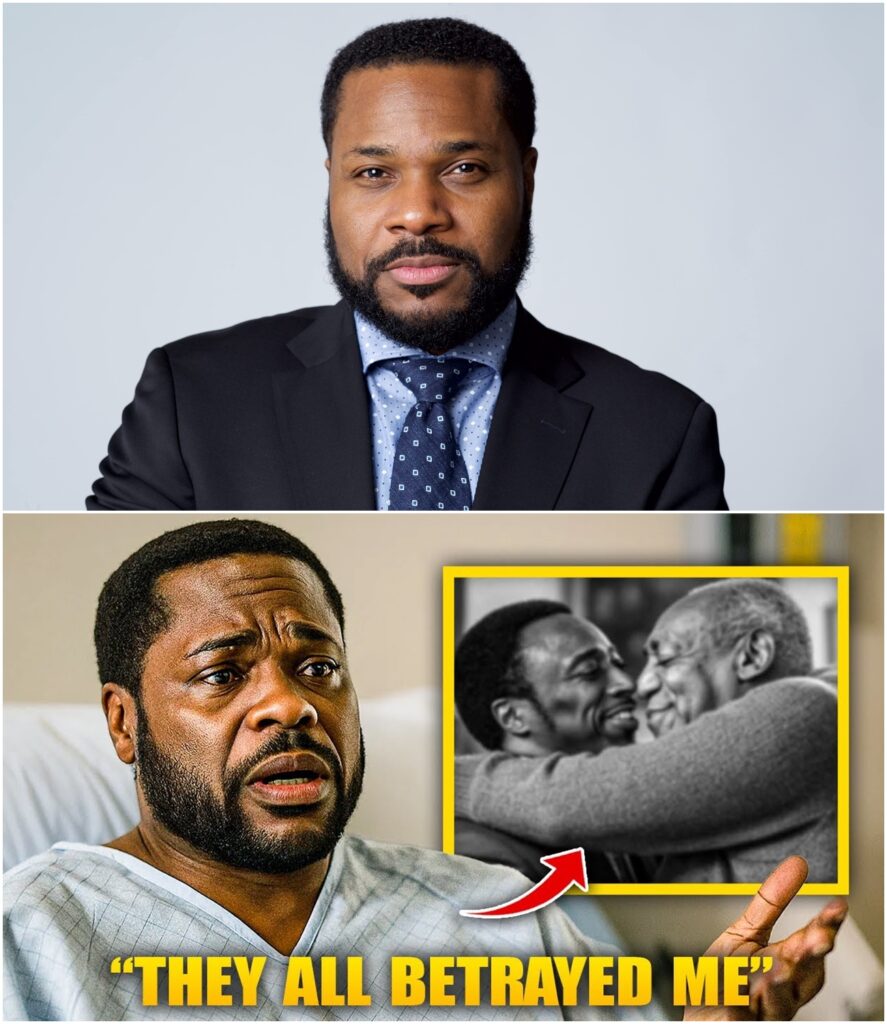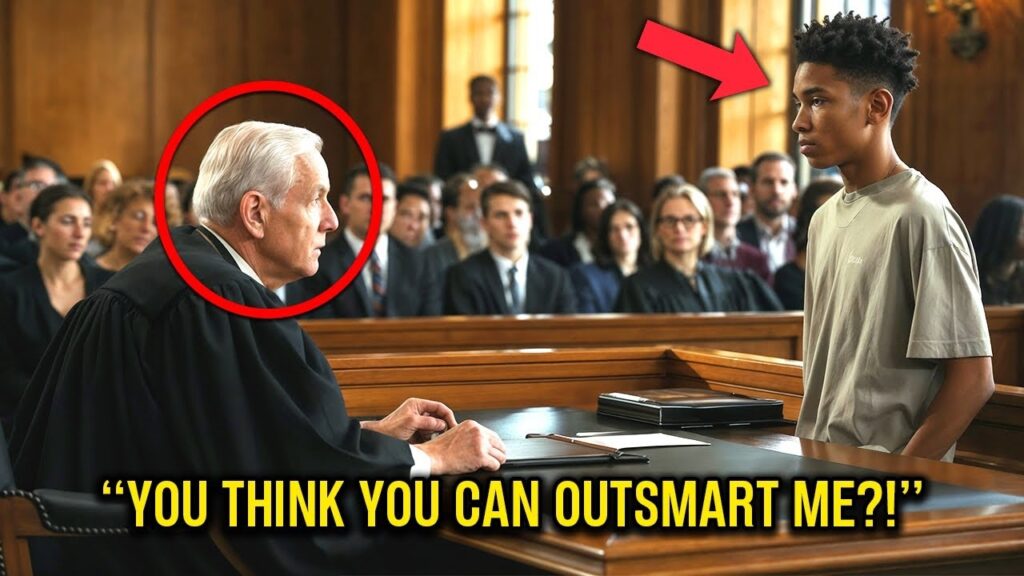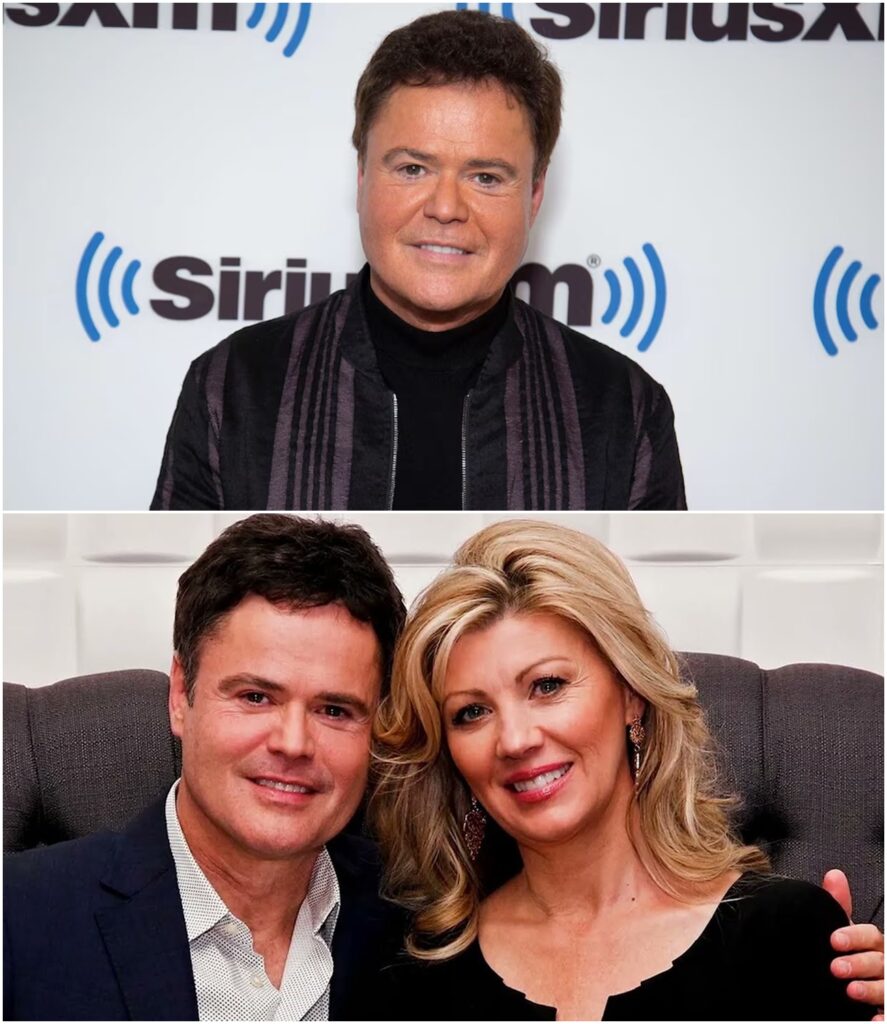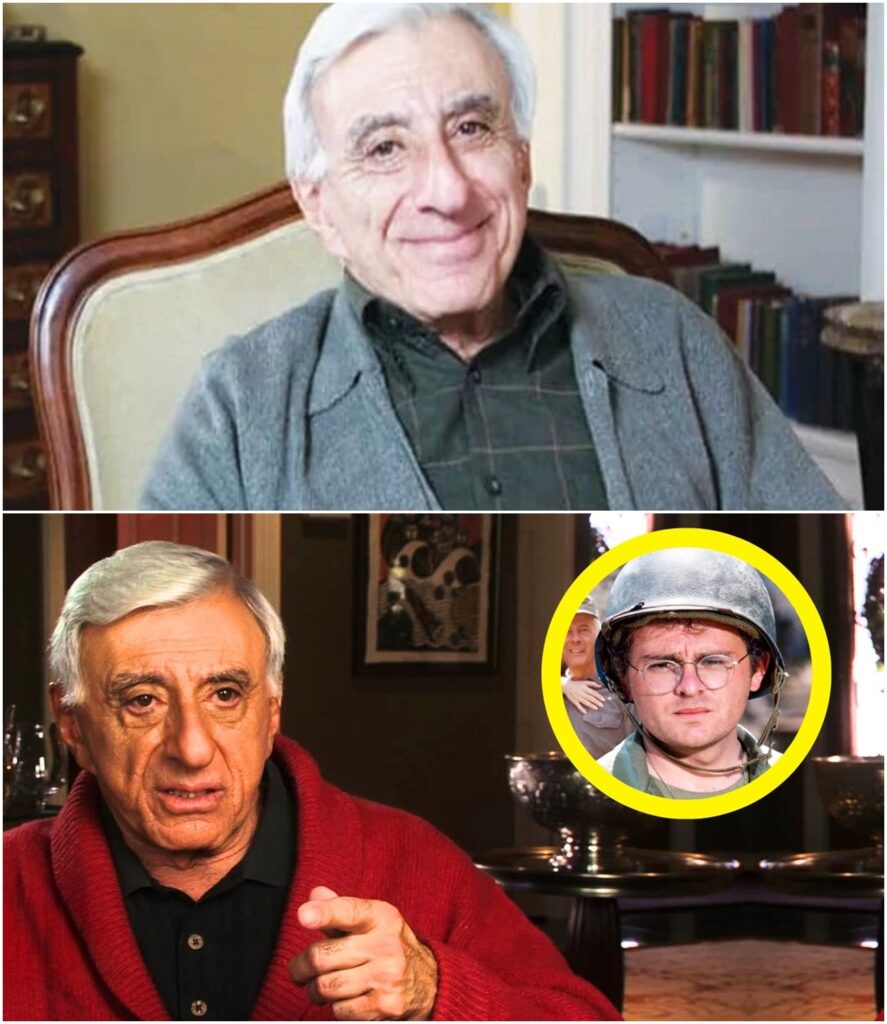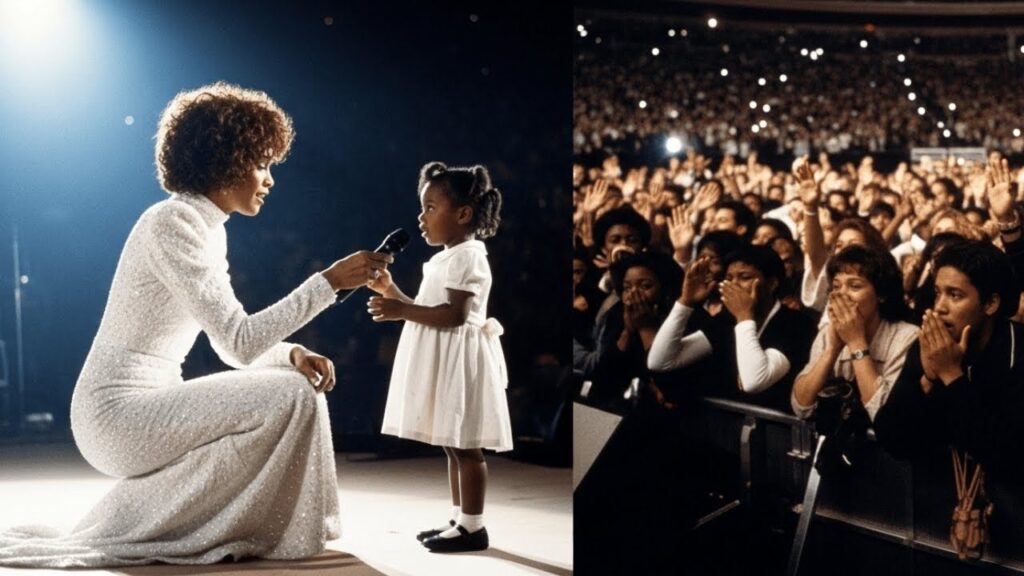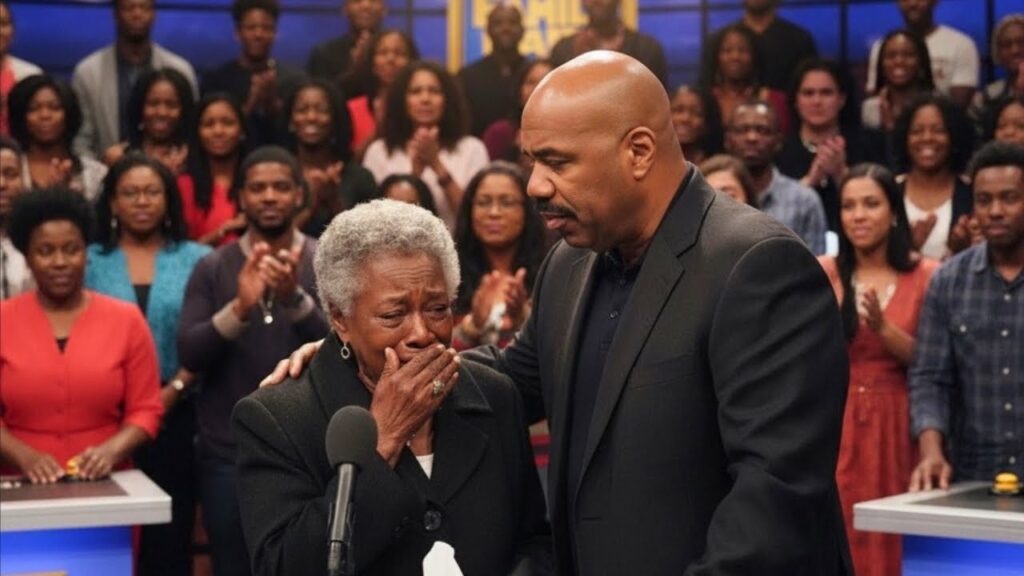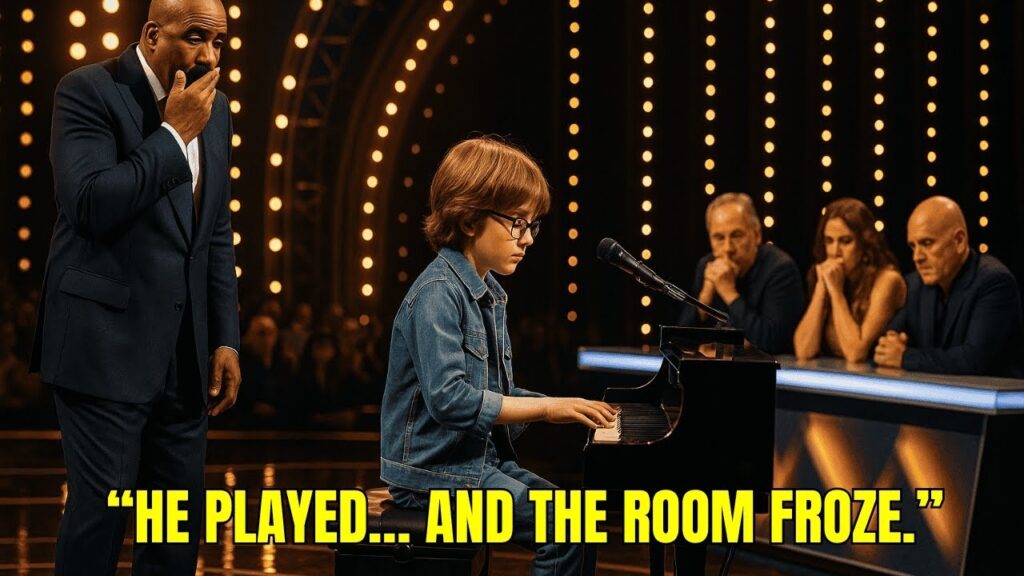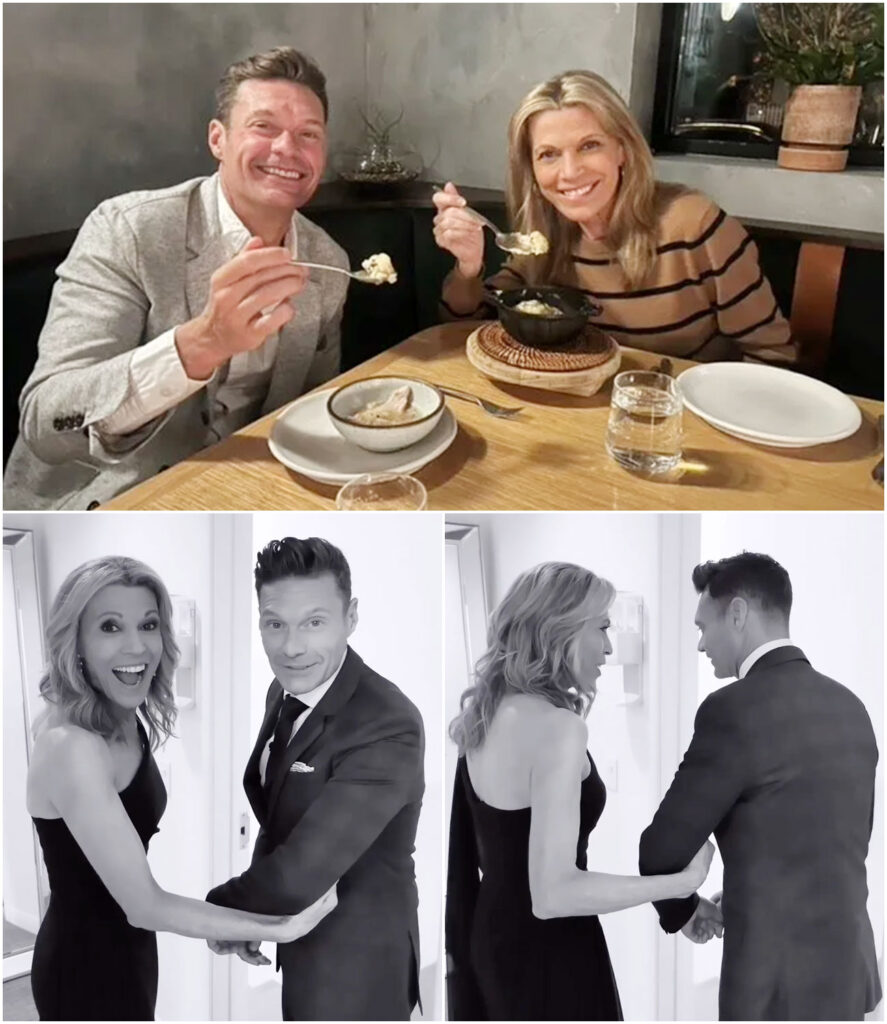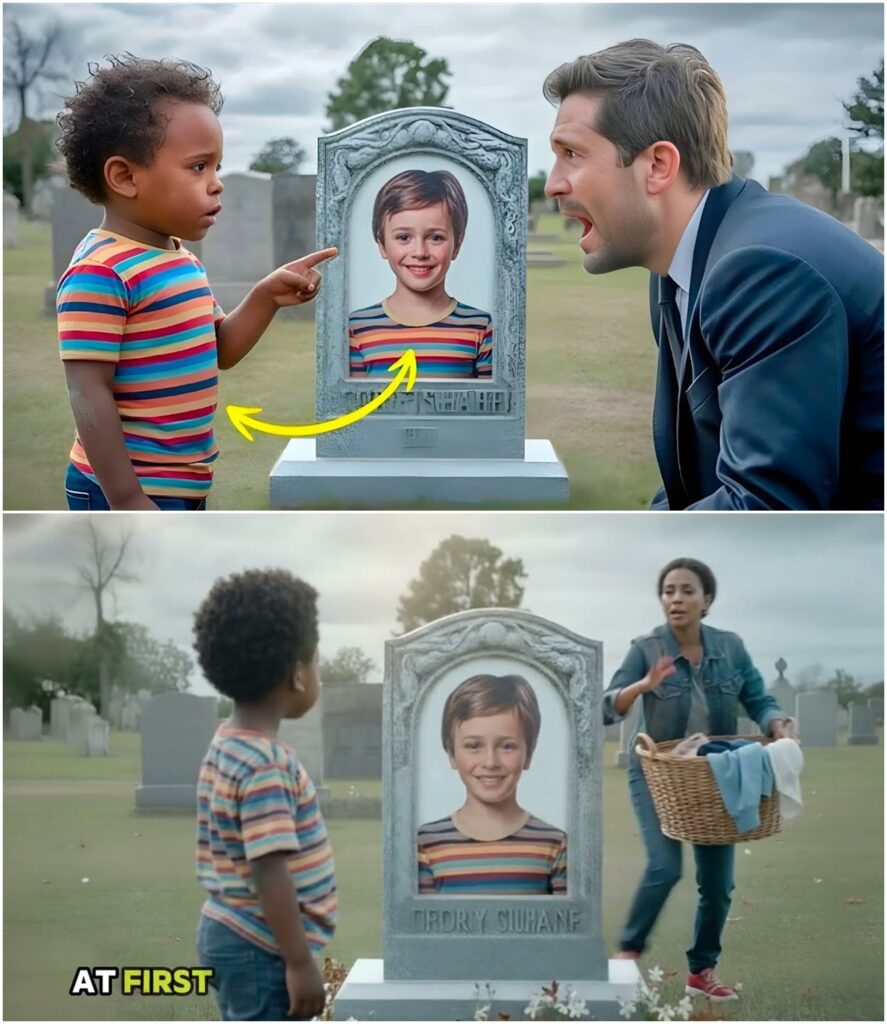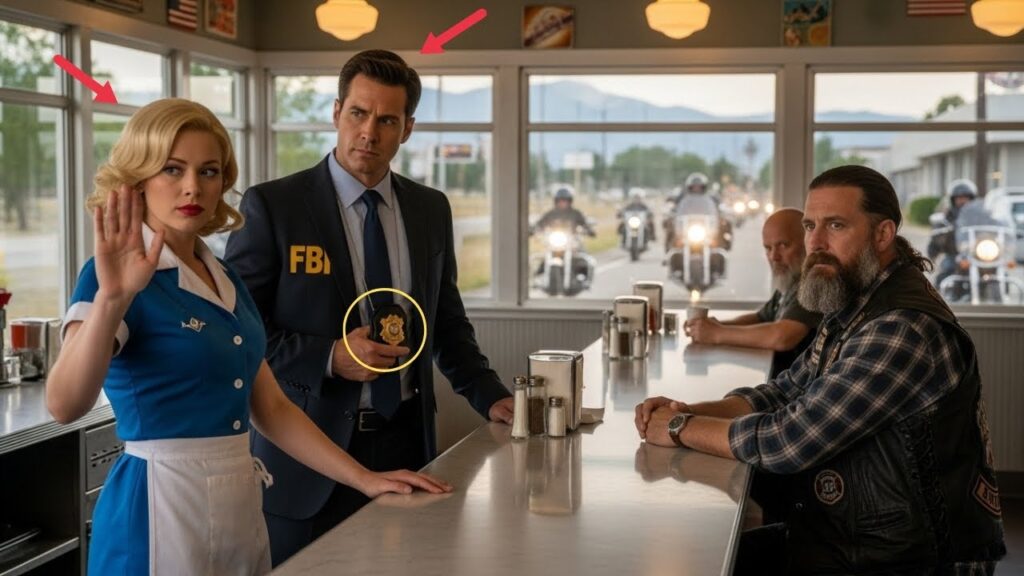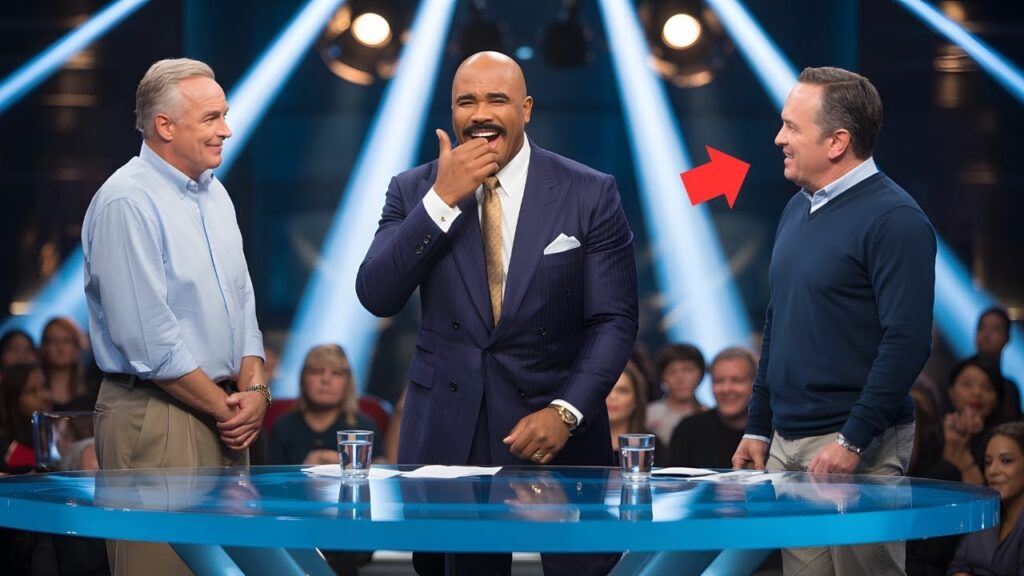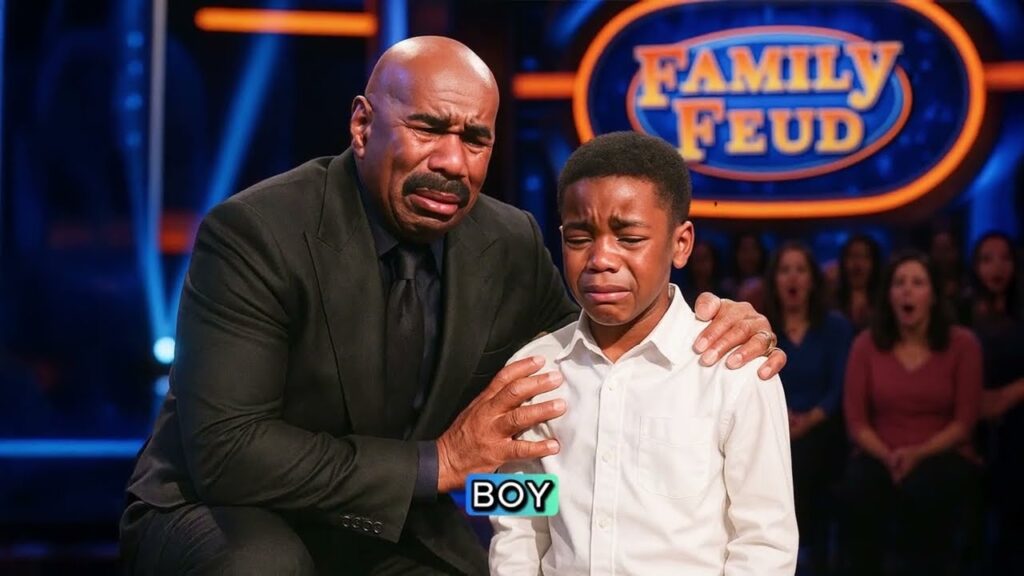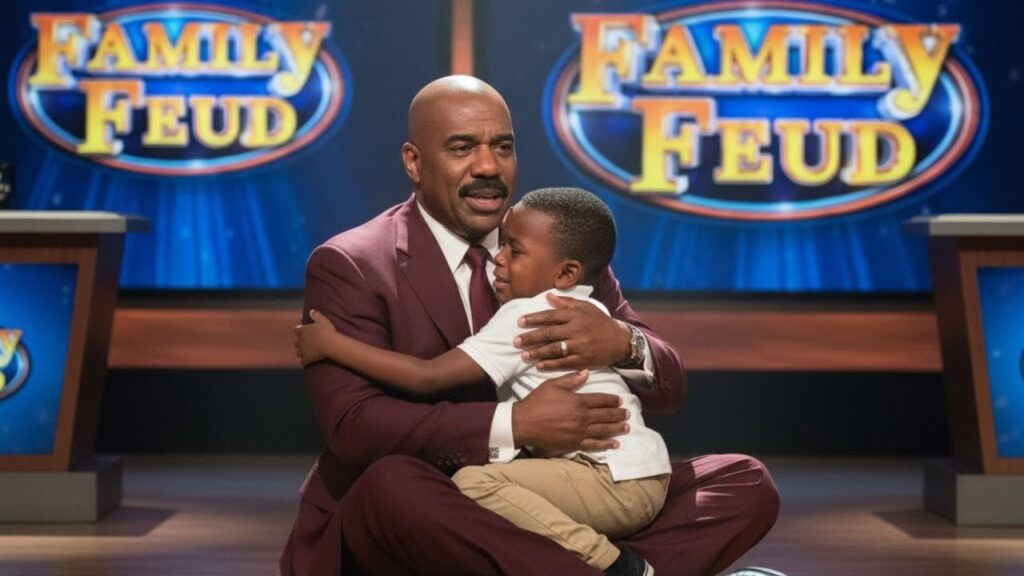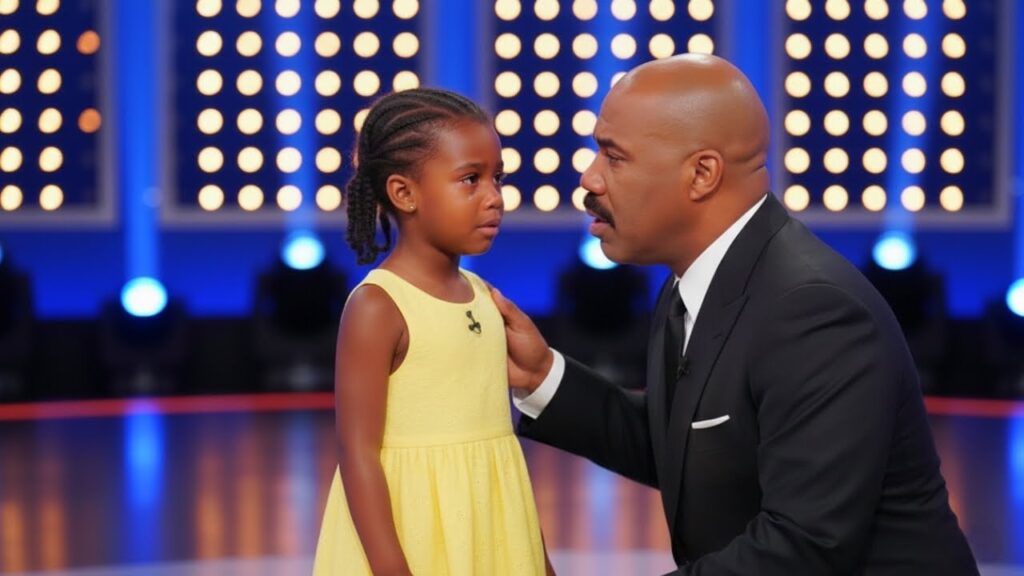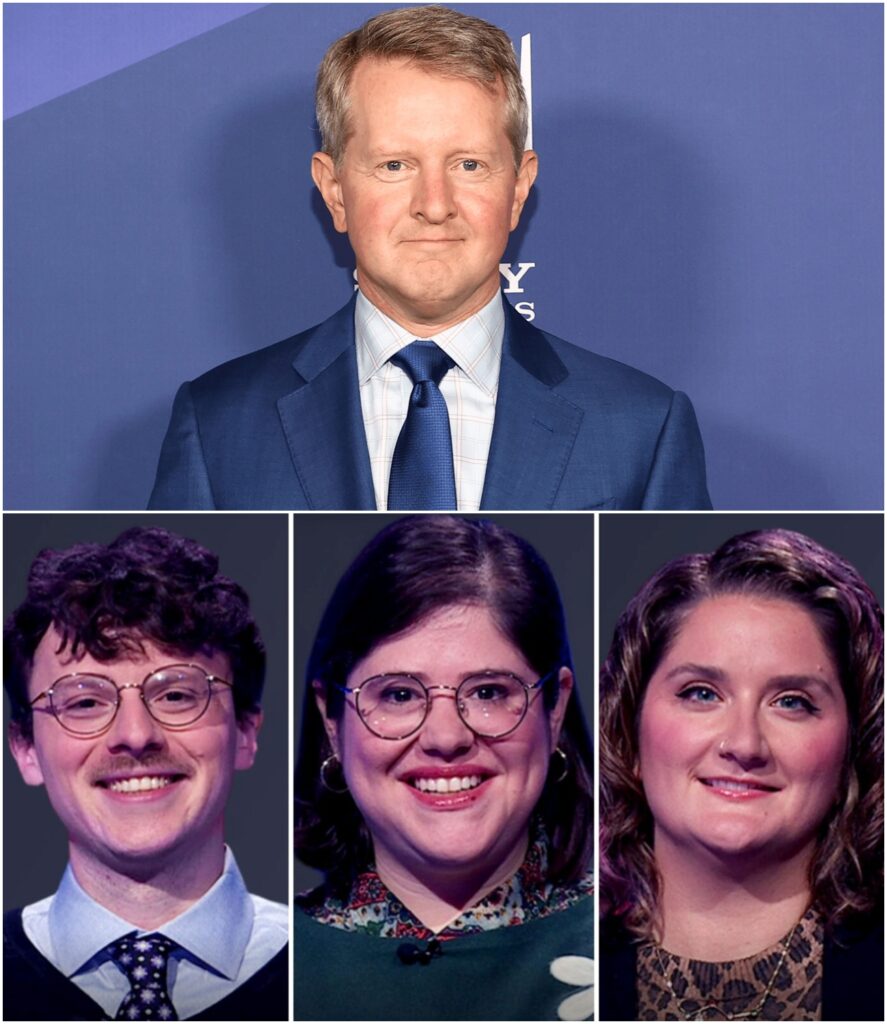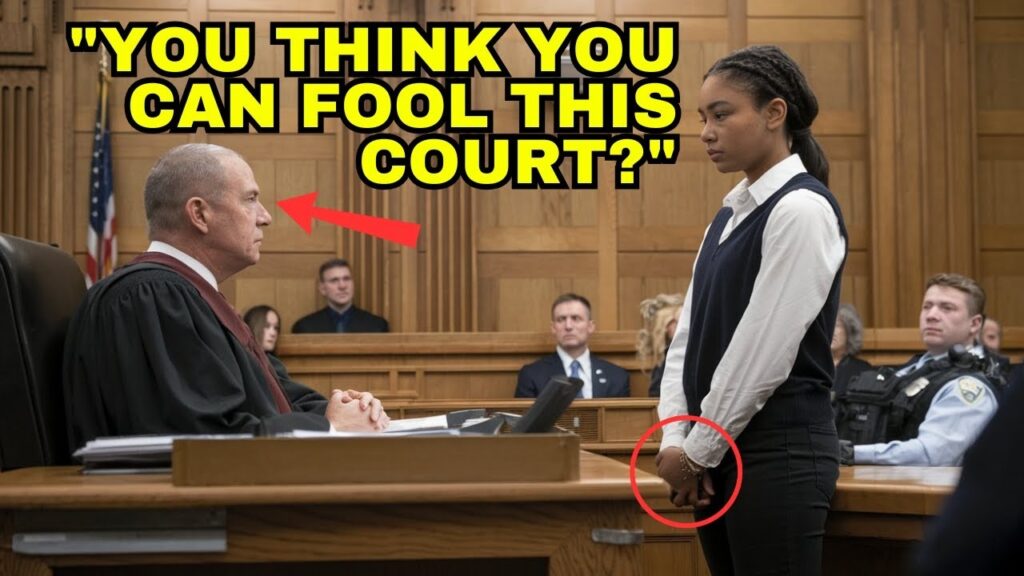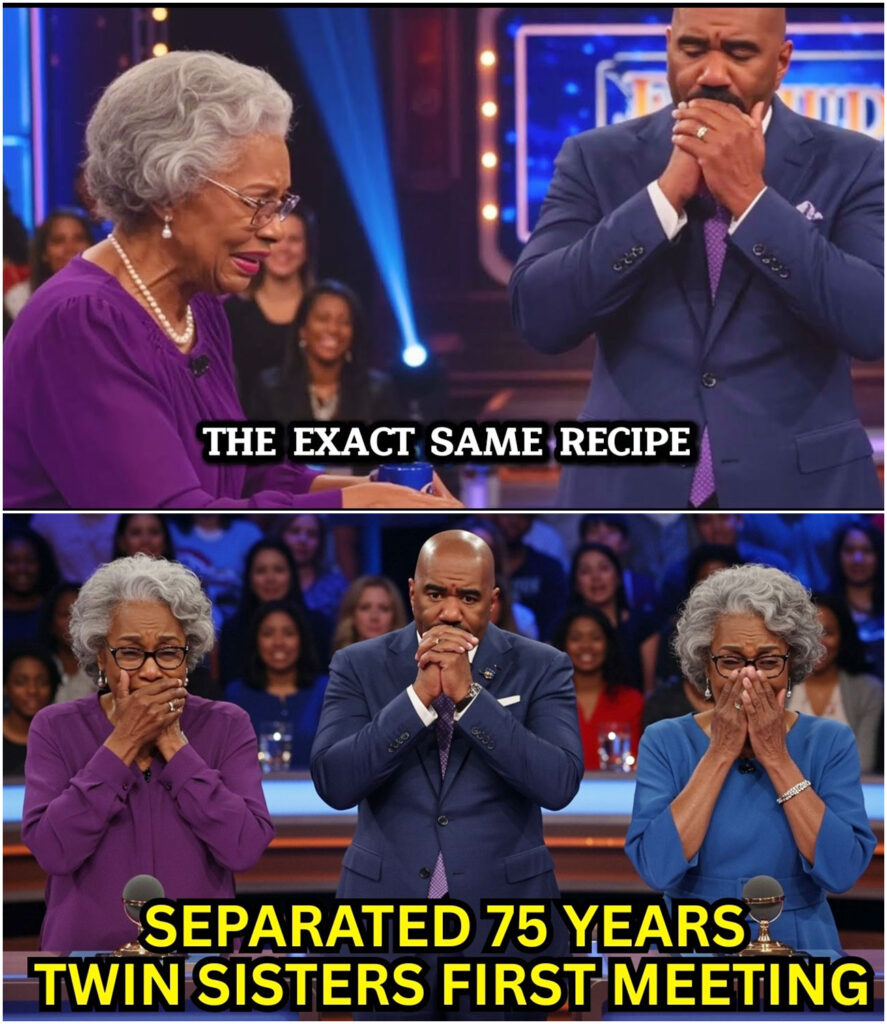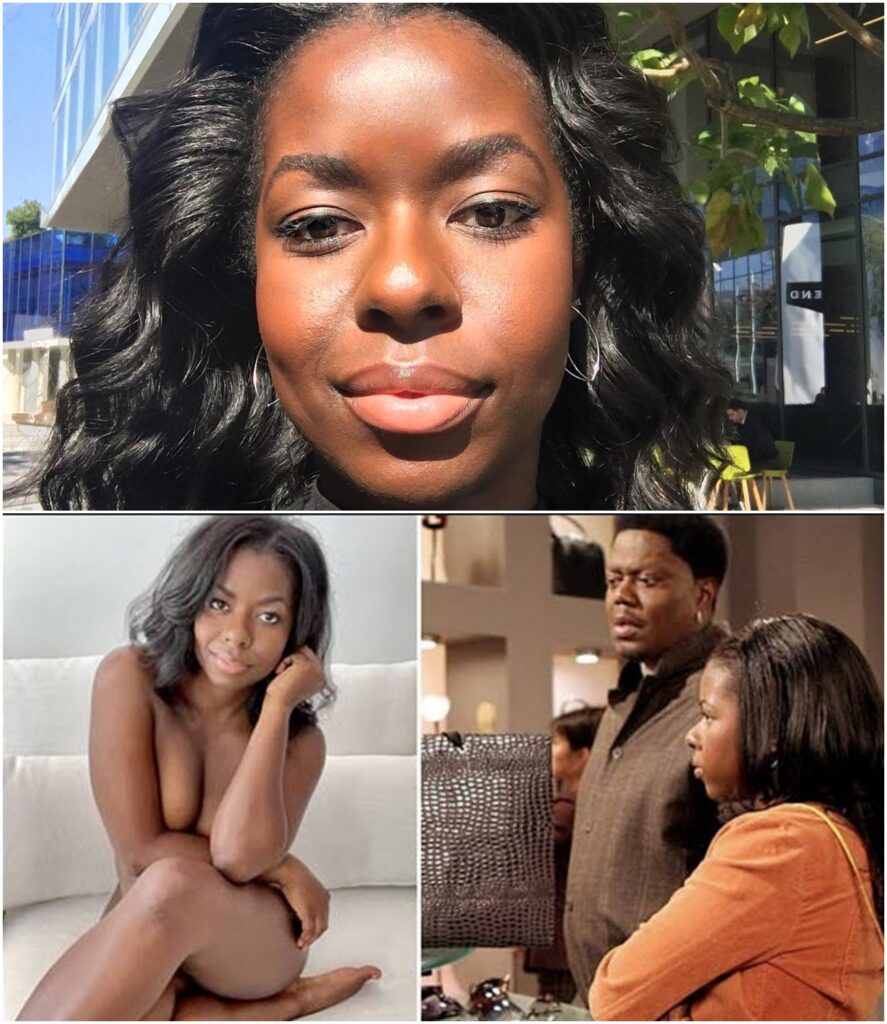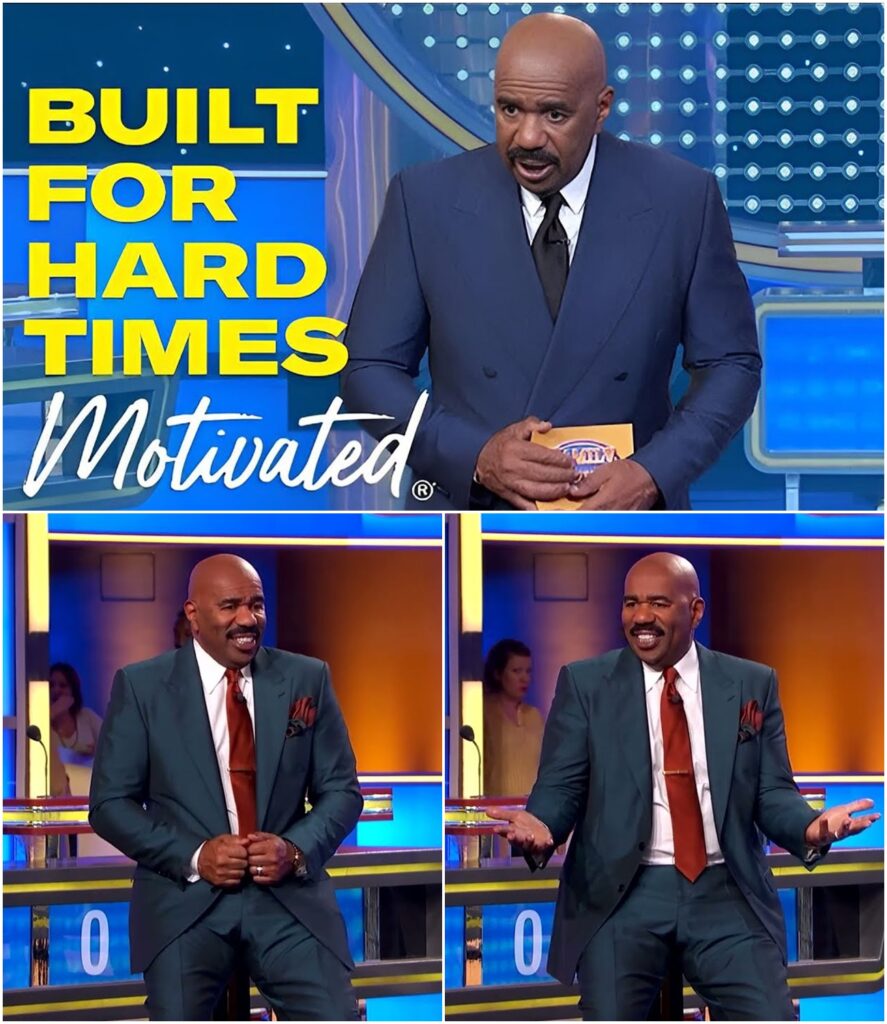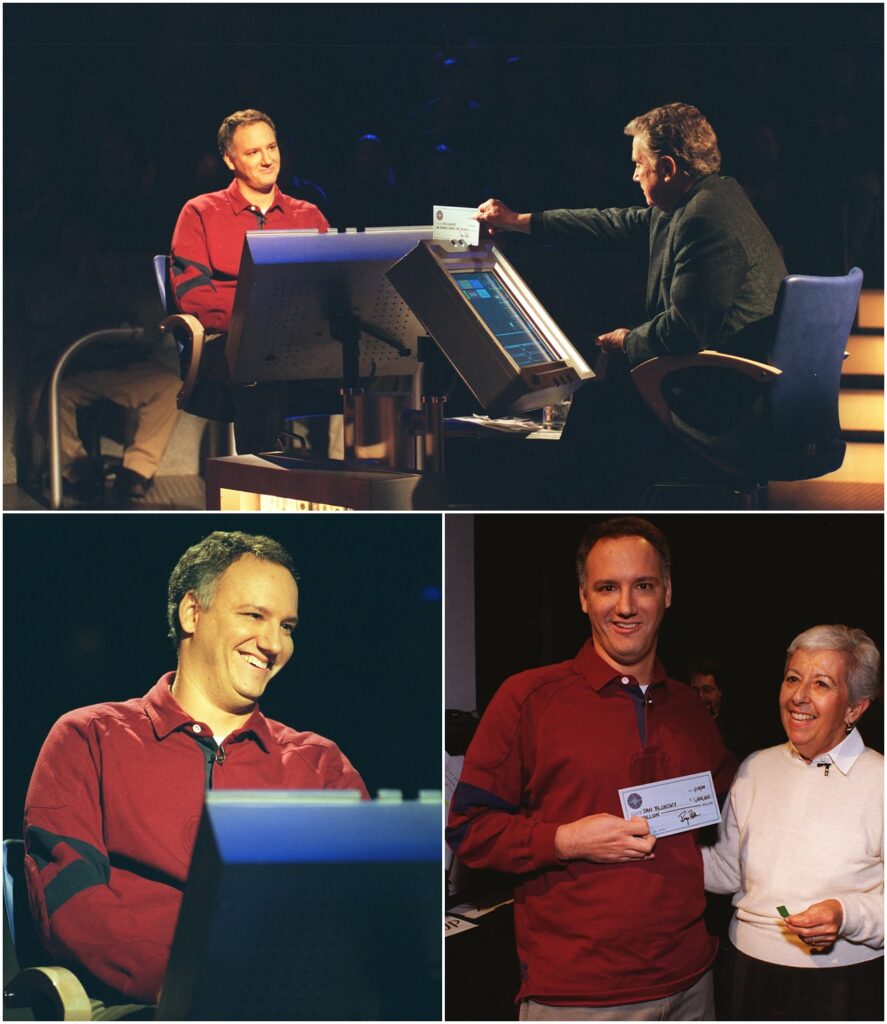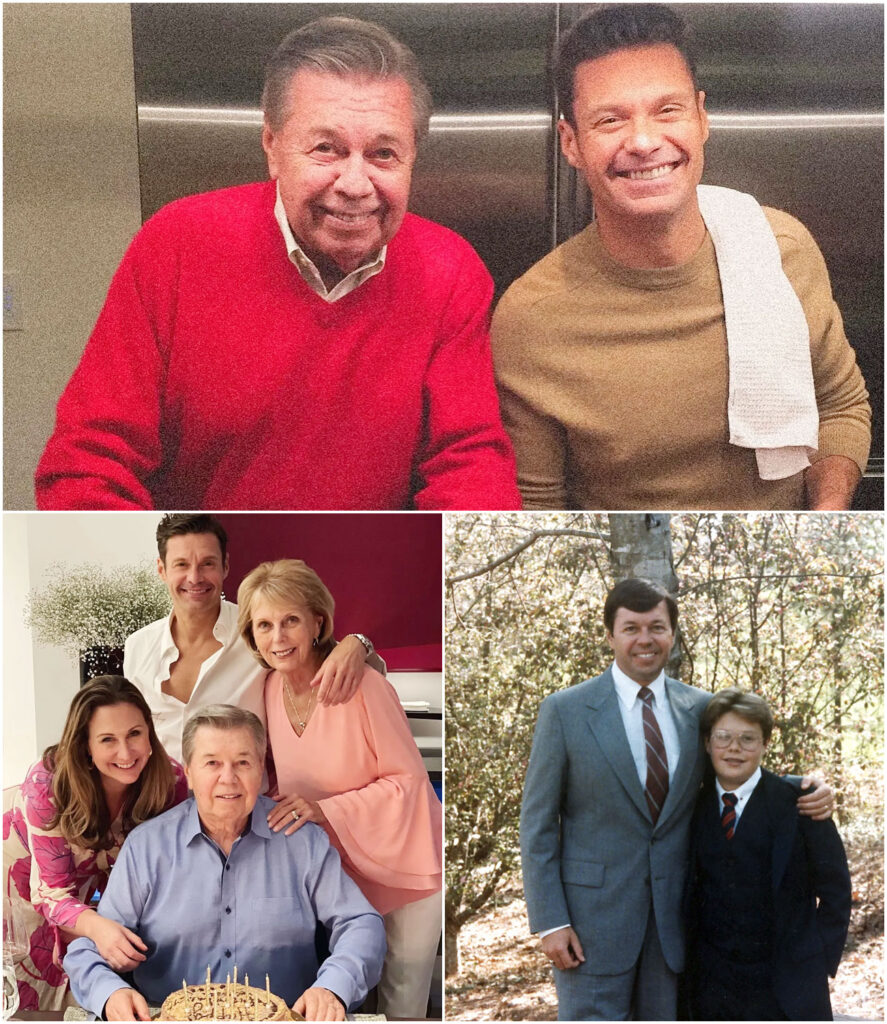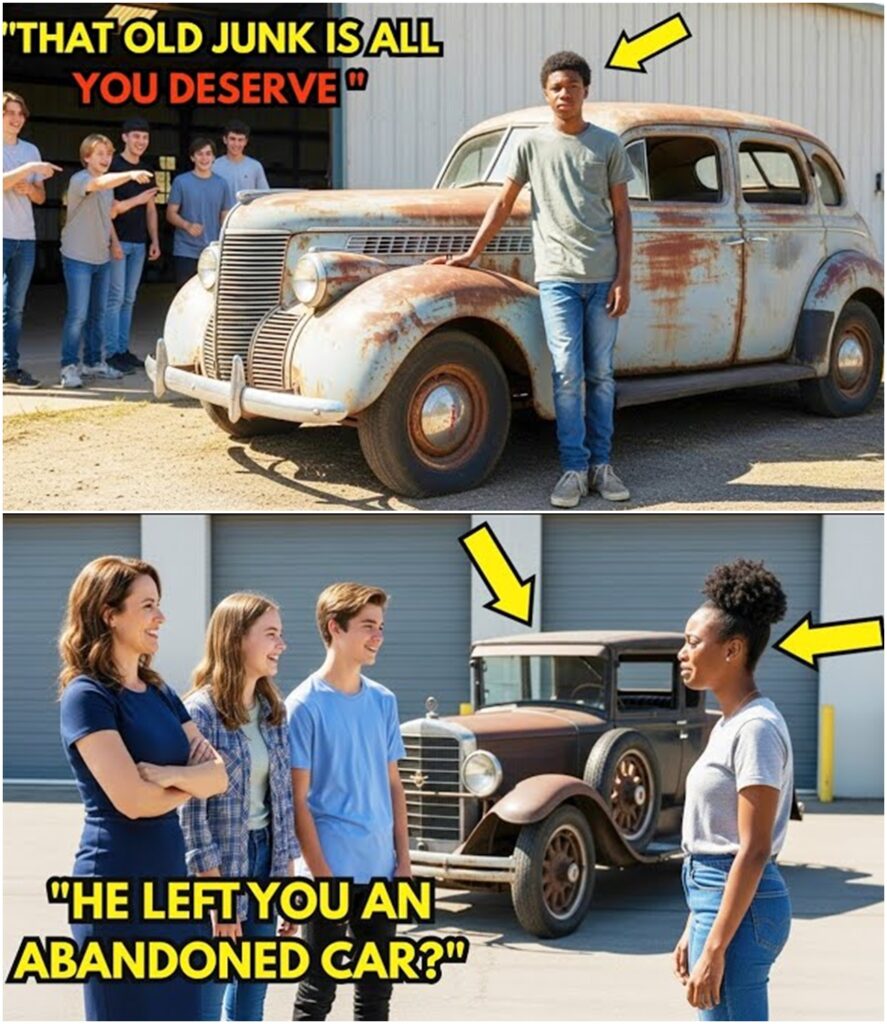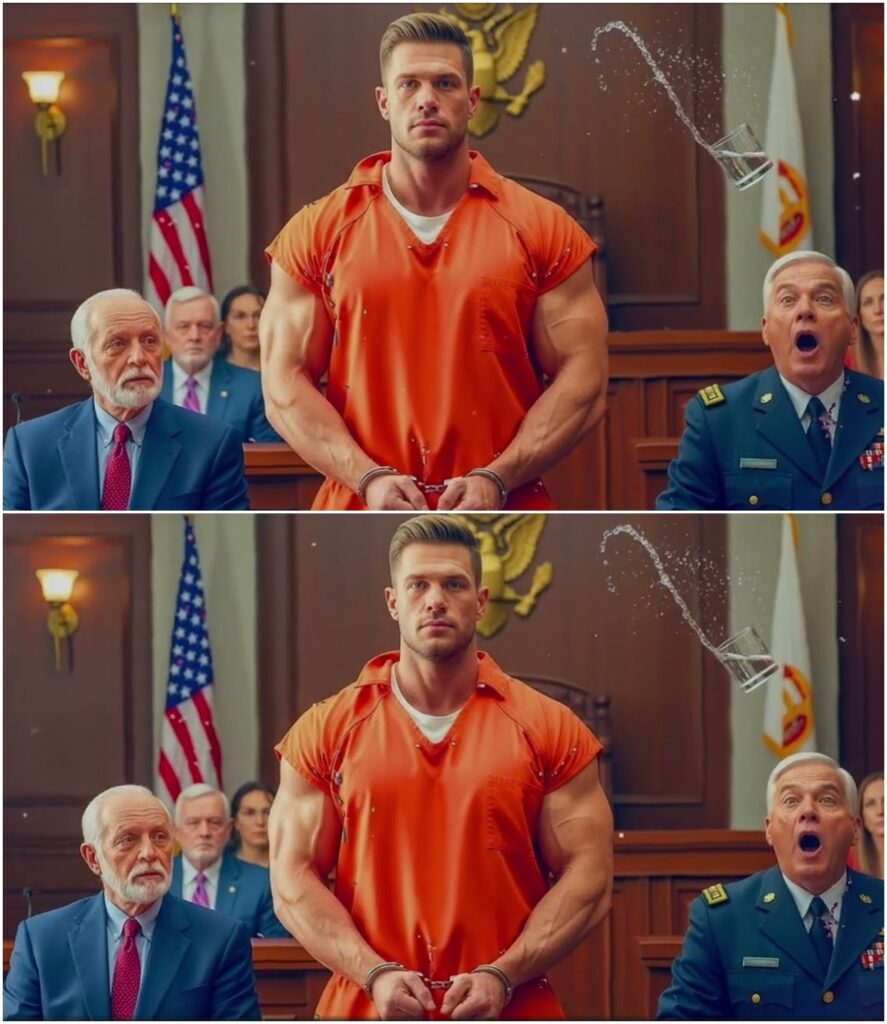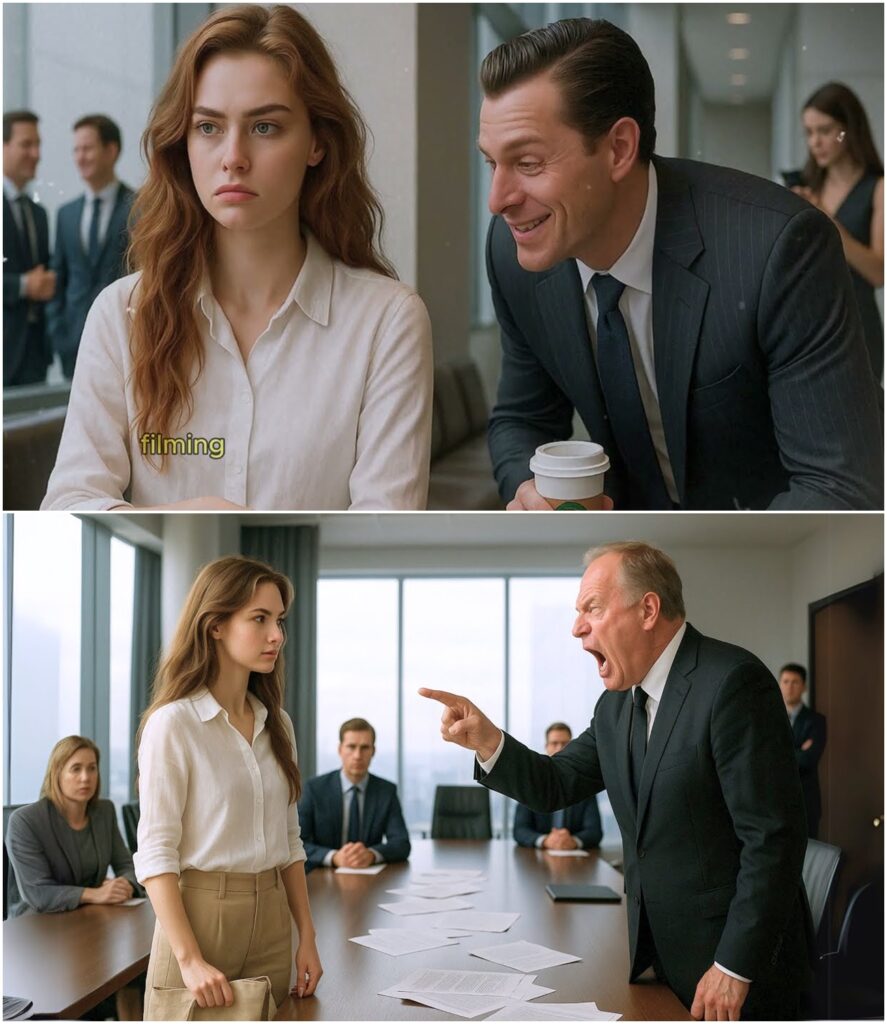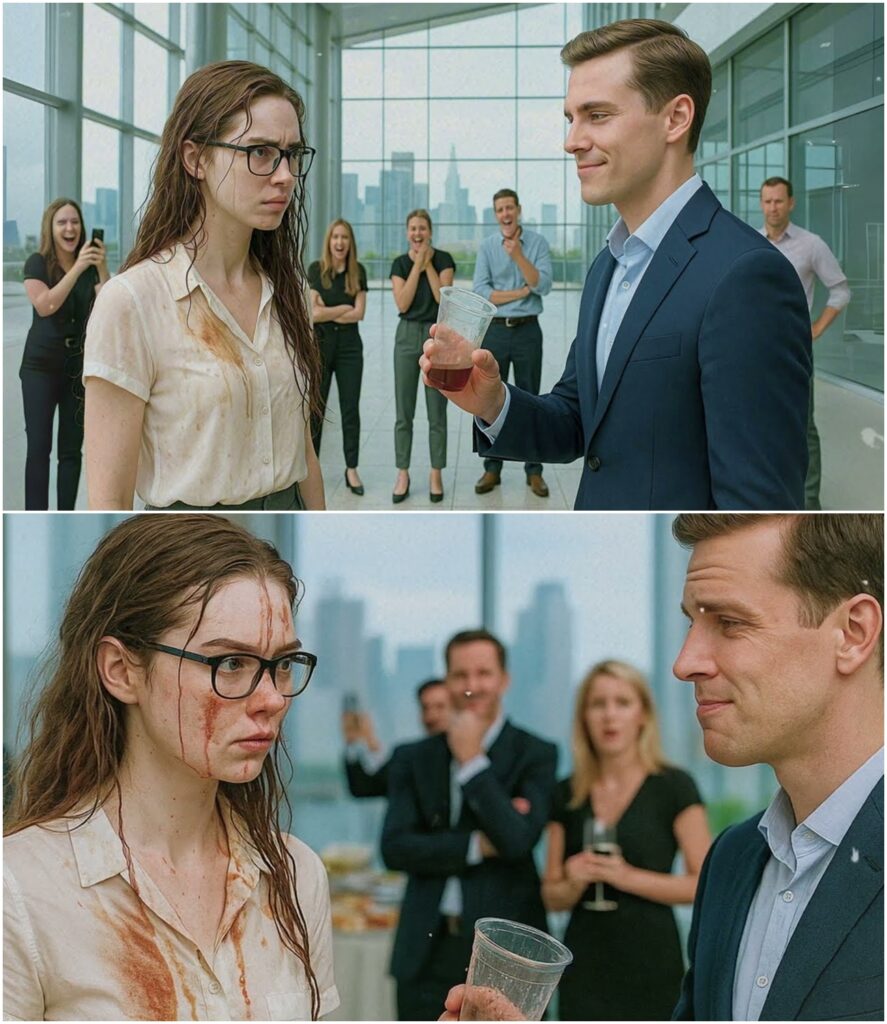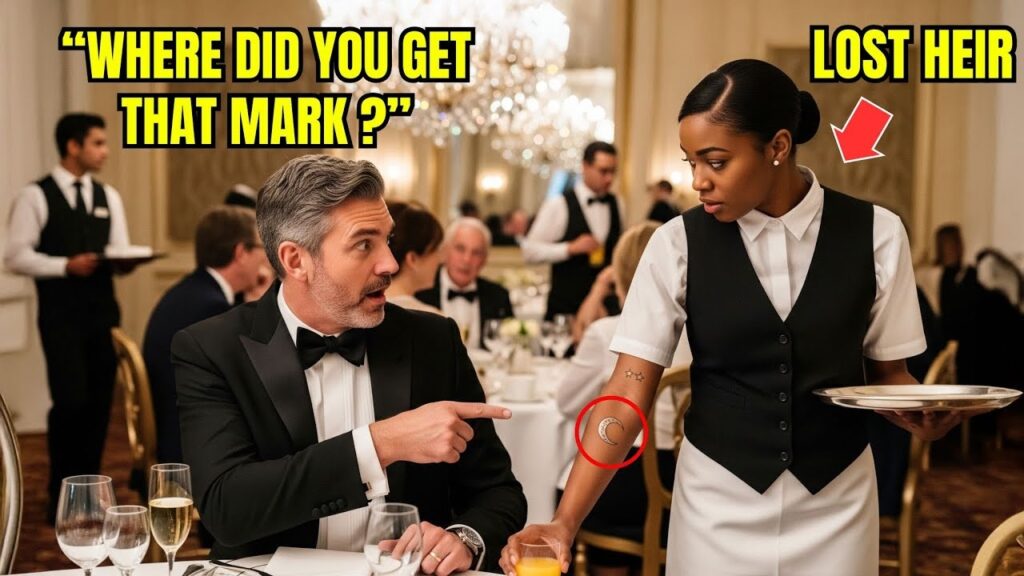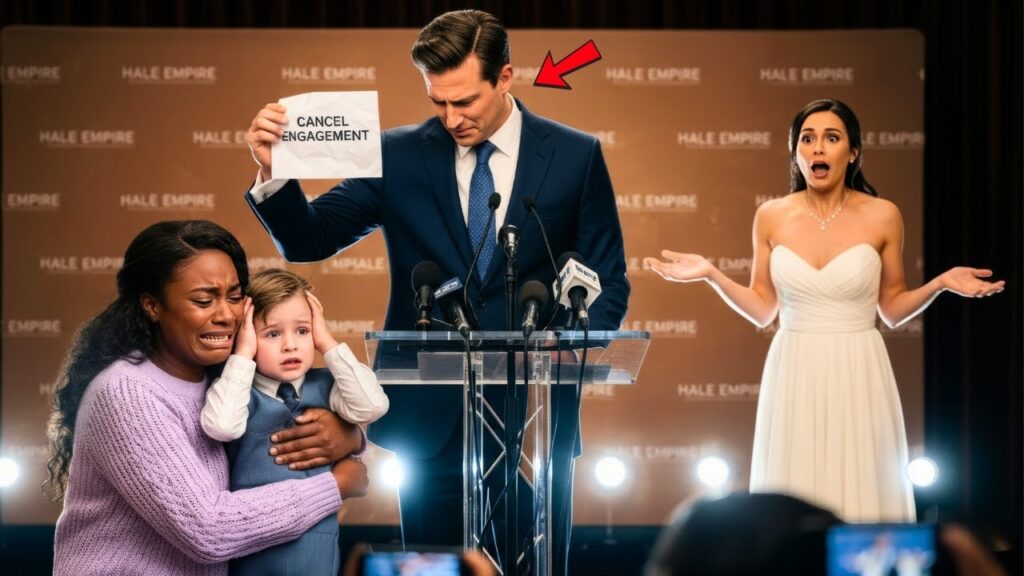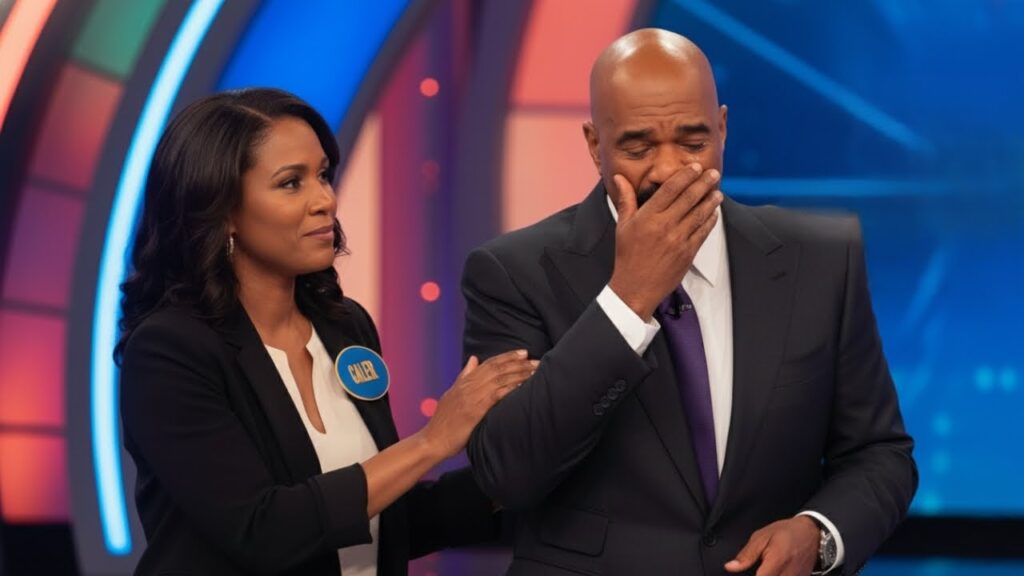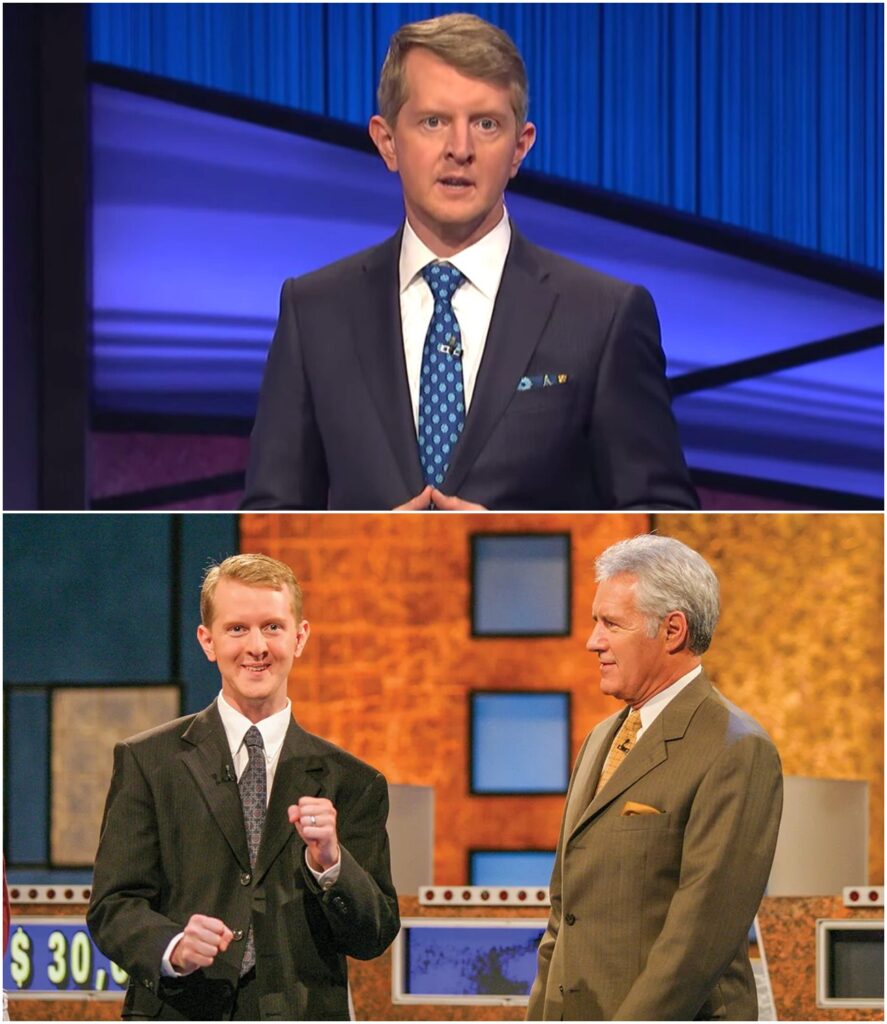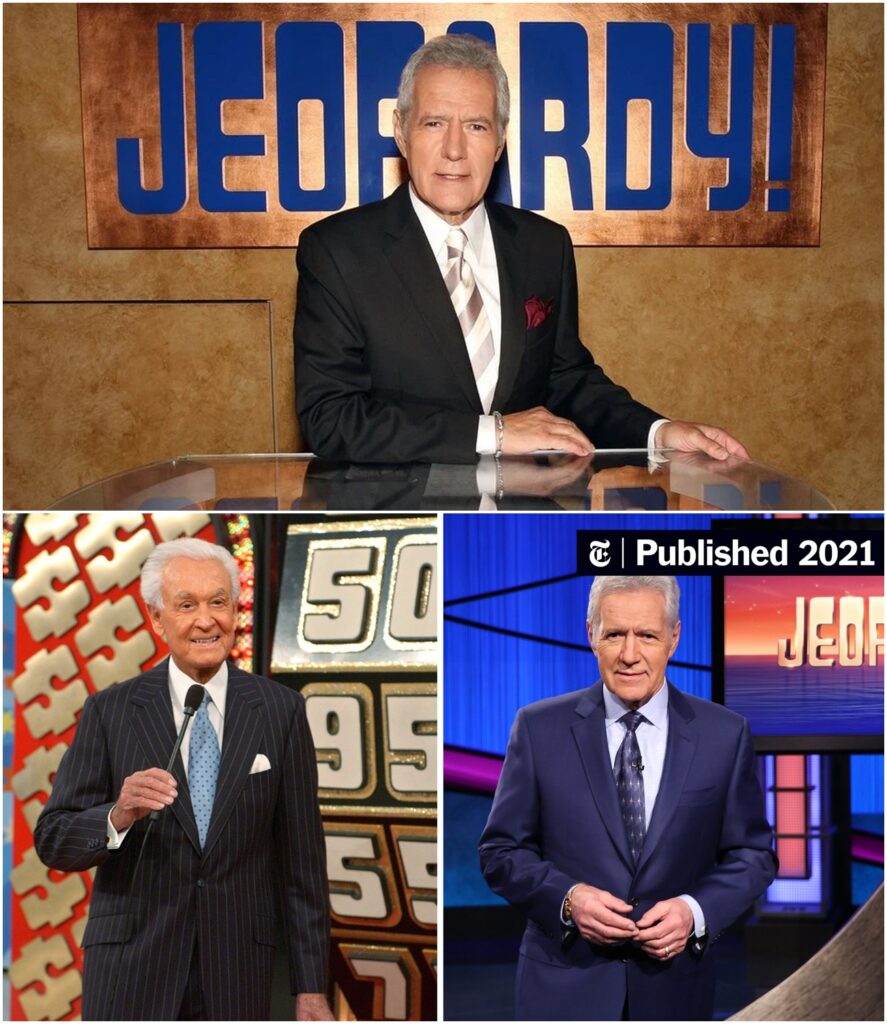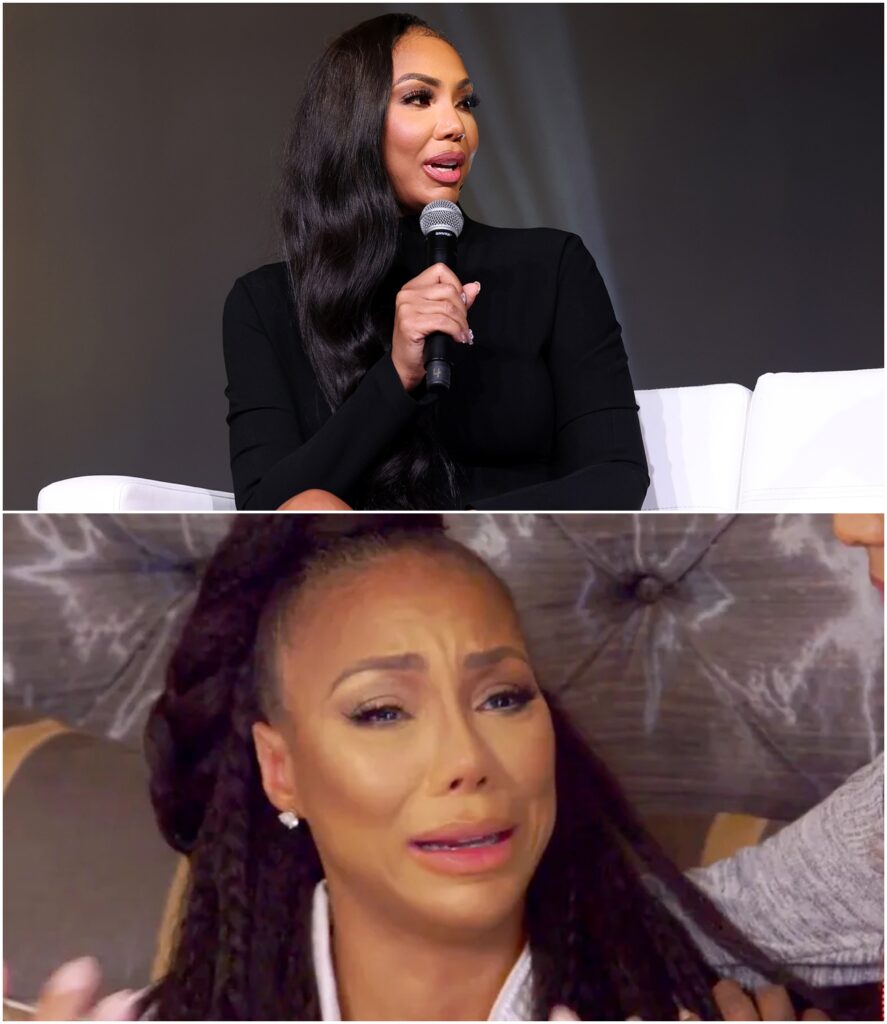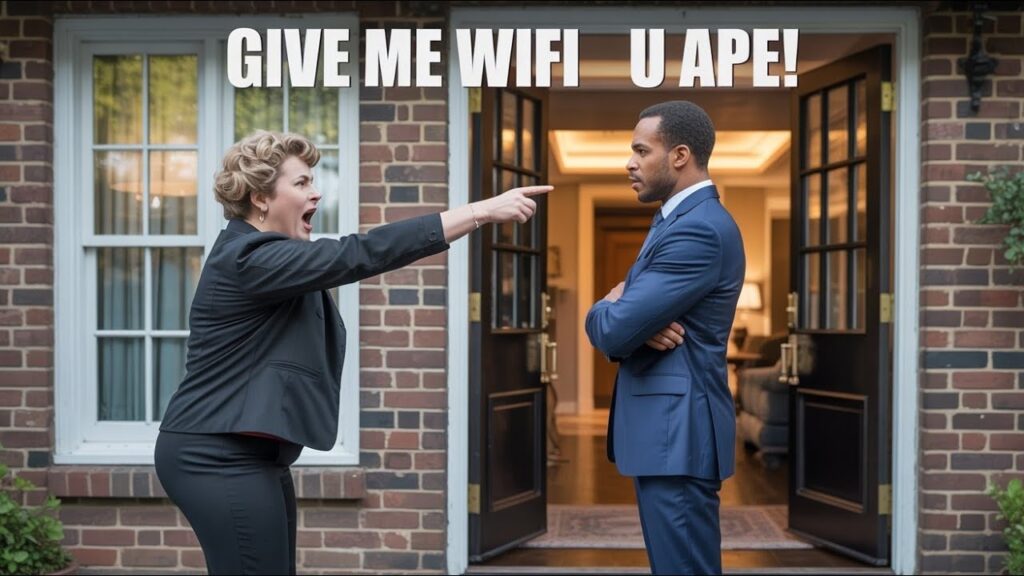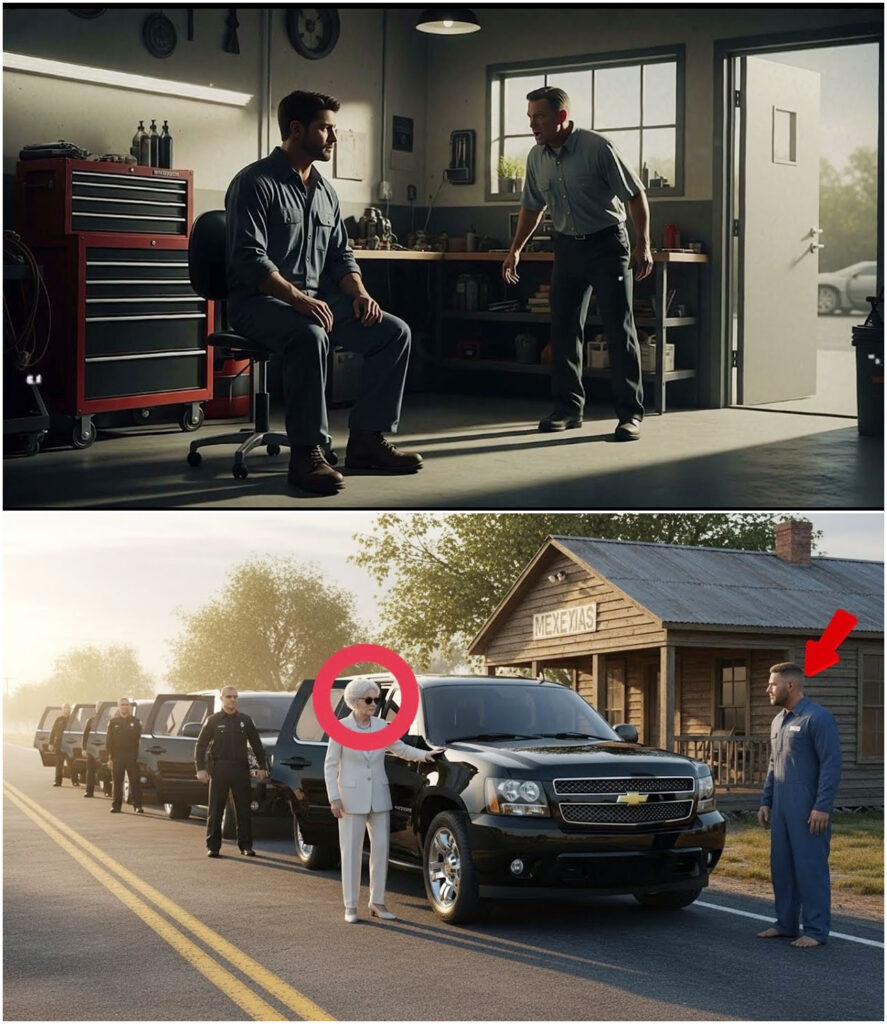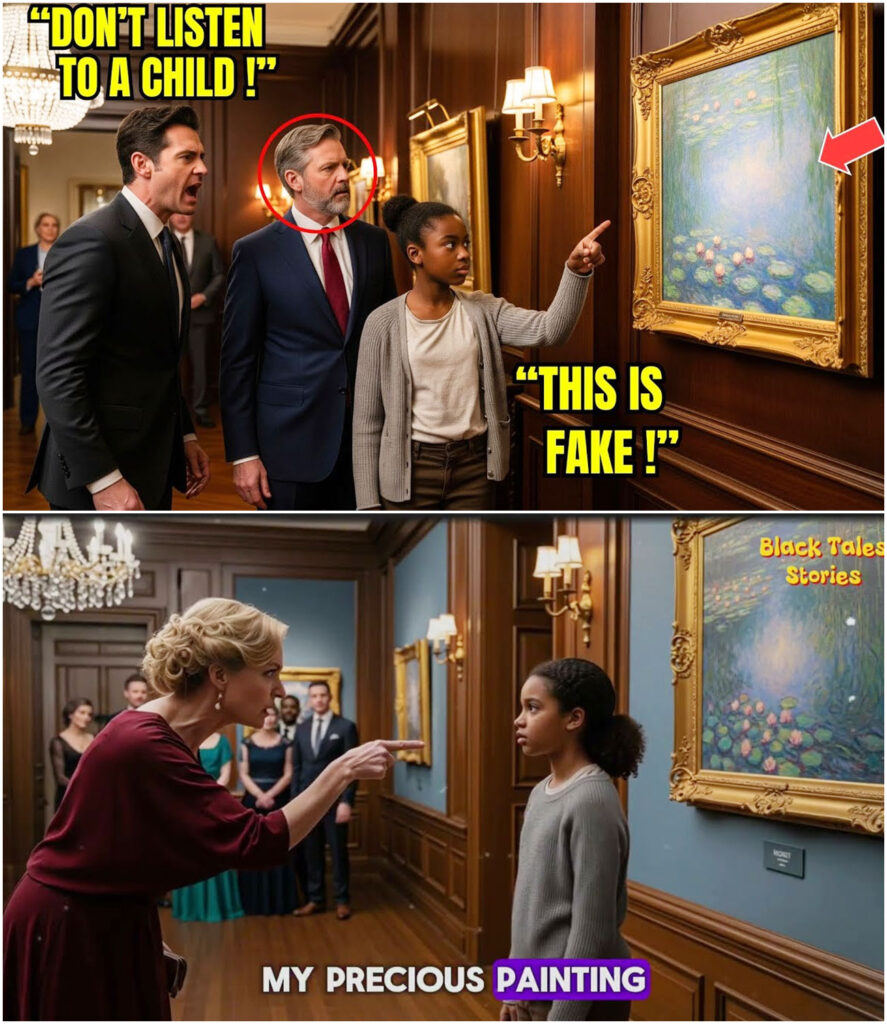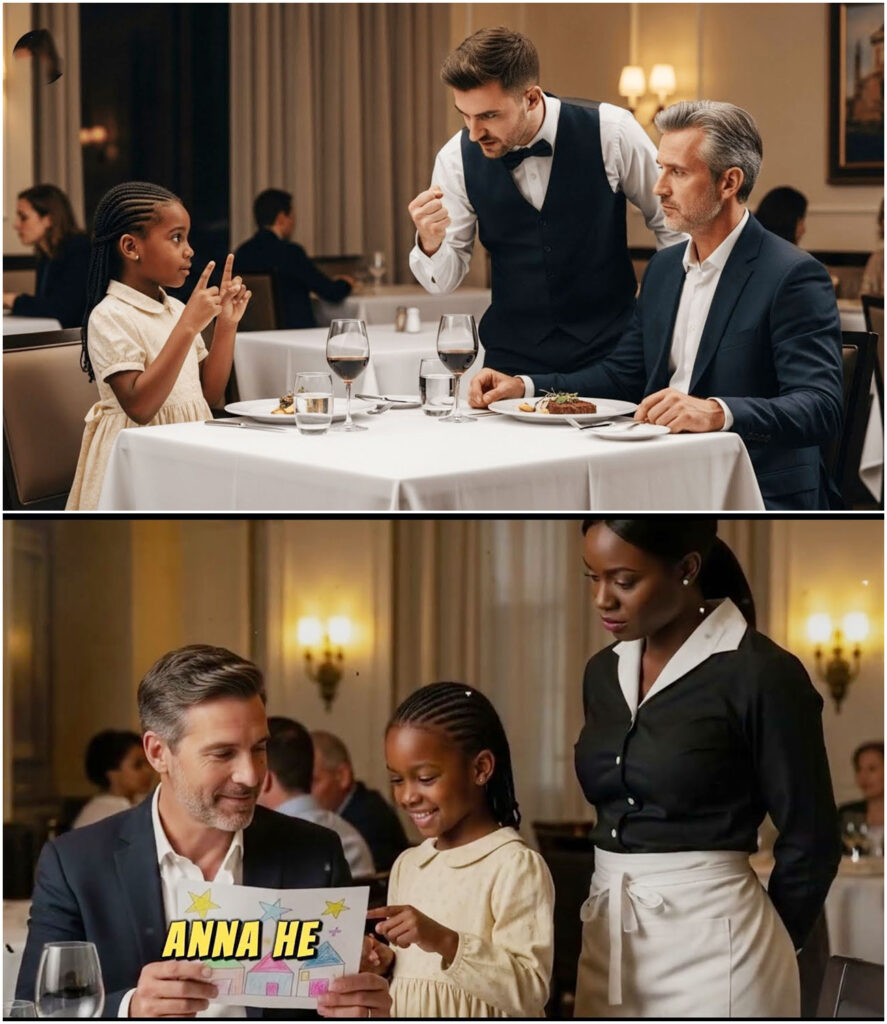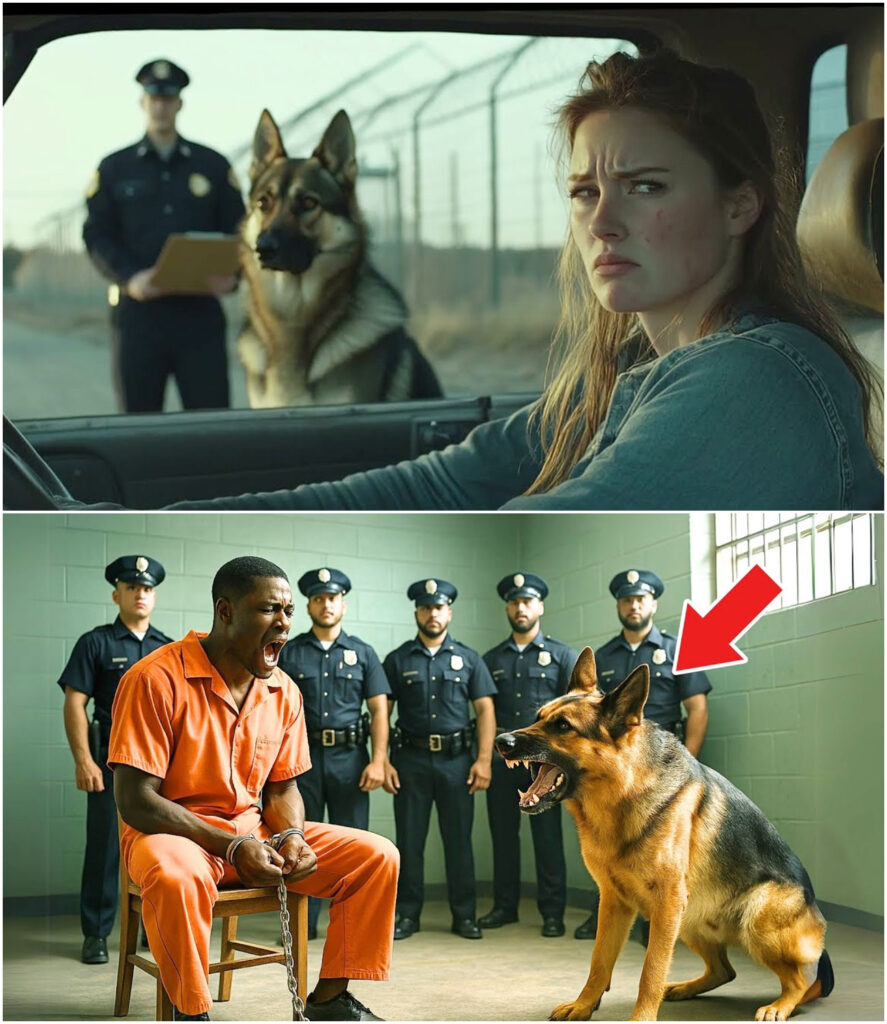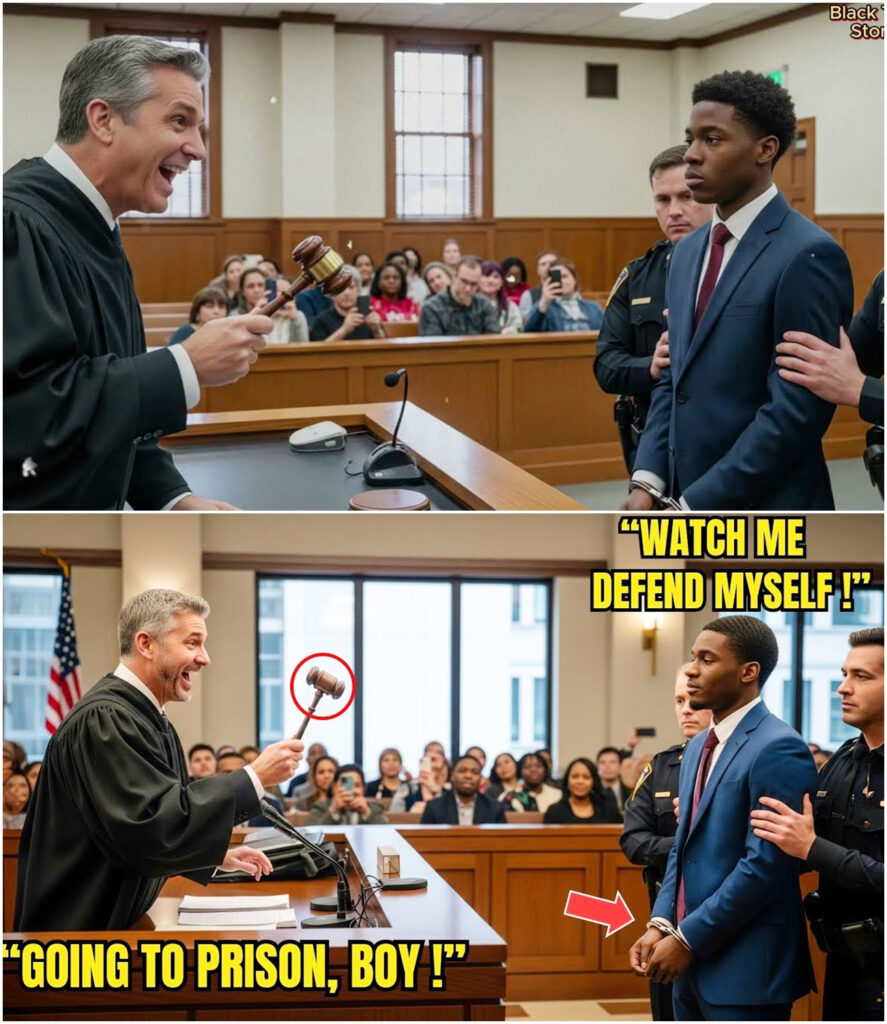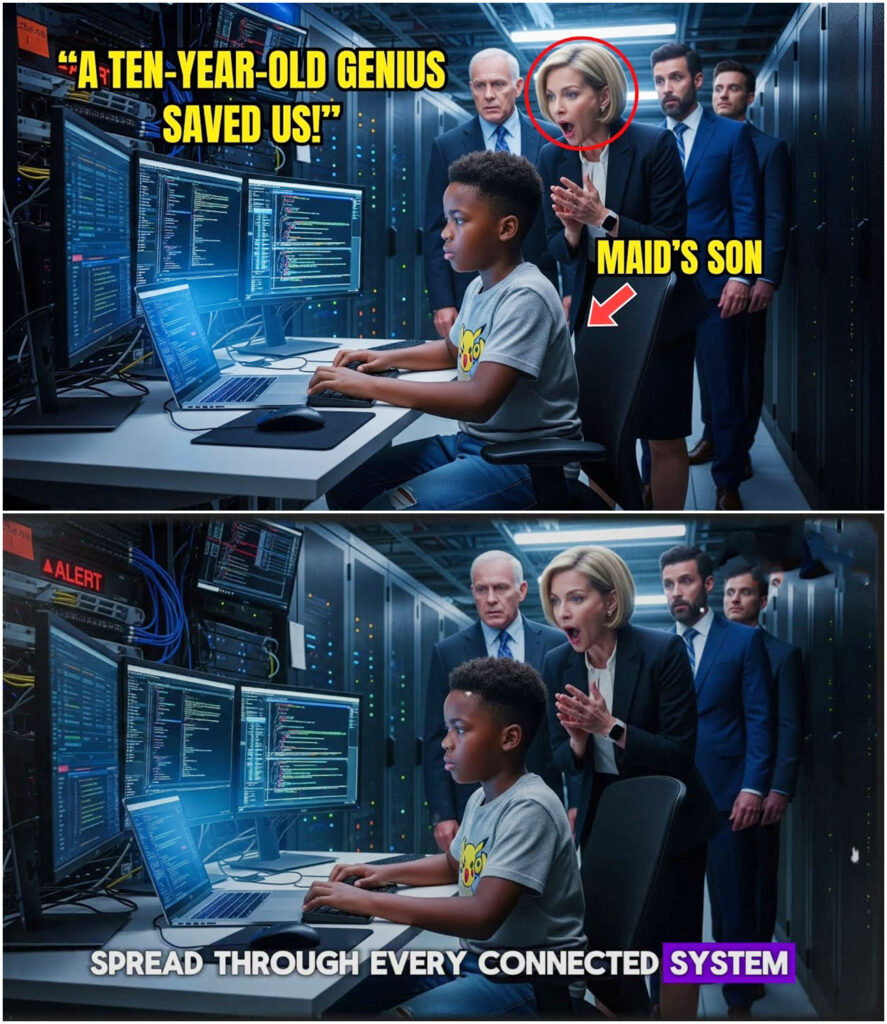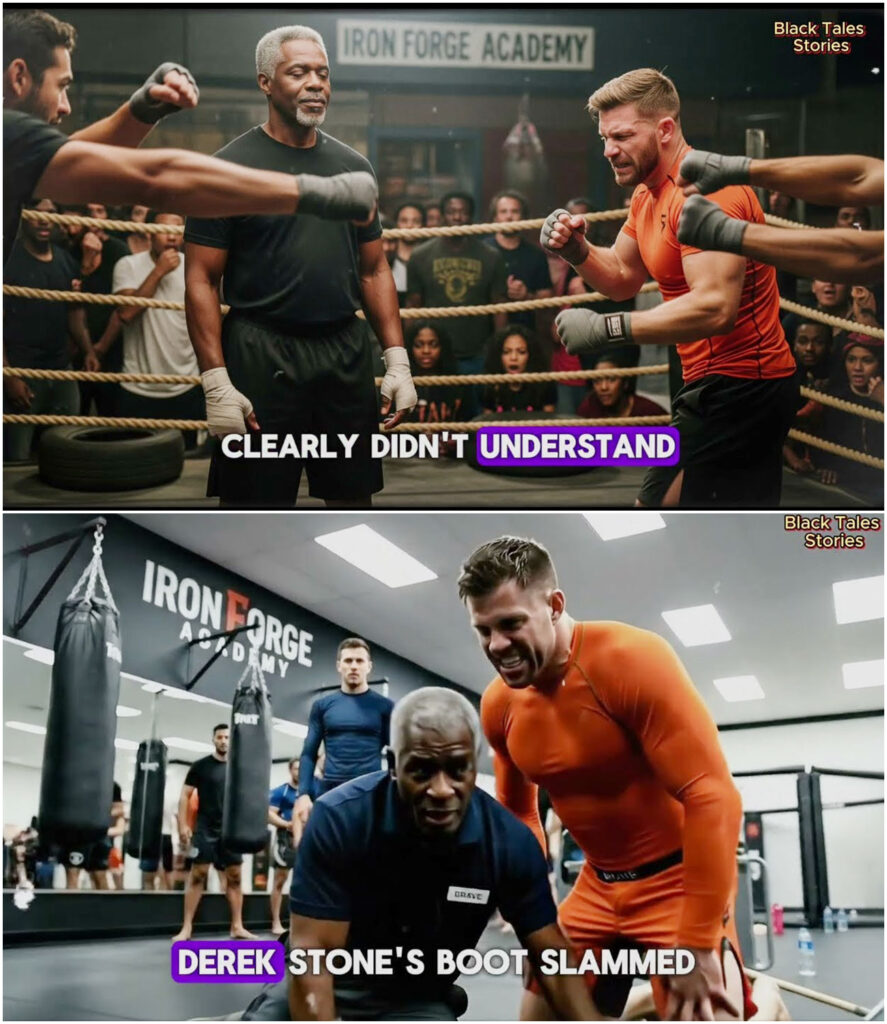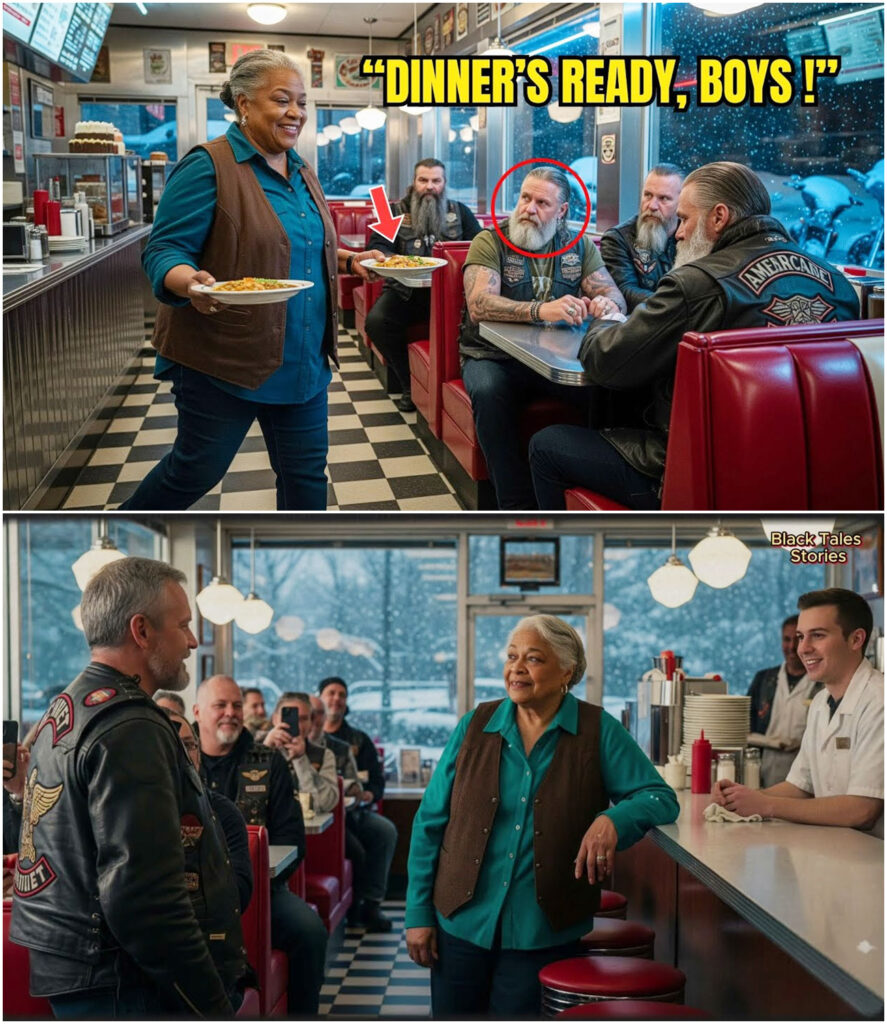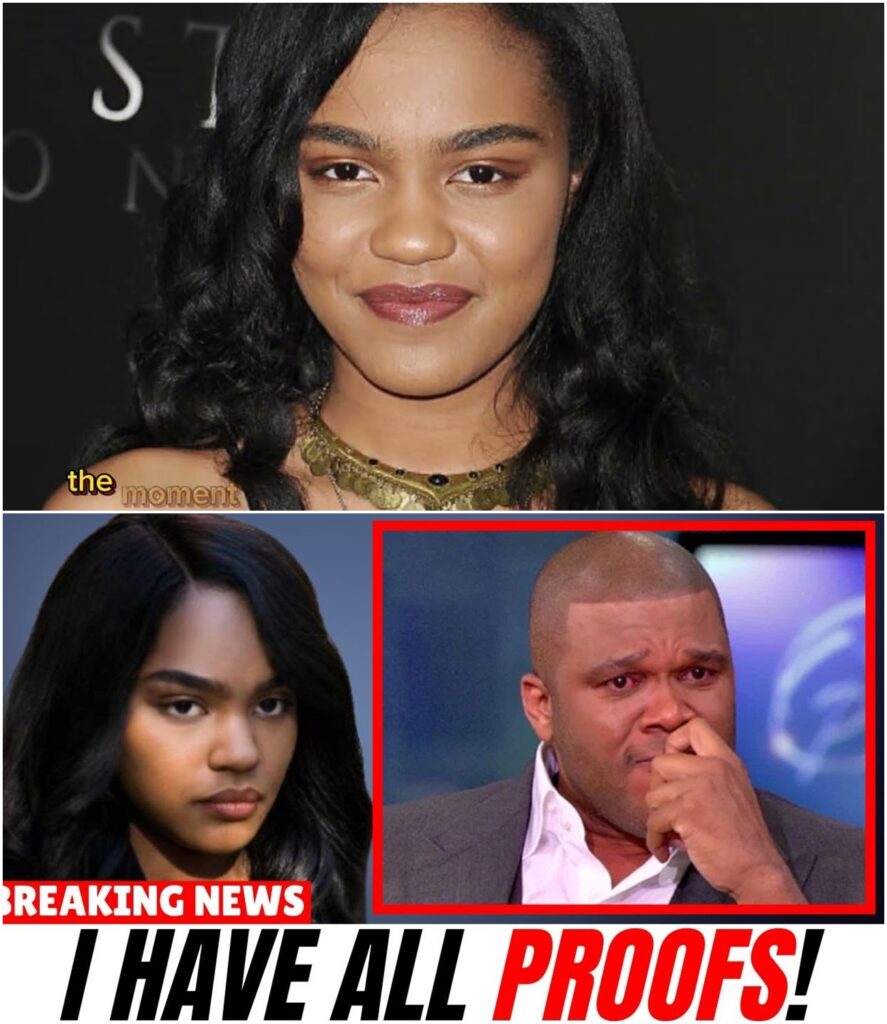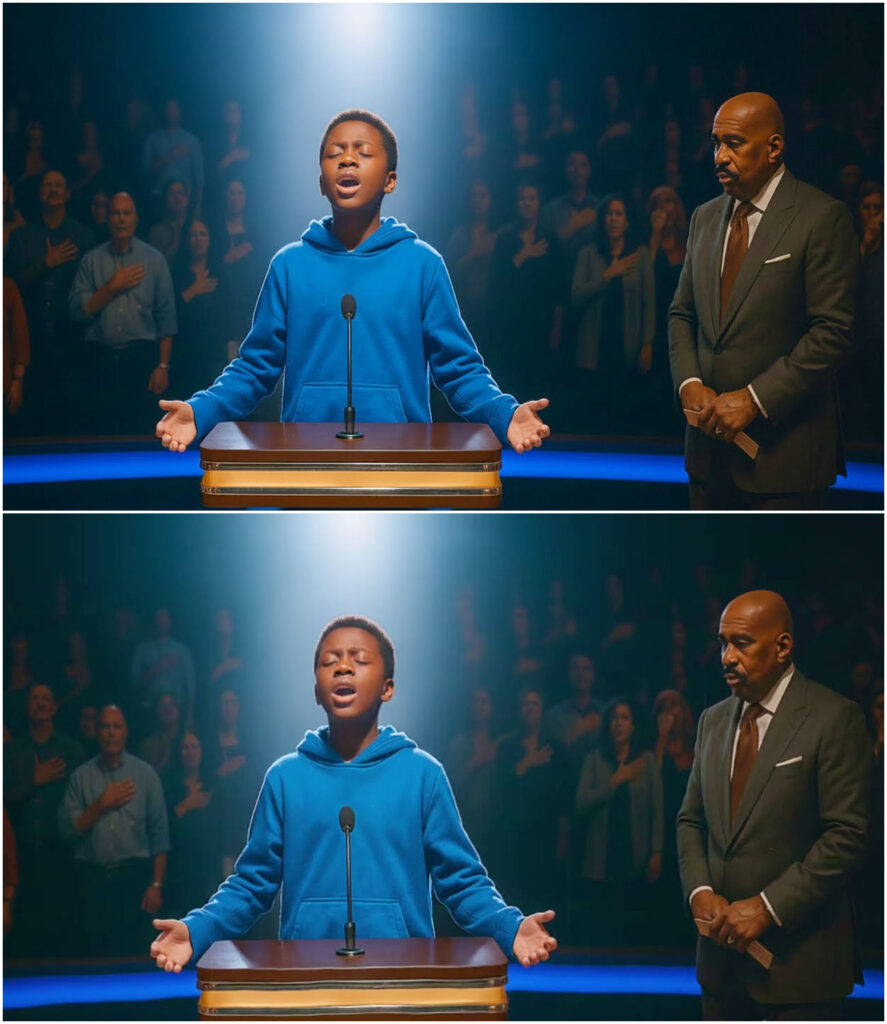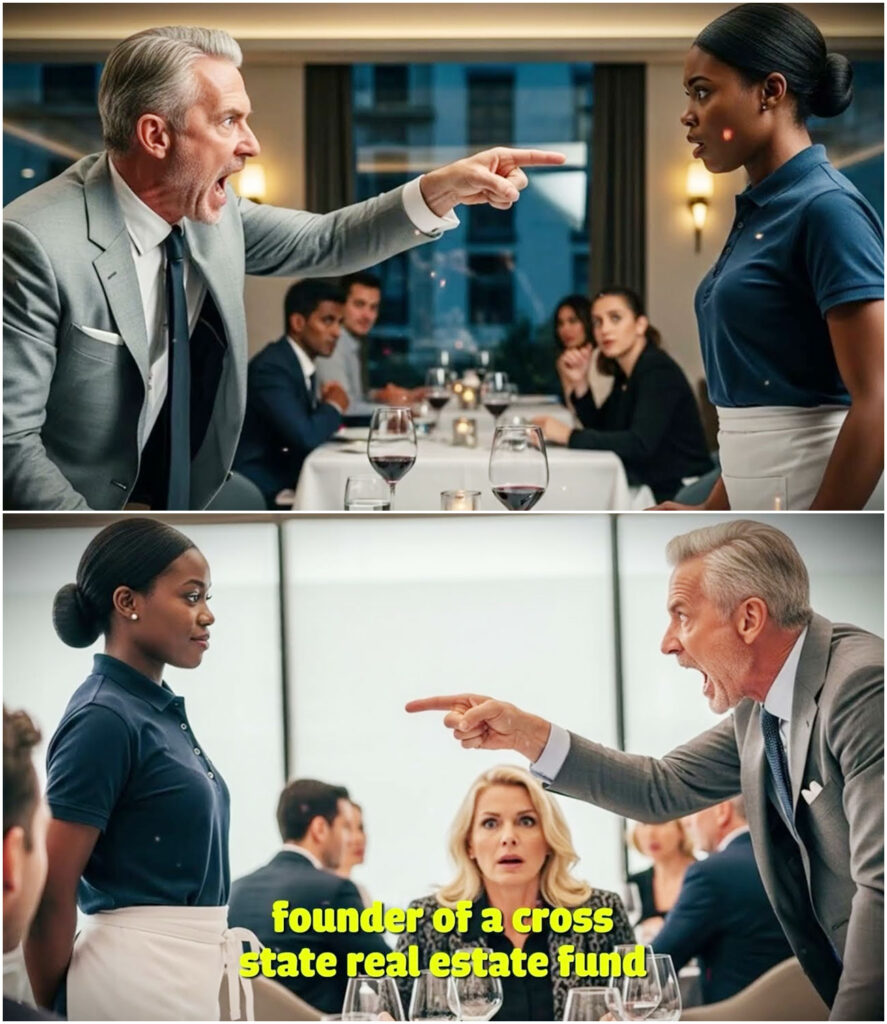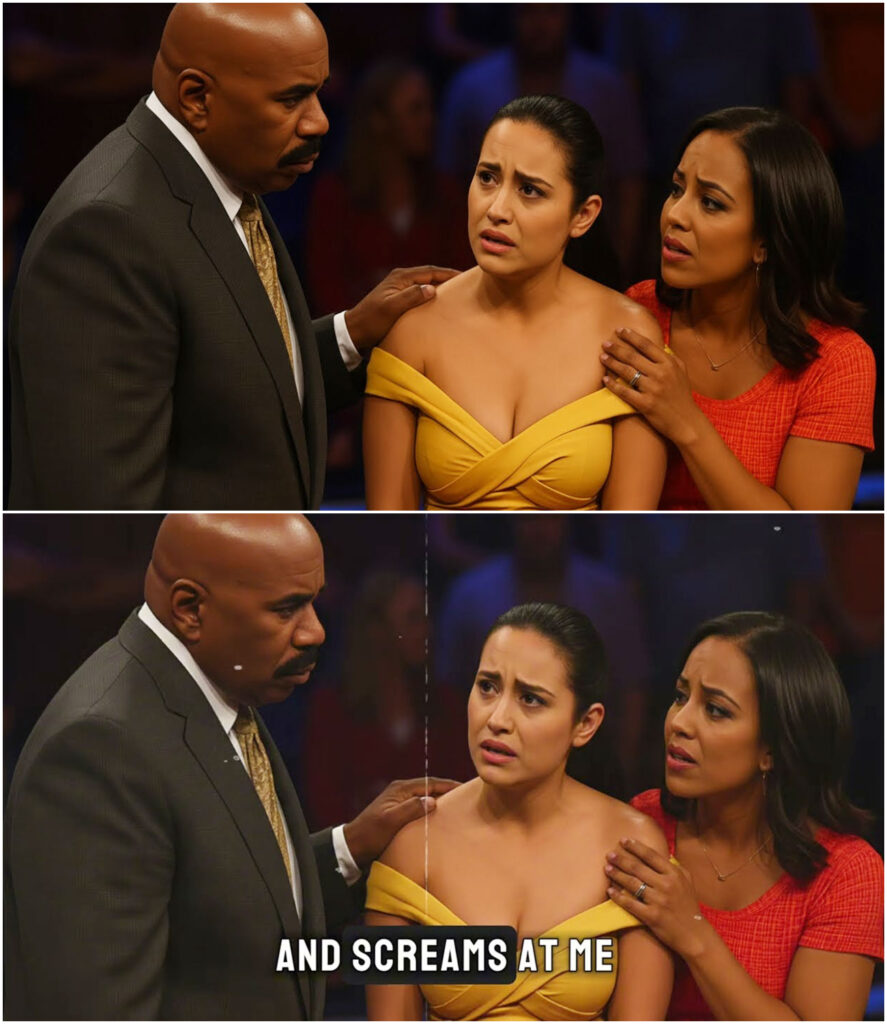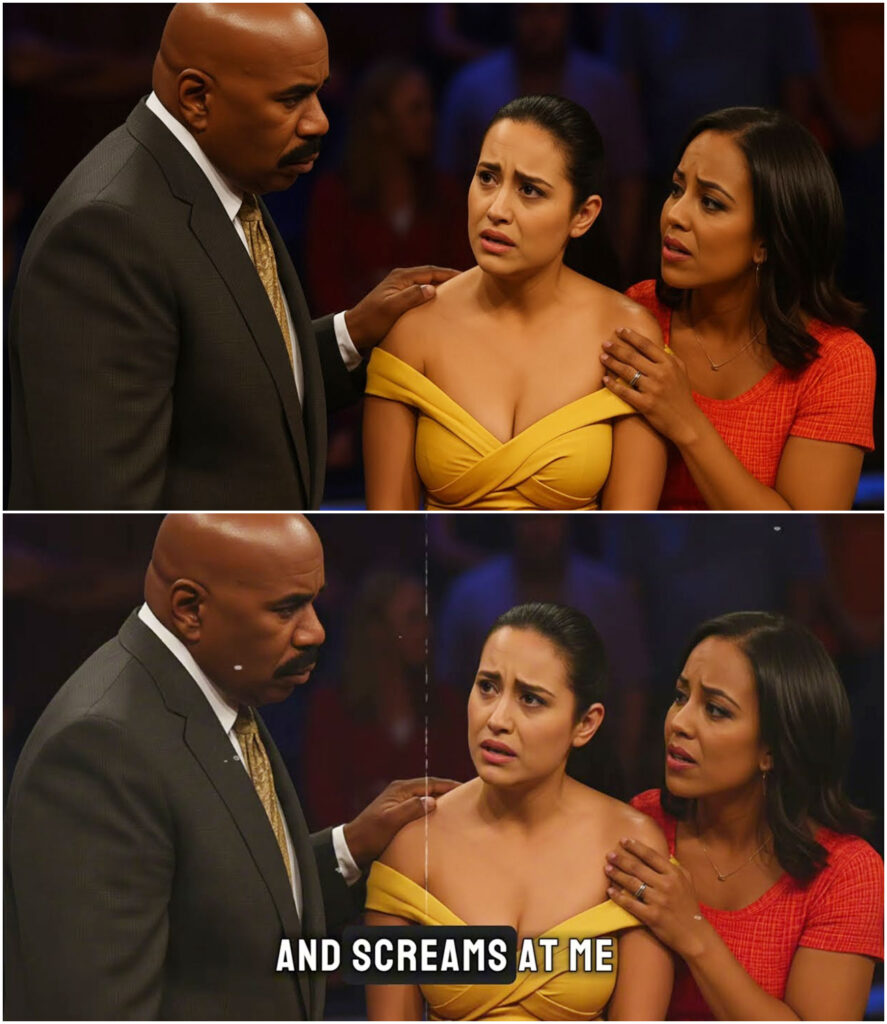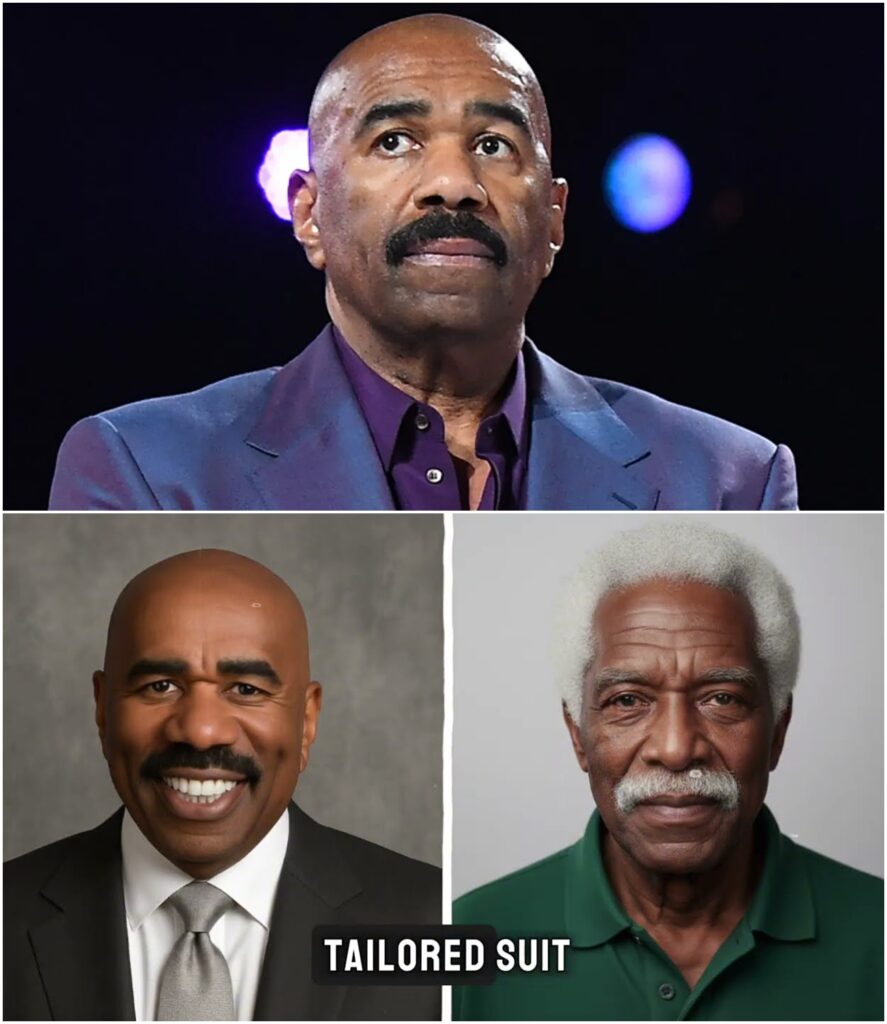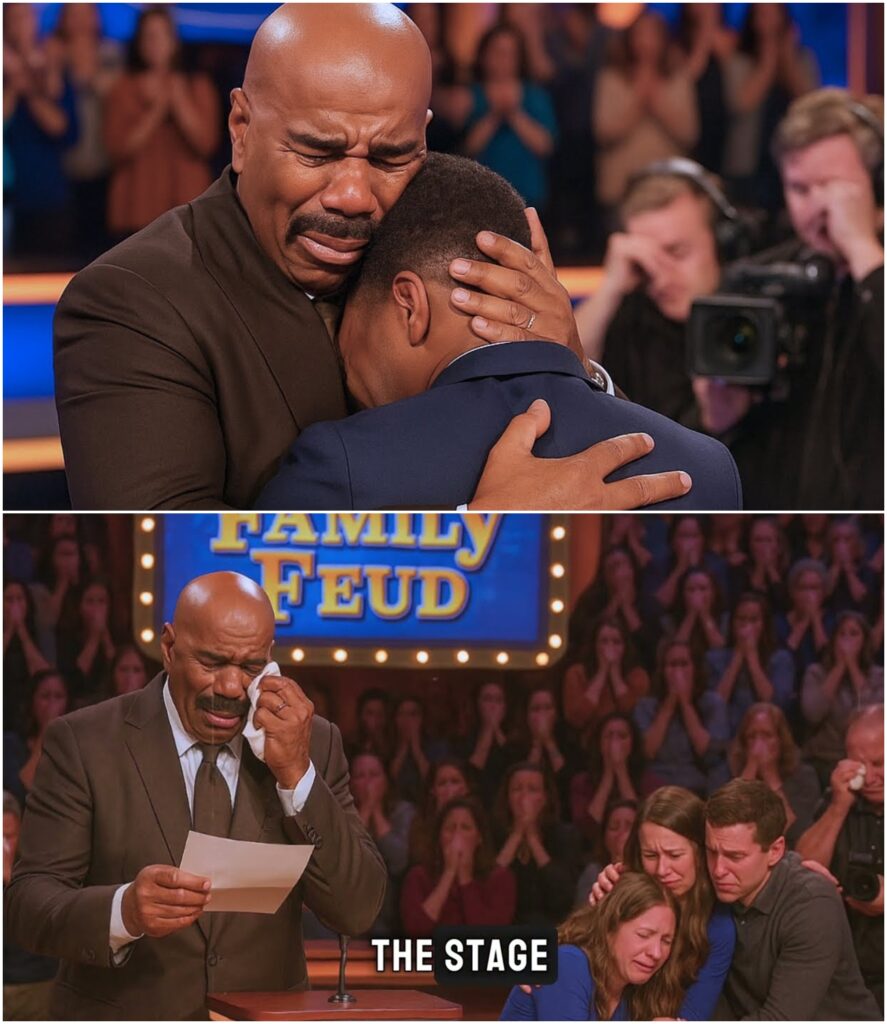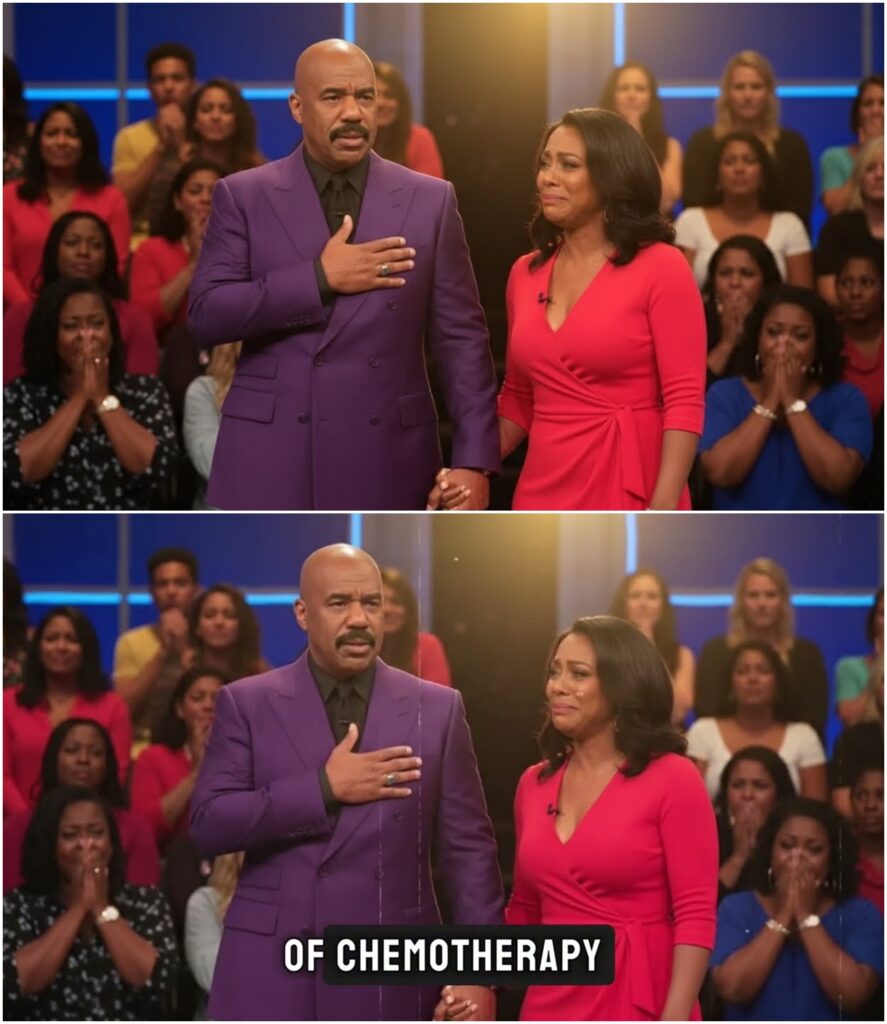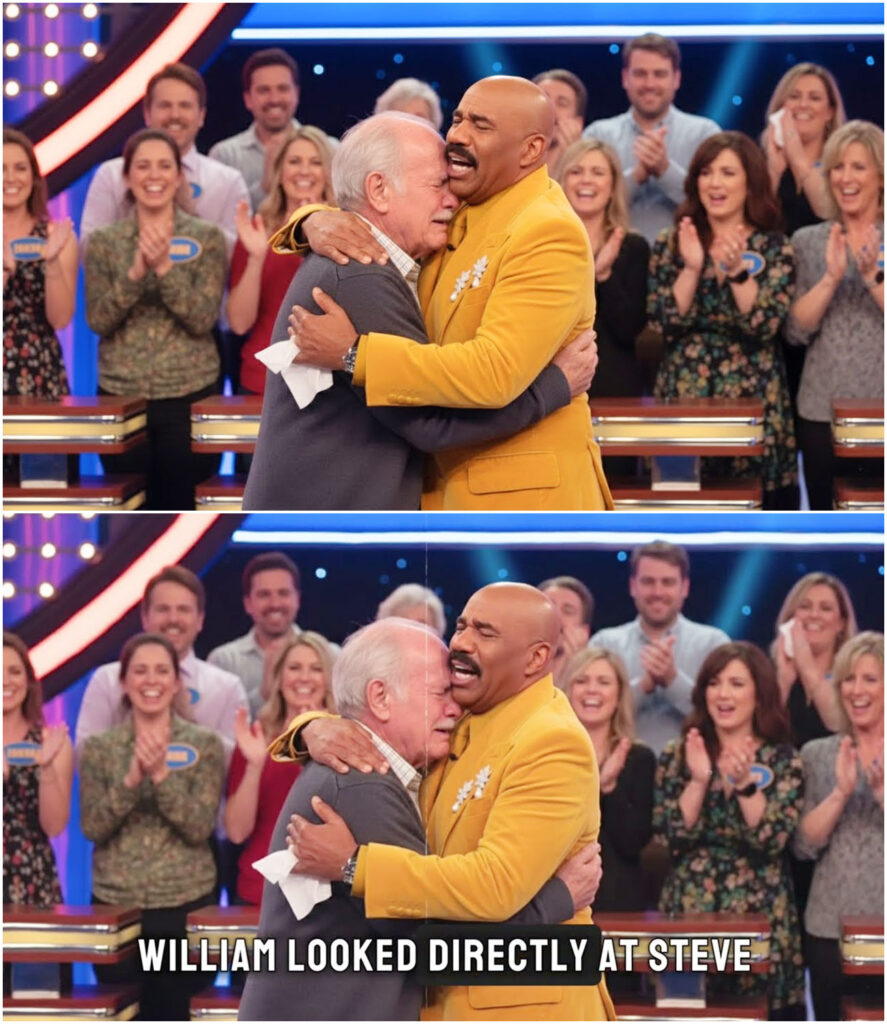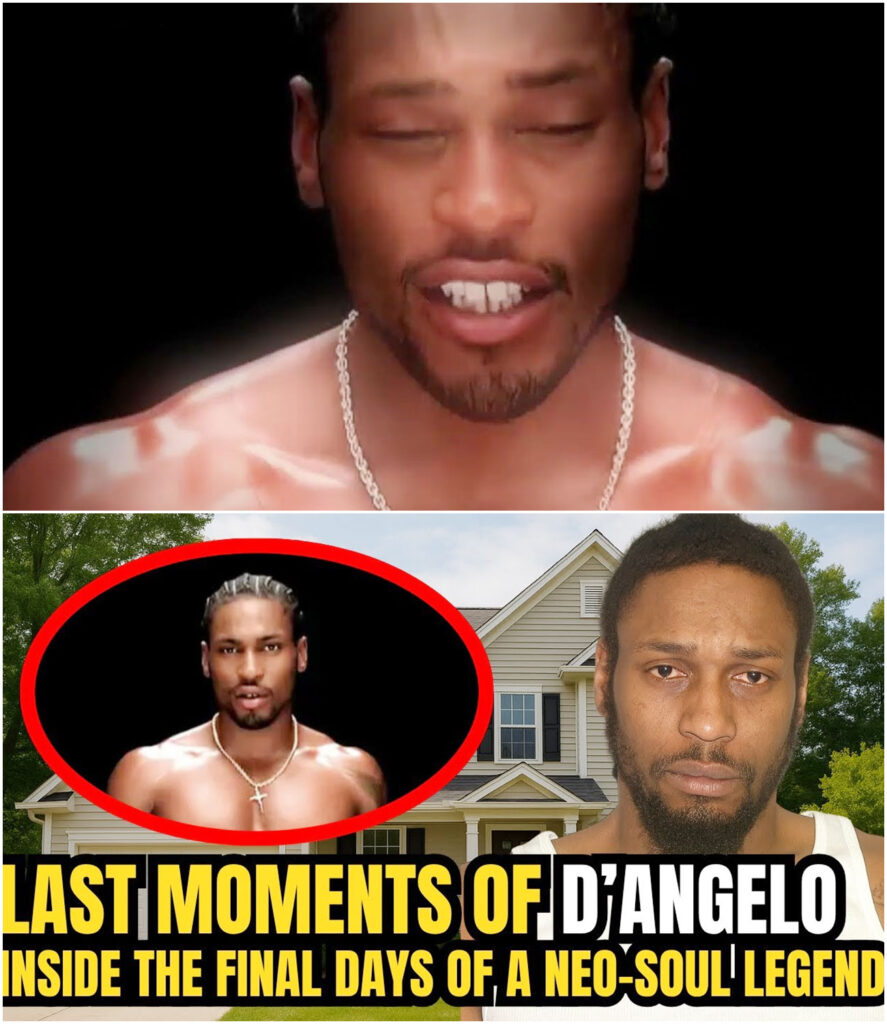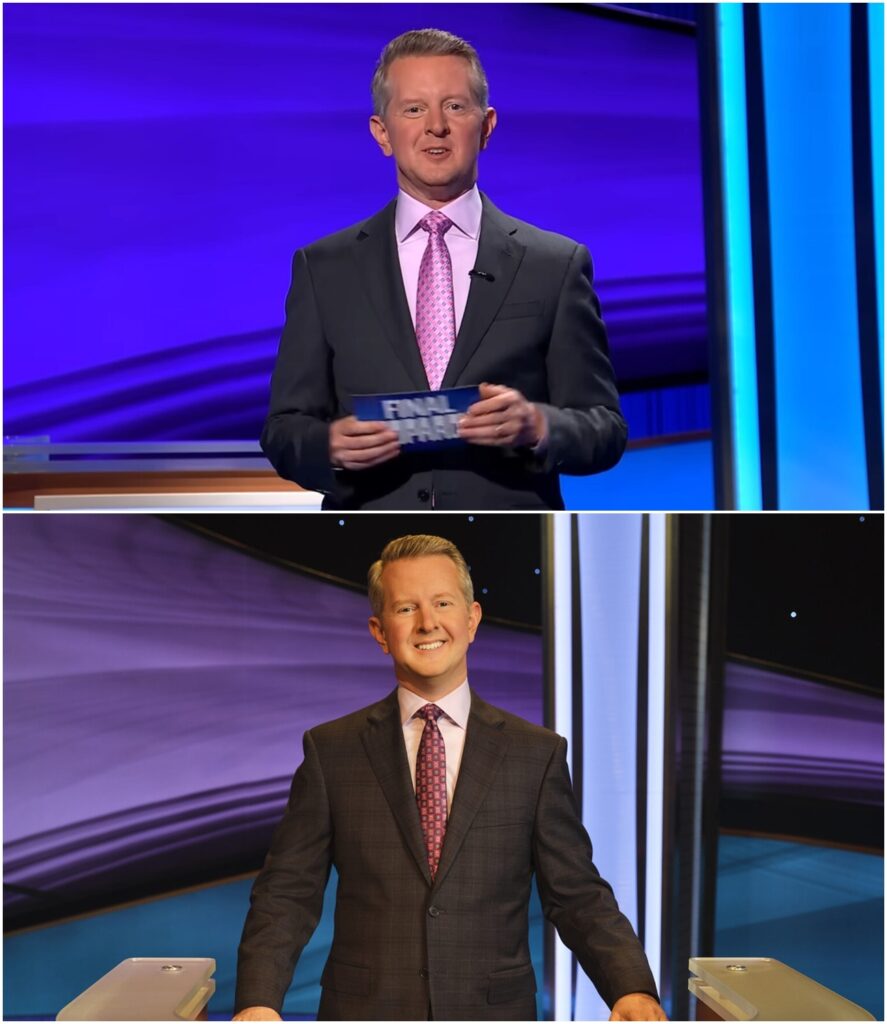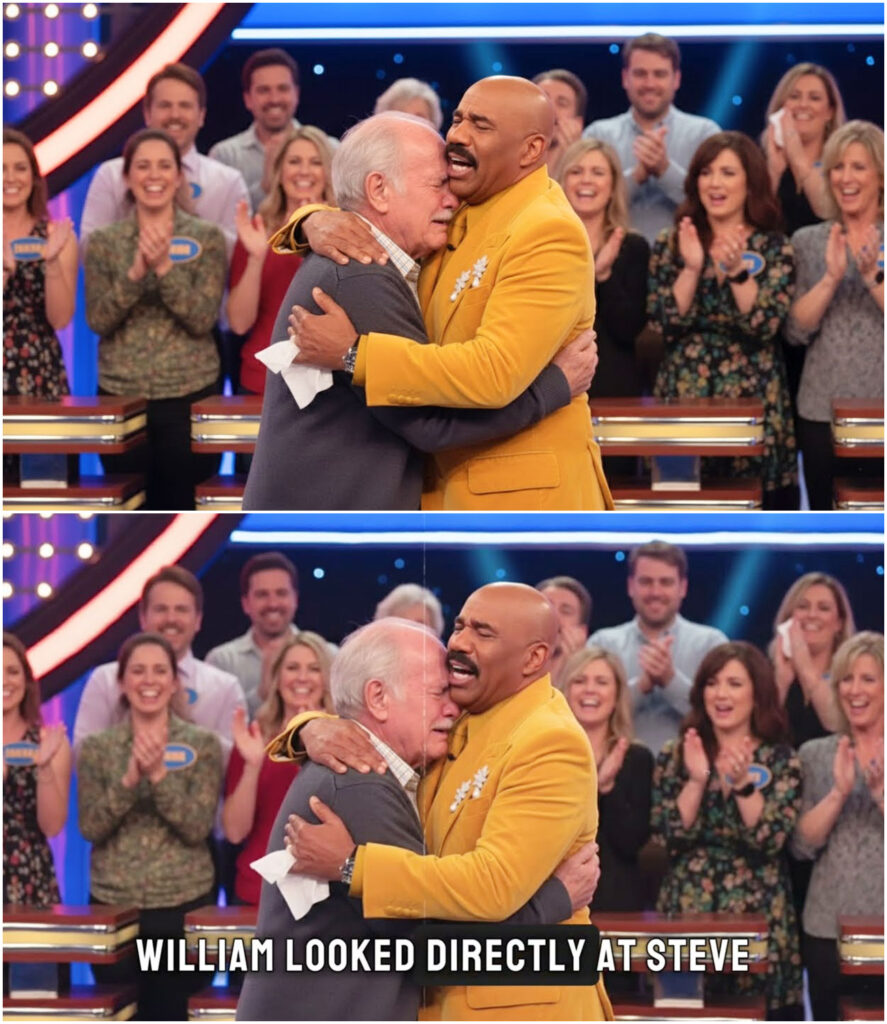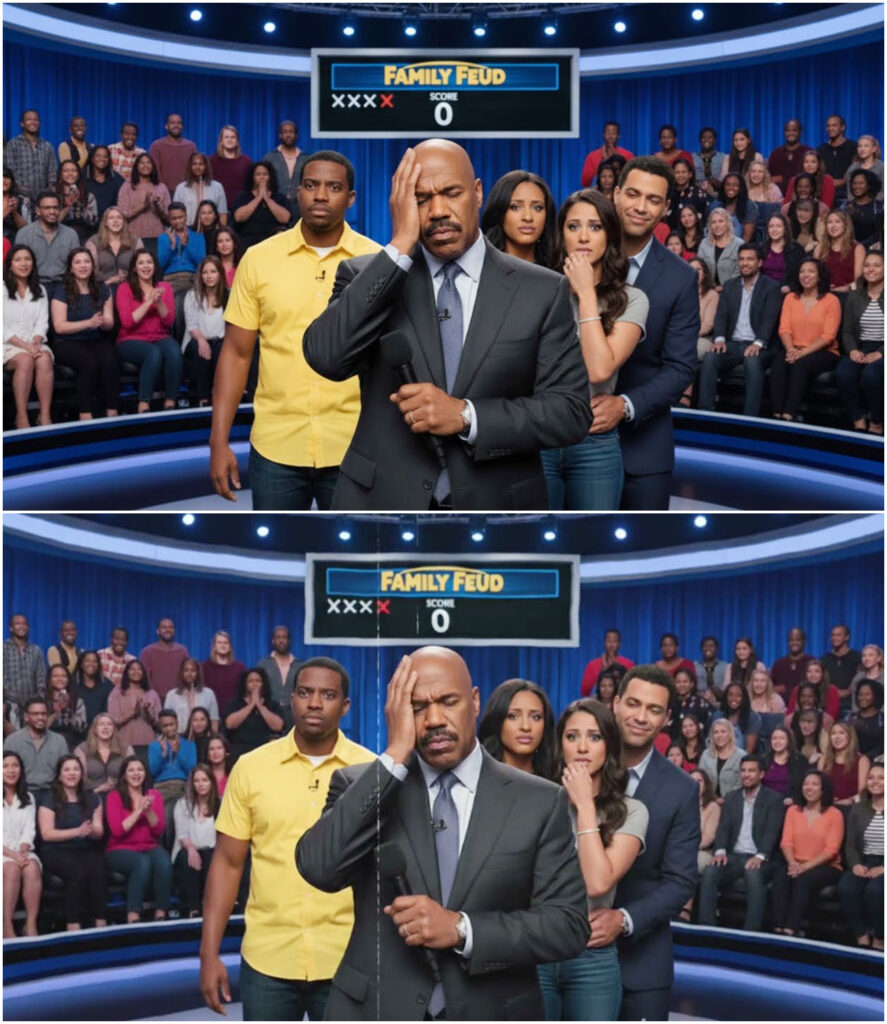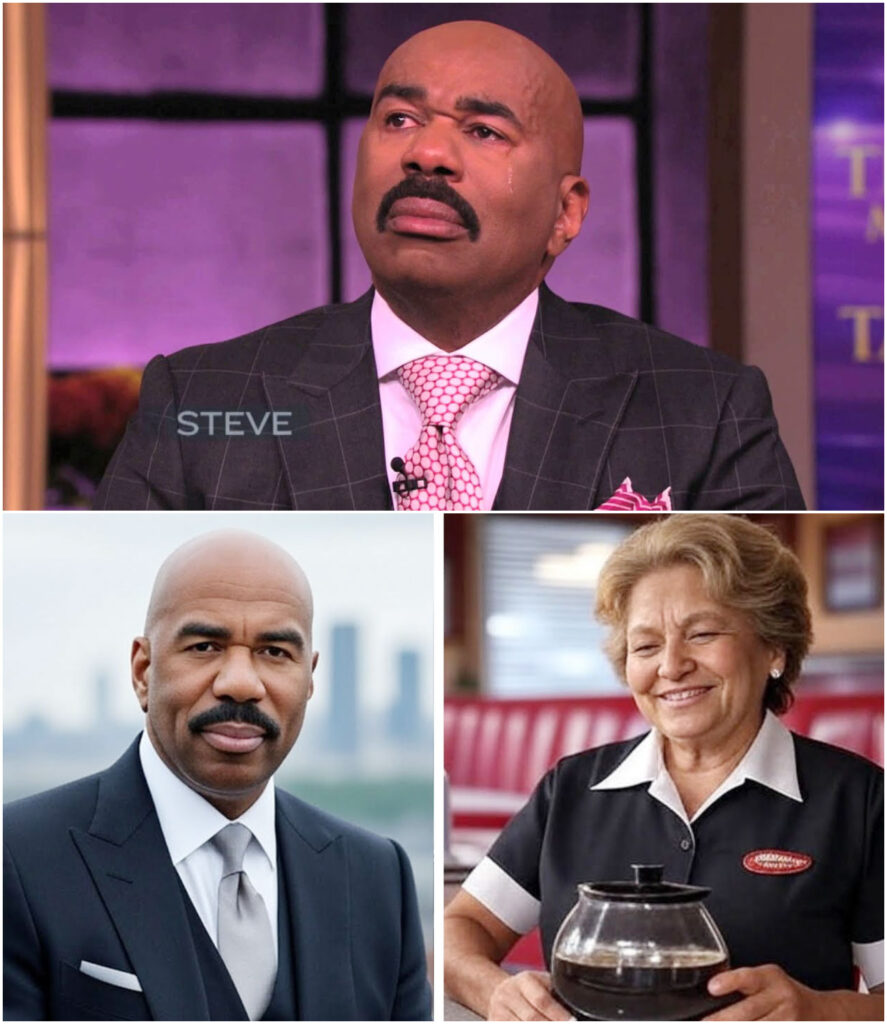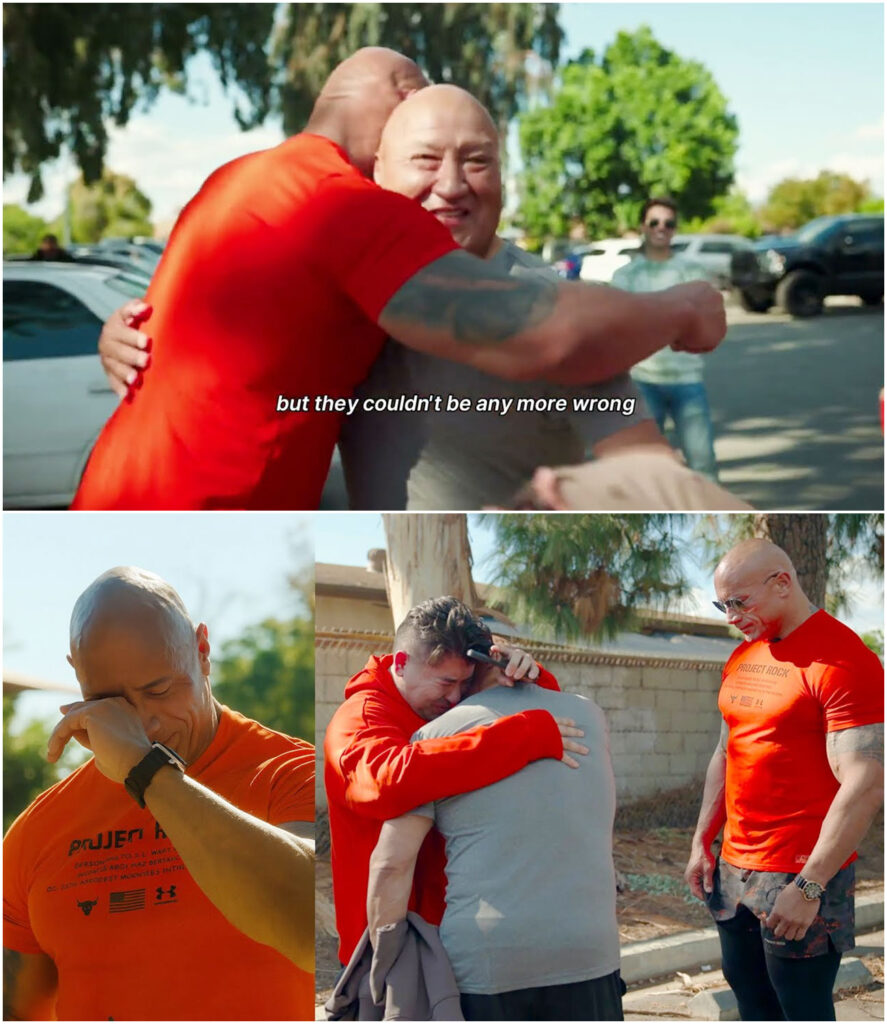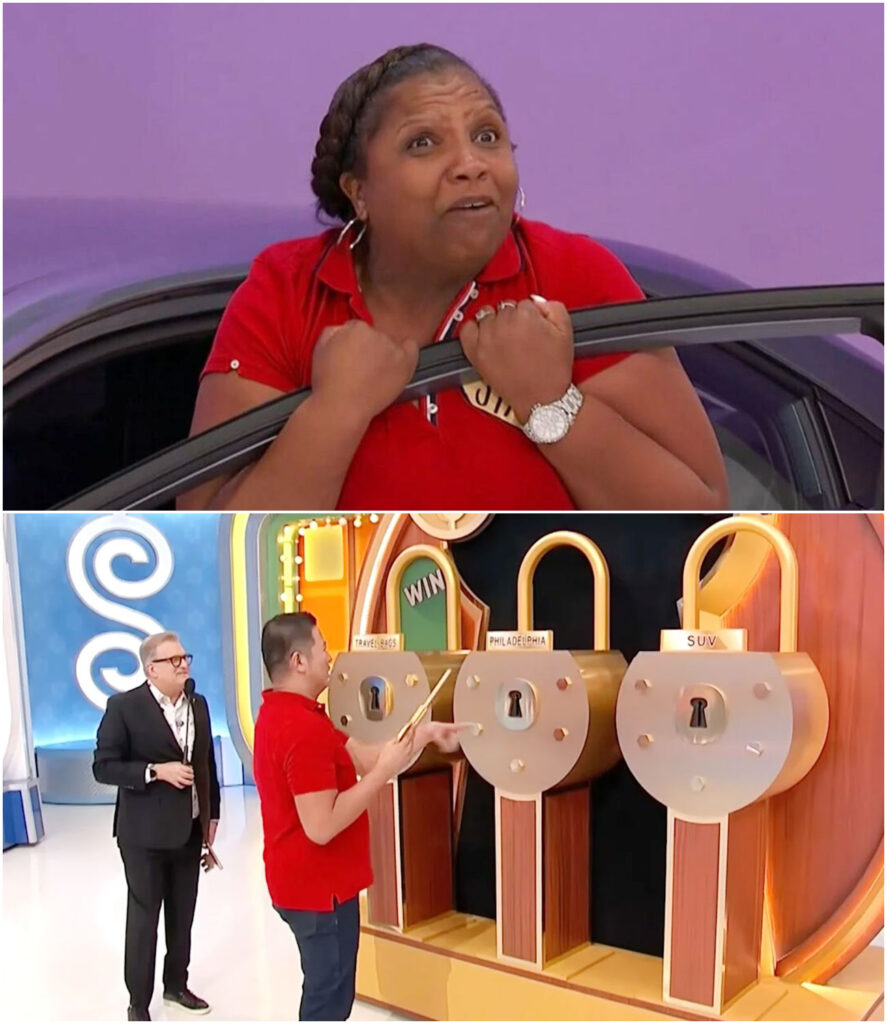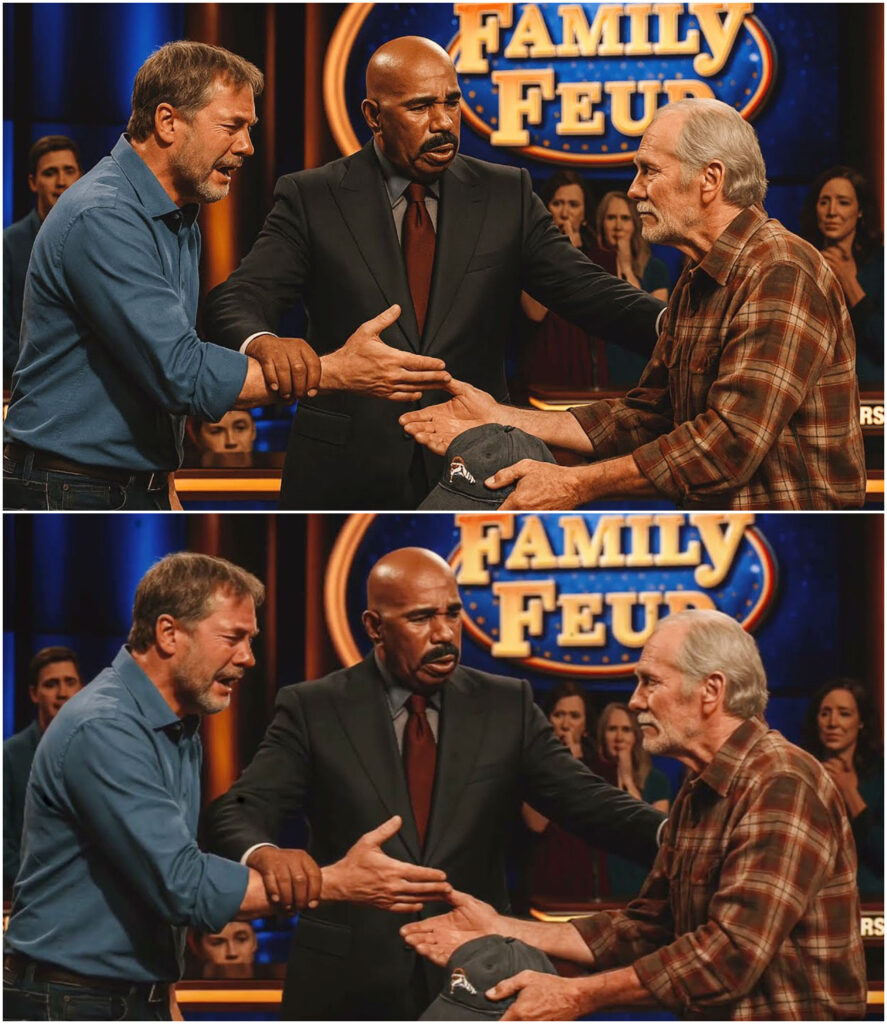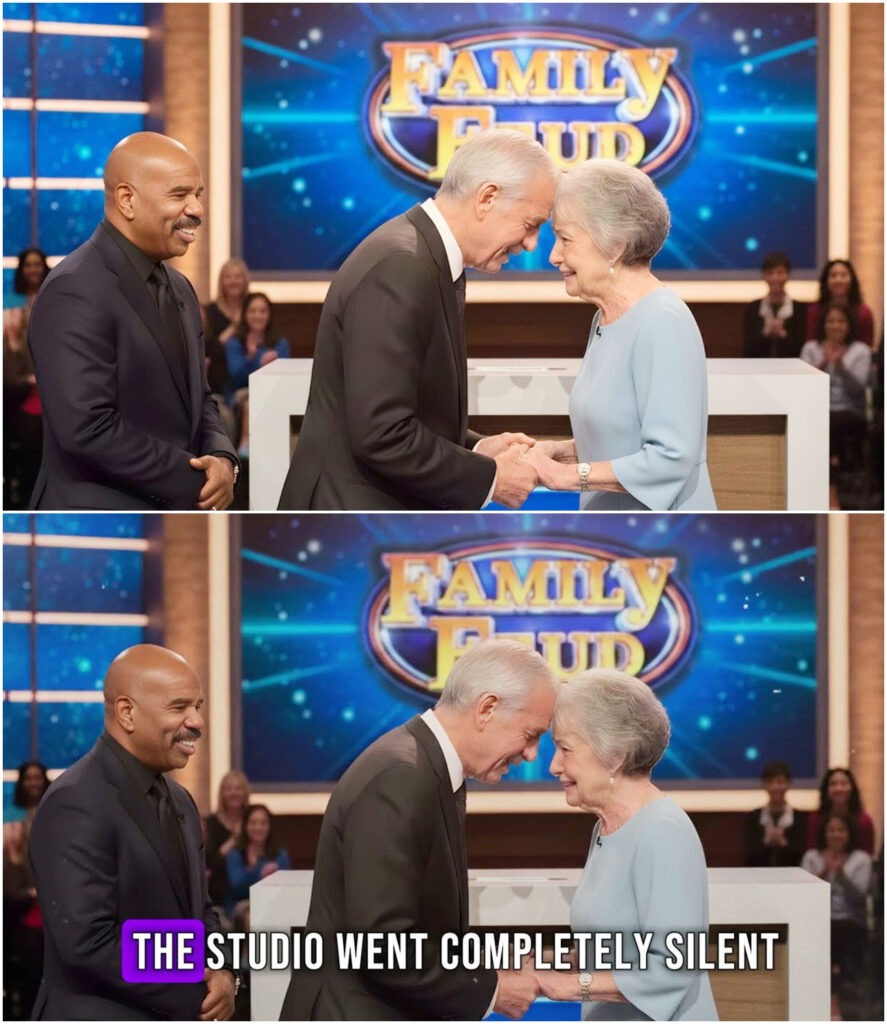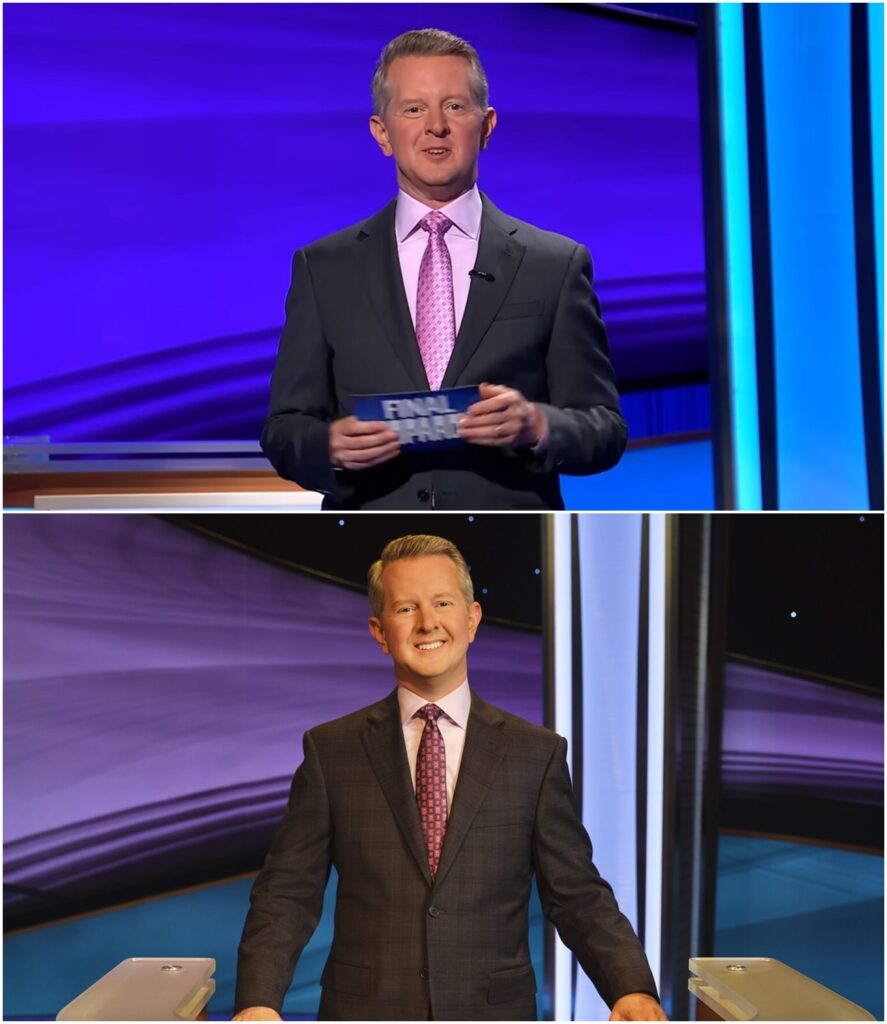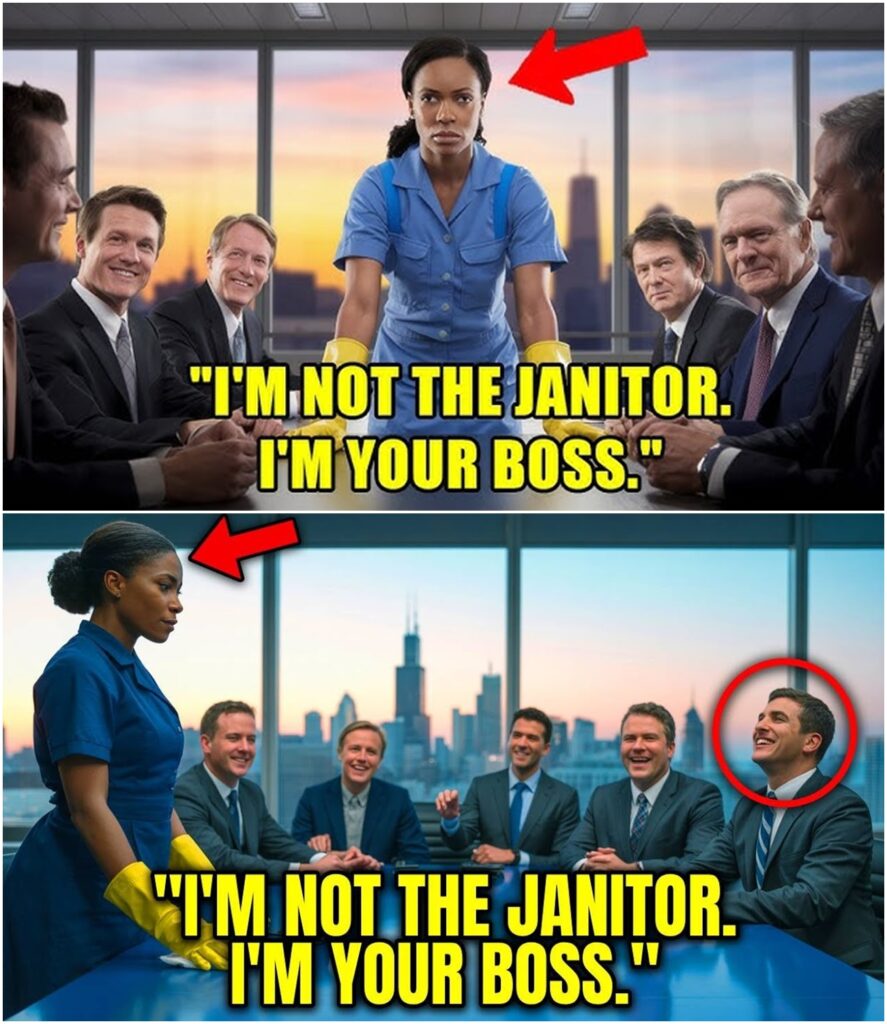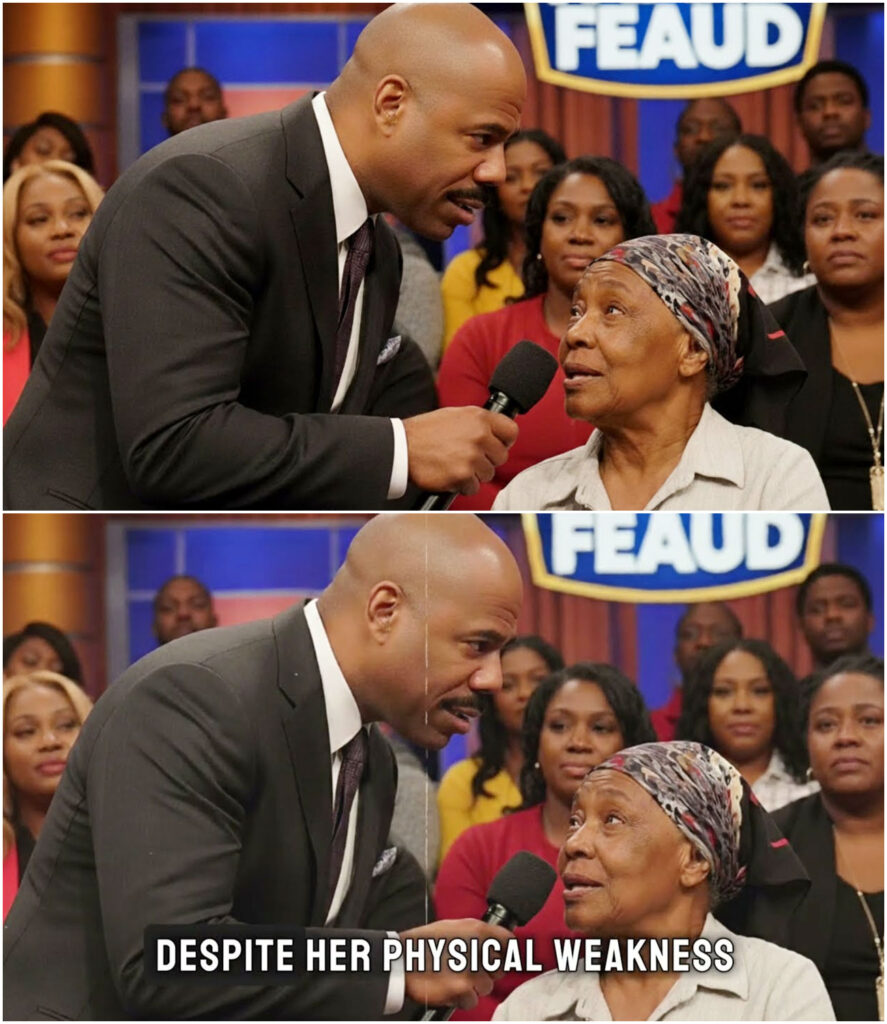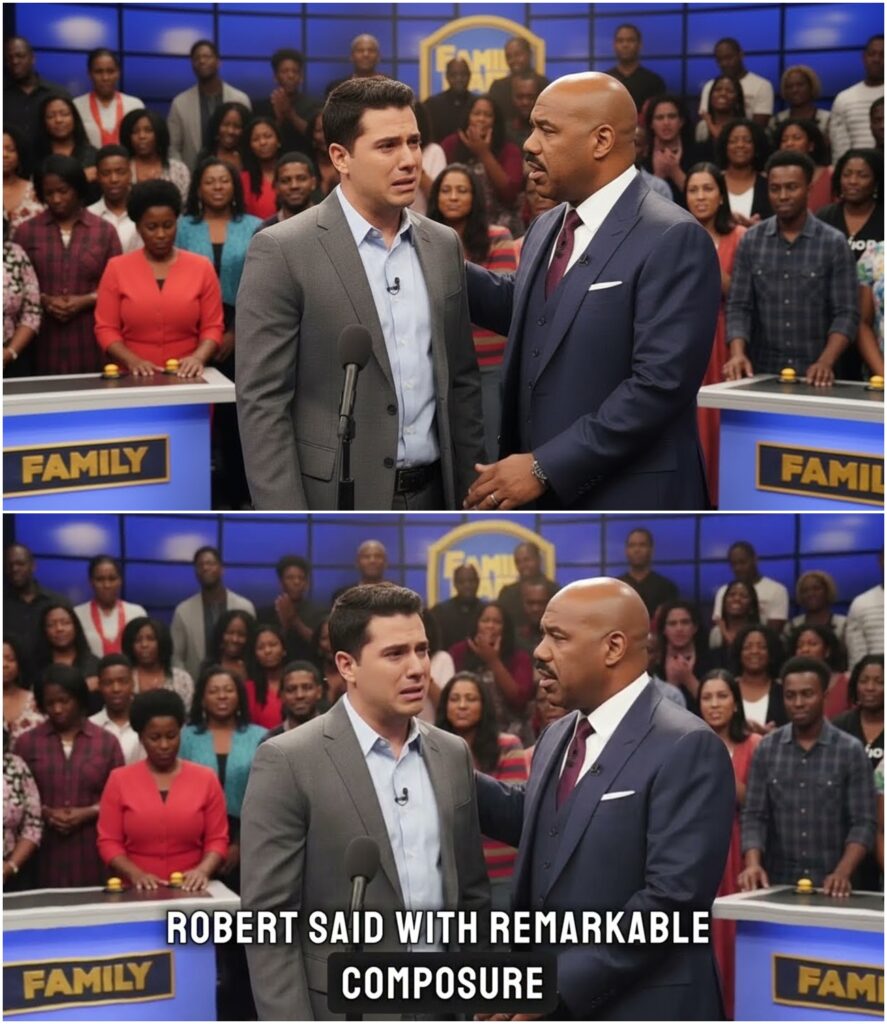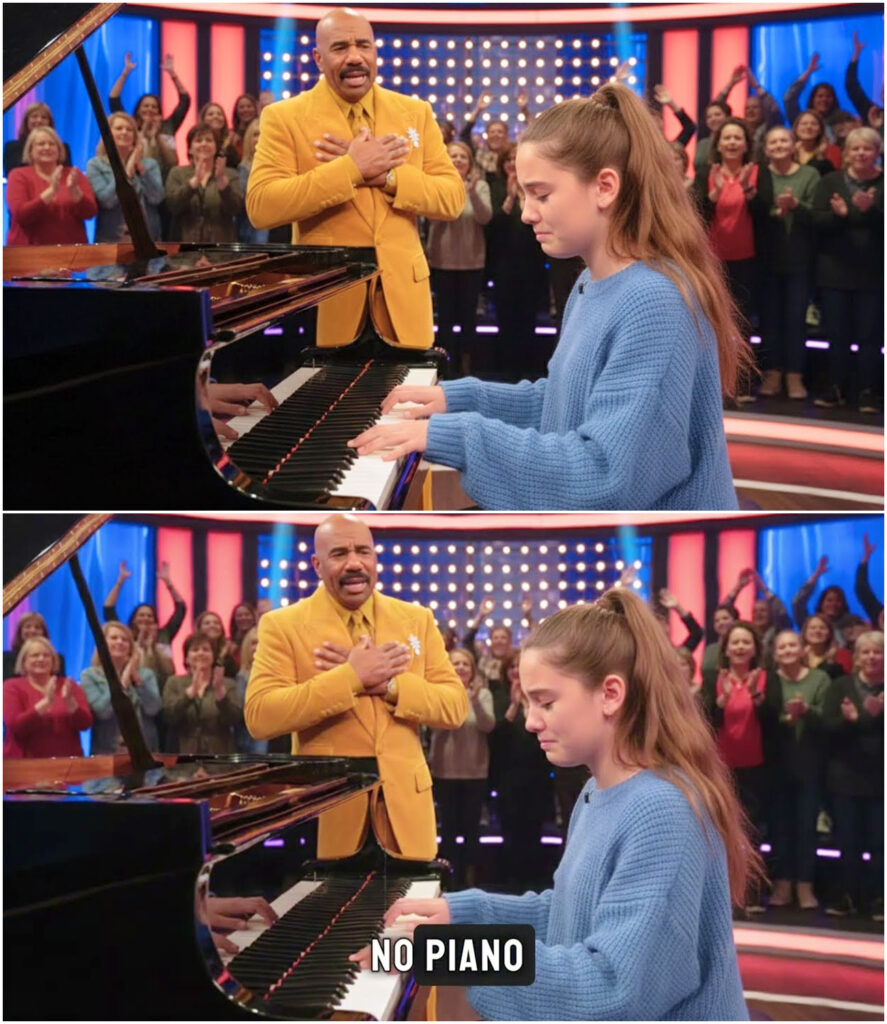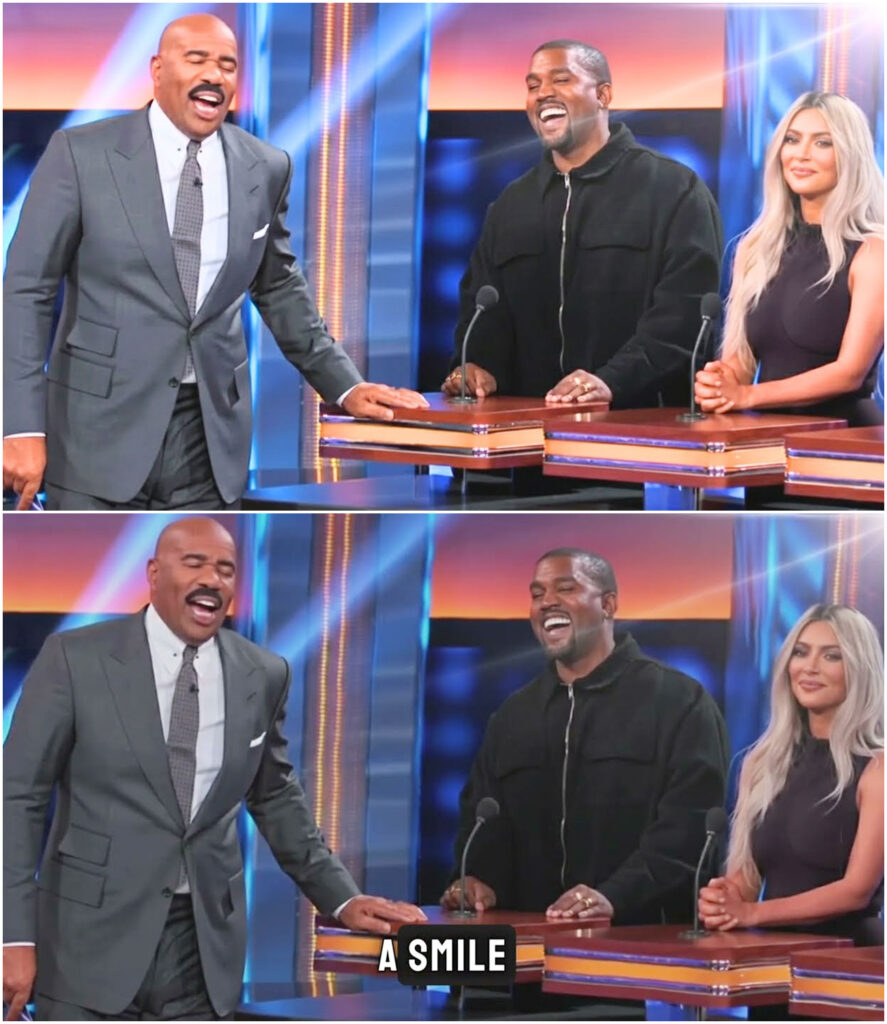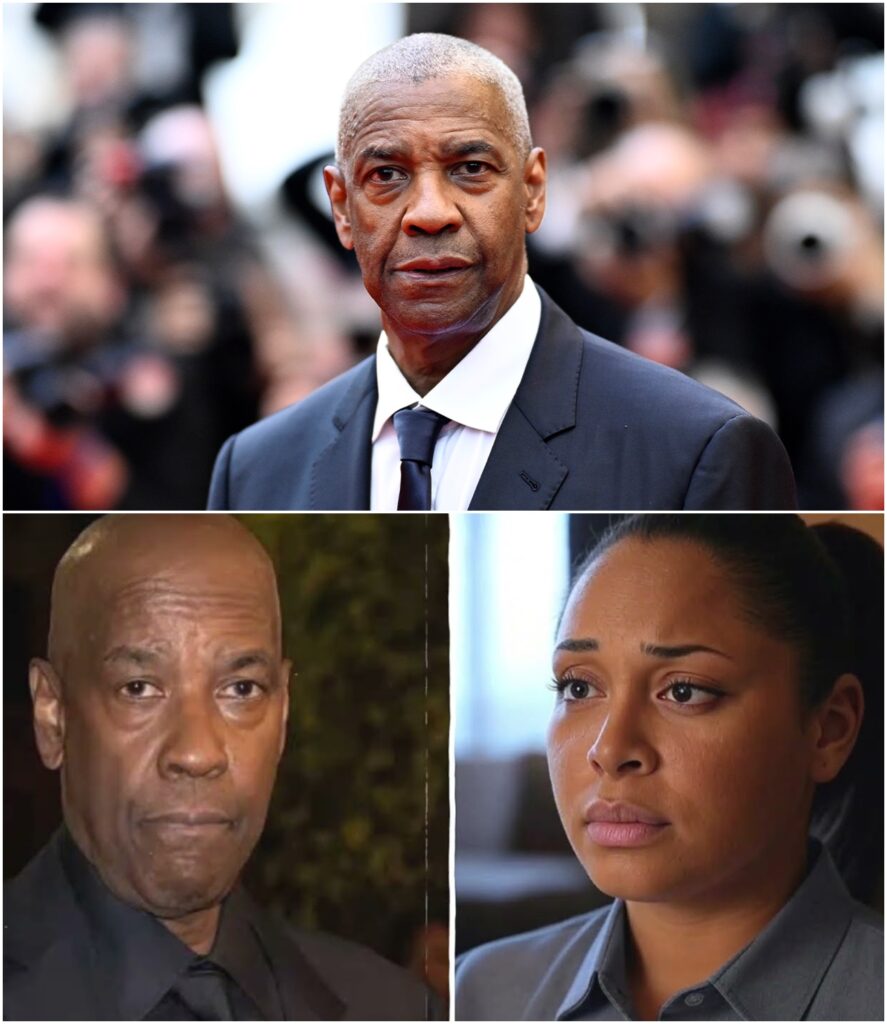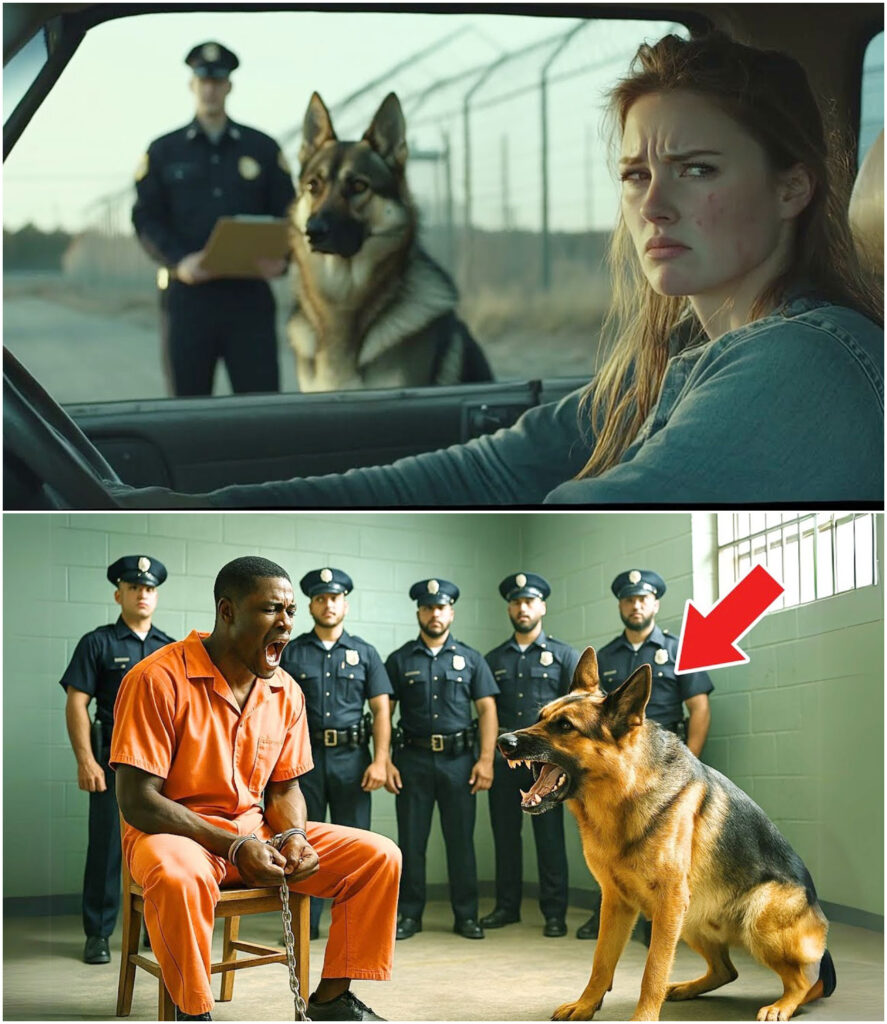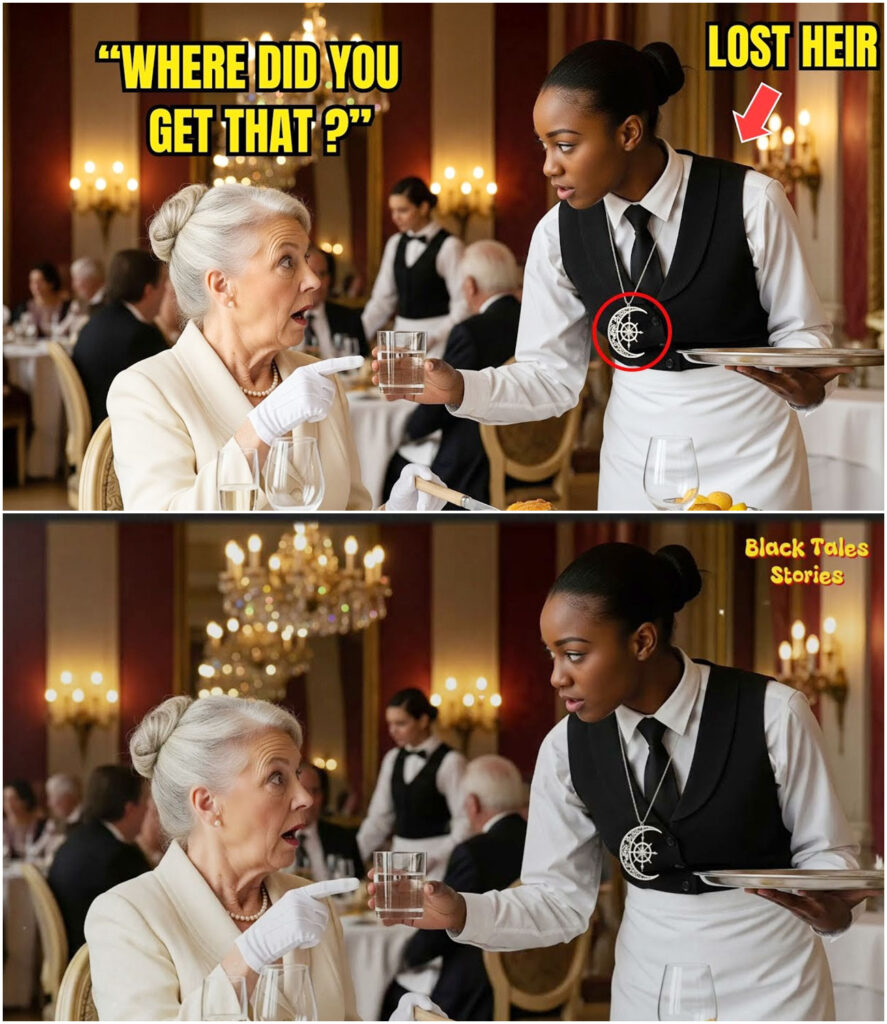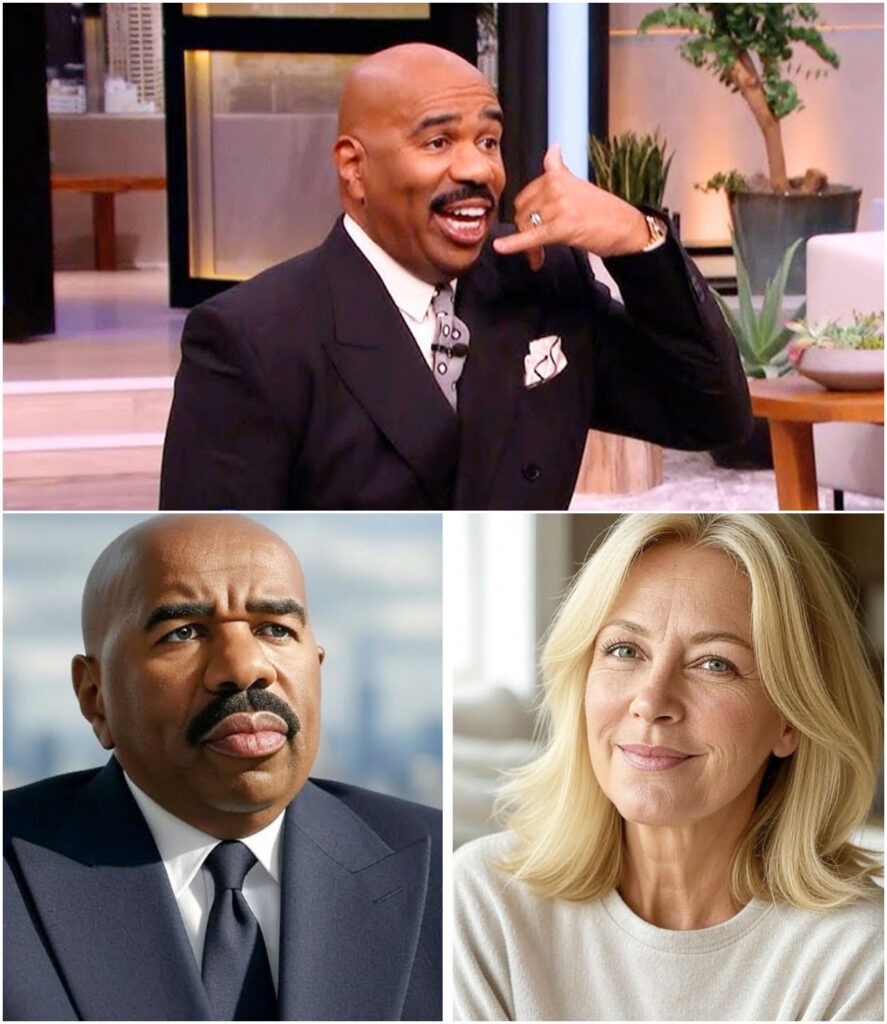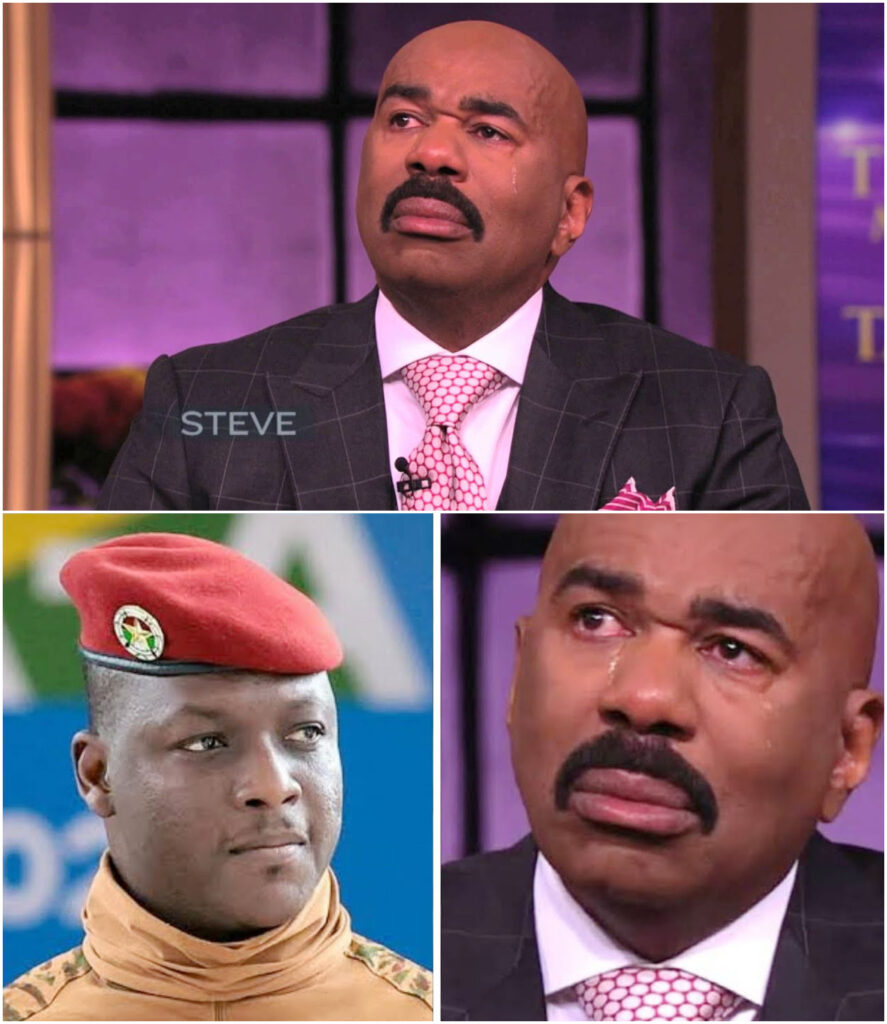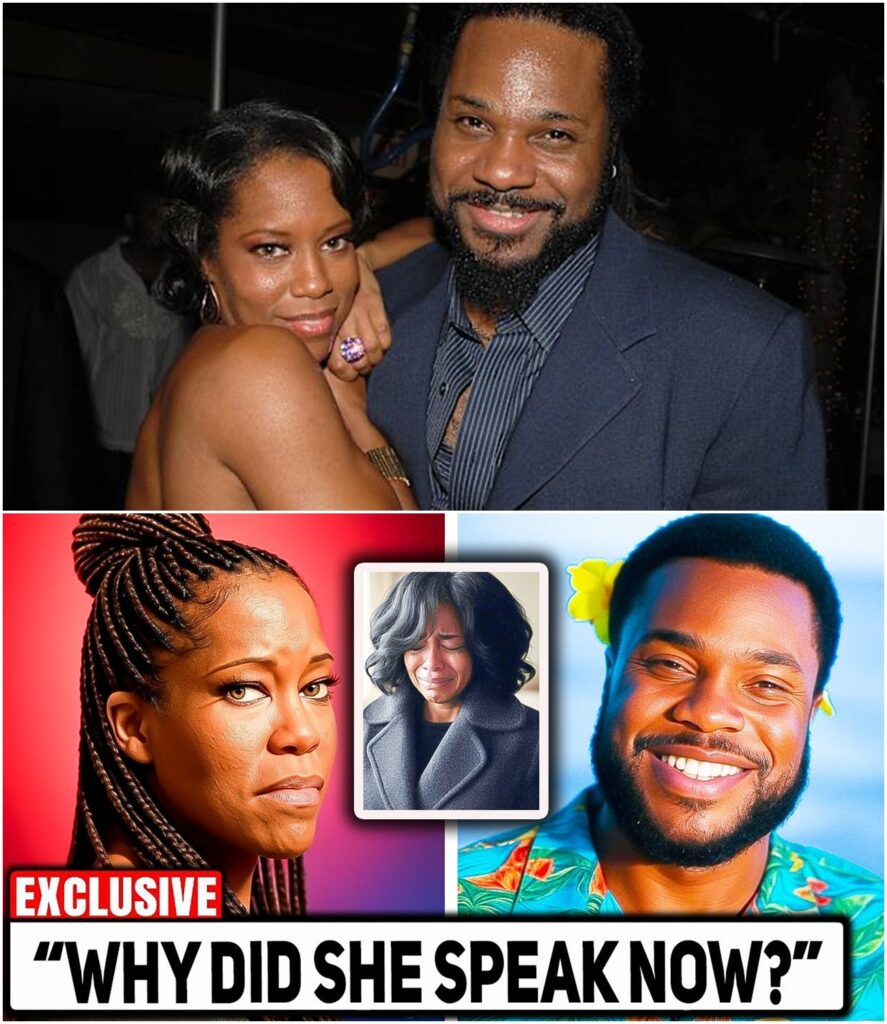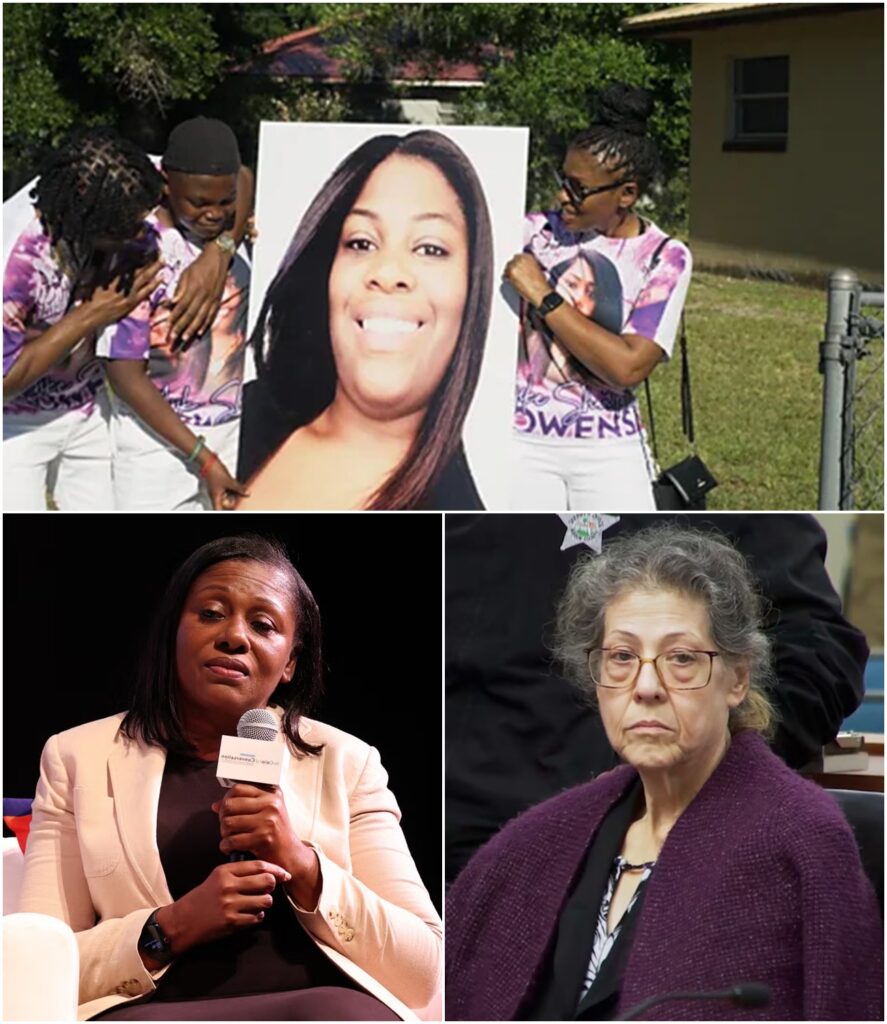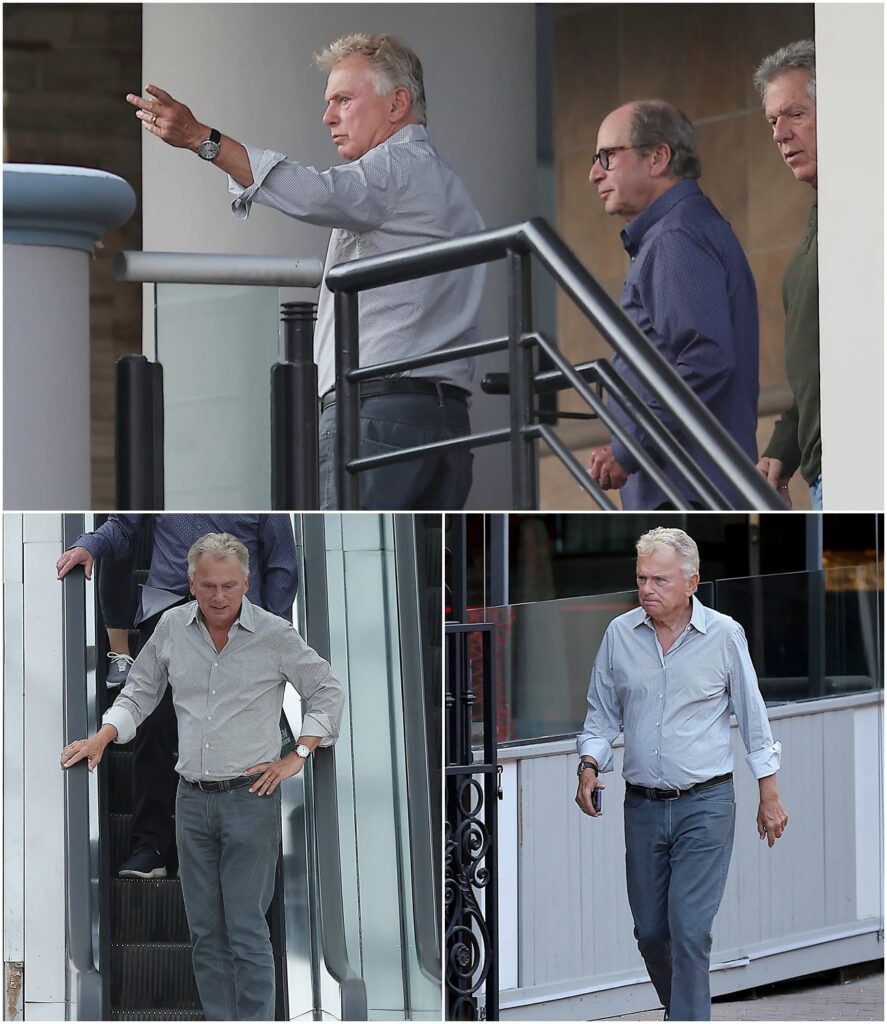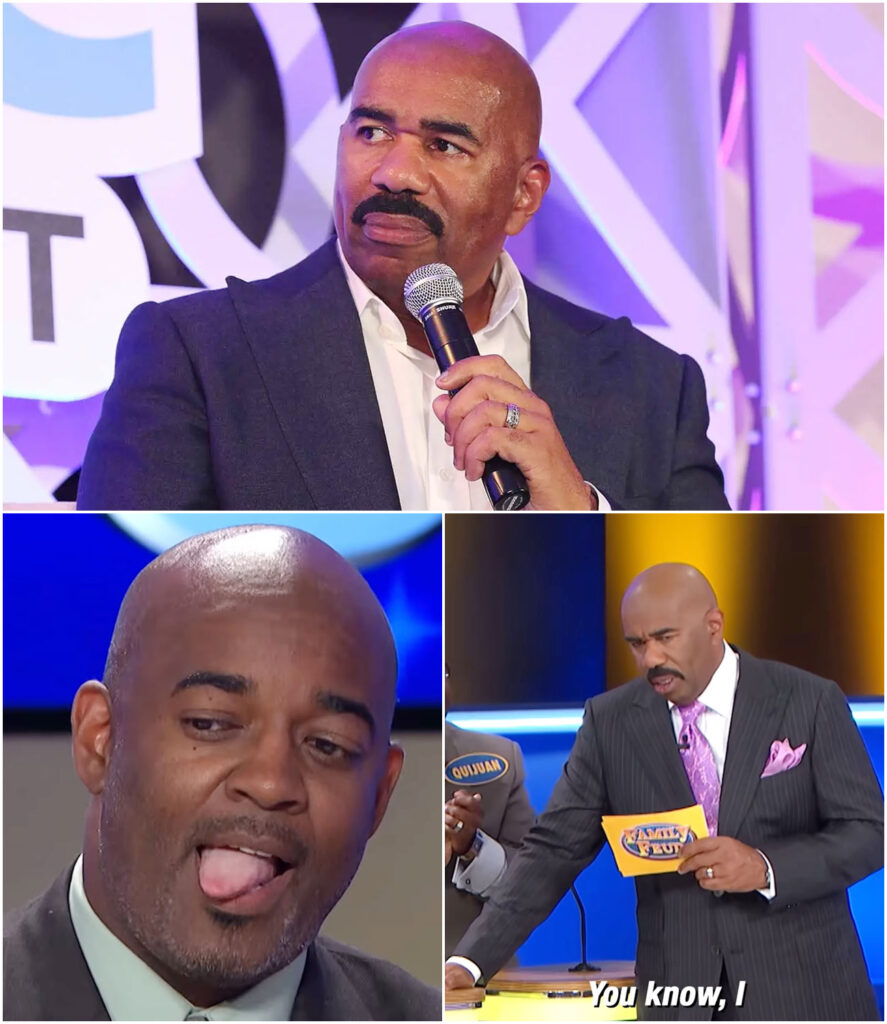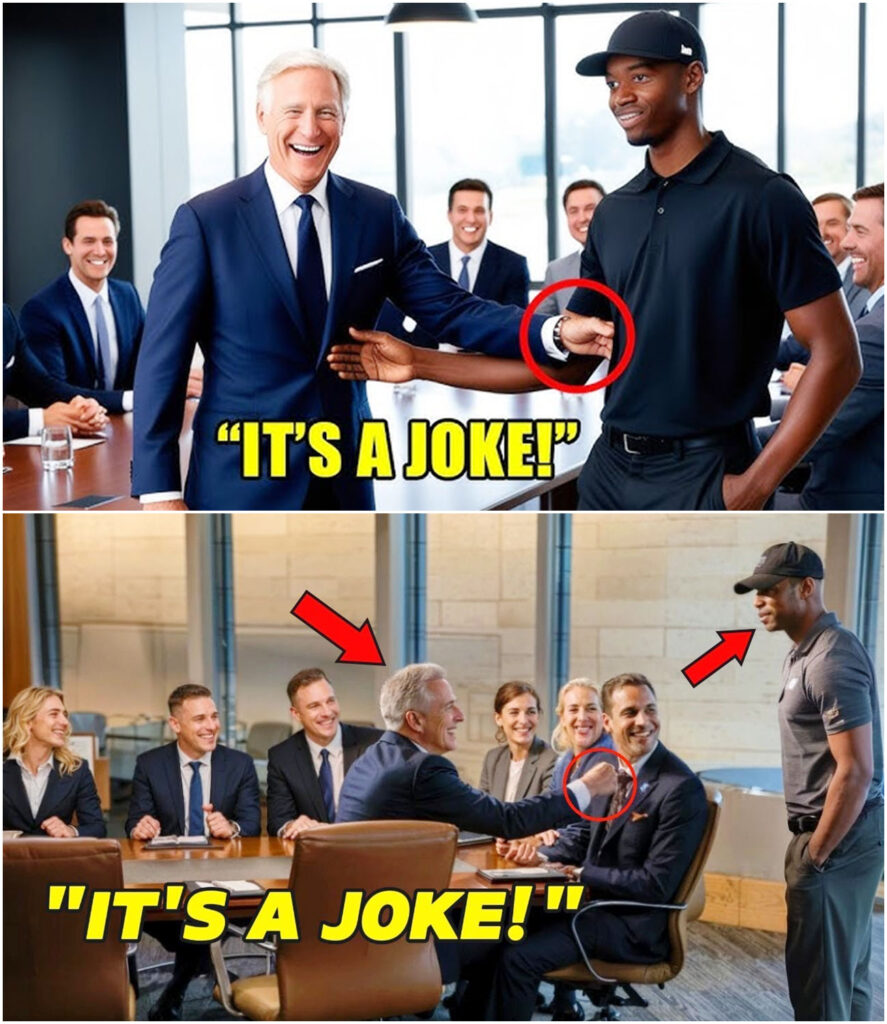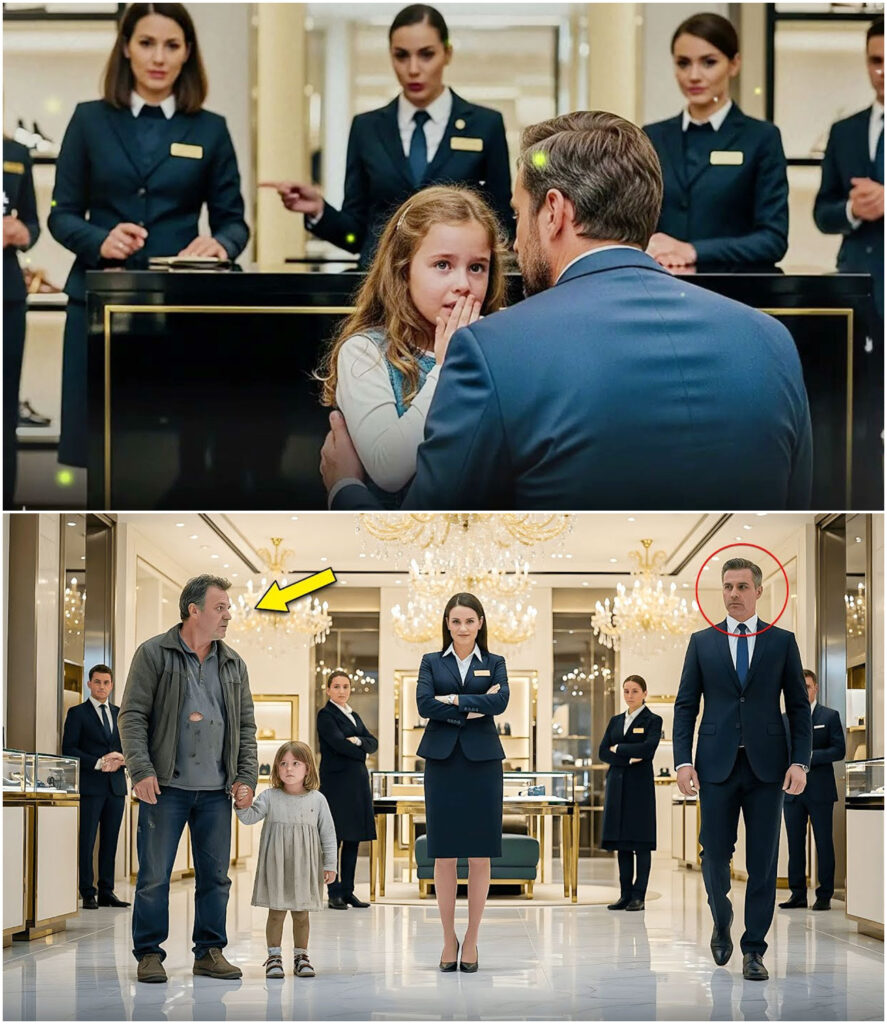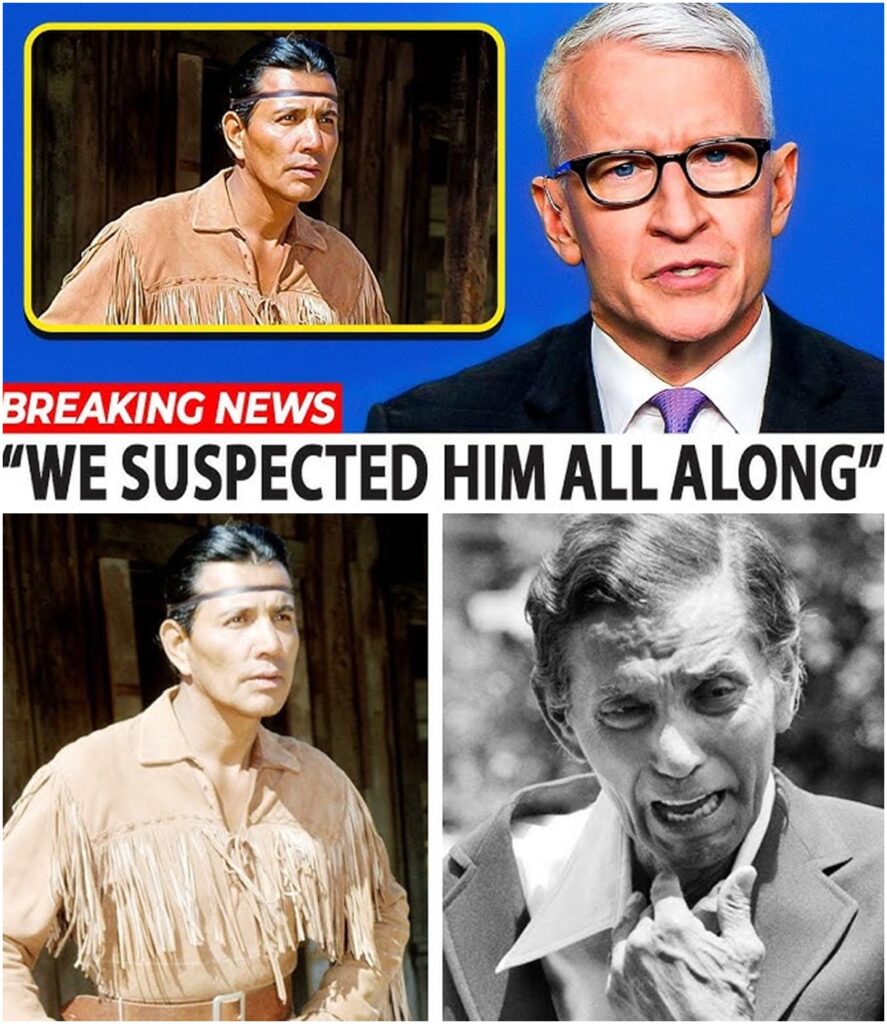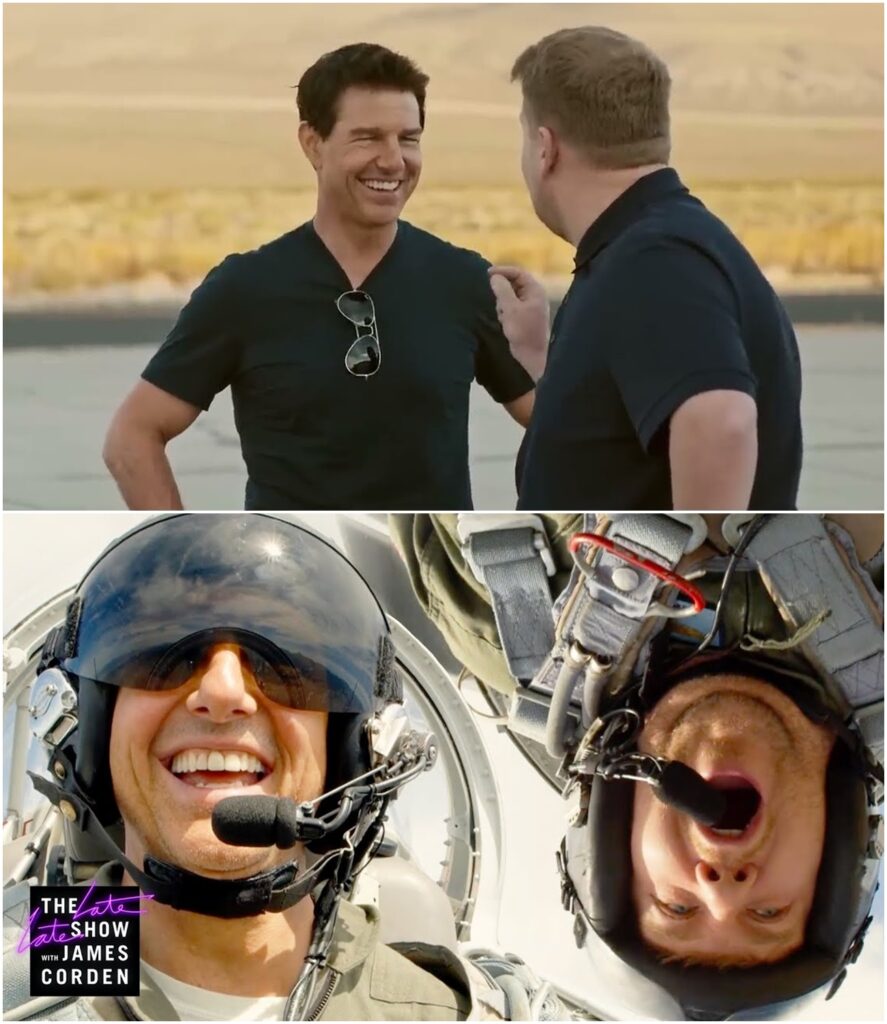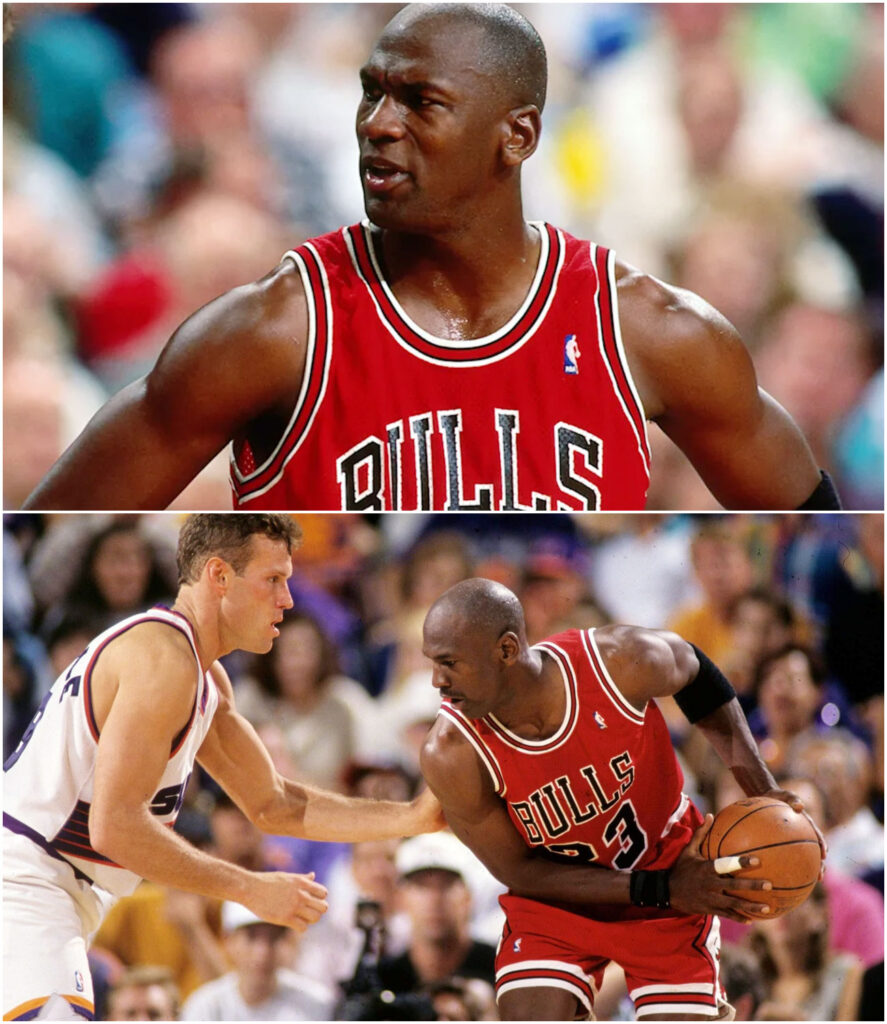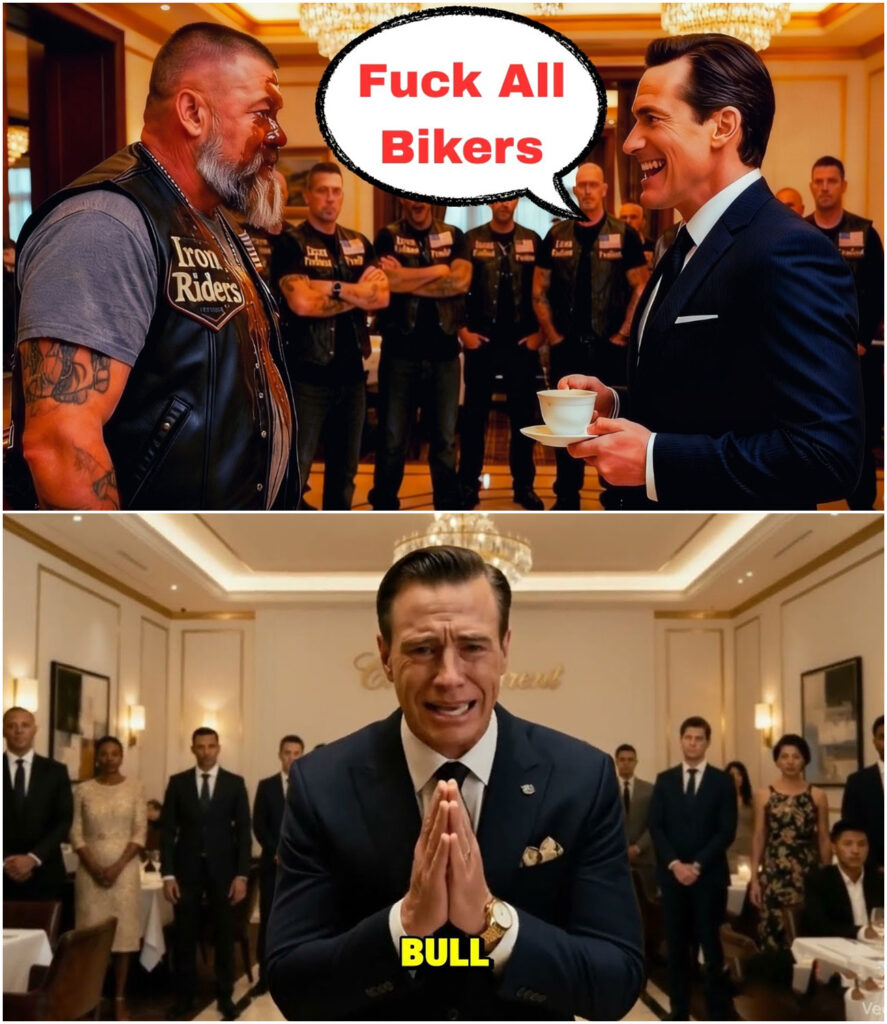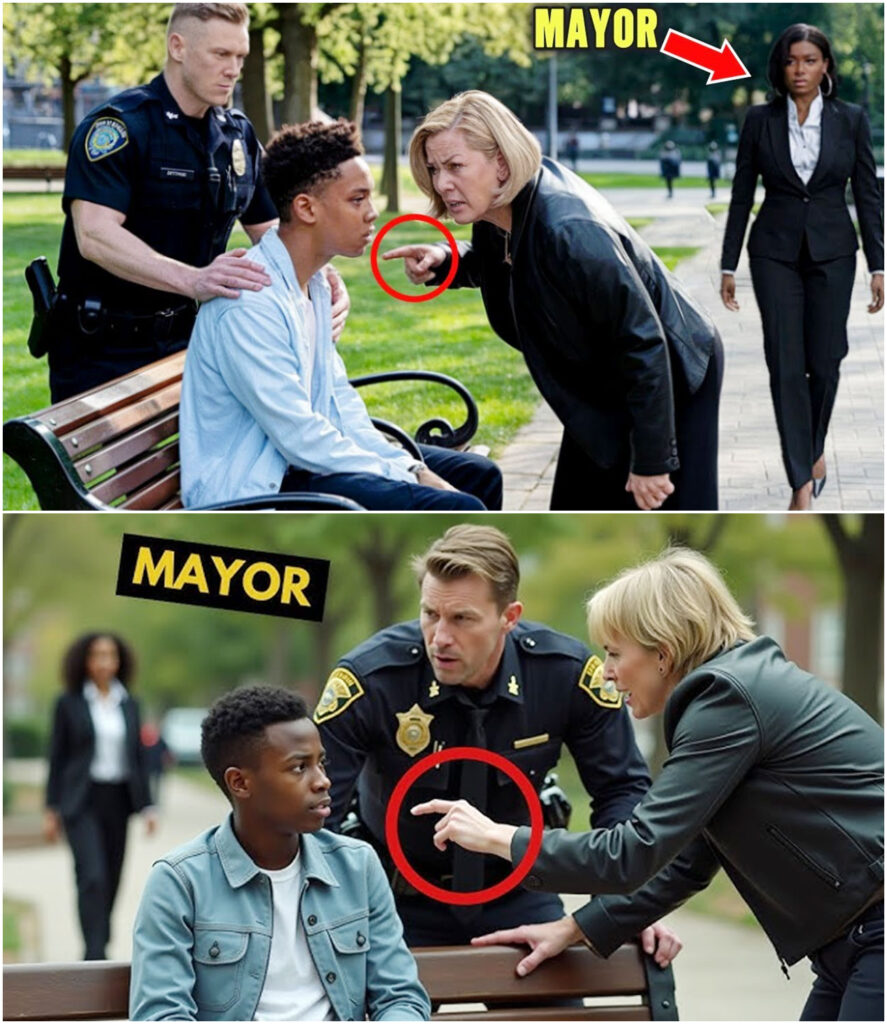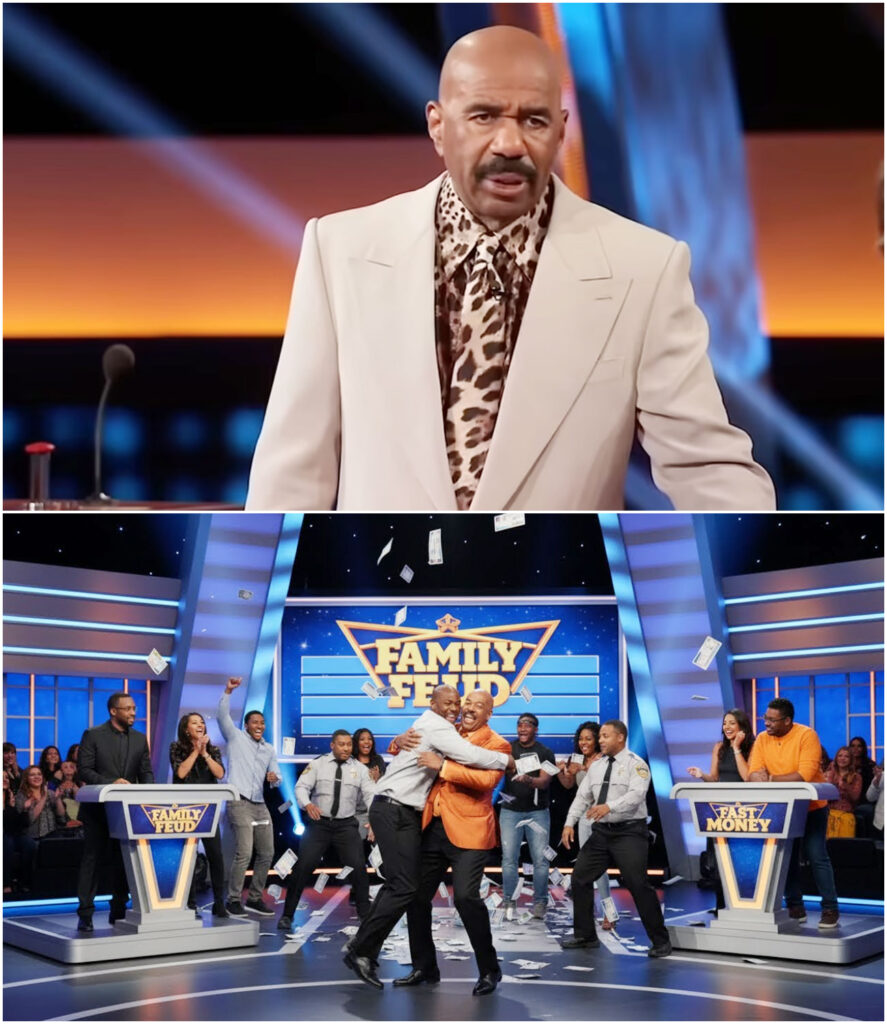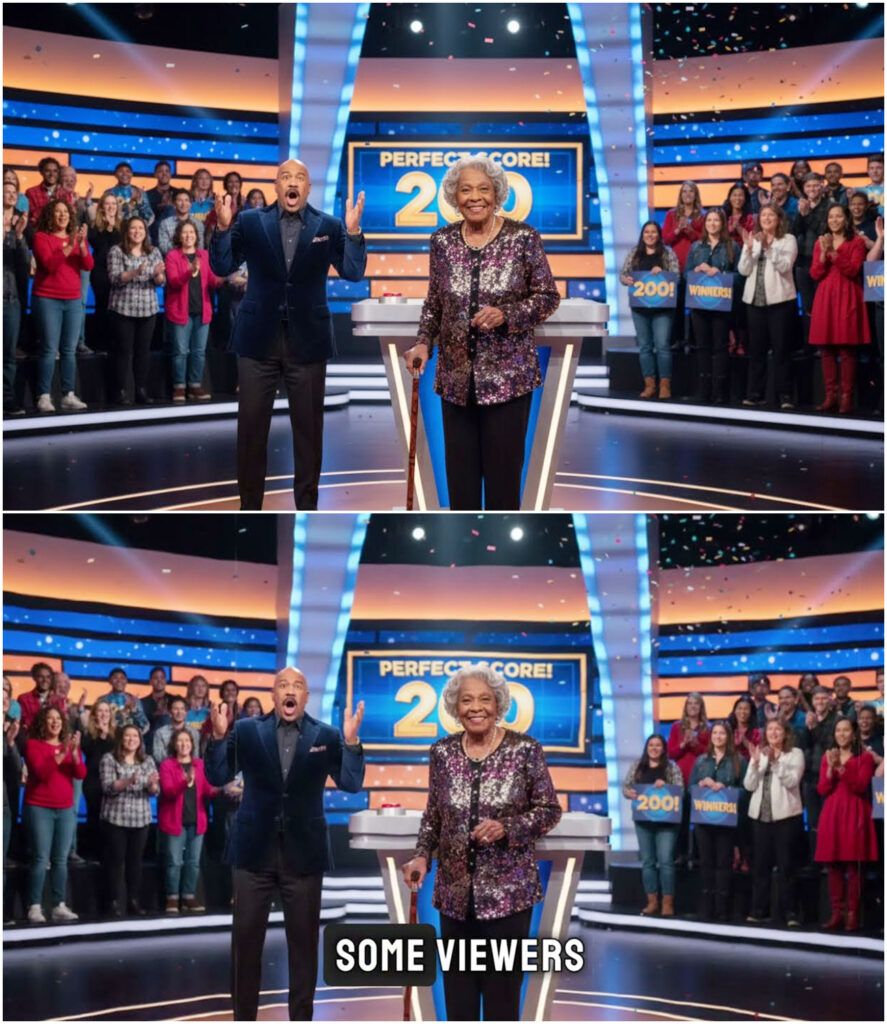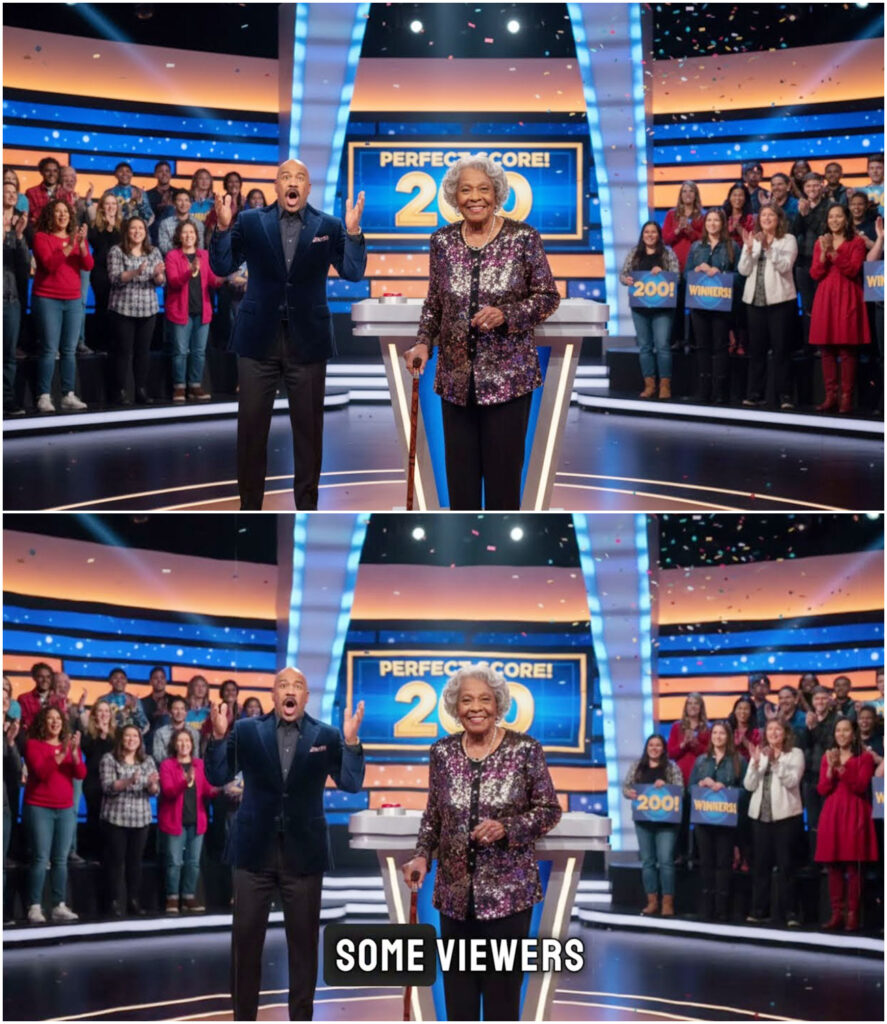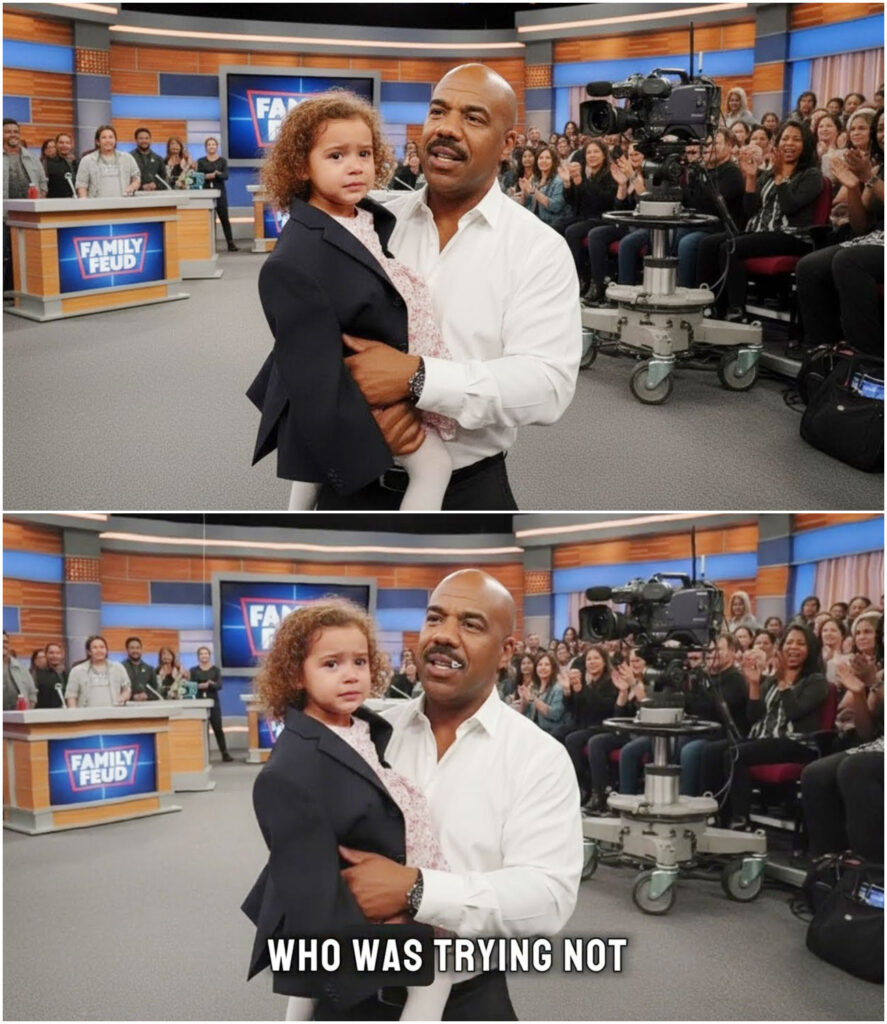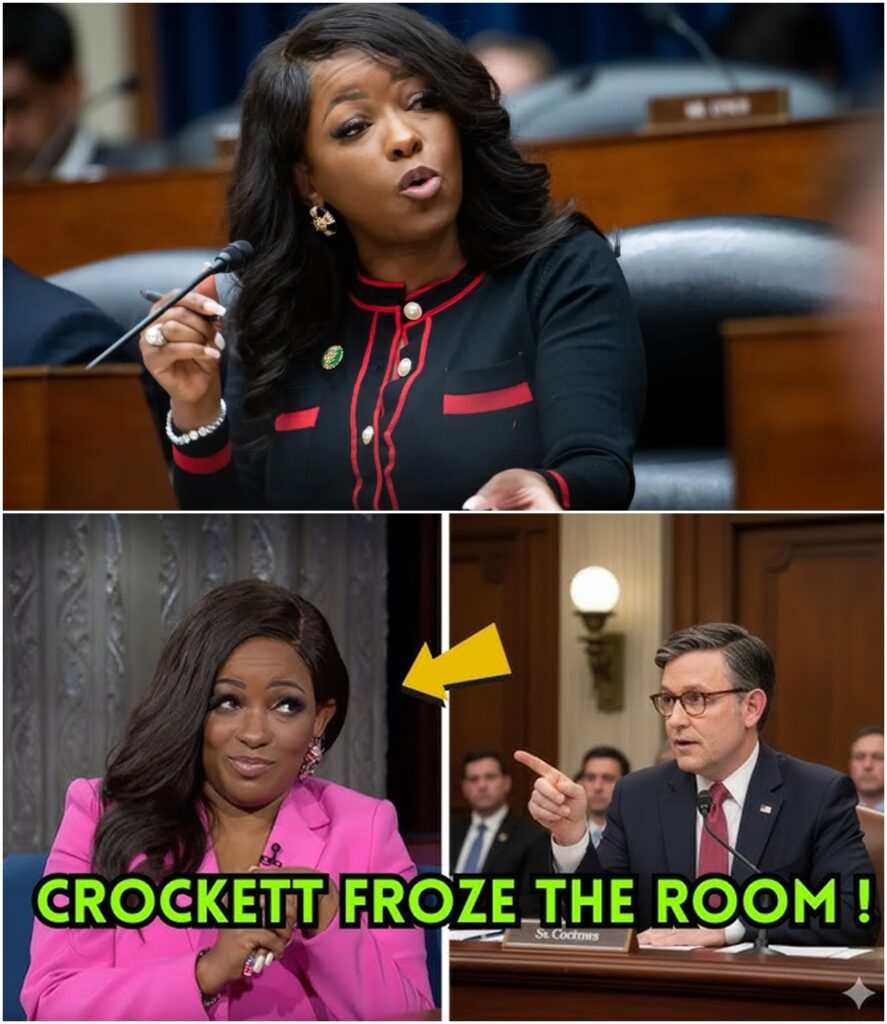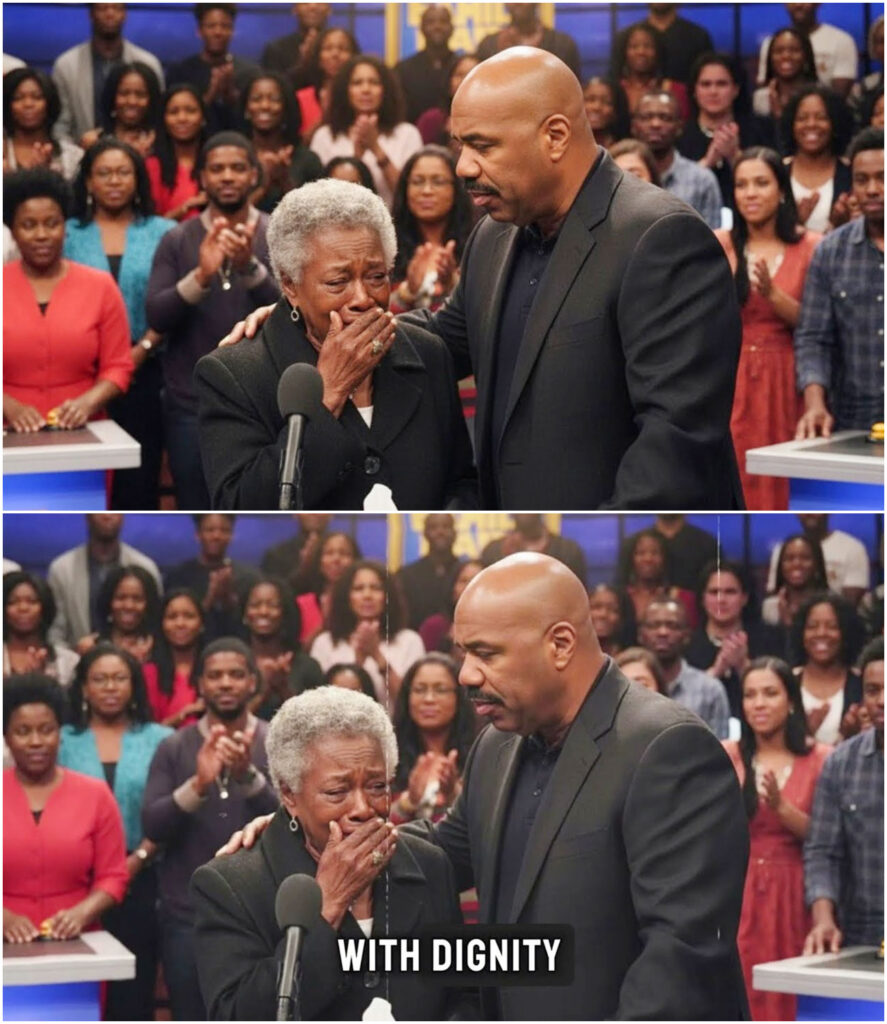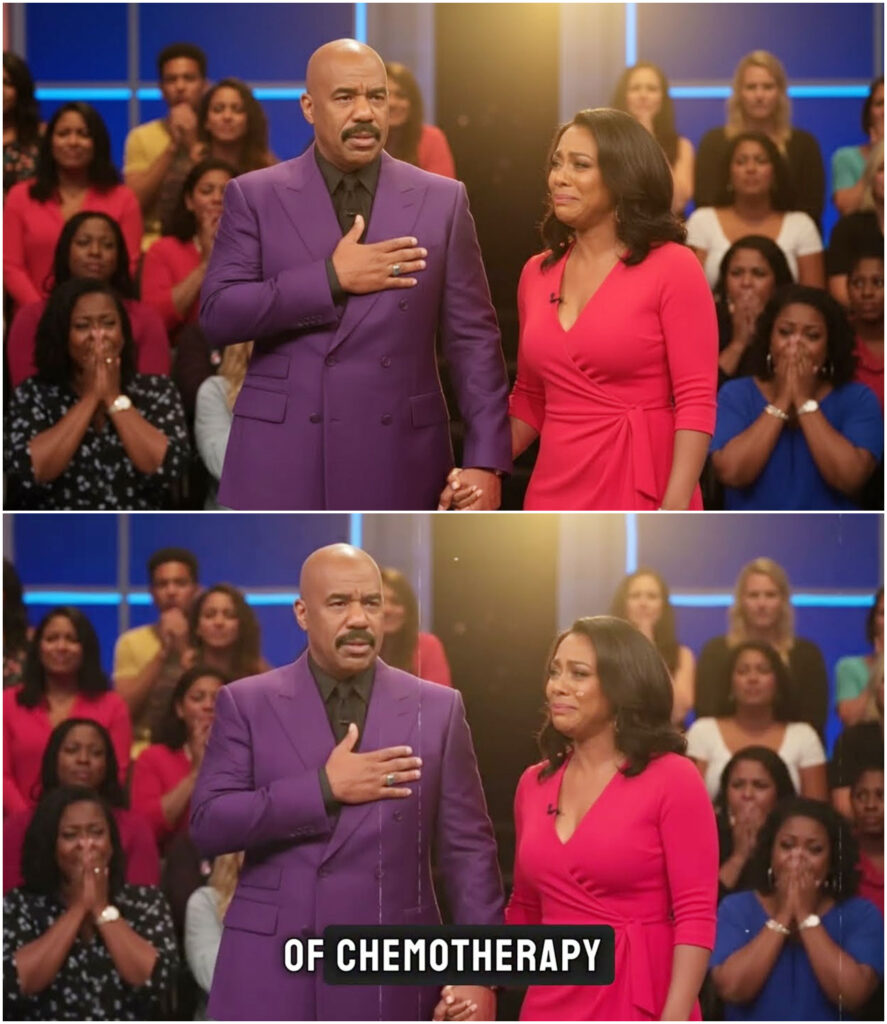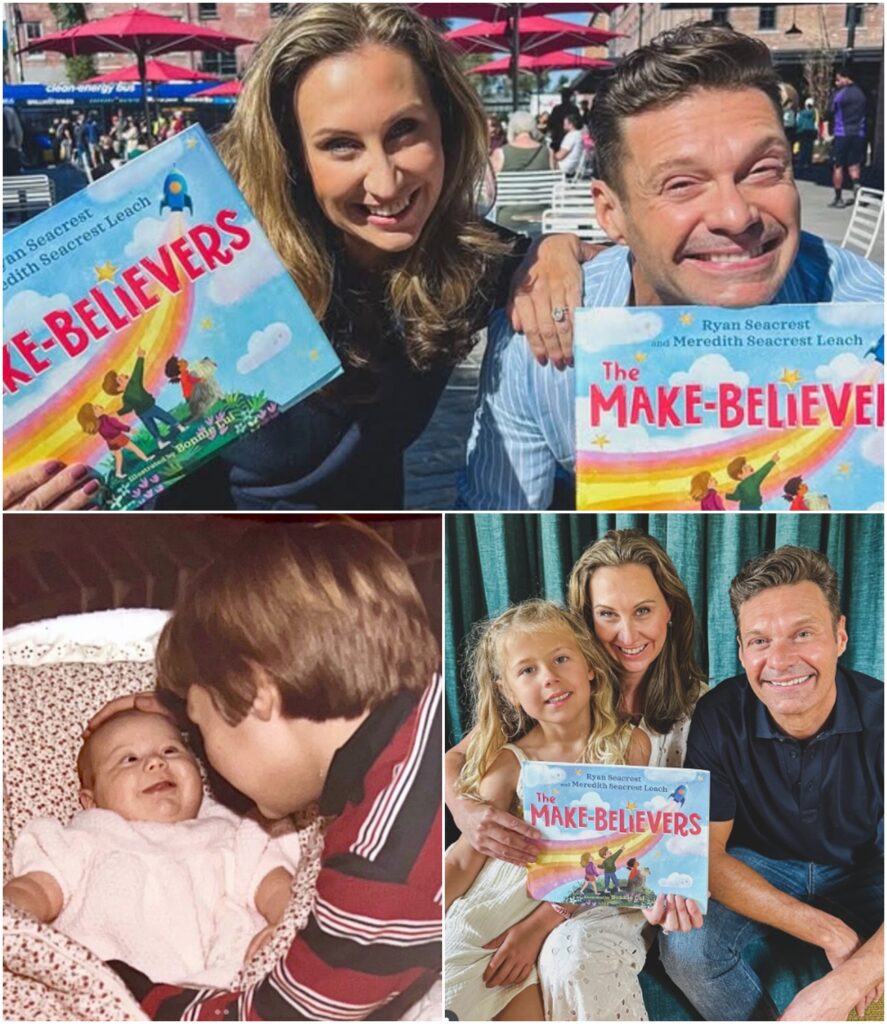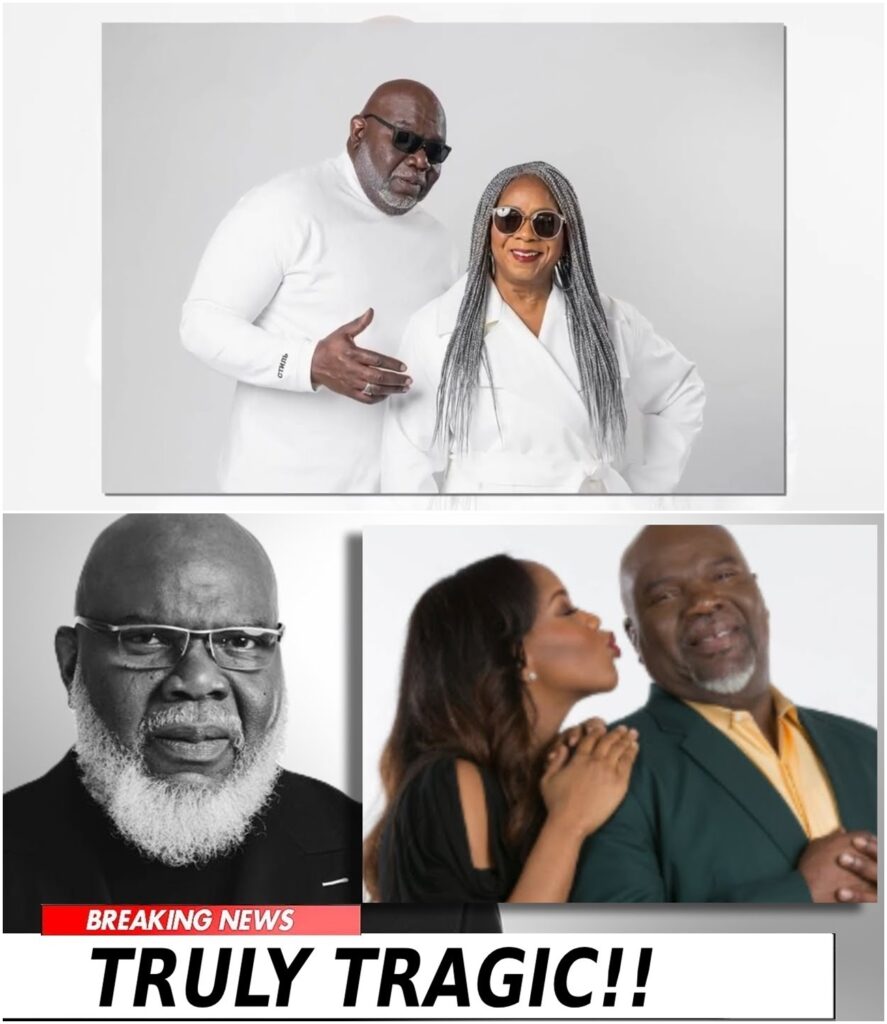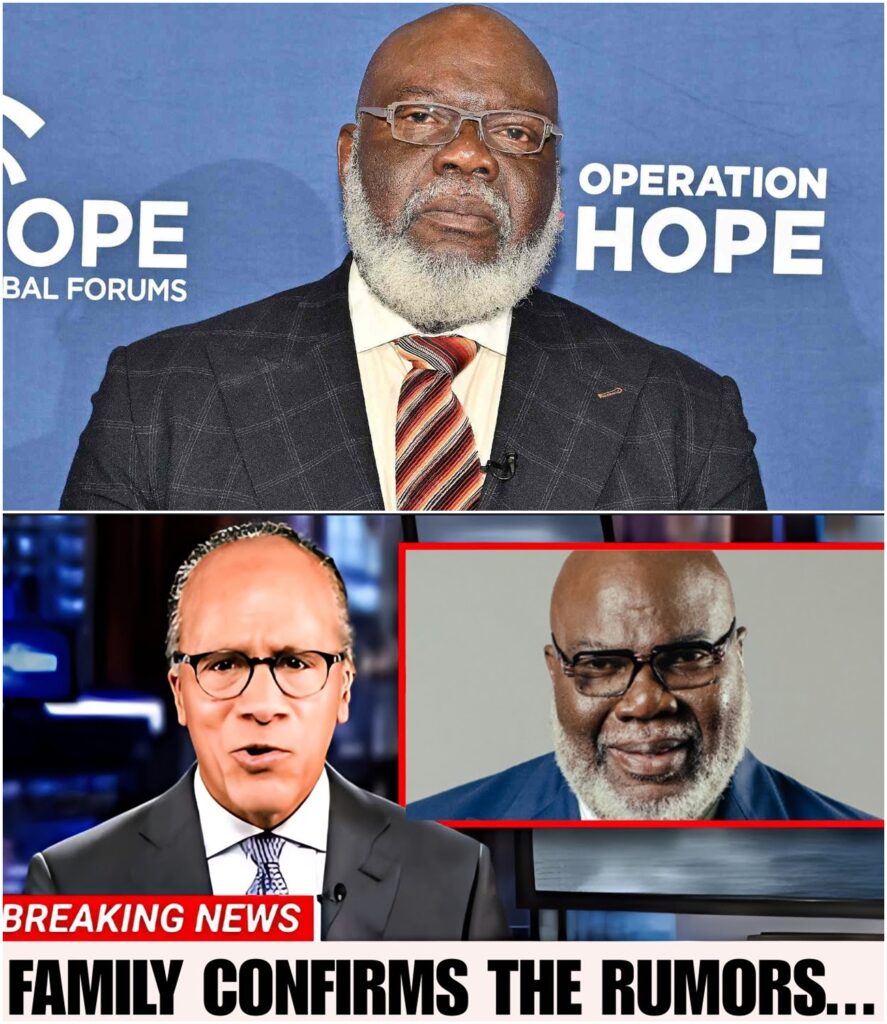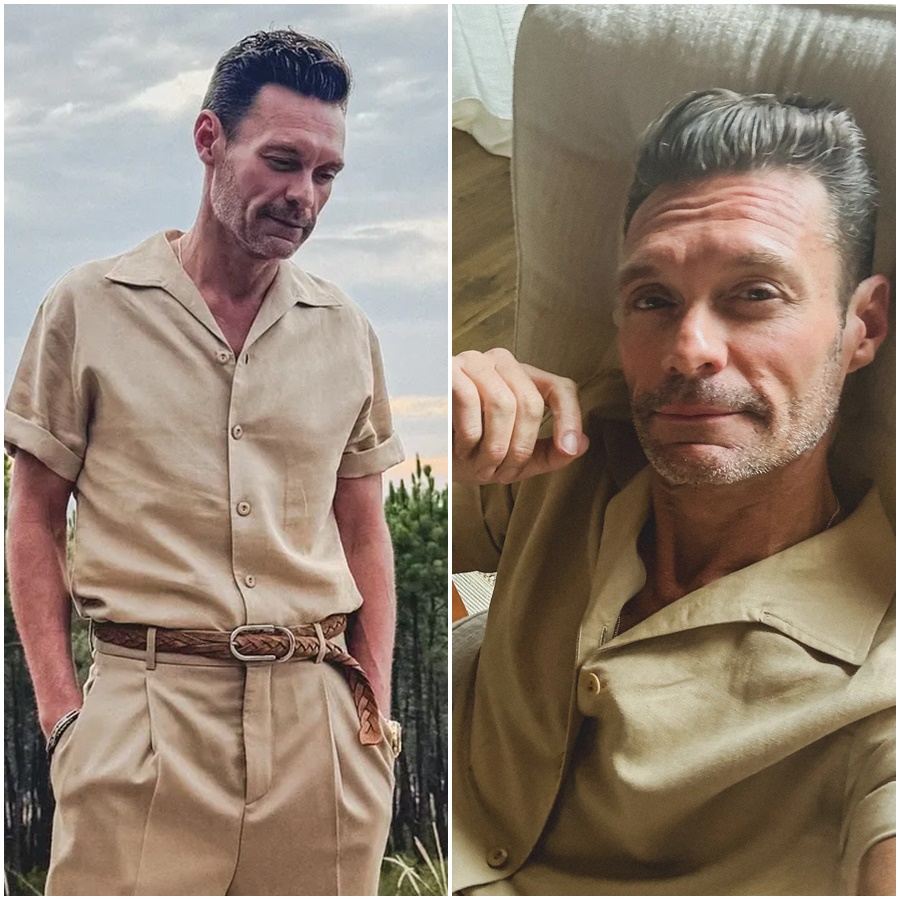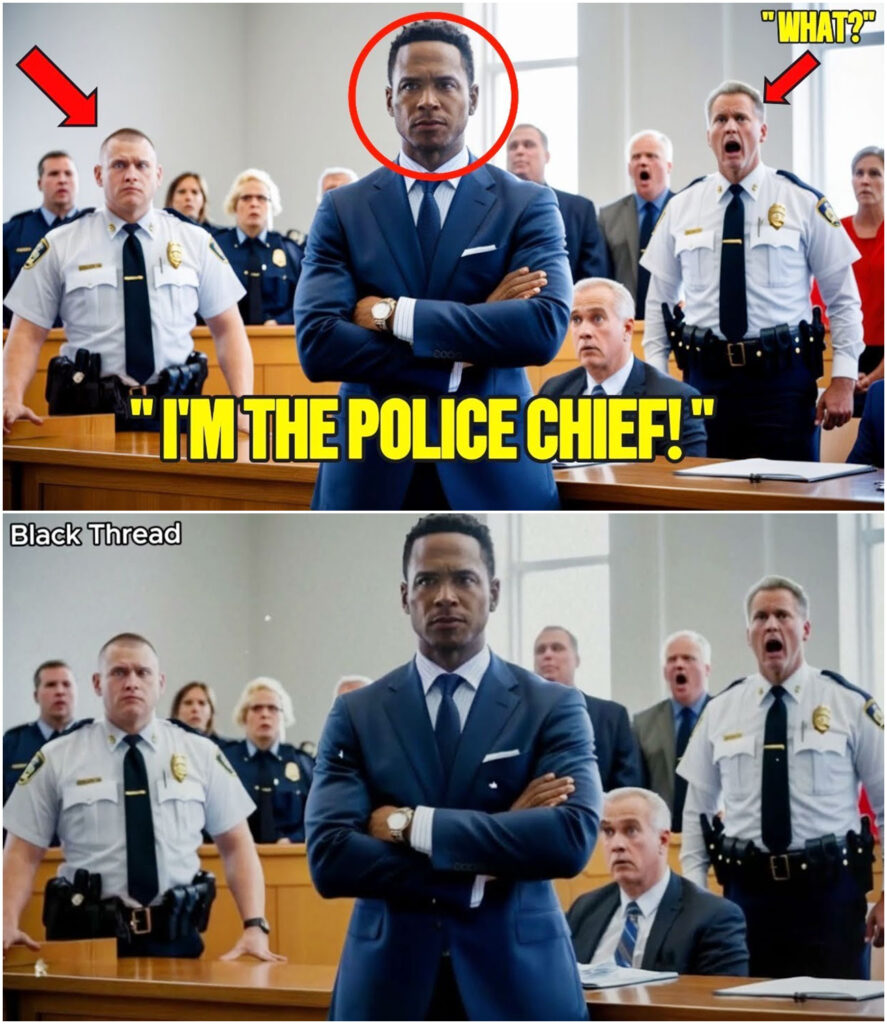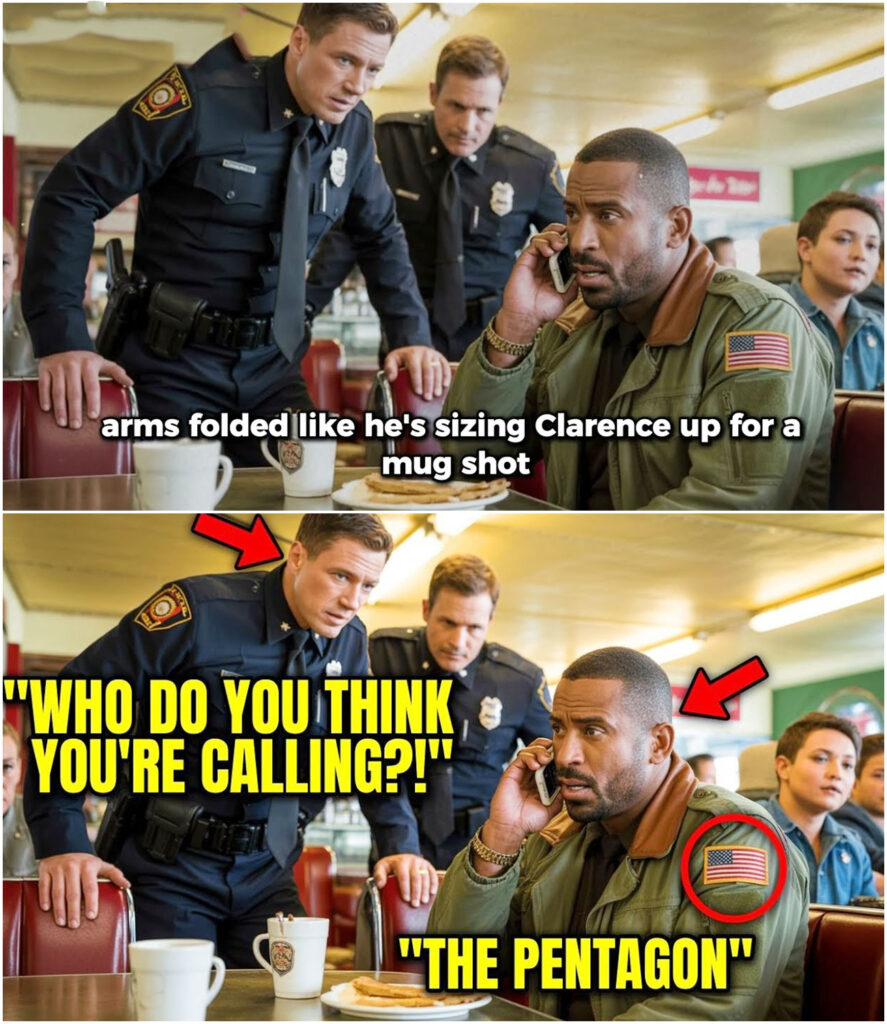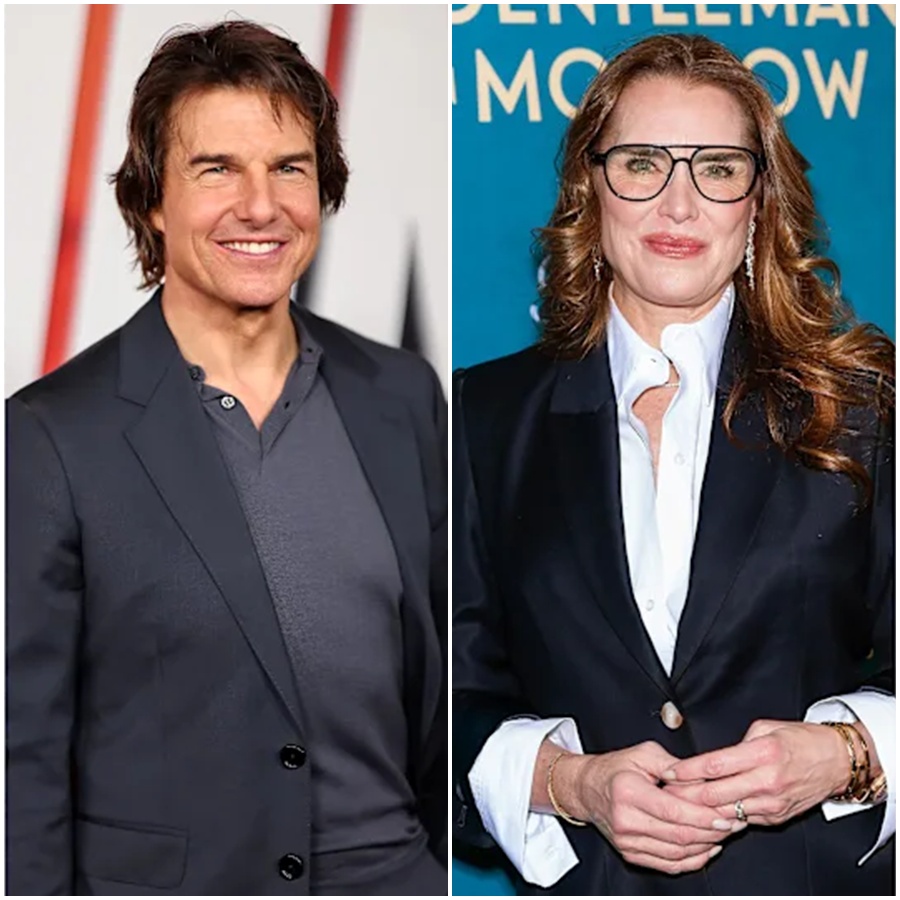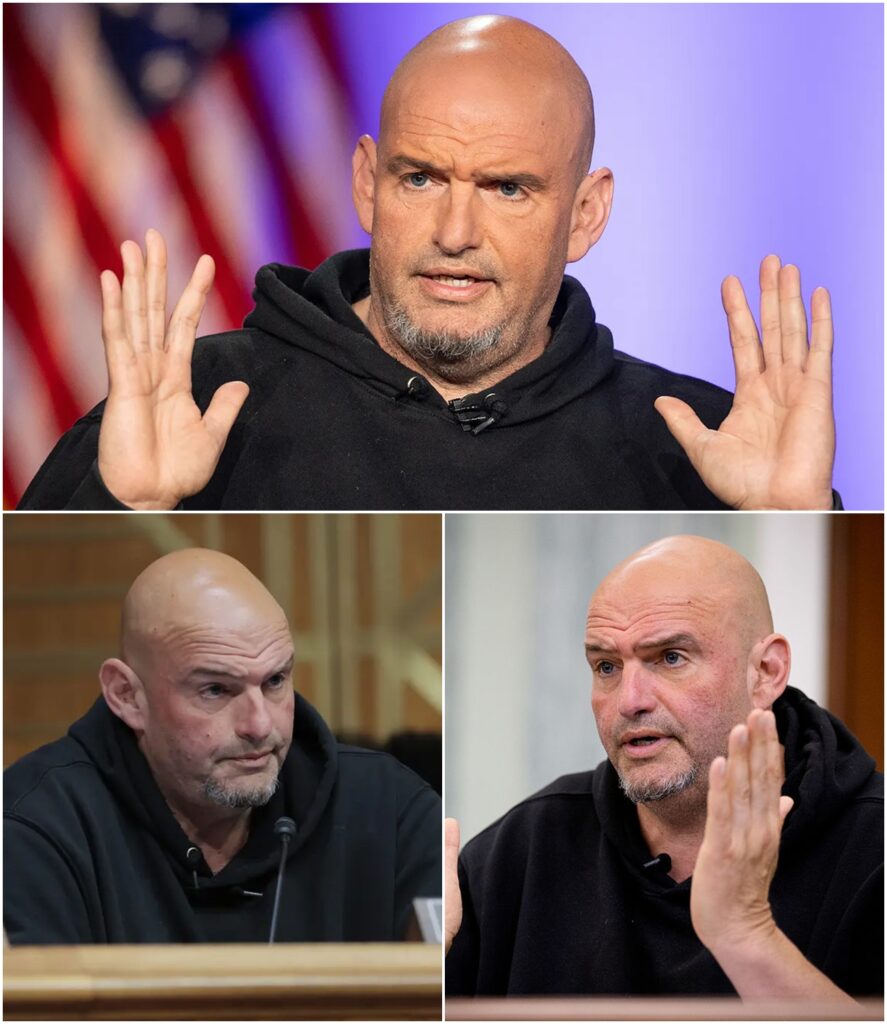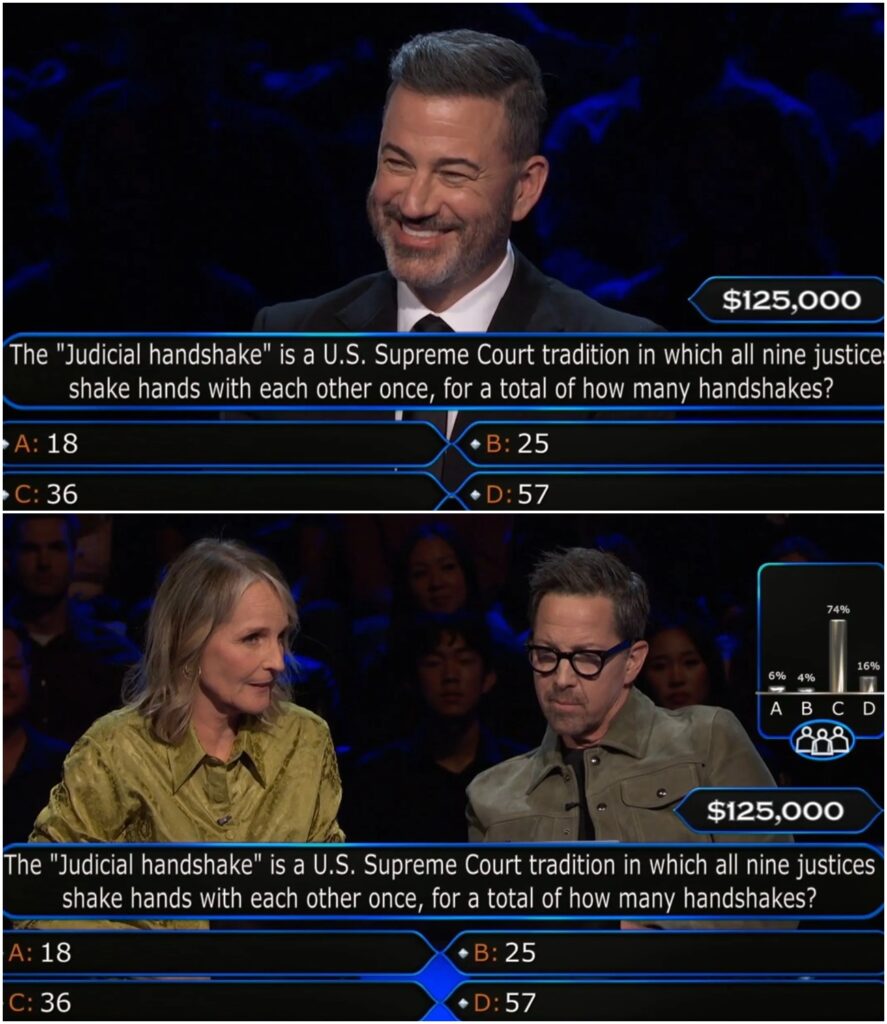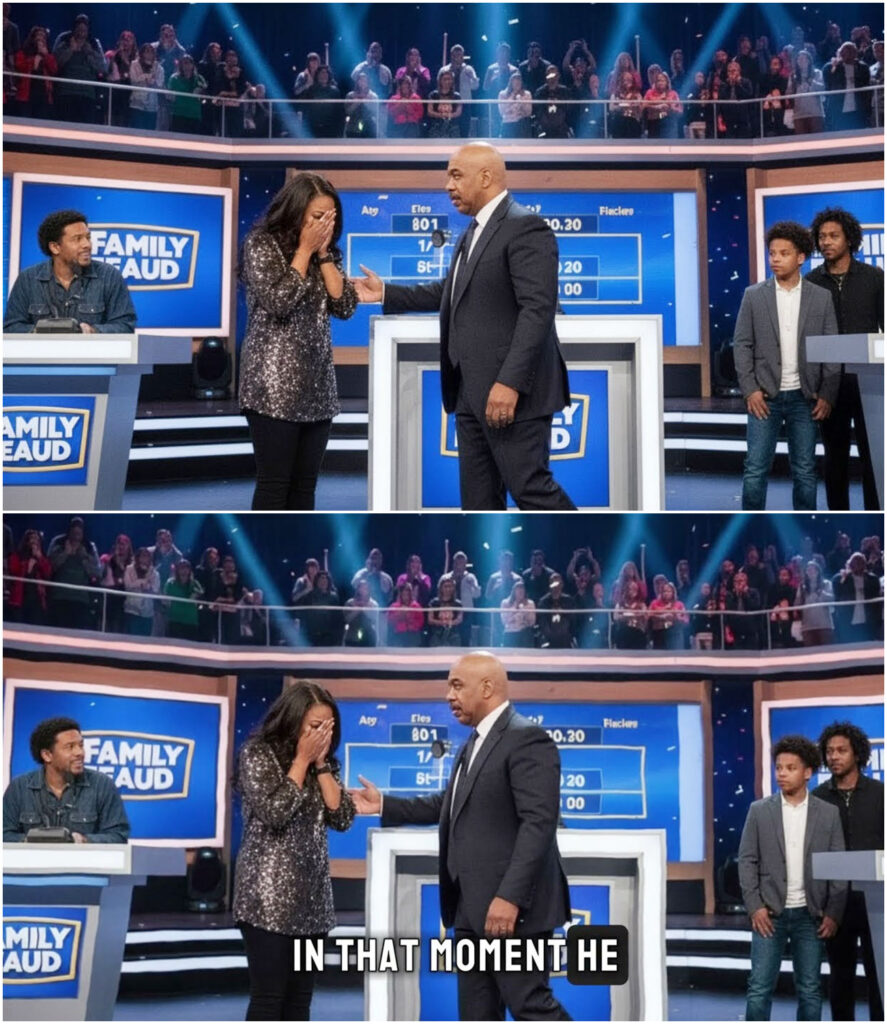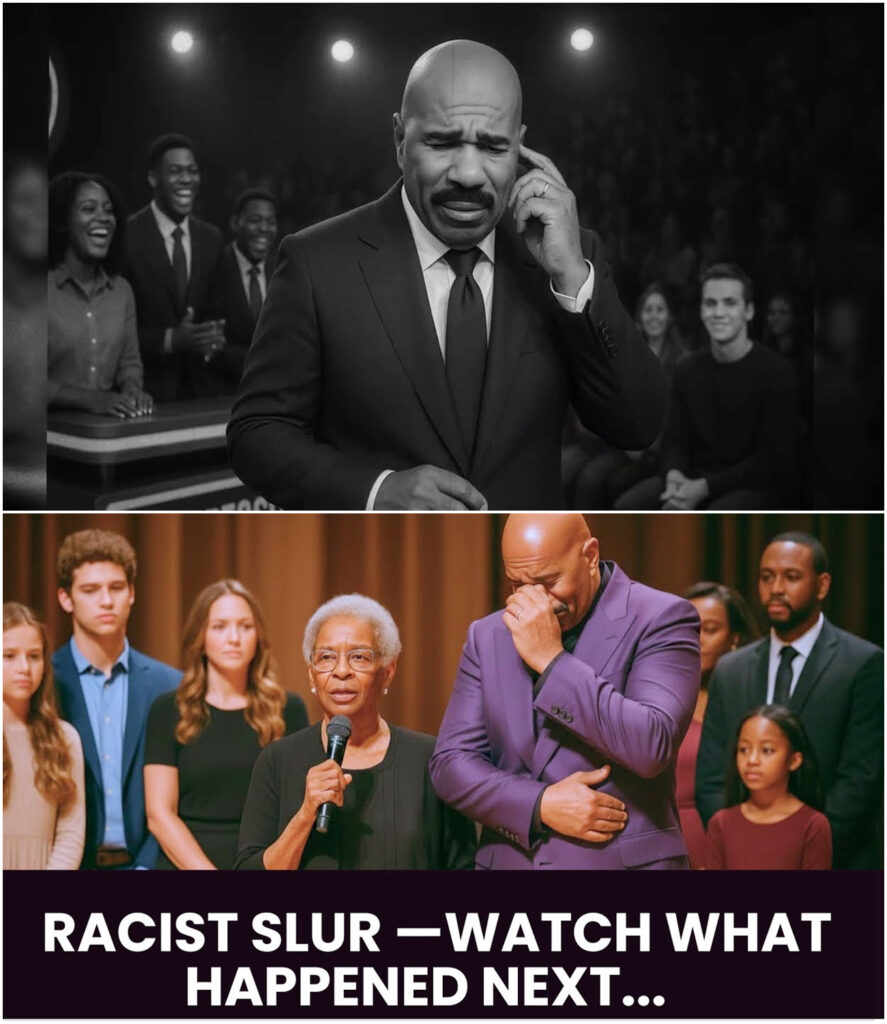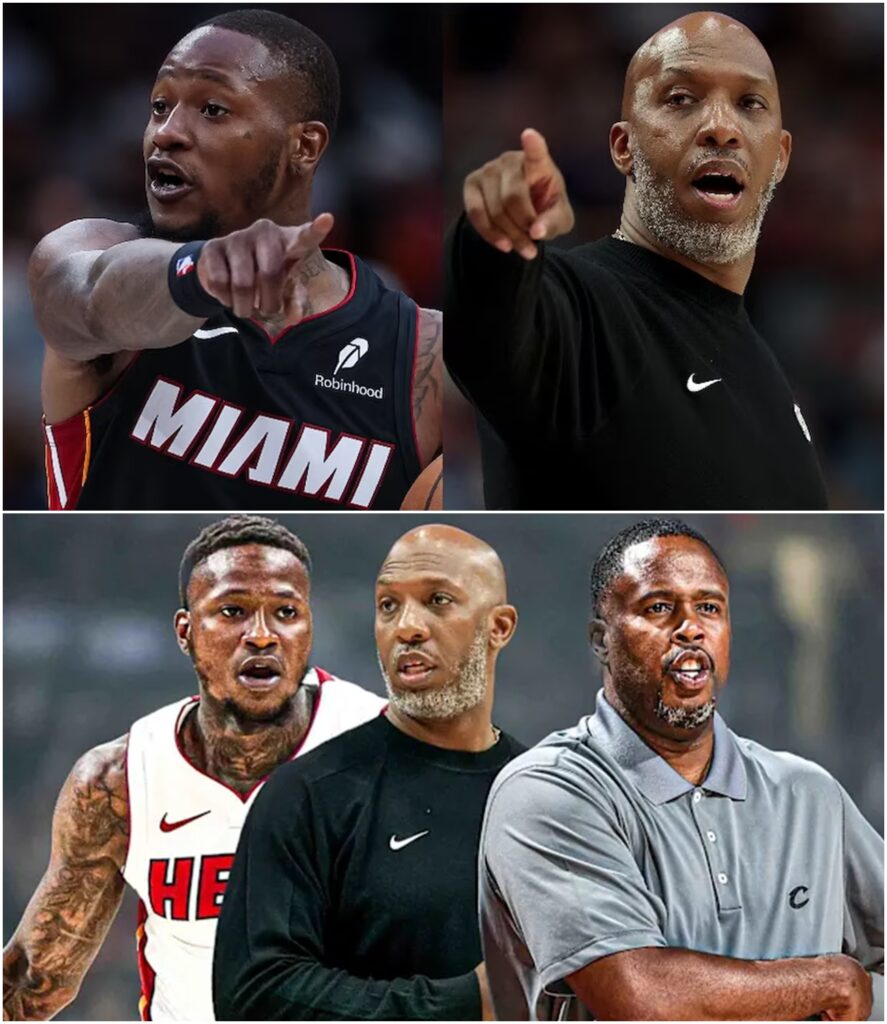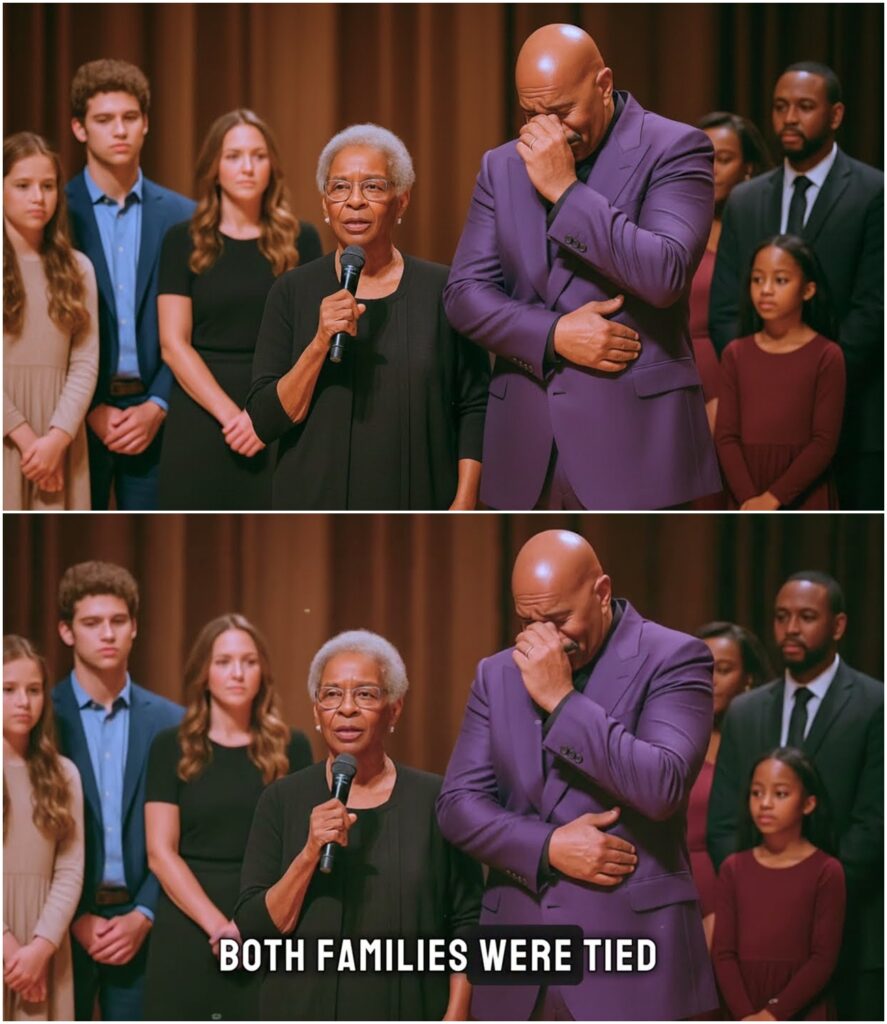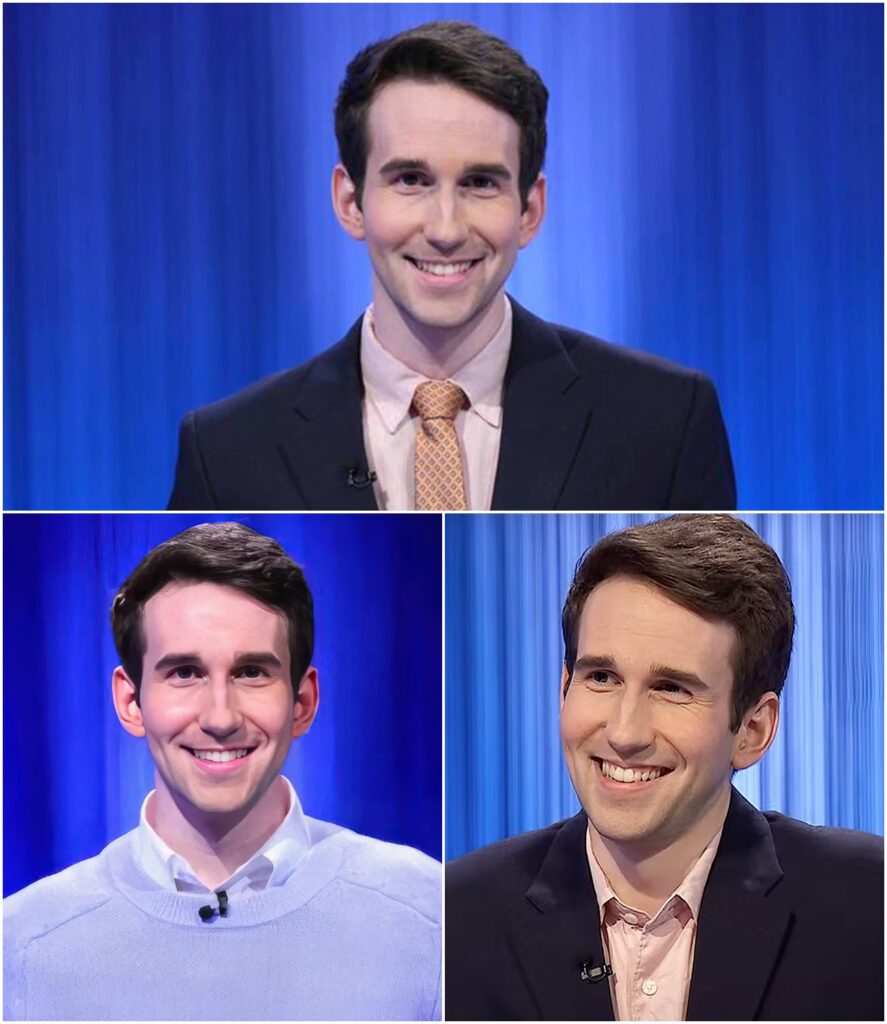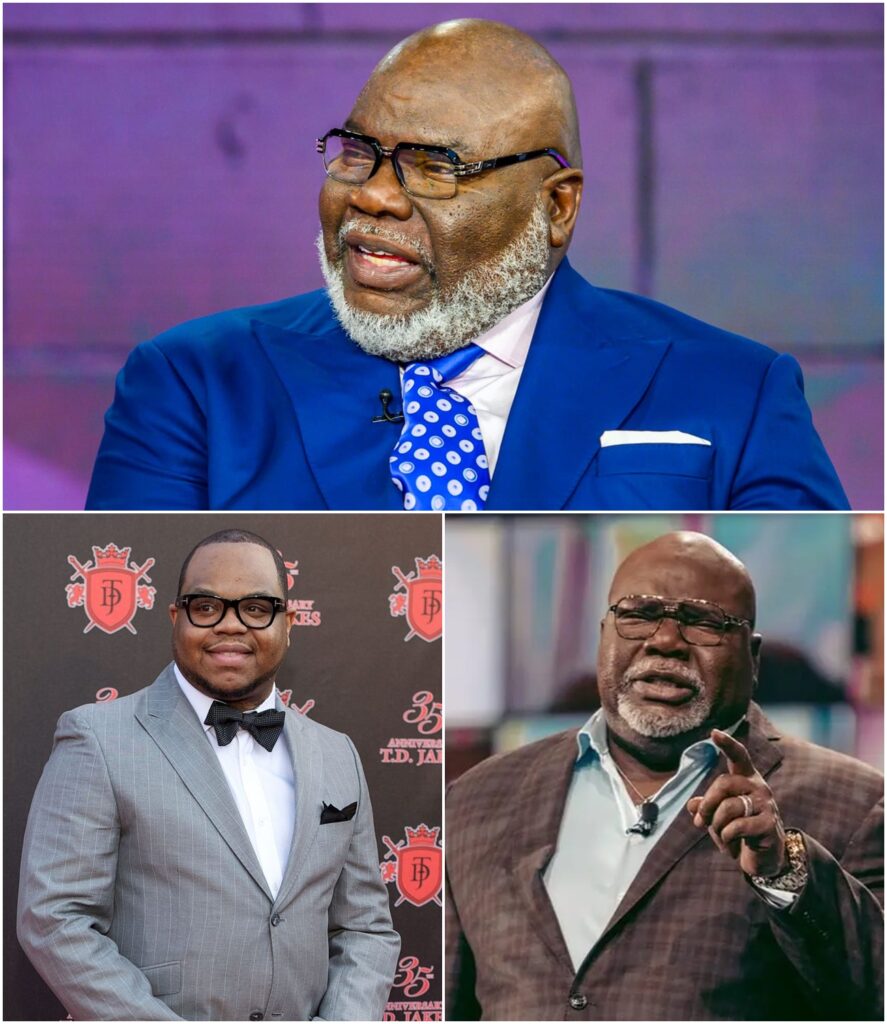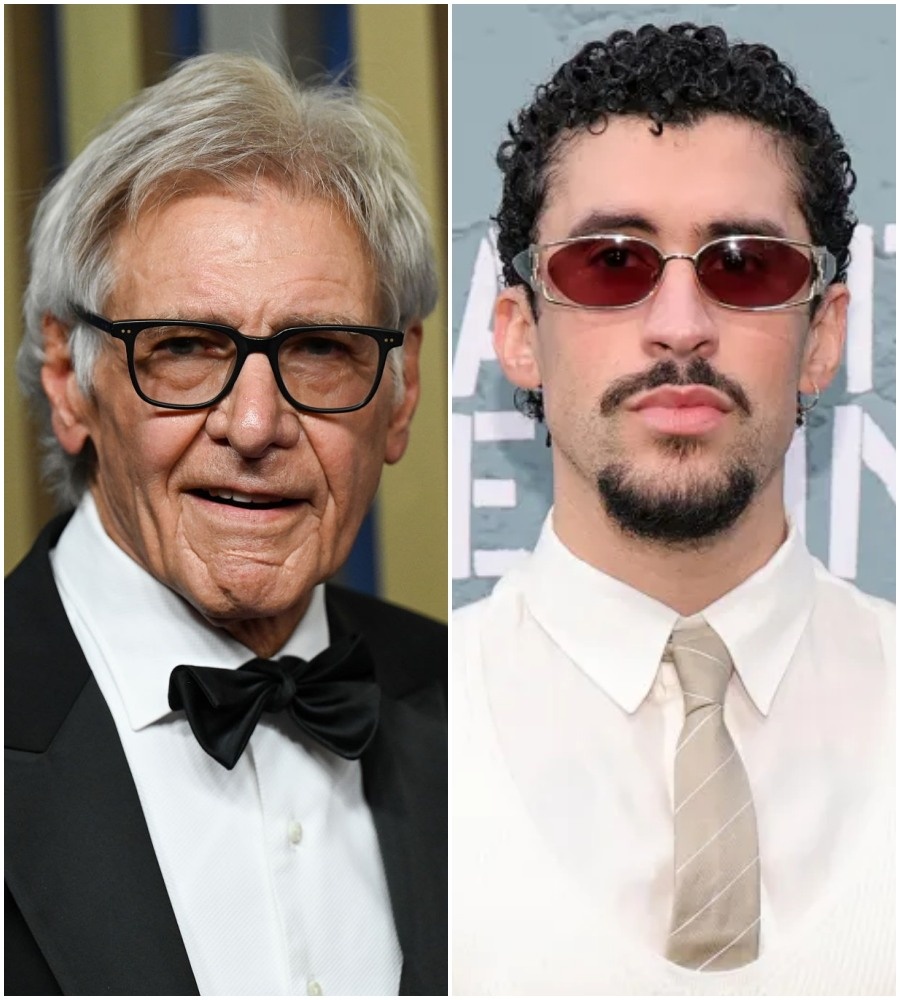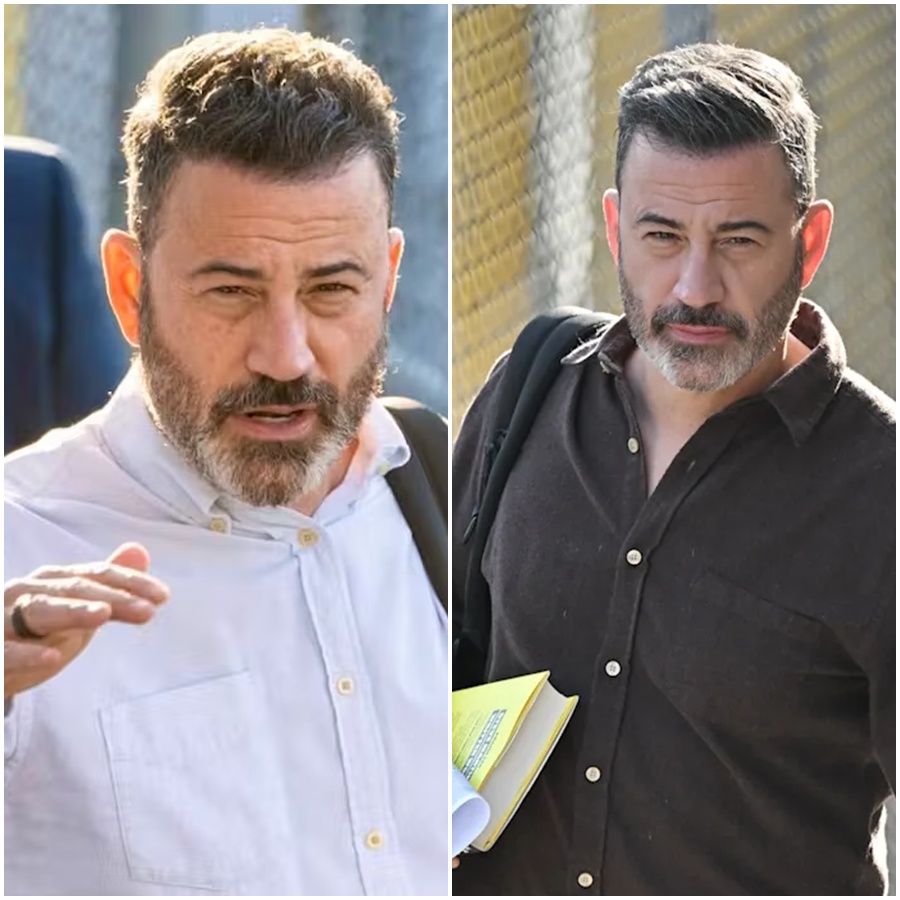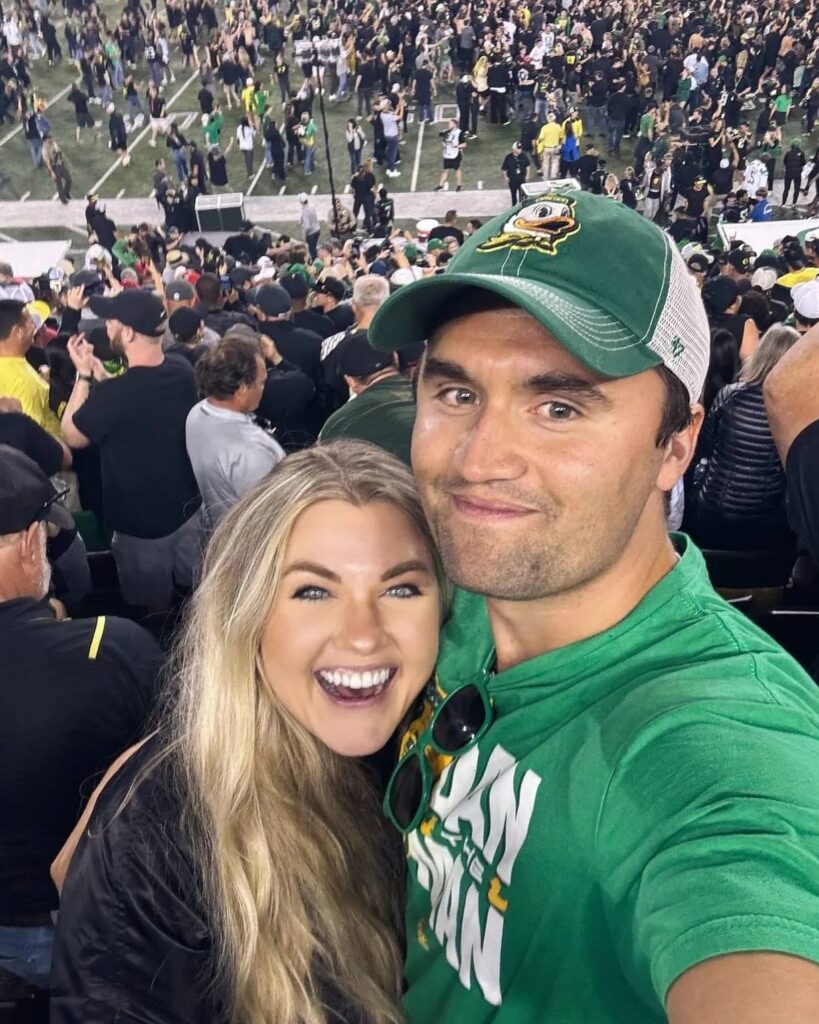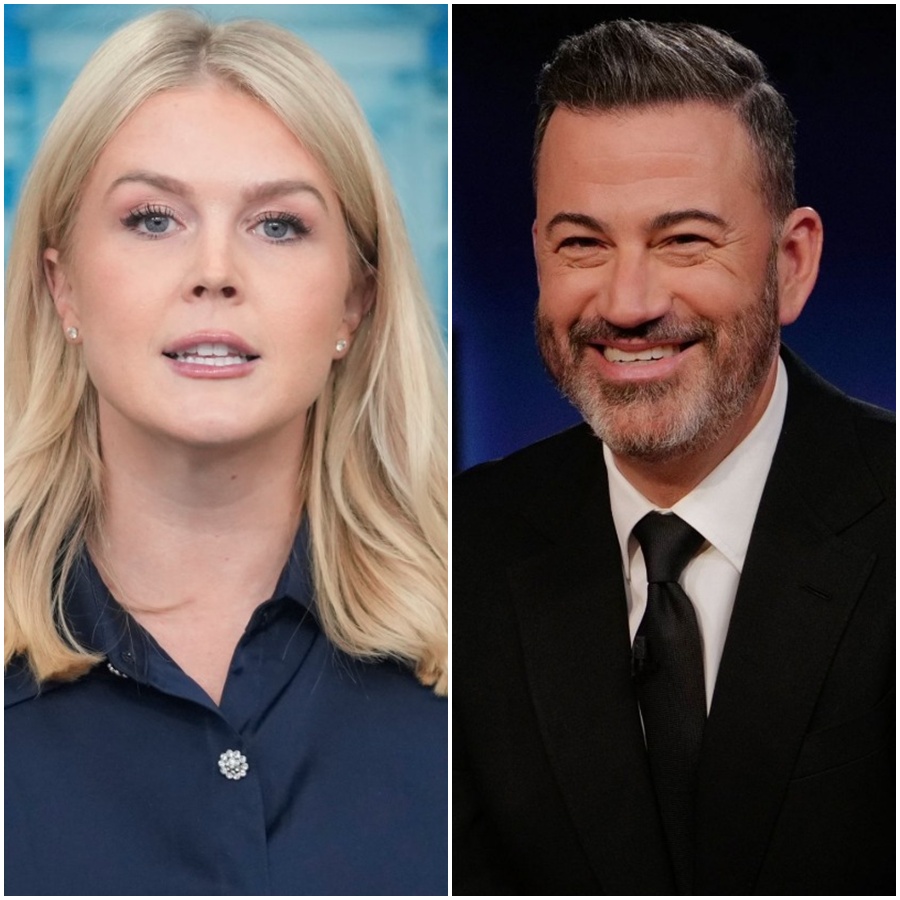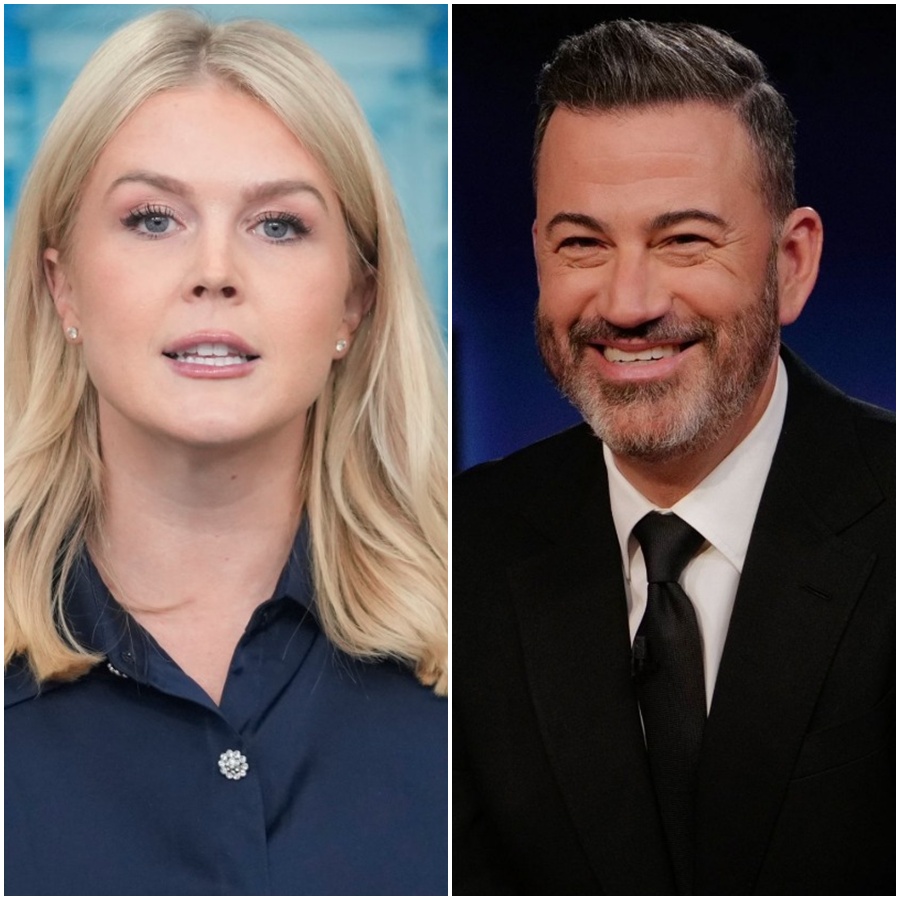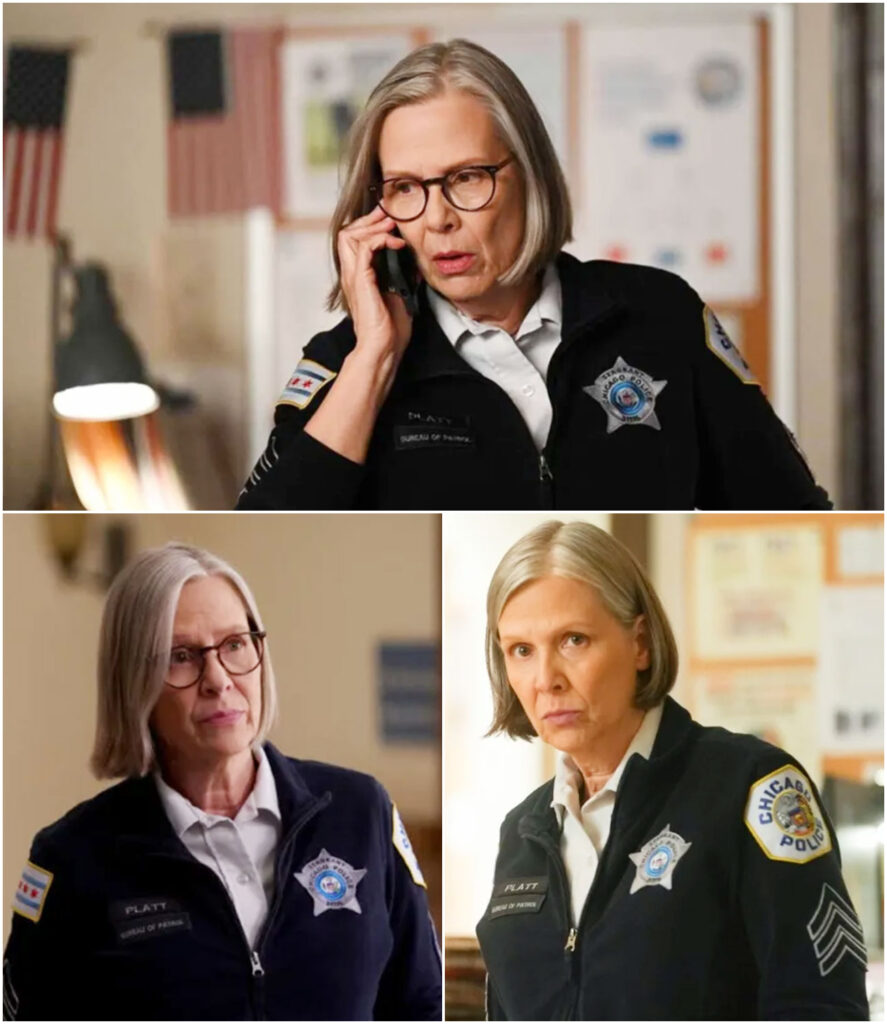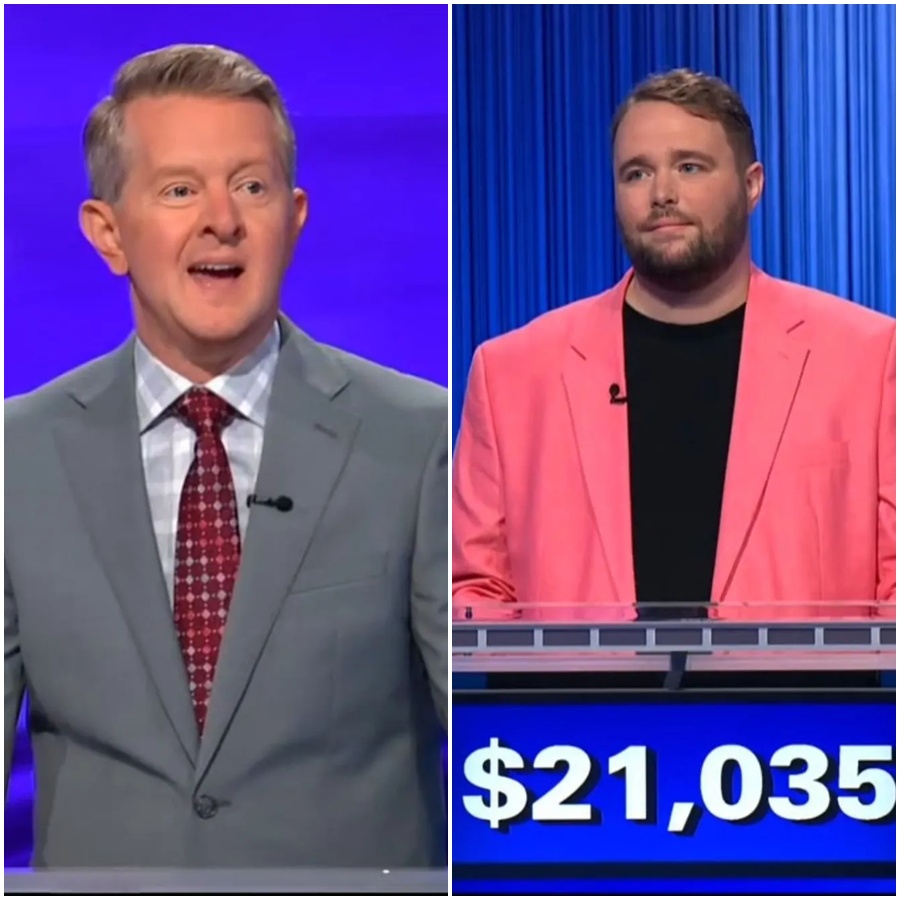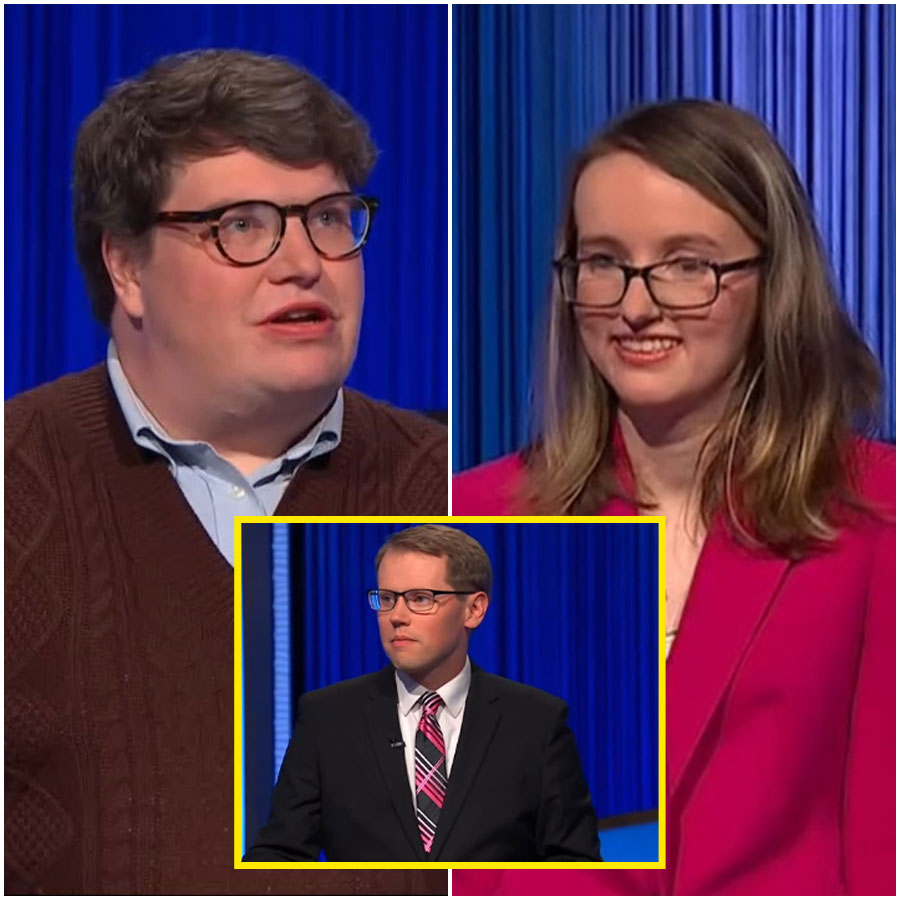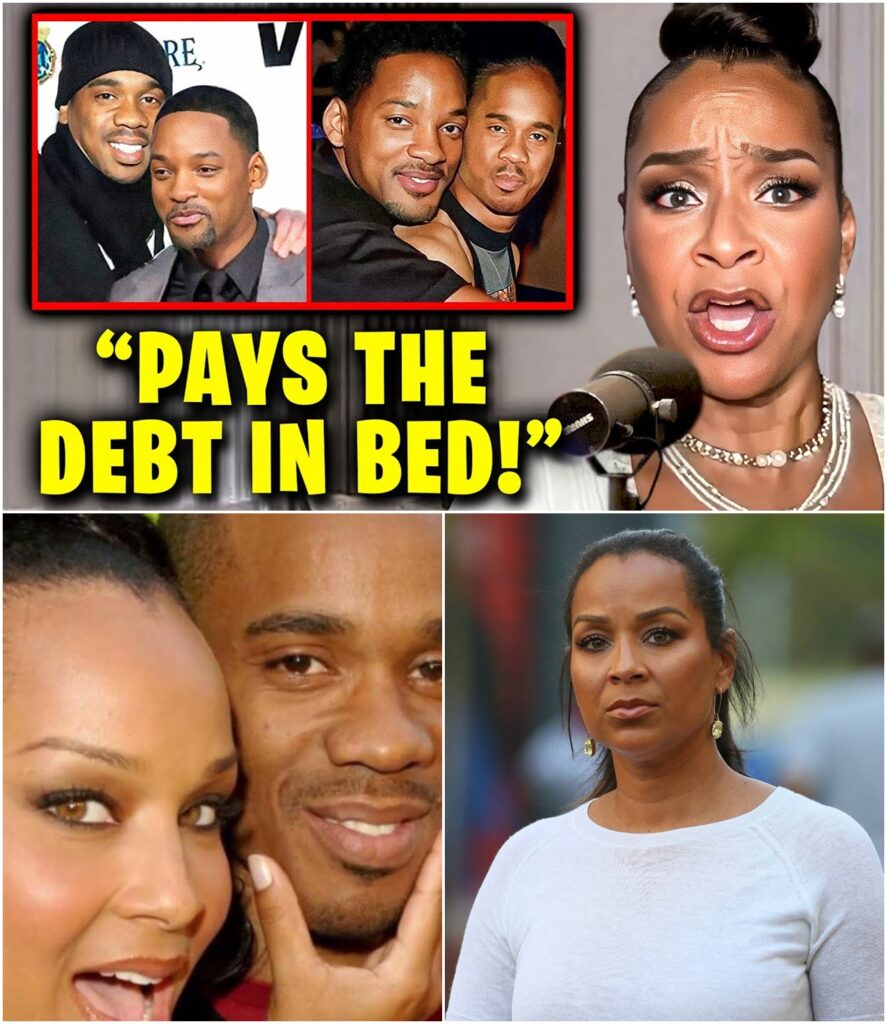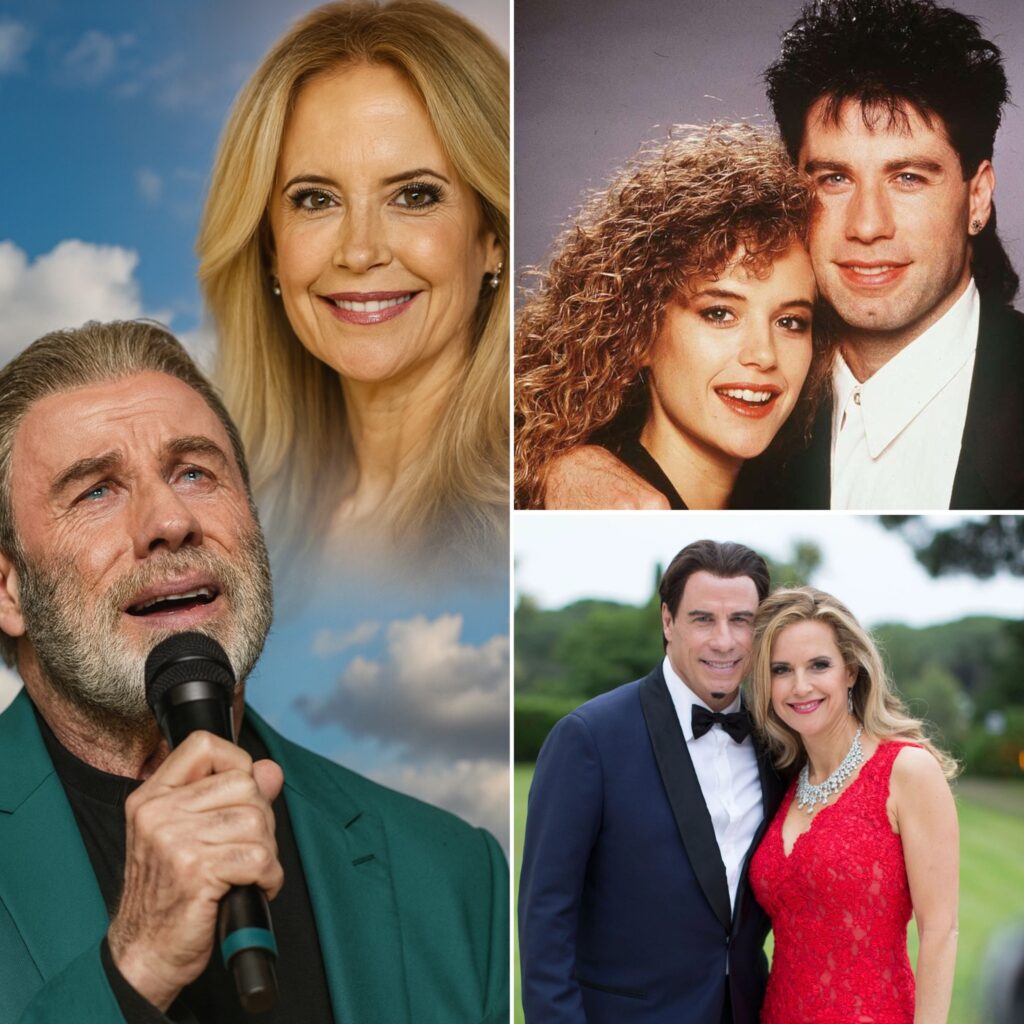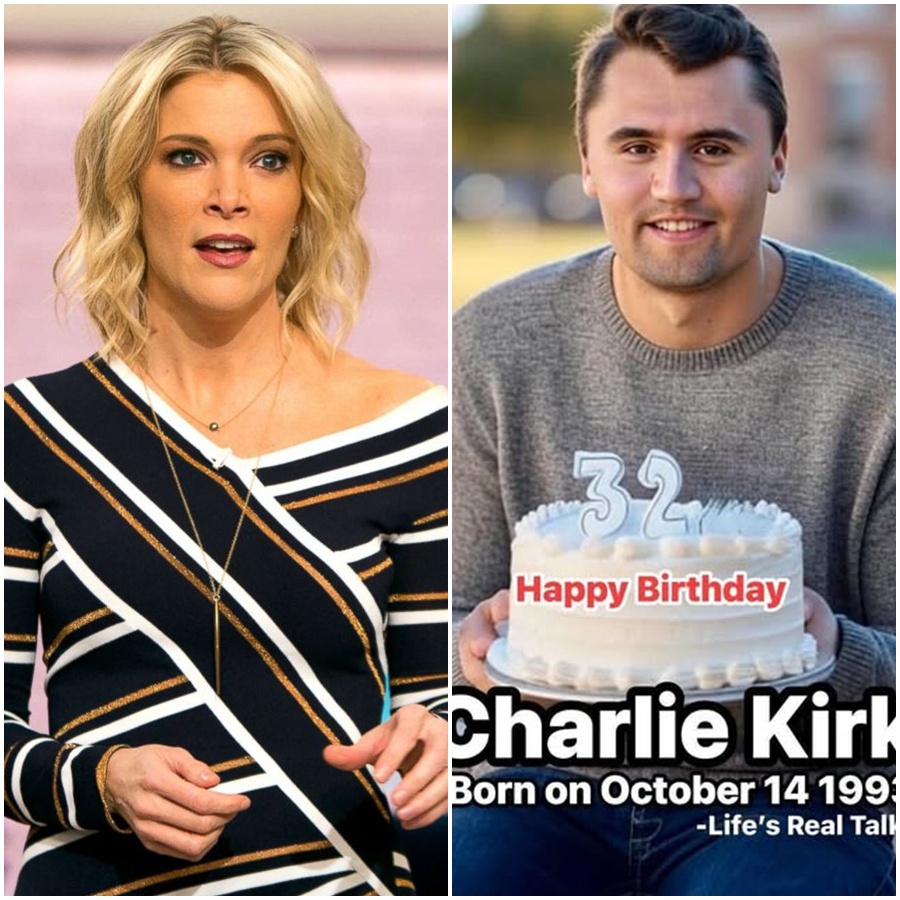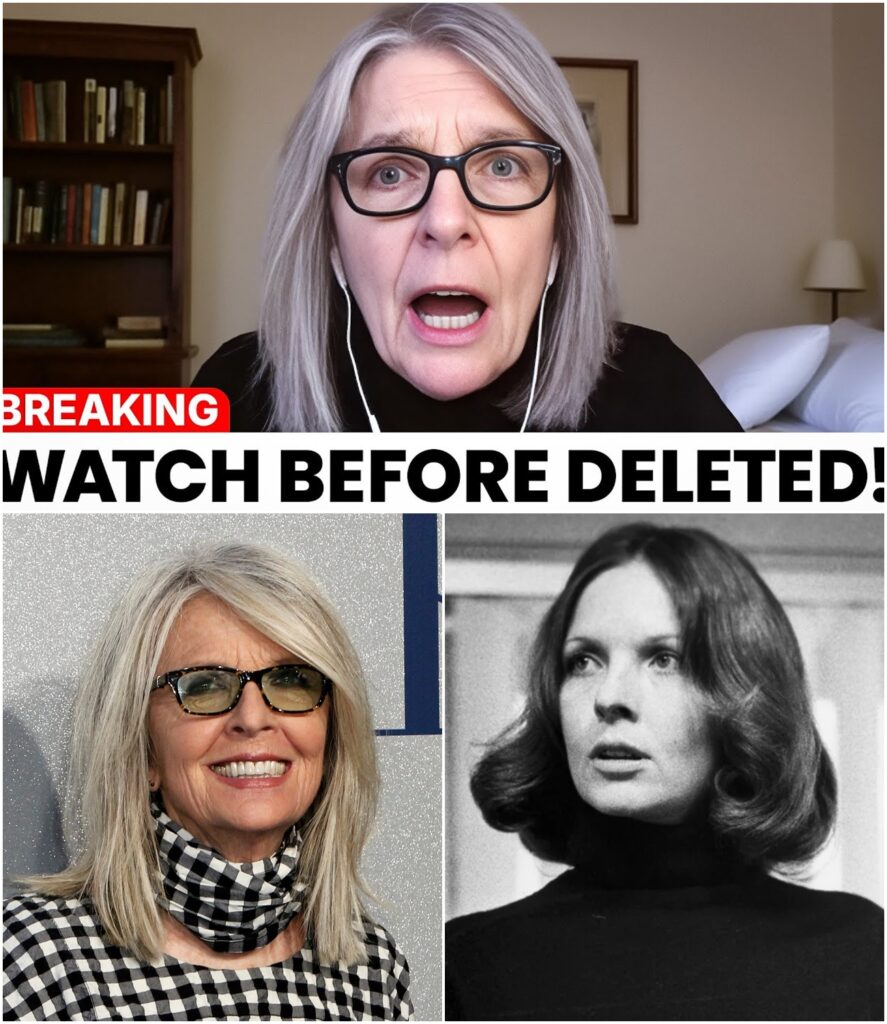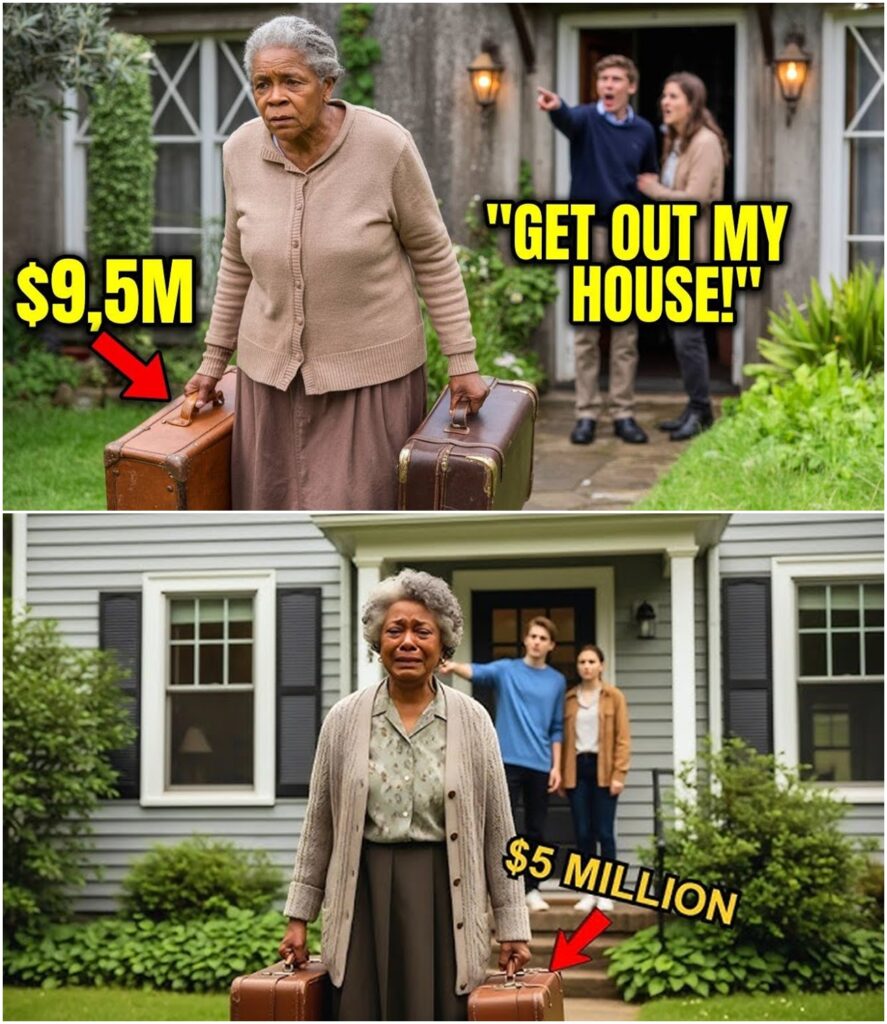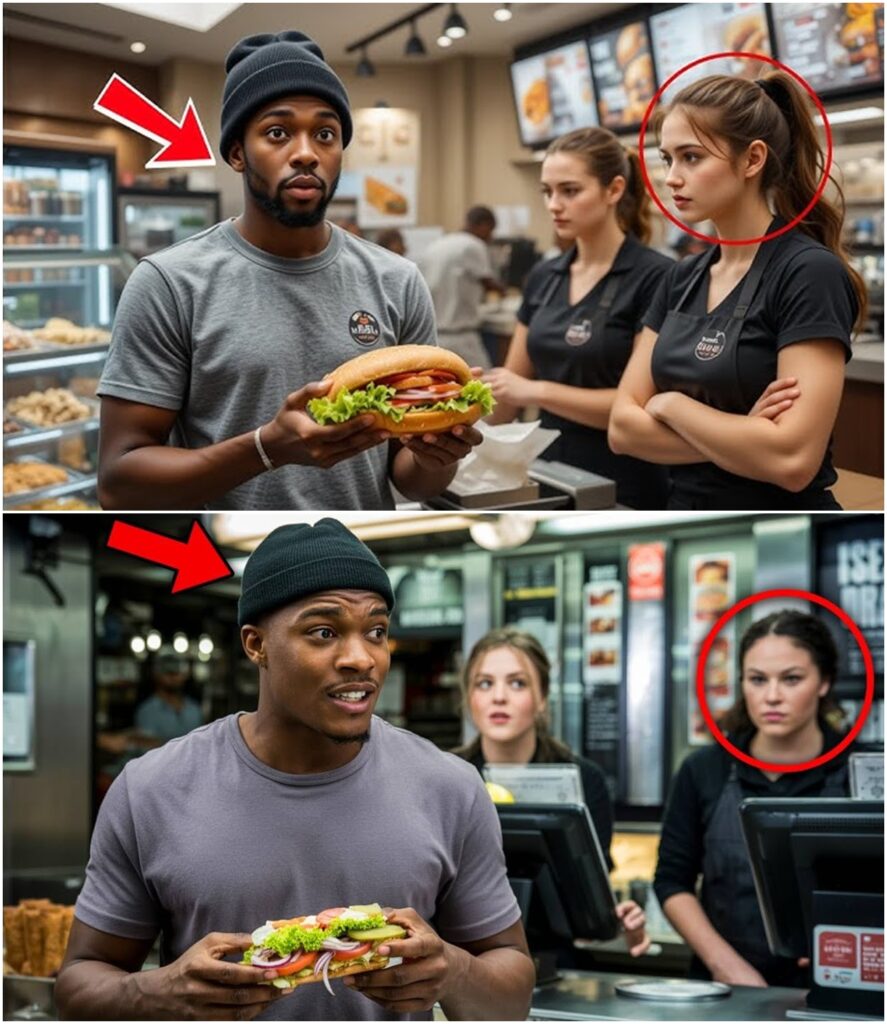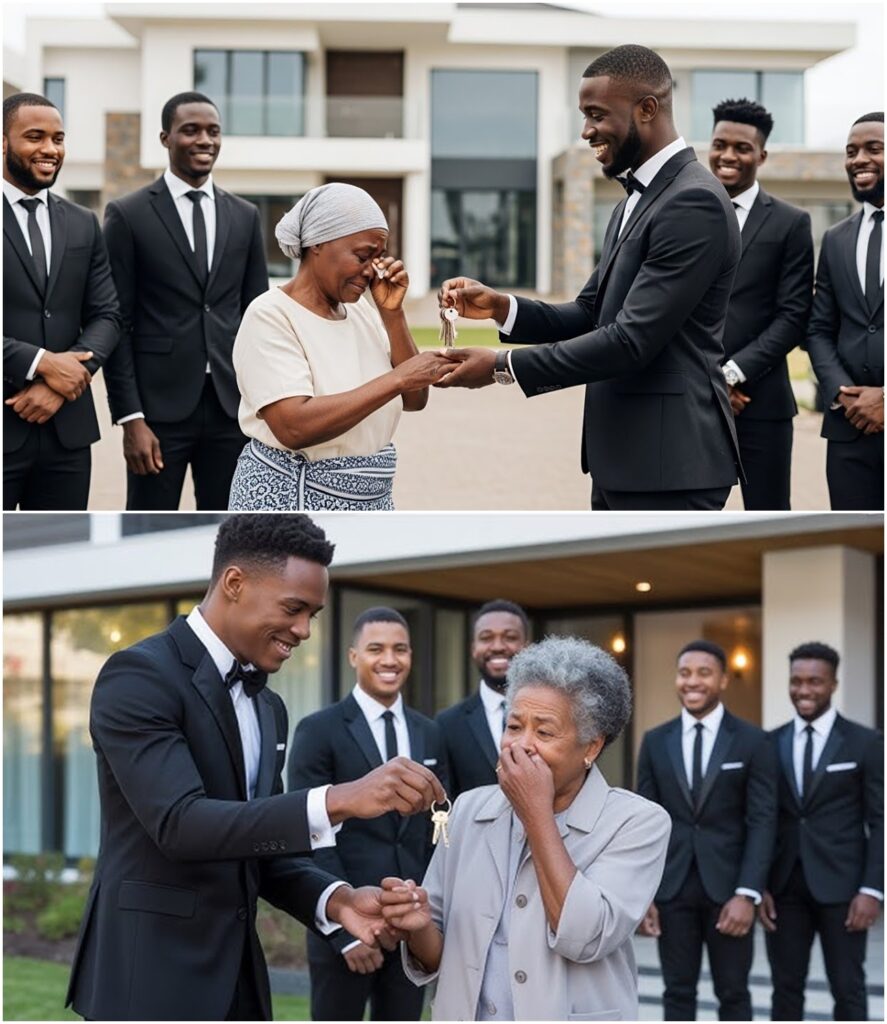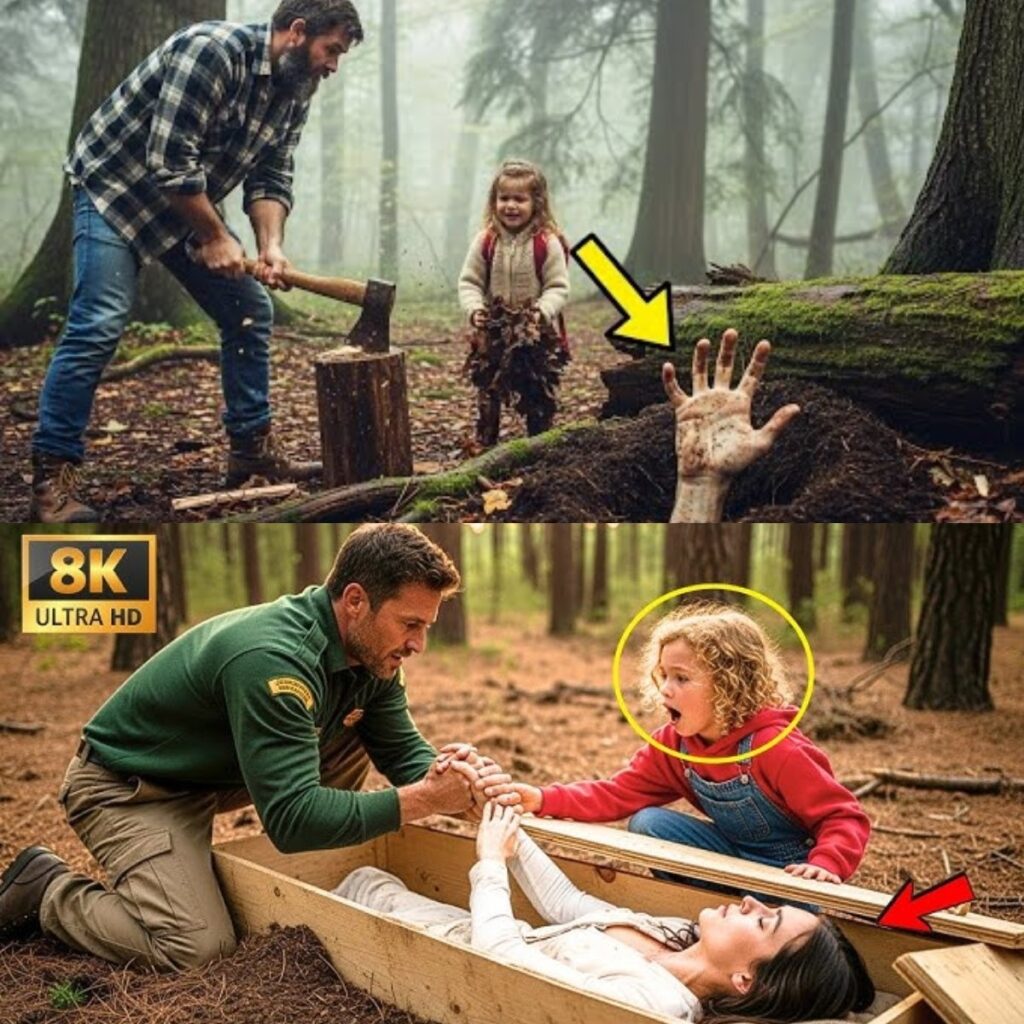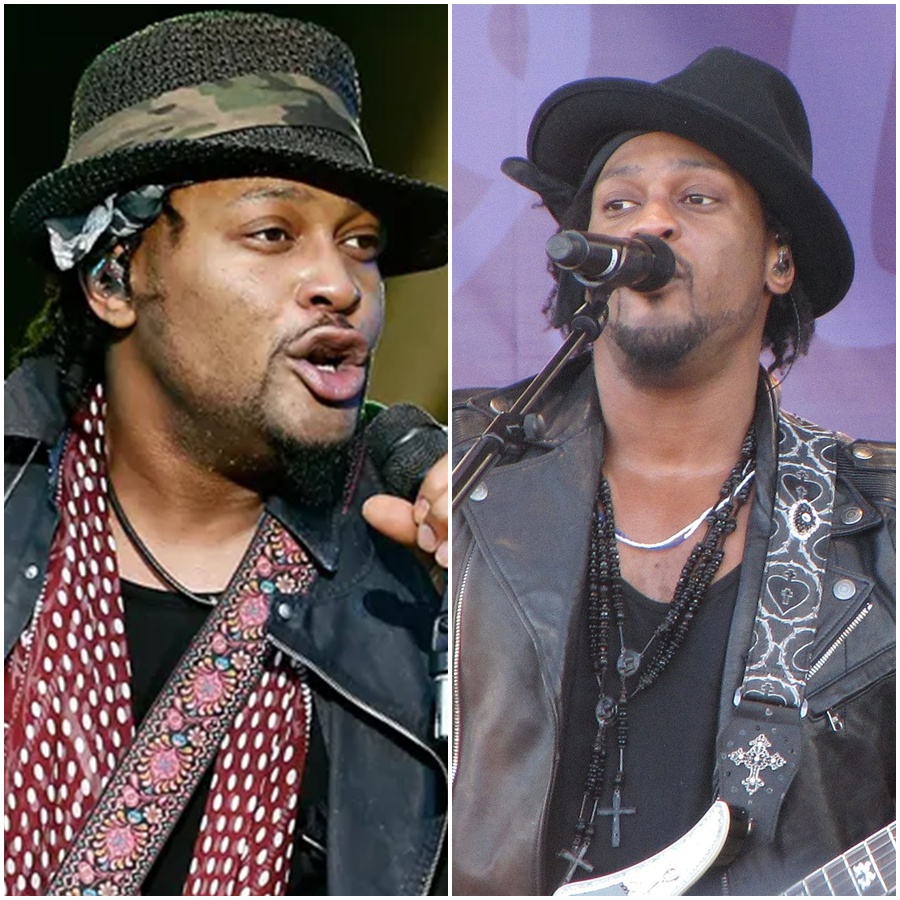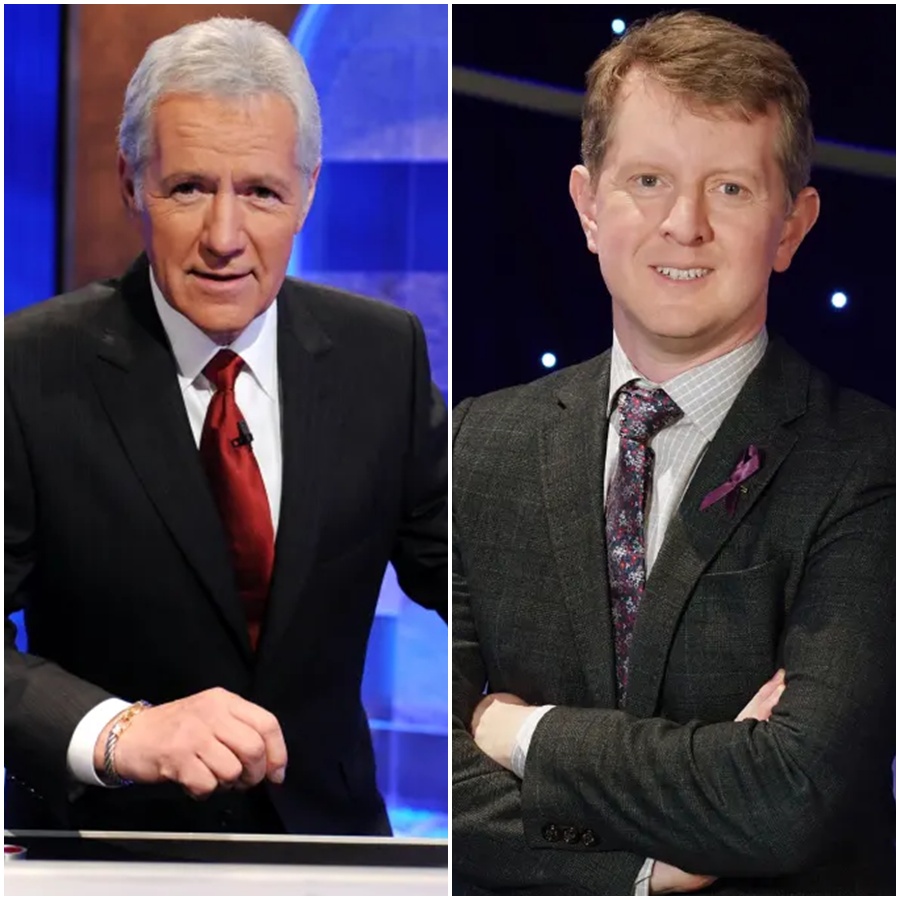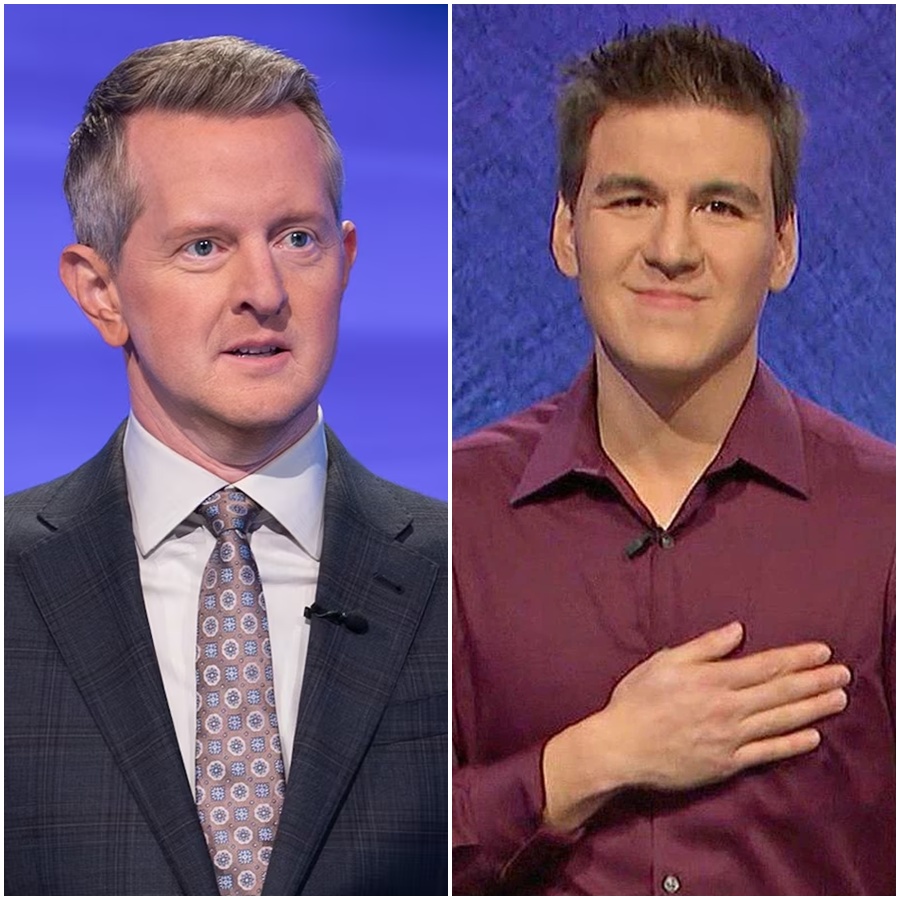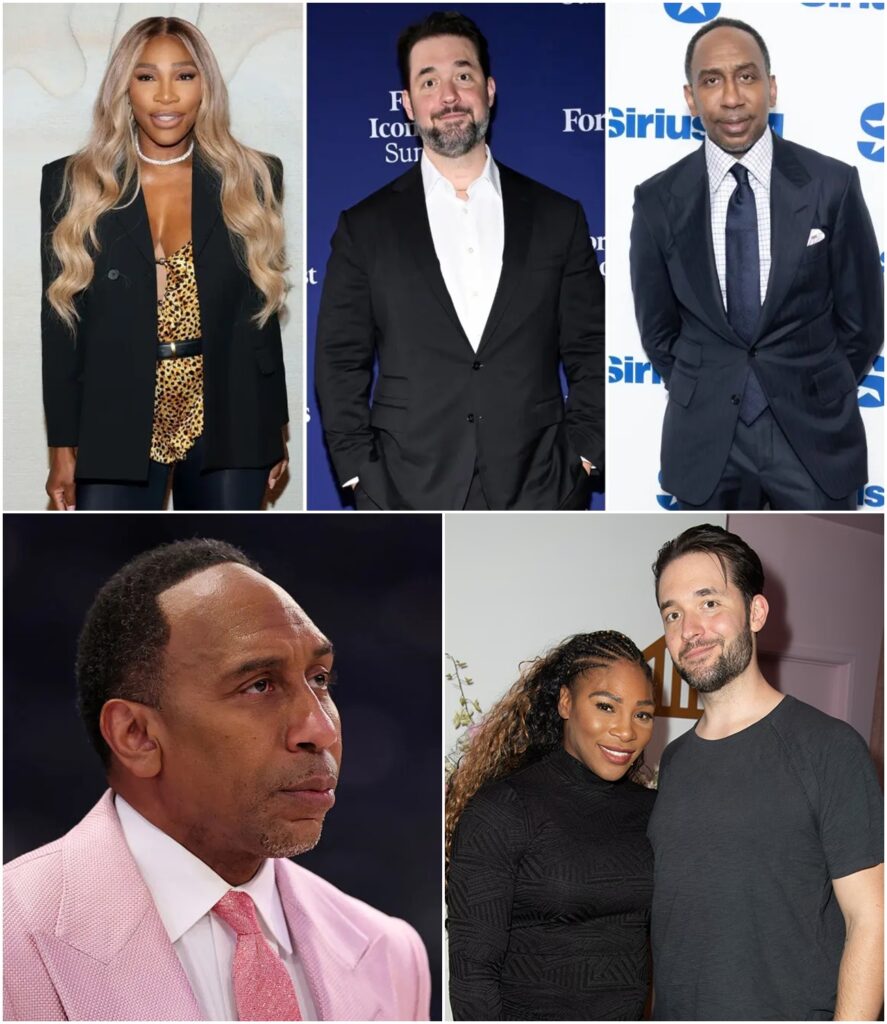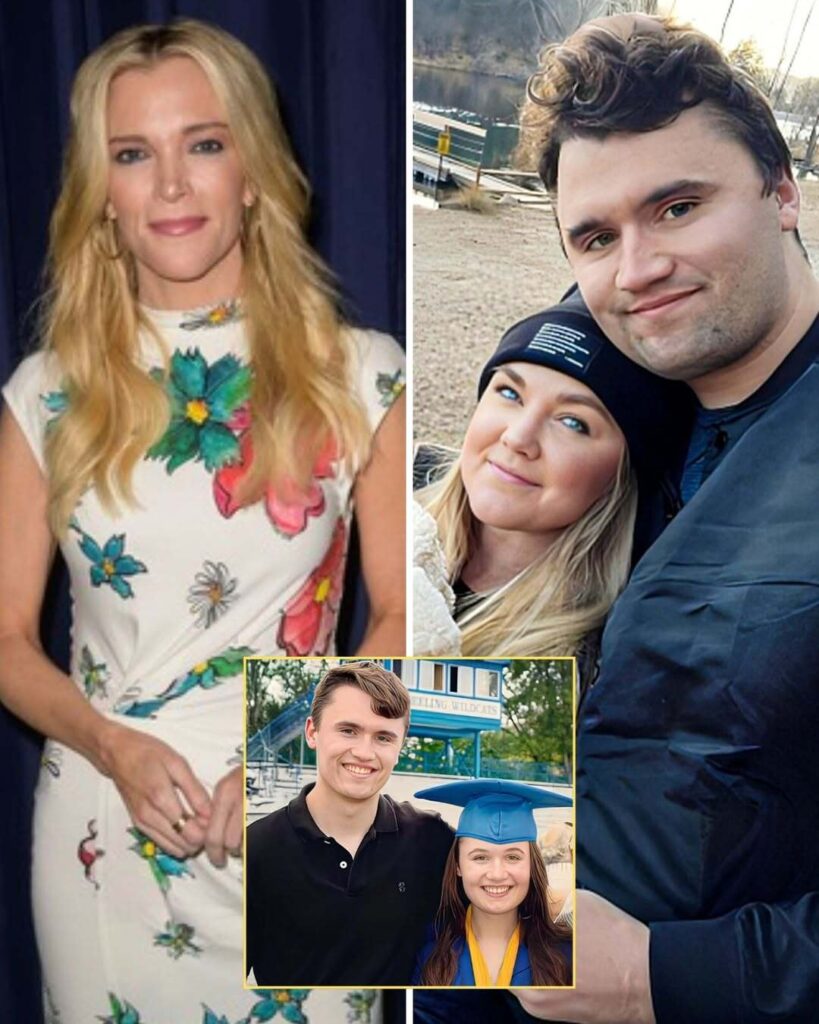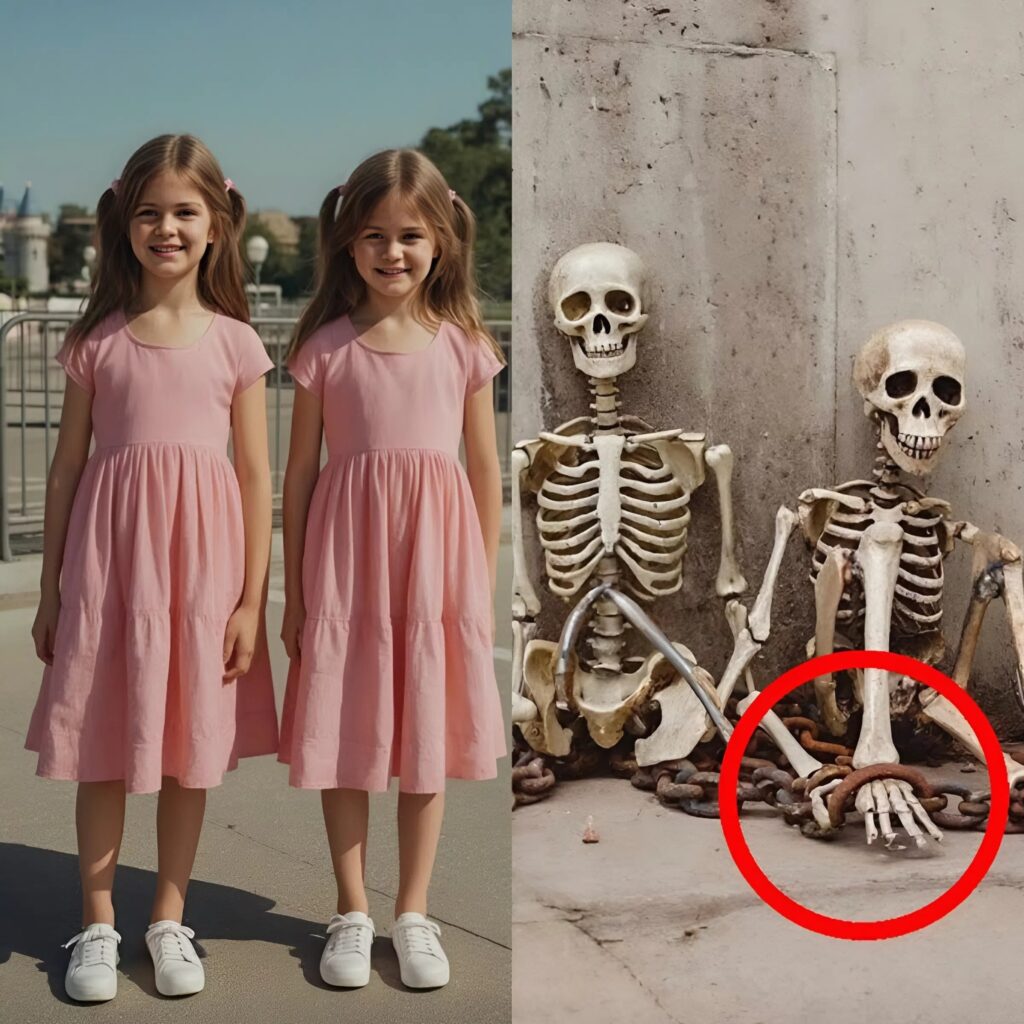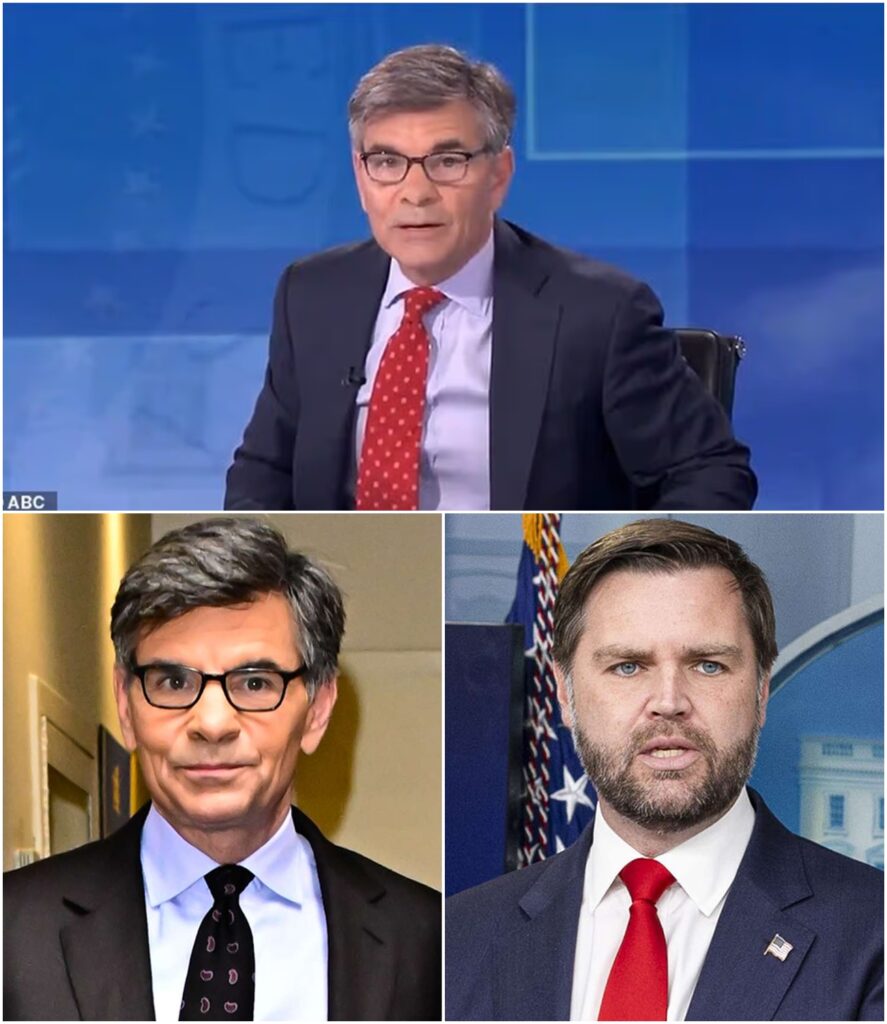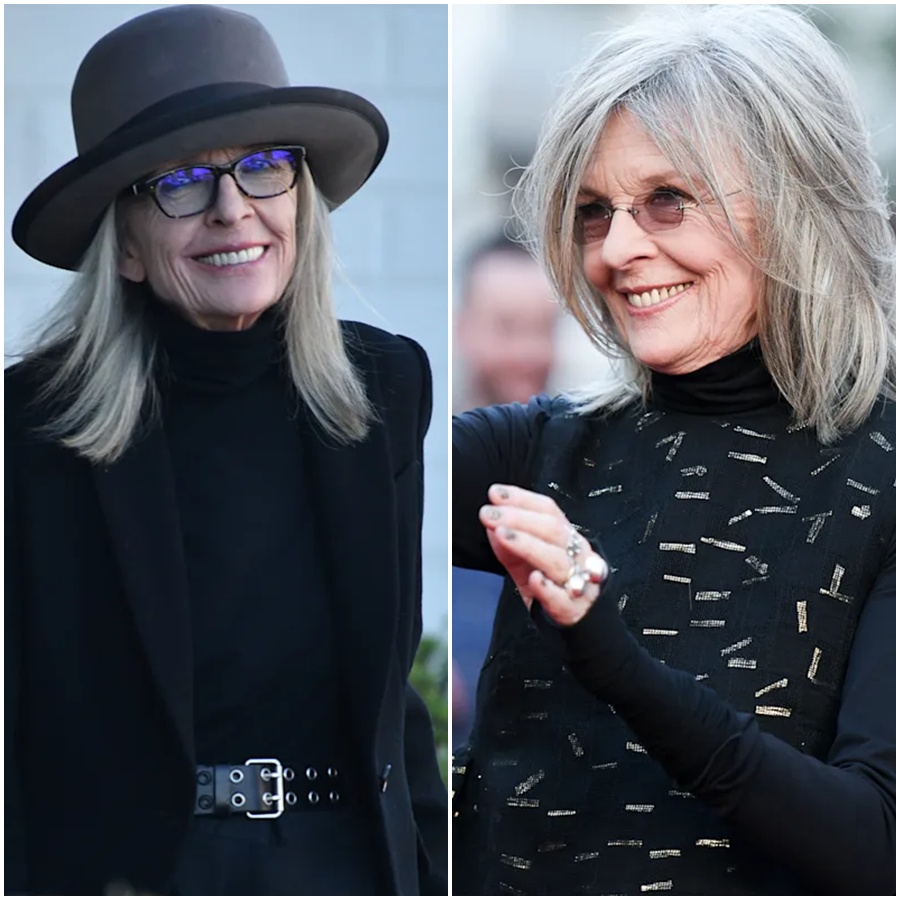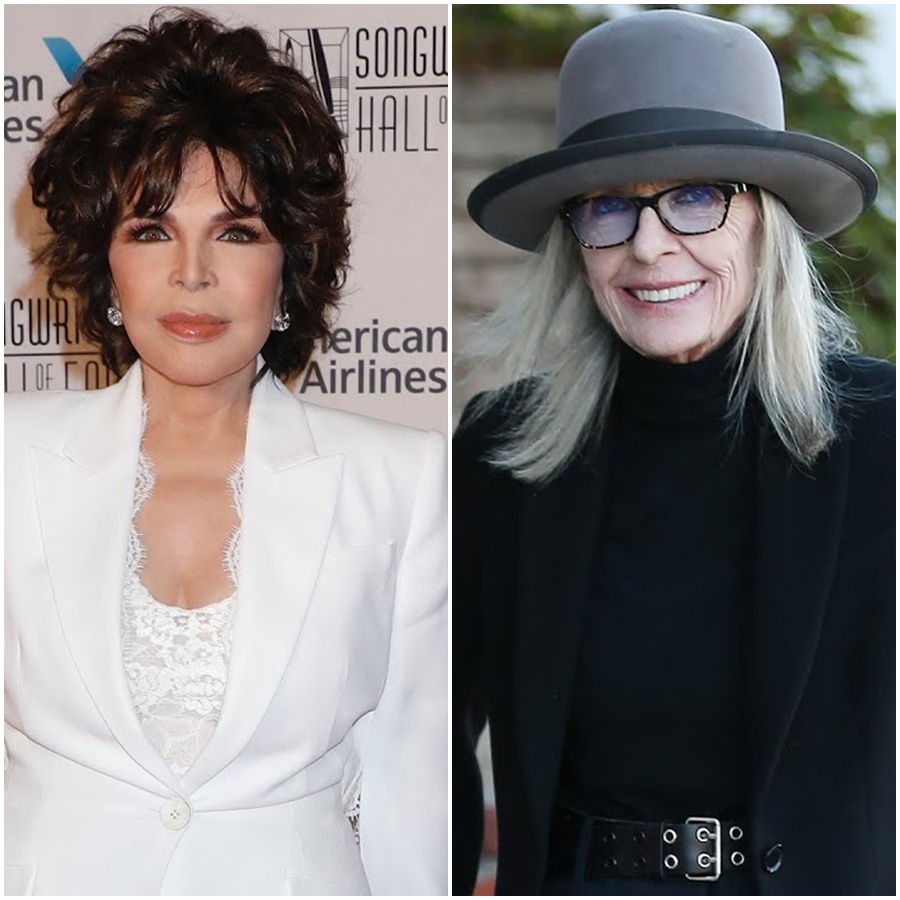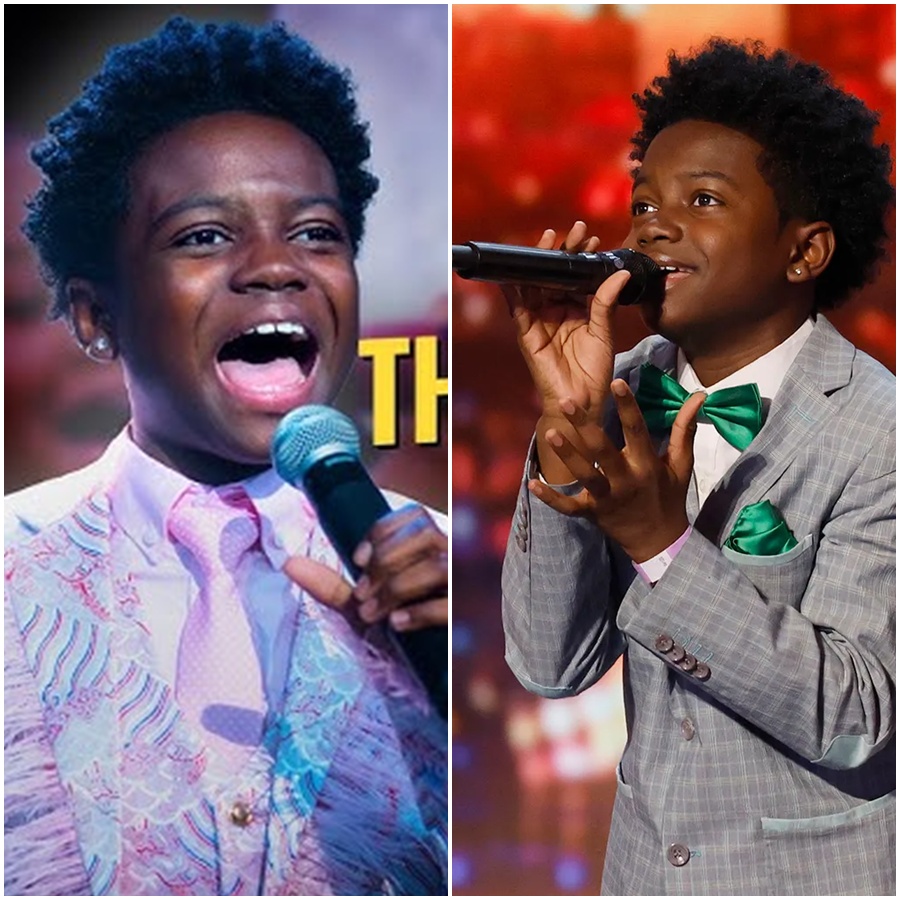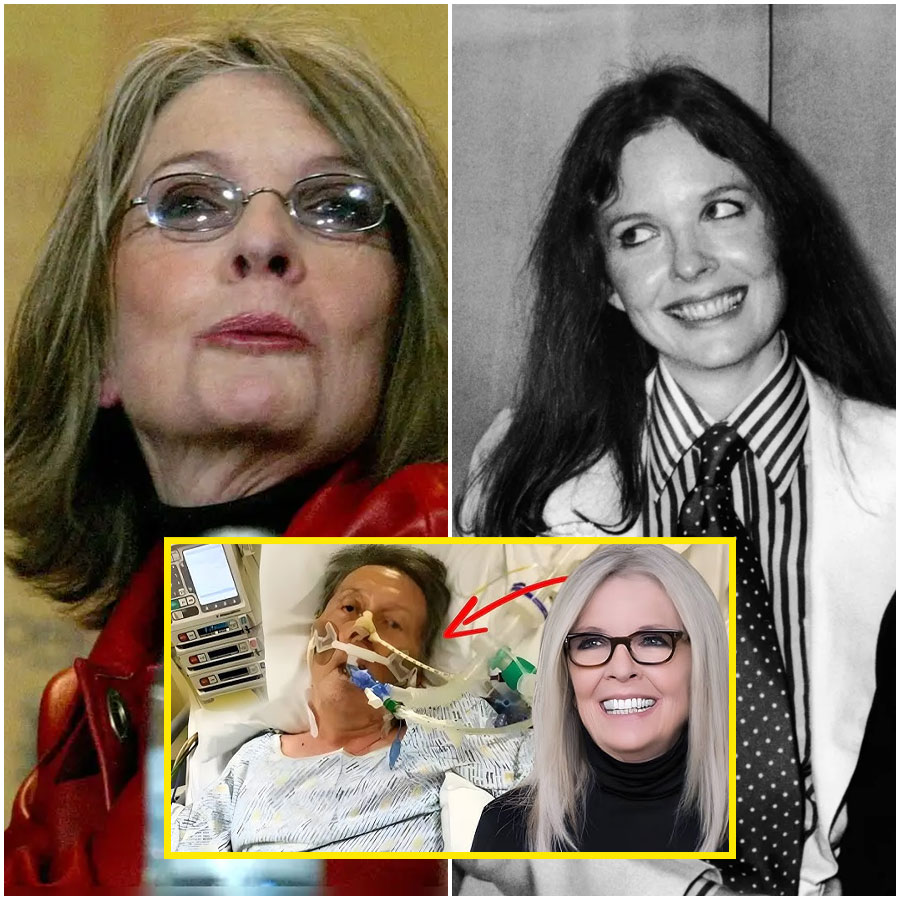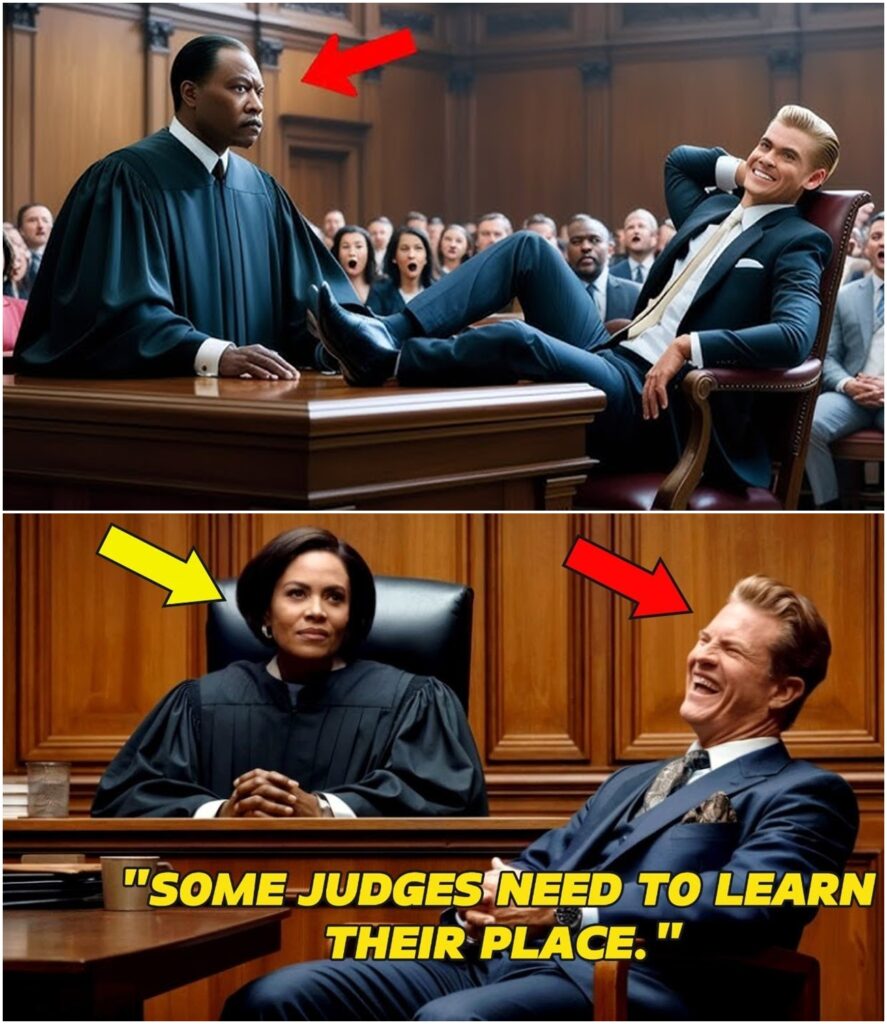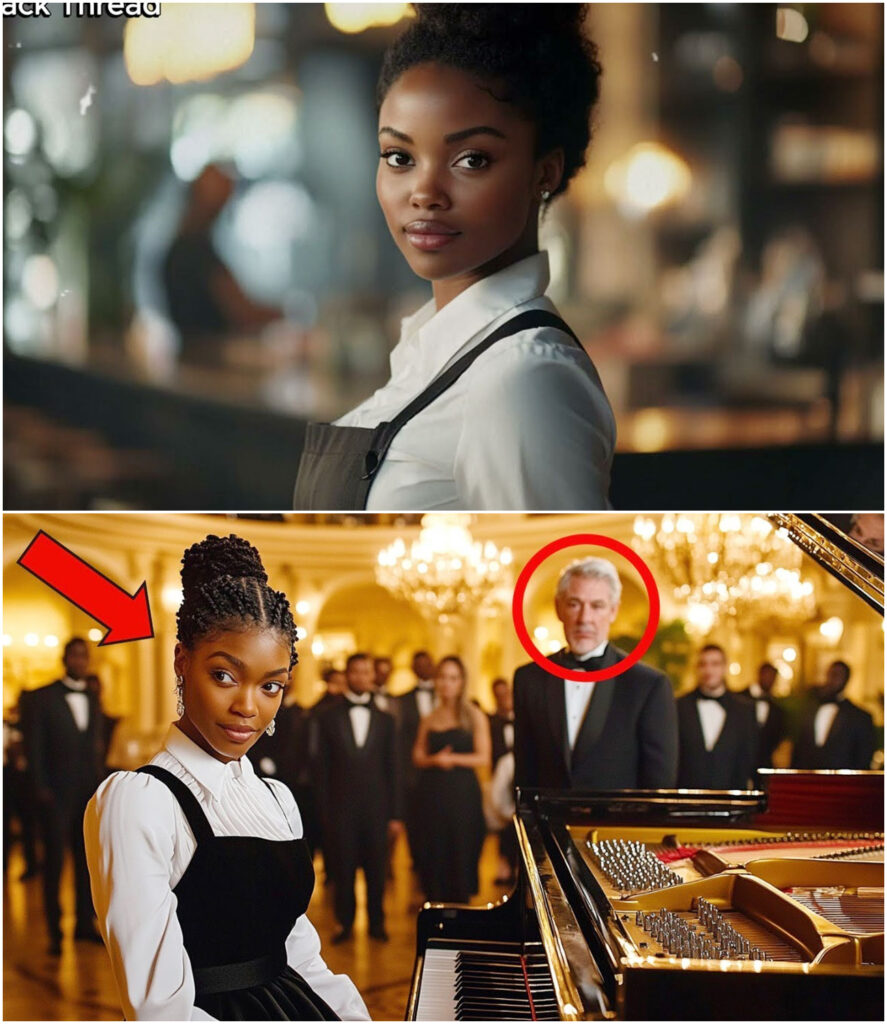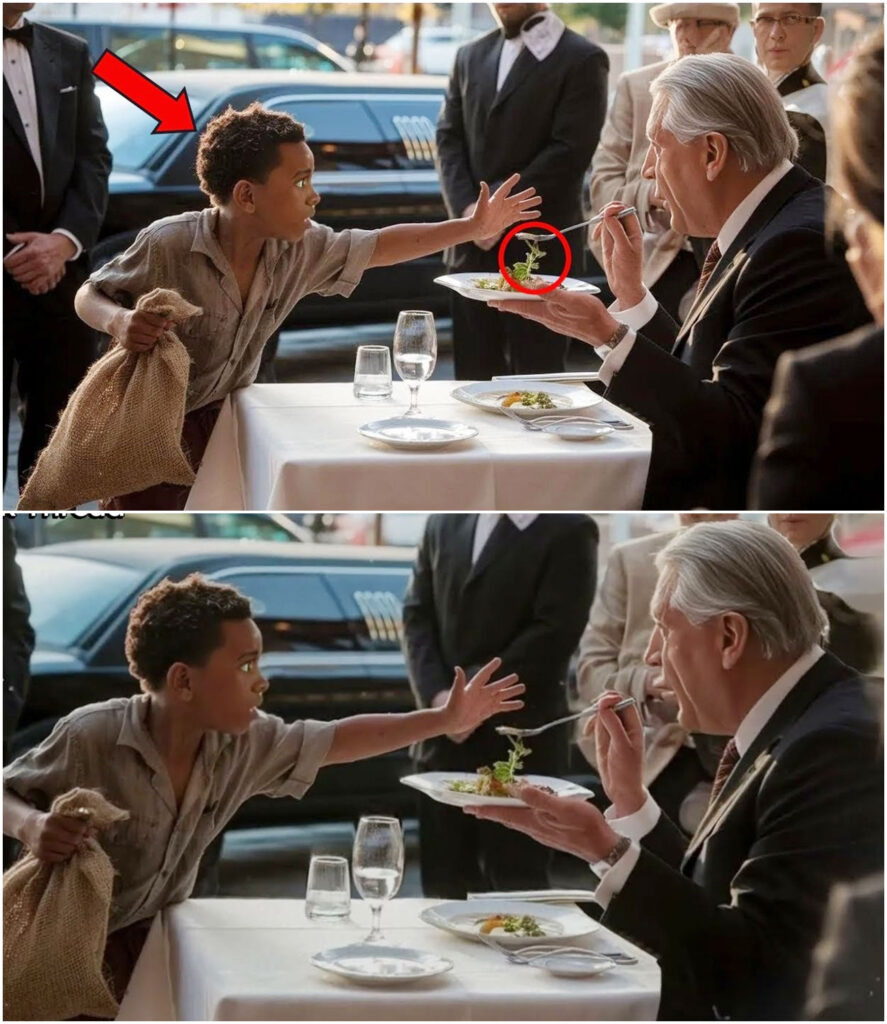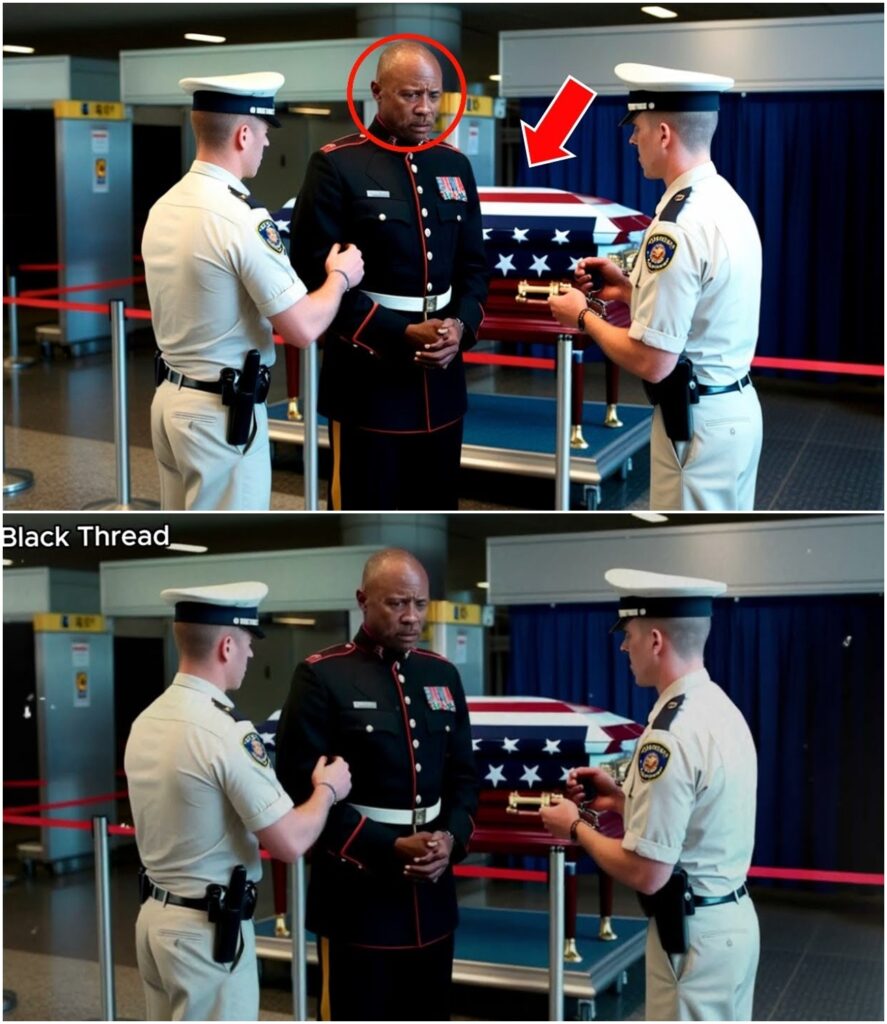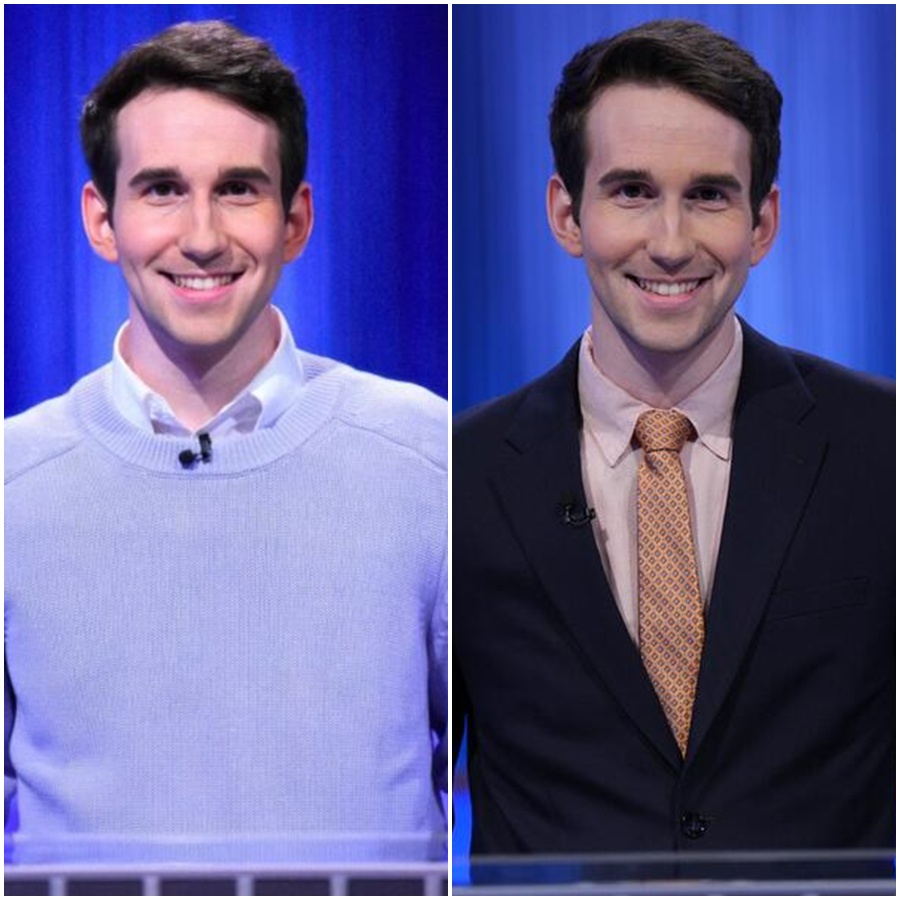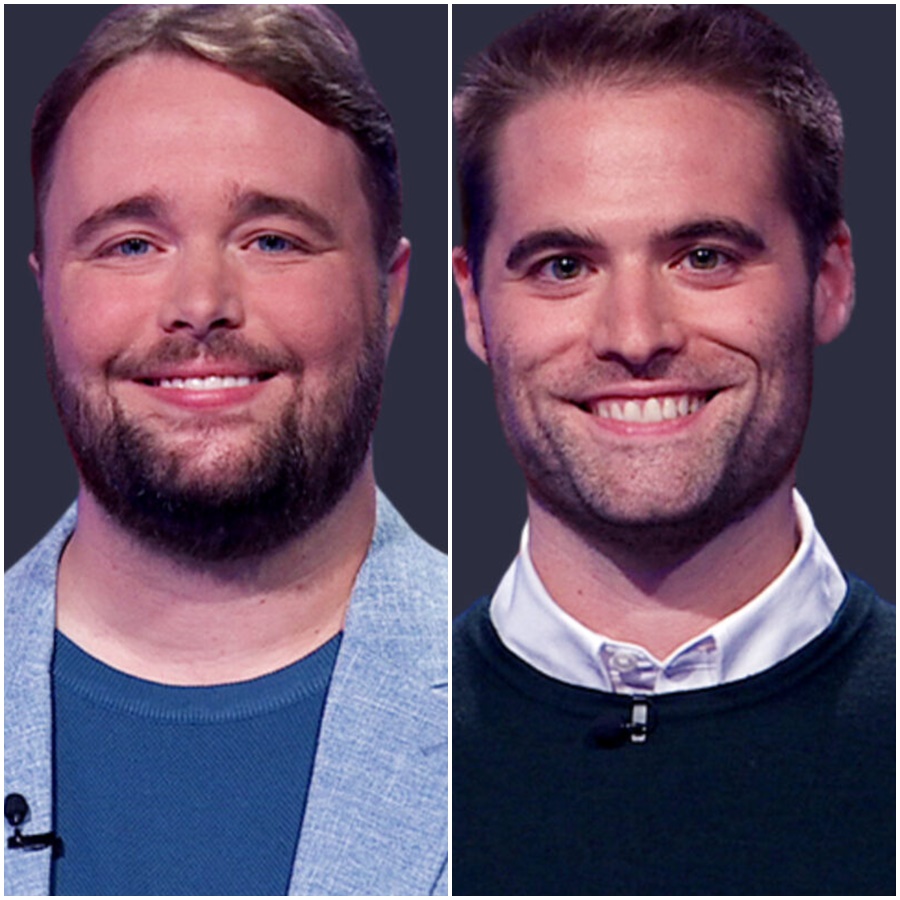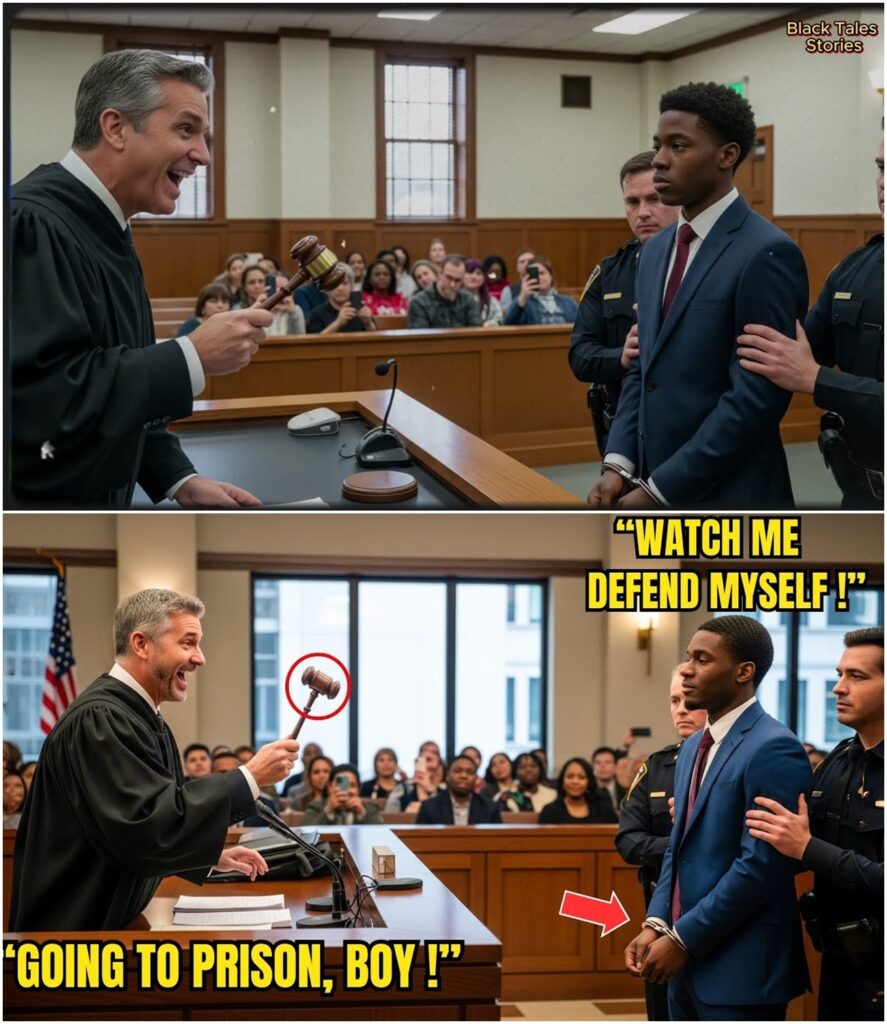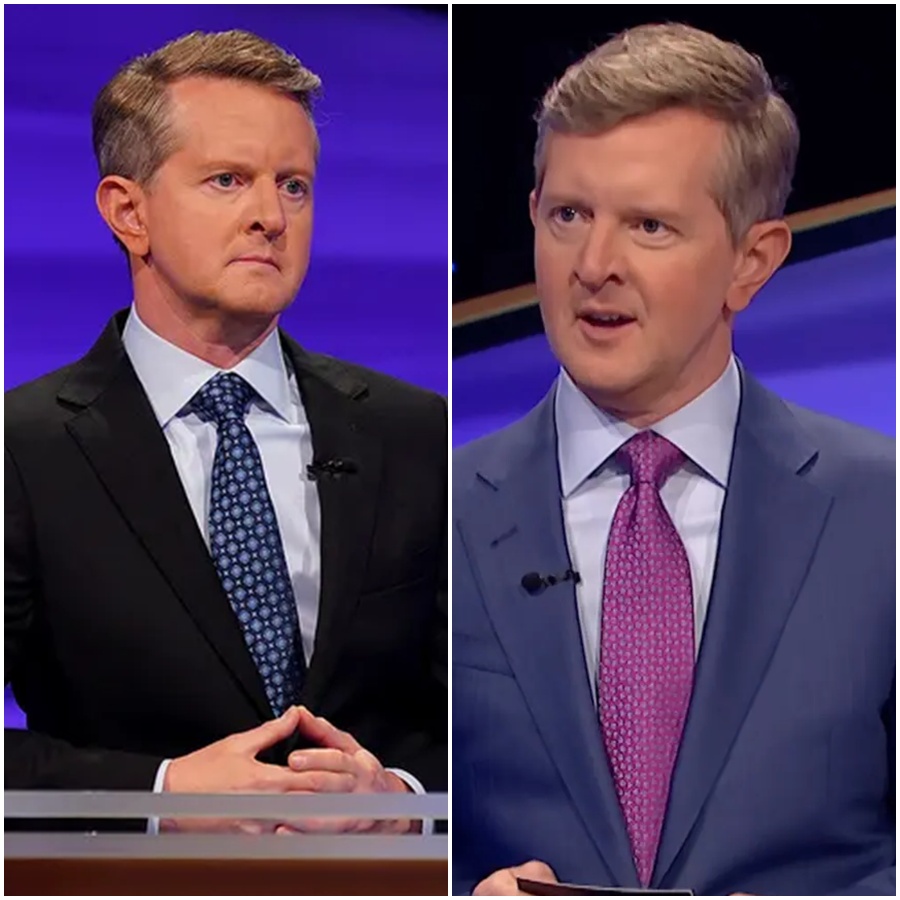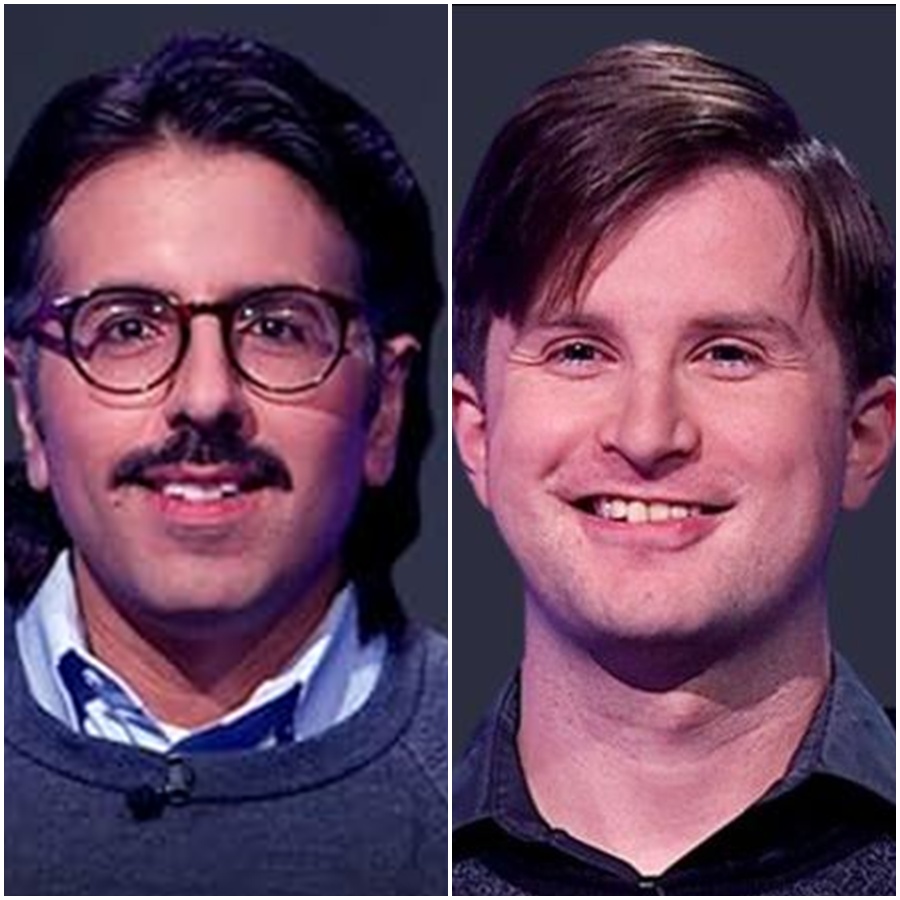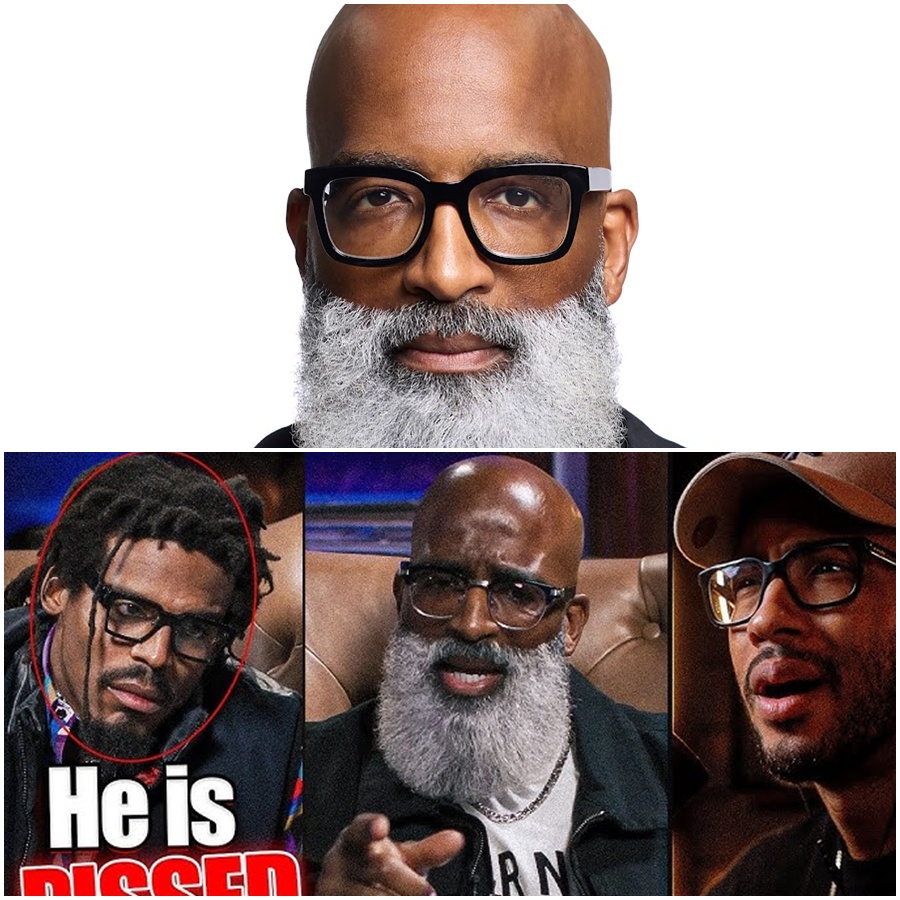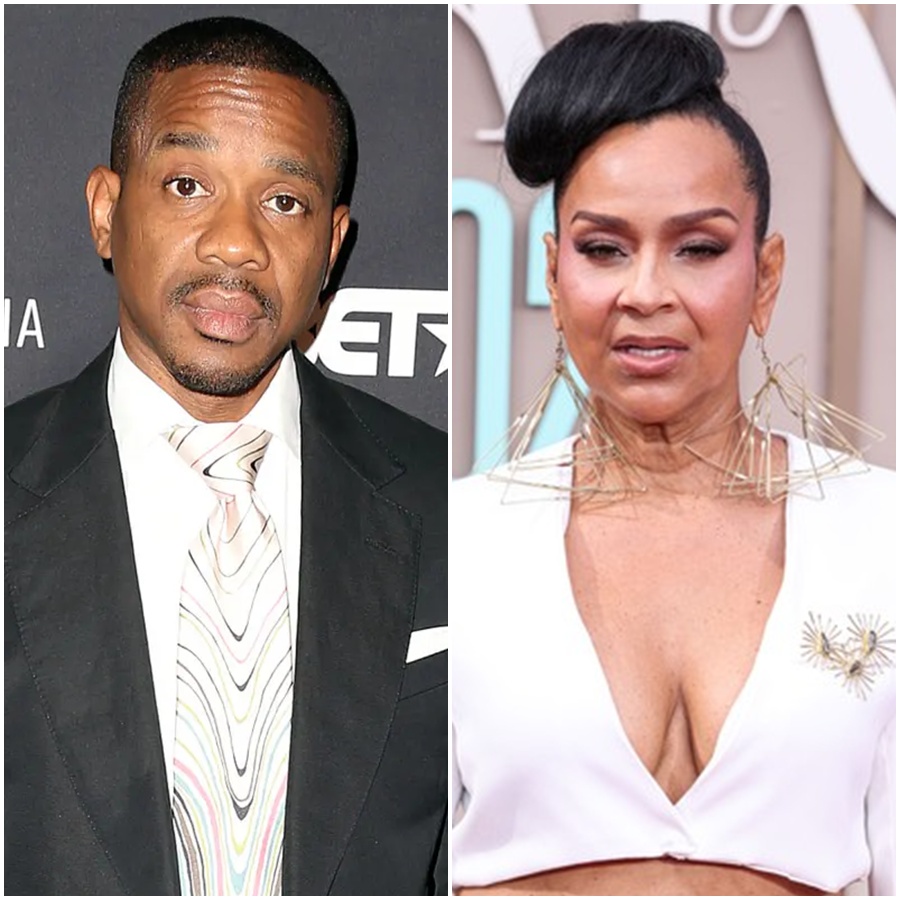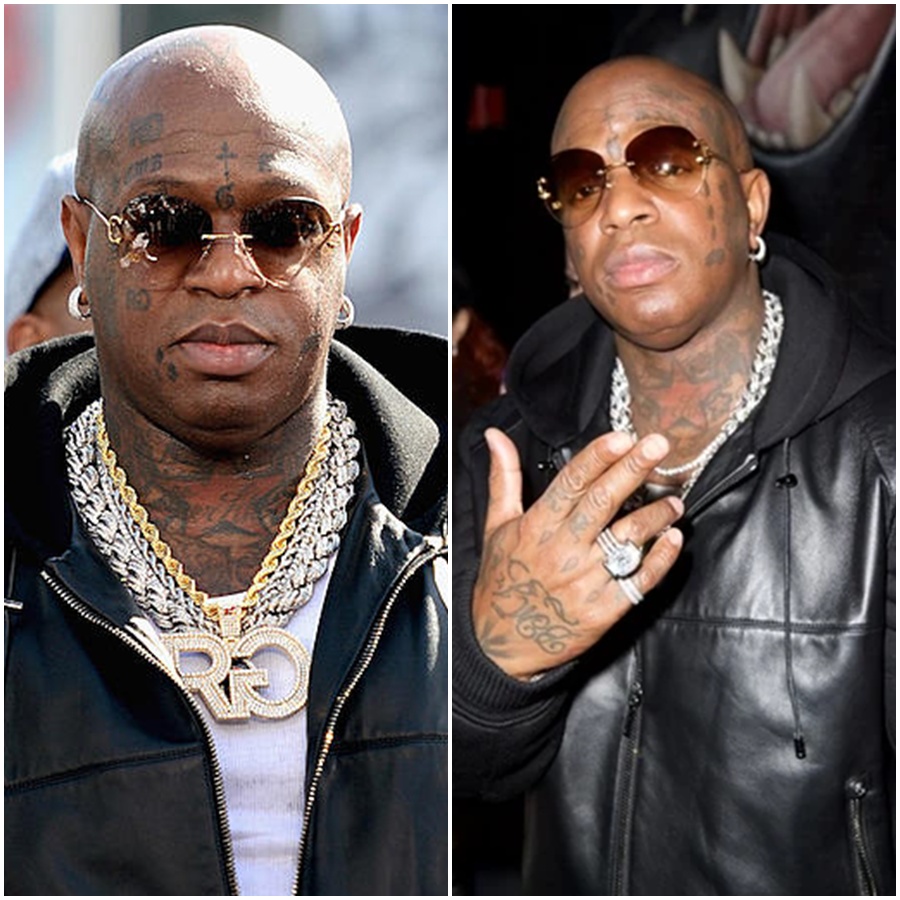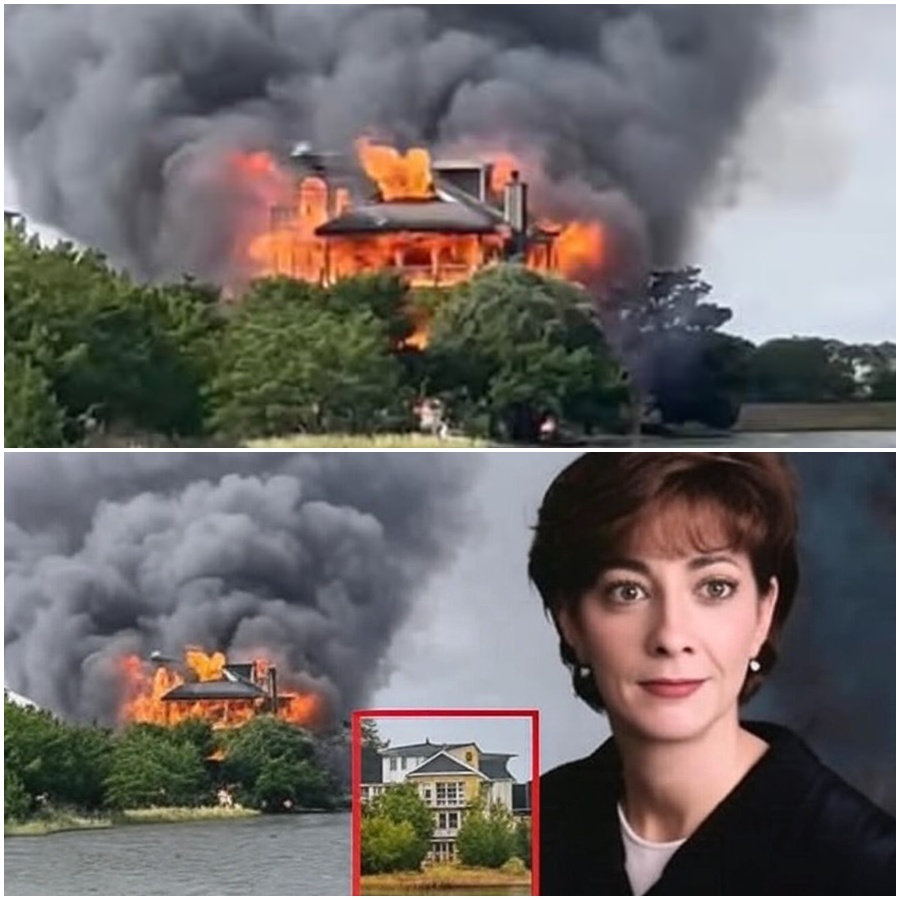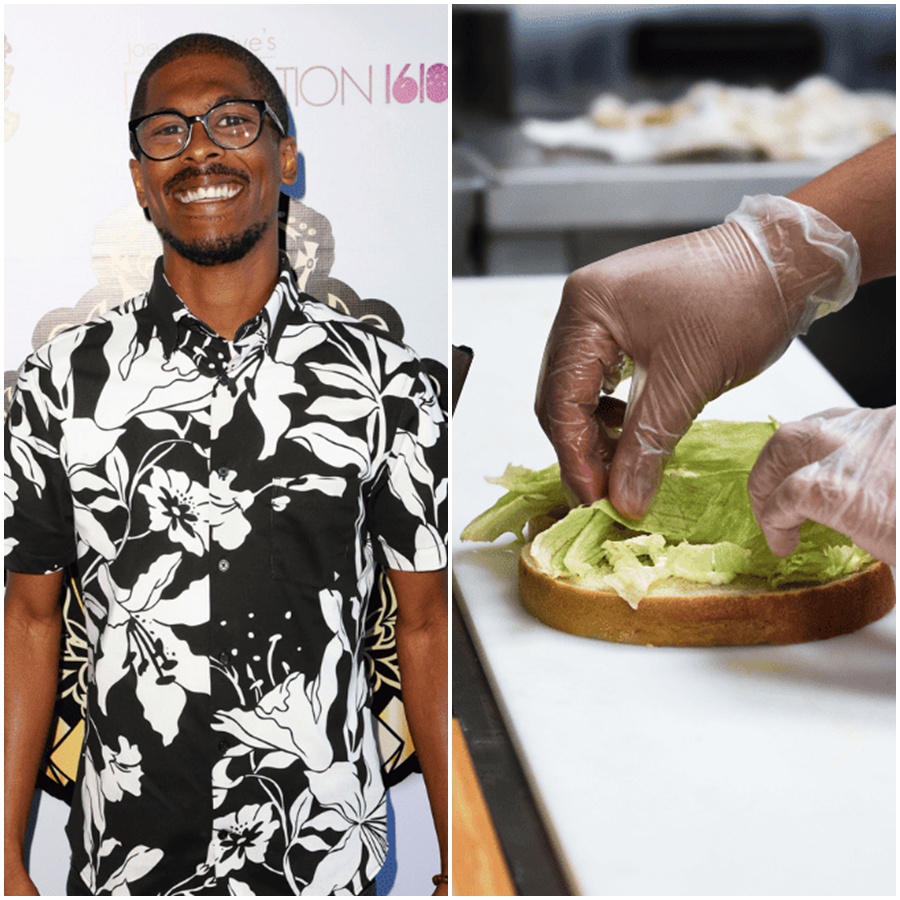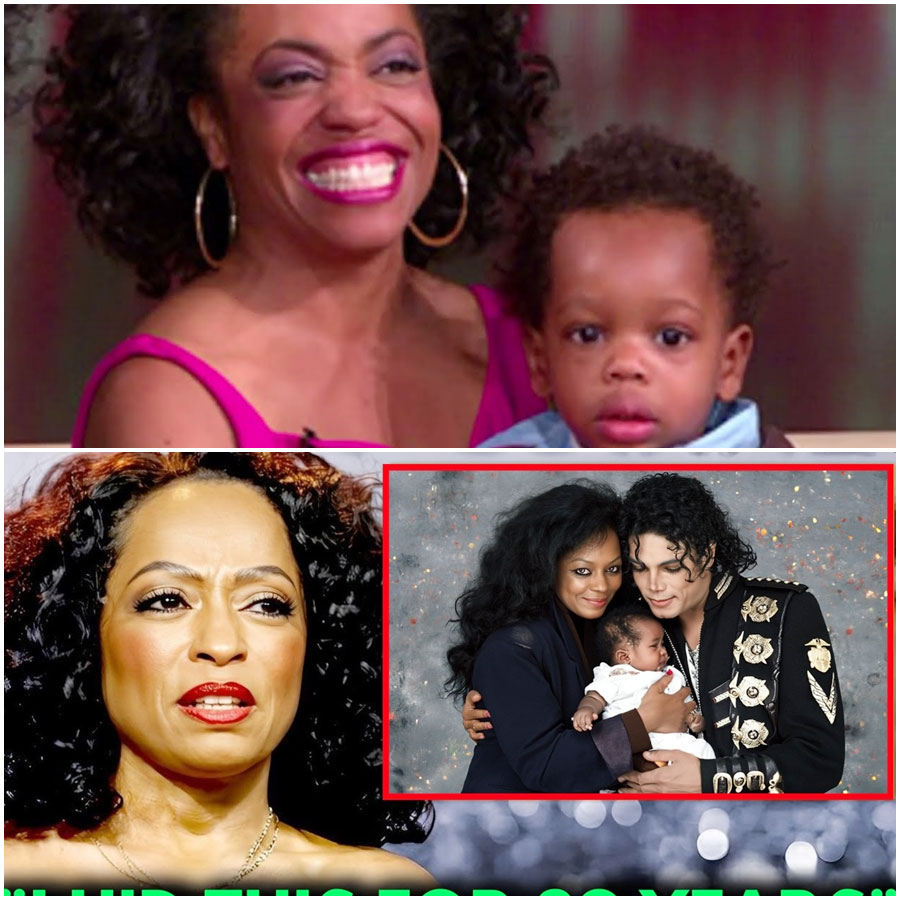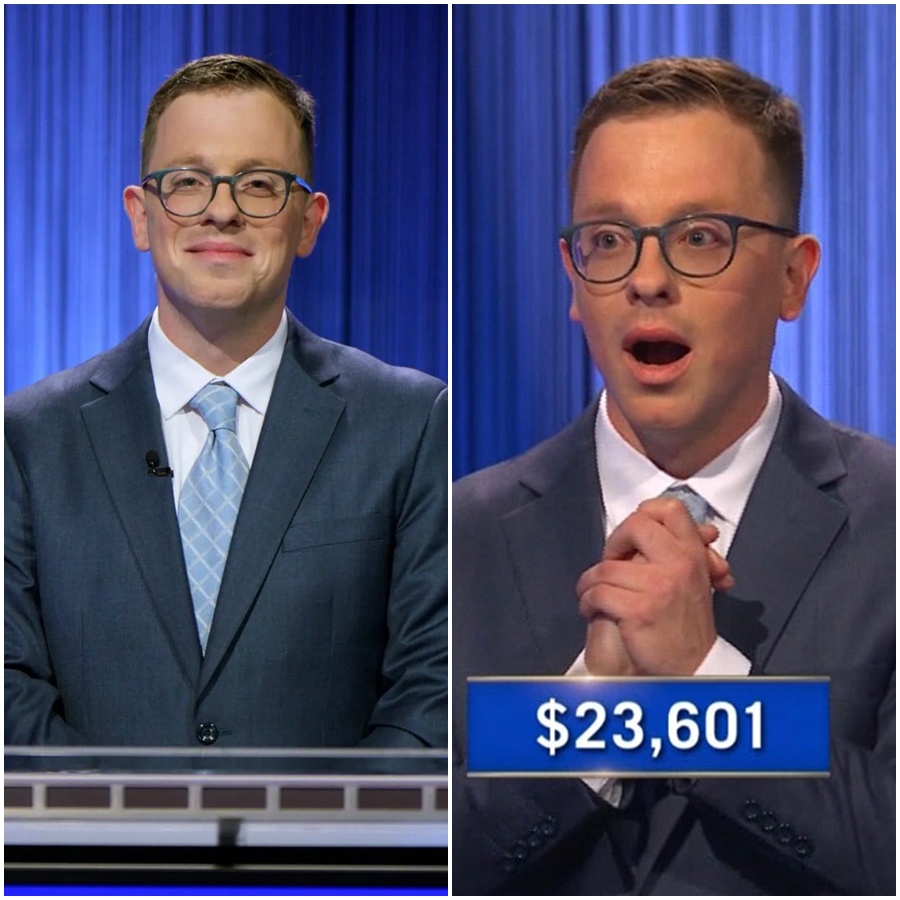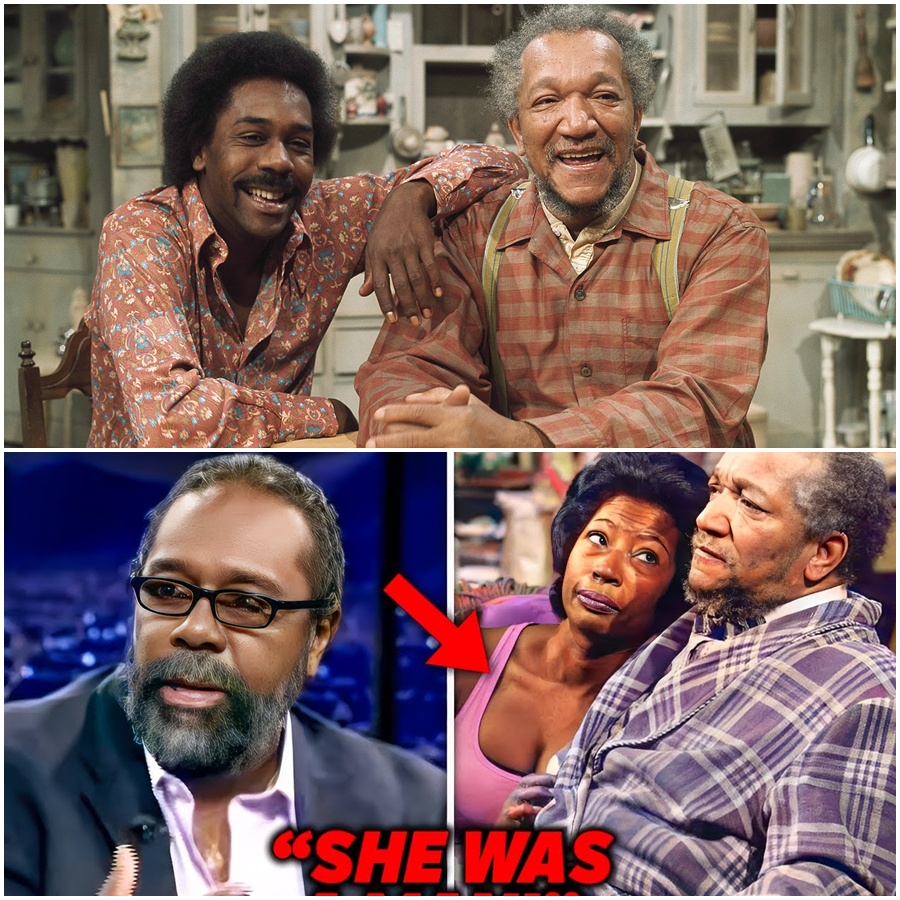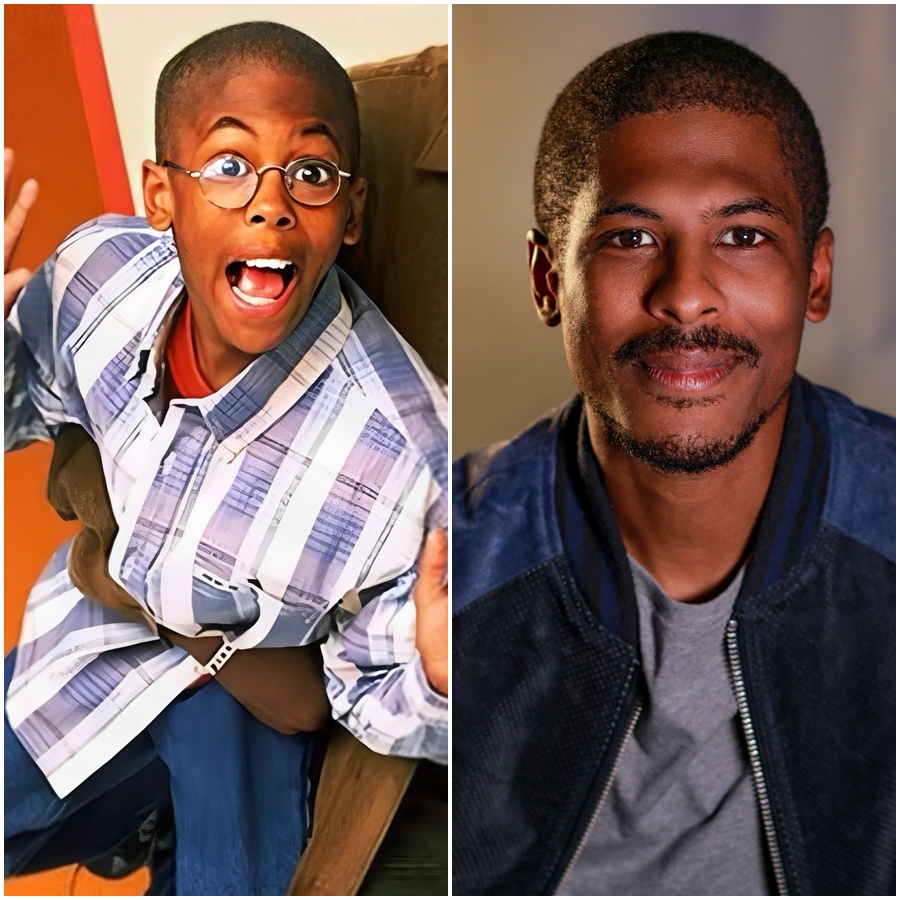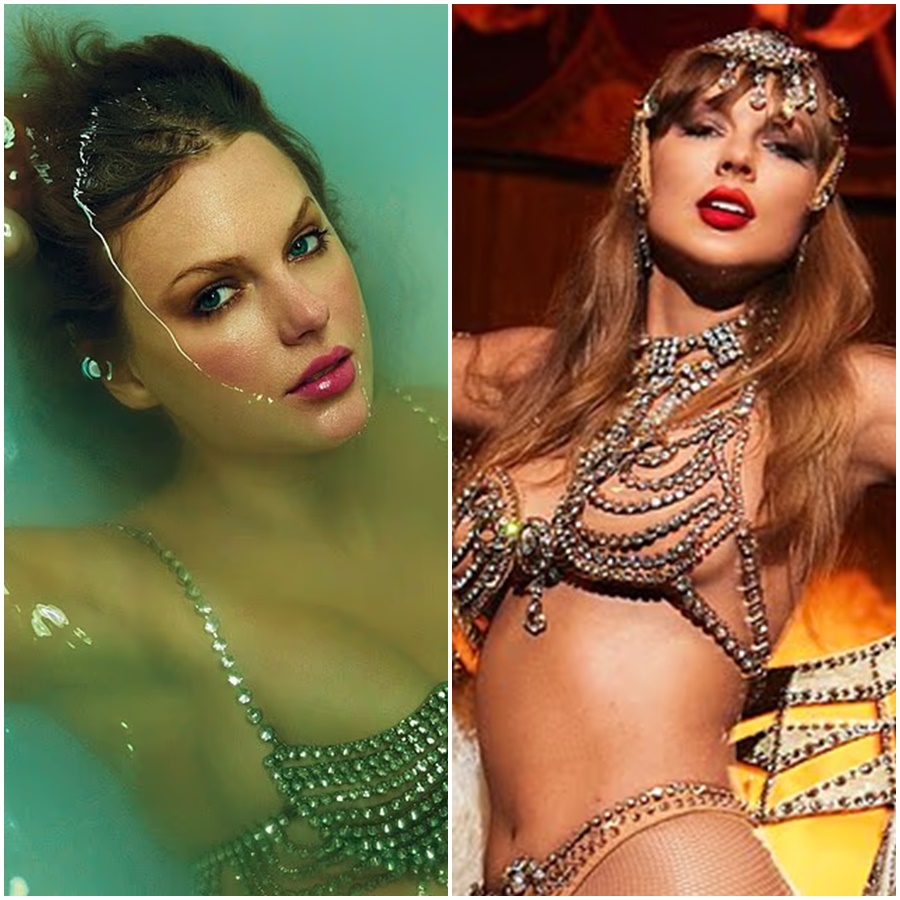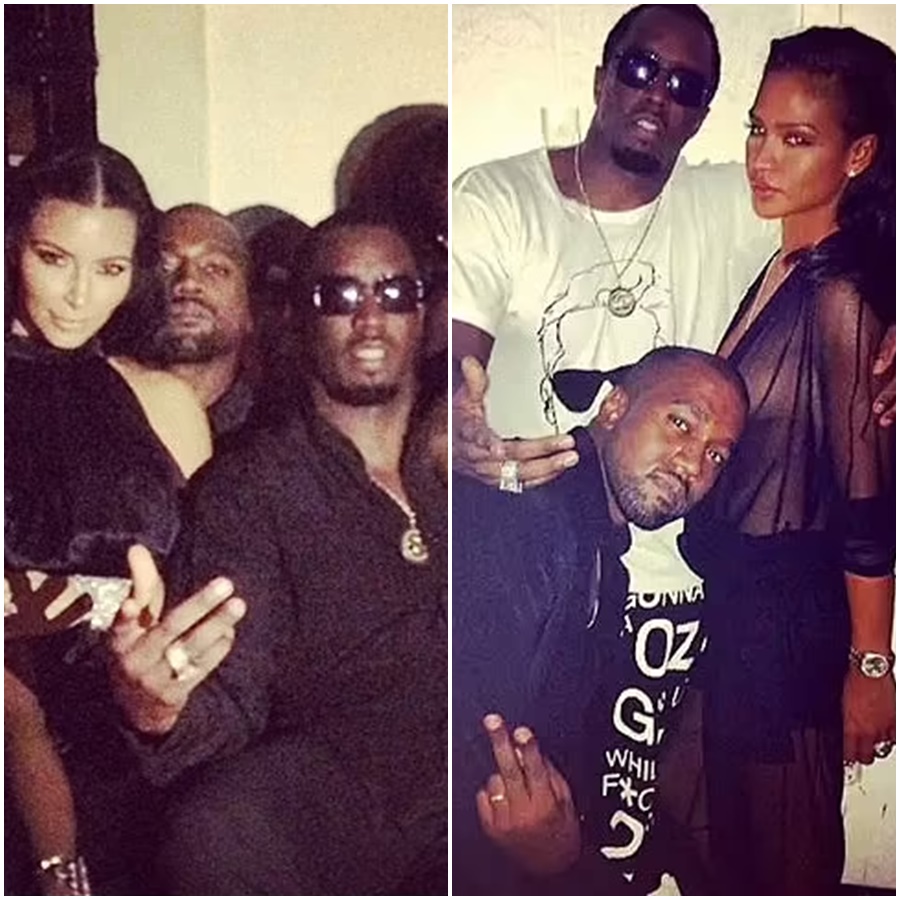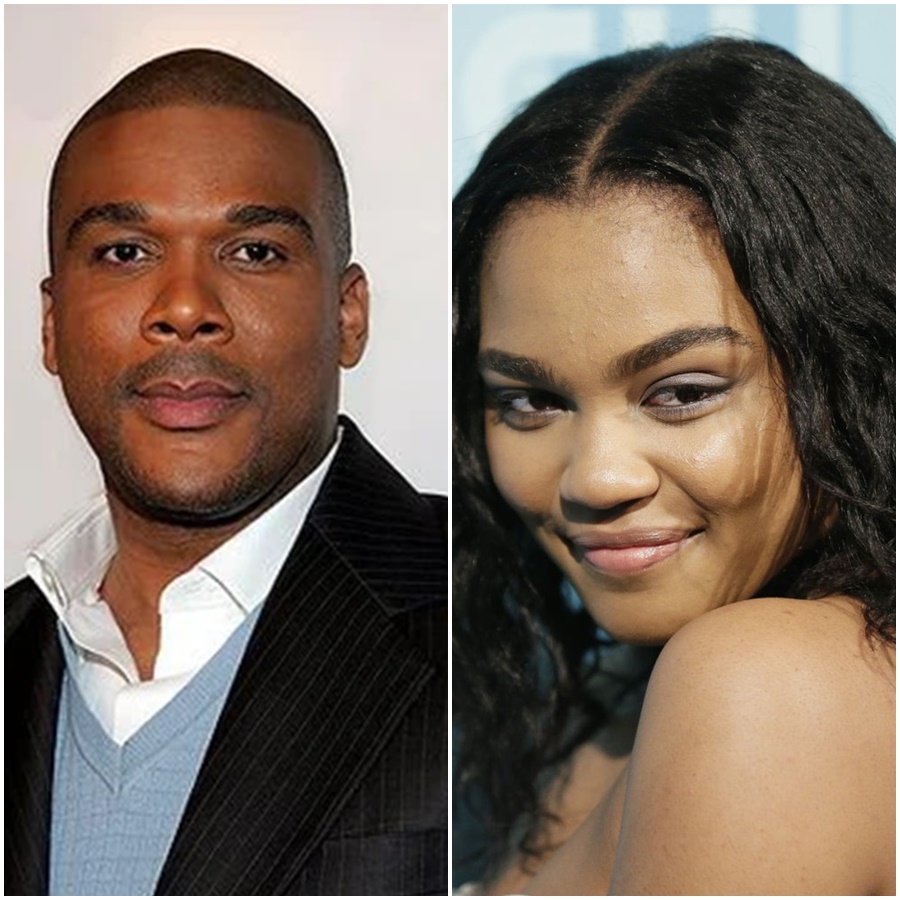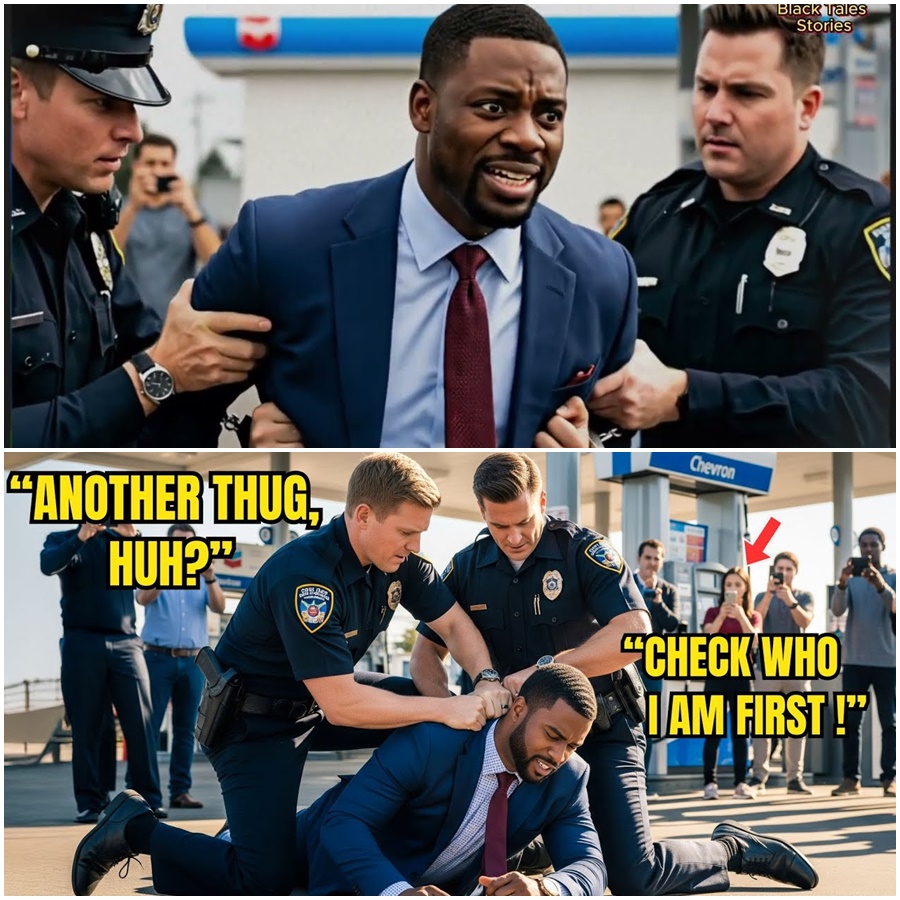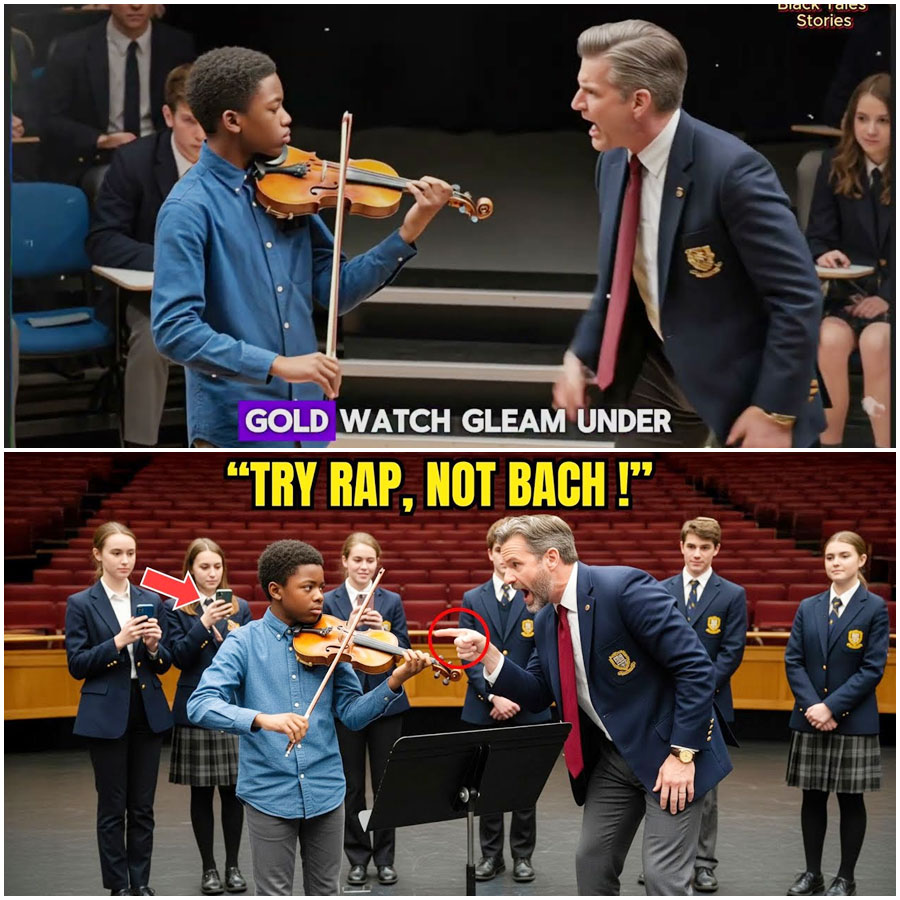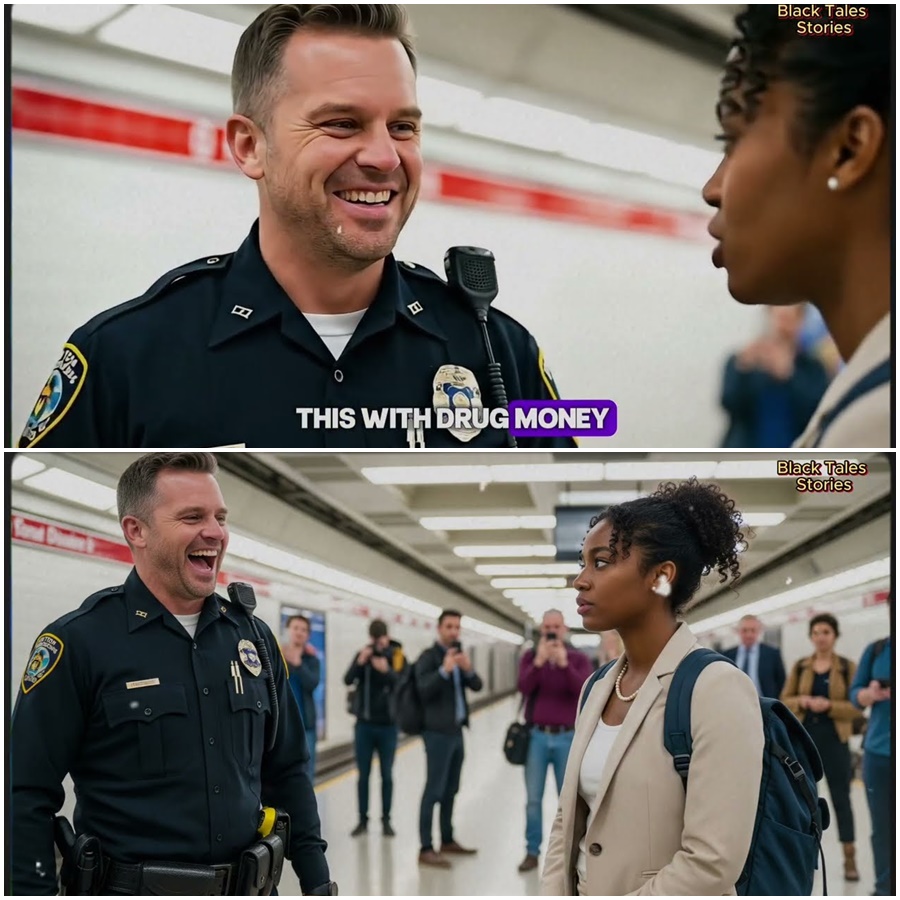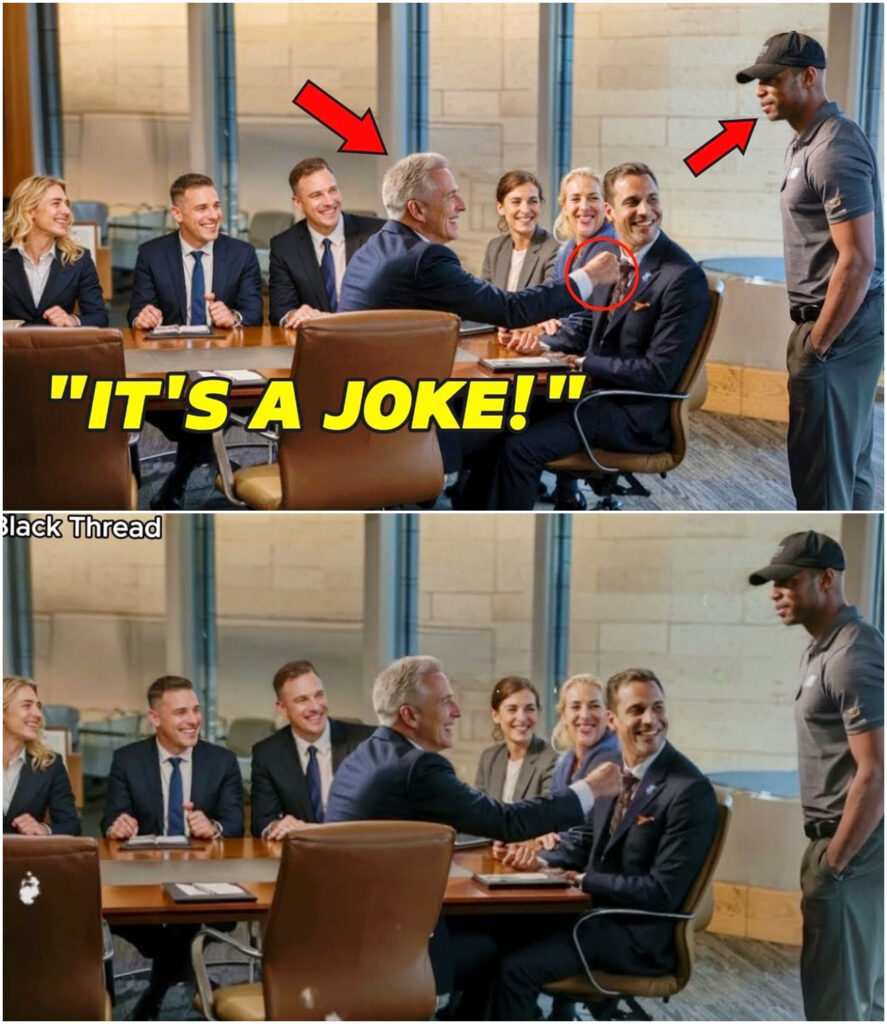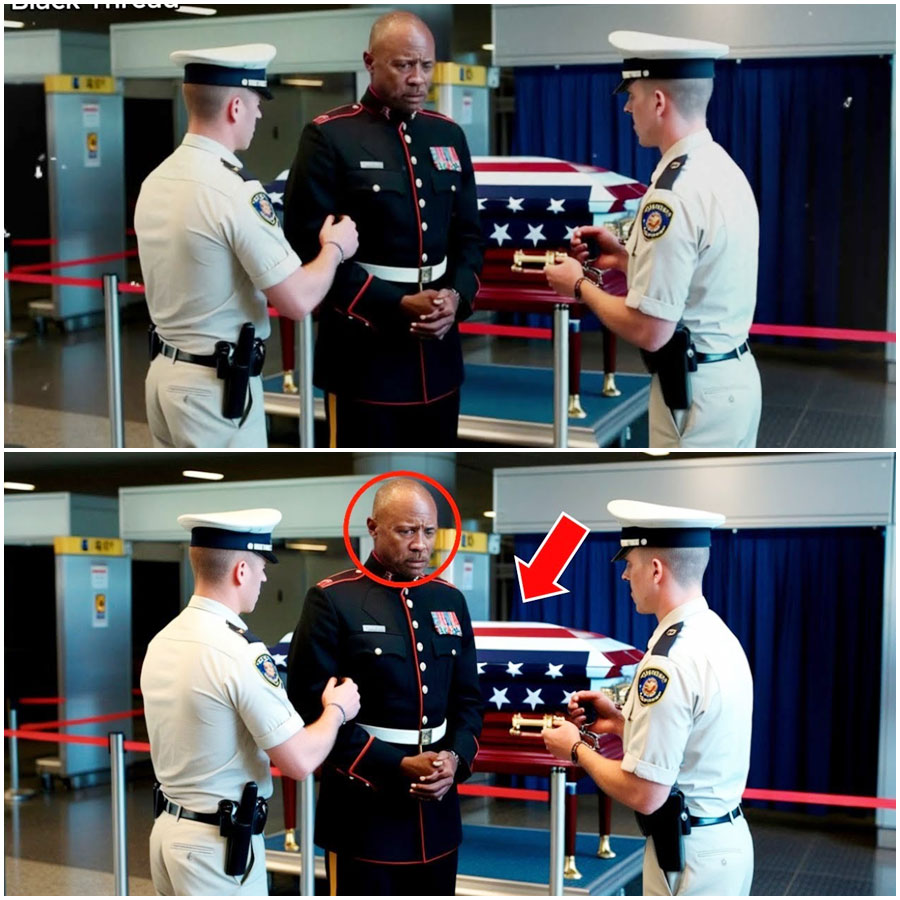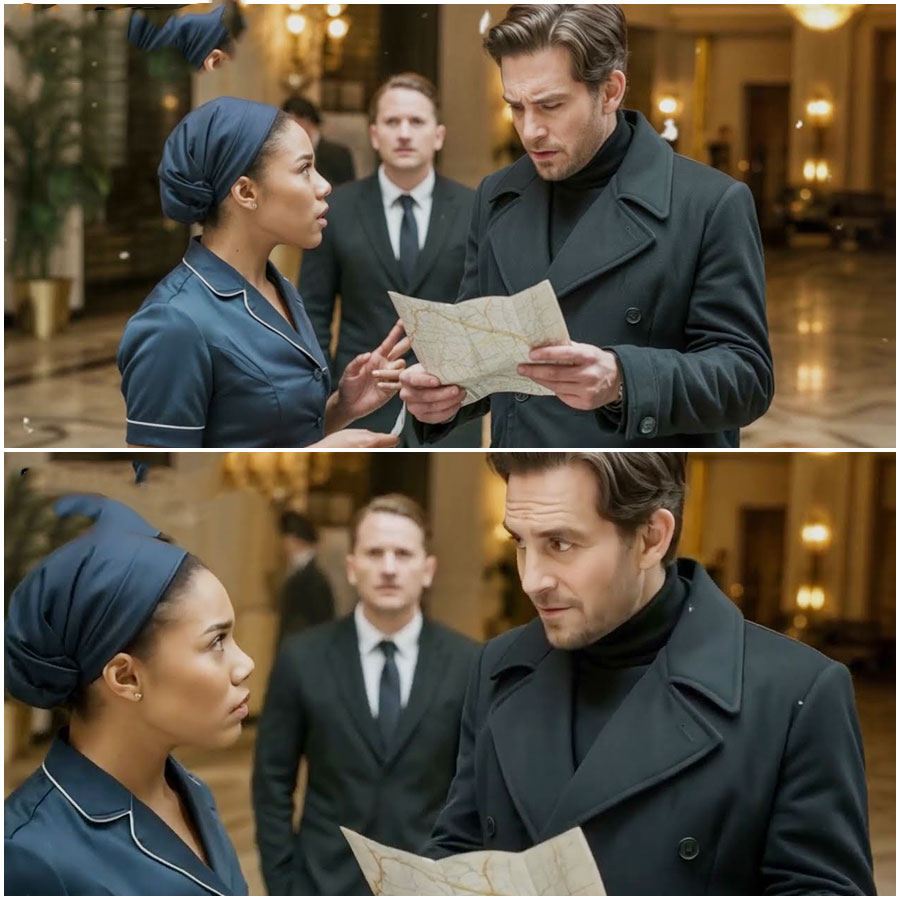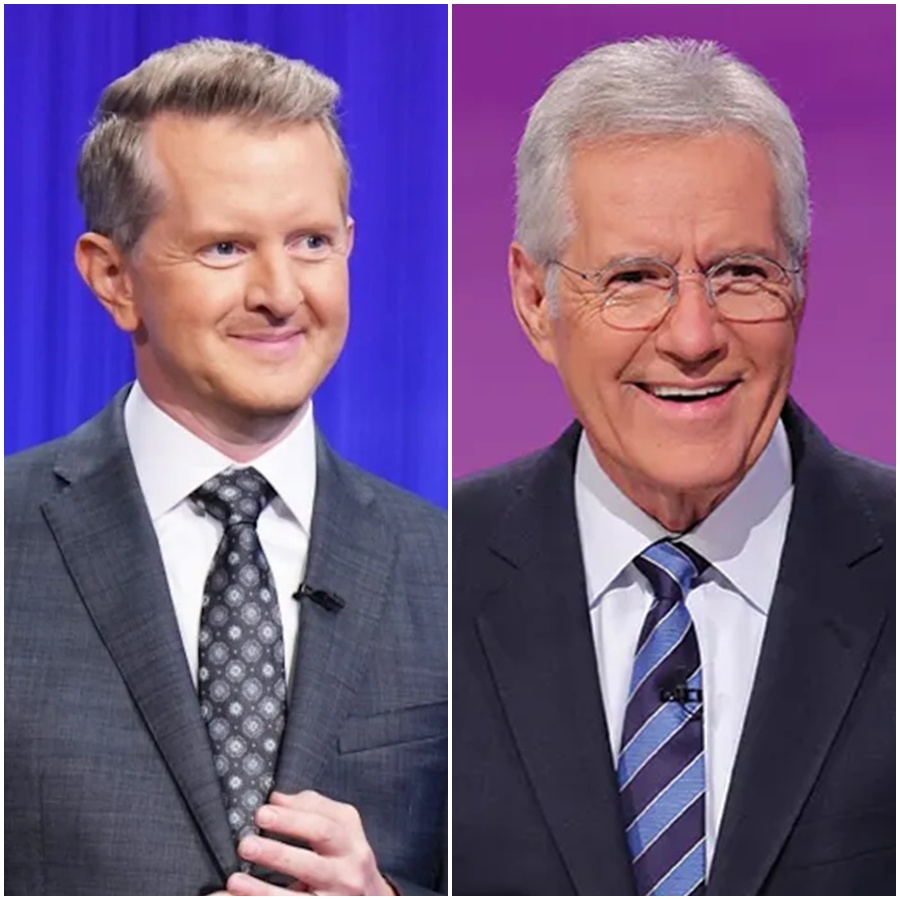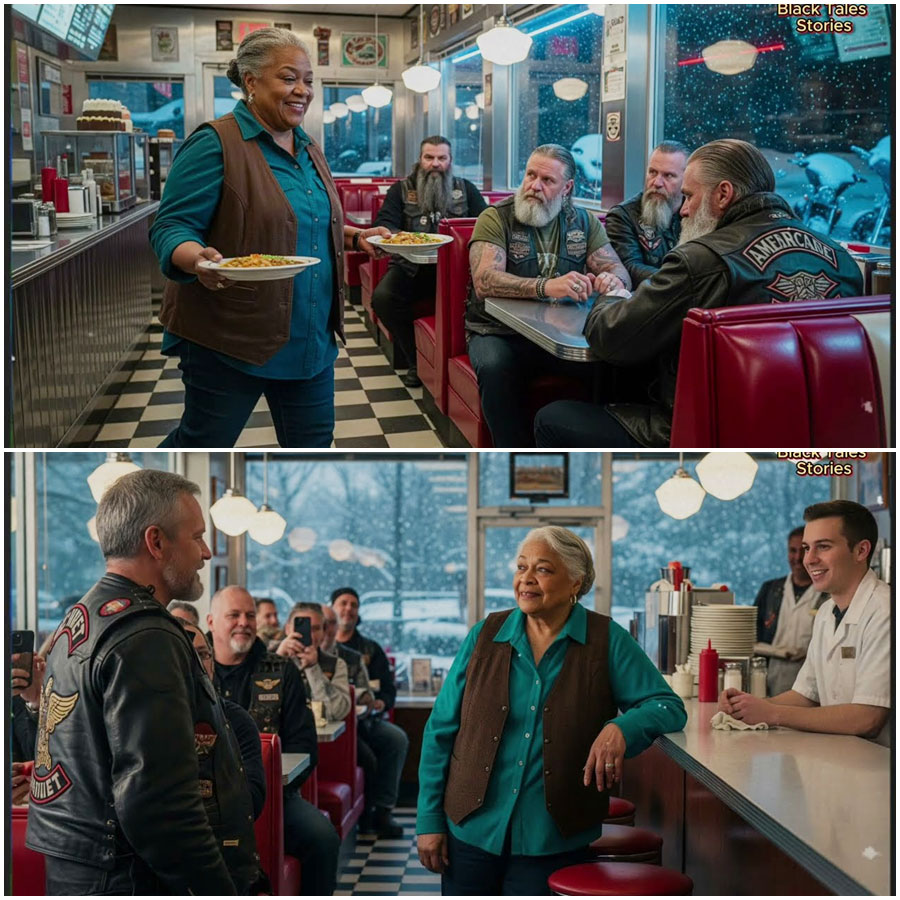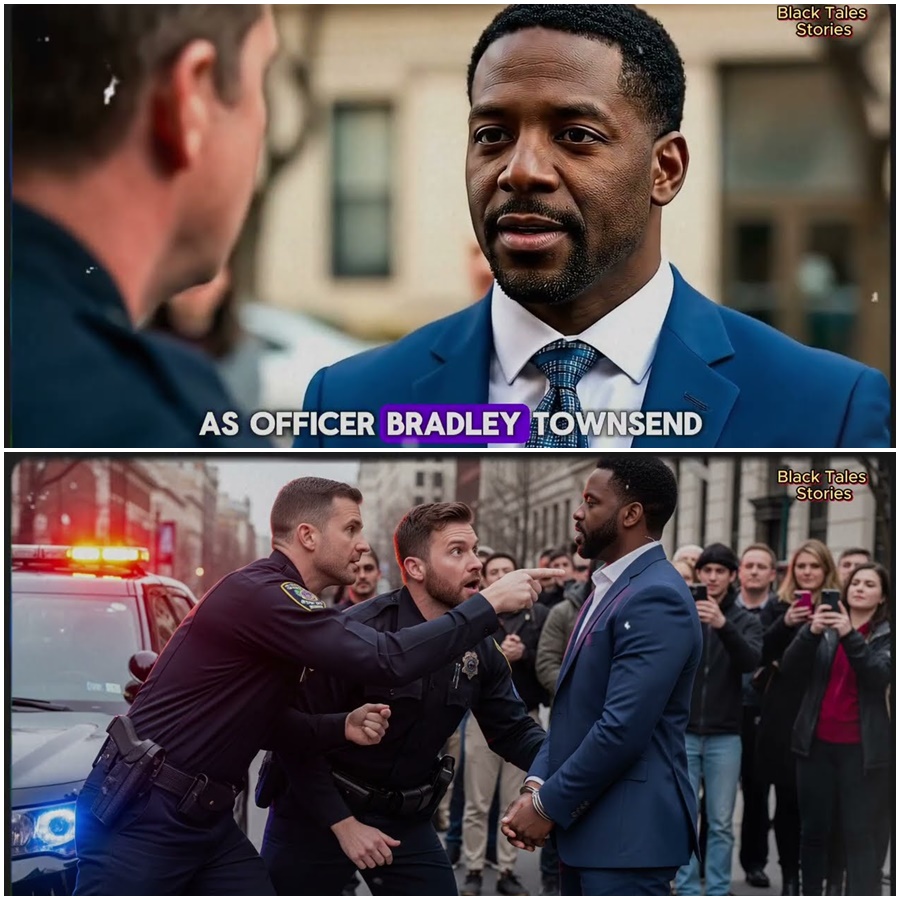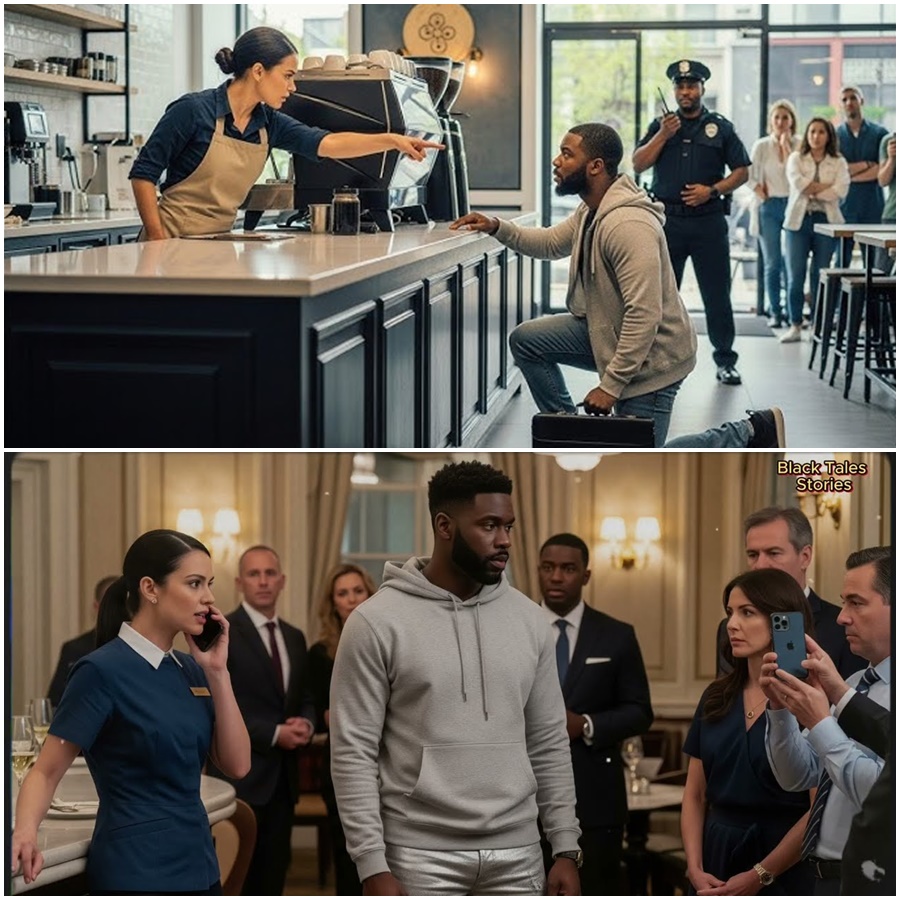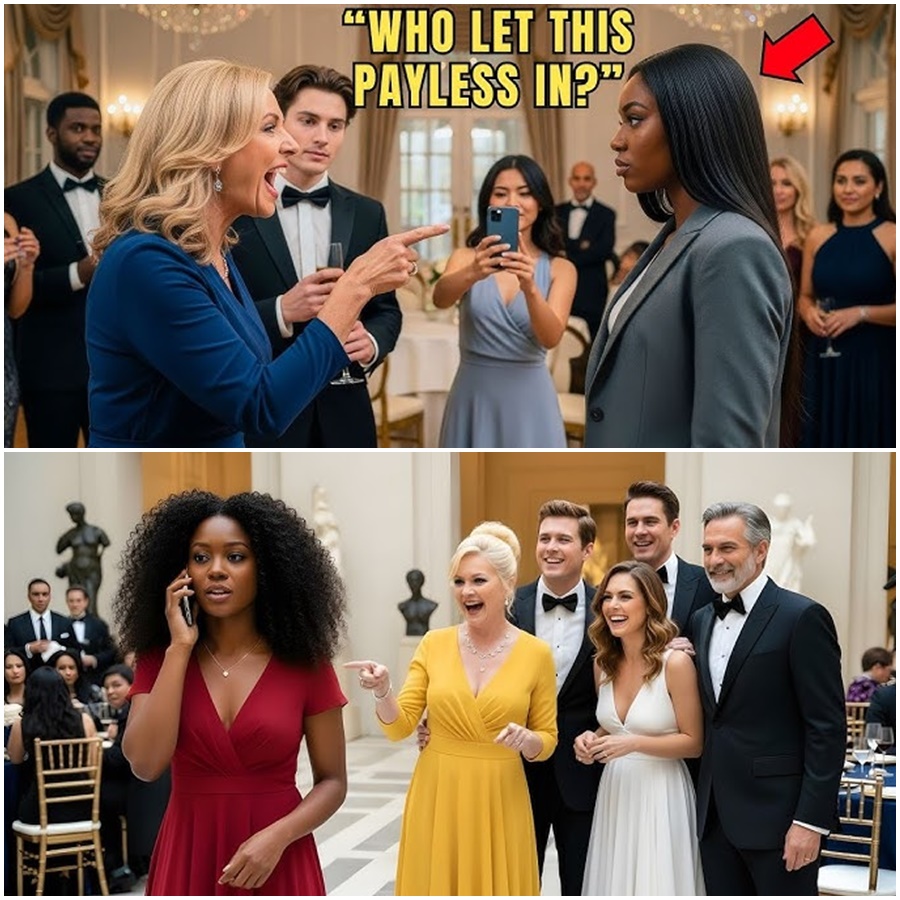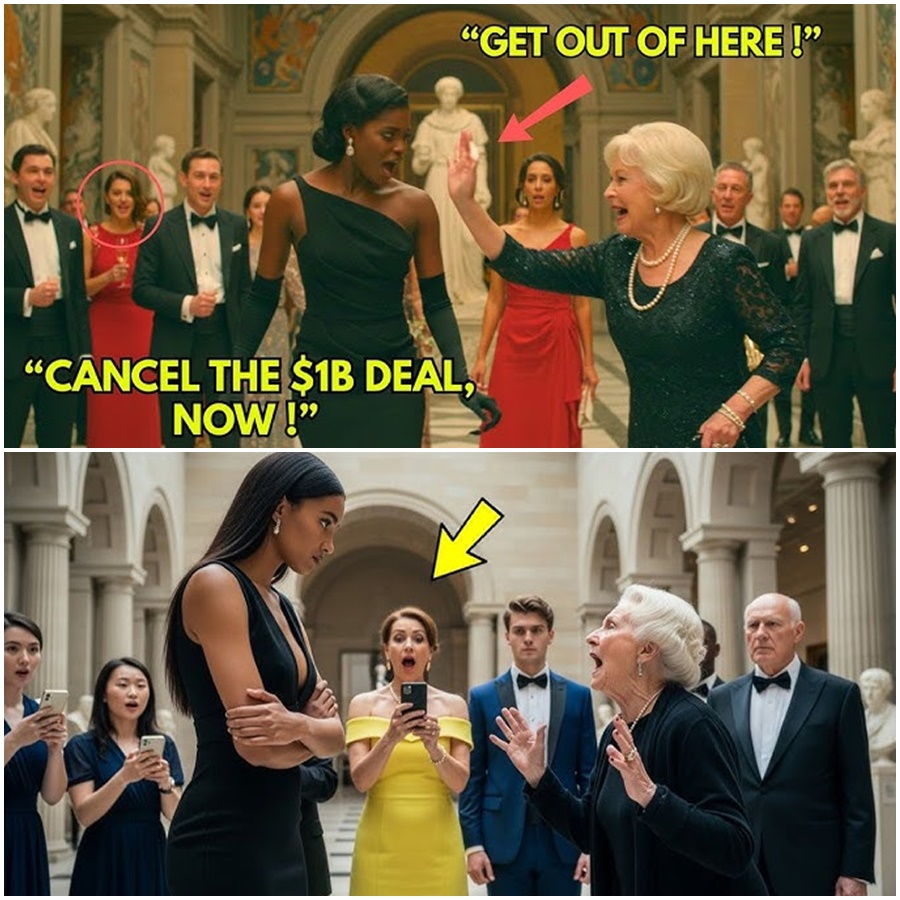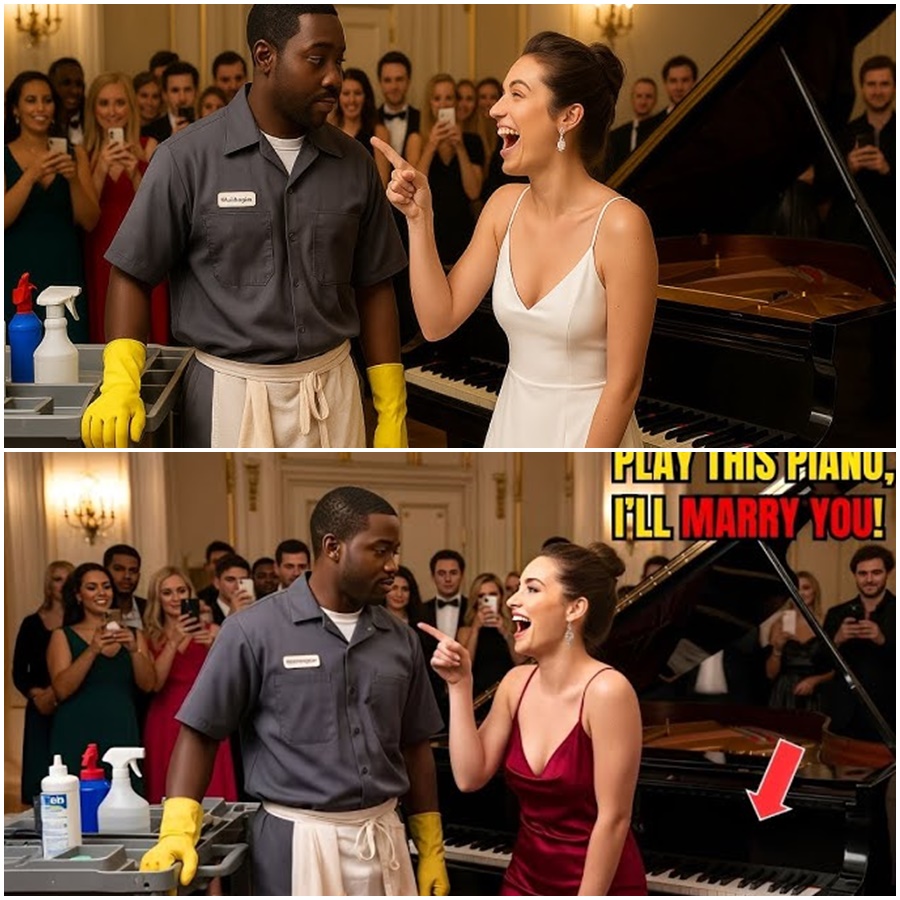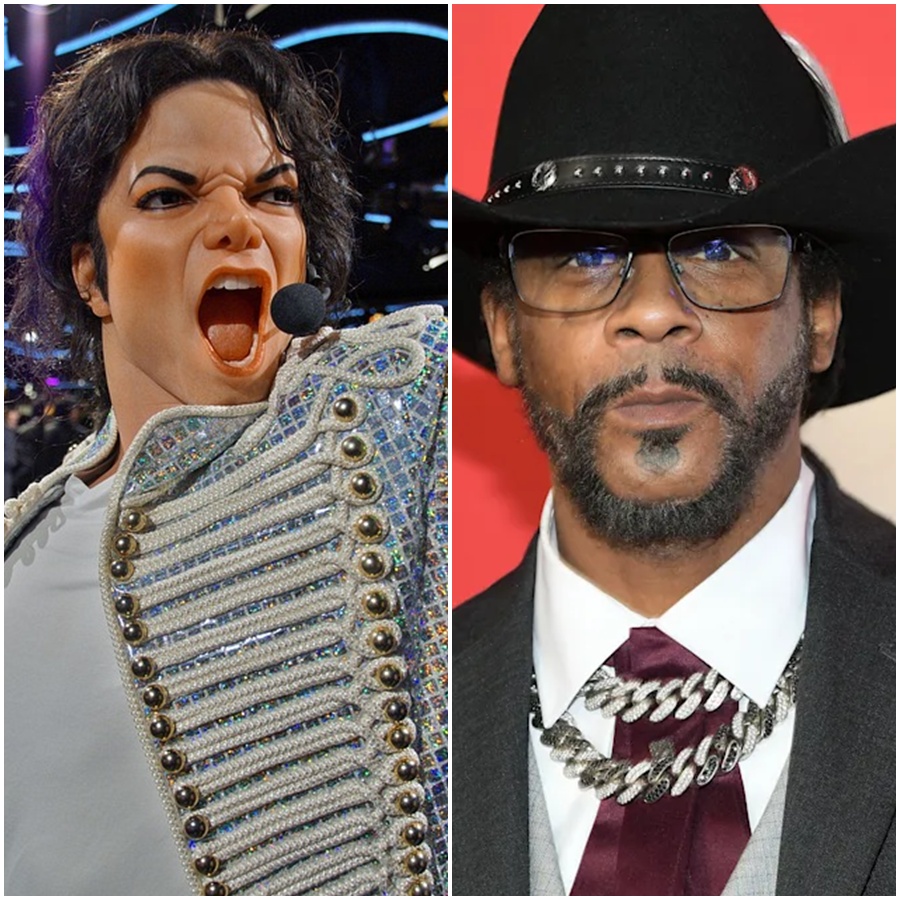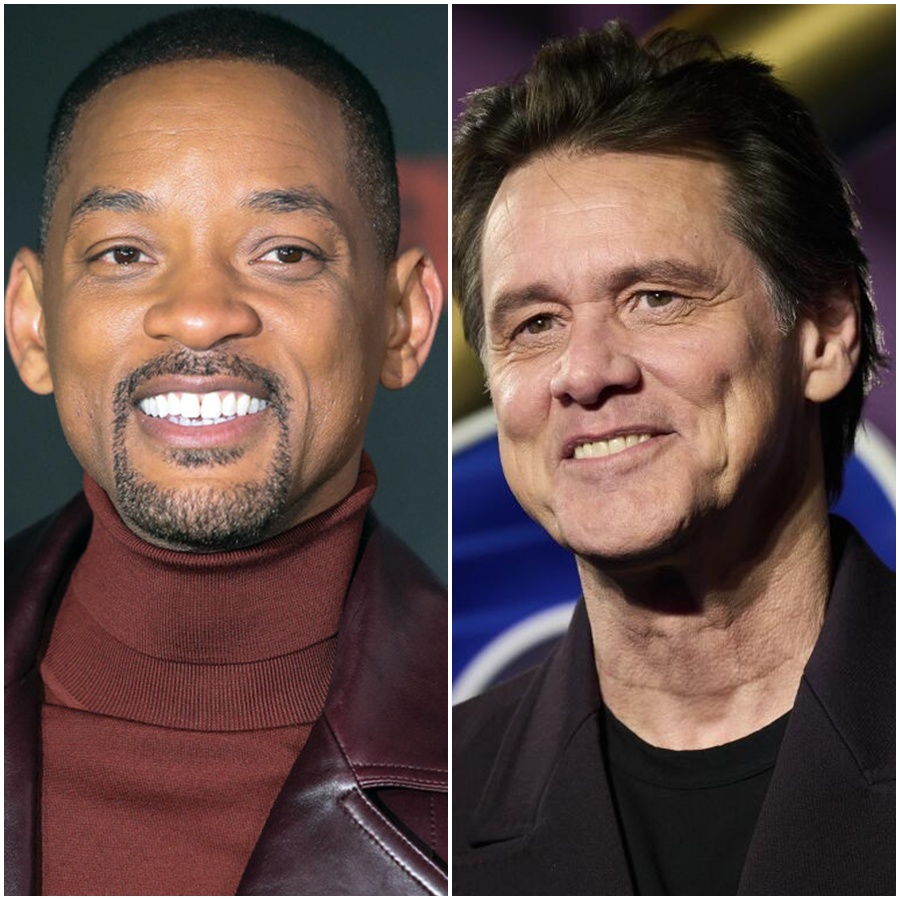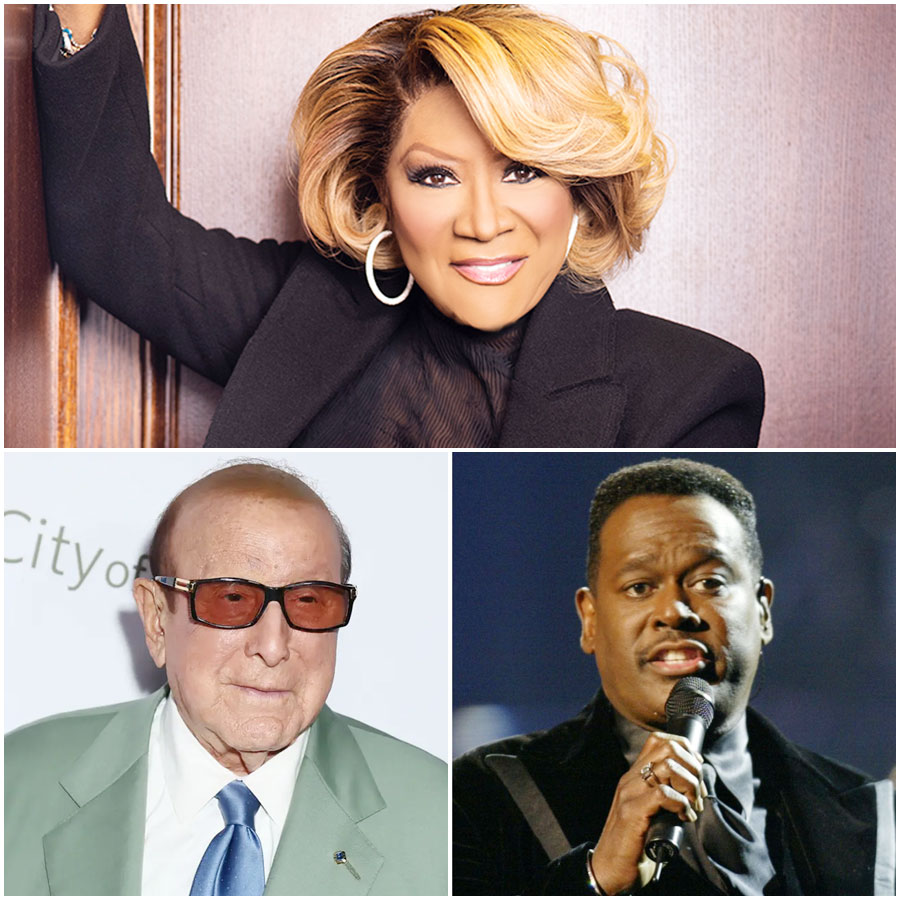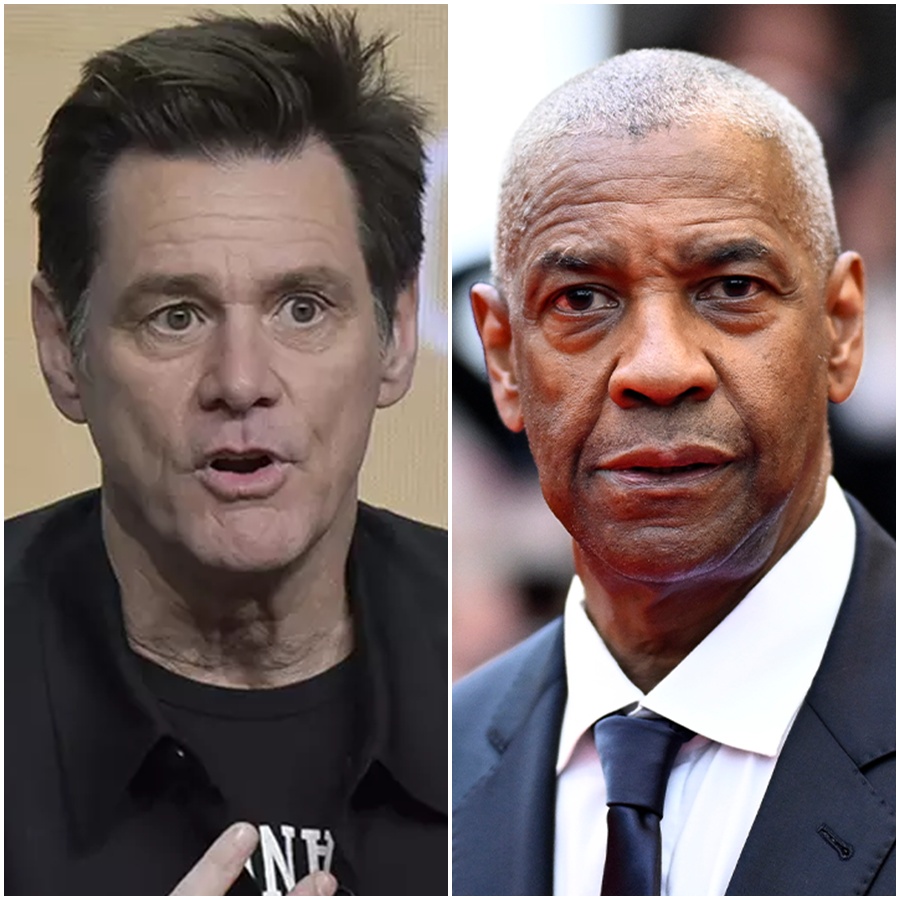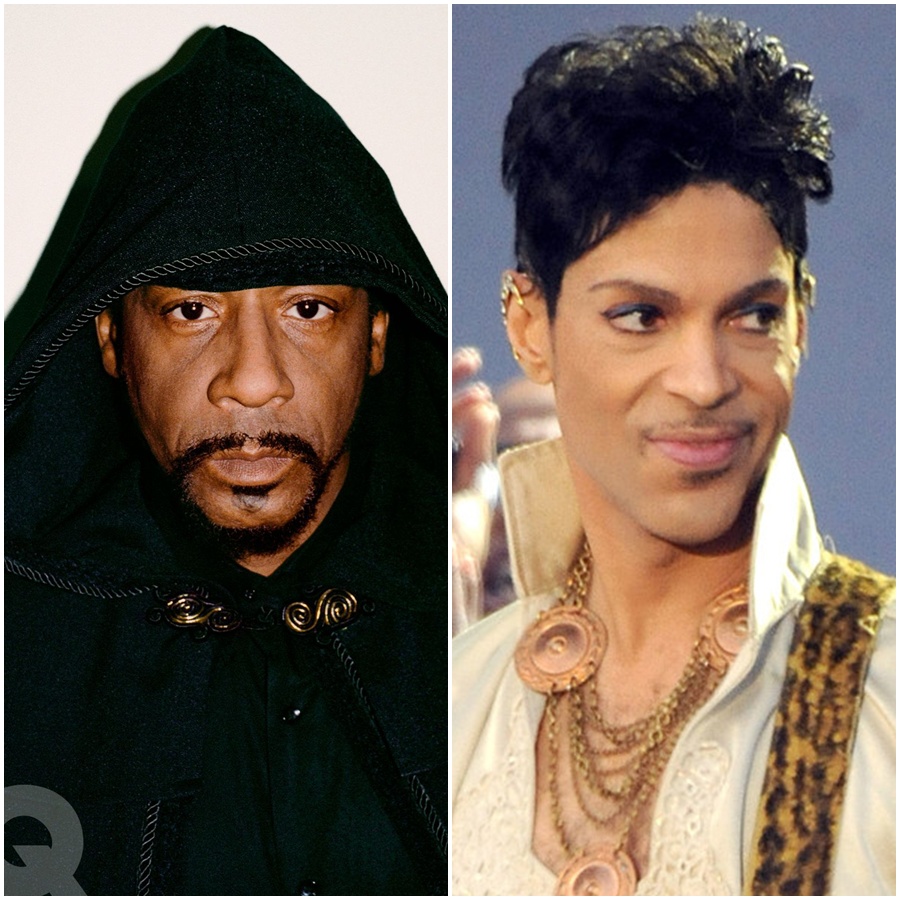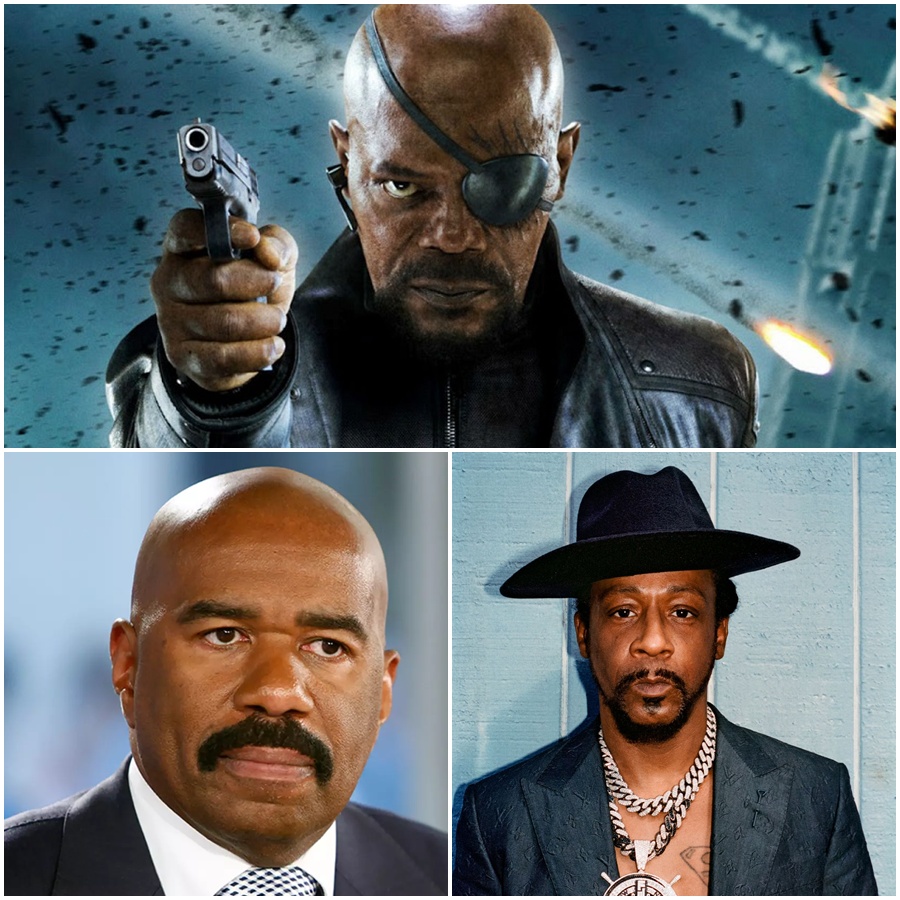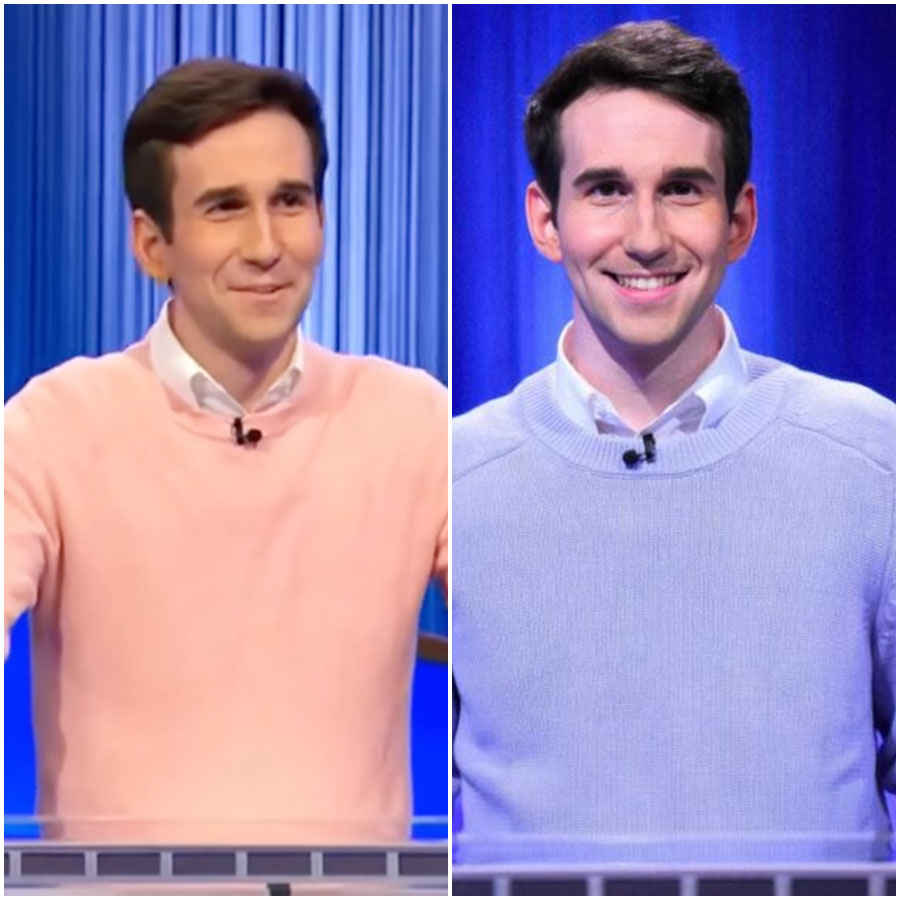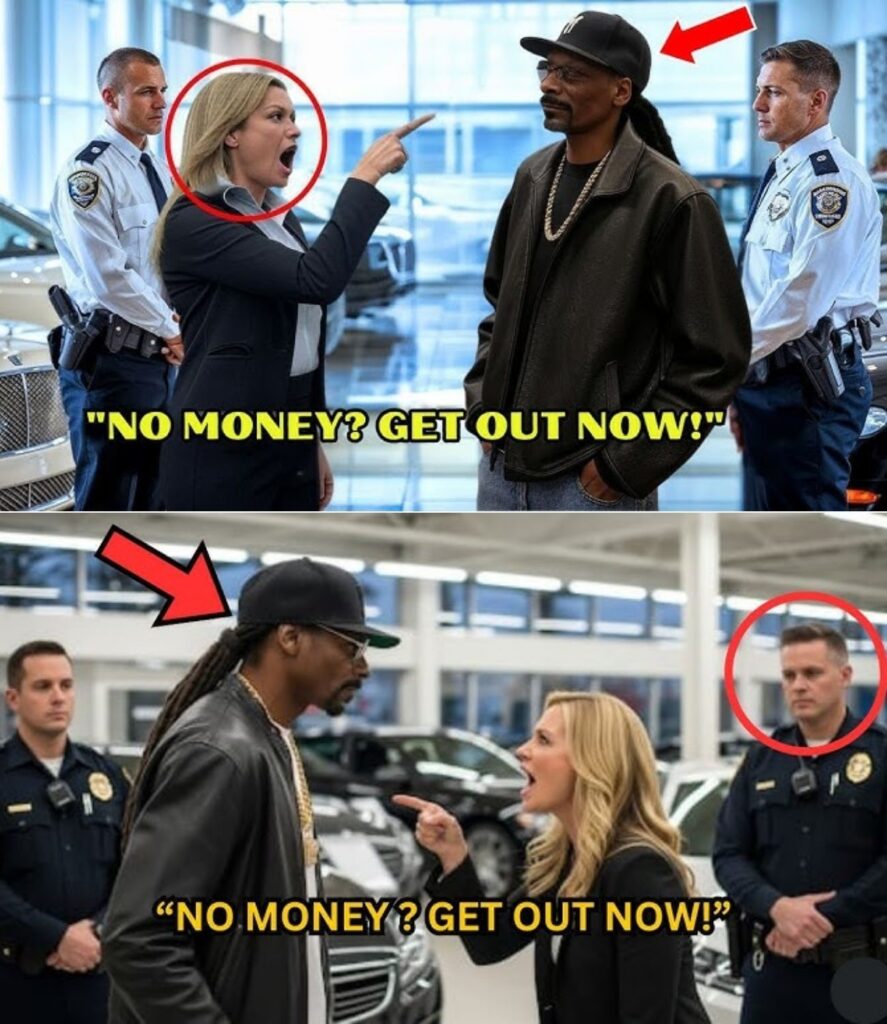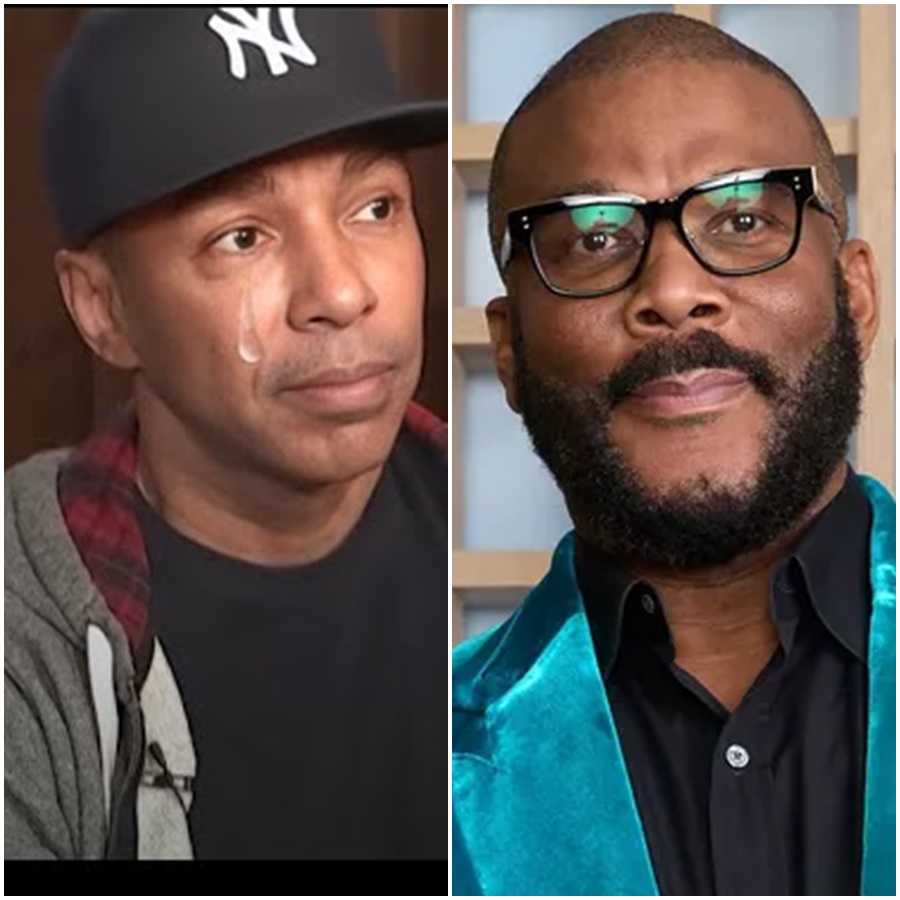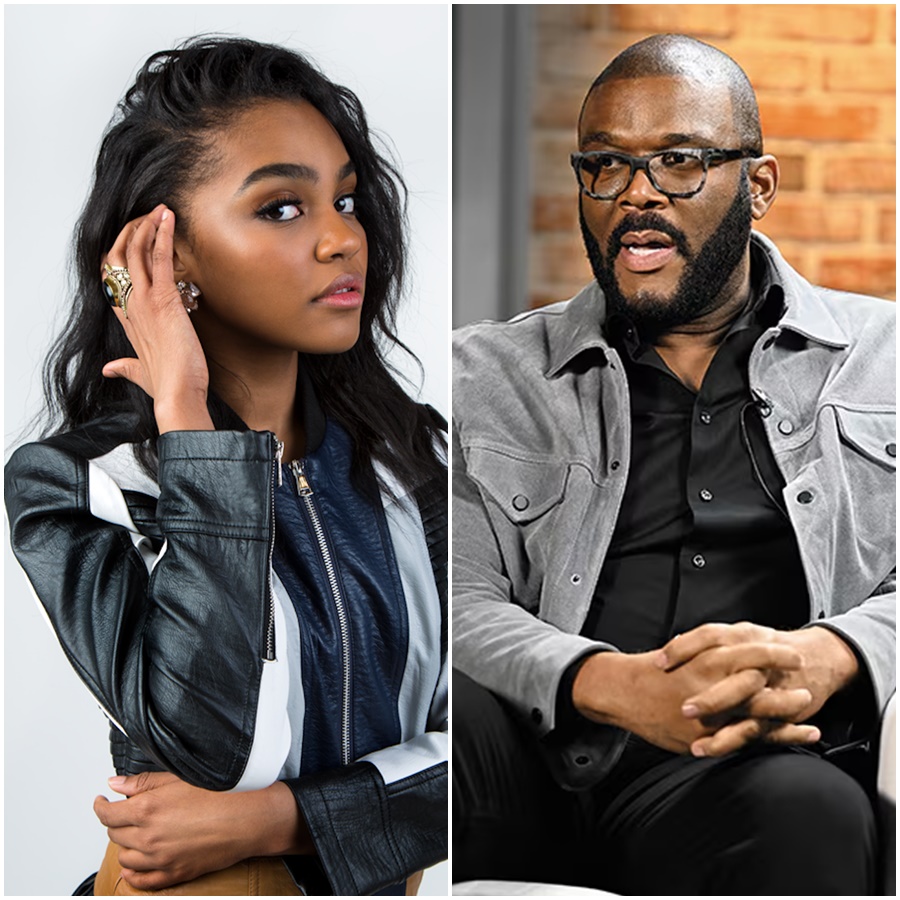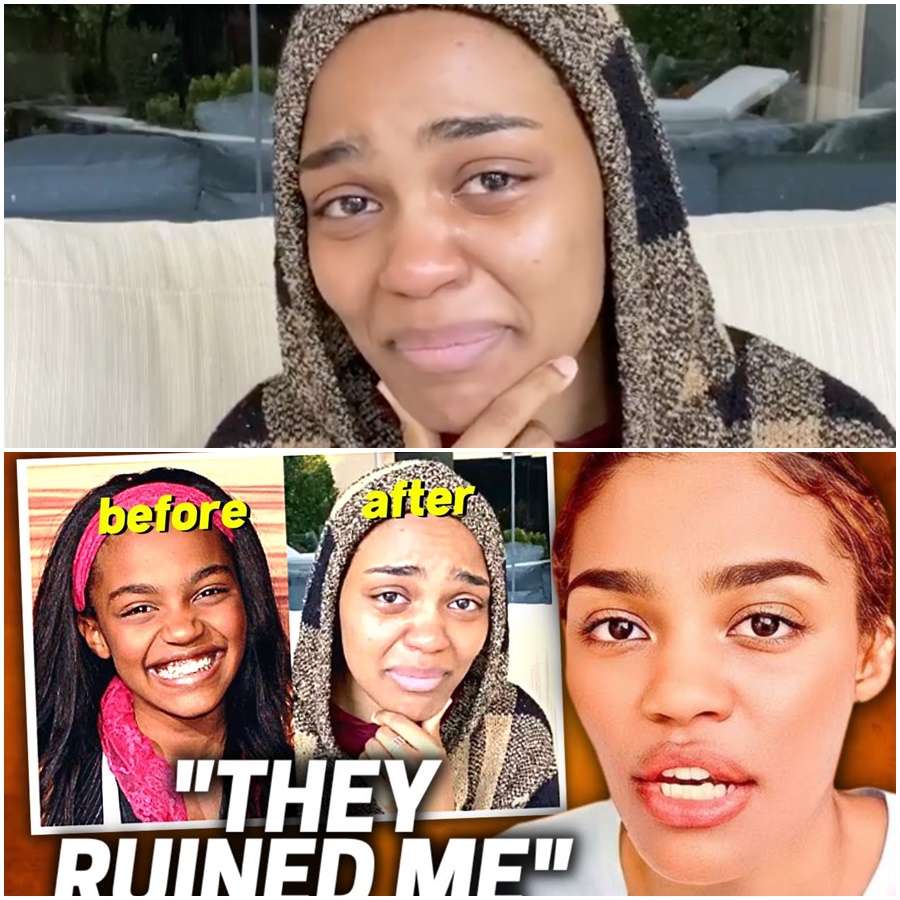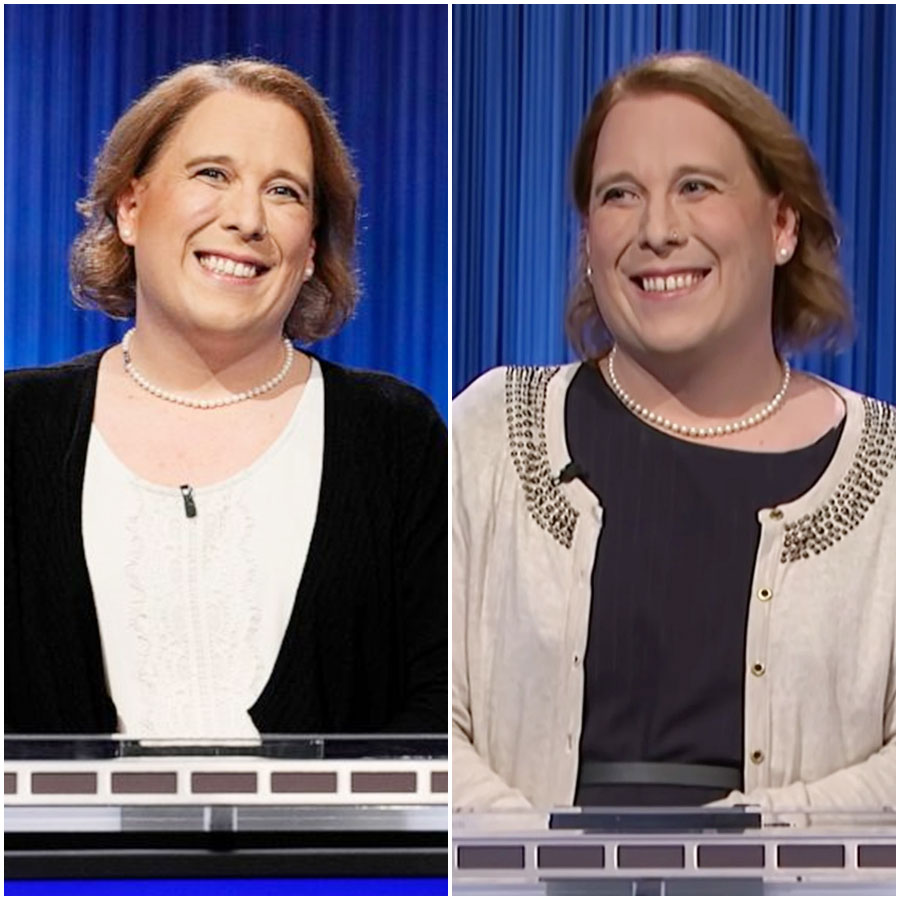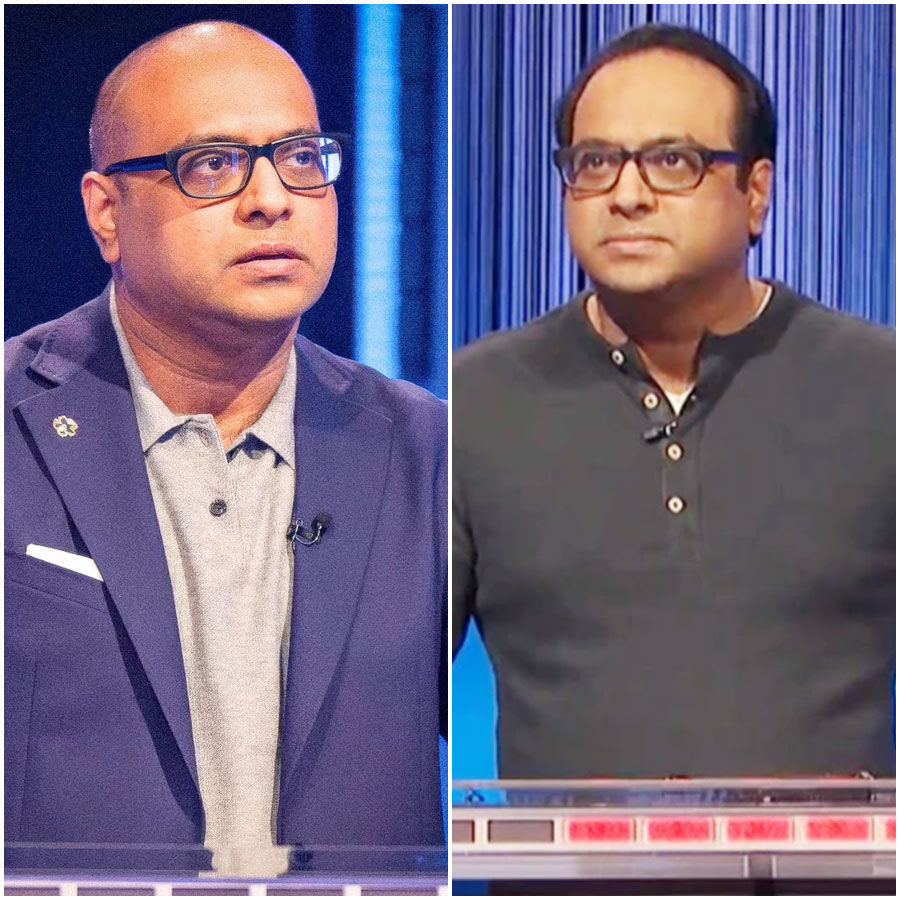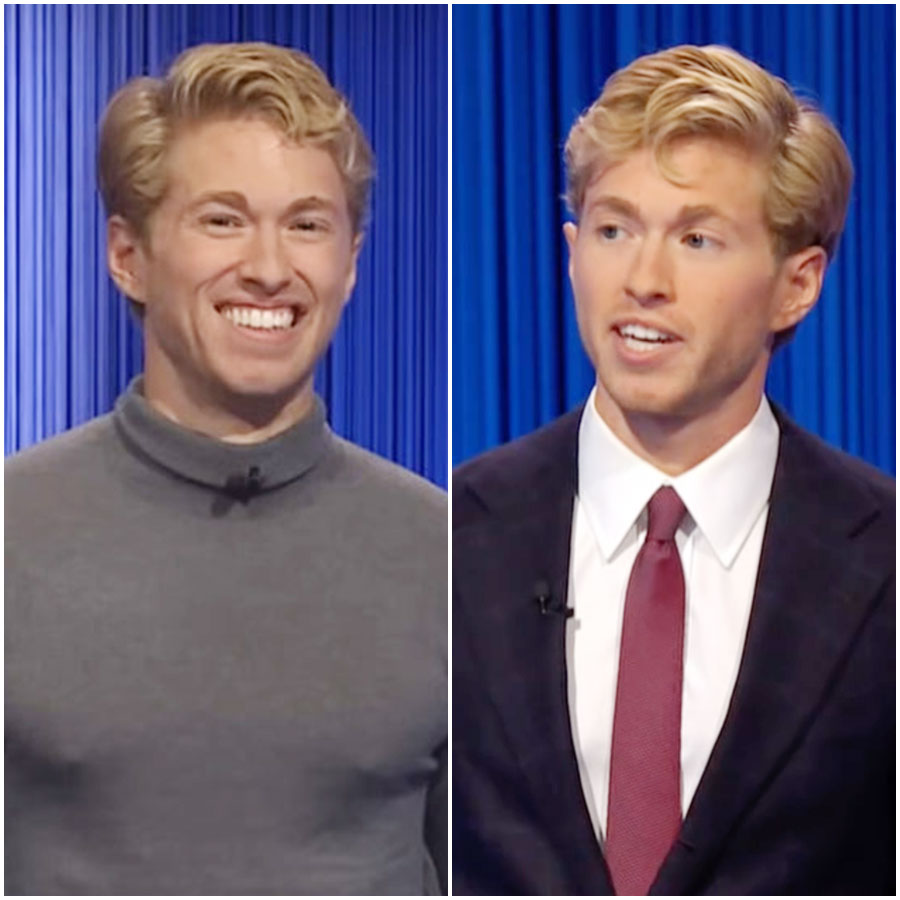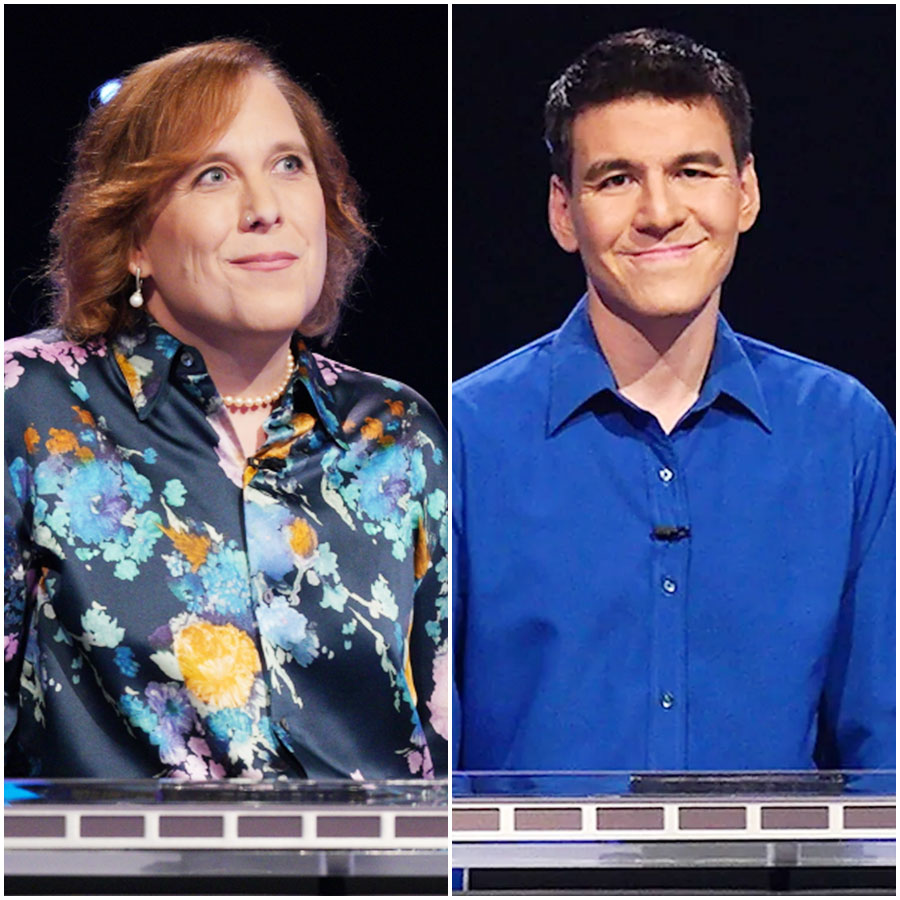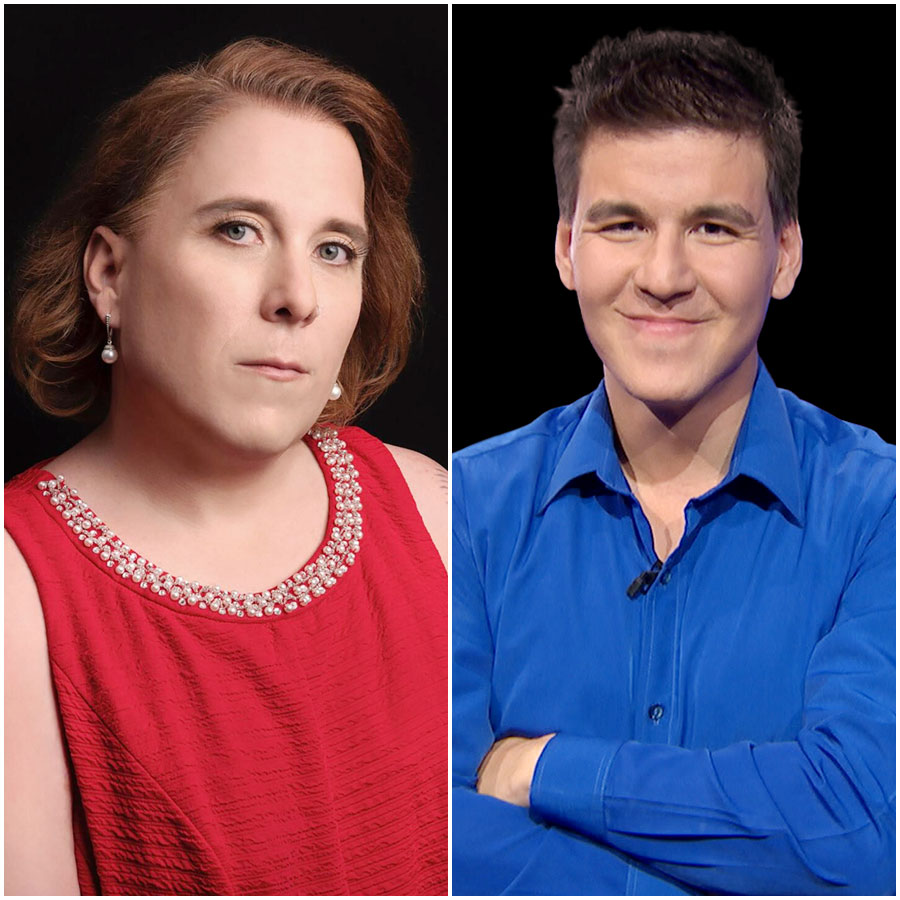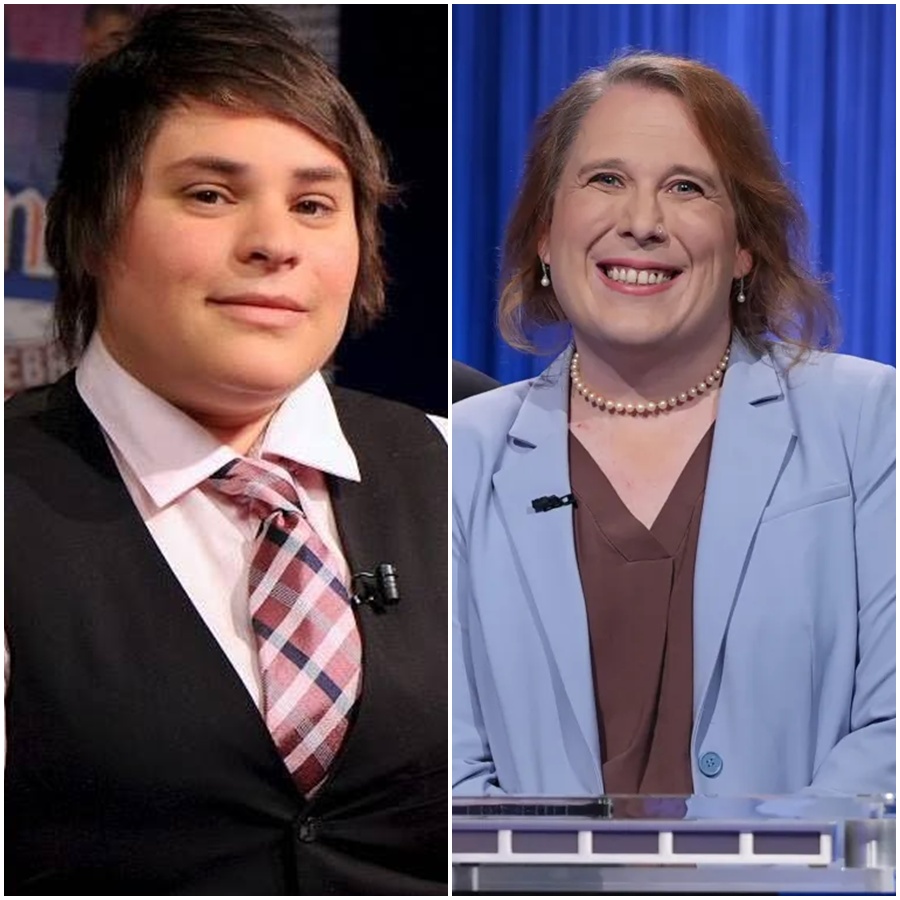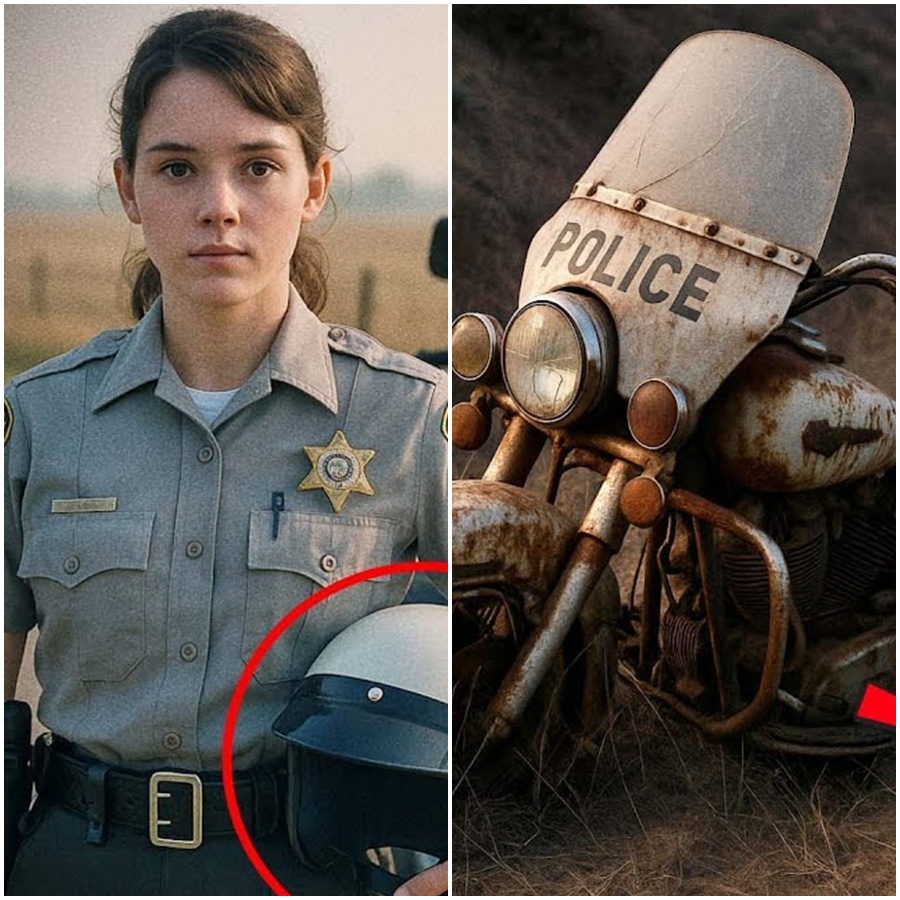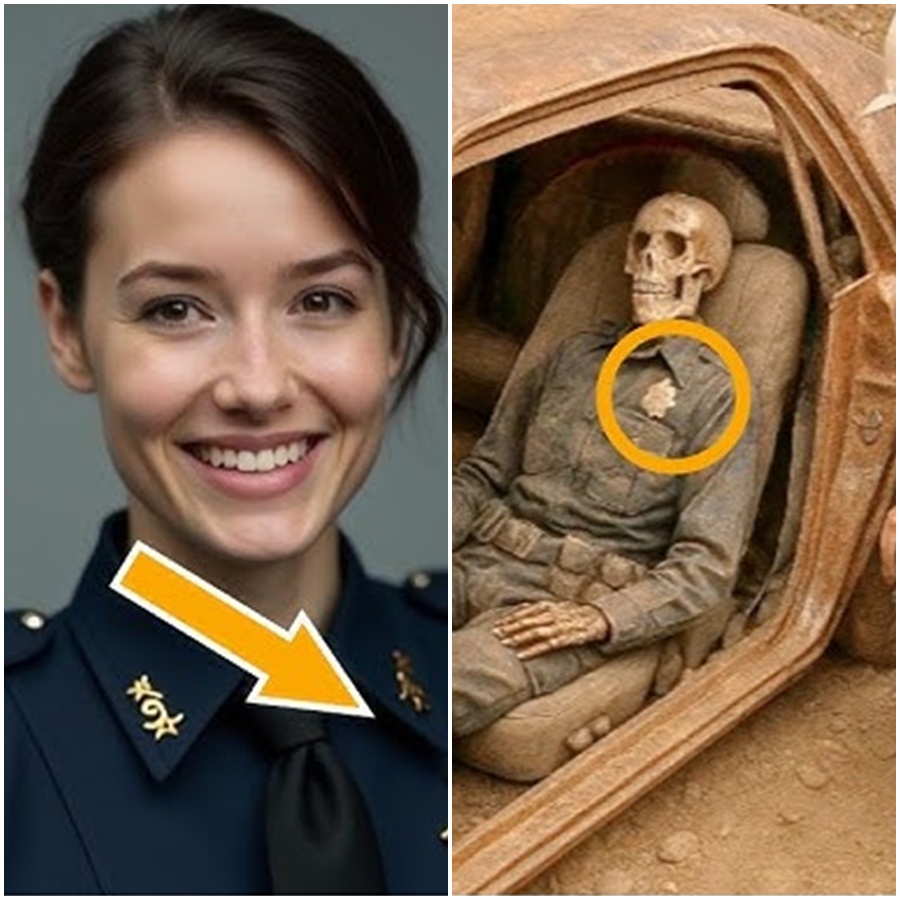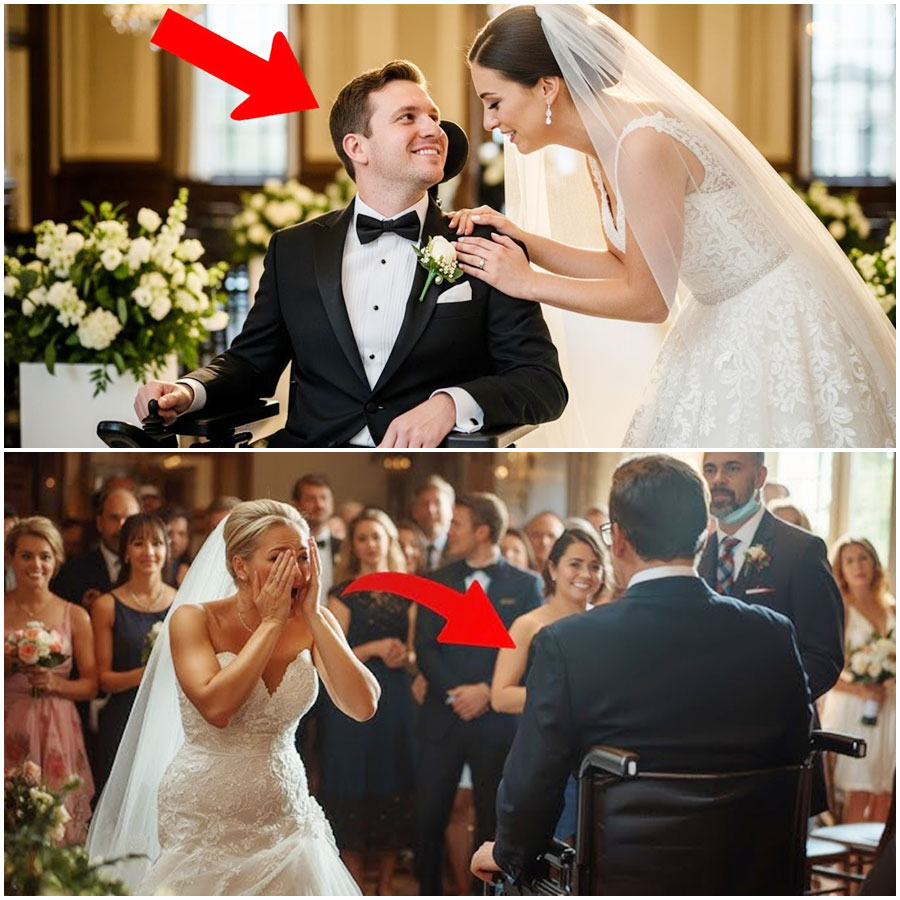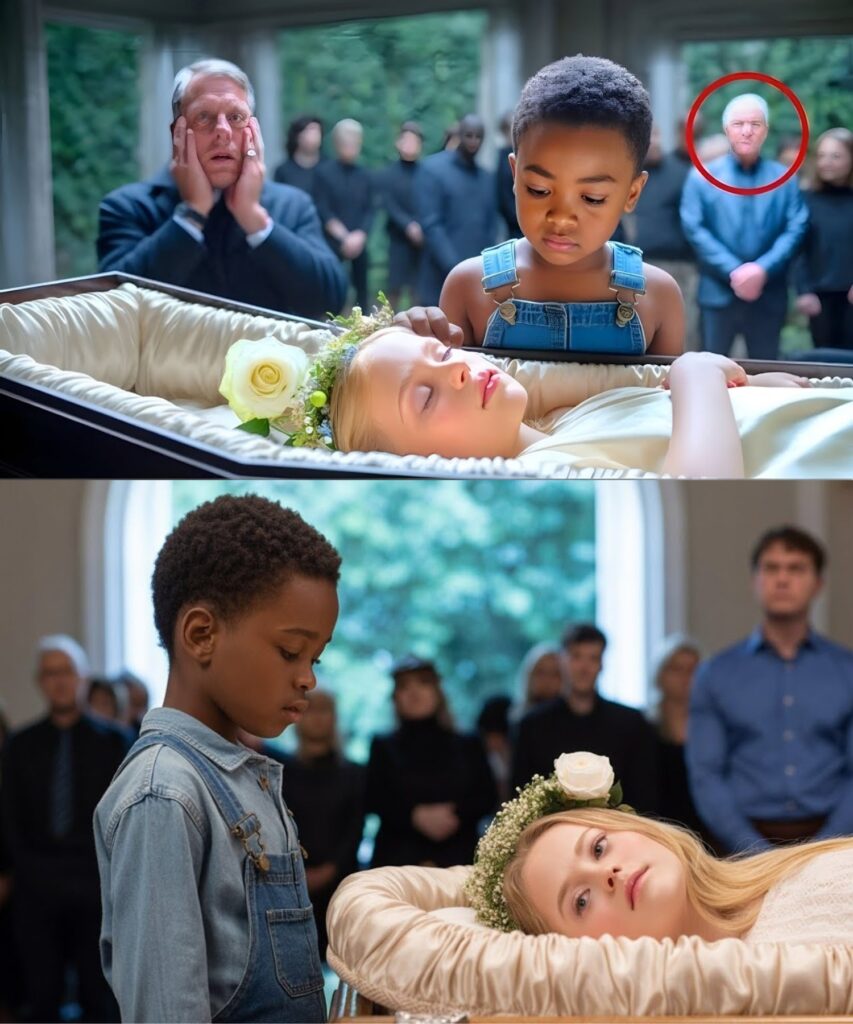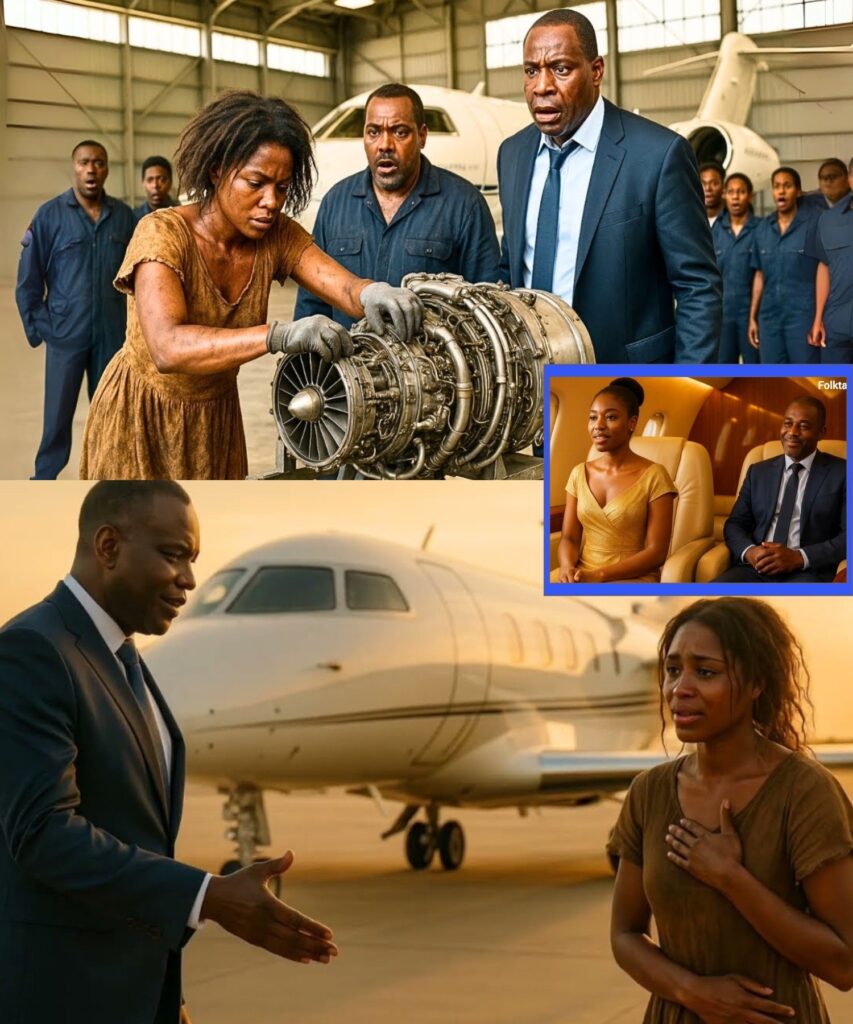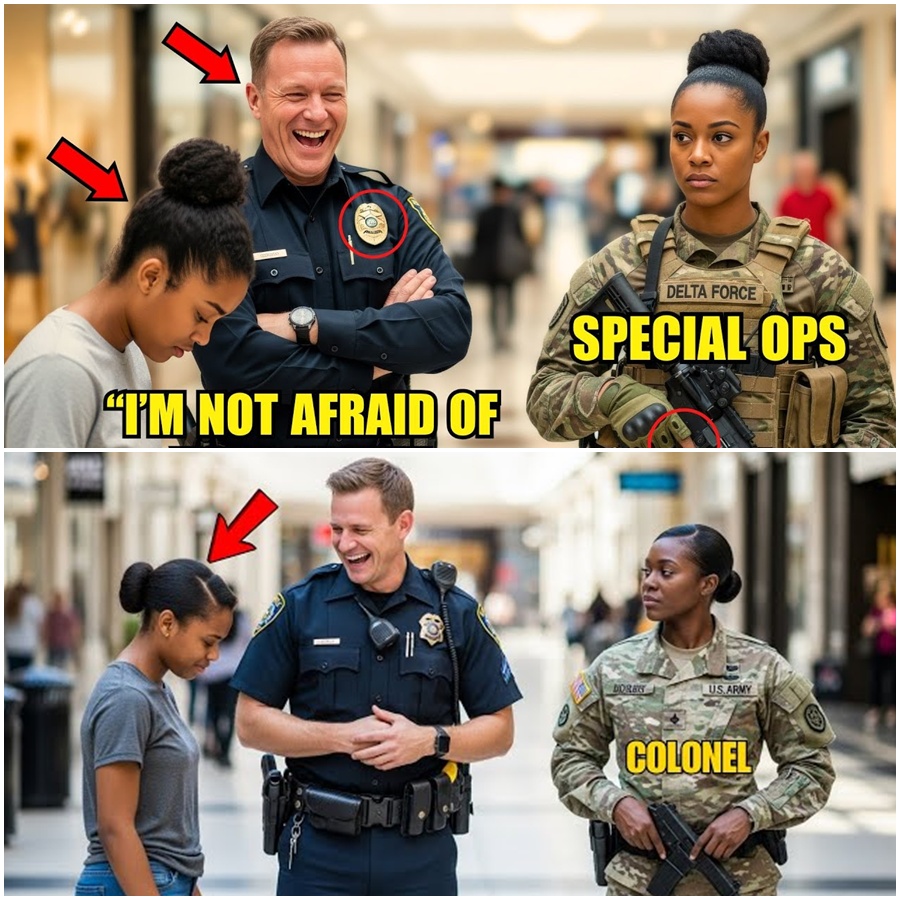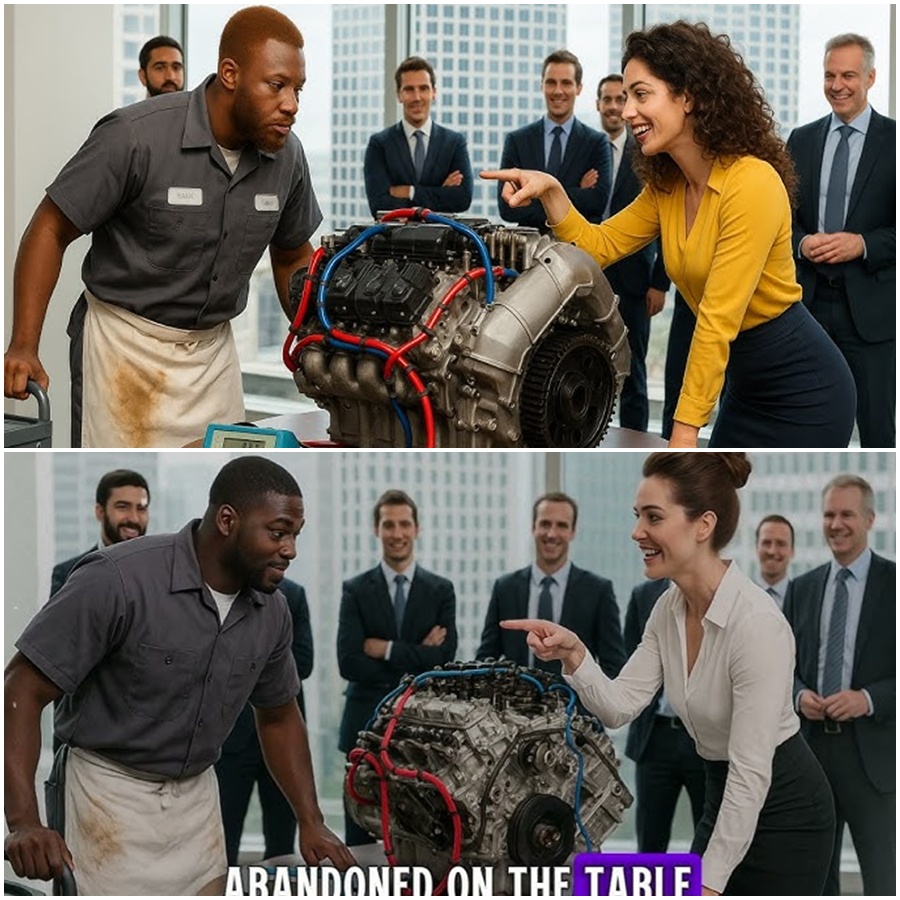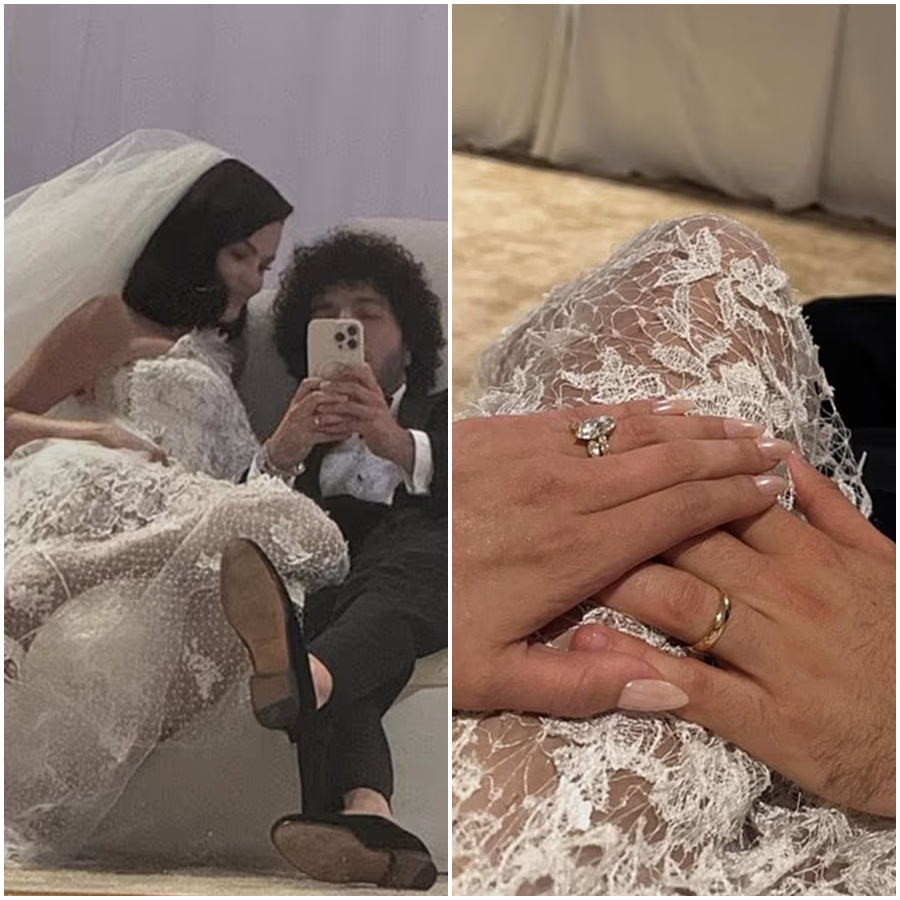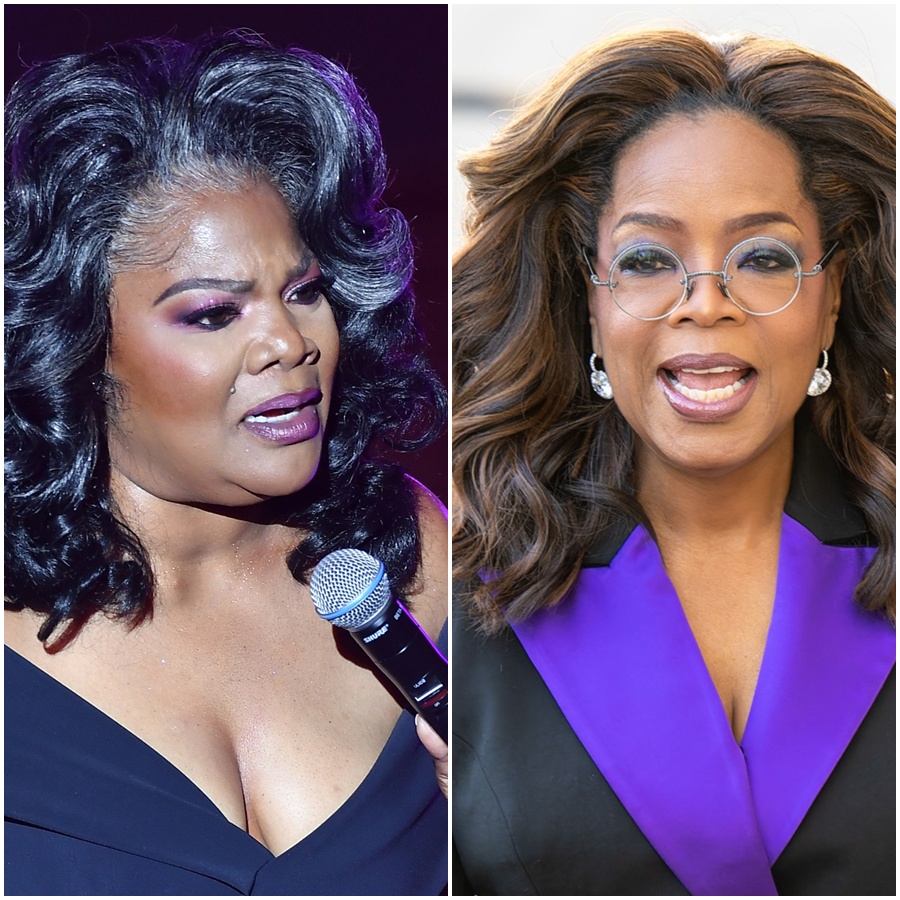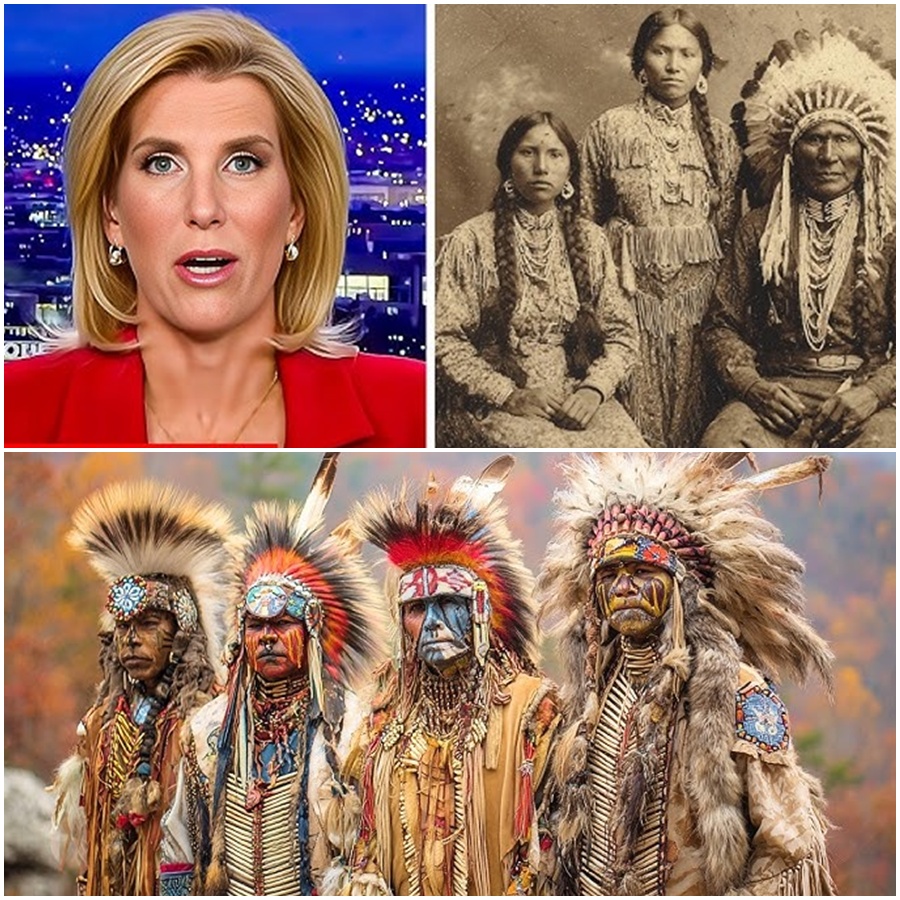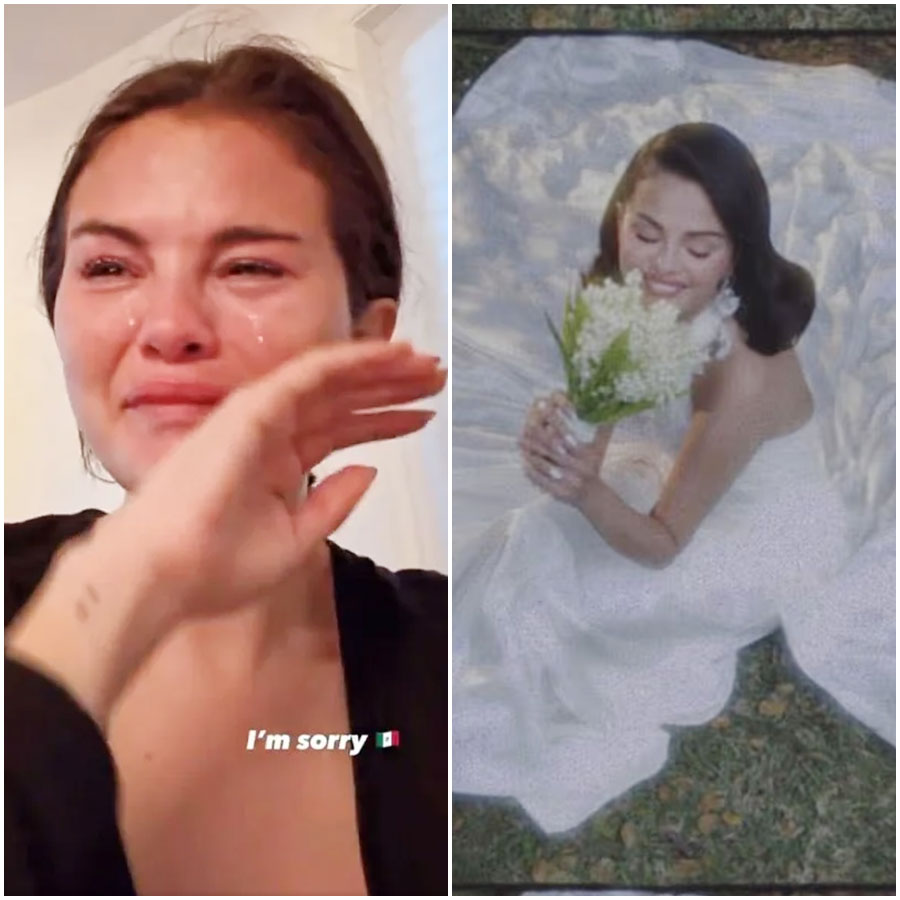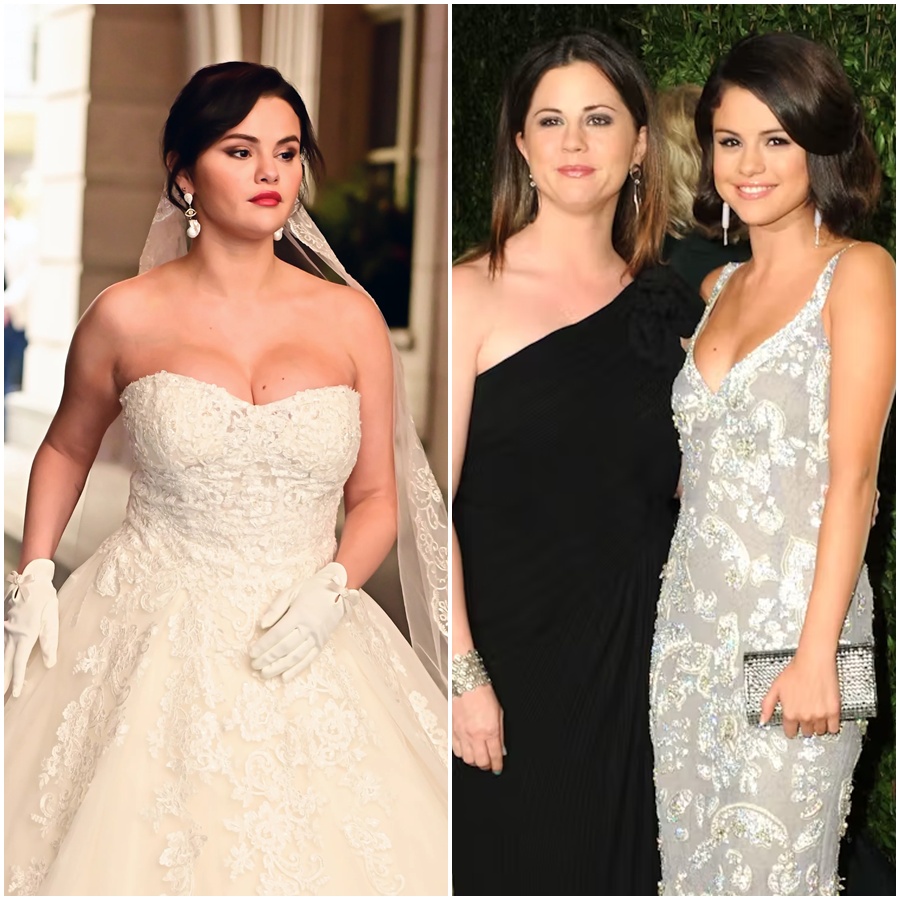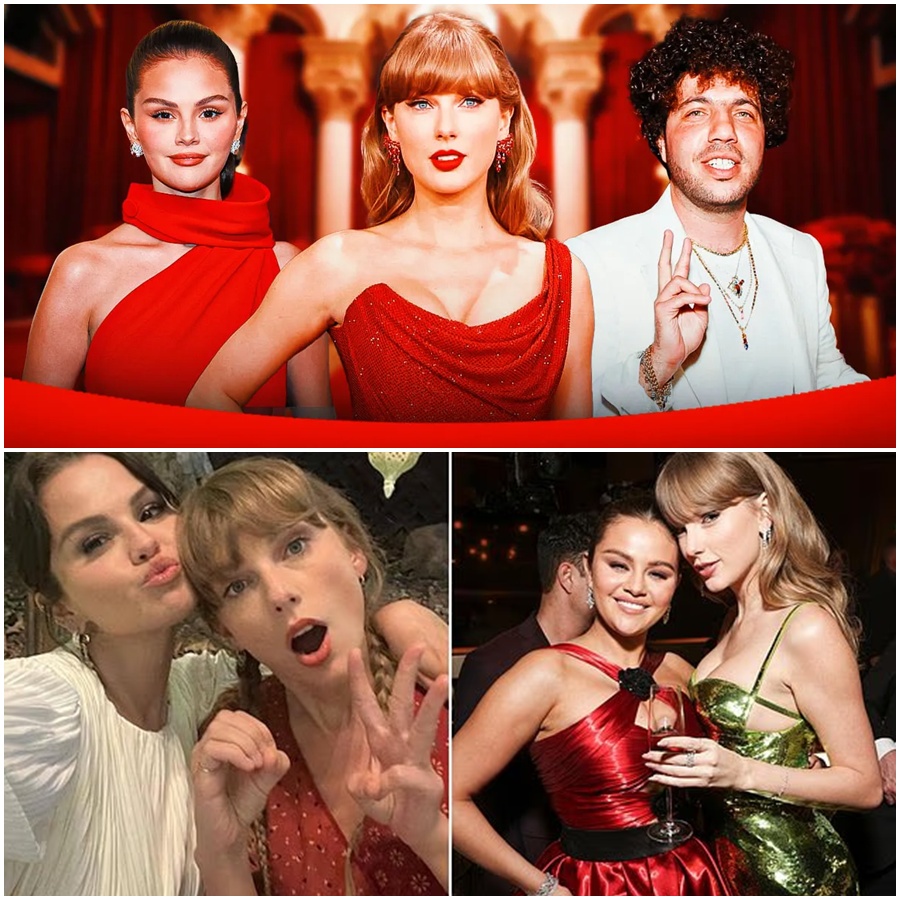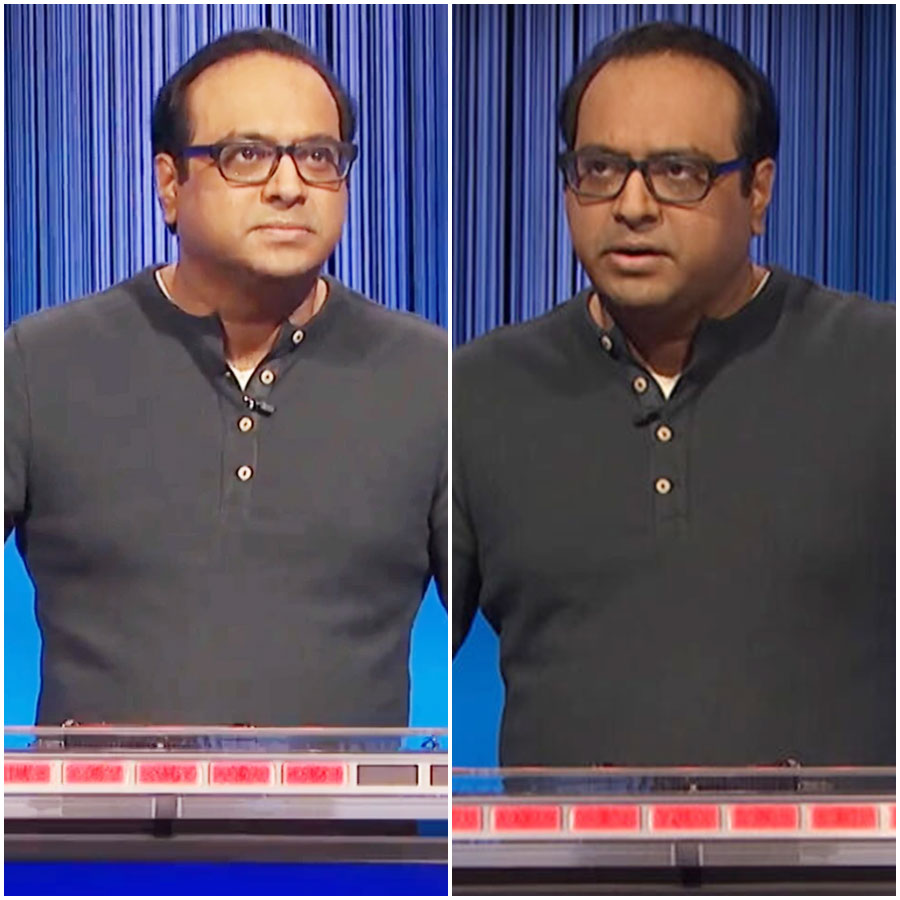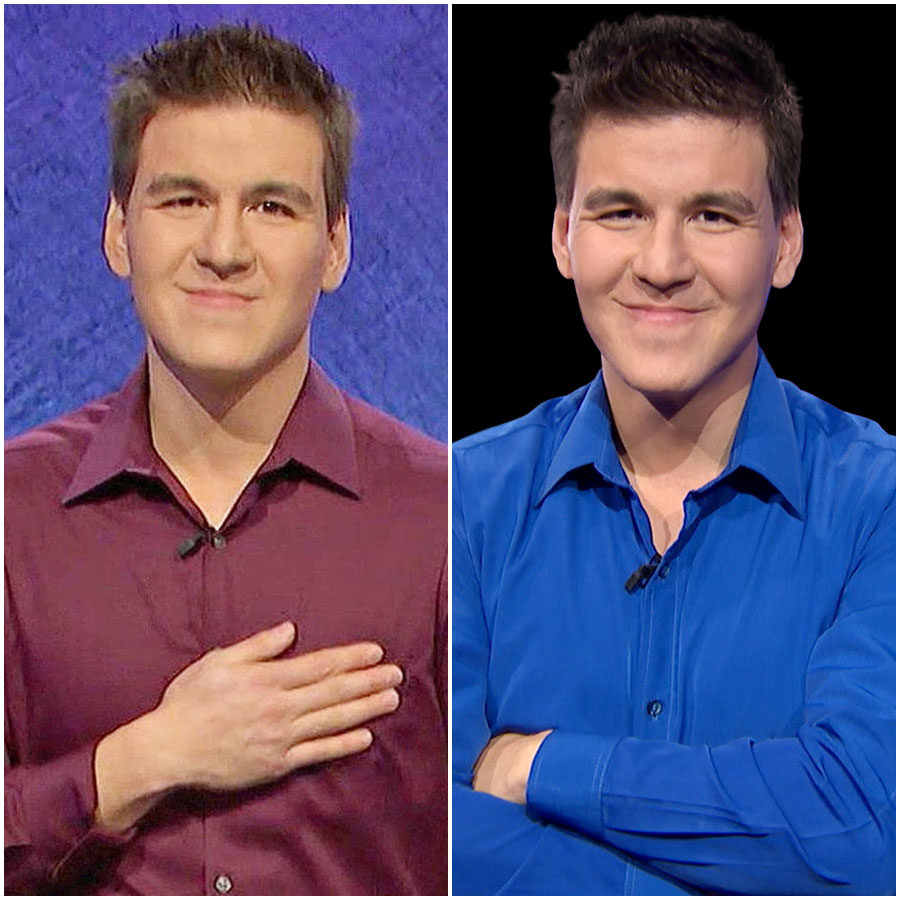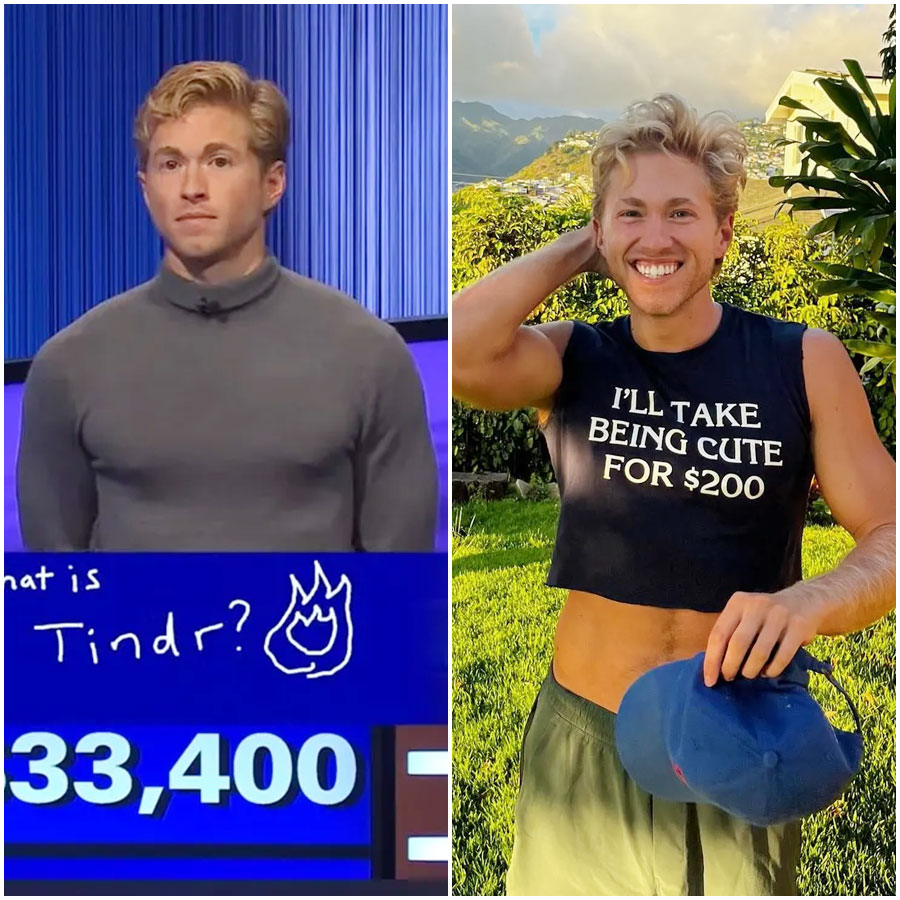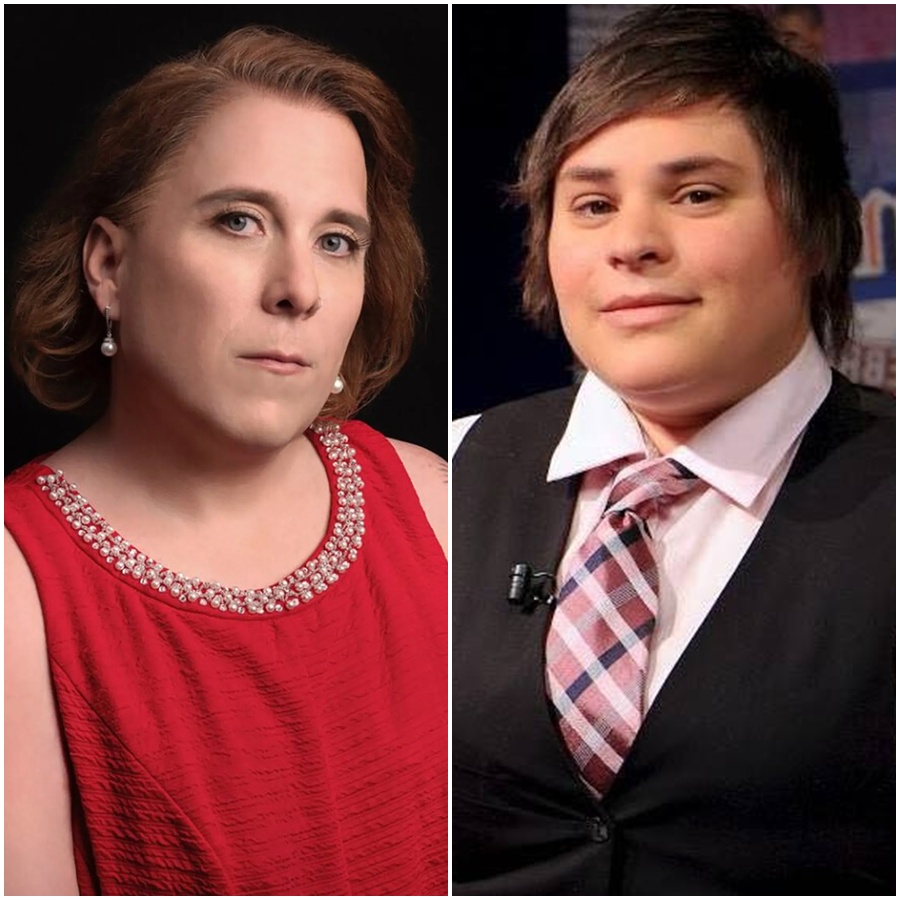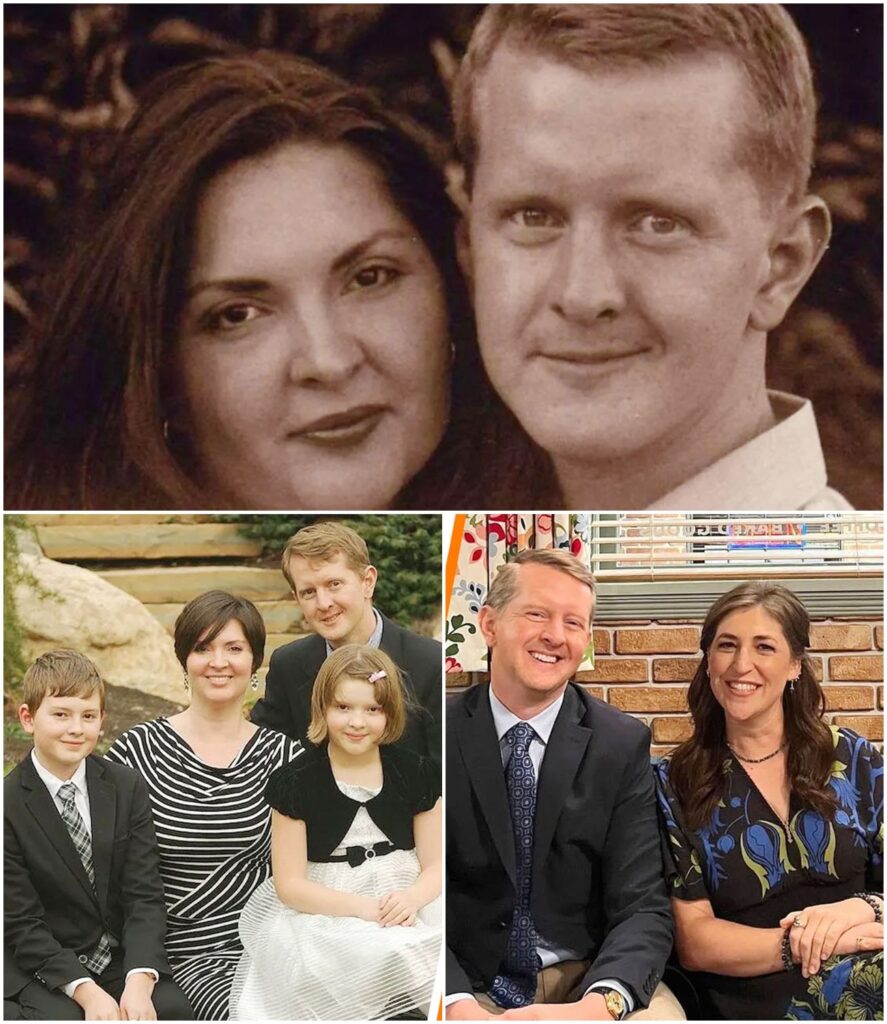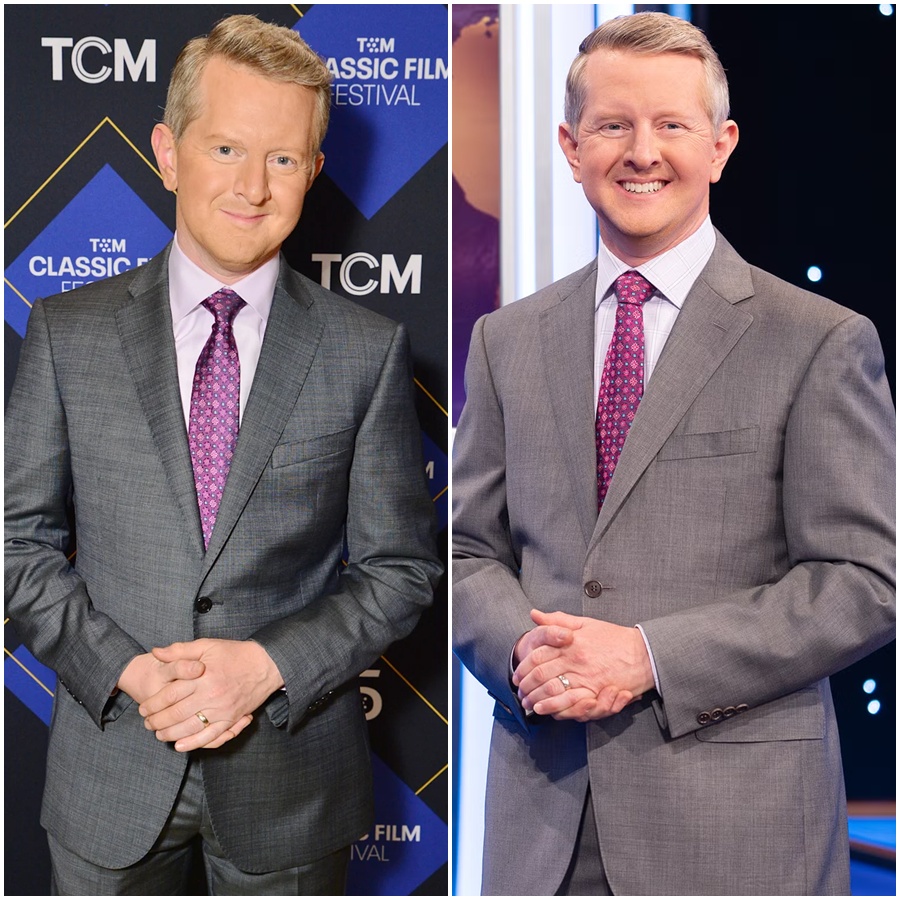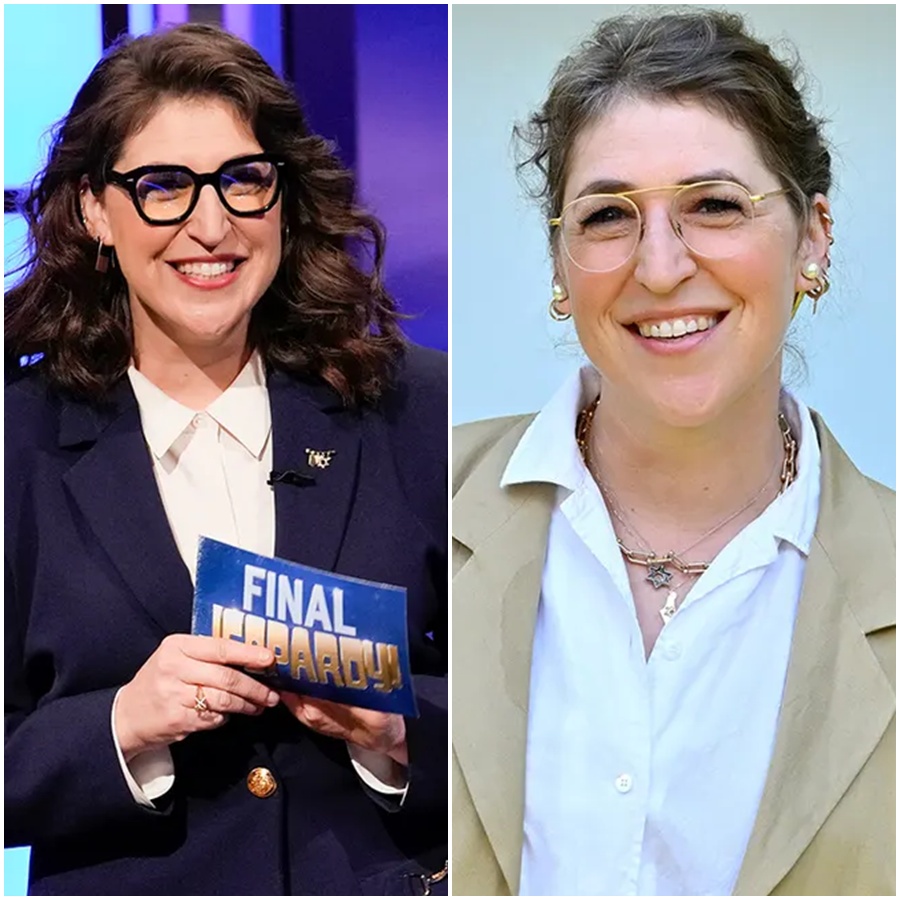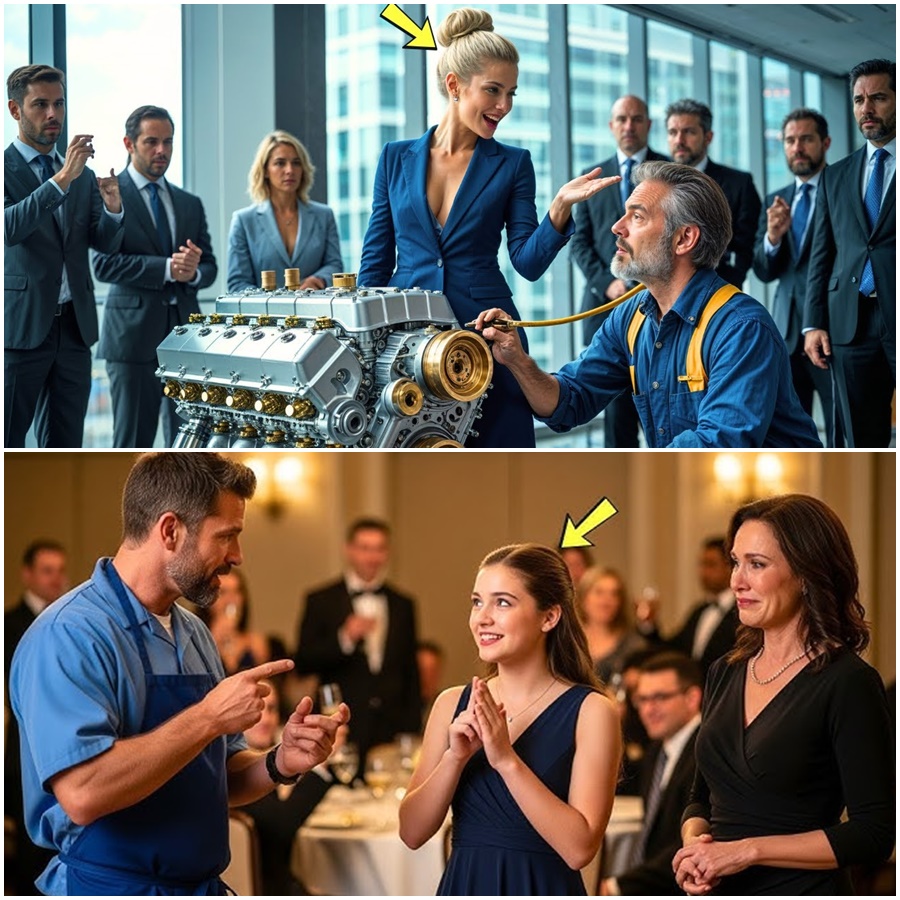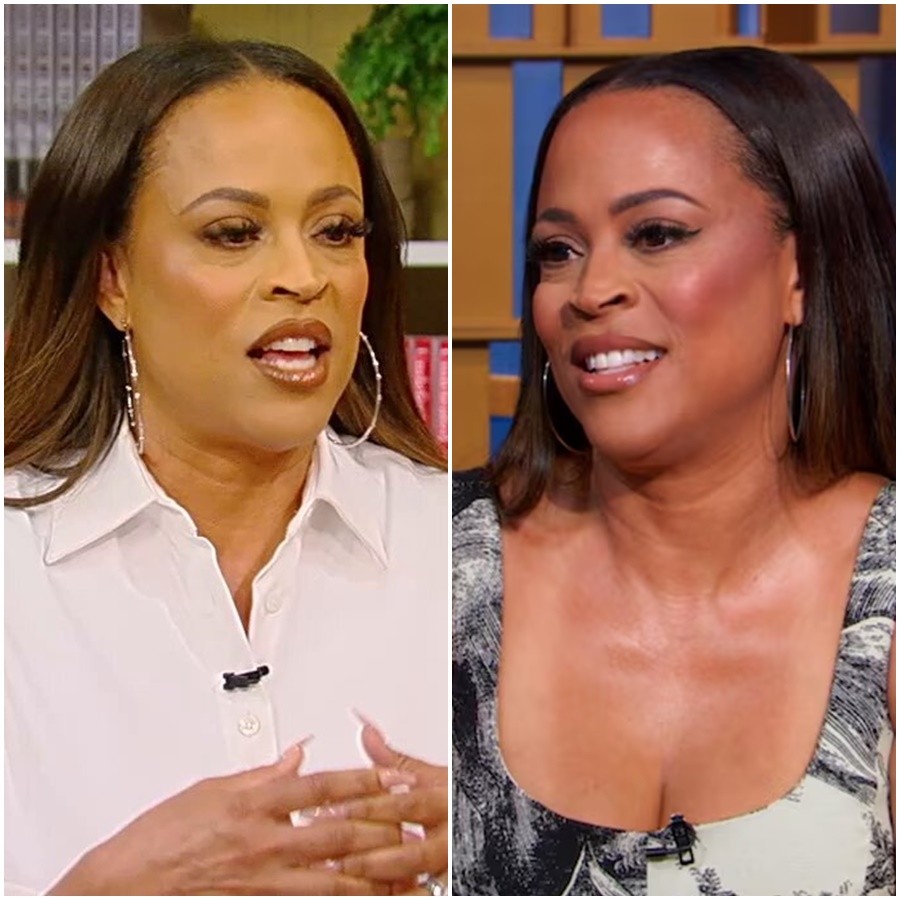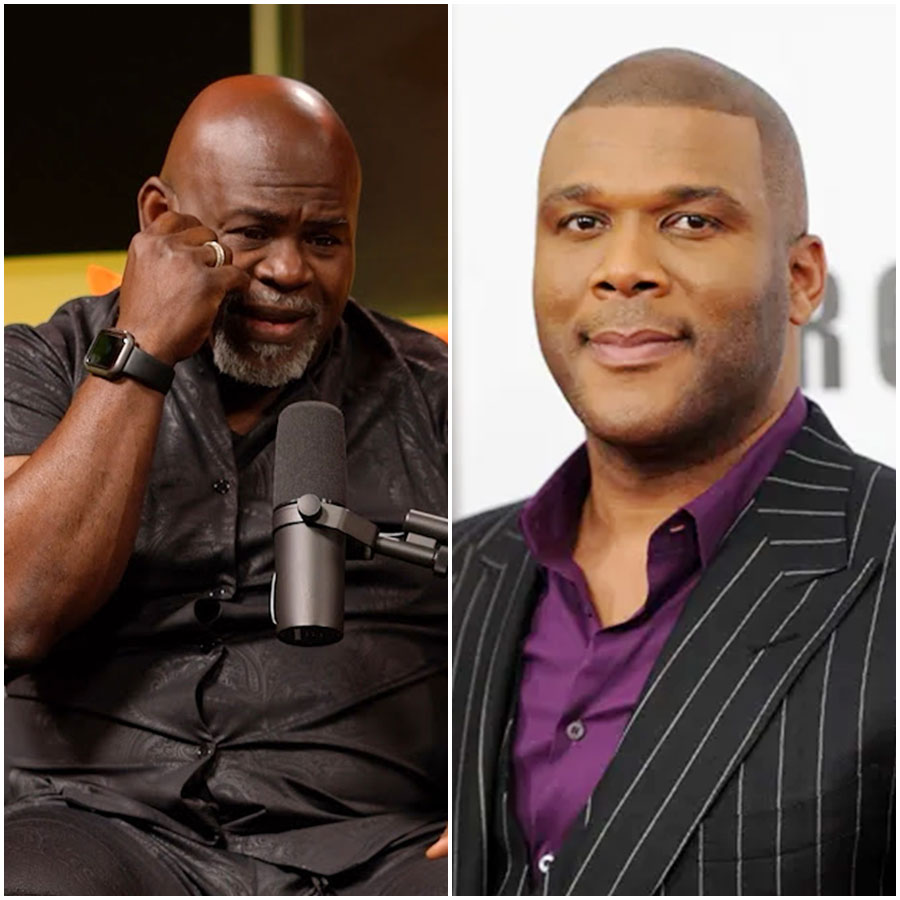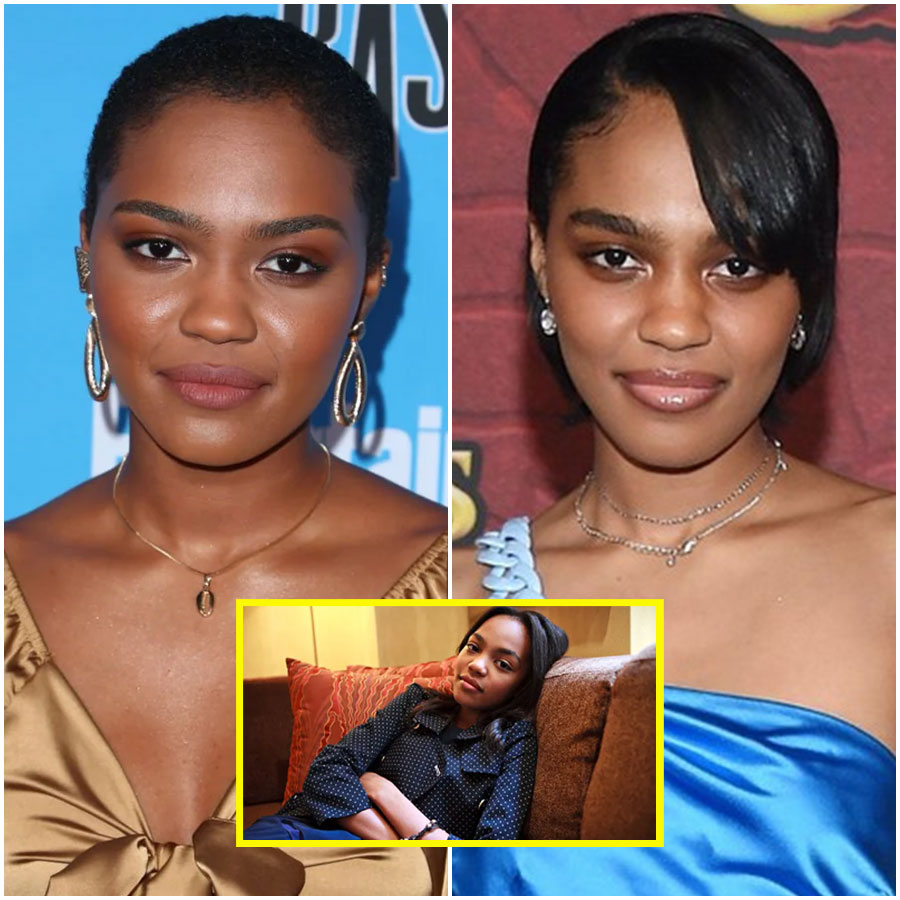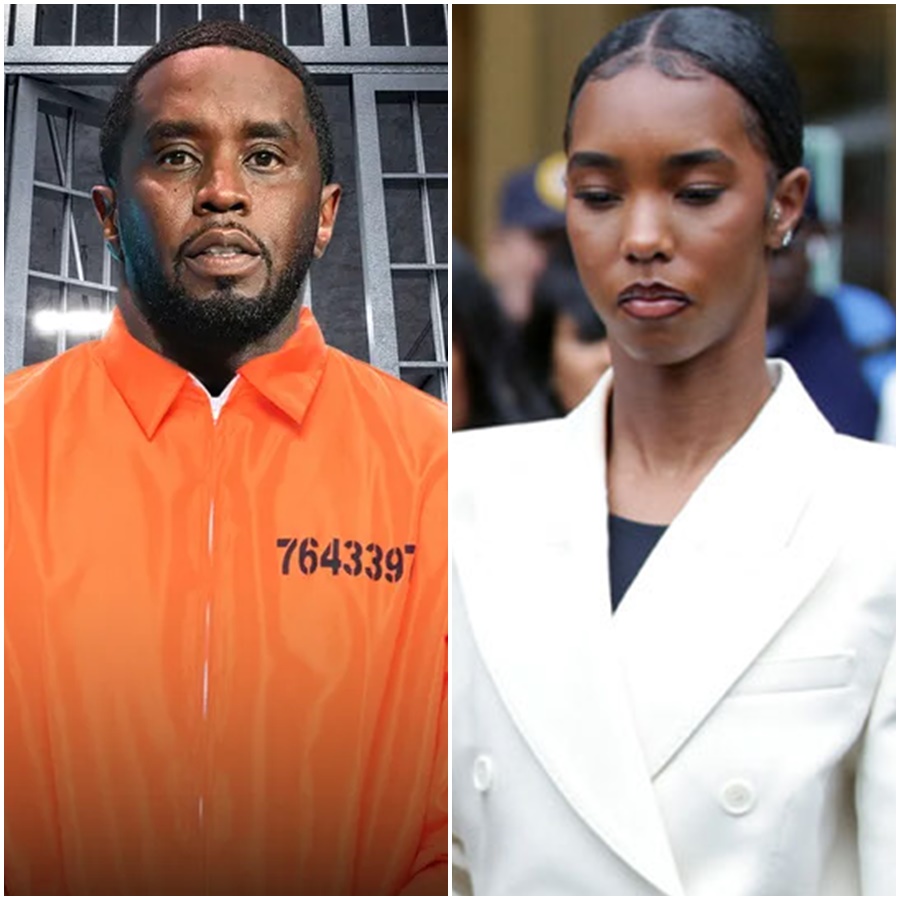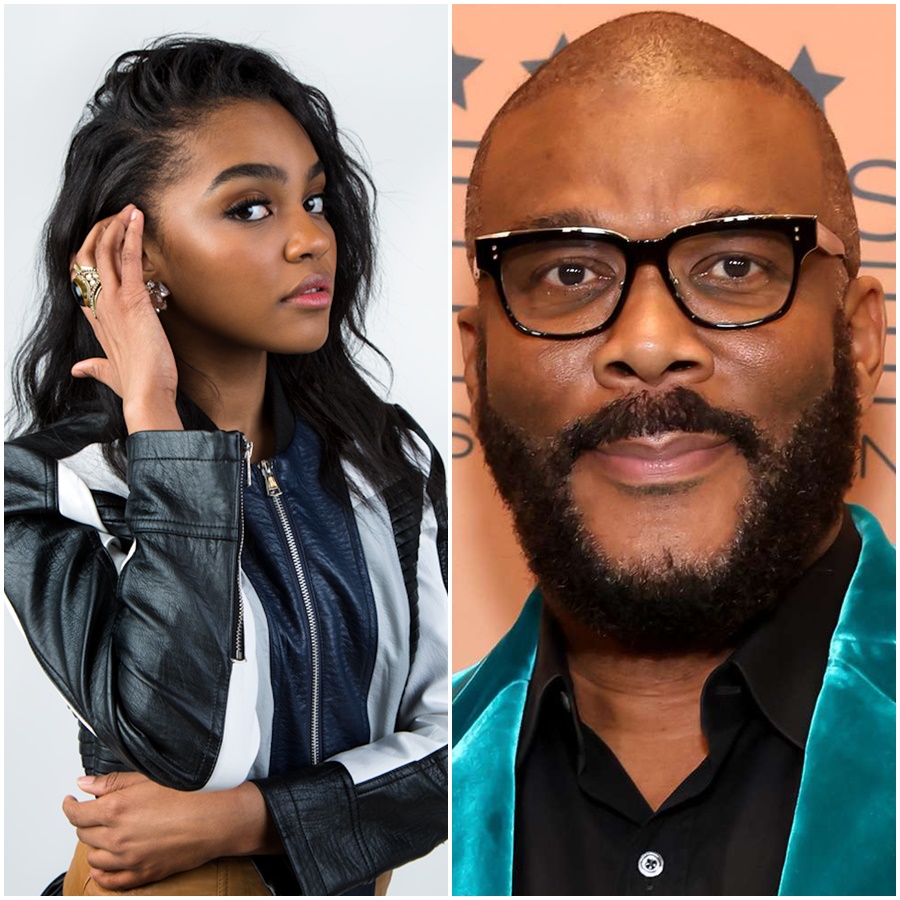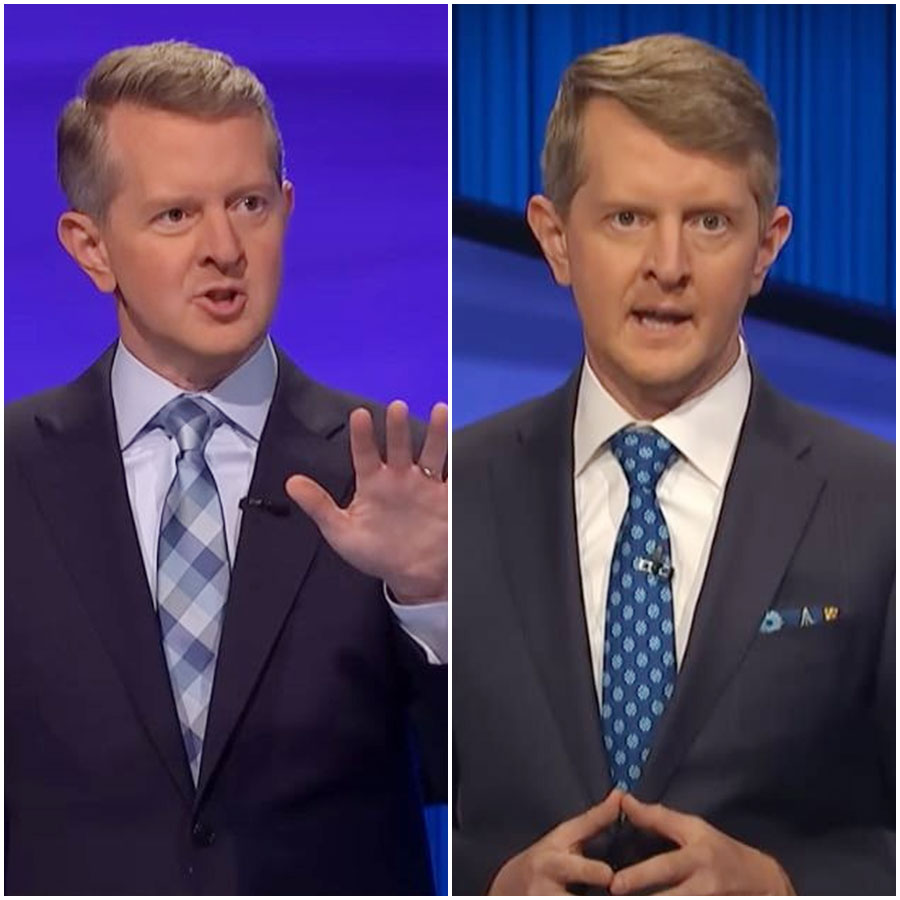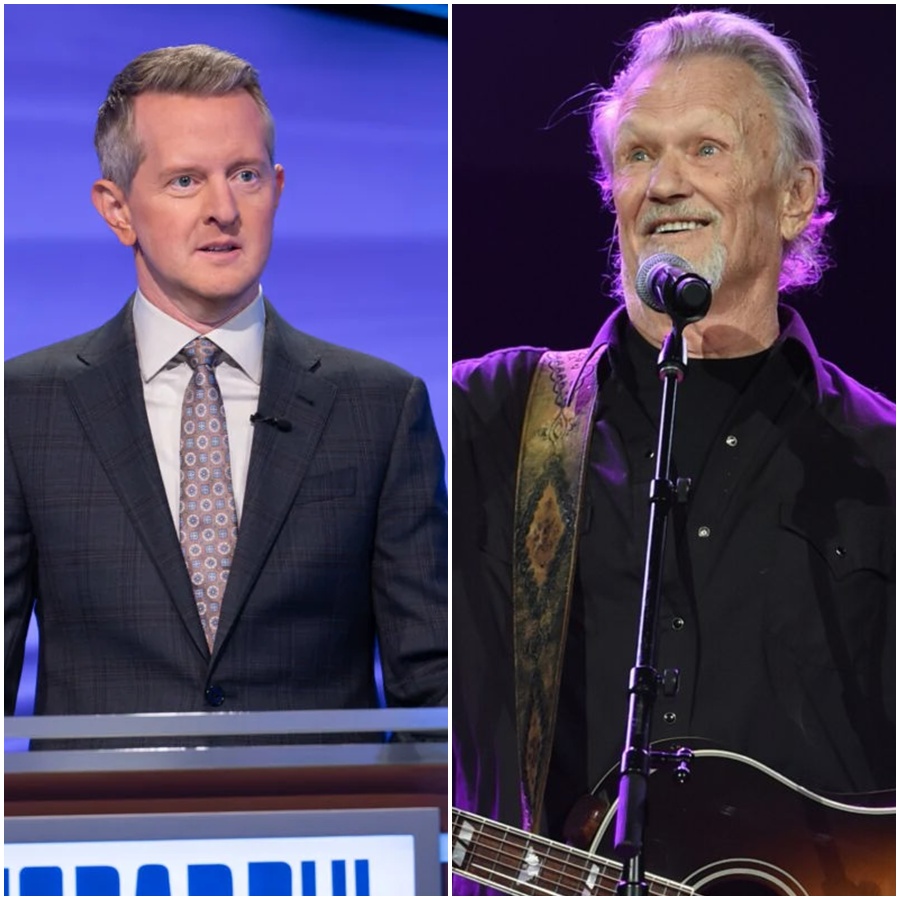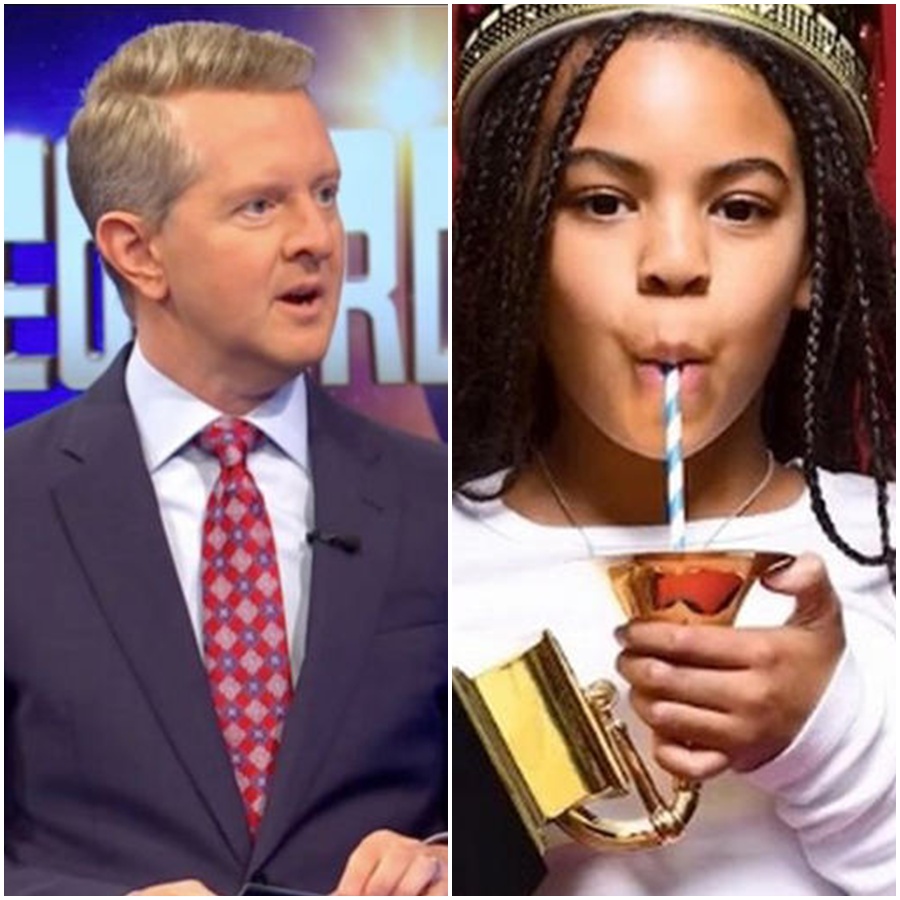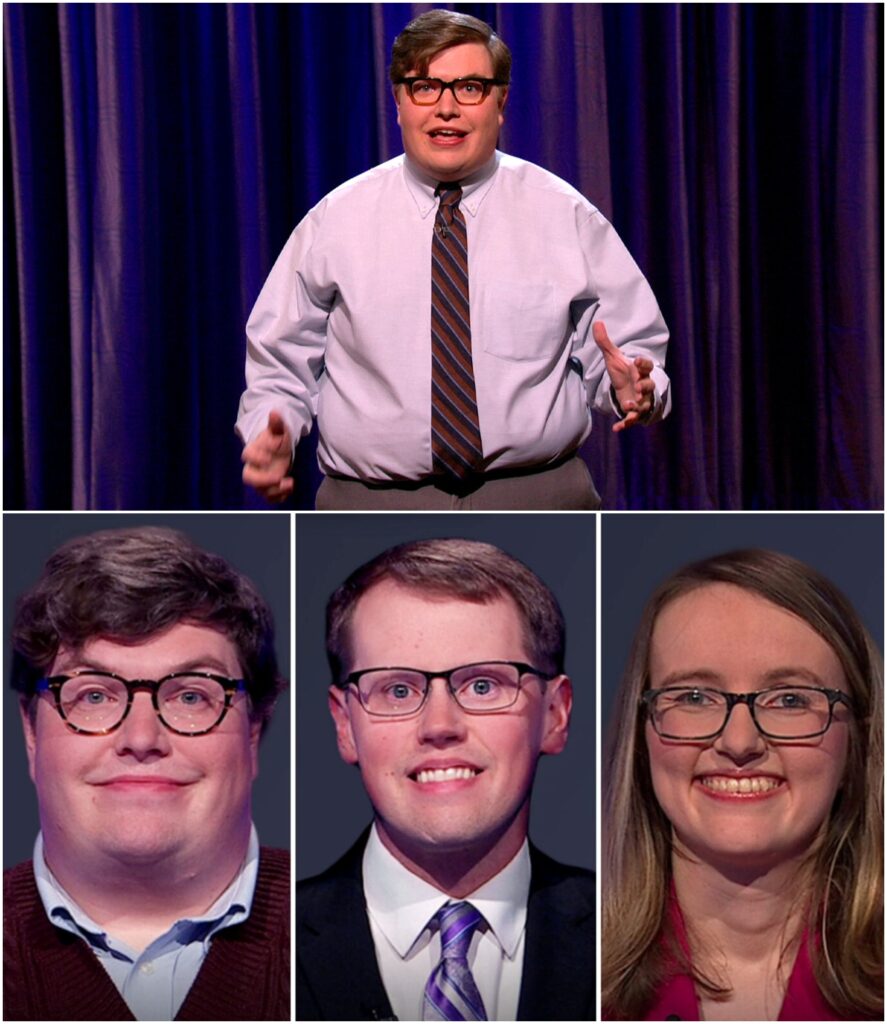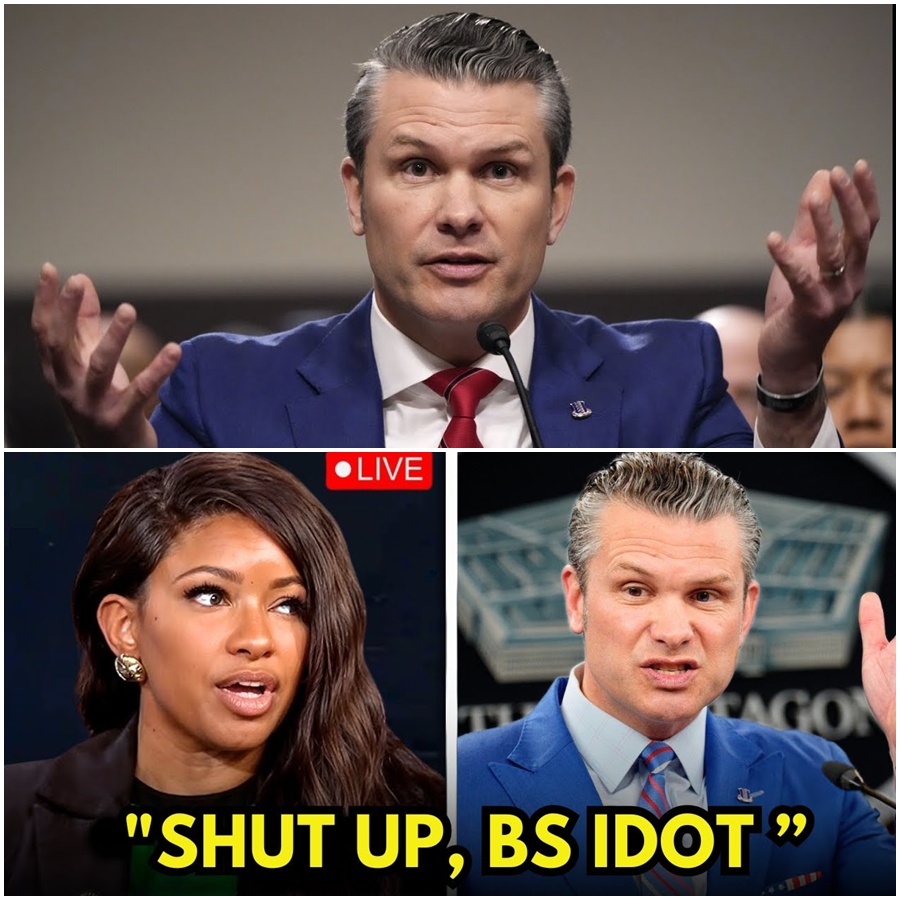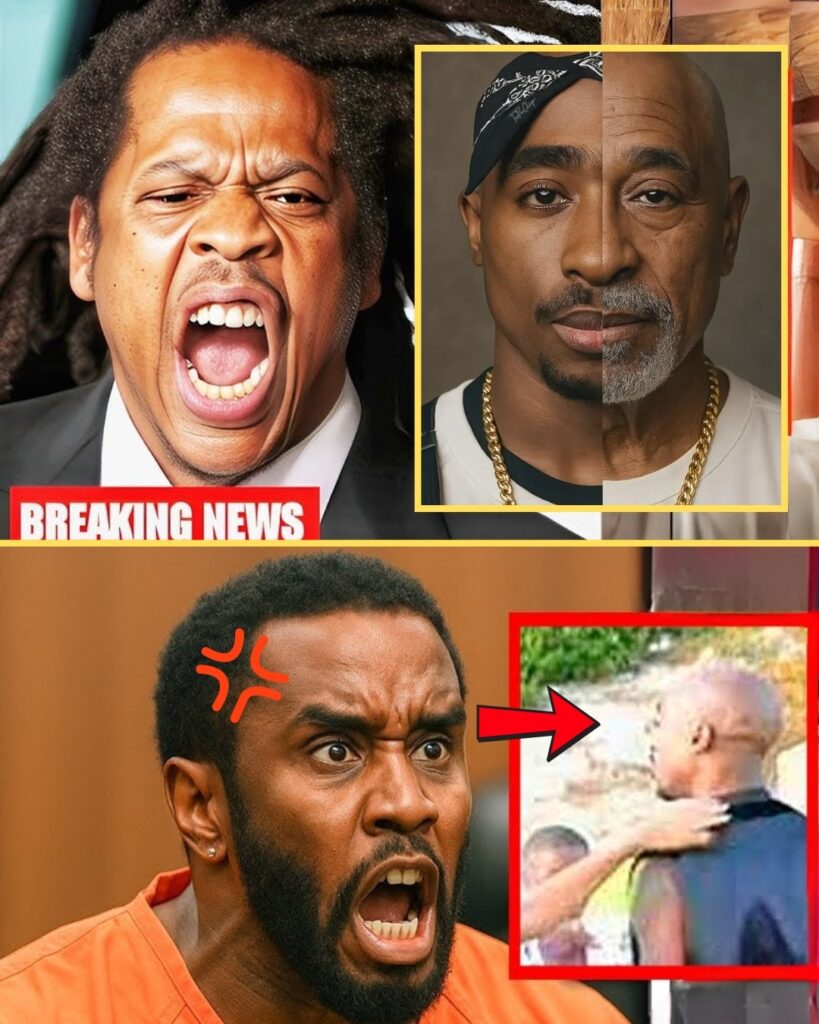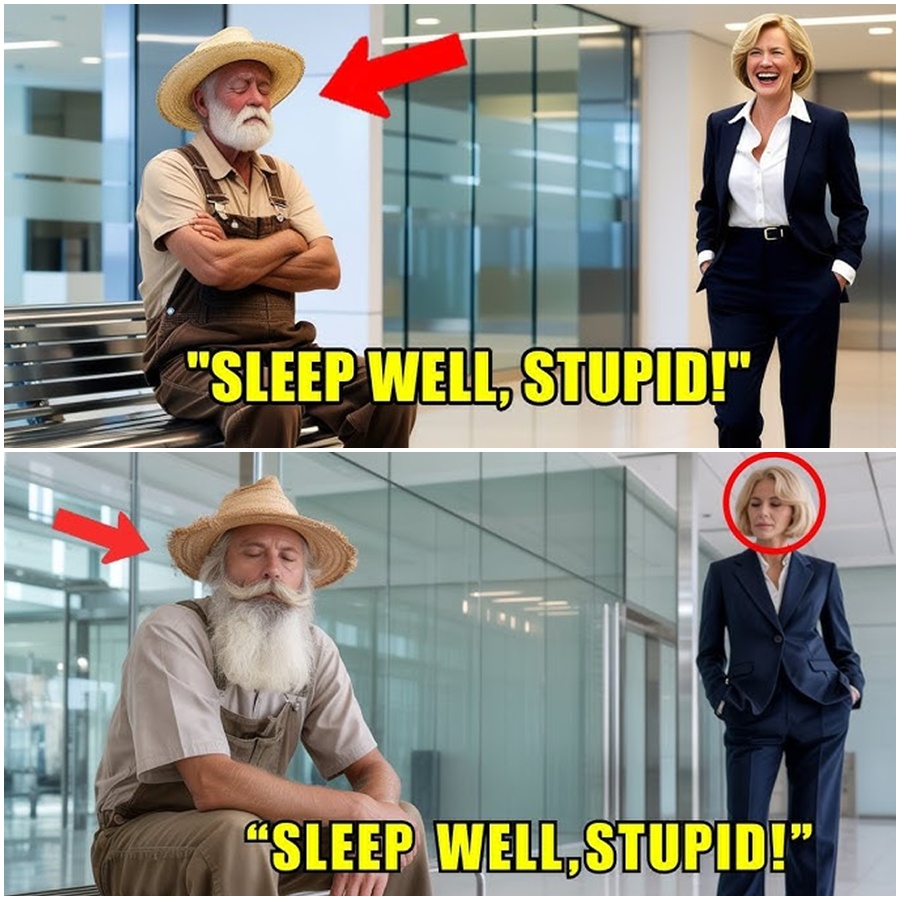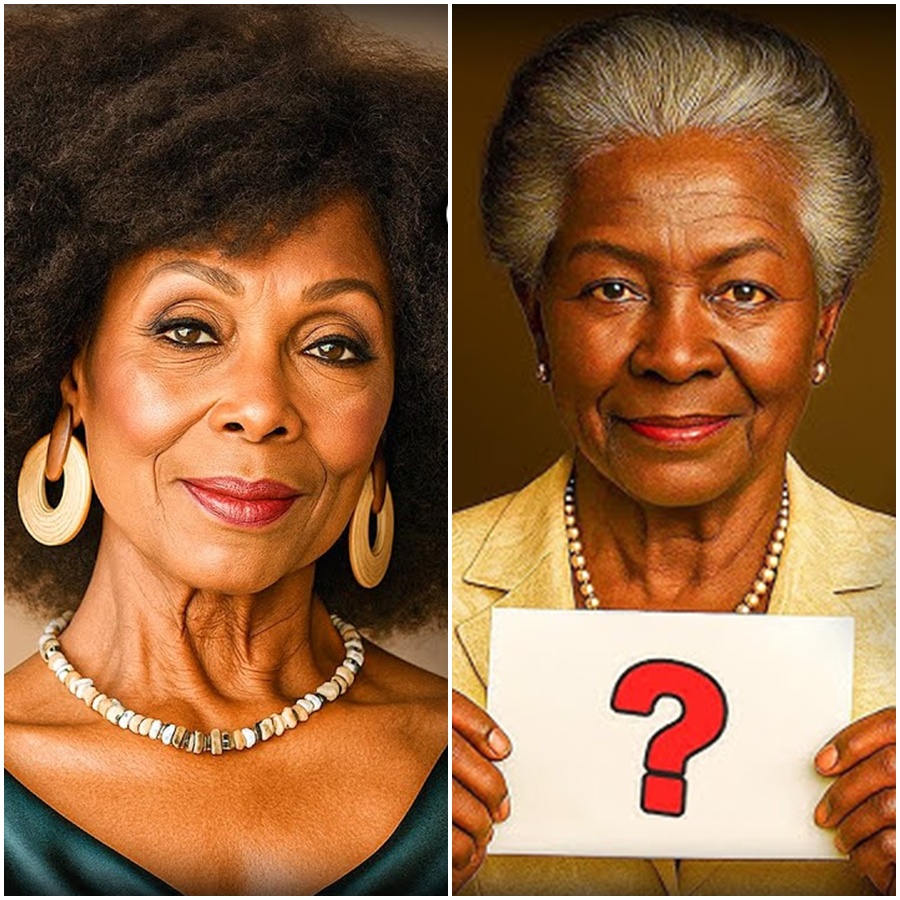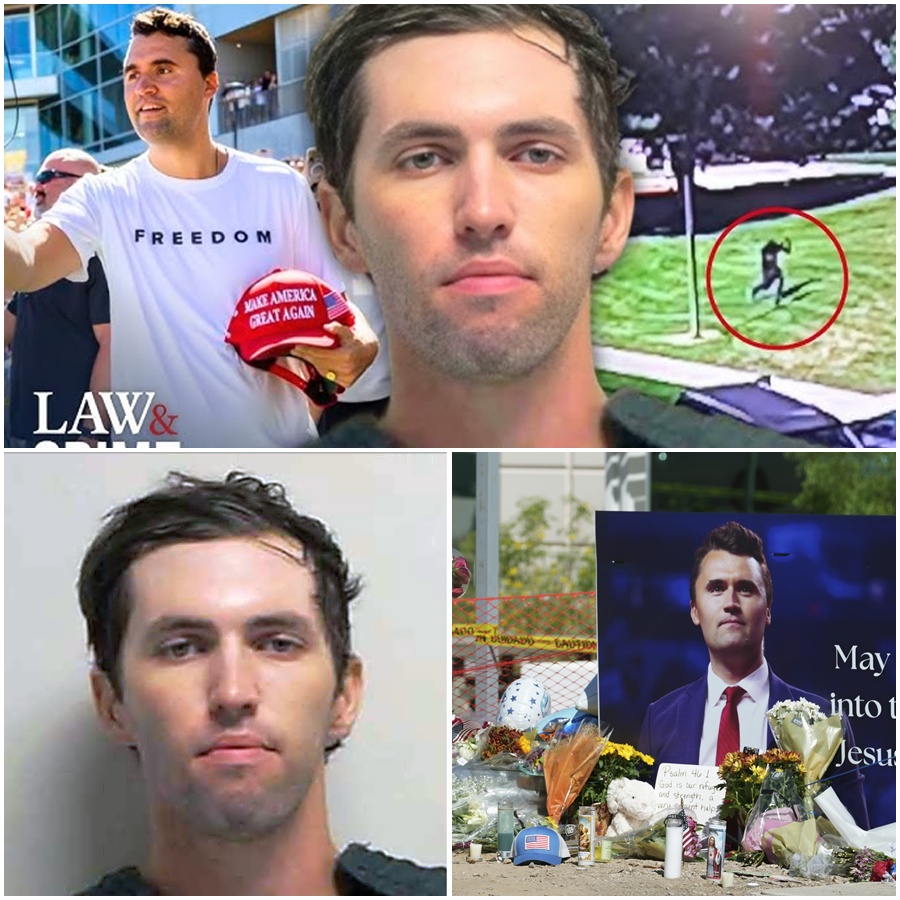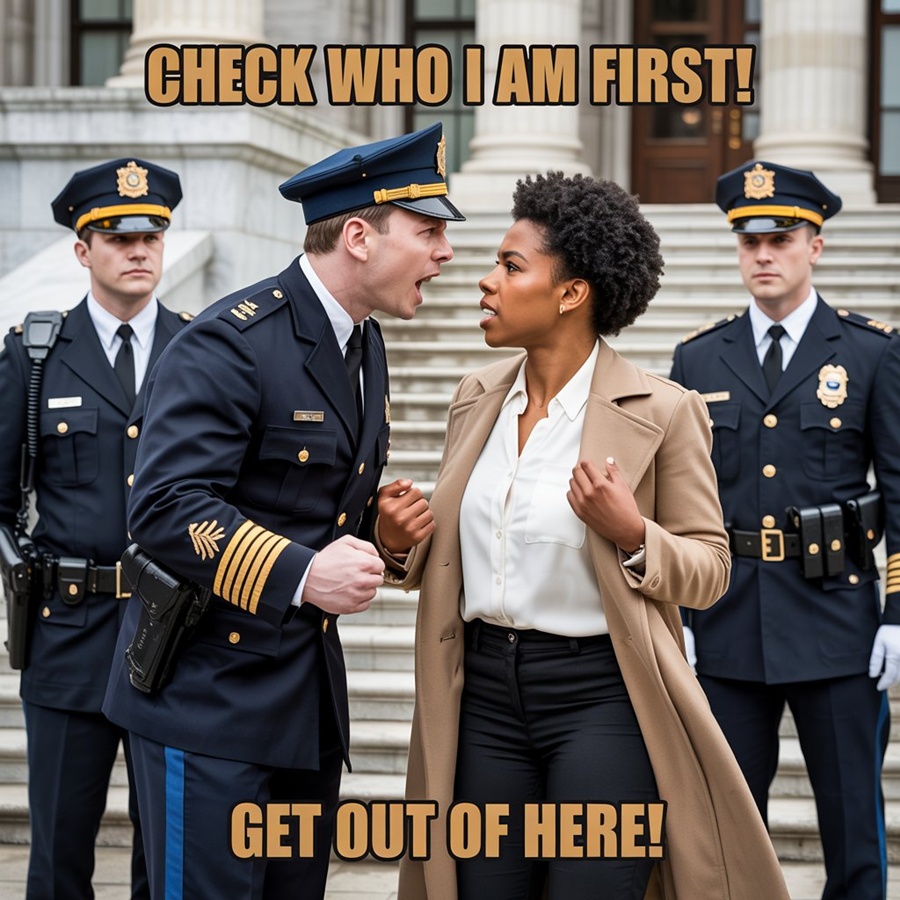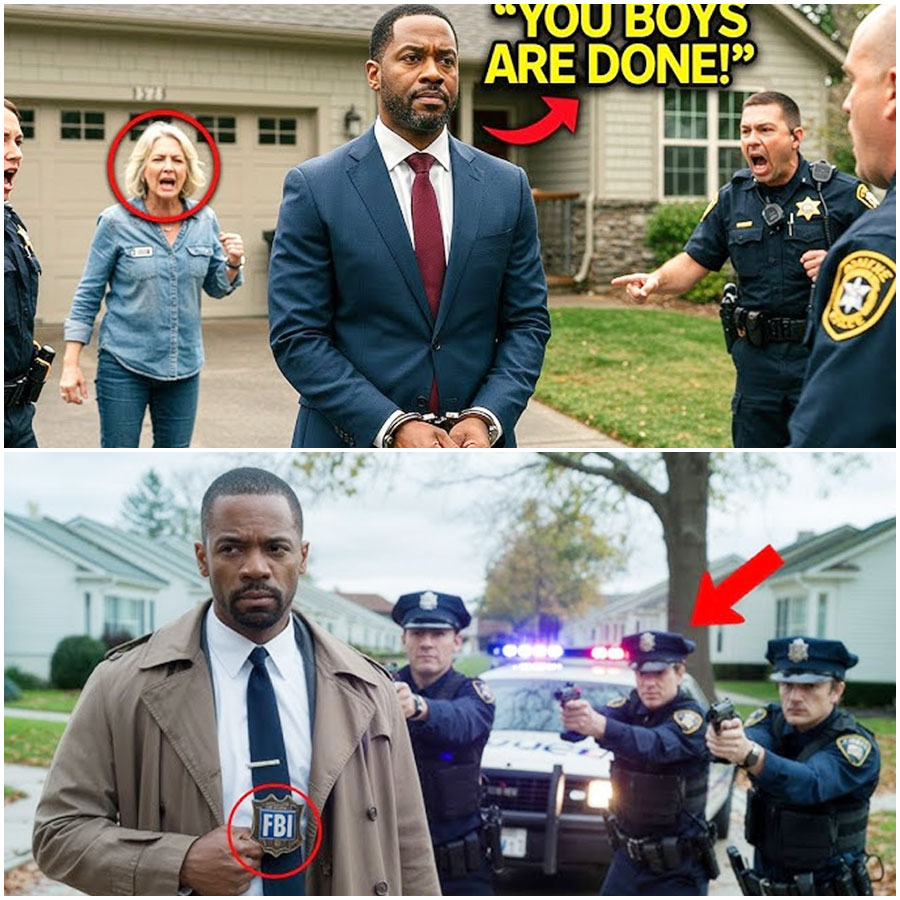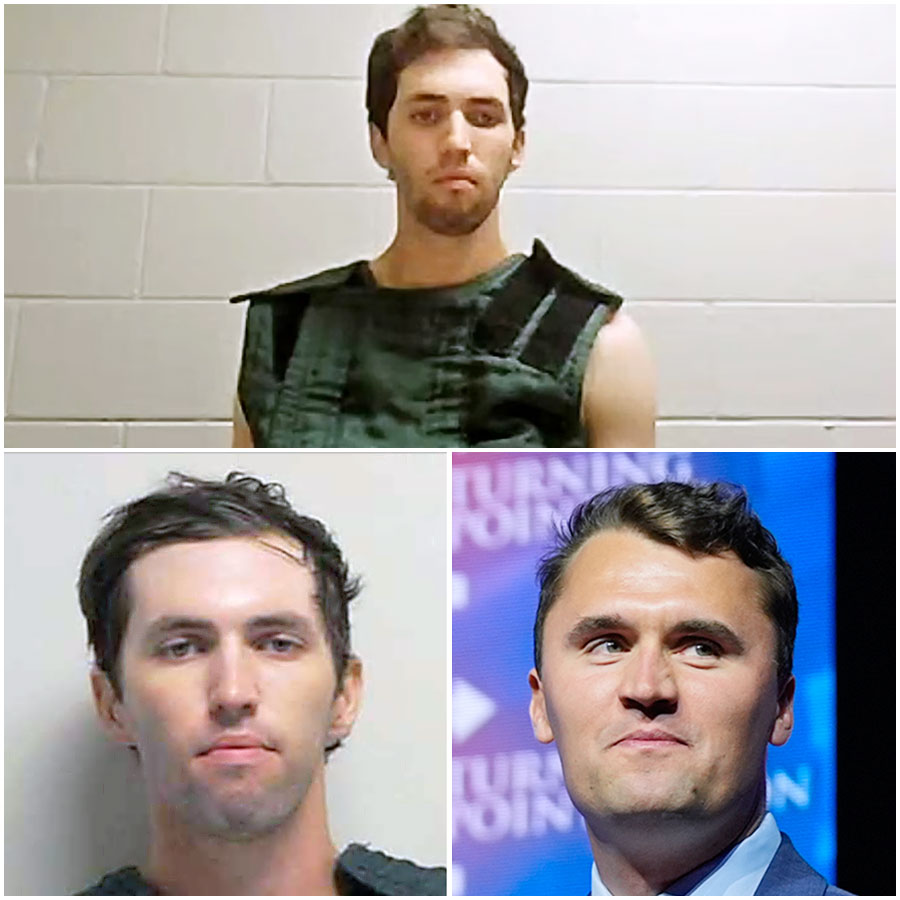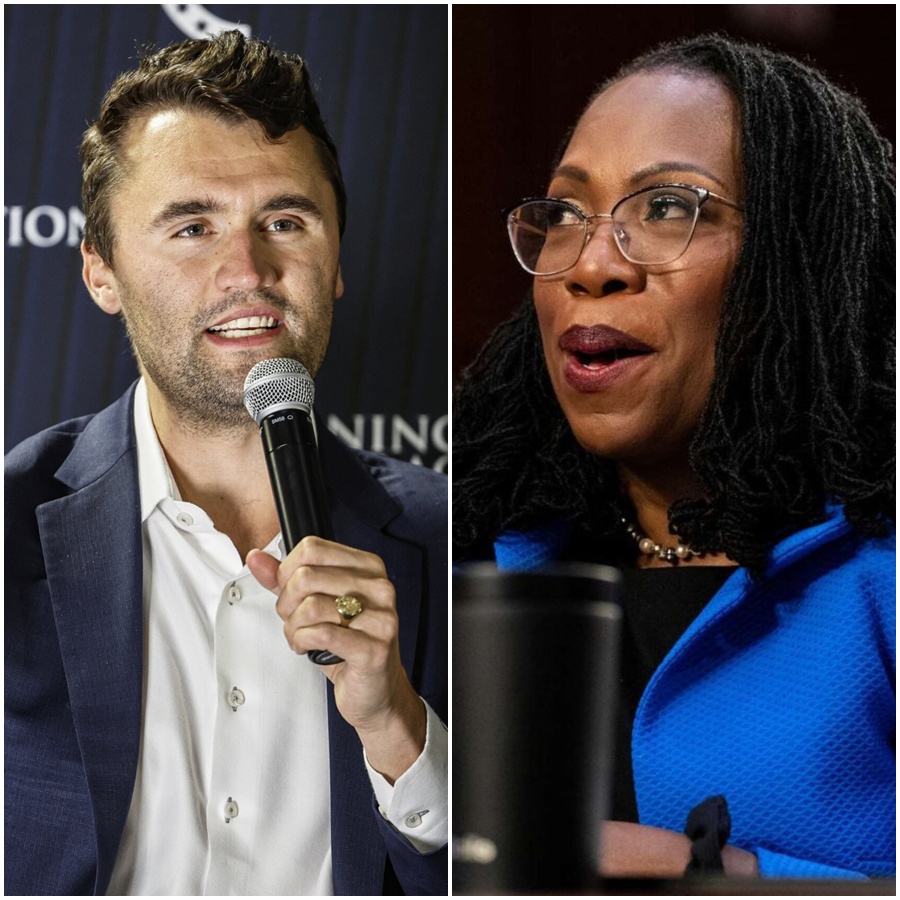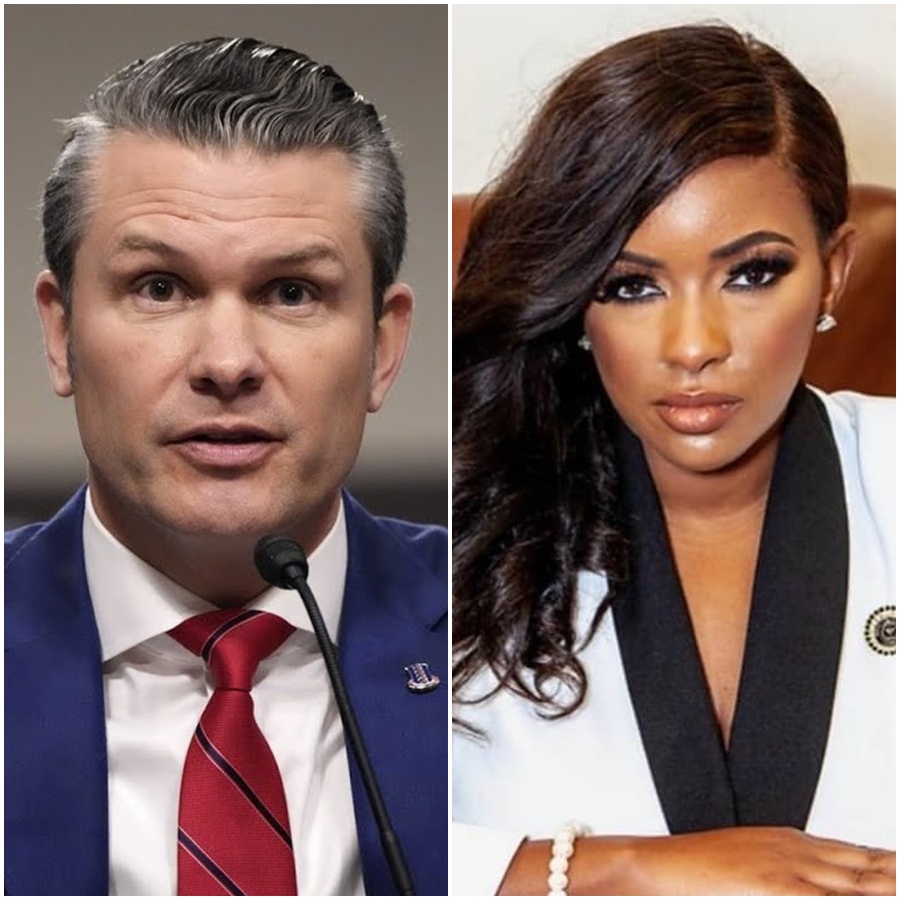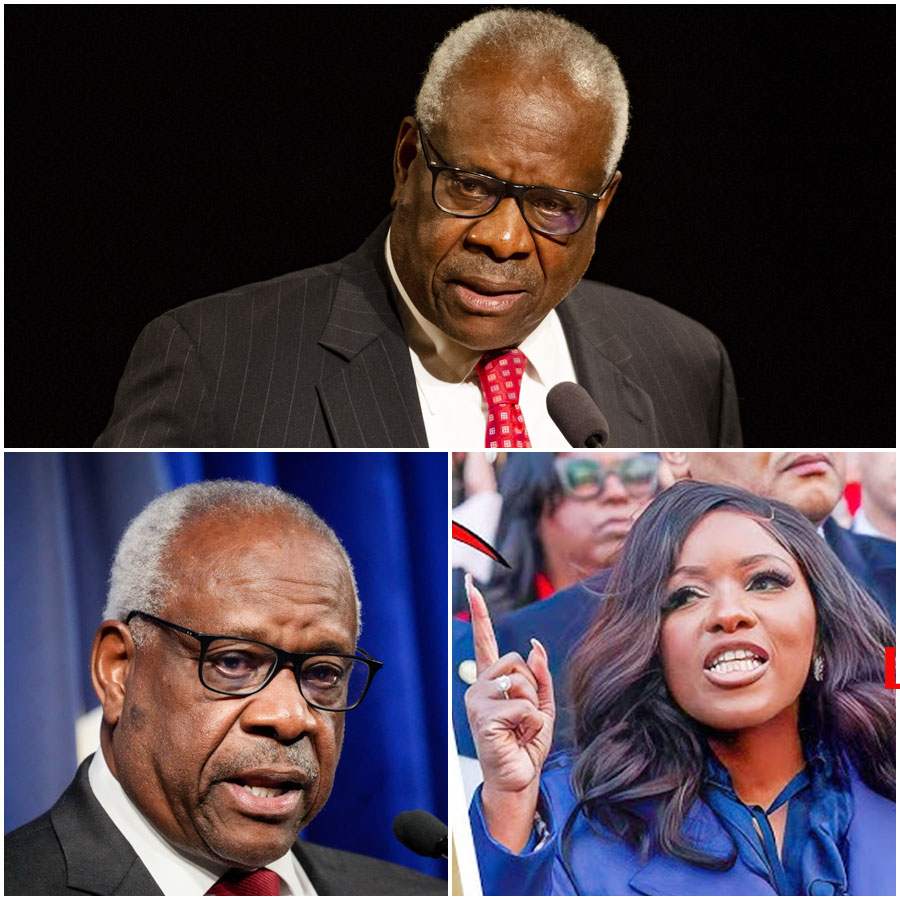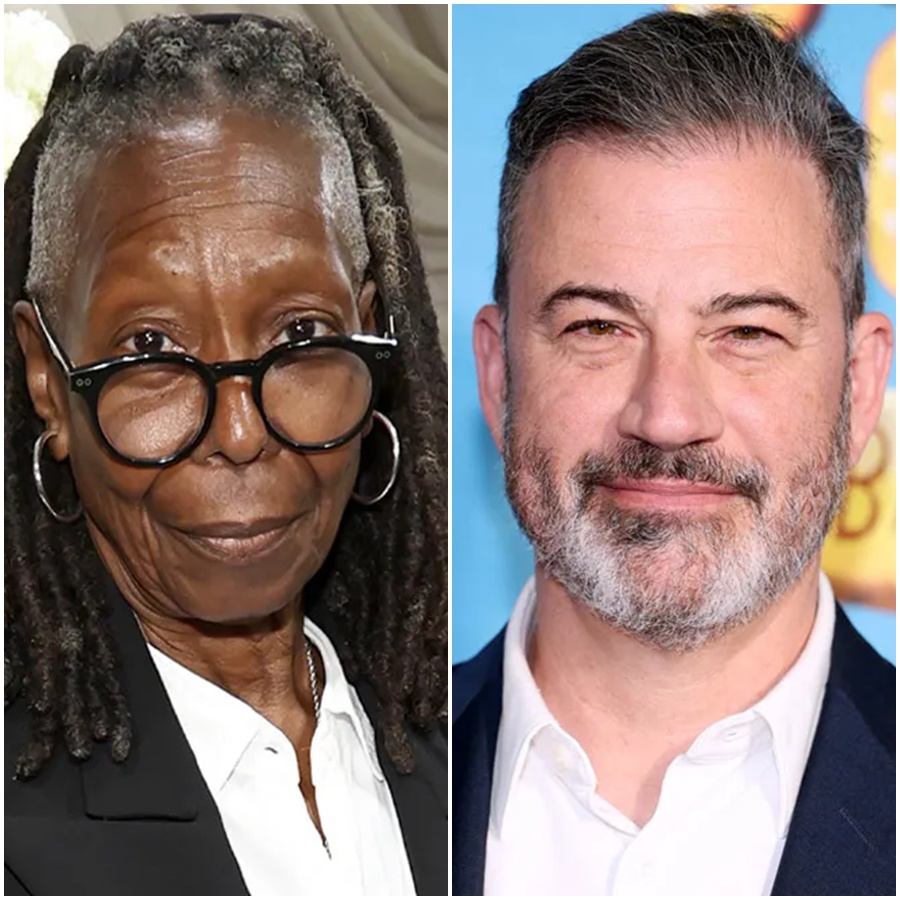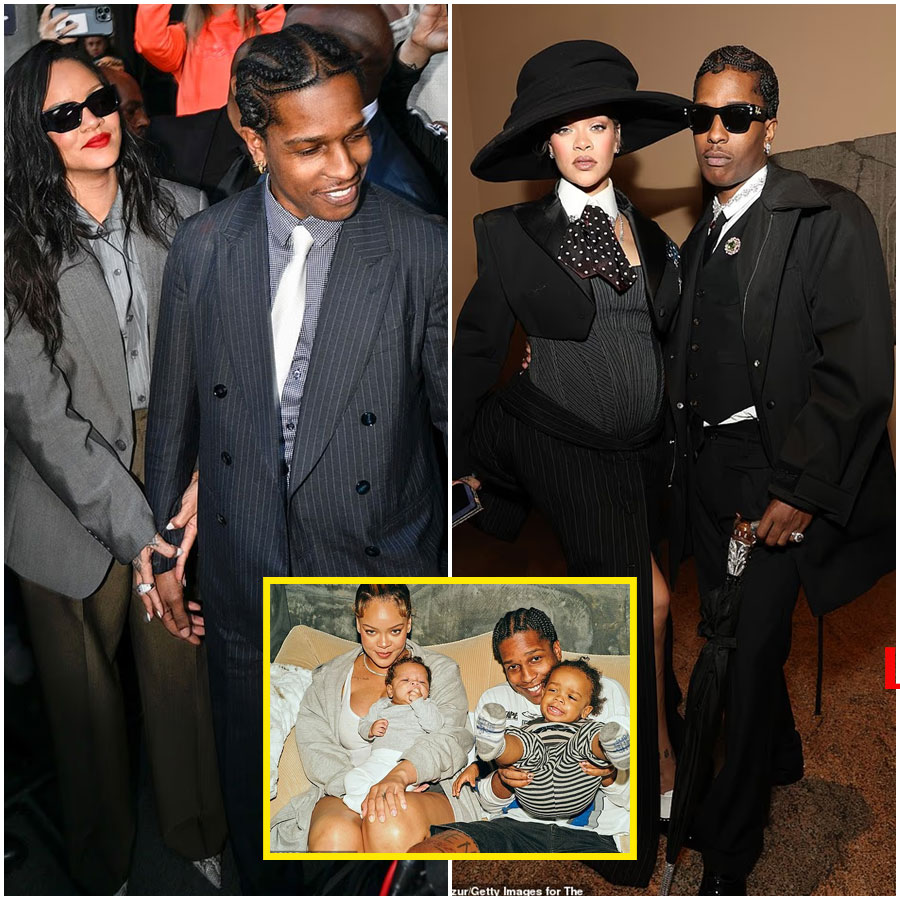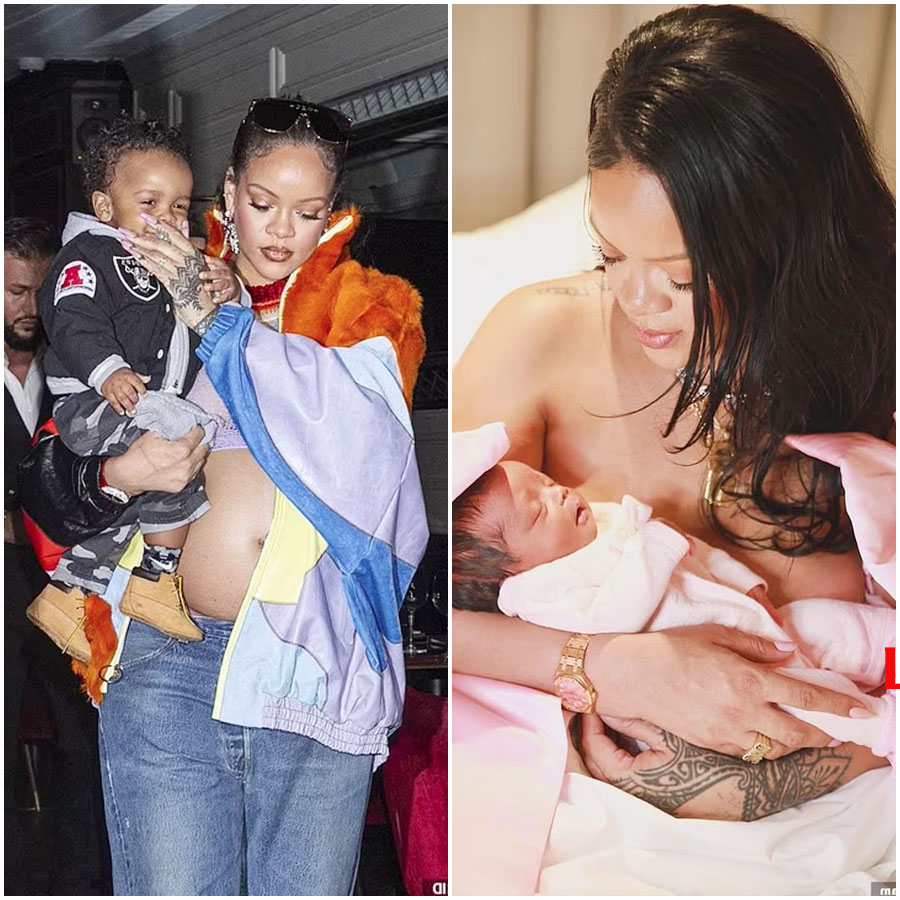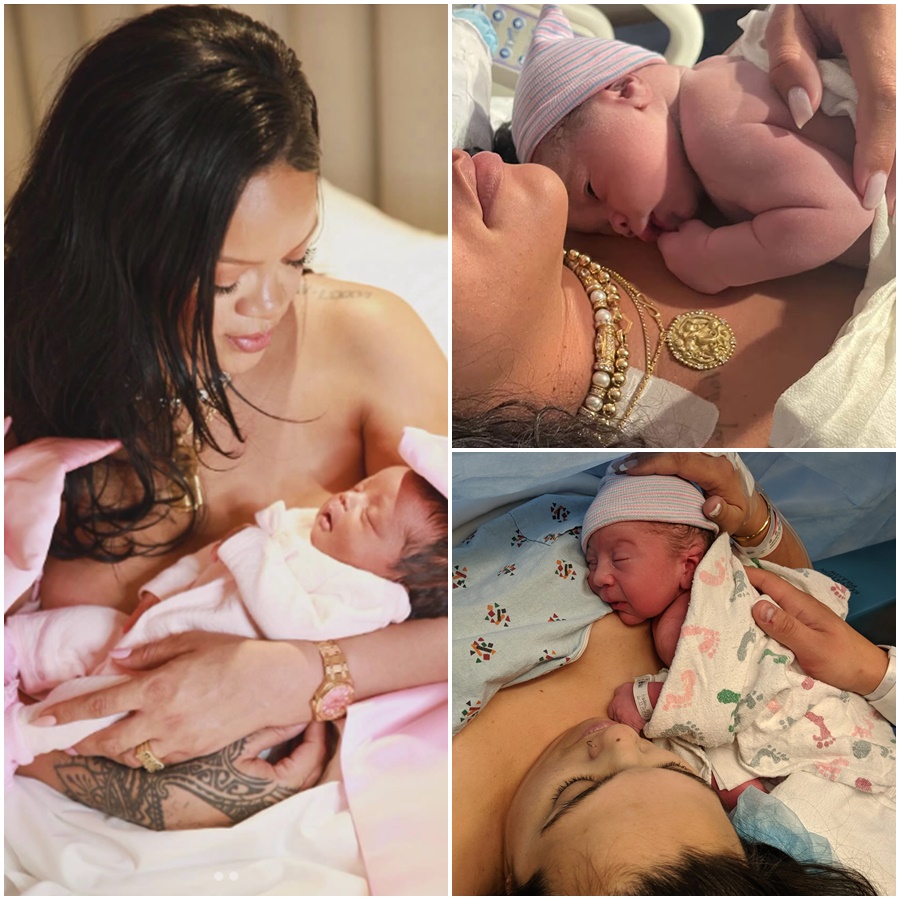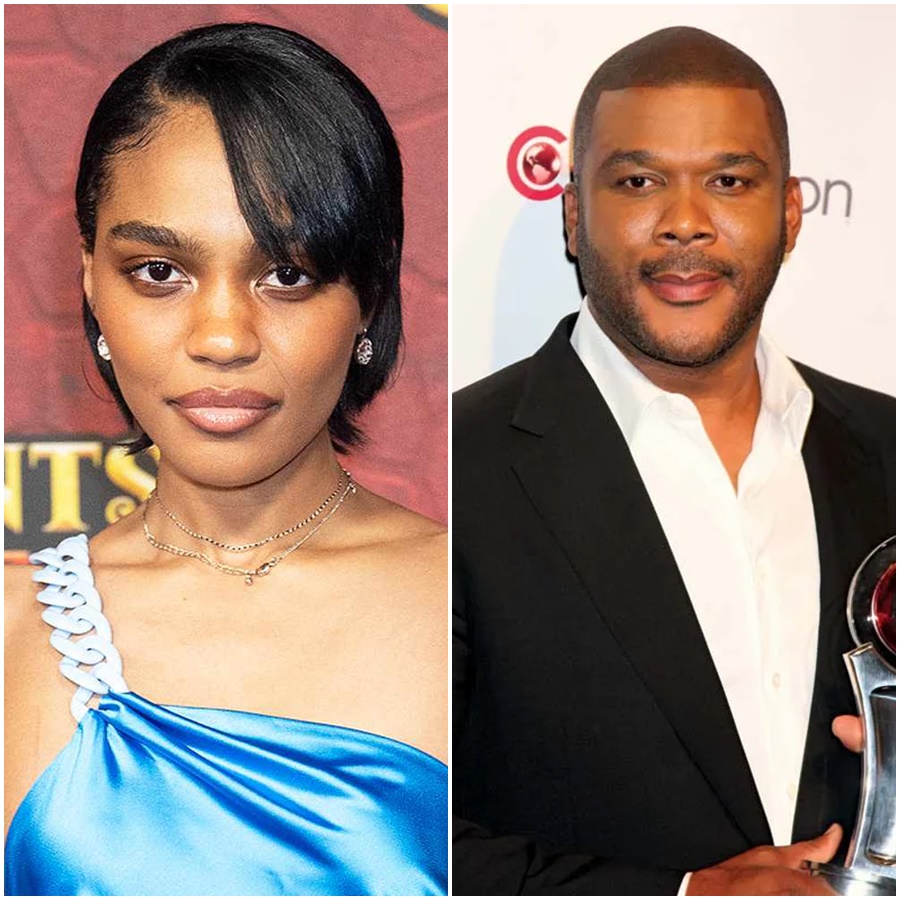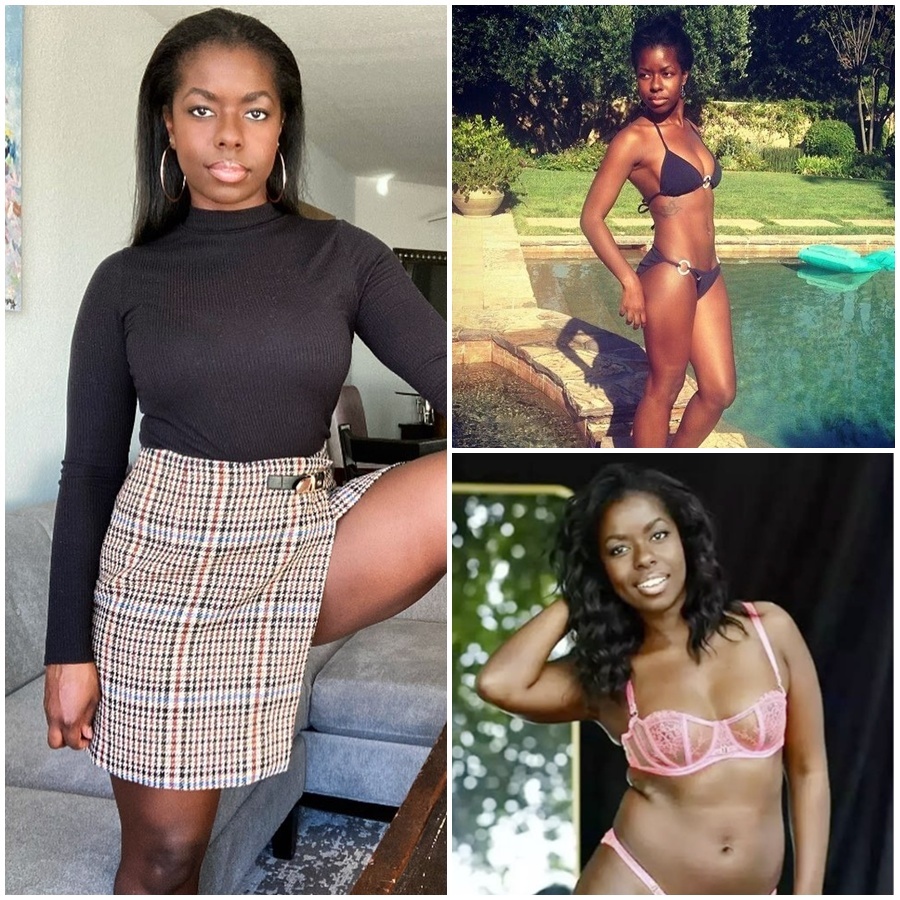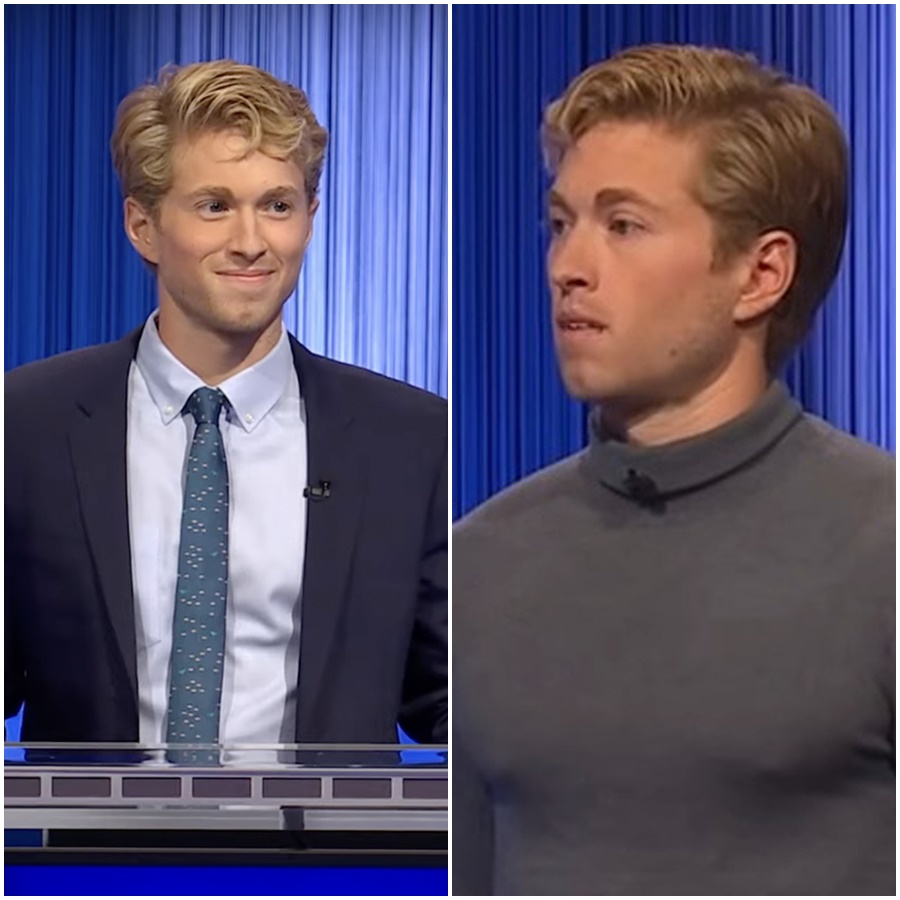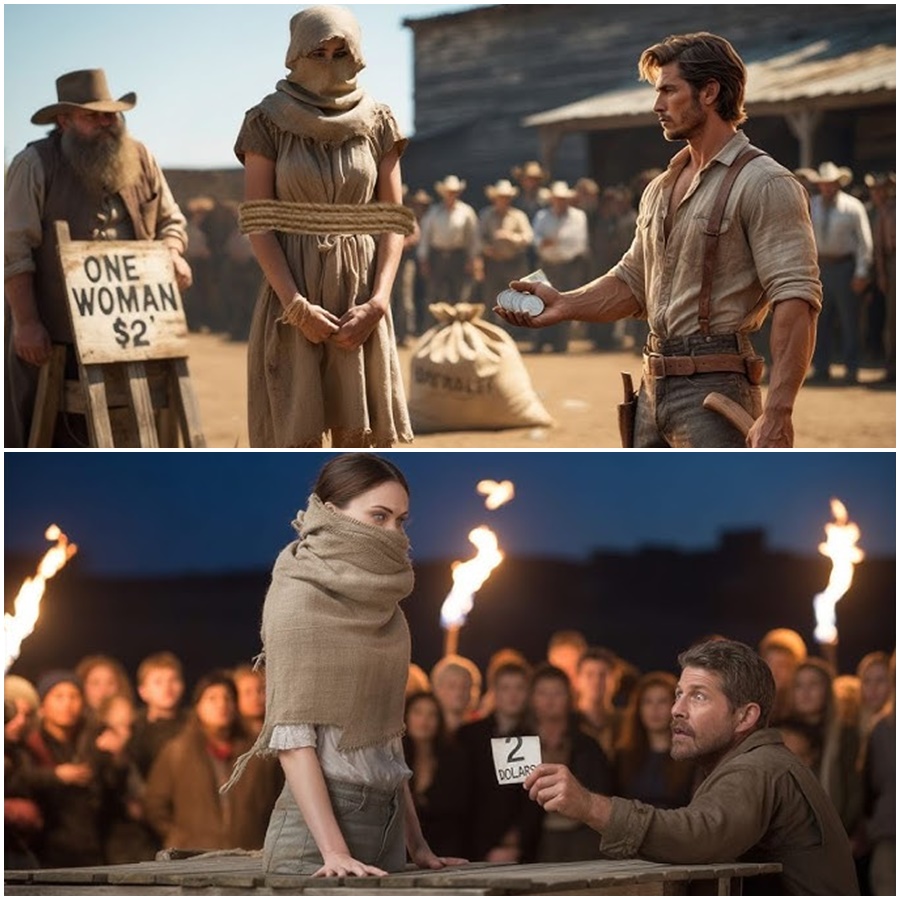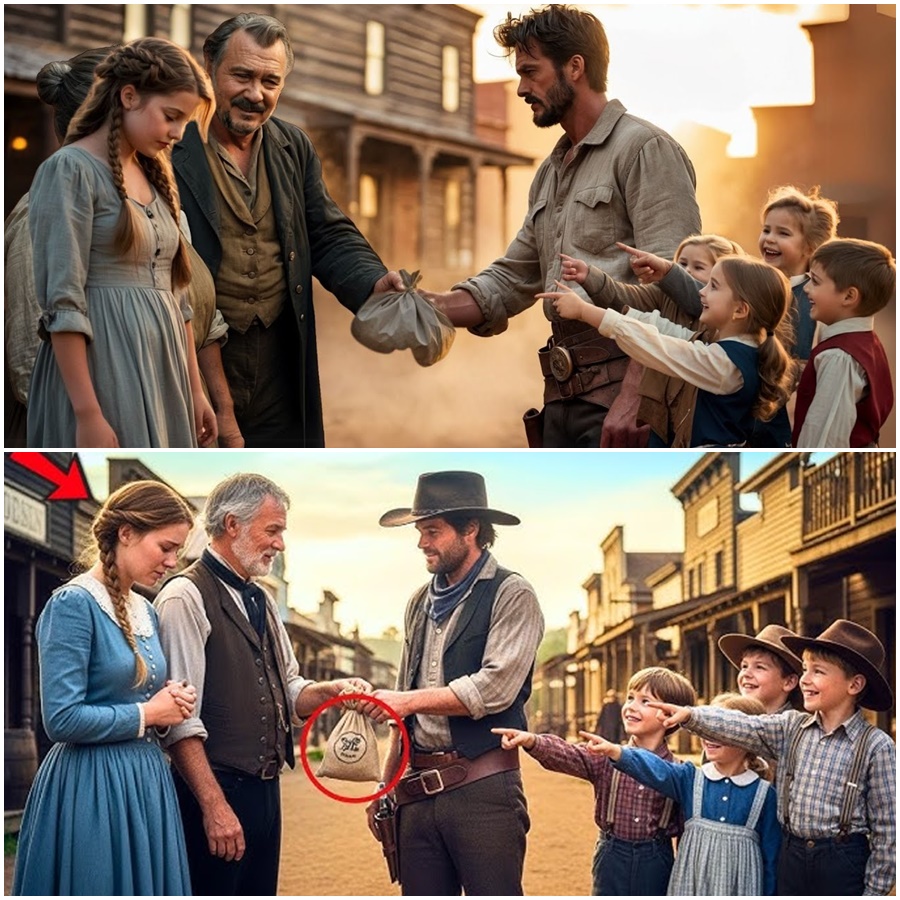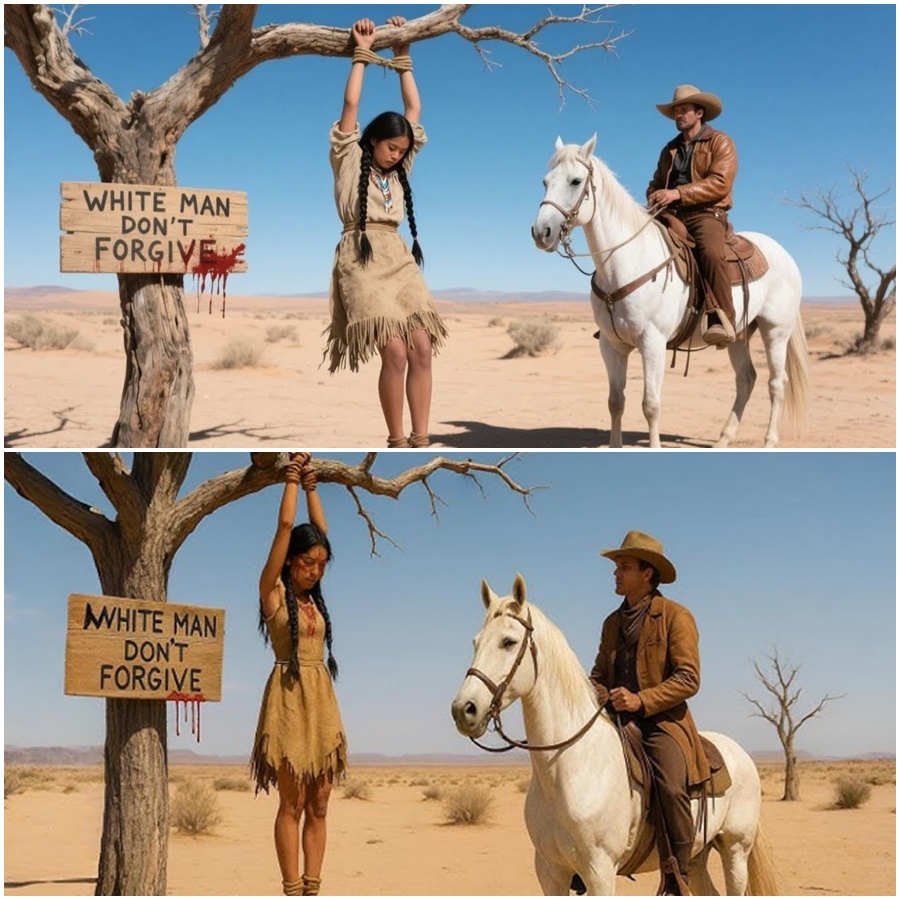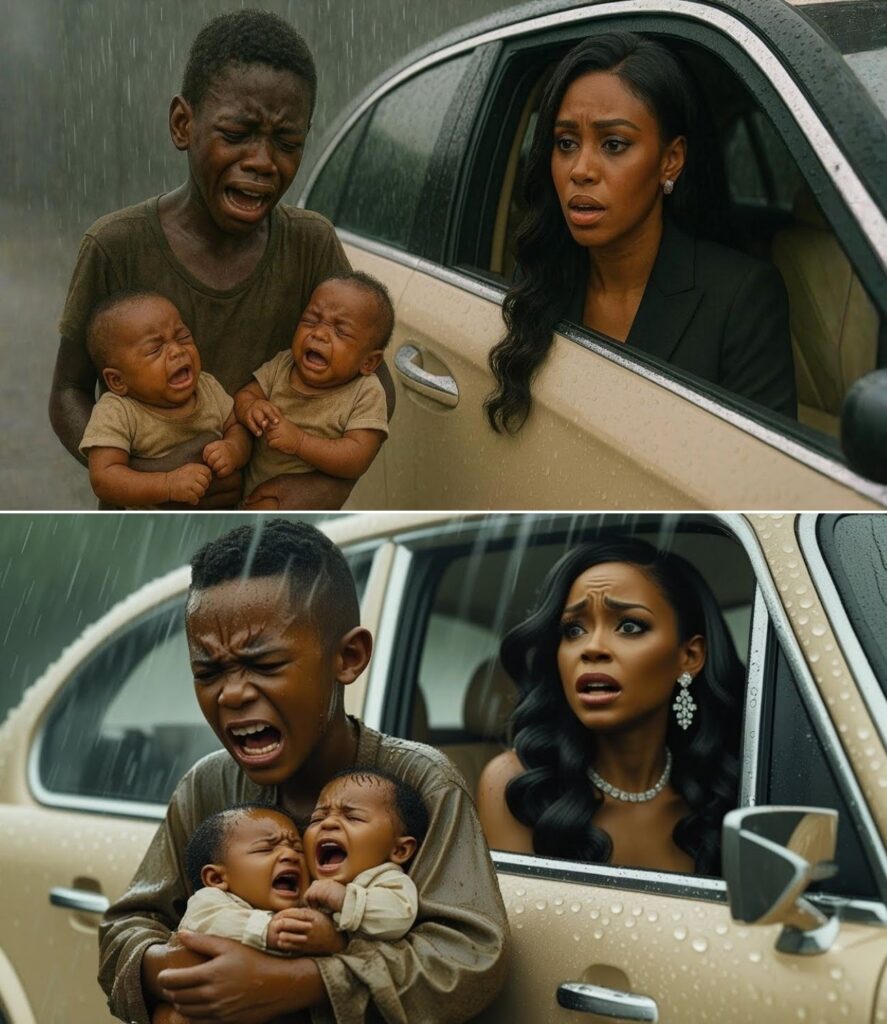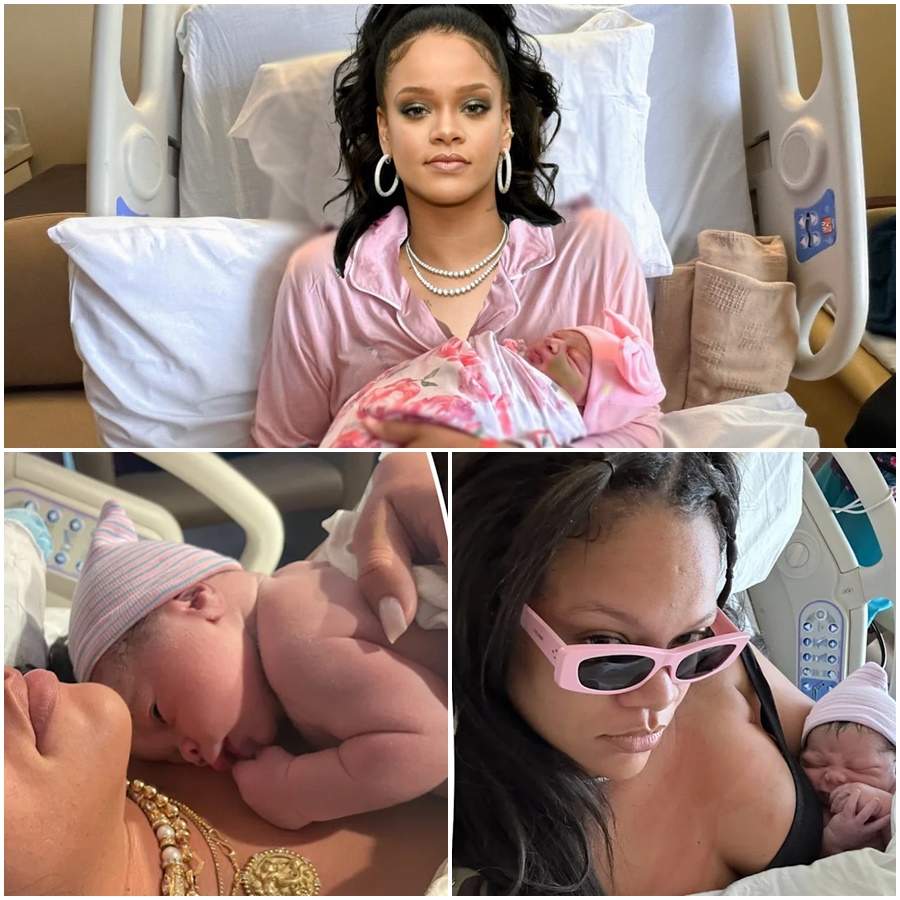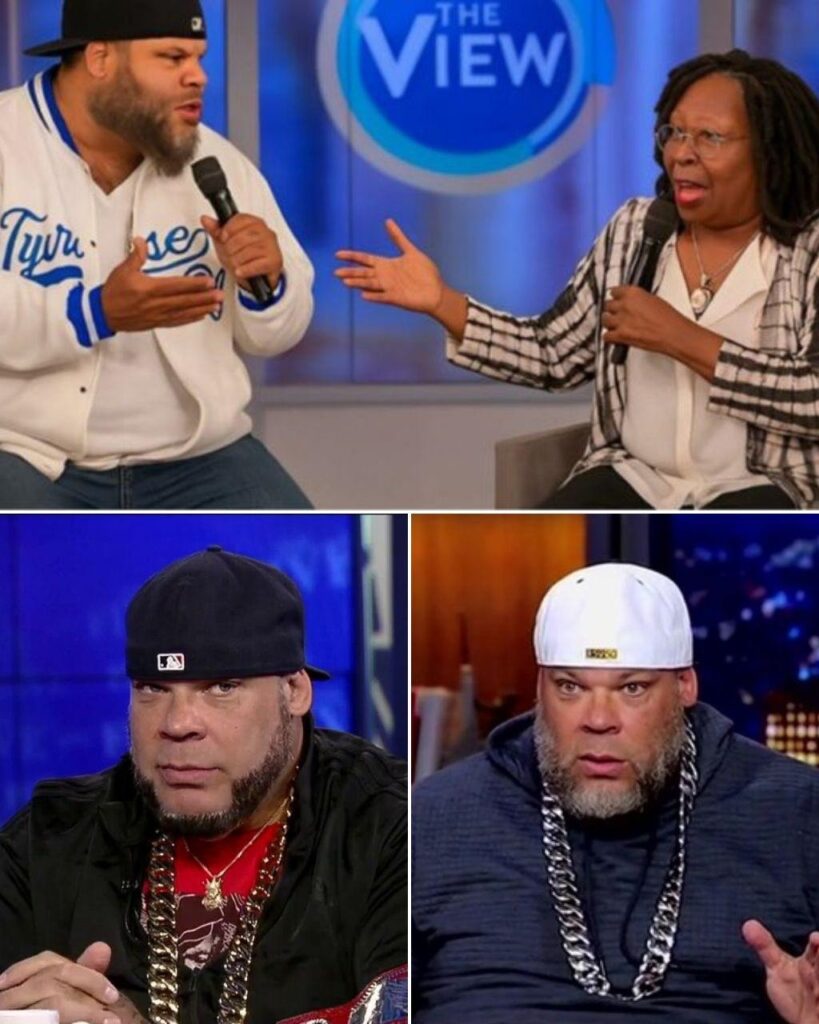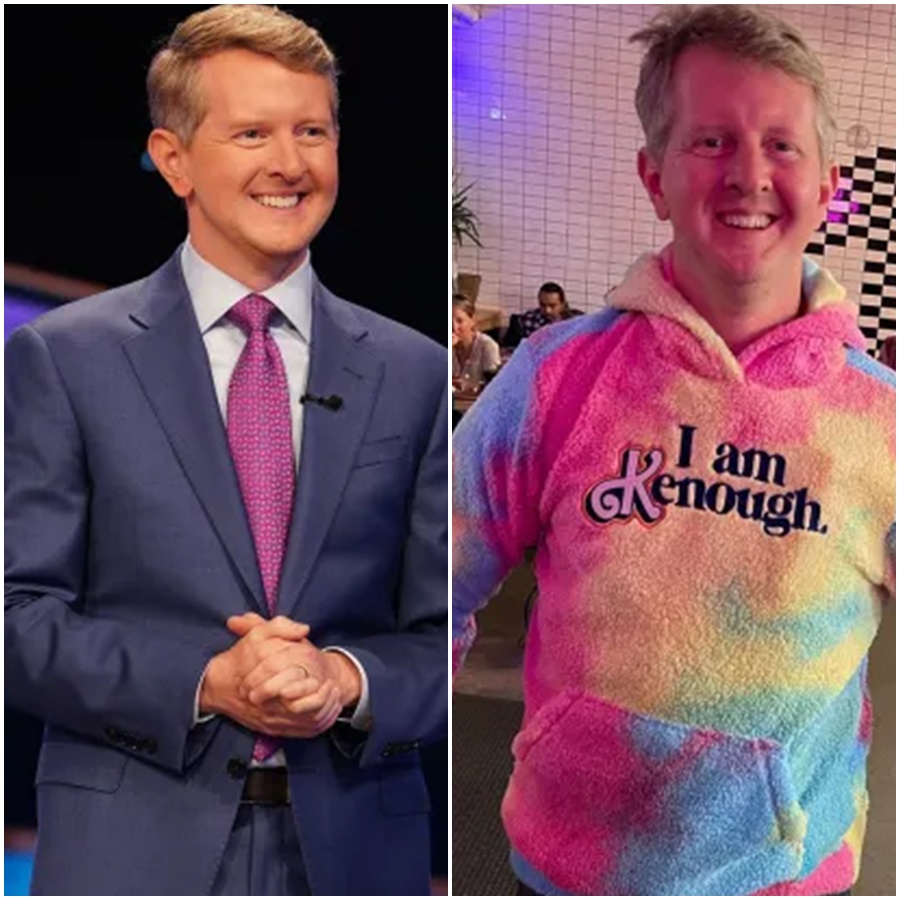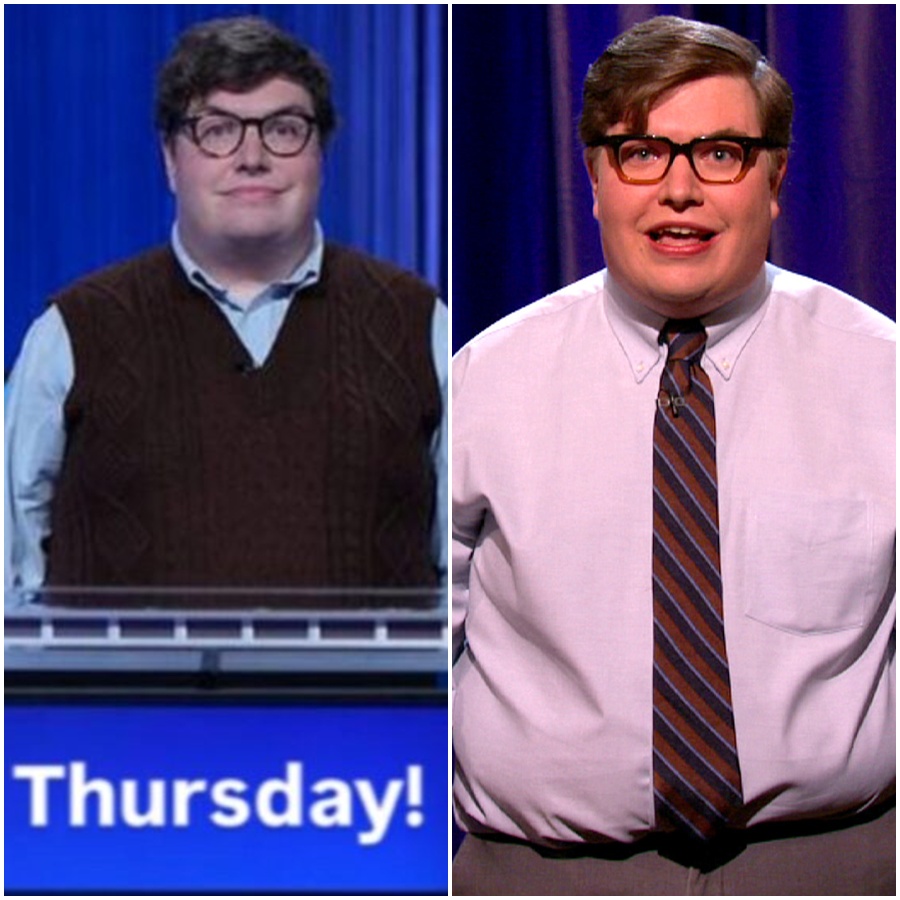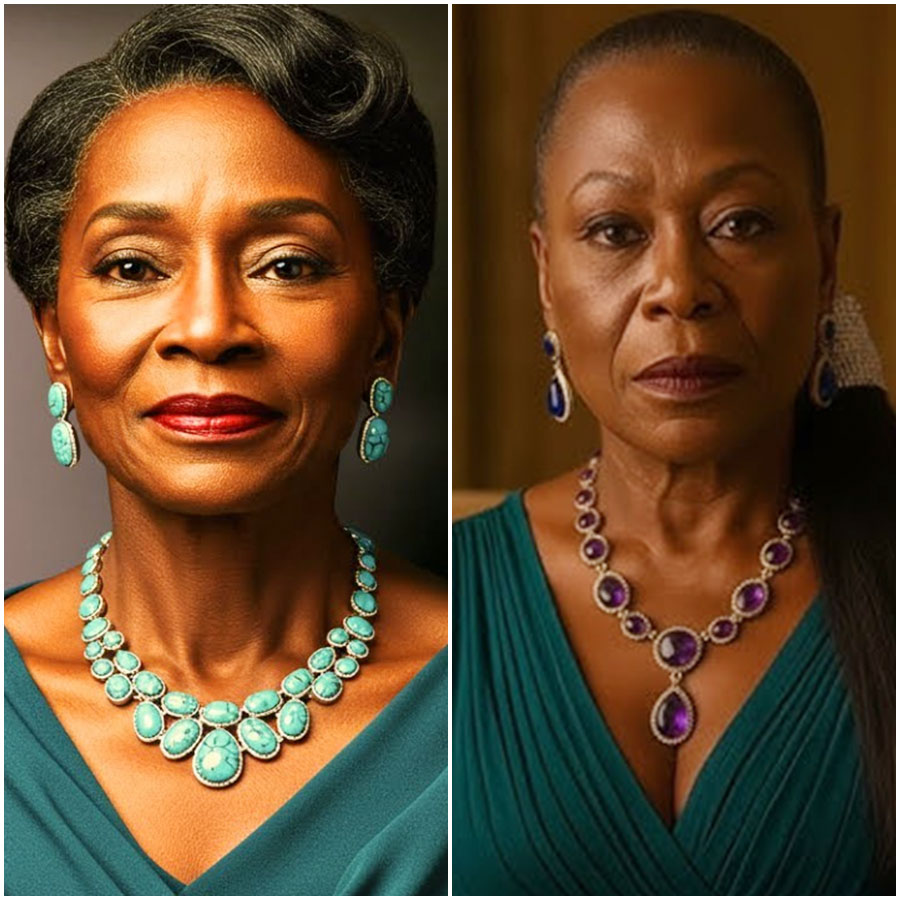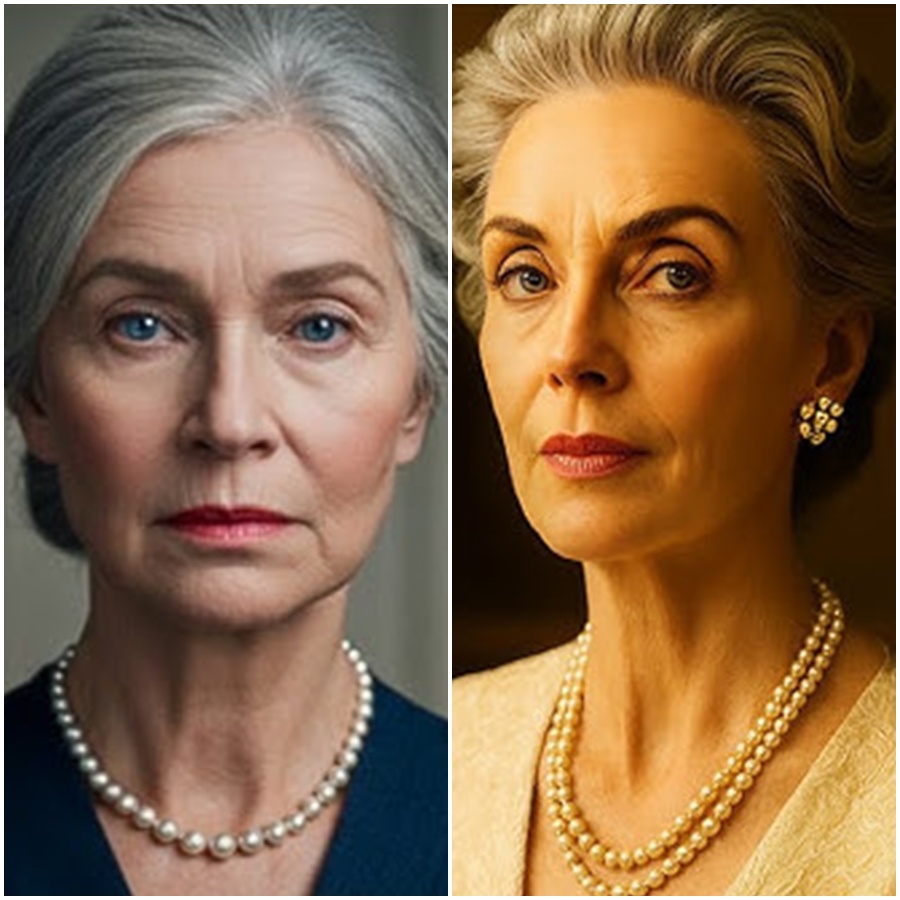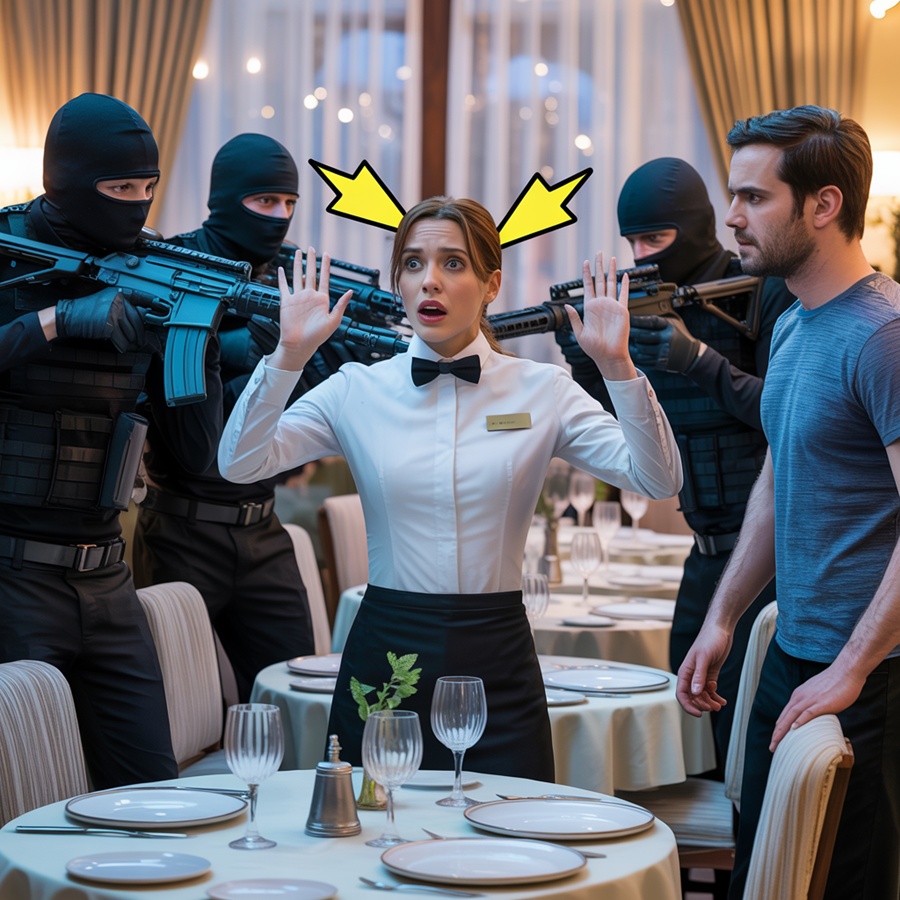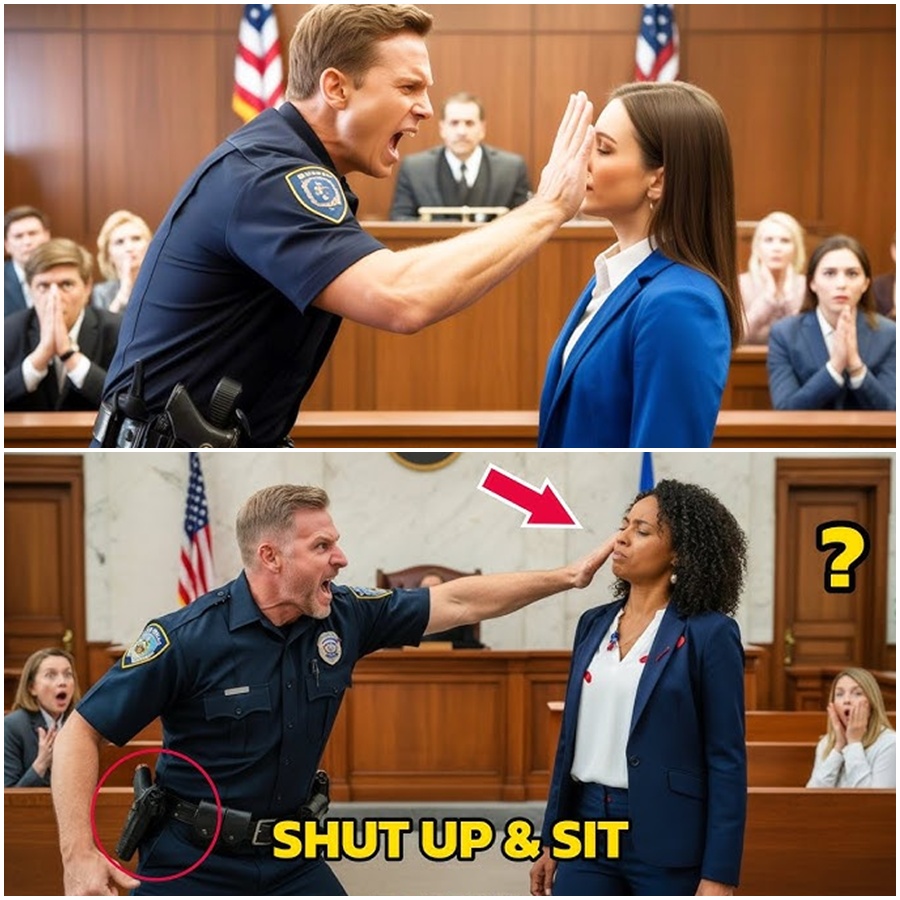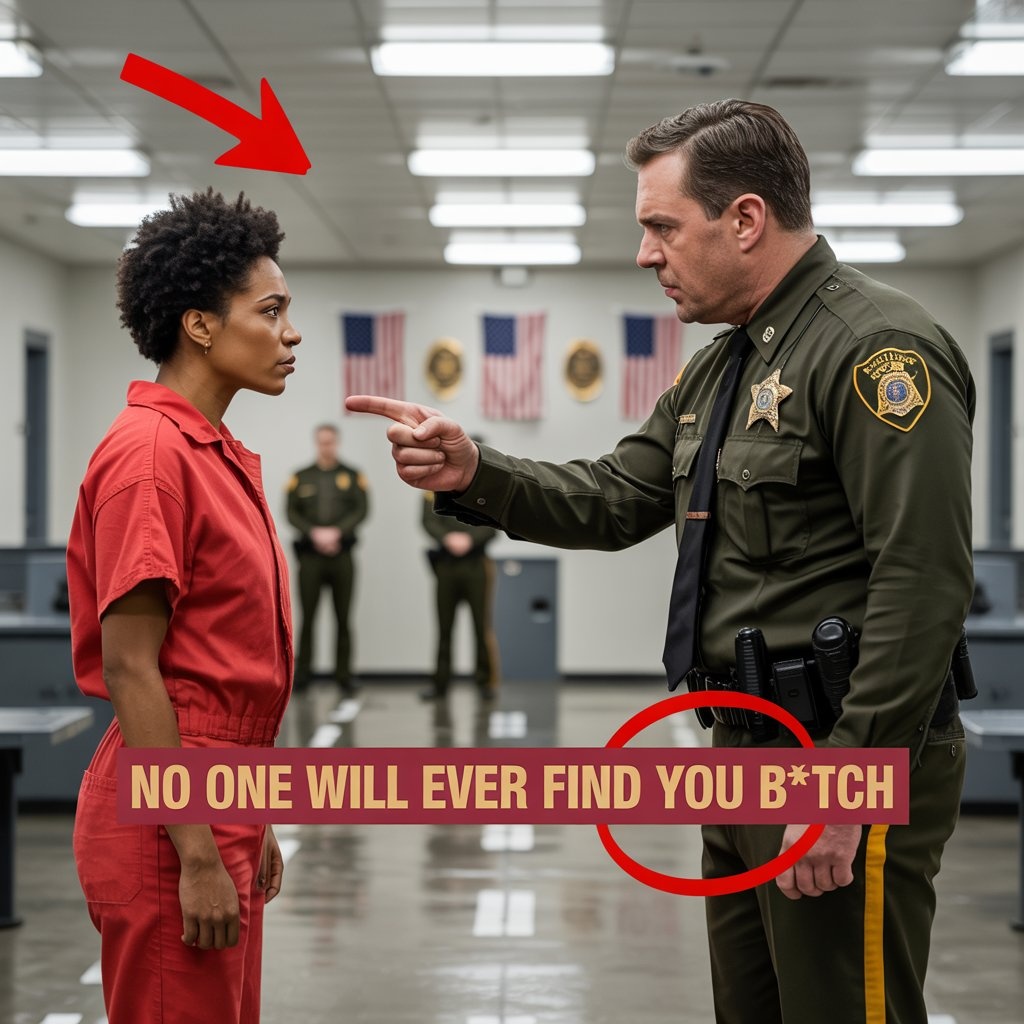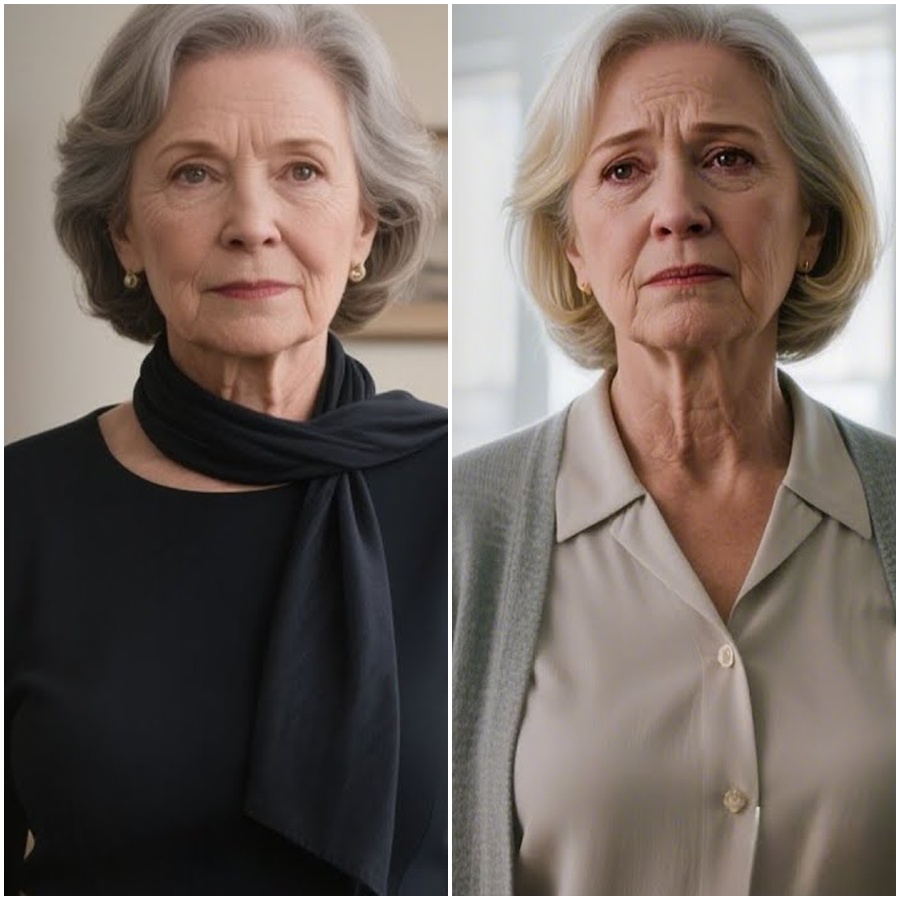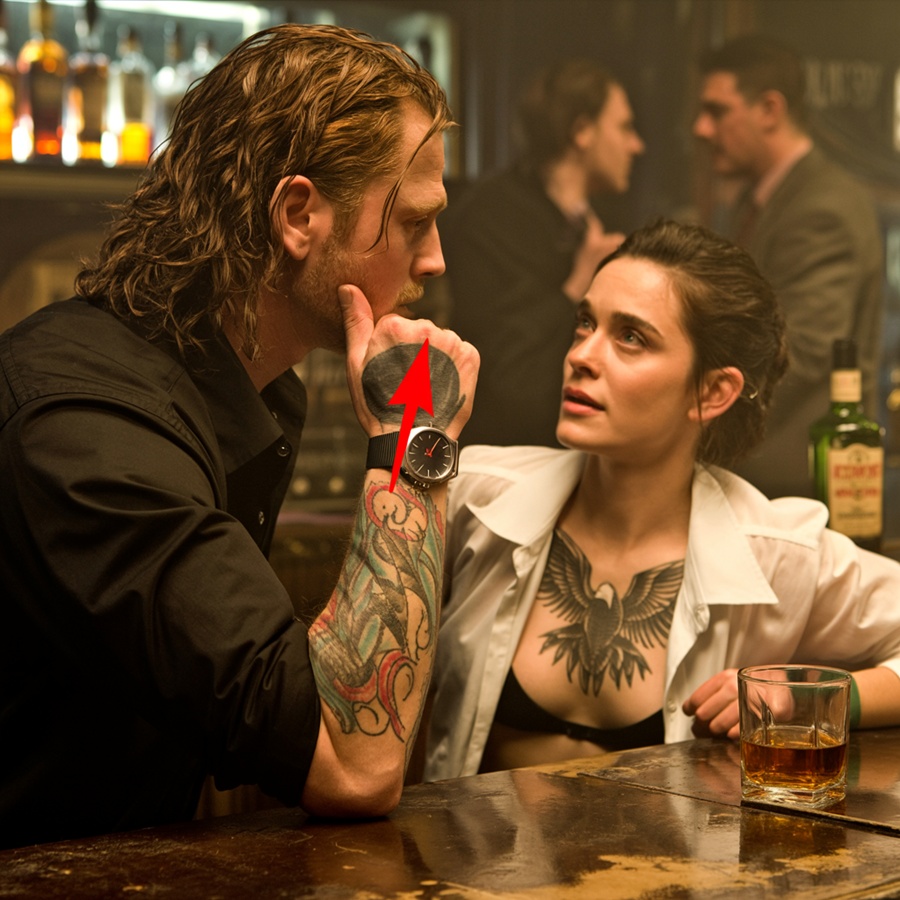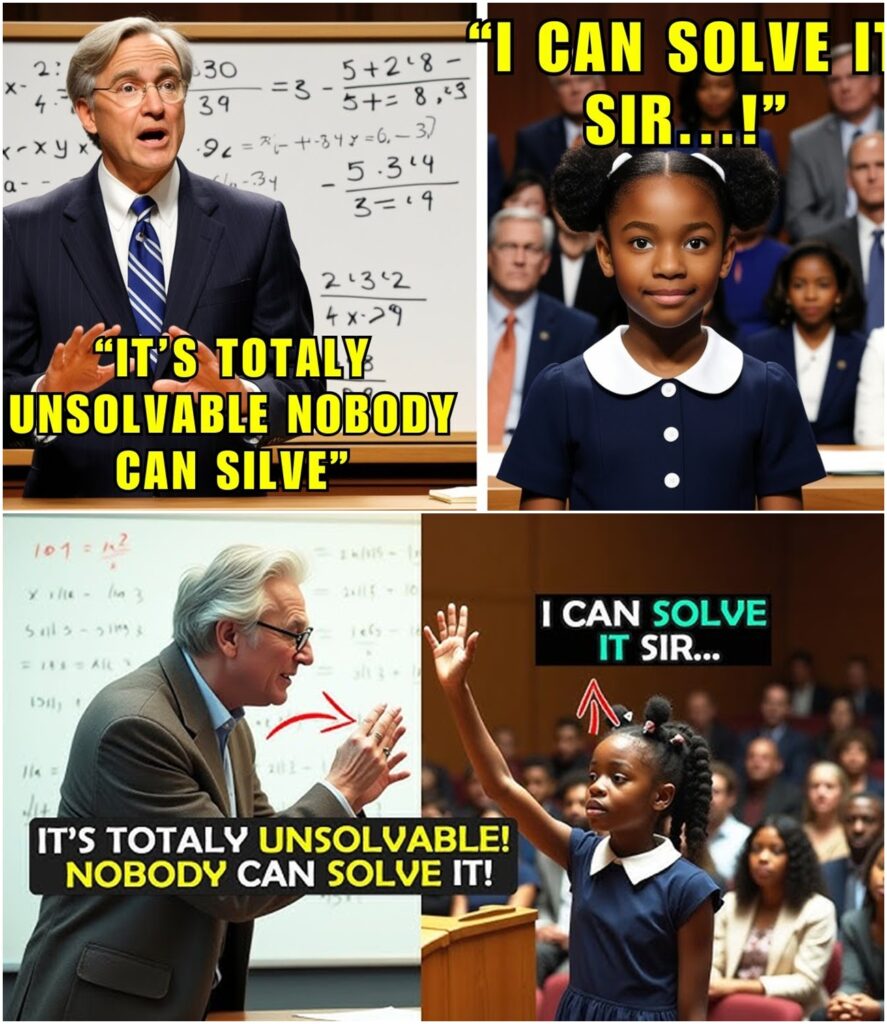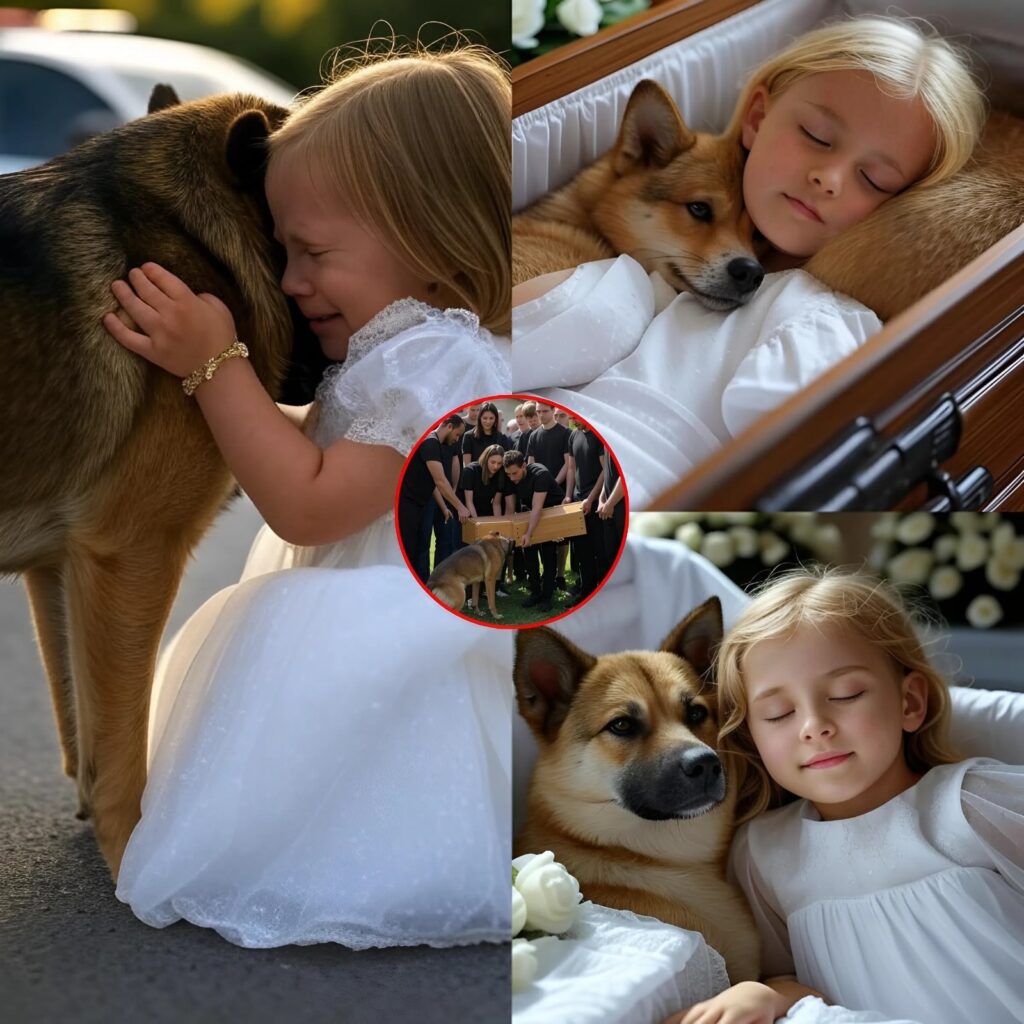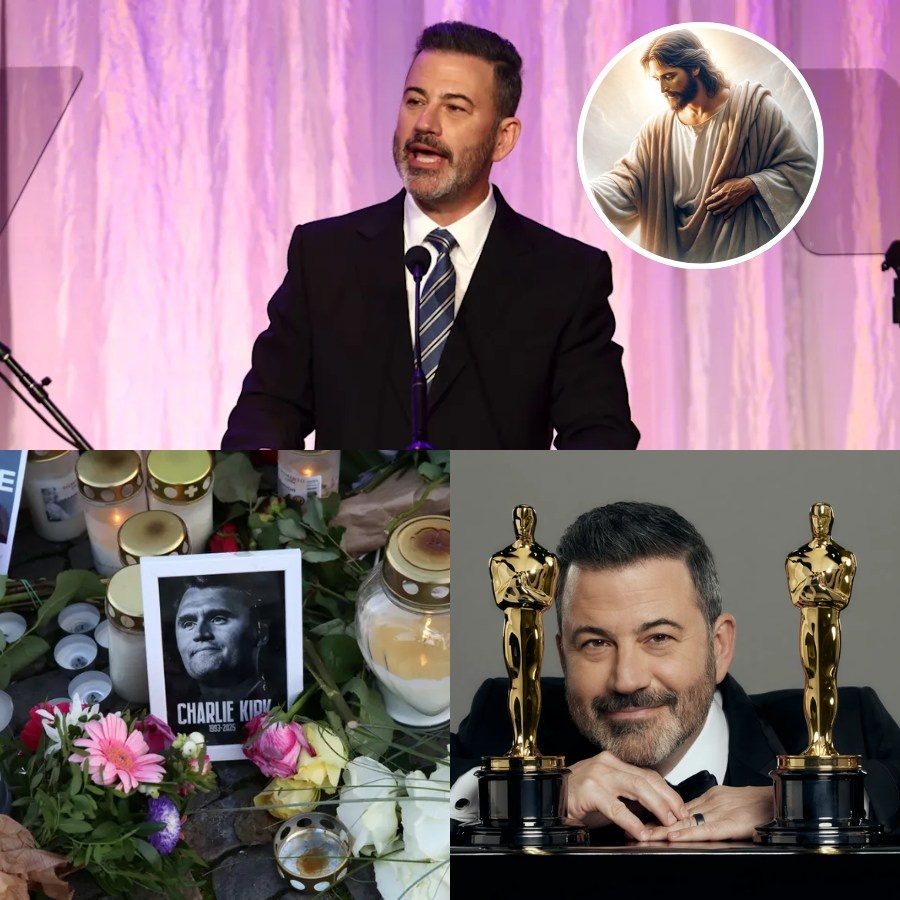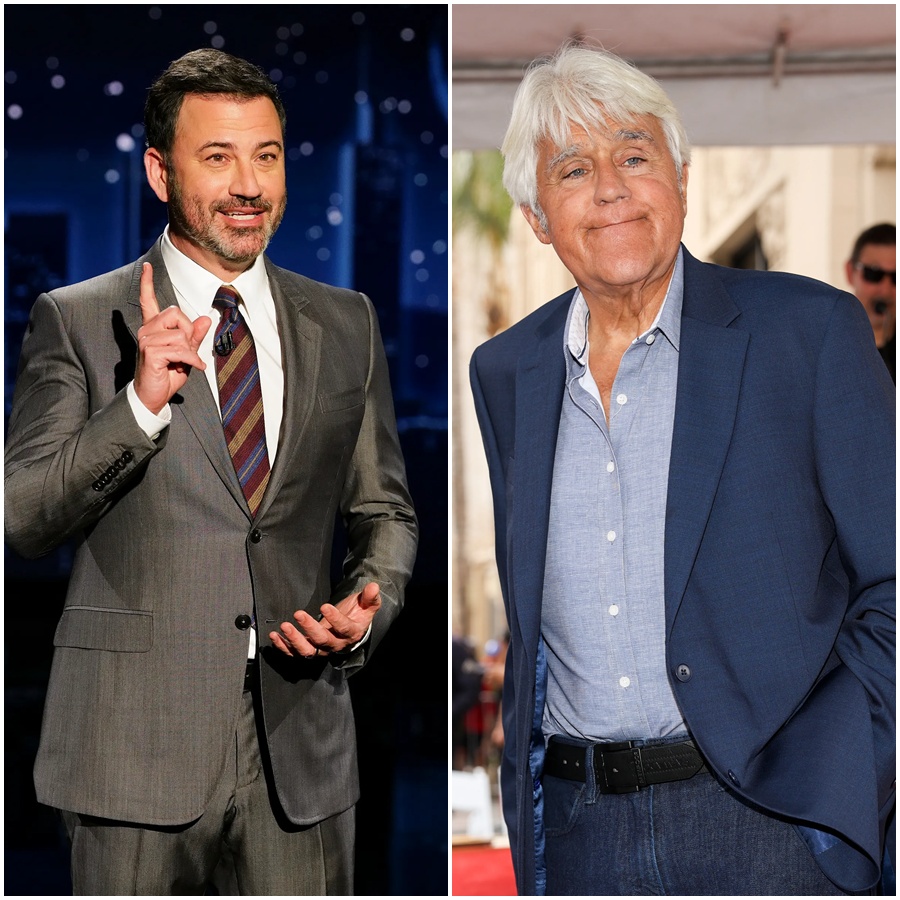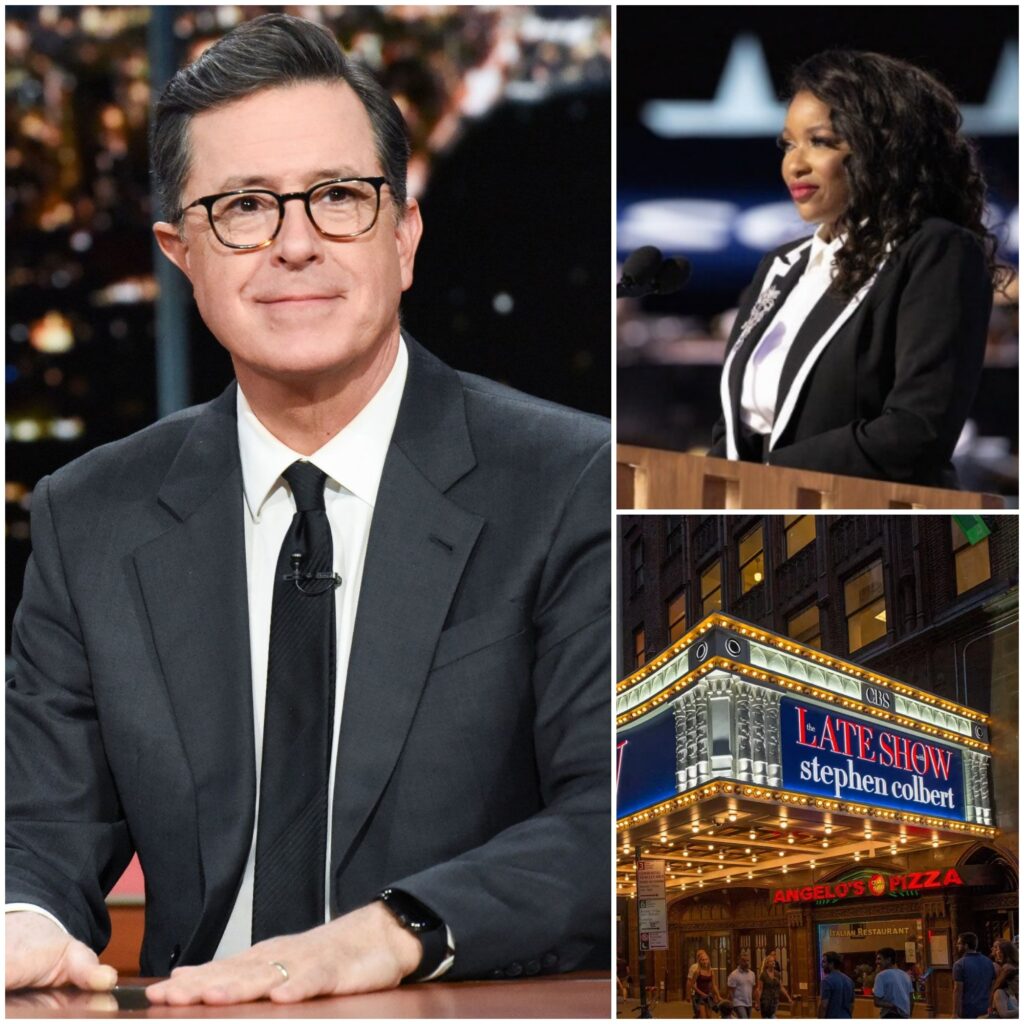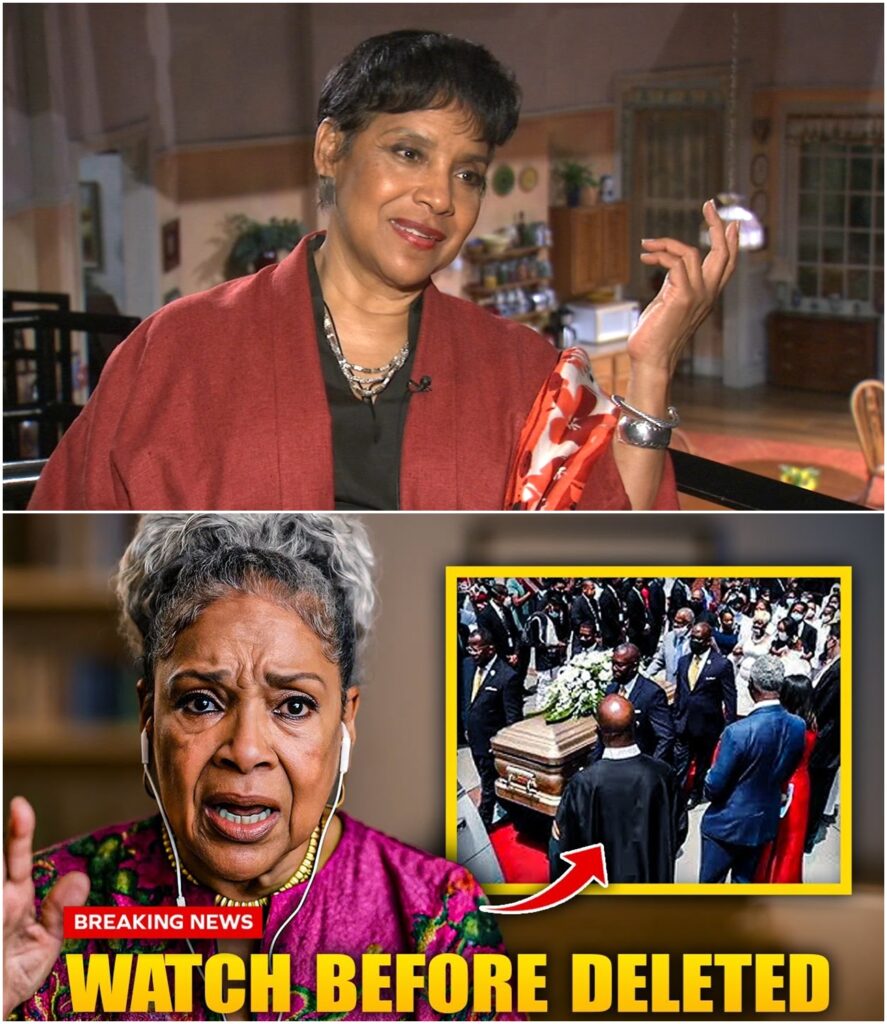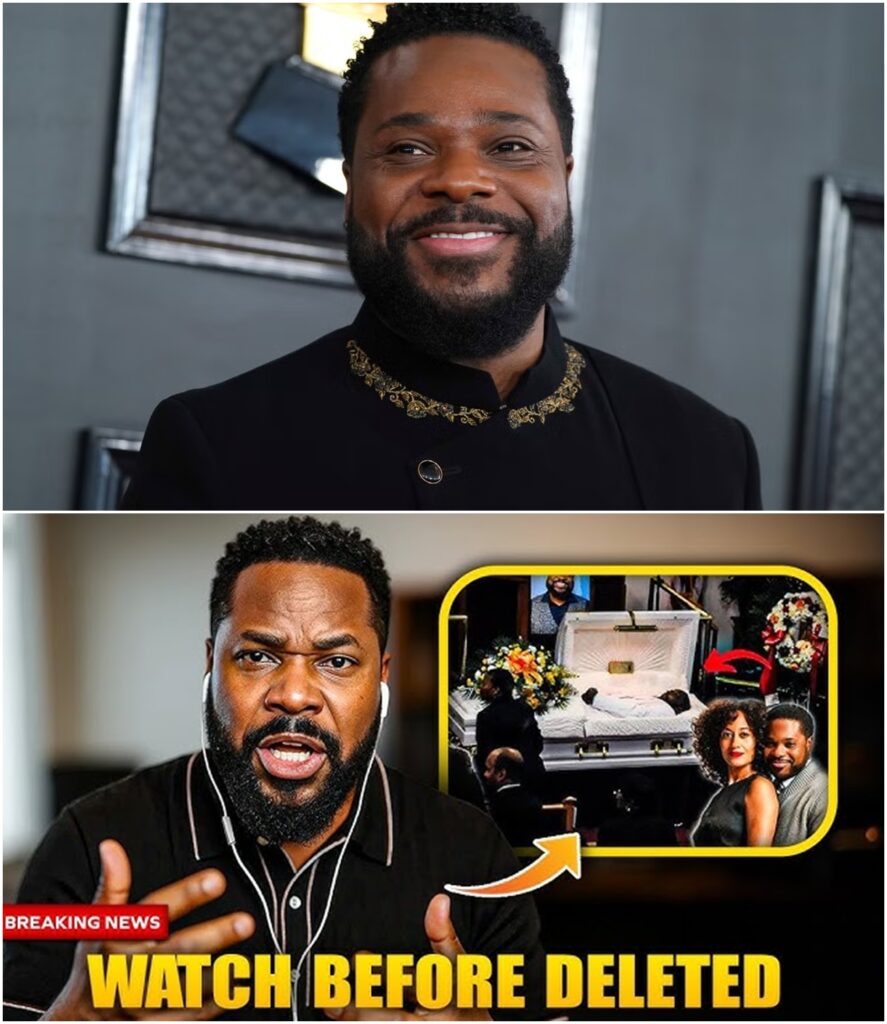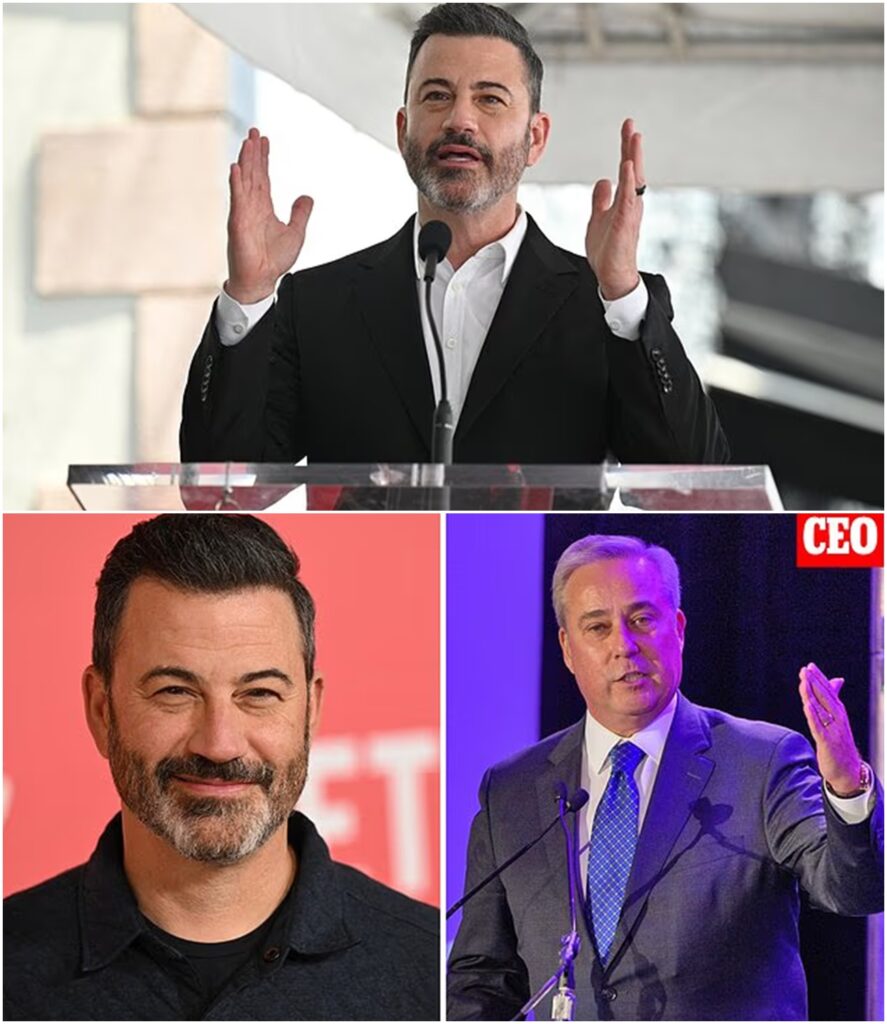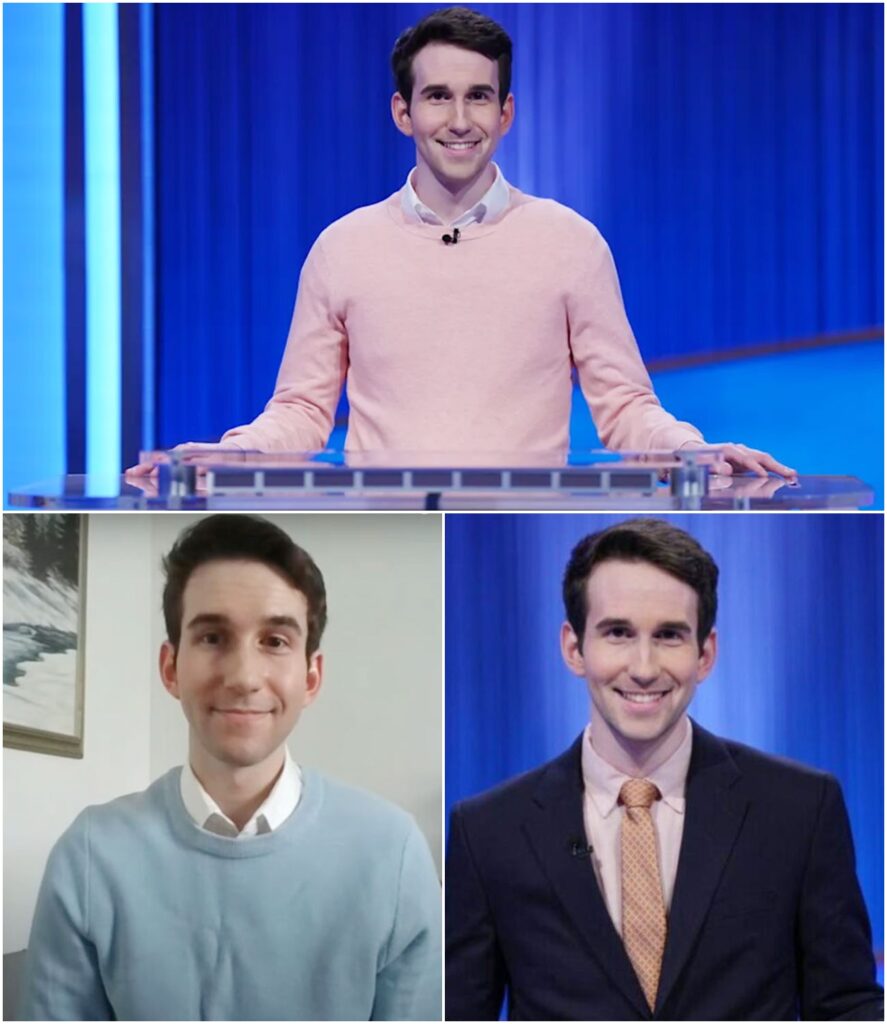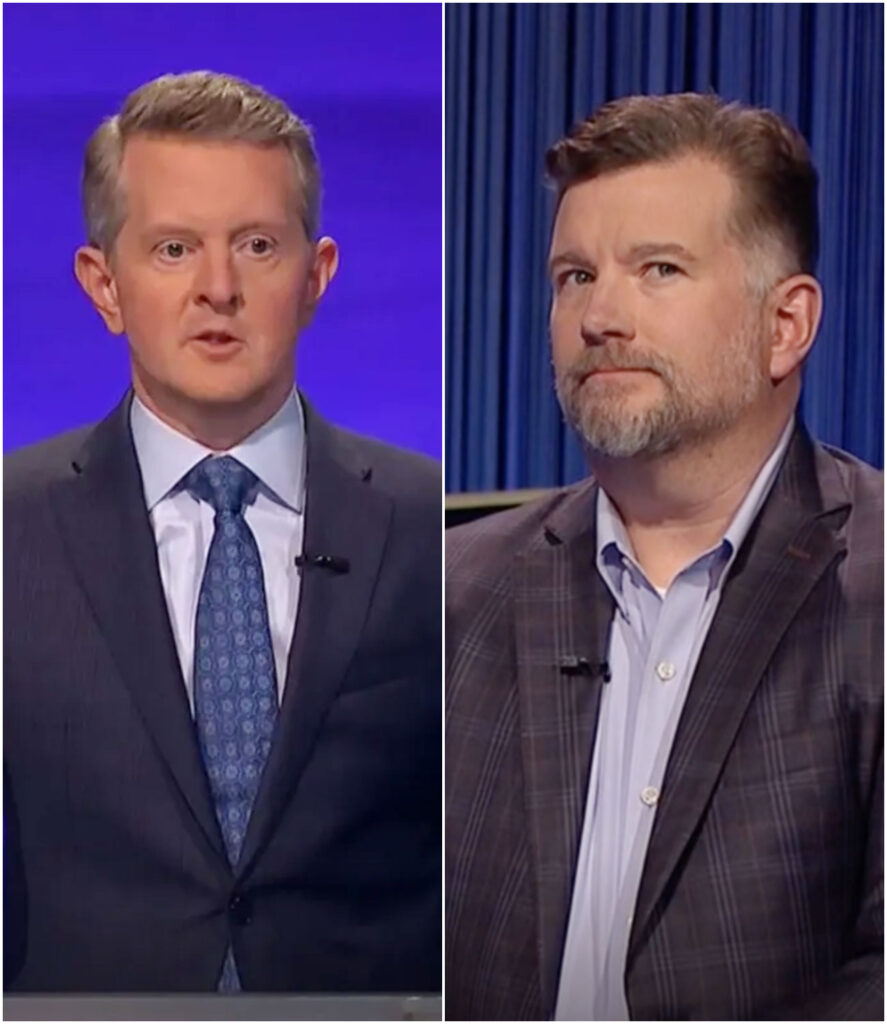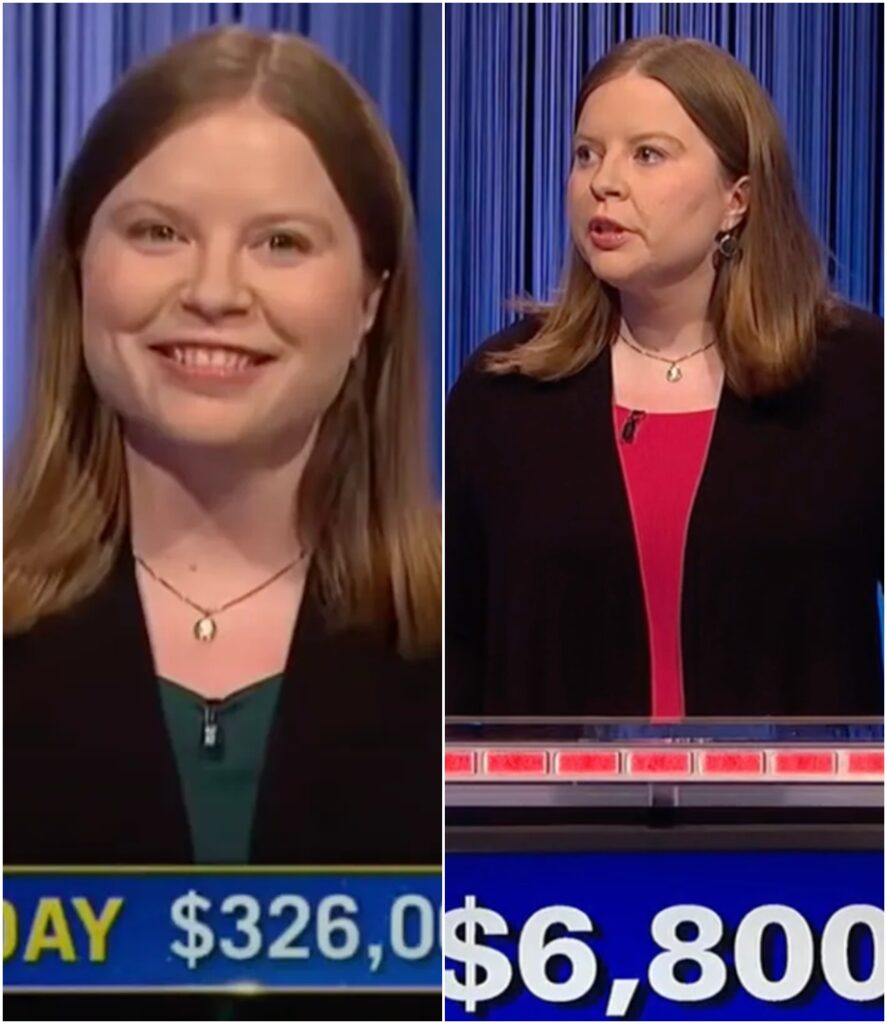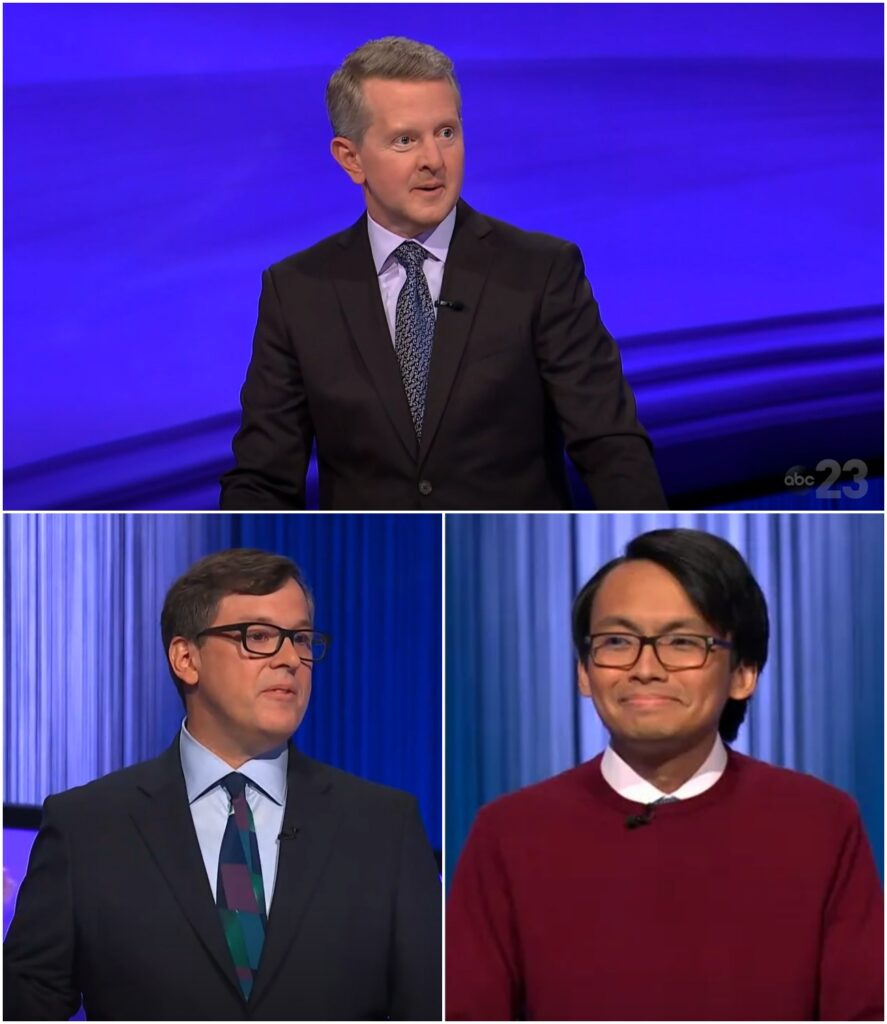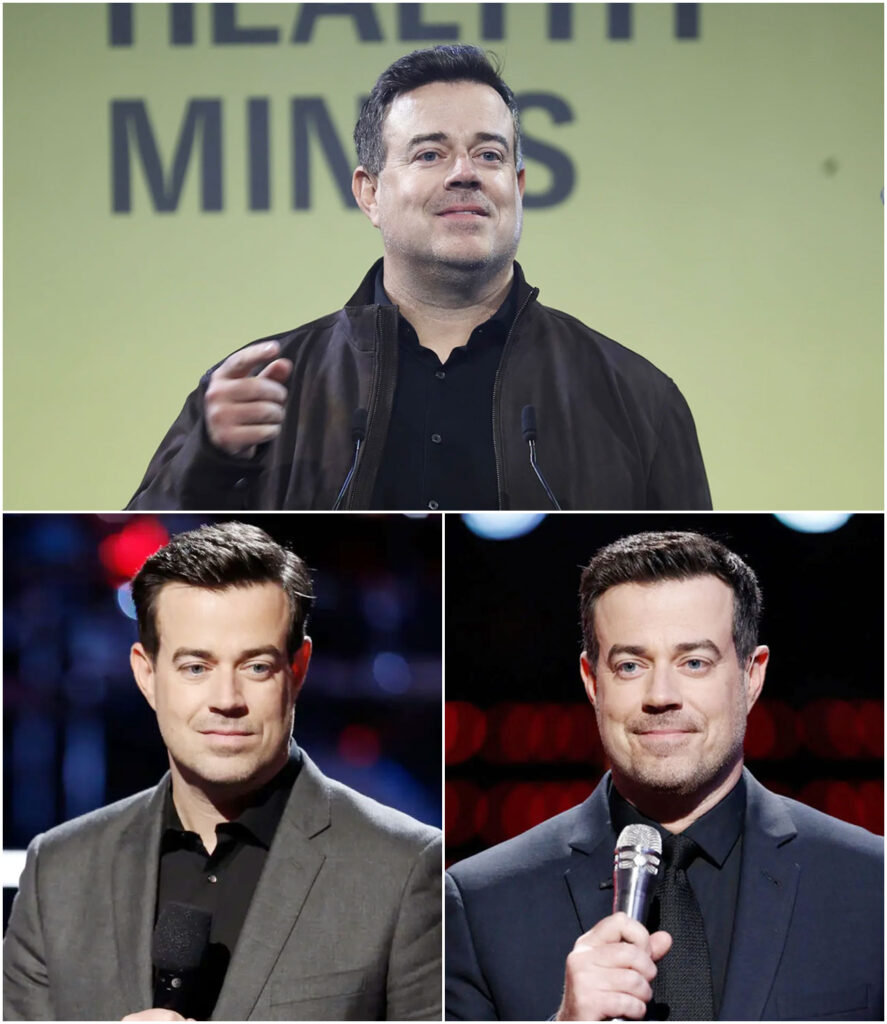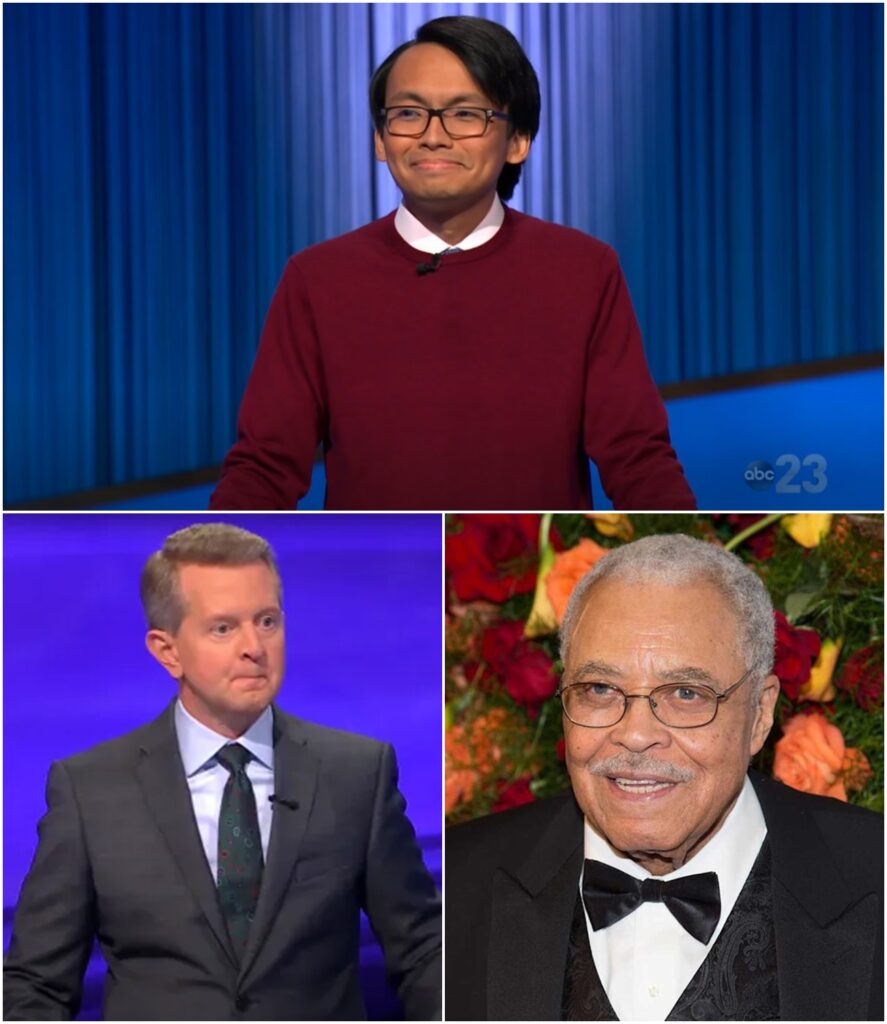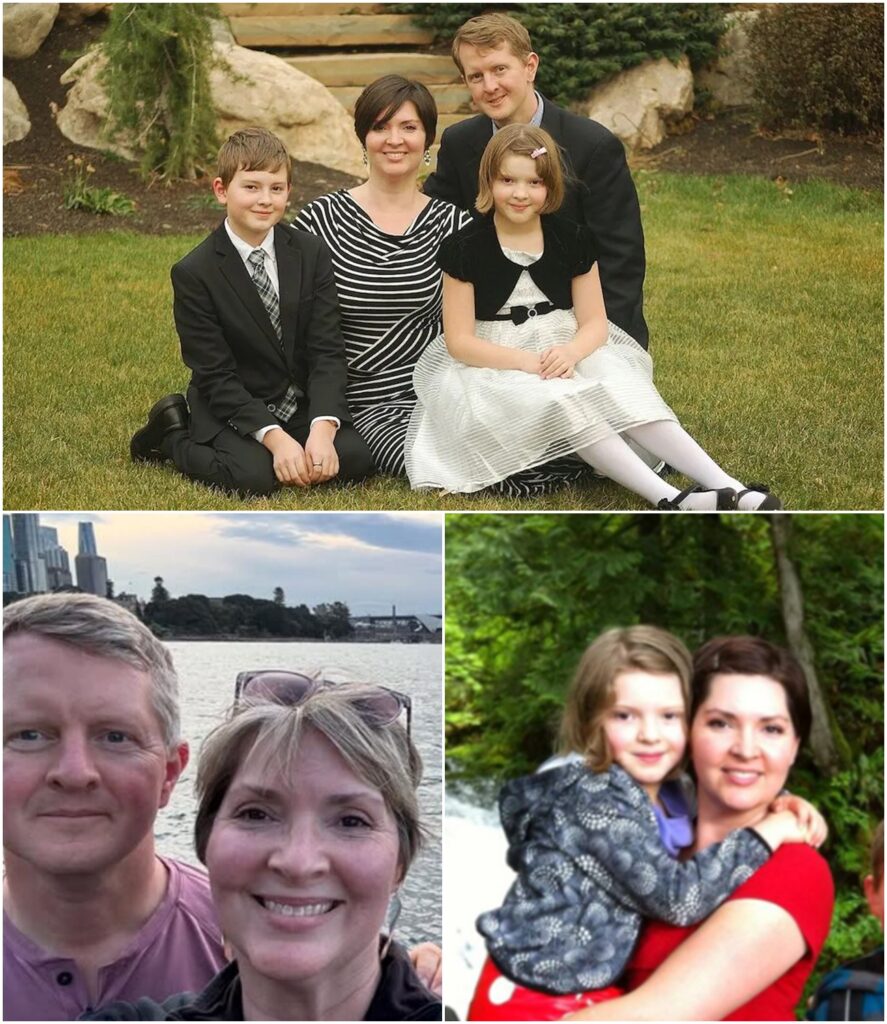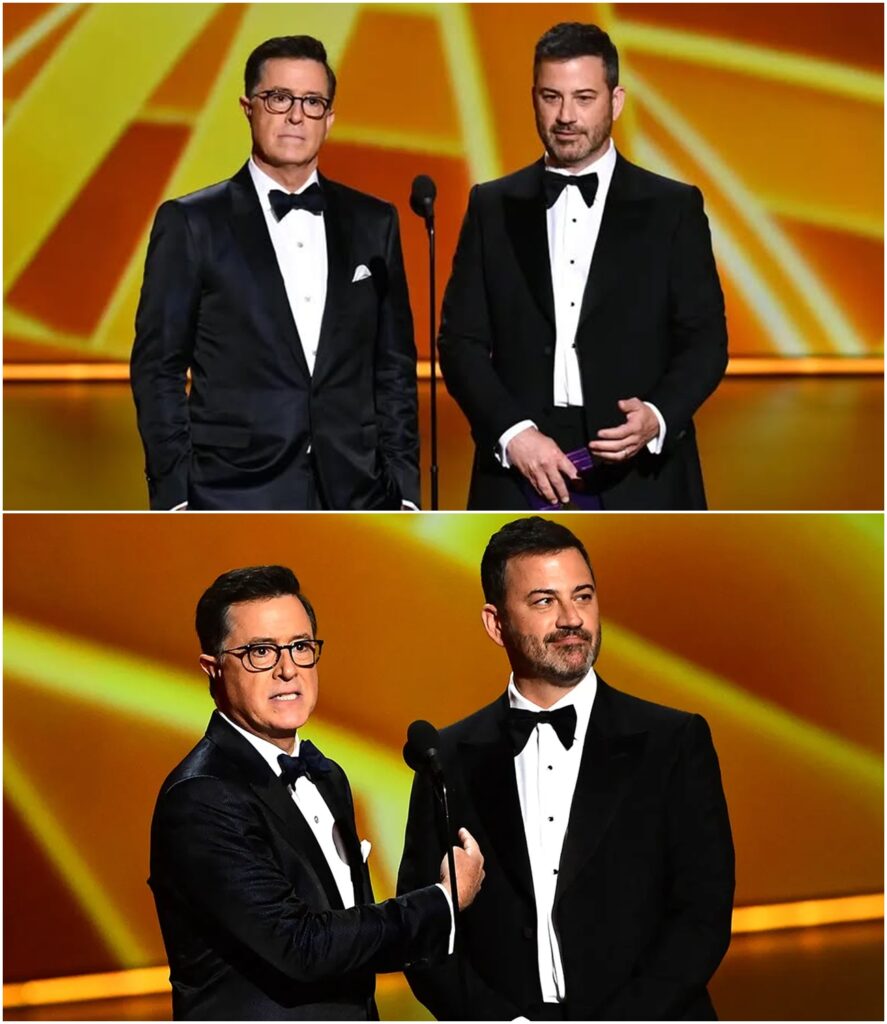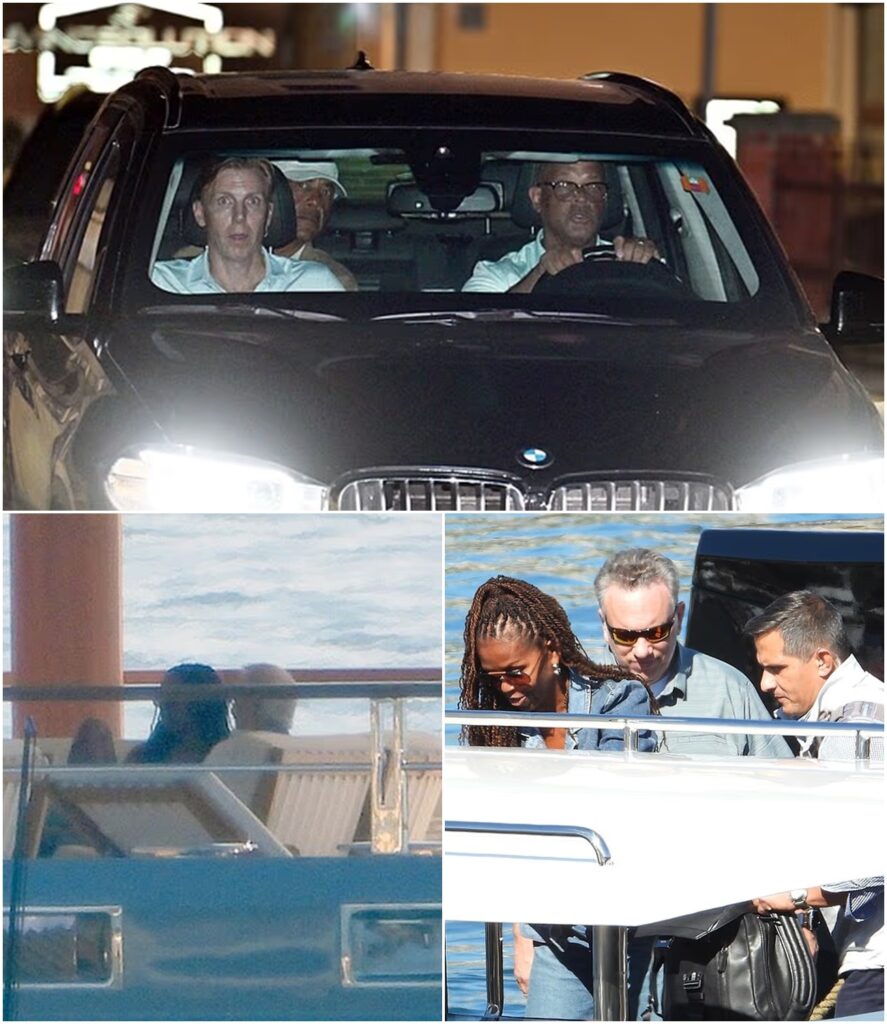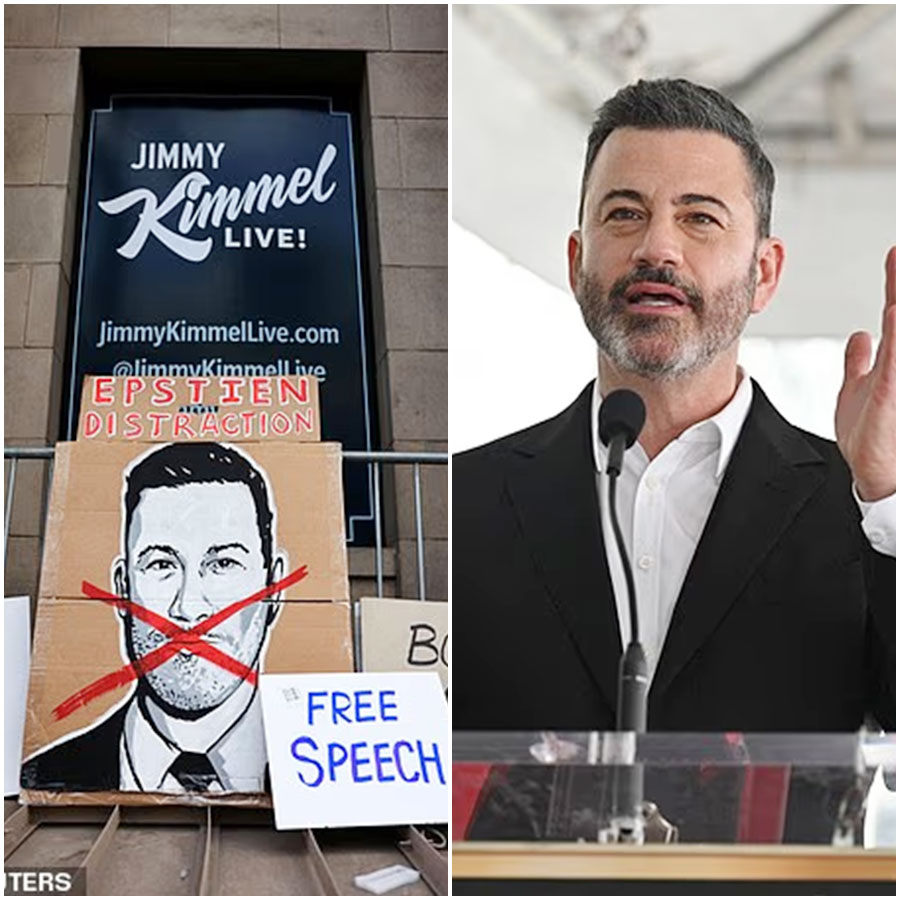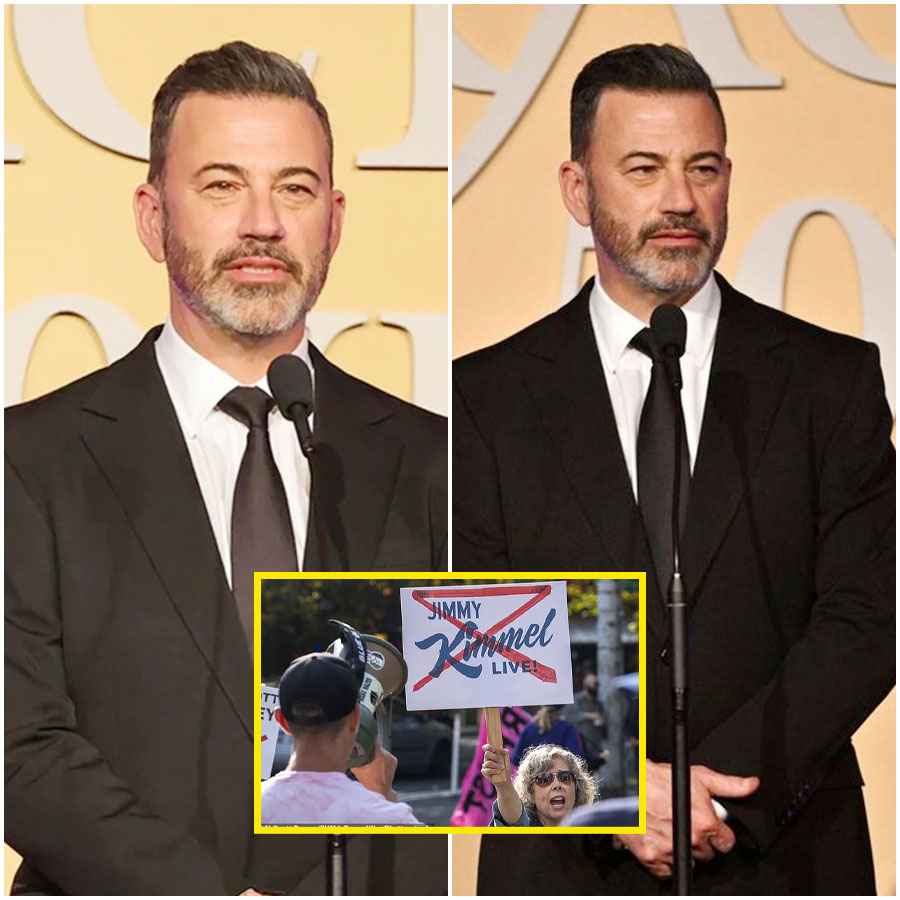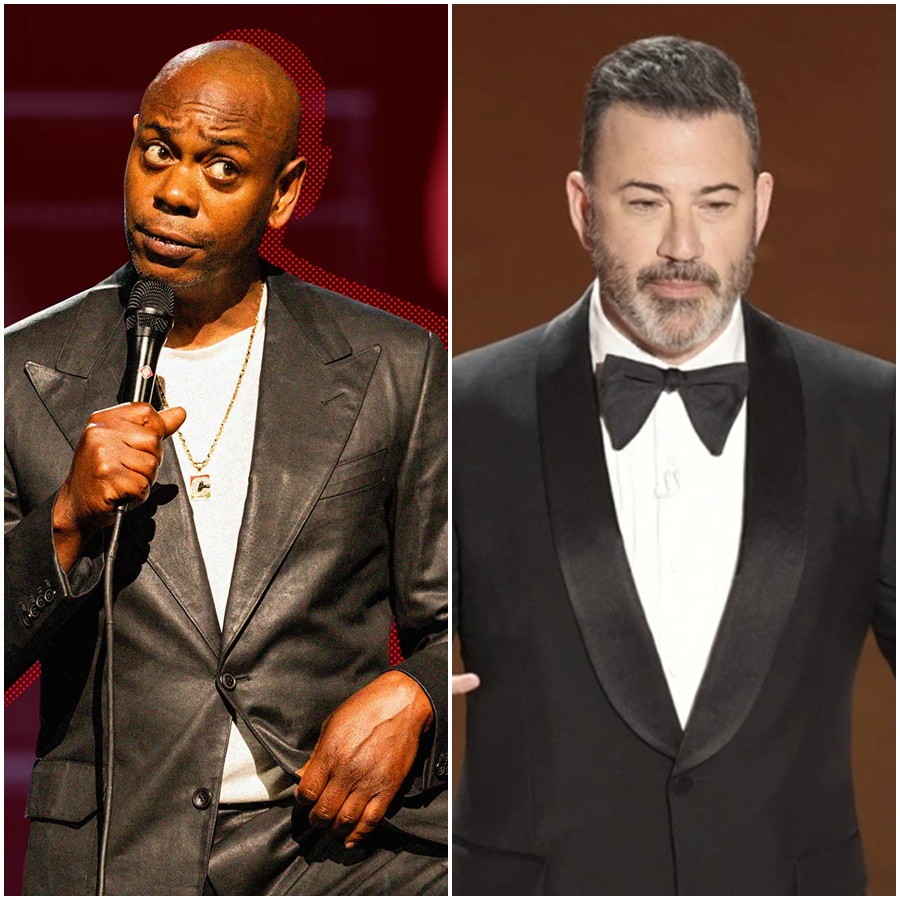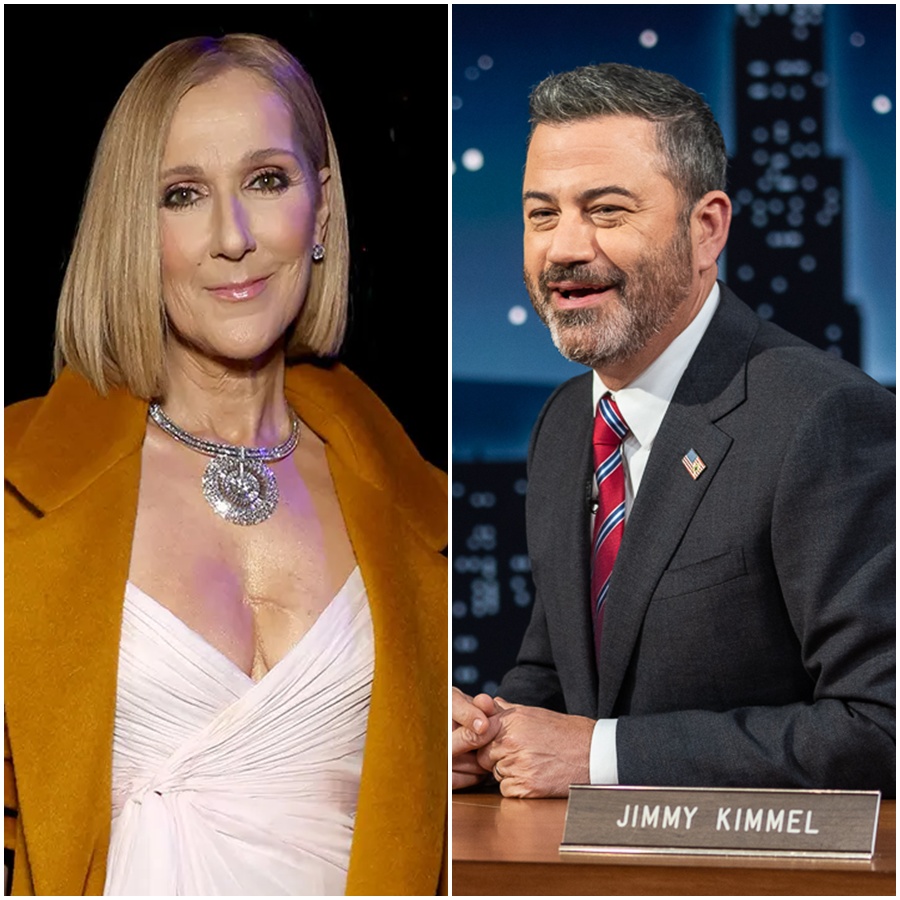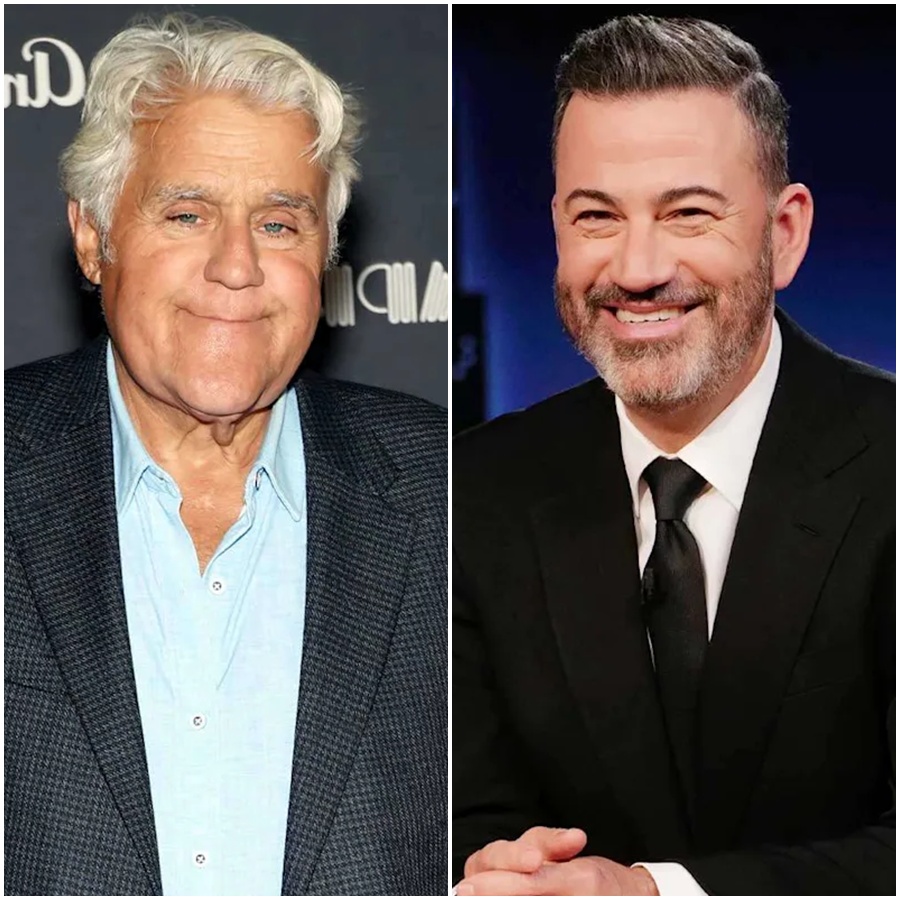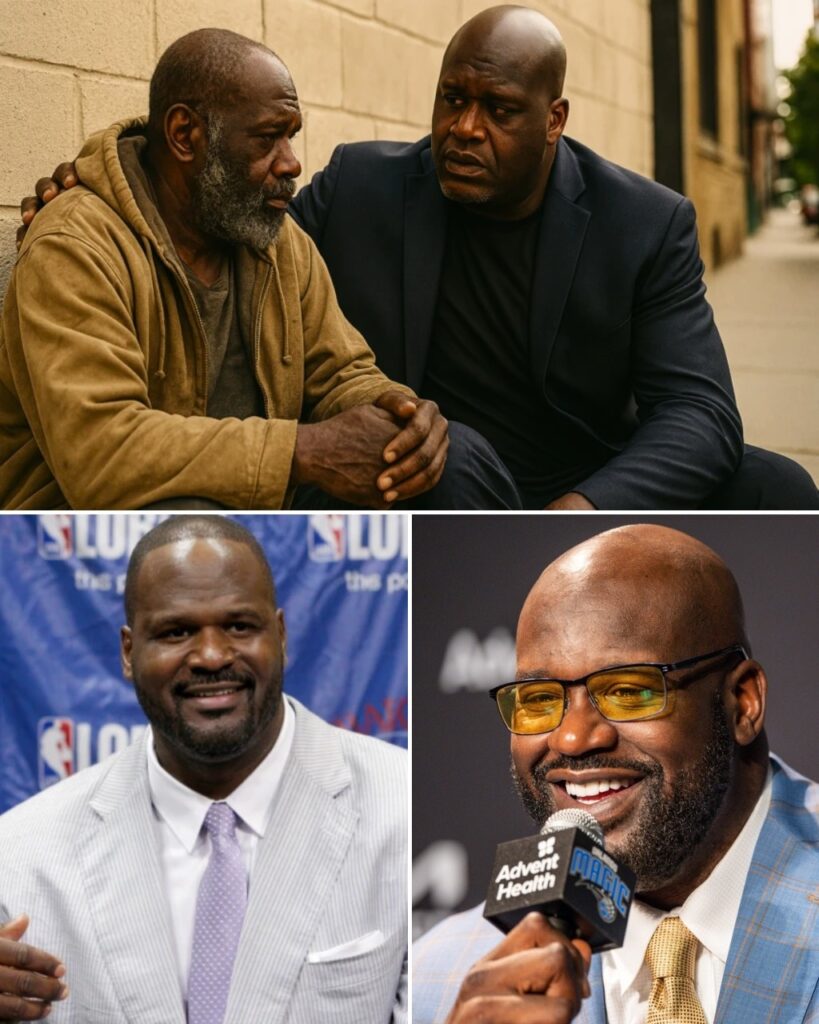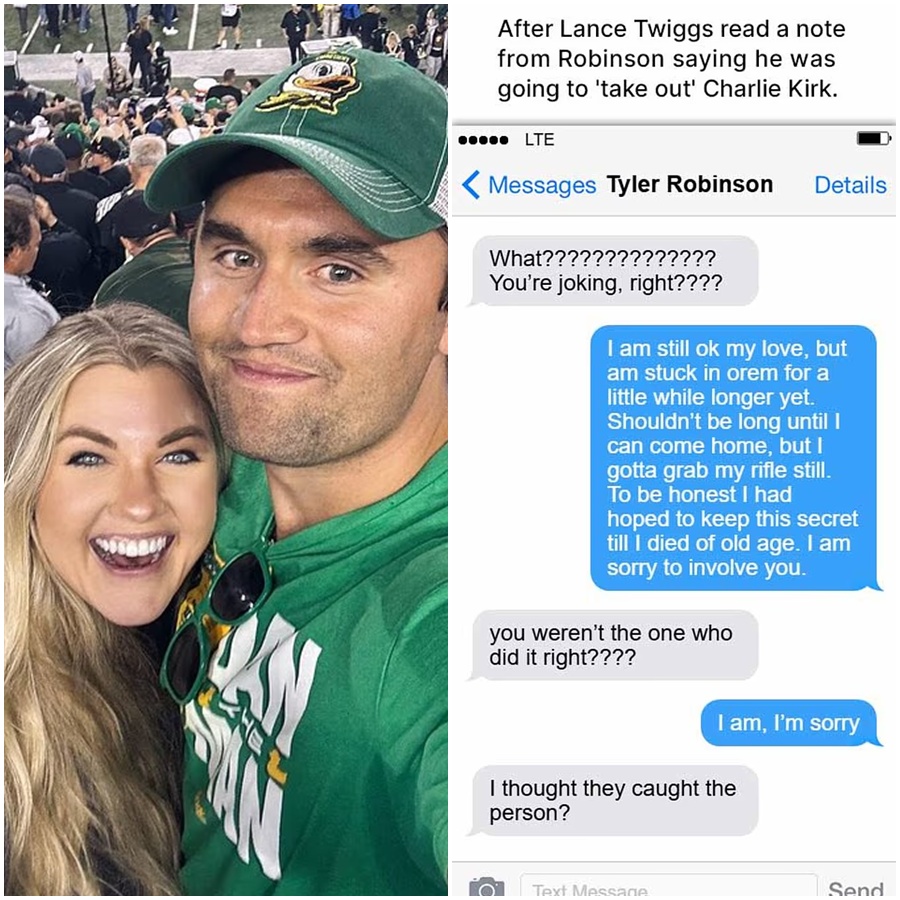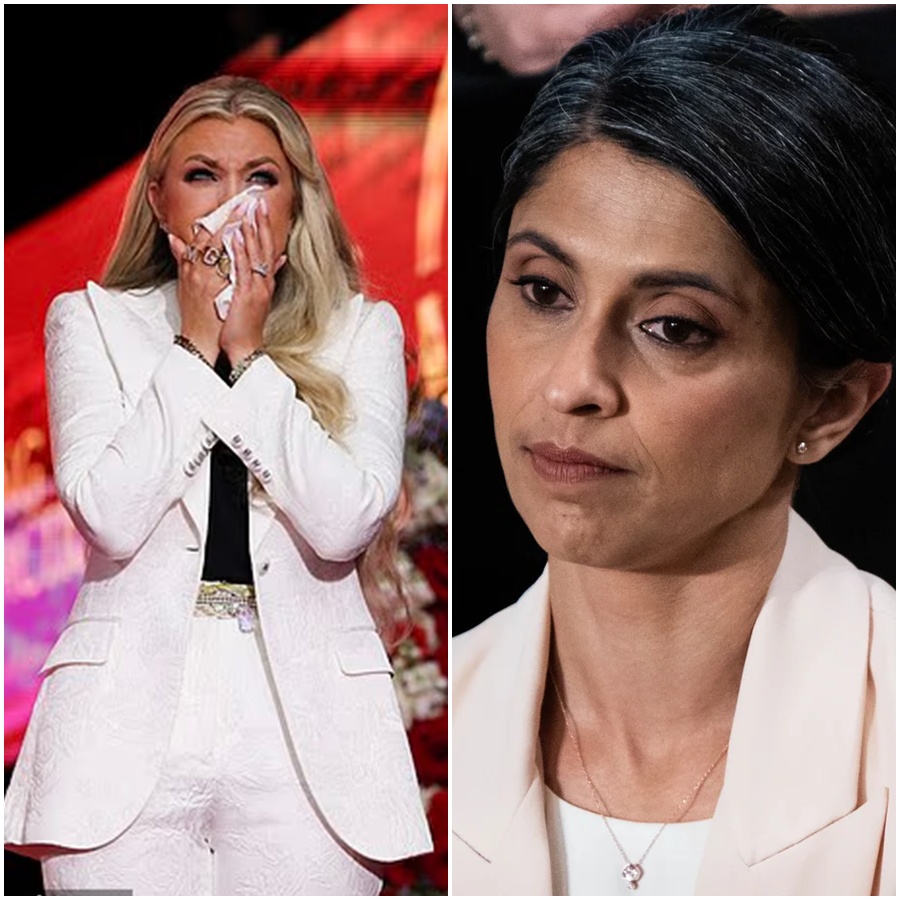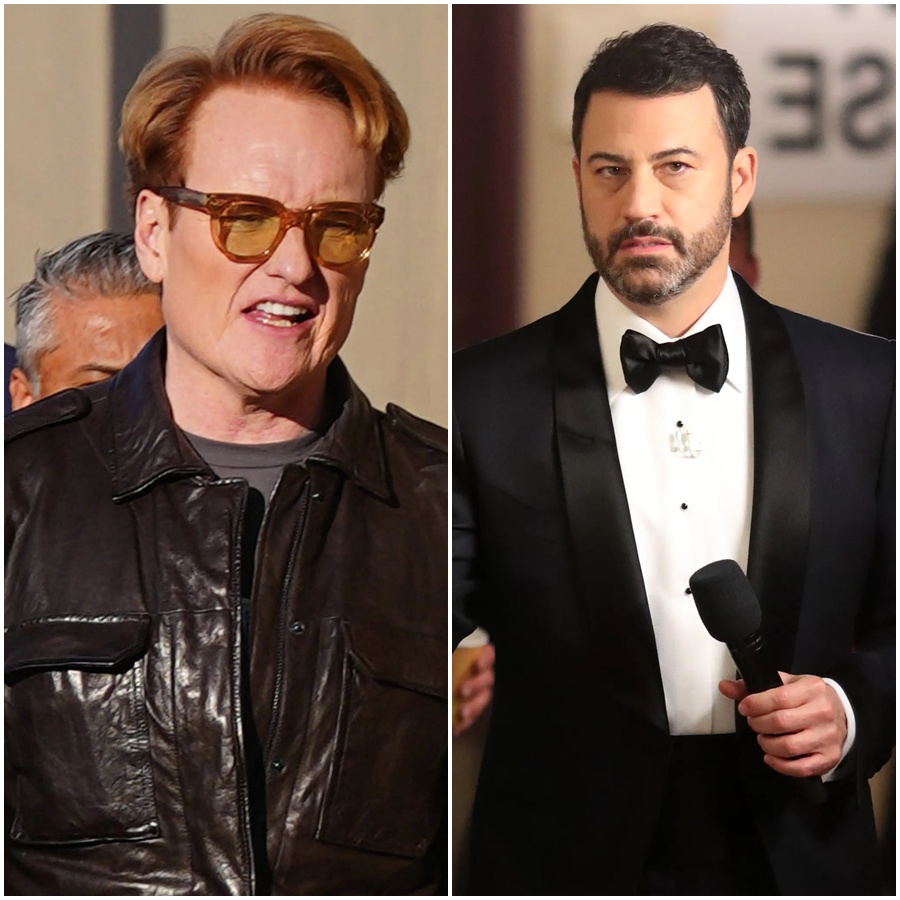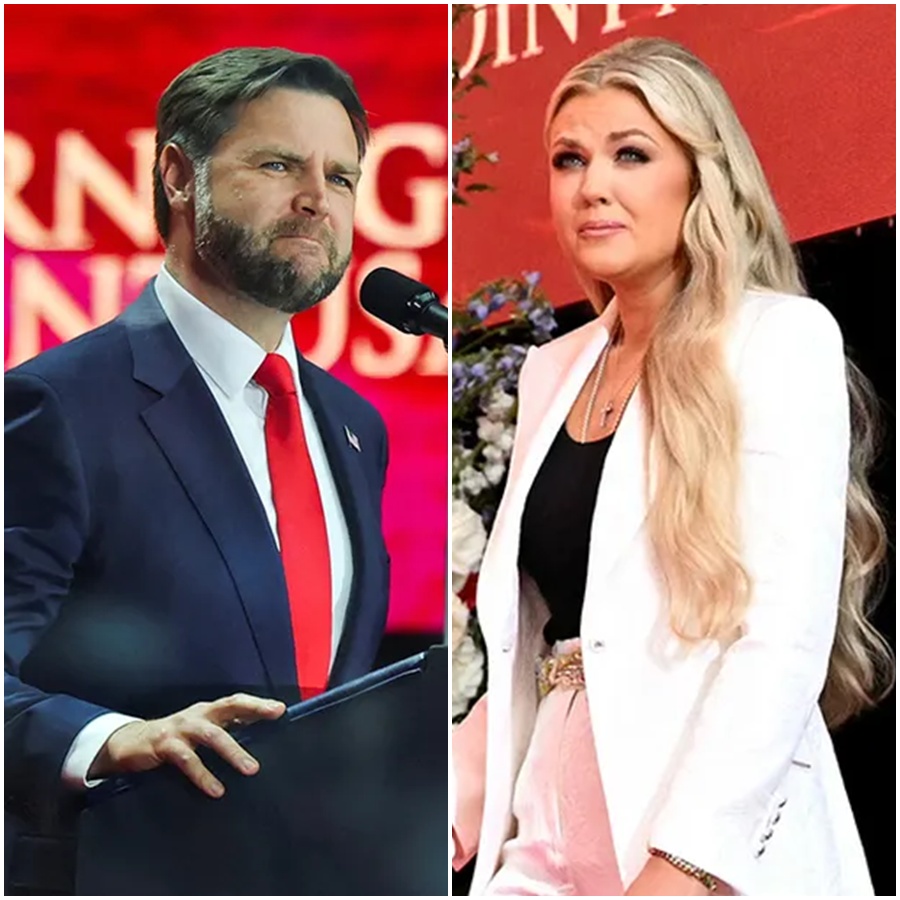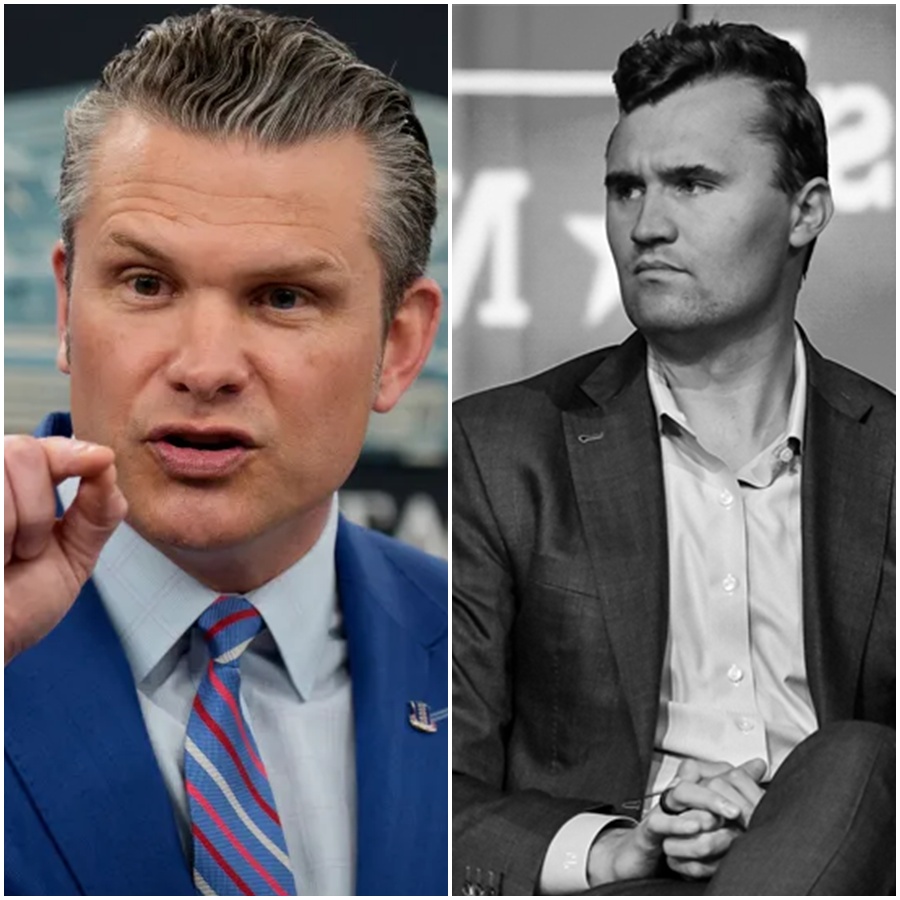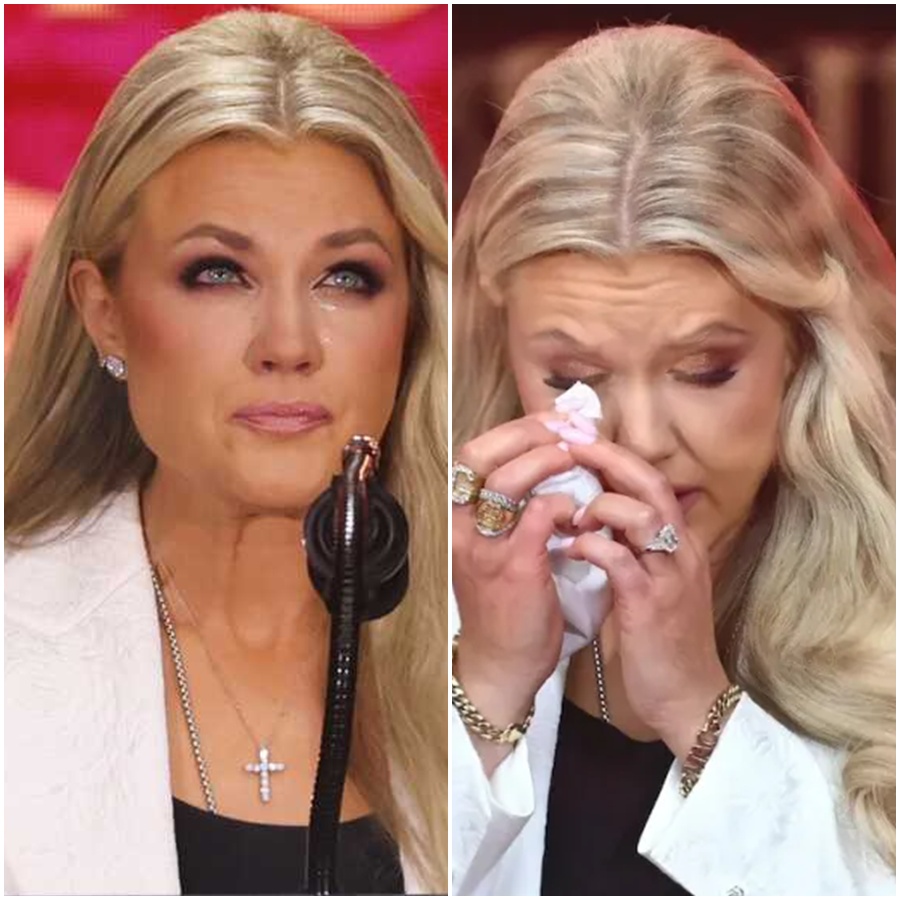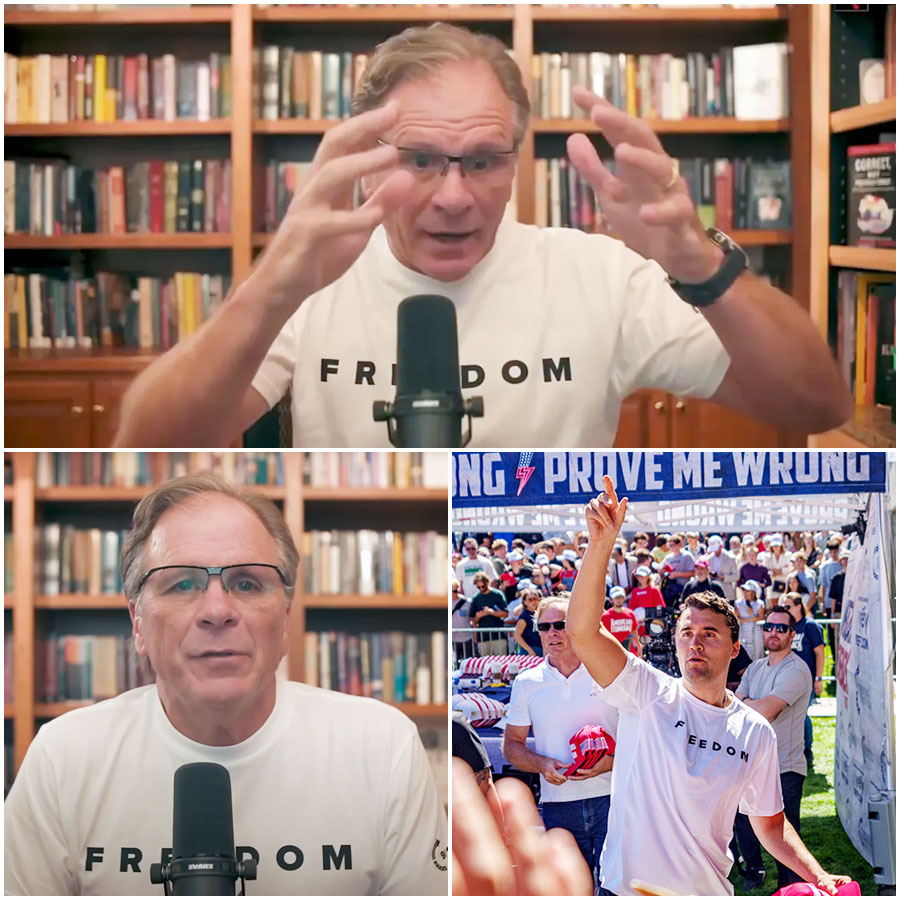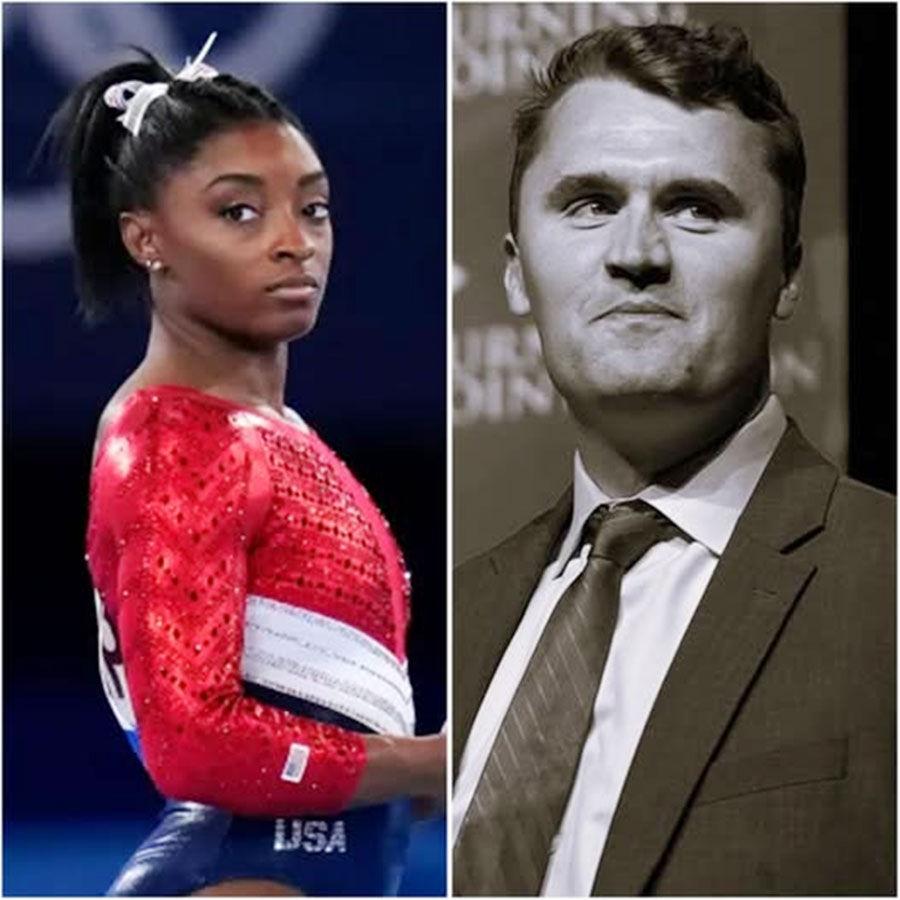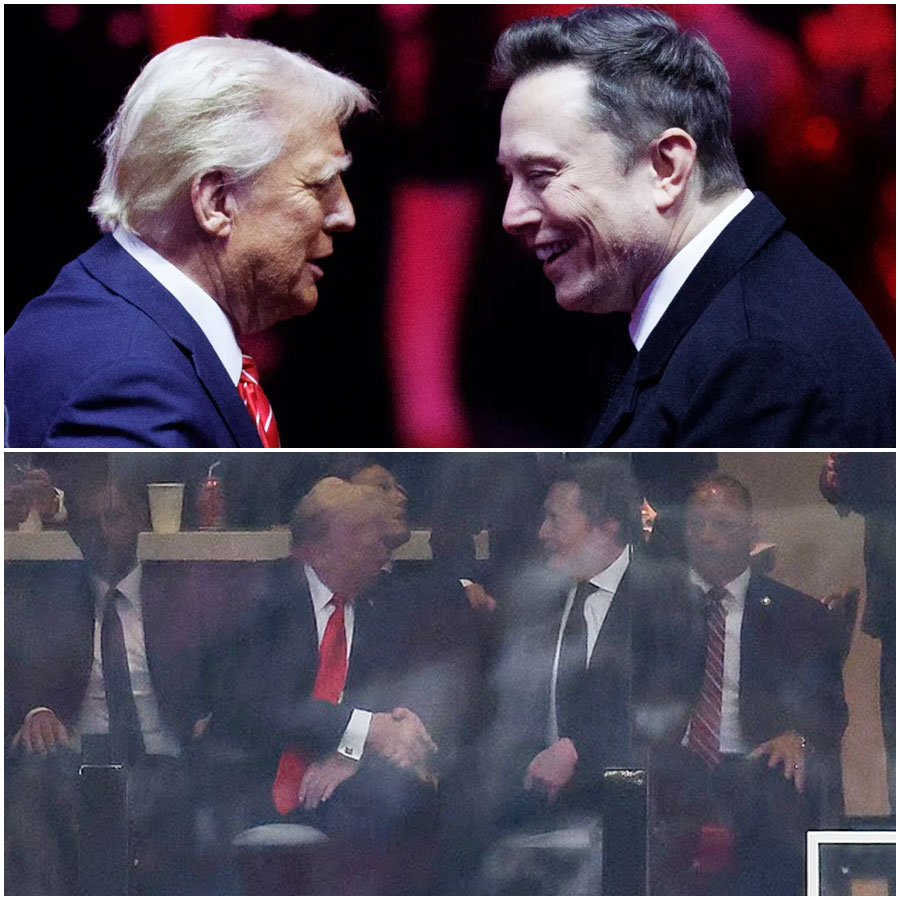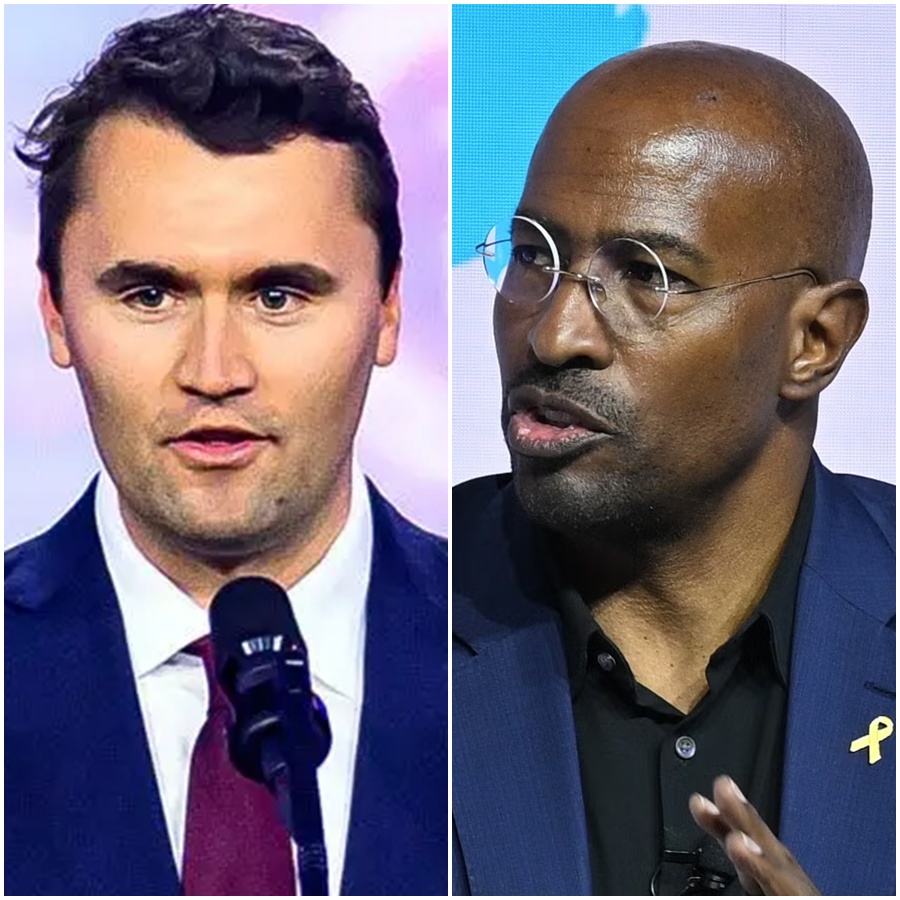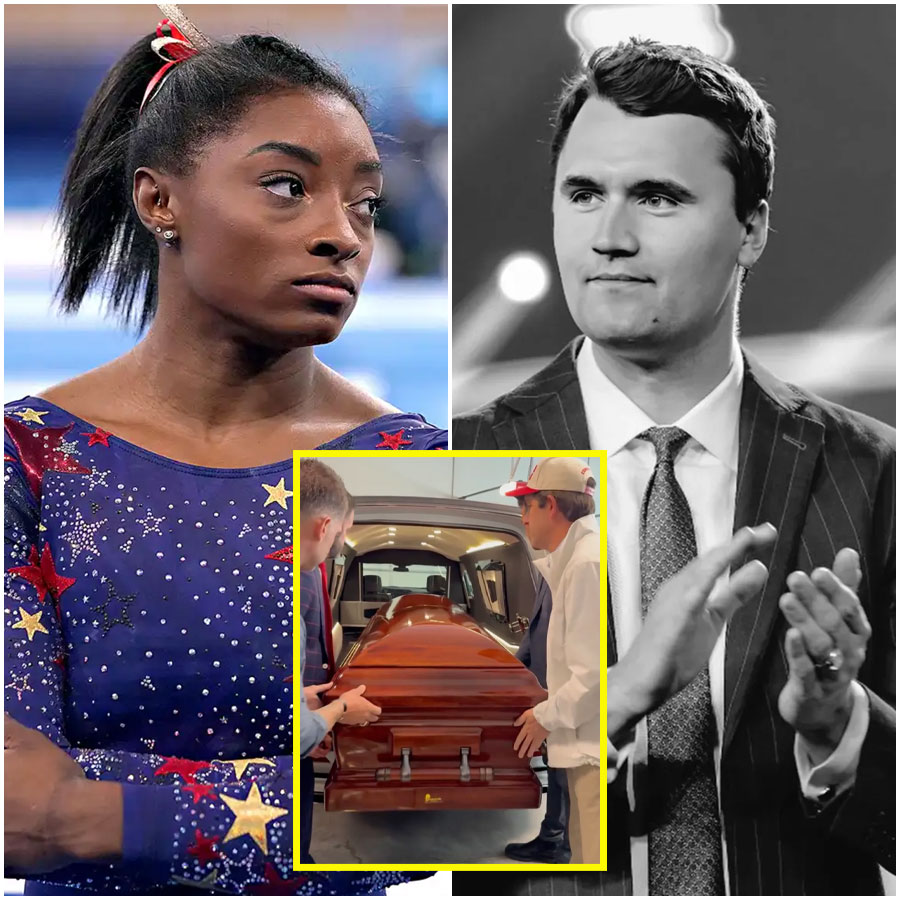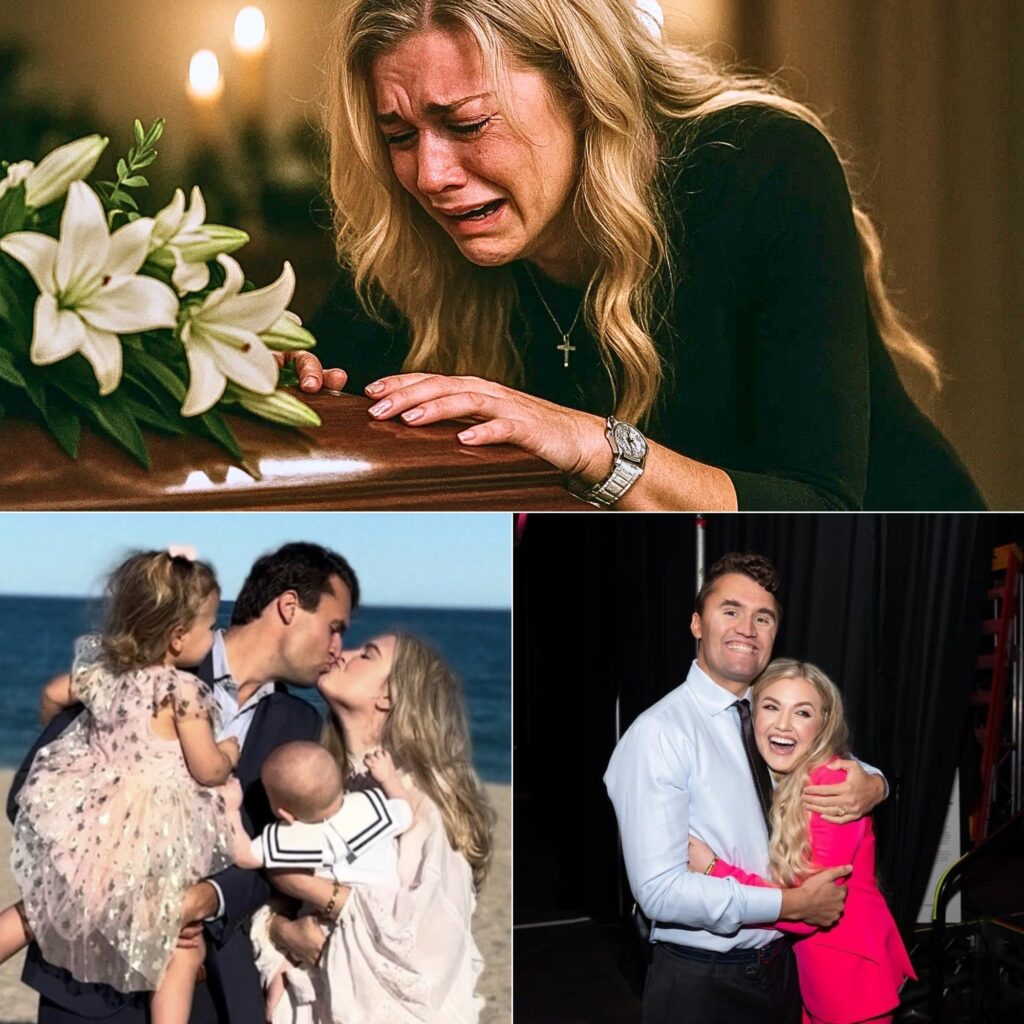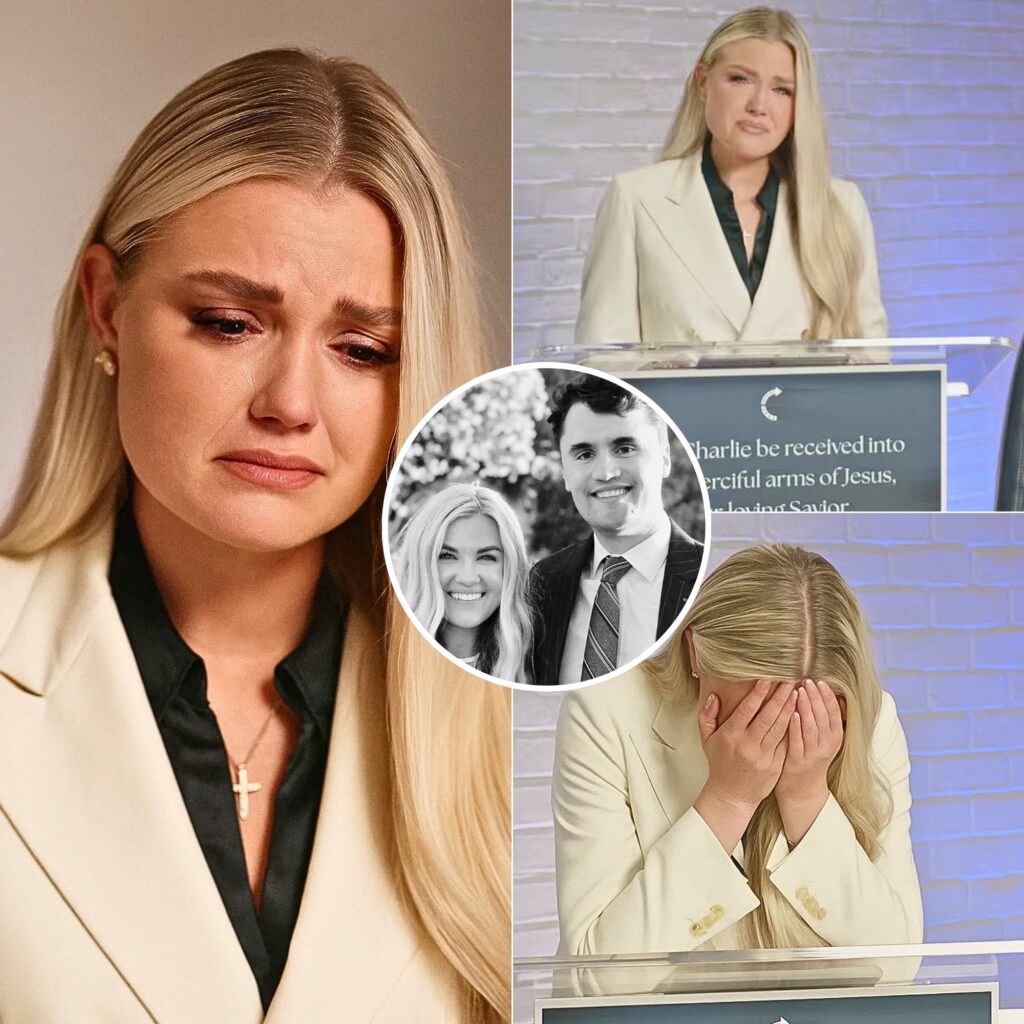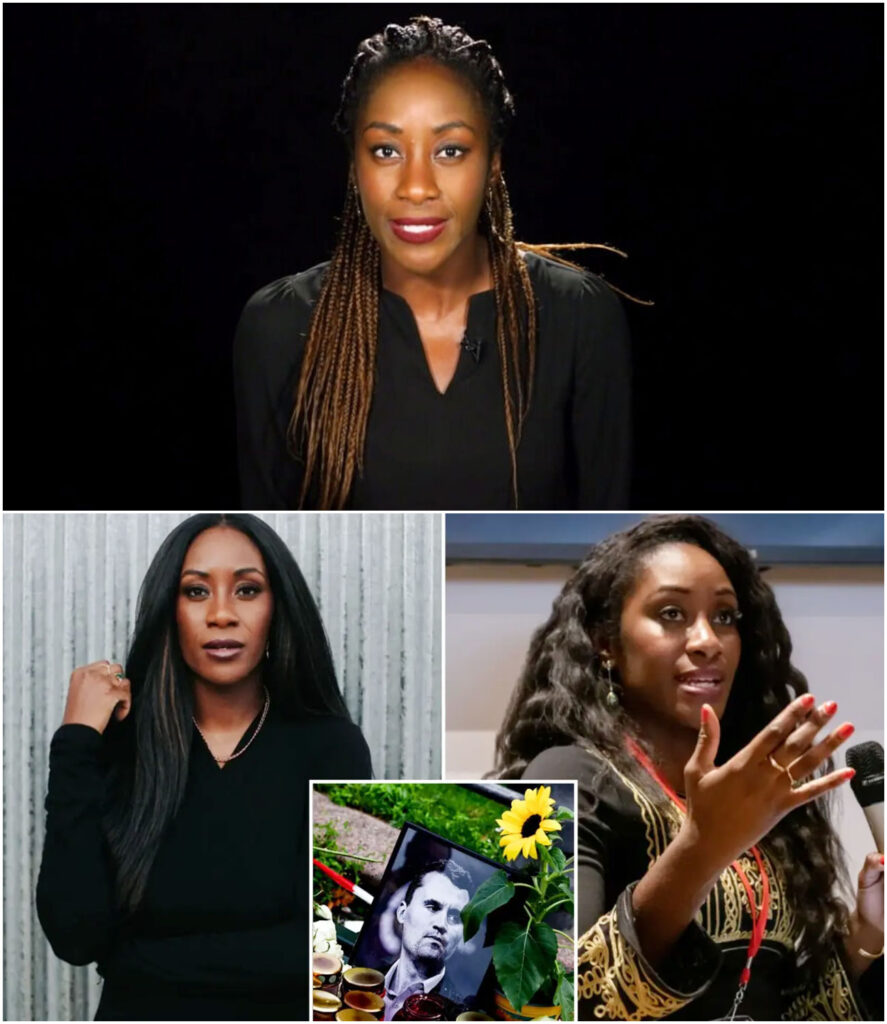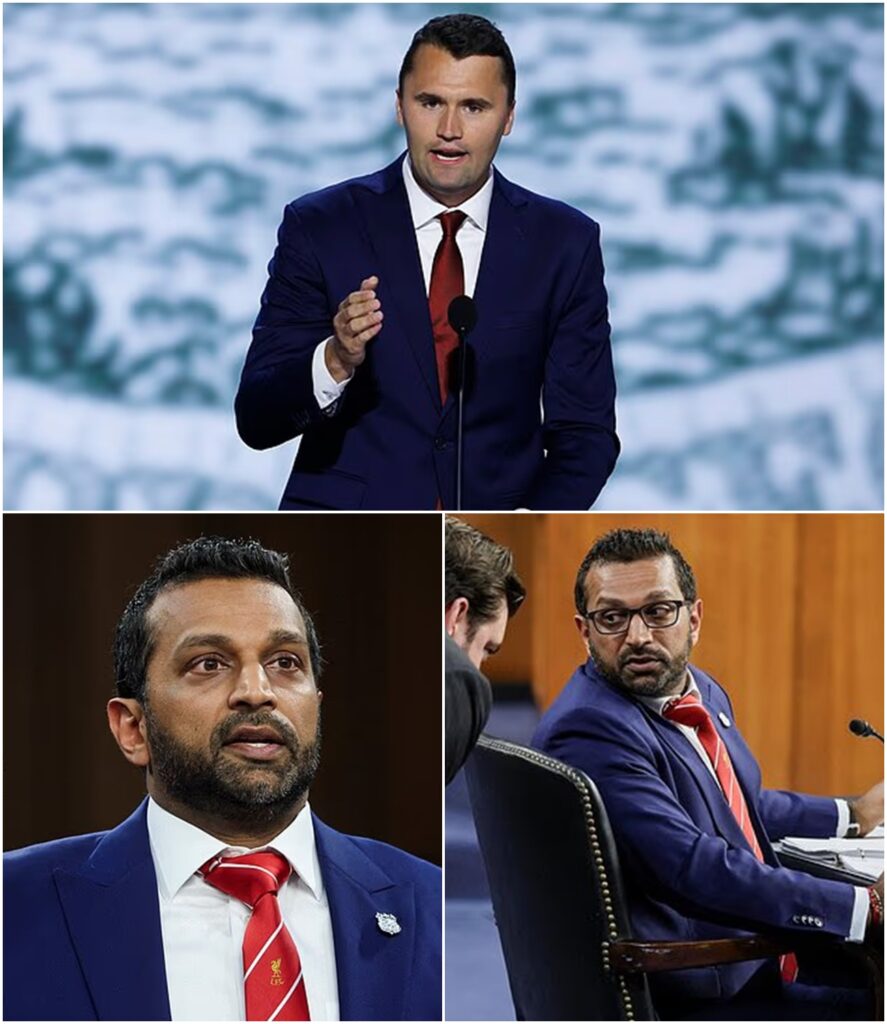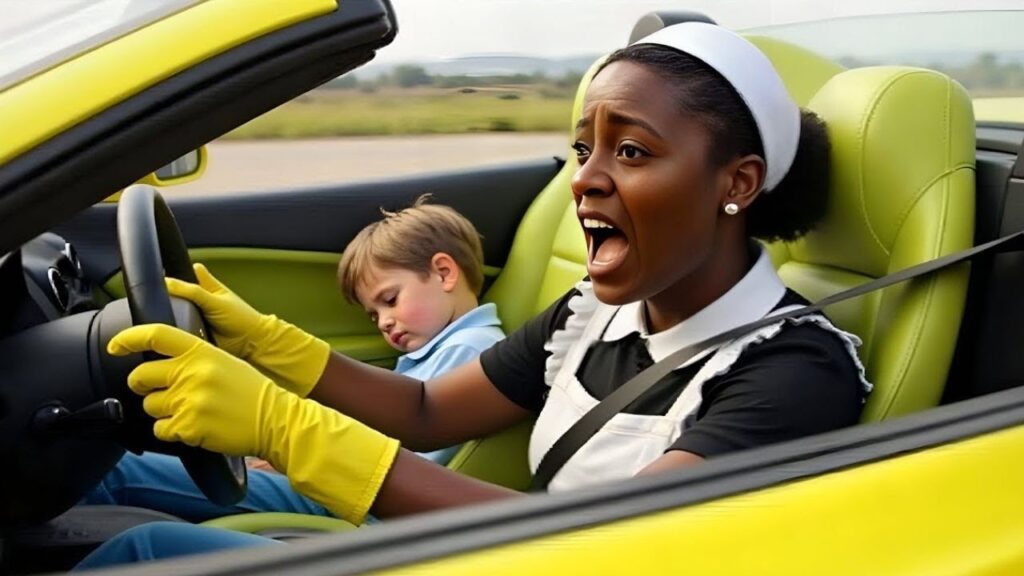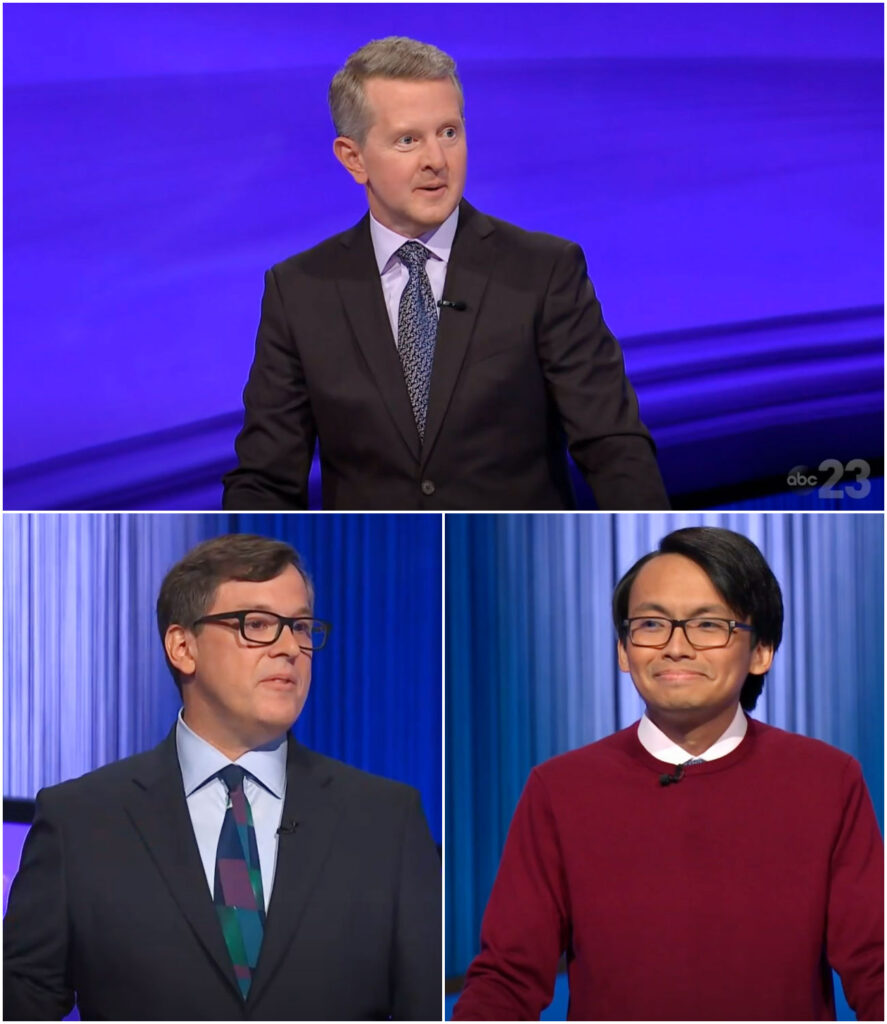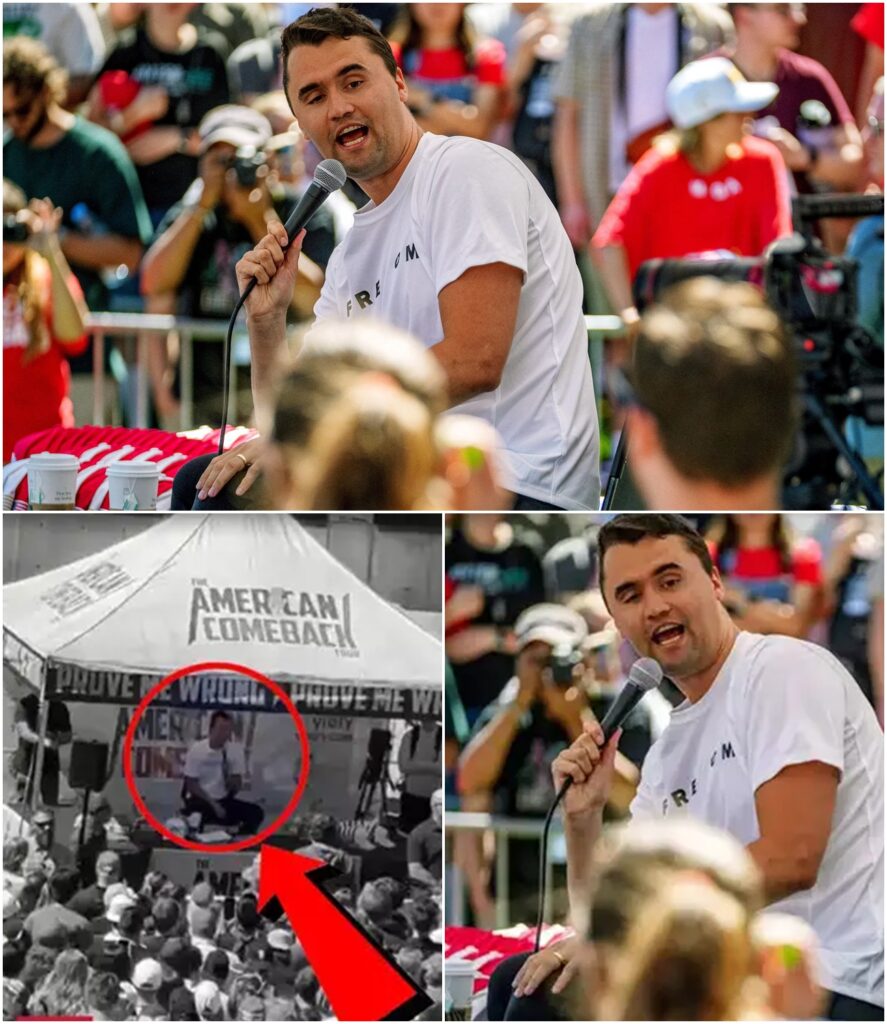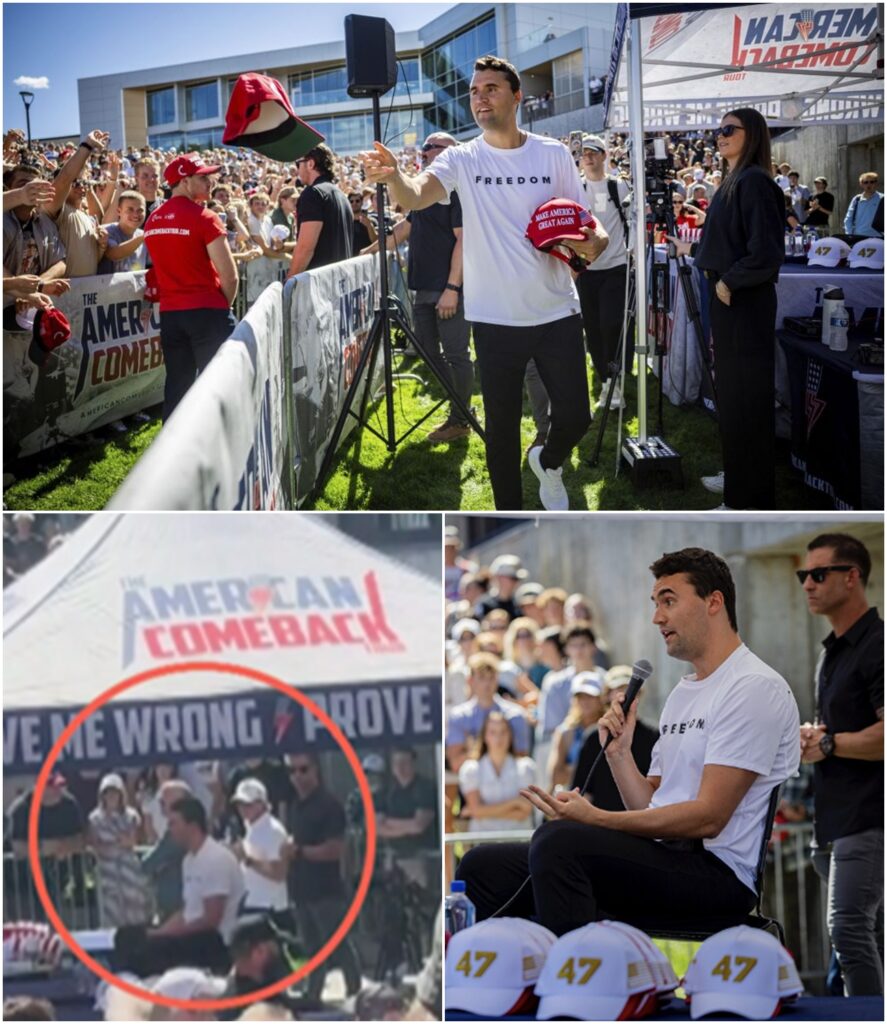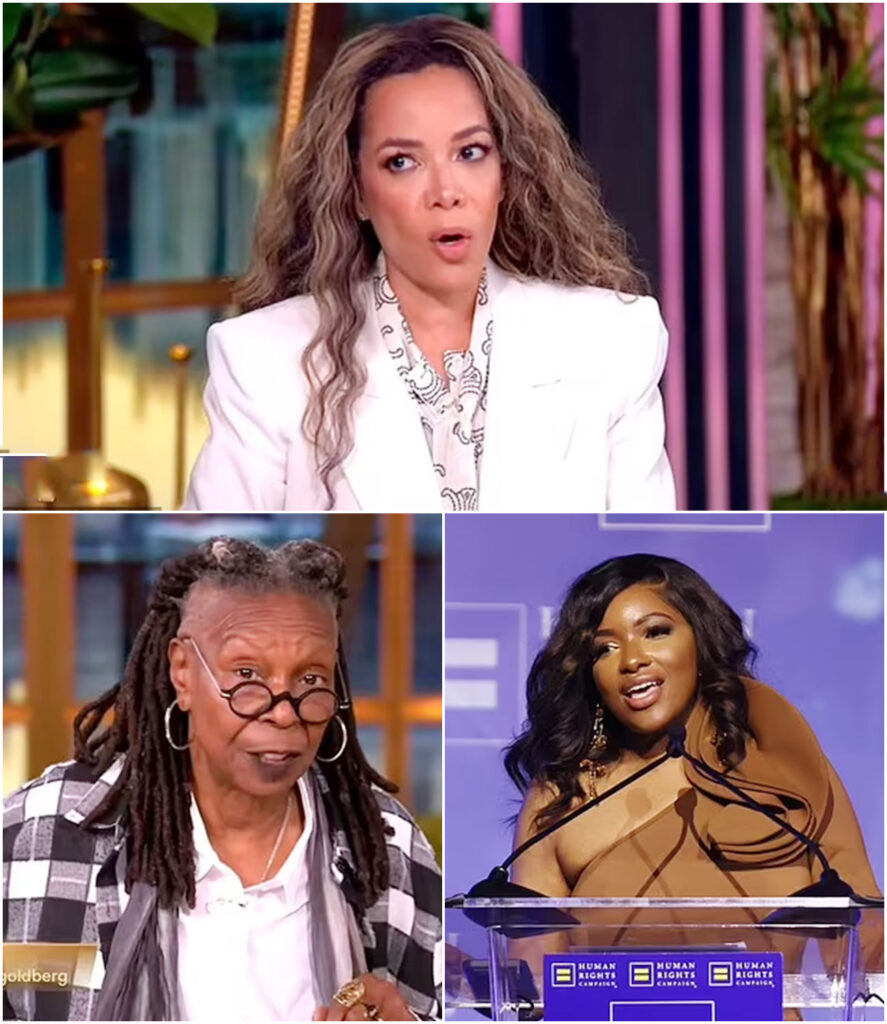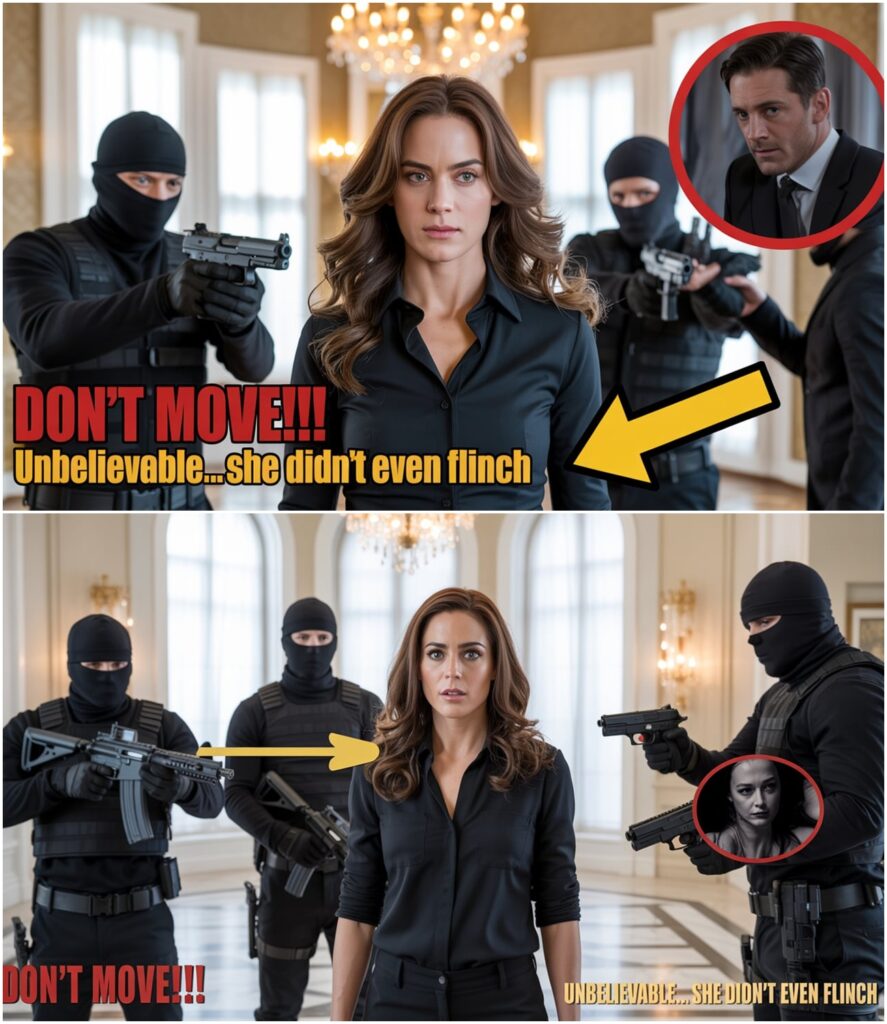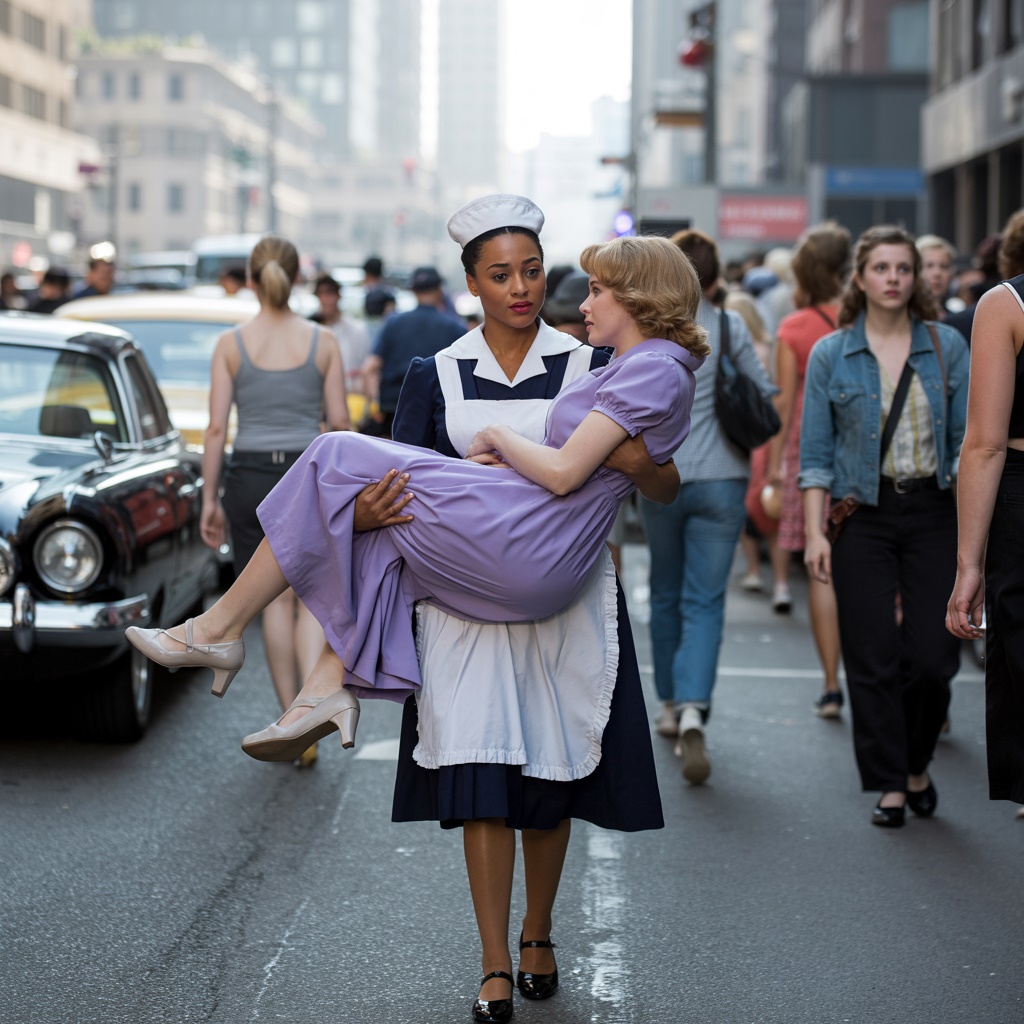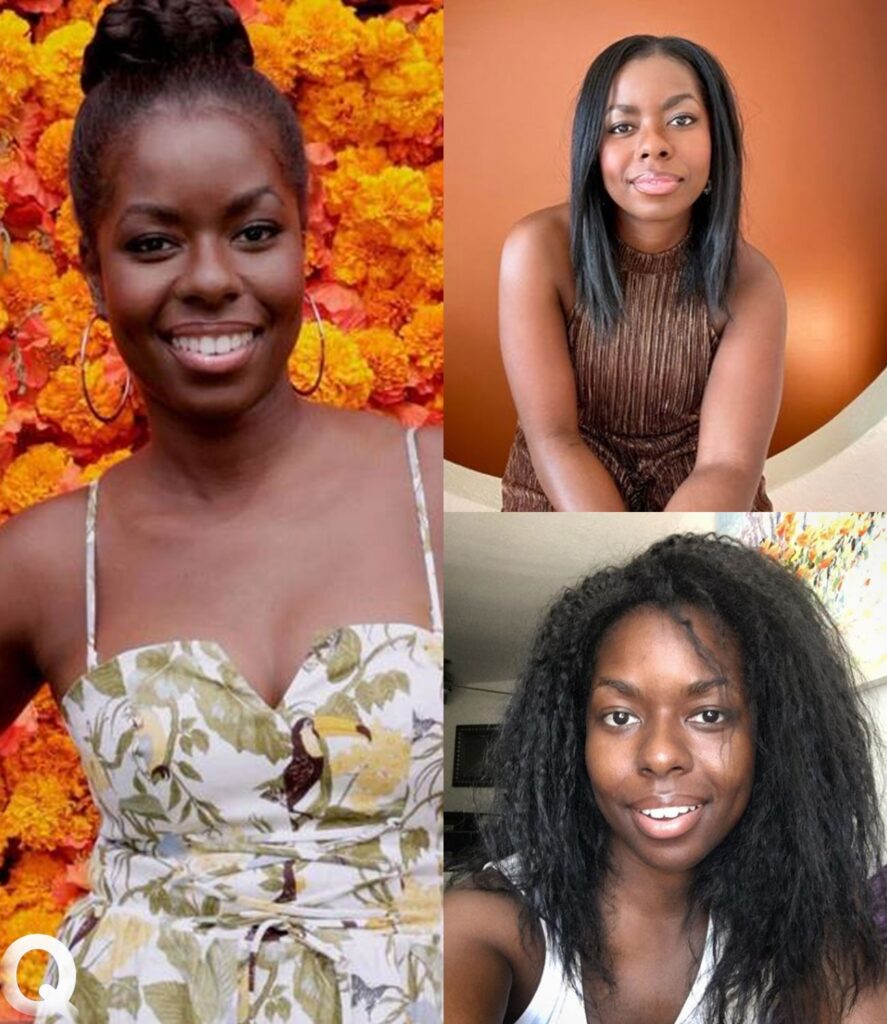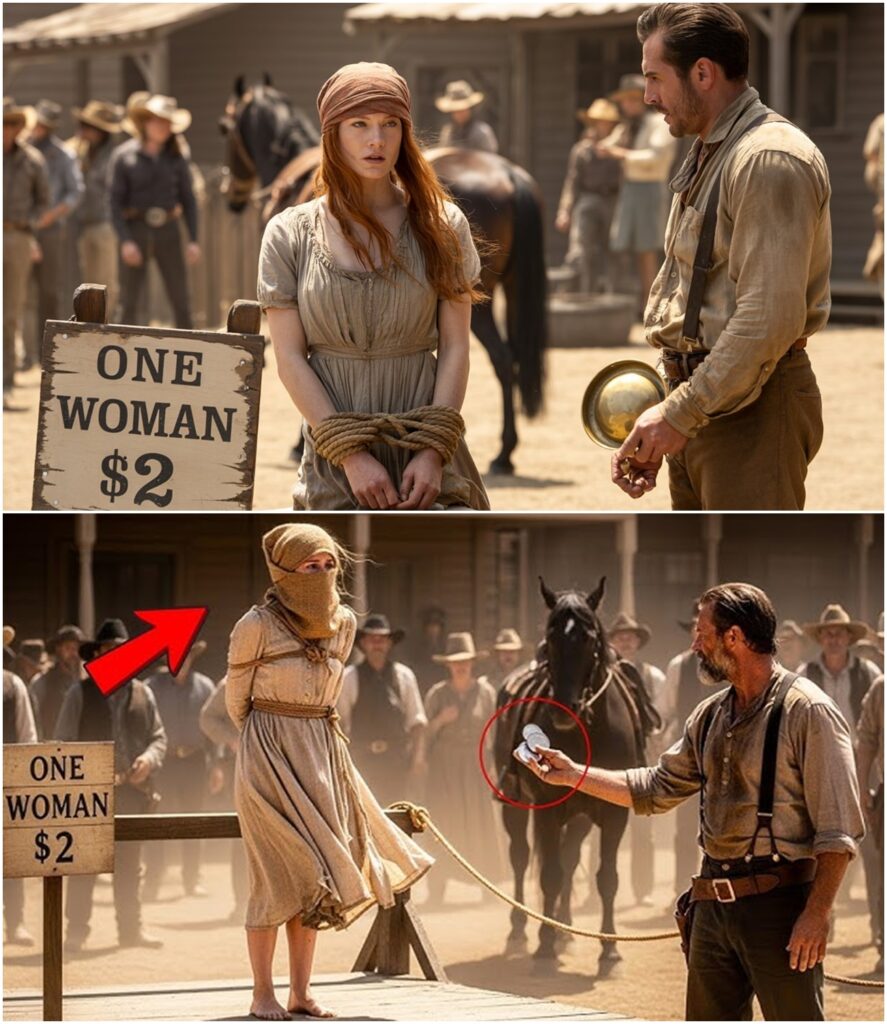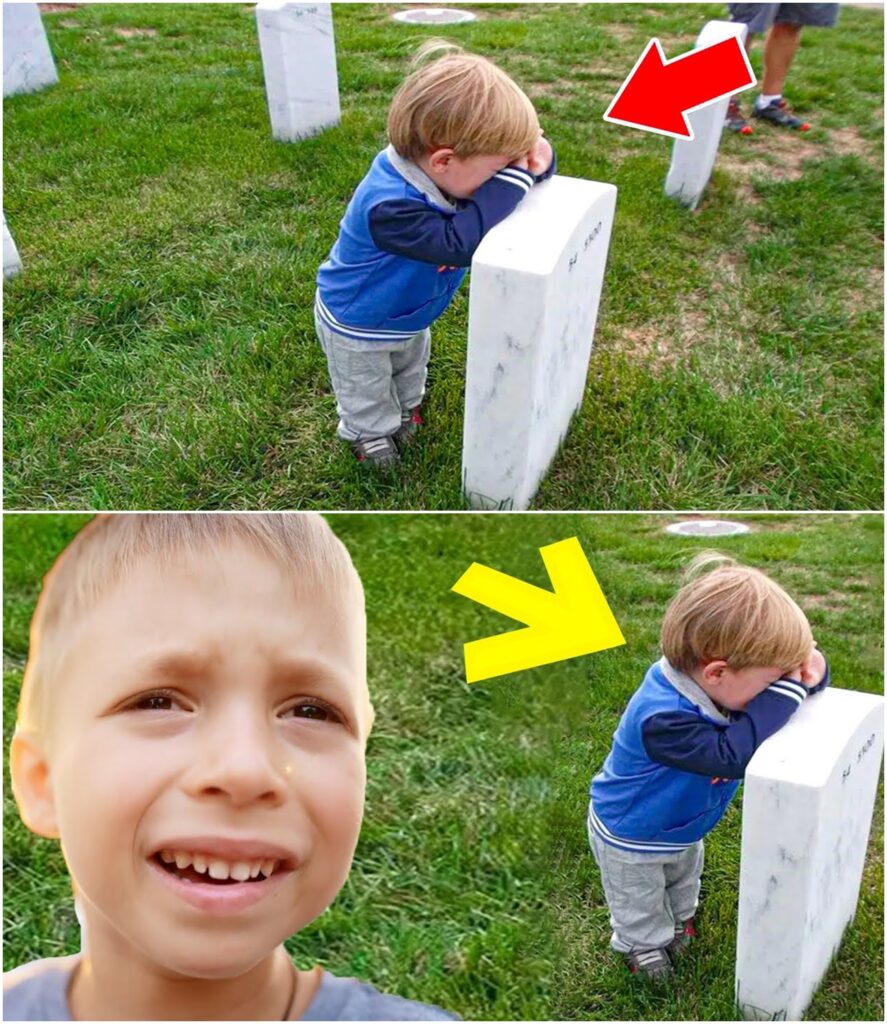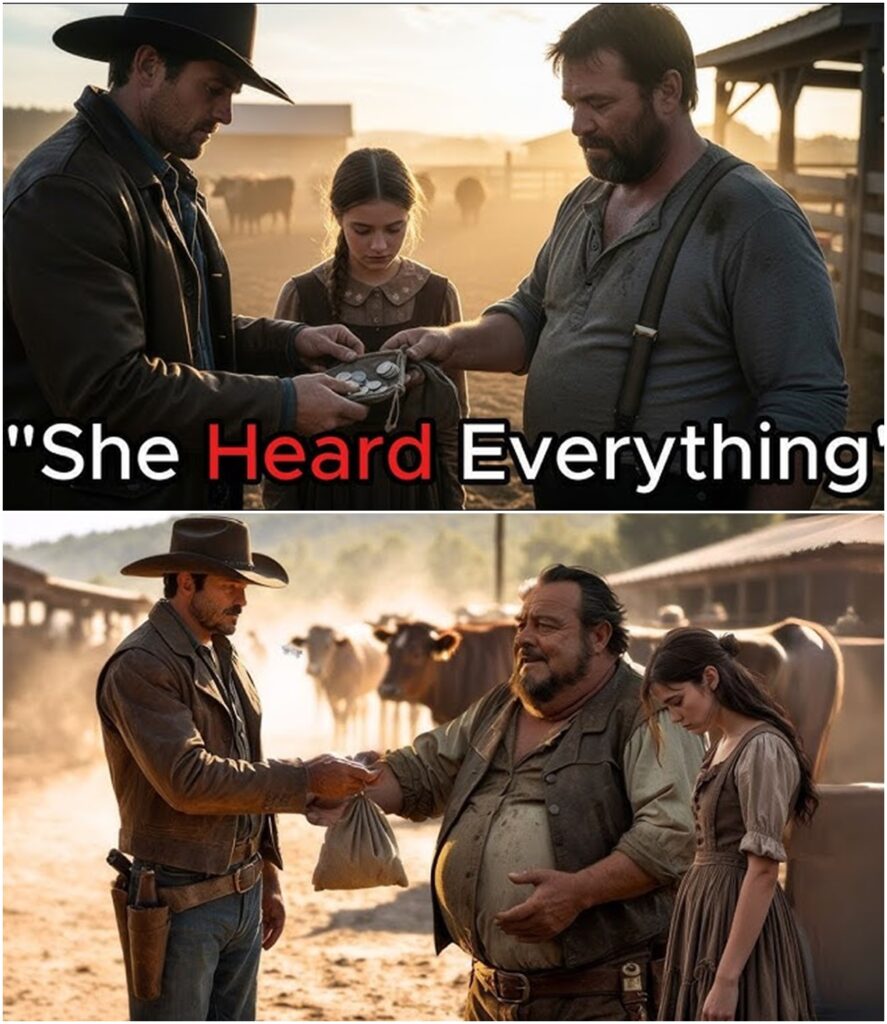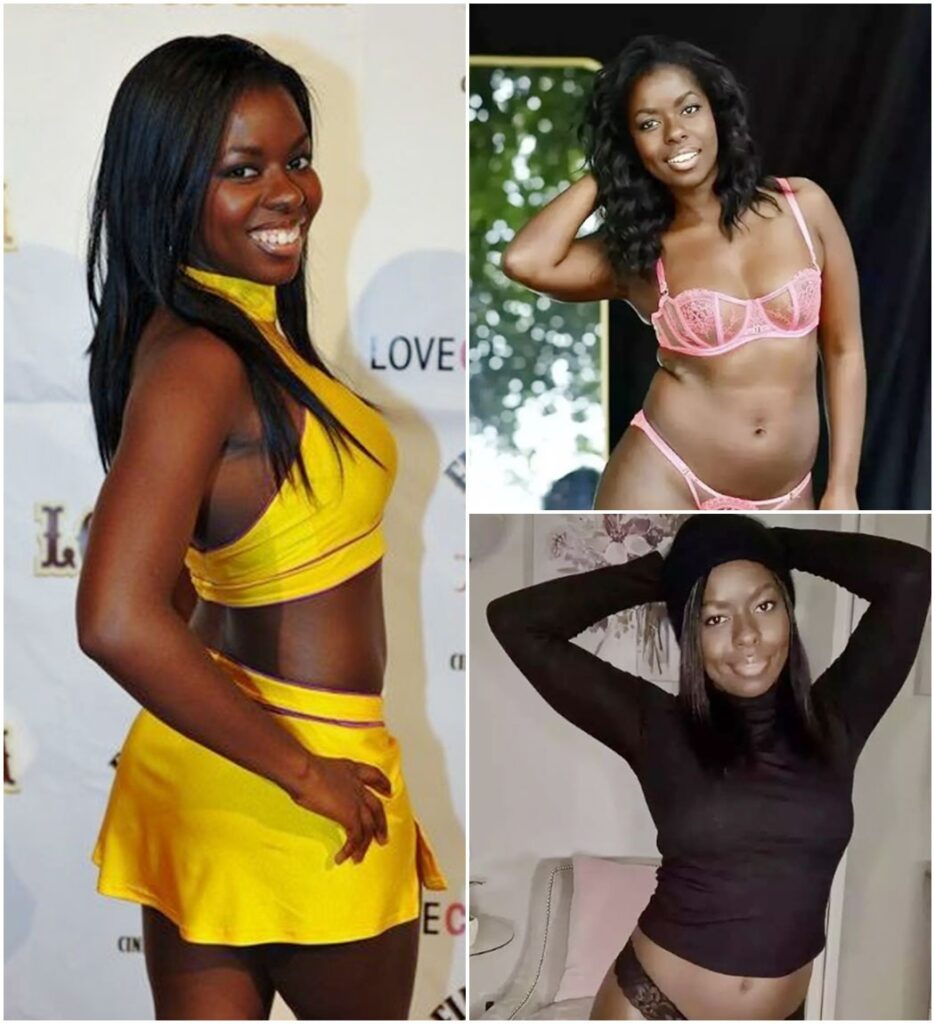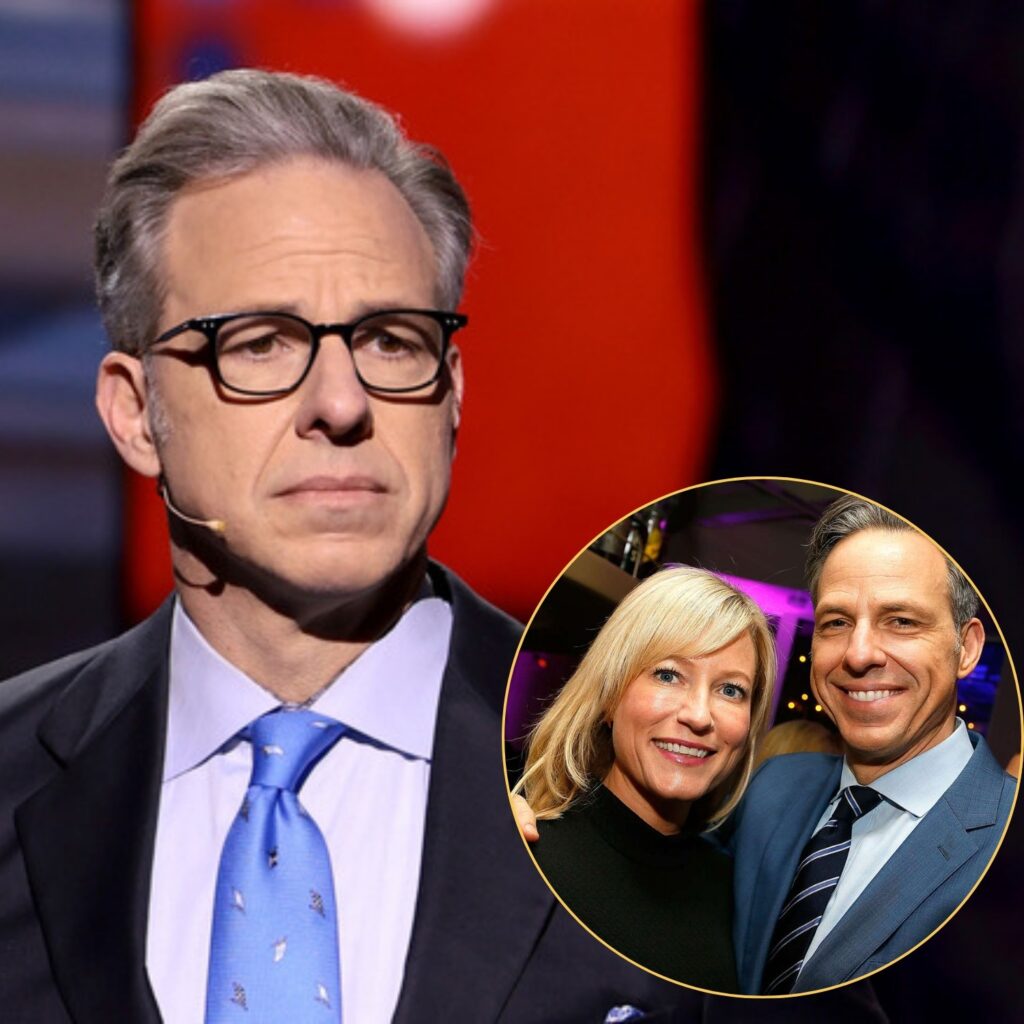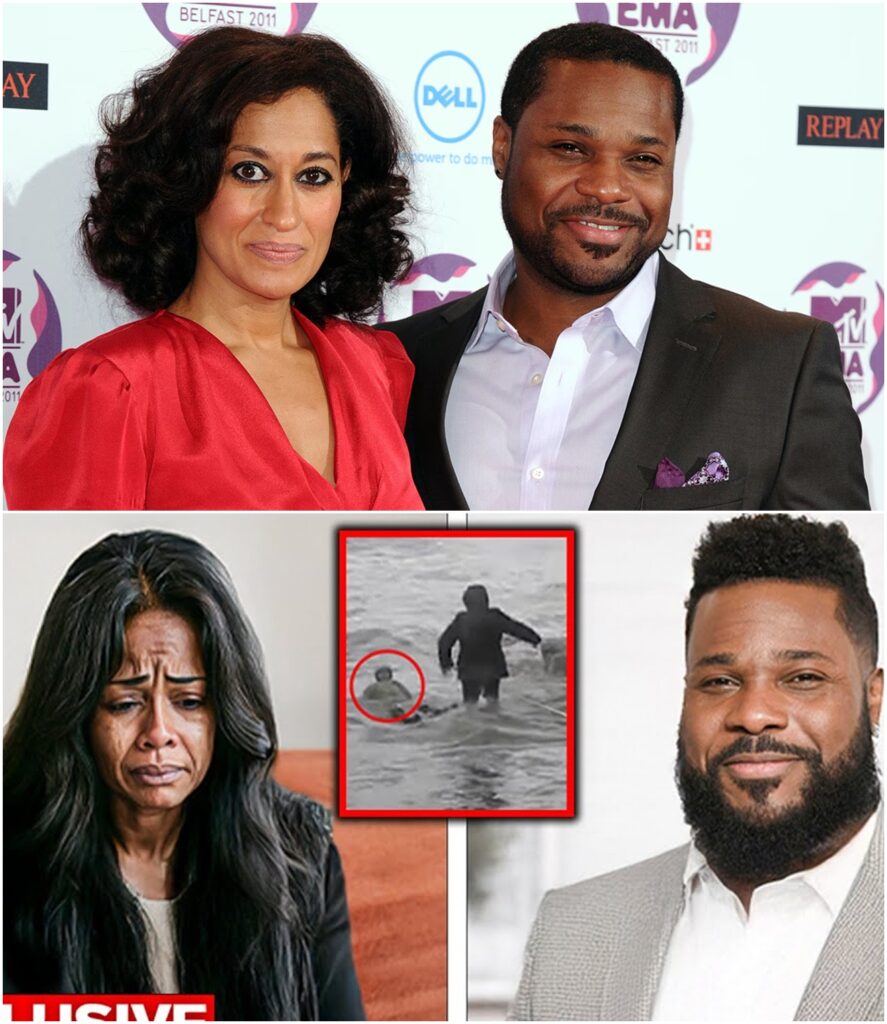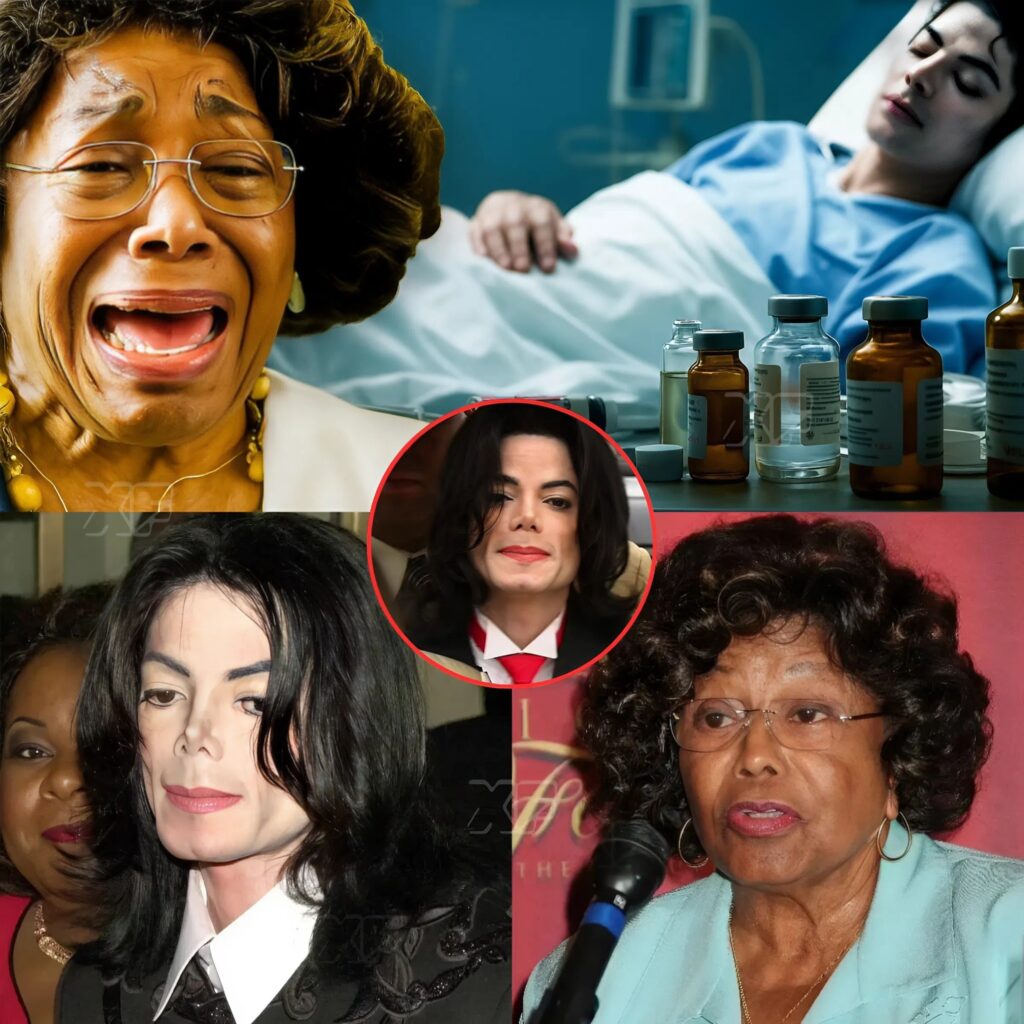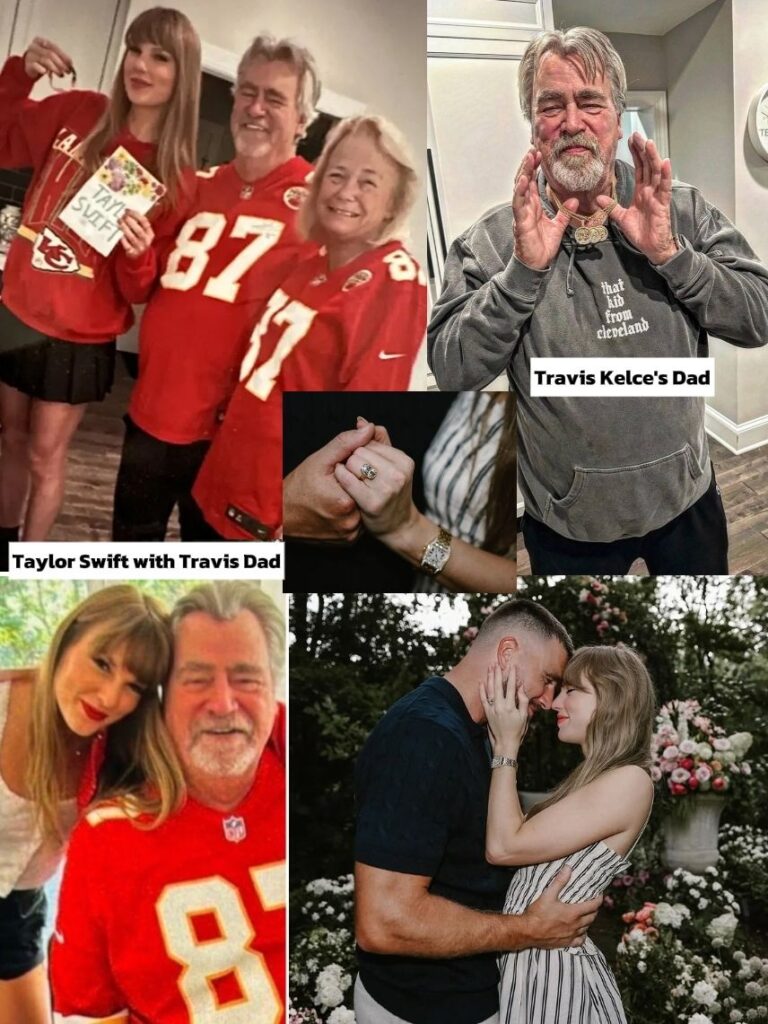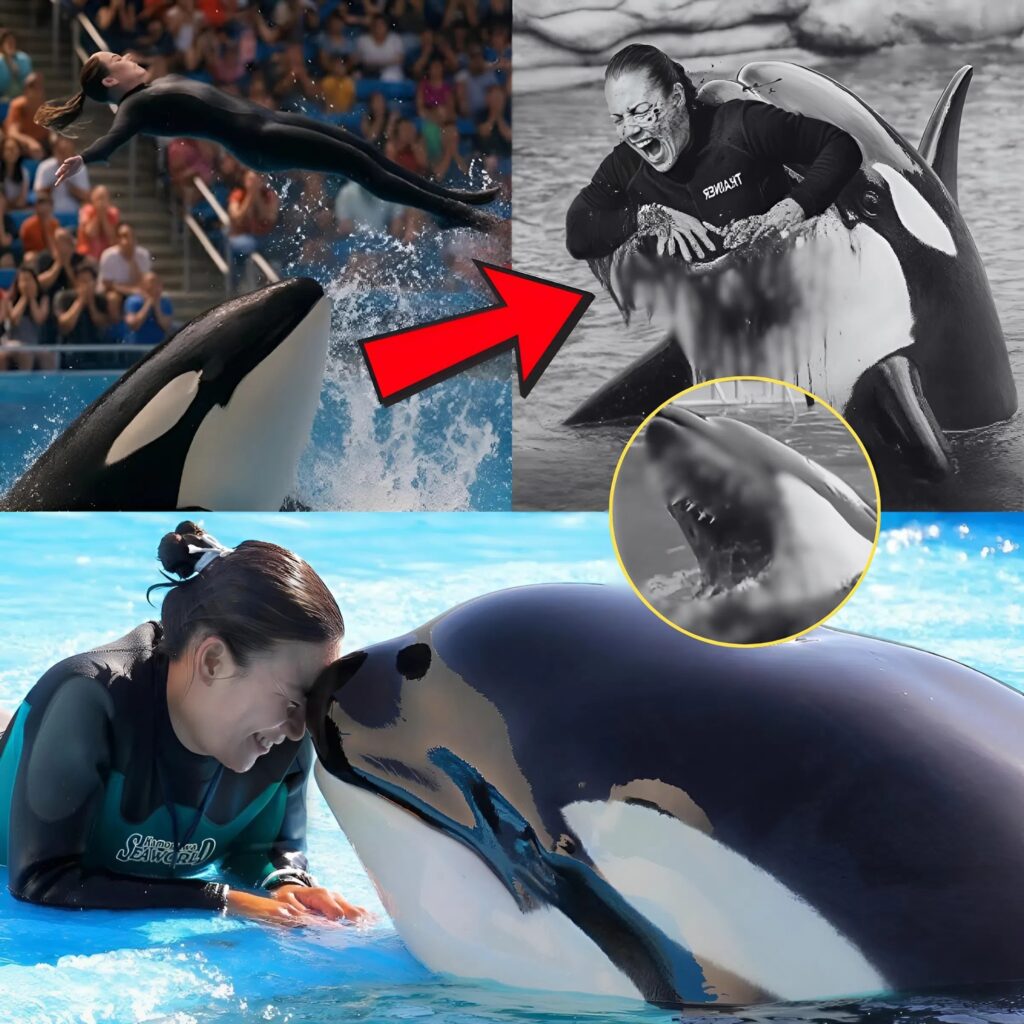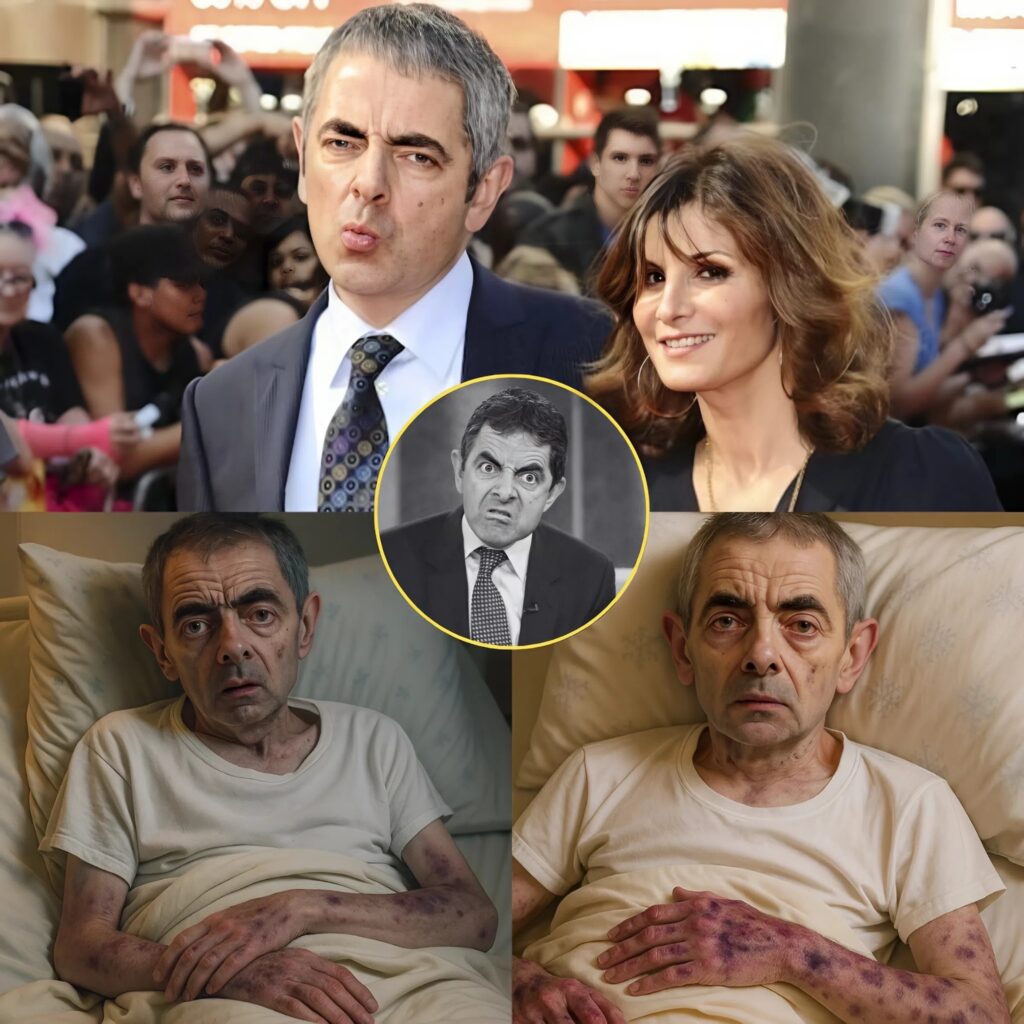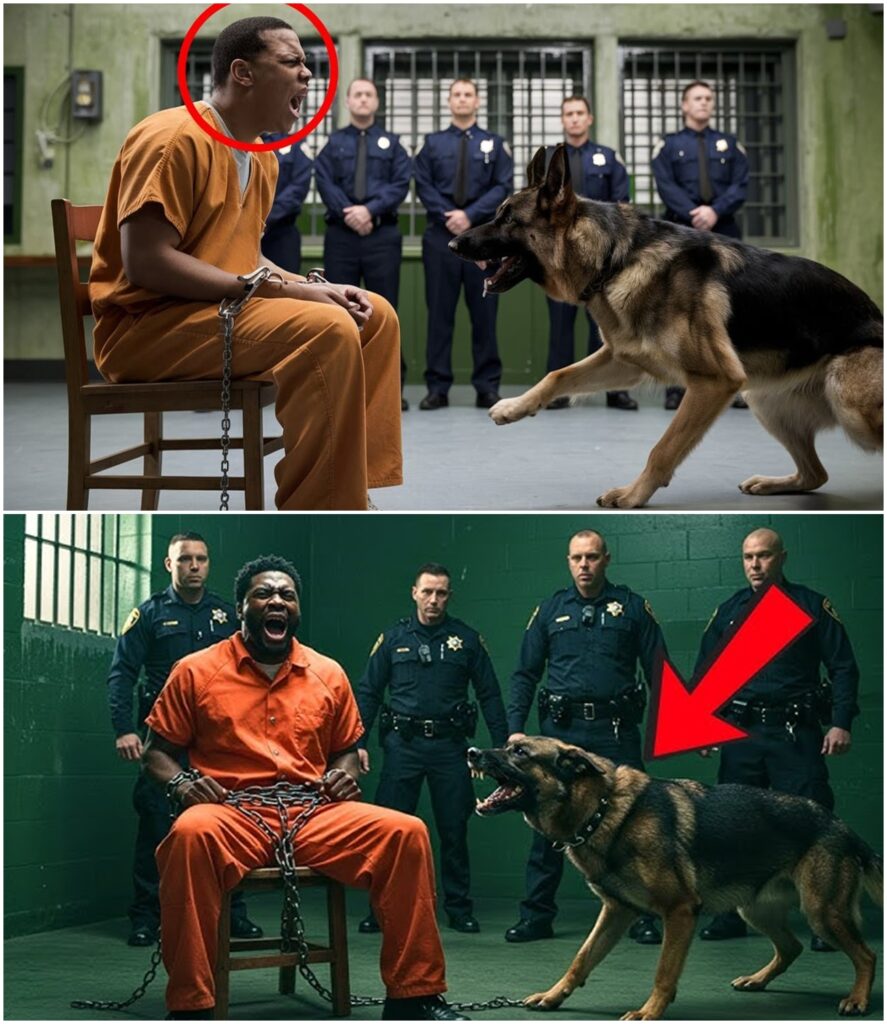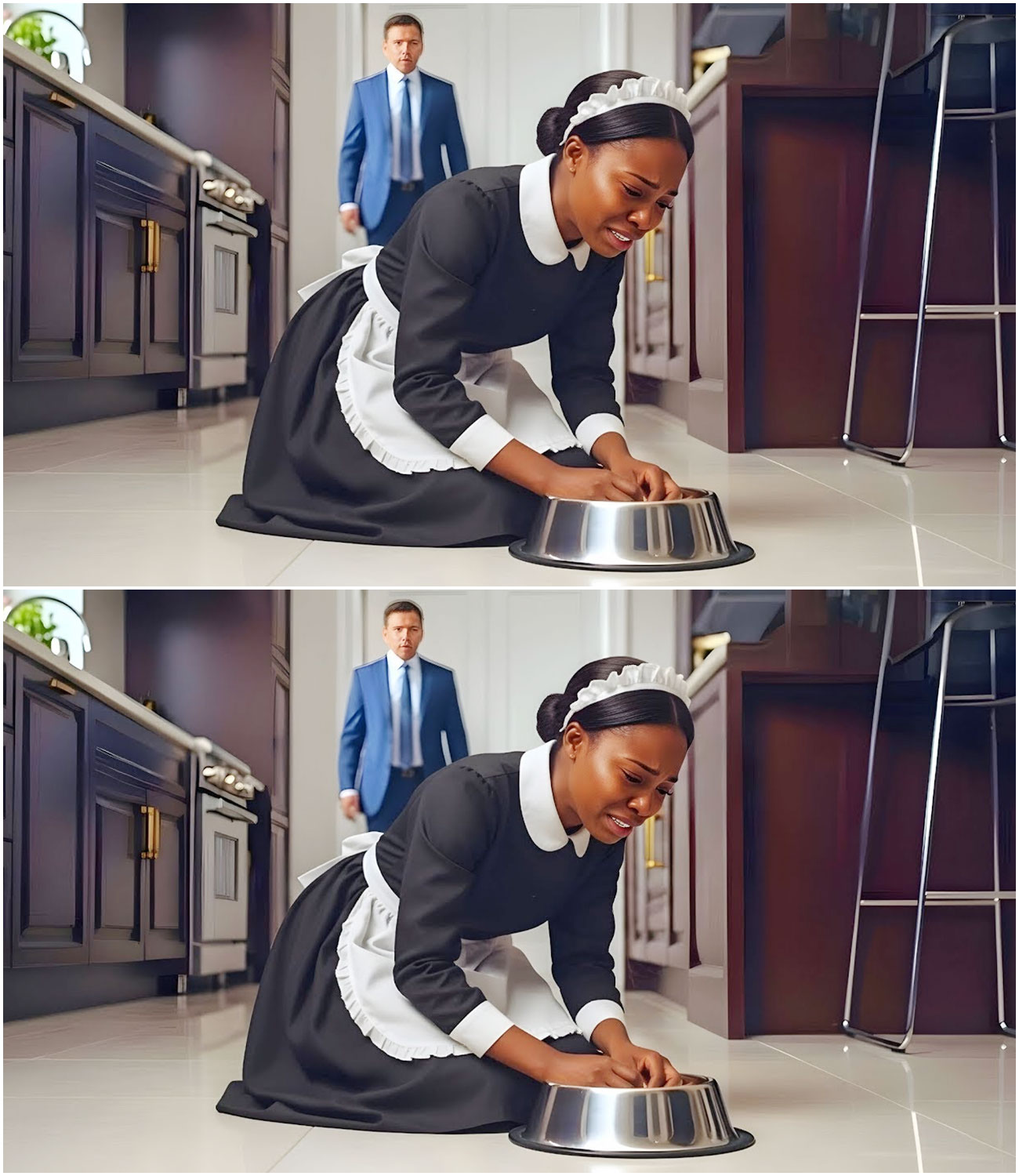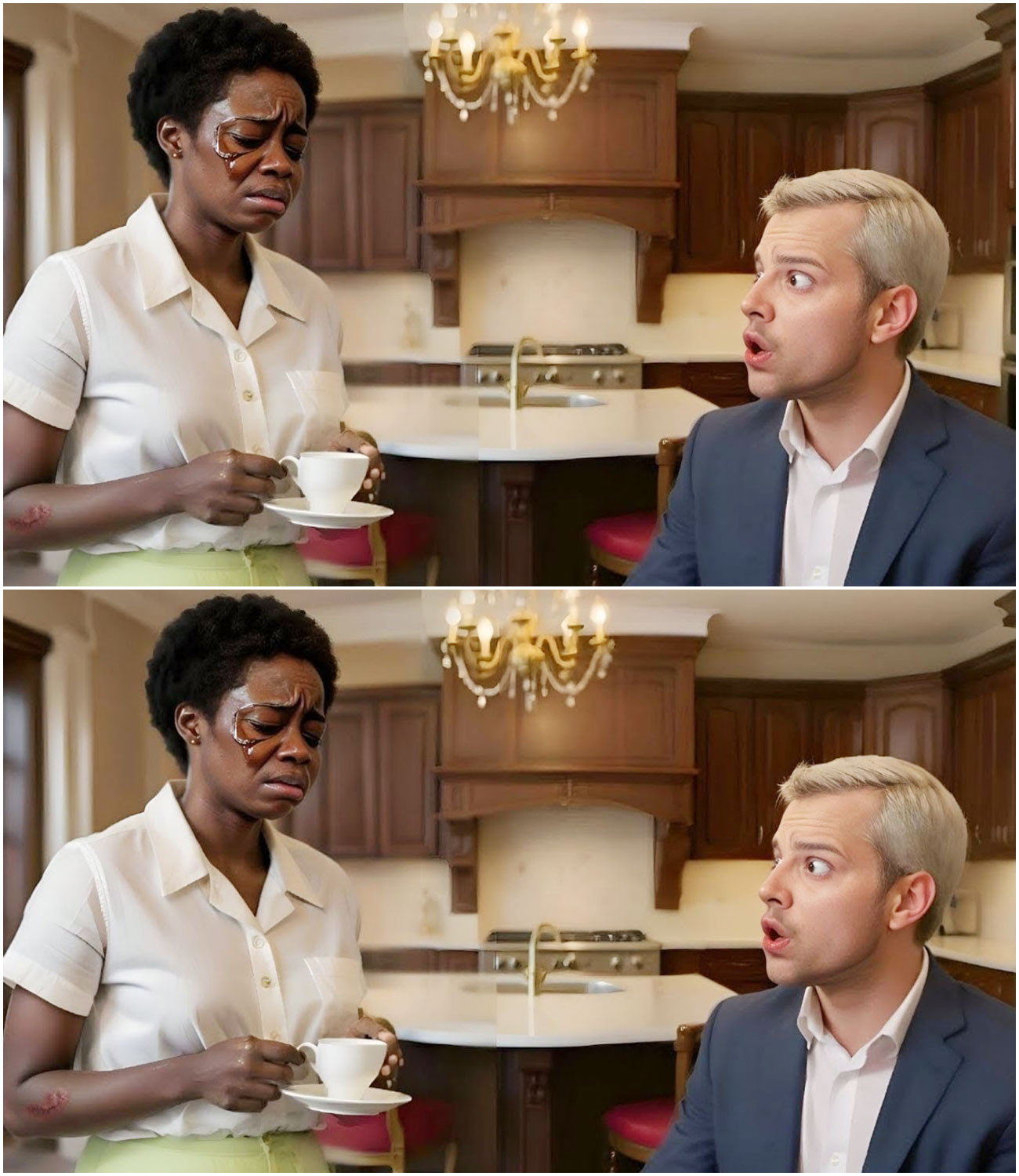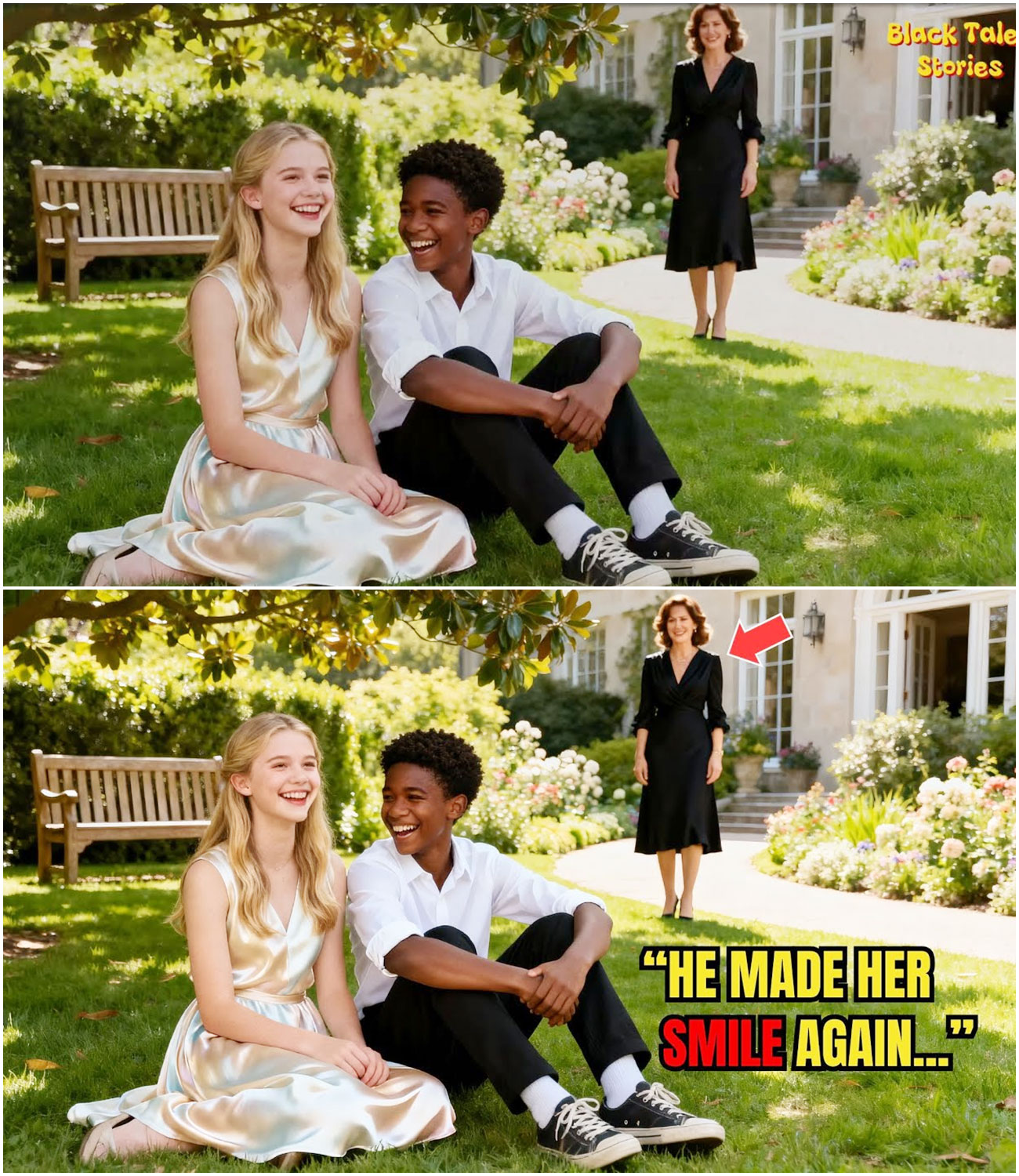D’Angelo’s Final Message Wasn’t a Goodbye. It Was a Chilling Warning. Now, the Devastating Truth He Tried to Expose Before His Death Is Finally Being Revealed.
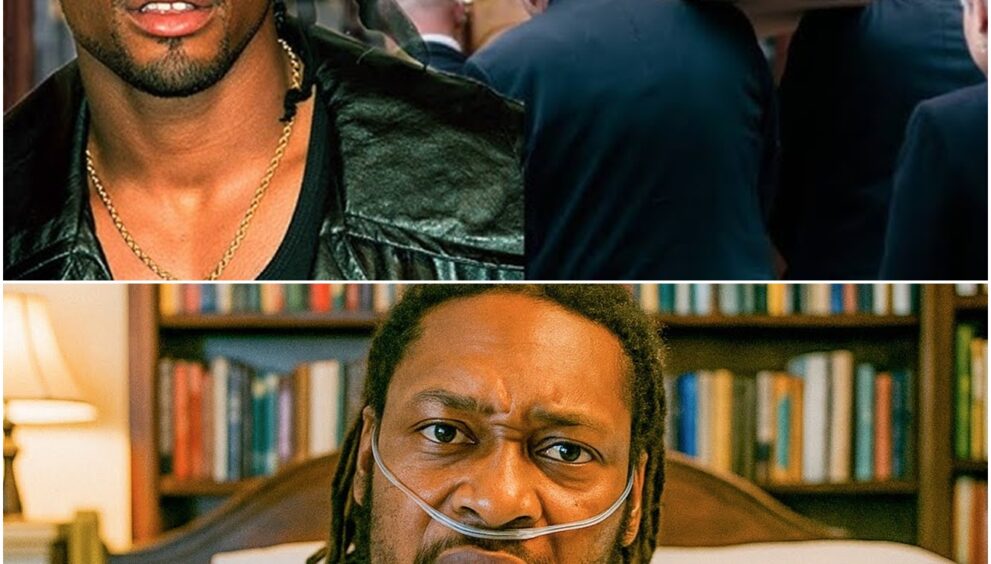
Oh, sugar right now. Before you get into the business, you really don’t know what it what it’s about until you get into it. You know, once you once you rub heads with snakes and, you know, you get Jaden. From the music world, R&B legend D’Angelo has passed. D’Angelo knew he was dying months before anyone else.
But what he did with that knowledge shocked everyone who thought they knew him. You never want to um you never want to be at a place where you feel like you’ve arrived. It’s always a upward um incline. The man who disappeared for 14 years had been keeping secrets far darker than his addiction struggles. There’s a lot of uh people just copying the same format.
Back in the day was more about being original. Originality was the thing. His deathbed confessions revealed a truth that reframes everything we thought we understood about his mysterious vanishing act. So, let’s get into it. D’Angelo died on October 14th, 2025. But the man who drew his final breath in that Manhattan apartment had been preparing for death much longer than the 15 months since his pancreatic cancer diagnosis.
Those closest to him would later realize that his behavior during the final year contained clues about knowledge he had been carrying in silence. Truths that explained decades of erratic behavior that everyone had attributed to fame and addiction. D’Angelo, whose real name is Michael Eugene Archer, passed away due to complications from pancreatic cancer, which now appears he was quietly battling.
The pancreatic cancer was only part of a larger story that D’Angelo had been concealing from everyone in his life, including his closest family members. His final weeks were spent in a Manhattan apartment surrounded by the instruments that had shaped his life. The pancreatic cancer diagnosis had come during what should have been a routine physical examination.
D’Angelo had been experiencing unexplained weight loss and persistent fatigue, symptoms he initially attributed to the stress of recording and touring. When the diagnosis arrived, it brought with it the reality that pancreatic cancer typically offers little time and fewer options. Rather than immediately going public with his illness, D’Angelo chose to spend his remaining time focusing on music and family.
He quietly reached out to old collaborators, not to reveal his condition, but to express gratitude for their shared musical journeys. These conversations, later revealed by recipients, painted a picture of a man using his final months to heal relationships and find closure. His son with Angie Stone, Michael D’Angelo Archer II, had been dealing with his own grief after losing his mother in a car accident earlier in the year.
R&B singer Angie Stone has died in a car crash. We’re told she had just finished a concert in Mobile, Alabama Friday, was heading to Atlanta when the van she was riding in crashed. The 27-year-old musician who performs as Sueo Twain became his father’s primary caretaker during the final months. The Angelo’s decision to keep his illness private reflected the same impulse that had driven him to retreat from public life after the overwhelming response to his untitled video.
He had always struggled with fame and its intrusions, preferring to let his music speak rather than his personality. Even facing death, he maintained that boundary between his public artistry and private experience. The final message that emerged from his inner circle was not a grand statement about his legacy or impact on music.
Instead, it was a simple expression of gratitude for the opportunity to create, to collaborate, and to contribute something meaningful to the world. He had spent his career perfecting the art of emotional vulnerability through music. And his final act was to face death with the same honesty that had defined his greatest songs.
Michael Eugene Archer entered the world on February 11th, 1974 in Richmond, Virginia. Born into a family where music and faith were inseparable forces. His father was a Pentecostal preacher who filled their household with the sounds of gospel hymns and spiritual testimonies, while his mother brought the secular rhythms of R&B and soul that would ultimately shape their son’s musical DNA.
The Archer family home became young Michael’s first conservatory. Sunday mornings meant church services where he absorbed the call and response traditions of black gospel music. Watching congregation members become possessed by rhythms that seem to emerge from some deeper spiritual source. down. These early experiences taught him that music could be a form of prayer, a way of accessing emotions too complex for ordinary conversation.
Richmond in the 1980s was a city caught between its confederate past and its evolving identity as a center of black culture and education. For young Michael, the city provided a rich musical education that extended far beyond his family’s church. He discovered Prince’s Purple Rain at age 10, an album that demonstrated how a single artist could master multiple instruments and create entire sonic worlds.
This discovery became his road map for musical ambition. His mother recognized her son’s unusual talent early, enrolling him in piano lessons that quickly revealed his natural ability to hear complex harmonies and recreate them effortlessly. But Michael’s real education came from hours spent in the church basement experimenting with the electric piano and learning to layer sounds in ways that transformed simple melodies into intricate musical conversations.
The teenage years brought exposure to hiphop culture which was reaching Richmond through radio stations and cassette tapes passed between friends. Michael discovered how drum machines could create rhythmic foundations that were both mechanical and deeply human. A tension that would later define his approach to production.
He began experimenting with combining the live instrumentation he had learned in church with the programmed beats of contemporary R&B. High school meant forming his first band, a group that performed at local talent shows and small venues around Richmond. These early performances revealed Michael’s unusual stage presence.
He was simultaneously magnetic and reserved, capable of commanding attention while appearing almost uncomfortable with the focus. Audience members noticed his tendency to close his eyes while performing, as if retreating into the music itself. His relationship with his father became complicated during these years.
As Michael’s musical interests expanded beyond gospel into territory that some considered secular or even sinful ladyuch the tension between spiritual music and worldly success would follow him throughout his career, creating an internal conflict between his desire for artistic expression and his religious upbringing.
By his senior year, Michael had begun writing original songs that combined the harmonic complexity of gospel with the rhythmic sophistication of contemporary R&B. These early compositions revealed a young artist grappling with themes of desire, spirituality, and identity in ways that his church community found both impressive and troubling.
The music was undeniably powerful, but it addressed human experiences that existed outside traditional religious frameworks. The decision to pursue music professionally meant leaving Richmond for New York City, a move that represented both artistic opportunity and spiritual crisis. Michael was abandoning the community that had shaped his musical foundation to enter an industry that operated according to very different principles.
The young man who boarded the bus to New York carried with him the musical education of his childhood. But he was about to discover how that foundation would be tested by the demands of commercial success. New York City in the early 1990s was experiencing a renaissance of black musical creativity. And Michael Archer arrived just as the industry was becoming hungry for artists who could blend traditional soul with contemporary production techniques.
He had renamed himself D’Angelo, combining his middle name with his admiration for the painter Michelangelo, suggesting artistic ambitions that extended beyond simple commercial success. The demo tape that landed him his first record deal was recorded in a basement studio using equipment that most established artists would have considered inadequate.
But the rough production actually enhanced the intimate quality of his voice and the organic feel of his arrangements. Record executives heard something they had been searching for without knowing exactly what it was. Authenticity that couldn’t be manufactured or replicated. Working on his debut album, Brown Sugar, became an exercise in musical perfectionism that would define D’Angelo’s entire career approach.
He insisted on playing most instruments himself, layering track upon track until each song became a complete sonic environment. The process took nearly 2 years, during which he alienated several producers and engineers who couldn’t match his vision for how contemporary R&B should sound. The album’s title track emerged from his fascination with the way sexual desire and musical pleasure seemed to activate the same emotional centers.
Brown Sugar was simultaneously about a woman and about music itself, using metaphors that made physical attraction indistinguishable from artistic passion. The song’s production was deceptively simple. A basic drum pattern, understated baseline, and D’Angelo’s voice floating over everything like smoke. When Brown Sugar was released in 1995, it immediately established D’Angelo as something unprecedented in contemporary R&B.
The album sold 3 million copies worldwide. But more importantly, it influenced an entire generation of musicians who had been searching for ways to honor their musical heritage while creating something genuinely new. Artists like Lauren Hill, Erica Badu, and Maxwell would later credit Brown Sugar with showing them new possibilities for combining traditional and contemporary elements.
The success brought opportunities that D’Angelo found both exciting and overwhelming. Television appearances revealed an artist who was clearly uncomfortable with the promotional aspects of the music industry. He would perform brilliantly, then retreat into himself during interviews, giving responses that were thoughtful but brief, as if speaking about his music somehow diminished its power.
His collaboration with other artists during this period produced some of the most memorable R&B of the decade. The duet with Lauren Hill on Nothing Even Matters demonstrated his ability to create musical conversations that felt both intimate and universal. Nothing matters. His contribution to the roots album Half-Life showed how his church trained harmonies could enhance hip-hop production without overwhelming it.
But success also brought scrutiny that D’Angelo found increasingly difficult to manage. Interviews focused on his appearance as much as his music, with journalists commenting on his light complexion and long hair in ways that made him conscious of how his image might be affecting perceptions of his artistry.
He began to understand that being a successful black male artist meant navigating expectations that had nothing to do with musical talent. The pressure to follow up Brown Sugar’s success led to increasingly obsessive recording sessions for his second album. D’Angelo became notorious for spending entire nights in the studio, experimenting with arrangements that might change completely by the next session.
Musicians who worked with him during this period described a perfectionist who seemed to be searching for something that existed just beyond his ability to capture it. The gap between albums would eventually stretch to 5 years, during which D’Angelo’s reputation shifted from rising star to industry enigma.
Record executives who had initially celebrated his artistic independence began pressuring him to work faster and compromise more. The young man who had arrived in New York with such clear musical vision was discovering that commercial success came with demands that threatened the very creativity that had made him successful in the first place.
The 5-year gap between Brown Sugar and D’Angelo’s second album became a period of intense musical experimentation that would produce some of the most innovative R&B ever recorded. Voodoo, released in 2000, represented a complete rejection of conventional contemporary production in favor of something that sounded simultaneously ancient and futuristic.
When you’re doing something different, it was was funny because when I first dropped Voodoo, a lot of people didn’t like it initially cuz it was different than Brown Sugar. D’Angelo assembled a core group of musicians including drummer Quest Love, basist Pino Paladino, and guitarist Mike Campbell, creating what essentially became a neo soul super group.
The recording sessions took place in various studios across New York and Virginia with D’Angelo insisting on capturing the kind of spontaneous musical interaction that had defined classic soul recordings of the 1960s and 1970s. The album’s approach to rhythm was revolutionary. Instead of programming drum tracks to mathematical precision, D’Angelo and Quest Love deliberately introduced subtle timing variations that made the music feel alive and breathing.
Beats would rush slightly, then lay back, creating a groove that seemed to pulse with human heartbeat rather than mechanical consistency. This technique, later called drunk drumming, would influence countless recordings by other artists. You know what I’m saying? This is like a funk album, man. The natural progression from soul the next step was funk.
Early slide, a lot of early James Brown, a lot of early funki parliament. You know what I’m saying? A lot of early progression when when the music was just starting to change. Voodoo’s lyrical content pushed D’Angelo into territory that was more explicitly sexual and spiritually complex than anything on Brown sugar.
Songs like Devil’s Pie explored the intersection of temptation and artistic creation, while Playa examined the emotional cost of romantic success. The album presented sexuality as both creative force and destructive obsession. themes that reflected D’Angelo’s own complicated relationship with desire and fame. The recording process became increasingly intense as D’Angelo’s perfectionism reached new extremes.
Musicians described sessions that would continue for 12 or 15 hours with D’Angelo overdubbing vocal parts until he achieved exactly the right combination of passion and control. He would sometimes scrap entire songs after months of work, convinced that they didn’t capture the emotional truth he was seeking.
But it was the music video for Untitled How Does It Feel that would transform D’Angelo from respected musician into cultural phenomenon and unwitting sex symbol. I just want you. The response to the untitled video revealed the complexity of black male sexuality in popular culture. Women responded with enthusiasm that sometimes bordered on obsession.
While some male critics questioned whether D’Angelo was objectifying himself or being objectified by others, the video’s success created expectations about his physical appearance and sexual availability that had nothing to do with his musical intentions. Awards and critical acclaim followed Voodoo’s release, including Grammy wins that established D’Angelo as one of the most important musicians of his generation.
But the attention also brought levels of scrutiny and expectation that he found increasingly difficult to handle. Concert audiences would scream during his most intimate ballads, making it impossible for him to create the contemplative atmosphere his music required. The success of Untitled created a template that record executives wanted him to repeat.
But D’Angelo resisted attempts to capitalize on his sex symbol status. He began avoiding photooots and declining interviews. Frustrated by the disconnect between public perception and his artistic intentions, the man who had always been uncomfortable with fame found himself trapped by an image that felt completely separate from his identity as a musician.
Behind the scenes, D’Angelo was already beginning to retreat from the industry that had made him famous. The disappearance of D’Angelo from public view after Voodoo’s success became one of the most puzzling mysteries in contemporary music. The man who had just released one of the most acclaimed albums of the decade simply vanished, cancelling tour dates, avoiding interviews, and retreating to his Virginia home for what would become a 14-year hiatus from recording.
I basically didn’t know how to handle or to accept everything that happened. So, um, and then to just seeing everything because before you get into the business, you really don’t know what what it’s about until you get in. The phone calls from record executives became increasingly desperate as D’Angelo’s behavior grew more erratic throughout the early 2000s.
Virgin Records had invested millions in his career, expecting a follow-up to Voodoo that never materialized. Studio sessions that cost thousands of dollars per day would be booked and then abandoned when D’Angelo simply failed to appear, leaving musicians and engineers waiting for an artist who had vanished without explanation.
The weight loss that had begun as preparation for the untitled video had evolved into something more troubling. Friends and collaborators described an artist who had become obsessed with maintaining an impossible physical standard, exercising compulsively and restricting his diet in ways that affected both his health and his ability to perform.
The man who had always been naturally lean became almost gaunt, losing the physical presence that had made his live performances so compelling. The first major concert disaster happened in 2001 at a festival in Europe where D’Angelo arrived on stage visibly intoxicated and struggled to remember lyrics to songs he had written.
Then the death of his friend and collaborator Jay Dilla in 2006 represented a profound loss that deepened D’Angelo’s depression and isolation. Dilla had been one of the few people who understood D’Angelo’s artistic process and could communicate with him about music during his most difficult periods. Losing that connection removed one of his primary motivations for continued musical creation.
By 2005, D’Angelo had effectively been blacklisted by major segments of the music industry. Not through any organized effort, but simply because too many people had lost money, time, and professional credibility trying to work with him. The artist who had once been considered a genius had systematically destroyed every professional relationship that might have helped him recover his career.
The resurrection of D’Angelo’s career began quietly in 2012 when he made his first significant public appearance in over a decade at the Bonaroo Music Festival. The performance was tentative and brief, but it demonstrated that he was ready to reconnect with the music that had defined his life. Audience members described a changed performer who seemed older and more vulnerable, but whose voice had lost none of its power or emotional depth.
Behind the scenes, D’Angelo had been working on overcoming the addictions and personal issues that had derailed his career. The process had been long and difficult, involving multiple attempts at rehabilitation and therapy that addressed both his substance abuse and the underlying anxieties that had made fame so challenging.
The man who returned to public view was fundamentally different from the one who had disappeared after voodoo. The recording of Black Messiah became a five-year process that combined D’Angelo’s renewed creative energy with the wisdom gained from his years of struggle. Working with his band, The Vanguard, he approached music making with a sense of purpose that connected his personal recovery to broader themes of social justice and spiritual redemption.
The album title reflected his understanding that art could serve as a form of healing for both Cre Messiah took place in multiple studios with D’Angelo insisting on the same organic recording approach that had defined voodoo. But the new material reflected a maturity that came from surviving his darkest period and emerging with deeper understanding of both music and life.
Songs like Really Love demonstrated his ability to combine the sensuality of his earlier work with emotional honesty about relationships and personal growth. The album’s political content was more explicit than anything D’Angelo had previously recorded. Songs like the charade and 1,000 deaths addressed police violence and systemic racism with urgency that reflected his awareness of social issues that had developed during his years away from the industry.
The man who had once focused primarily on personal and romantic themes was now using his platform to engage with larger questions about justice and equality. D’Angelo’s physical transformation was as dramatic as his musical evolution. He had gained weight and adopted a more natural appearance that represented rejection of the impossible beauty standards that had contributed to his earlier breakdown.
The confidence he displayed in interviews and performances suggested someone who had made peace with aging and imperfection in ways that enhanced rather than diminished his artistic power. The surprise release of Black Messiah in December 2014 created excitement throughout the music industry and among fans who had waited 14 years for new material.
The album debuted at number five on the Billboard 200 and received universal critical acclaim with many reviewers describing it as worth the extended weight. D’Angelo had successfully returned without compromising the artistic vision that had made him influential. The decade following Black Messiah’s release brought D’Angelo a level of peace he had never previously experienced in his adult life.
The successful comeback had restored his reputation and financial stability. But more importantly, it had proven to himself that he could function as both an artist and a human being. The man who had once been tormented by perfectionism and fame found ways to create music that satisfied his artistic standards without destroying his personal well-being.
The financial security that came with Black Messiah’s success allowed D’Angelo to make artistic decisions based on creative fulfillment rather than commercial necessity. He could afford to work slowly, experiment freely, and reject projects that didn’t align with his artistic vision or personal values. This freedom reduced the stress that had previously made his creative process so difficult and self-destructive.
His health became a priority in ways it had never been during his younger years. D’Angelo adopted exercise routines and dietary habits that supported his well-being rather than punishing his body. The obsessive behaviors that had once characterized his approach to physical fitness were replaced by sustainable practices that enhanced rather than undermined his ability to perform and create.
The musical community that had once viewed D’Angelo as unreliable and difficult began to see him as an elder statesman whose experience and wisdom were valuable resources. Younger artists sought his advice and collaboration while his peers from the neo soul era reconnected with him as friends and colleagues rather than competitors or sources of stress.
But even during these peaceful years, D’Angelo was privately dealing with health concerns that he chose not to discuss publicly. The symptoms that would eventually lead to his cancer diagnosis had begun appearing subtly, manifesting as fatigue and digestive issues that he initially attributed to the normal effects of aging and decades of hard living.
His decision to keep these concerns private reflected both his lifelong preference for privacy and his desire to protect the stability he had worked so hard to achieve. The man who had once been consumed by musical ambition had found a sustainable way to balance creativity with personal happiness. But time was running out in ways that neither he nor those who loved him fully understood.
Anyway, that’s it for the video, folks. Bye.
News
Billionaire Walked In on His Maid Eating Off the Floor — Her Confession Froze Him in Place
He thought she was stealing. He thought she was mocking him. But when the billionaire saw his maid on the cold marble floor, hunched over a dog’s bowl eating scraps like an animal. The world inside that mansion froze. Her trembling lips opened, and what came out of her mouth wasn’t an excuse. It was […]
Millionaire Spots Bruises on His Housemaid, Truth Uncovered Makes Him Dial the Cops Immediately
The soft clink of porcelain echoed through the grand marble kitchen as Mary carefully placed the cup of tea onto the counter. Her hands trembled slightly, though she tried her best to keep them steady. The faint aroma of chamomile floated upward. A gentle scent meant to calm the nerves, but it wasn’t enough to […]
White Neighbor Calls Cops on Black Twin — Not Knowing Their Mom Was the Woman on Tonight’s News
Get out now. Linda Crawford’s voice slices through the afternoon heat like a blade. She stands three feet from two 13-year-old black boys, her manicured finger pointing at them like a weapon. You people don’t belong in this neighborhood. Marcus drops his basketball. It rolls toward the fence as both boys freeze, their childhood innocence […]
Billionaire’s Daughter Hadn’t Spoken in 10 Years — Then a Poor Black Boy Changed Everything
In the marble halls of Manhattan’s most powerful family, 16-year-old Saraphina Rothschild hasn’t spoken a single word in 10 years. Not one. Doctors call it selective mutism. Psychiatrists blame trauma. But when 18year-old Ezra Thompson, a poor black kid from the Bronx, walks through her mansion doors as her new companion, everything changes. She’s defective. […]
No One Could Soothe the Baby on the Plane — Until a Black Boy Hummed a Tune That Changed Everything
Get that kid away from my cabin before I call security. The sharp command echoes through American Airlines flight 447 as a well-dressed white woman in first class points an accusatory finger toward the back of the plane. Her target, a 14-year-old black boy in a faded hoodie and torn jeans standing in the economy […]
Airport Agent SLAPS a Black Woman For No Reason — One Call Later, the Airline Lost Its License
Excuse me. Could I please board with the priority group? My mother is in the hospital. Anna Foster’s voice barely rises above a whisper. Elementary school teacher. Polite request. Gate agent Brad Wilson looks her up and down with disgust. Priority? Are you kidding me? Look at those cheap clothes. Listen here, sweetheart. This is […]
End of content
No more pages to load




































































































